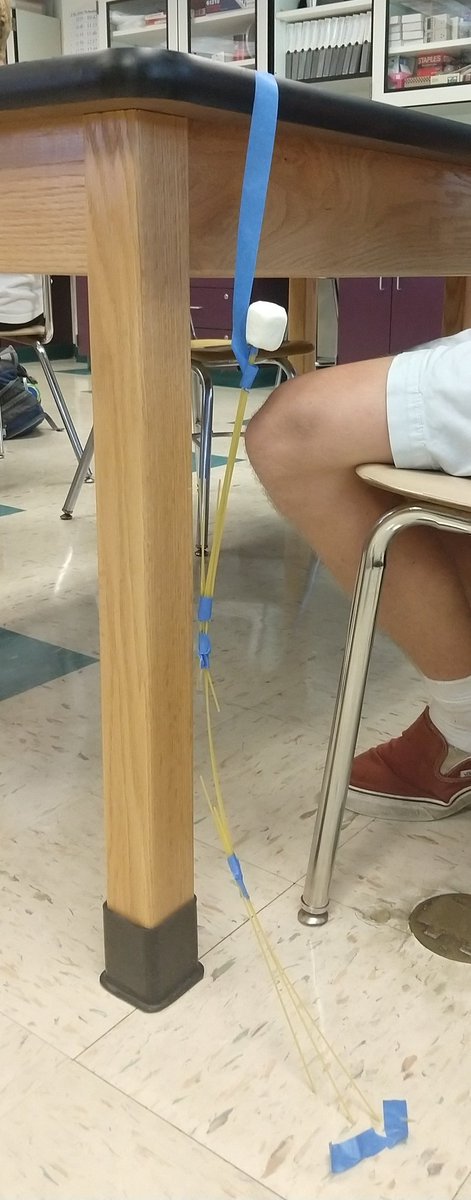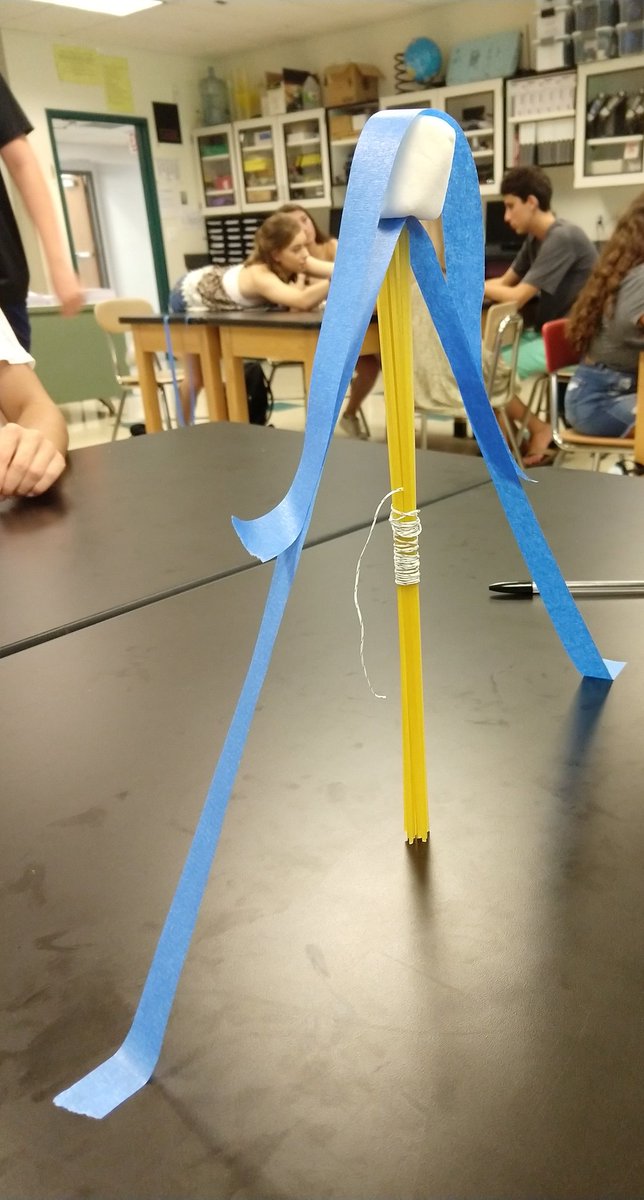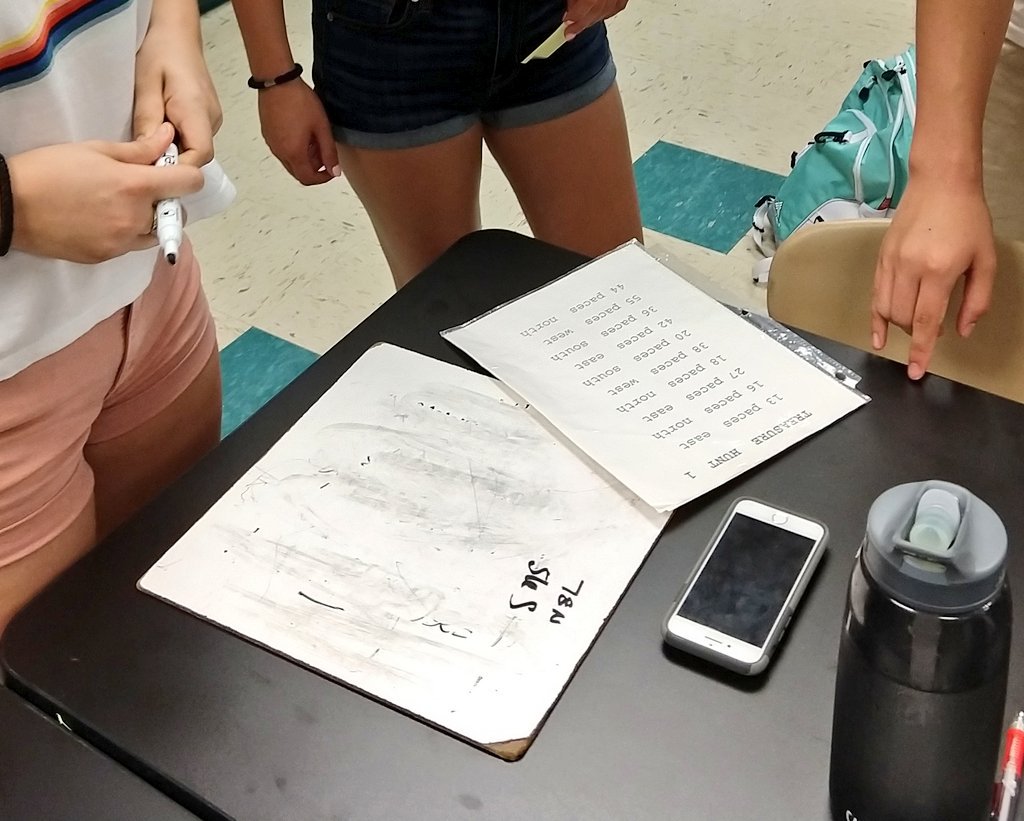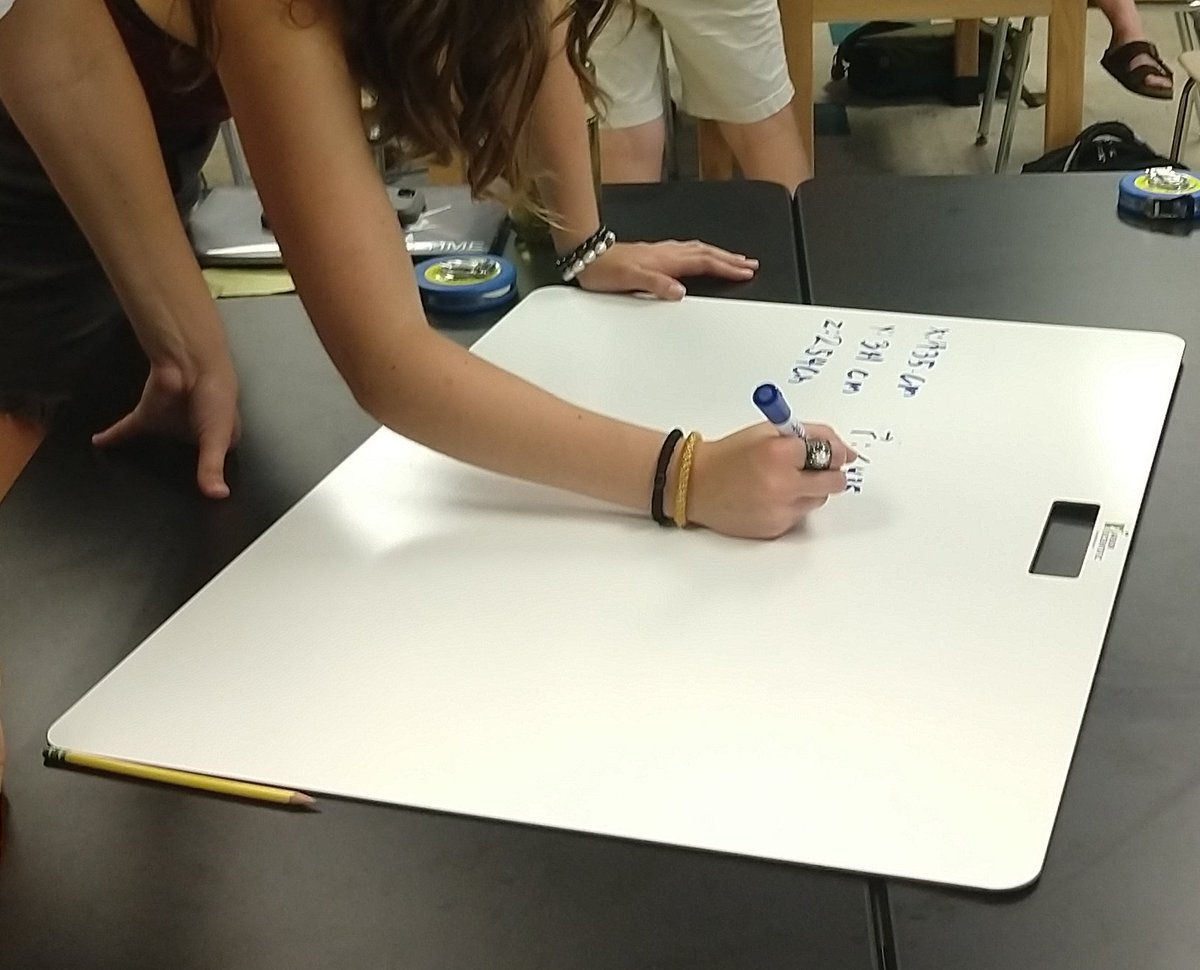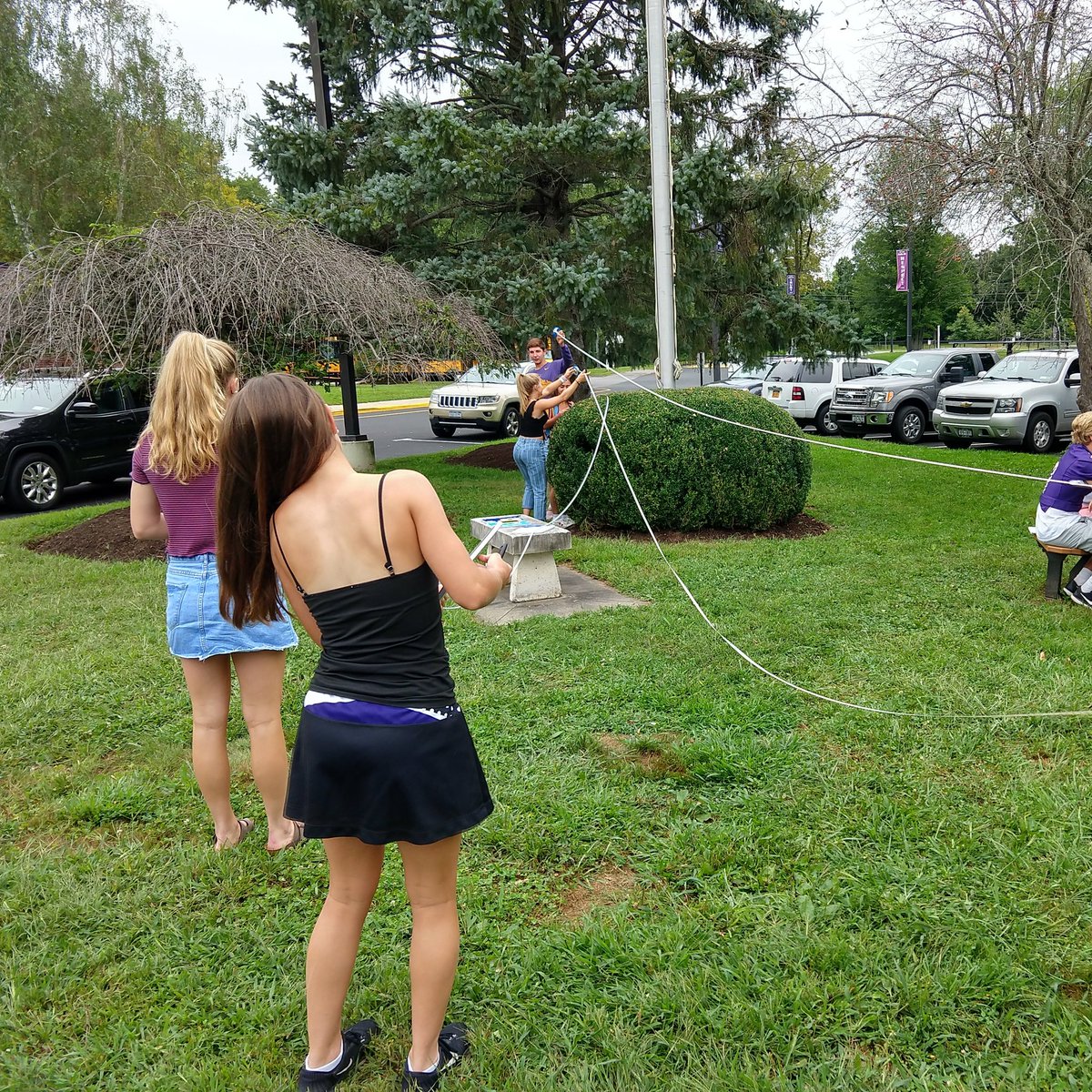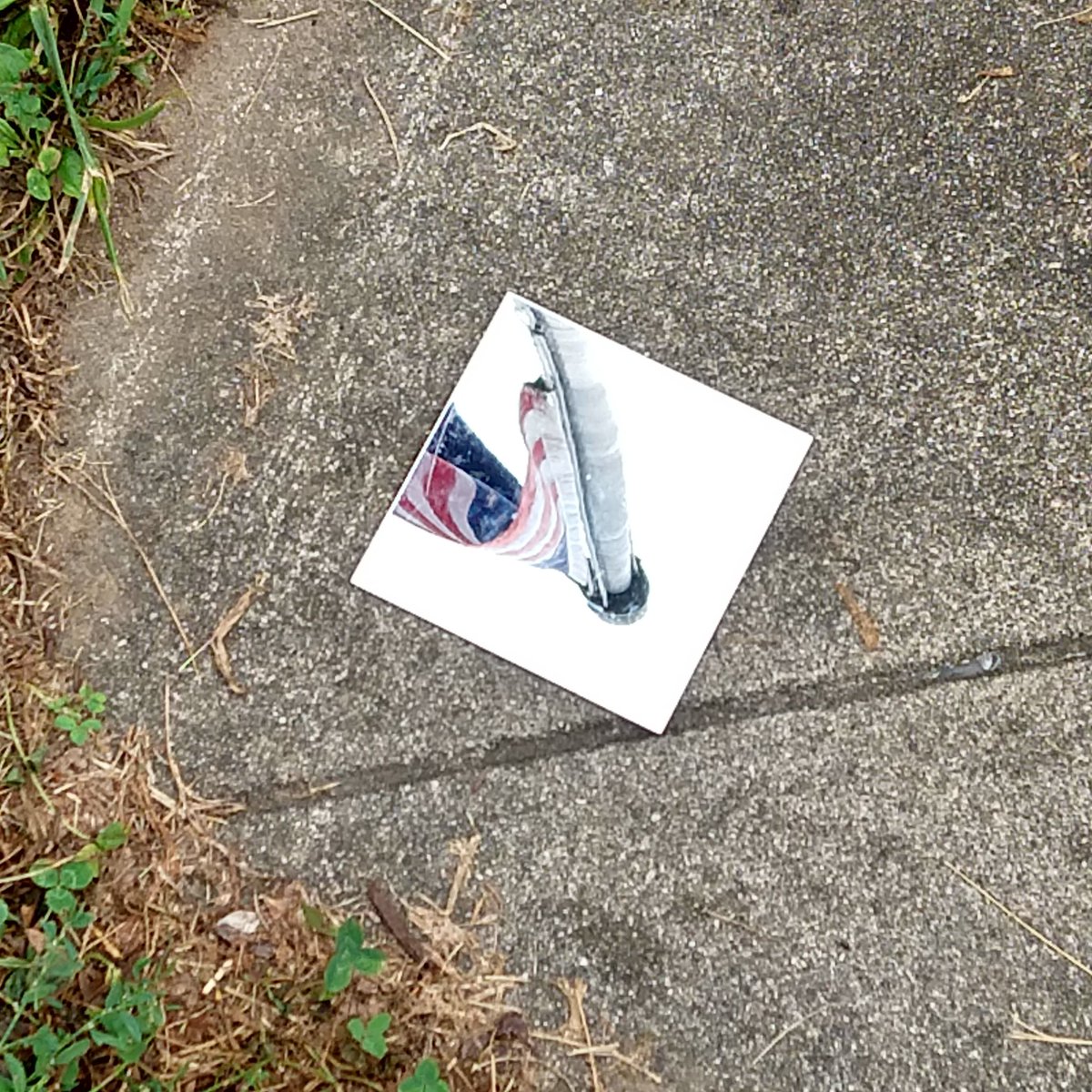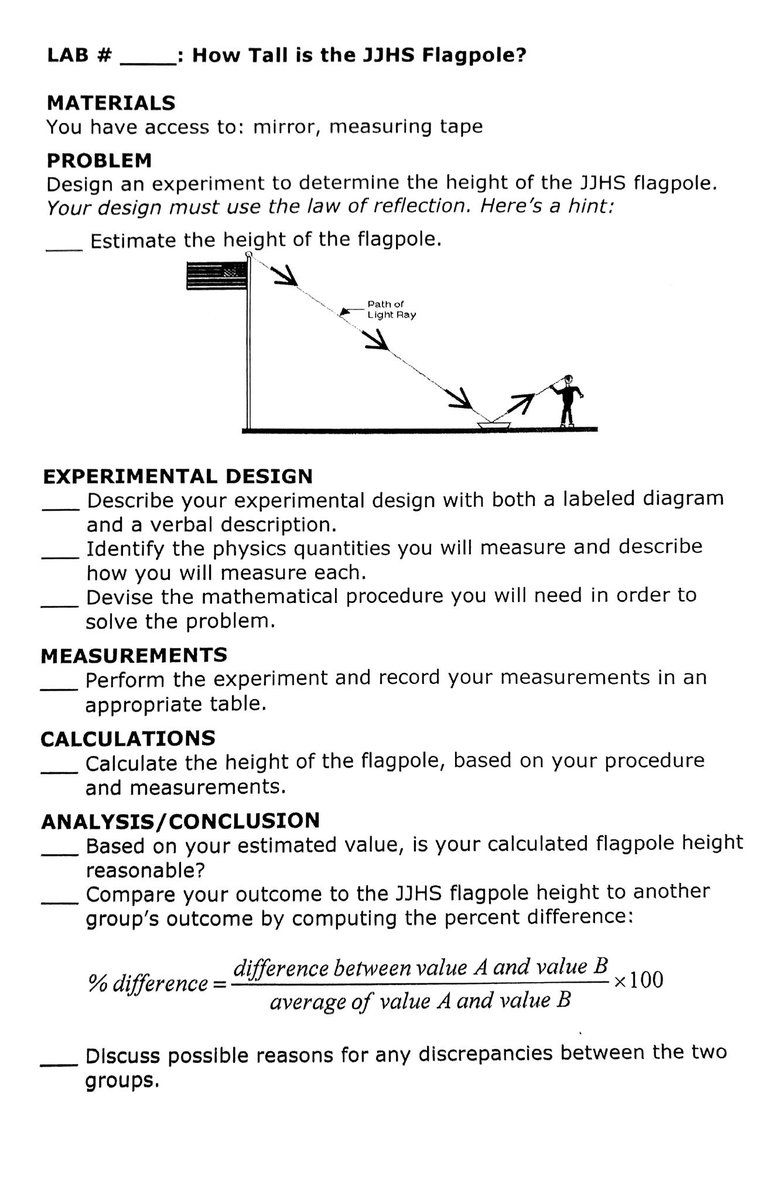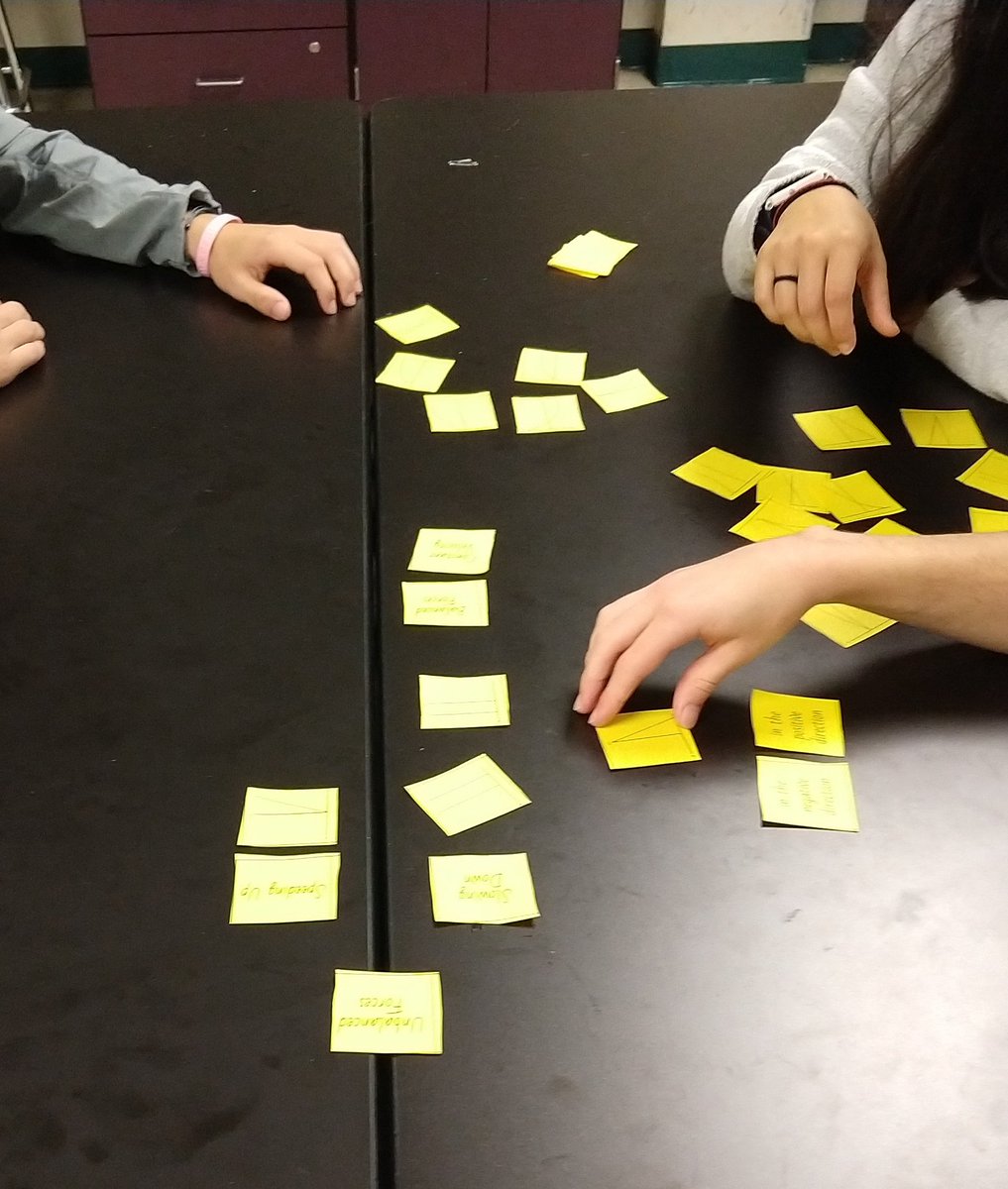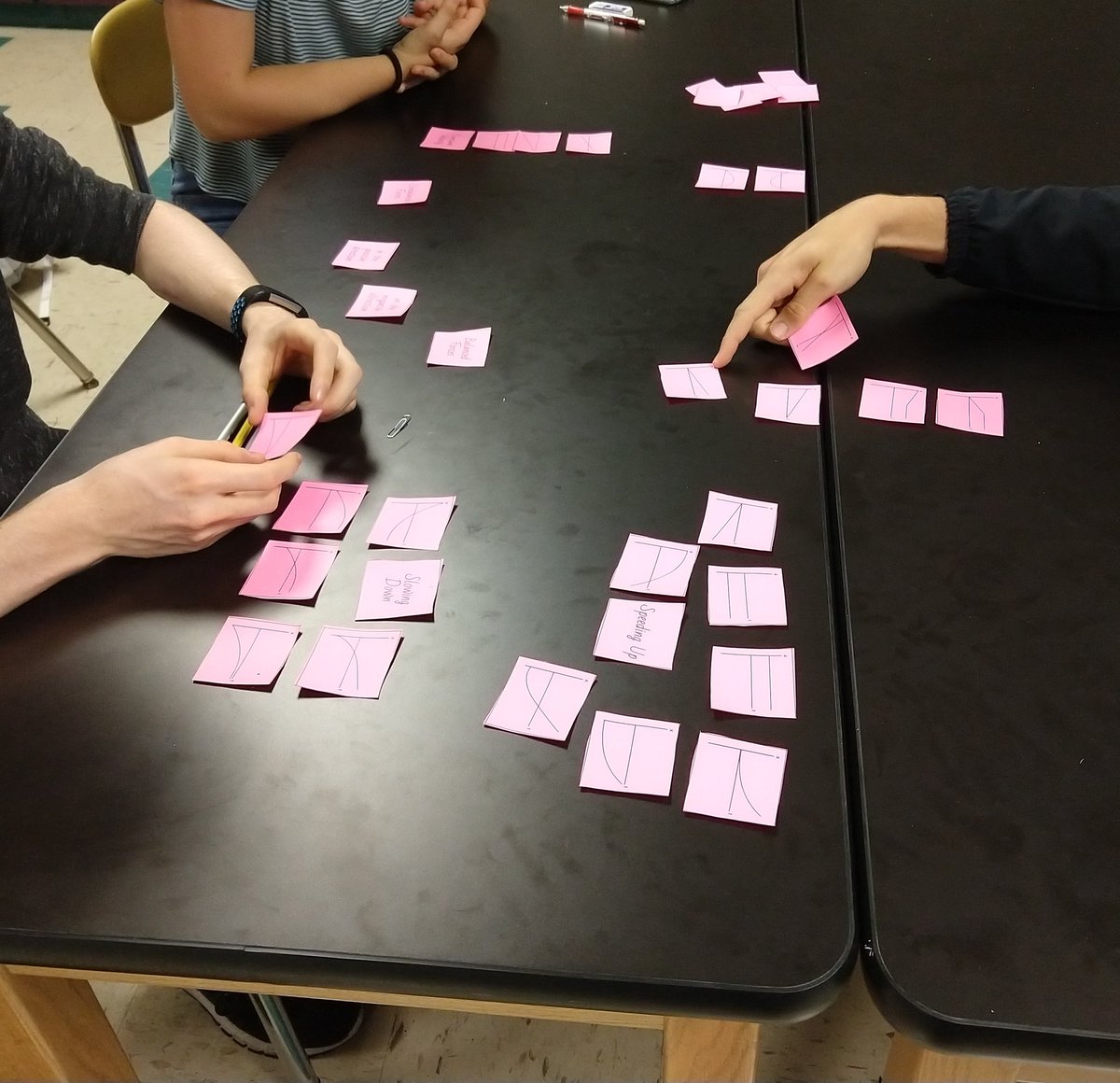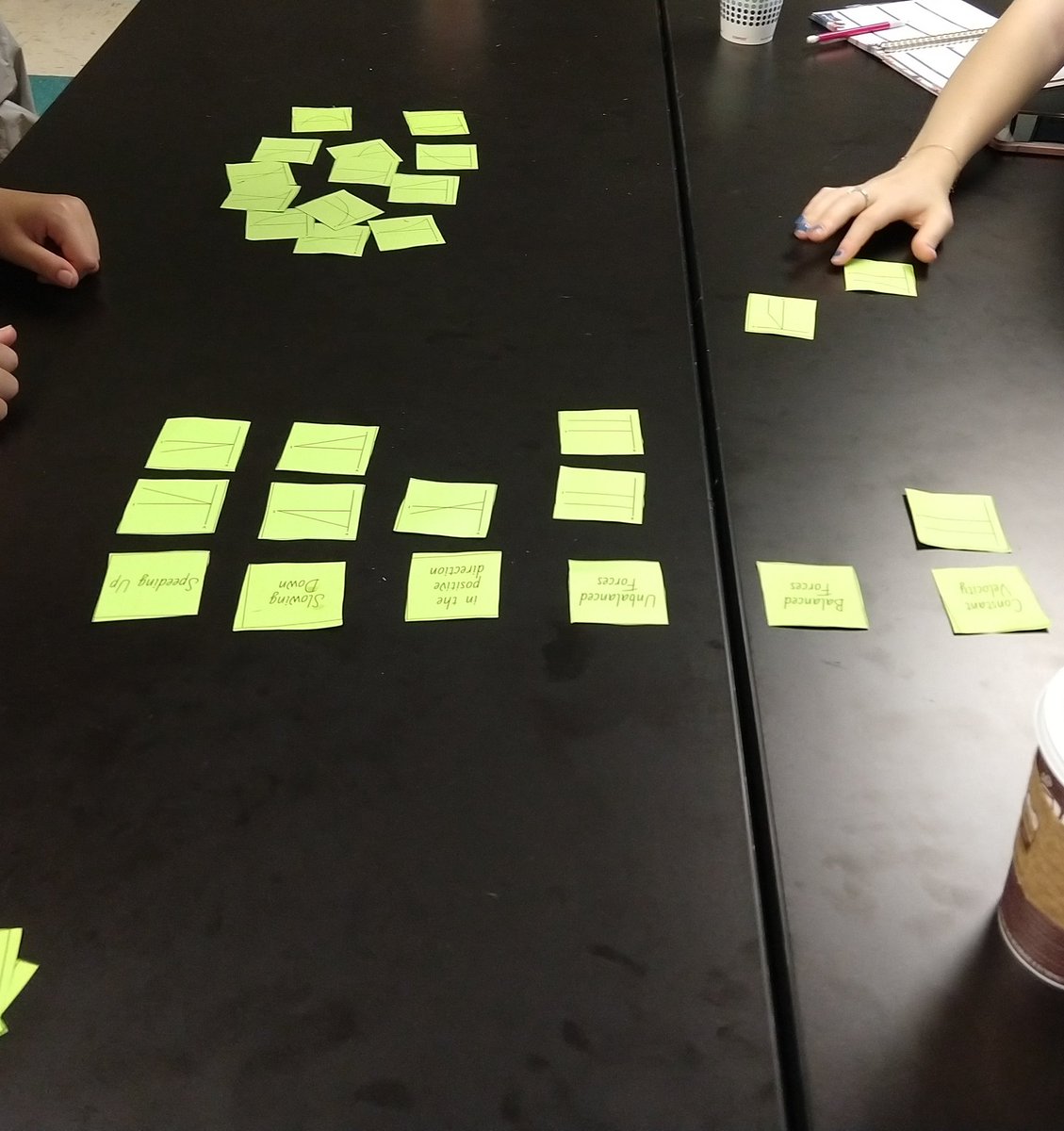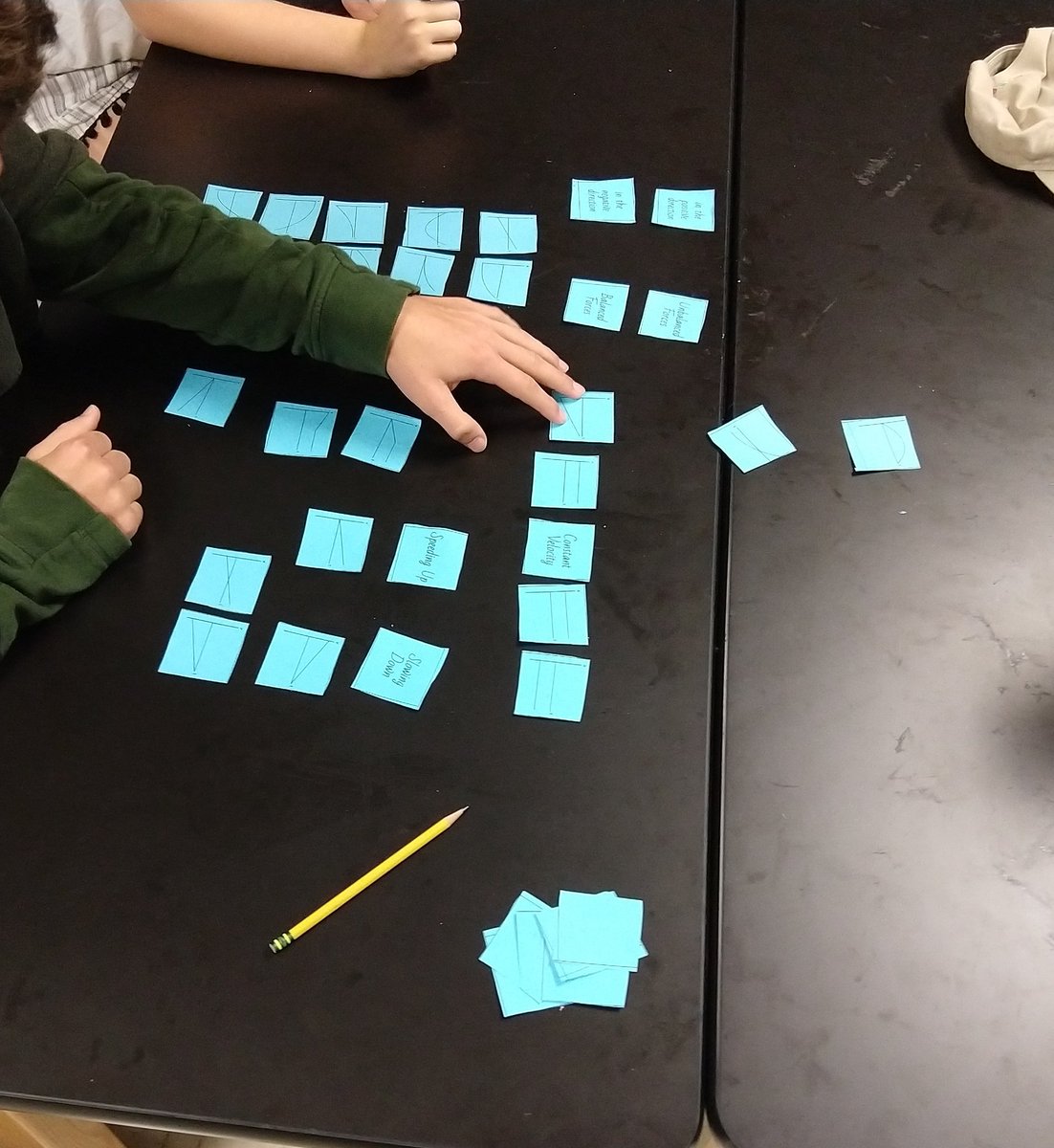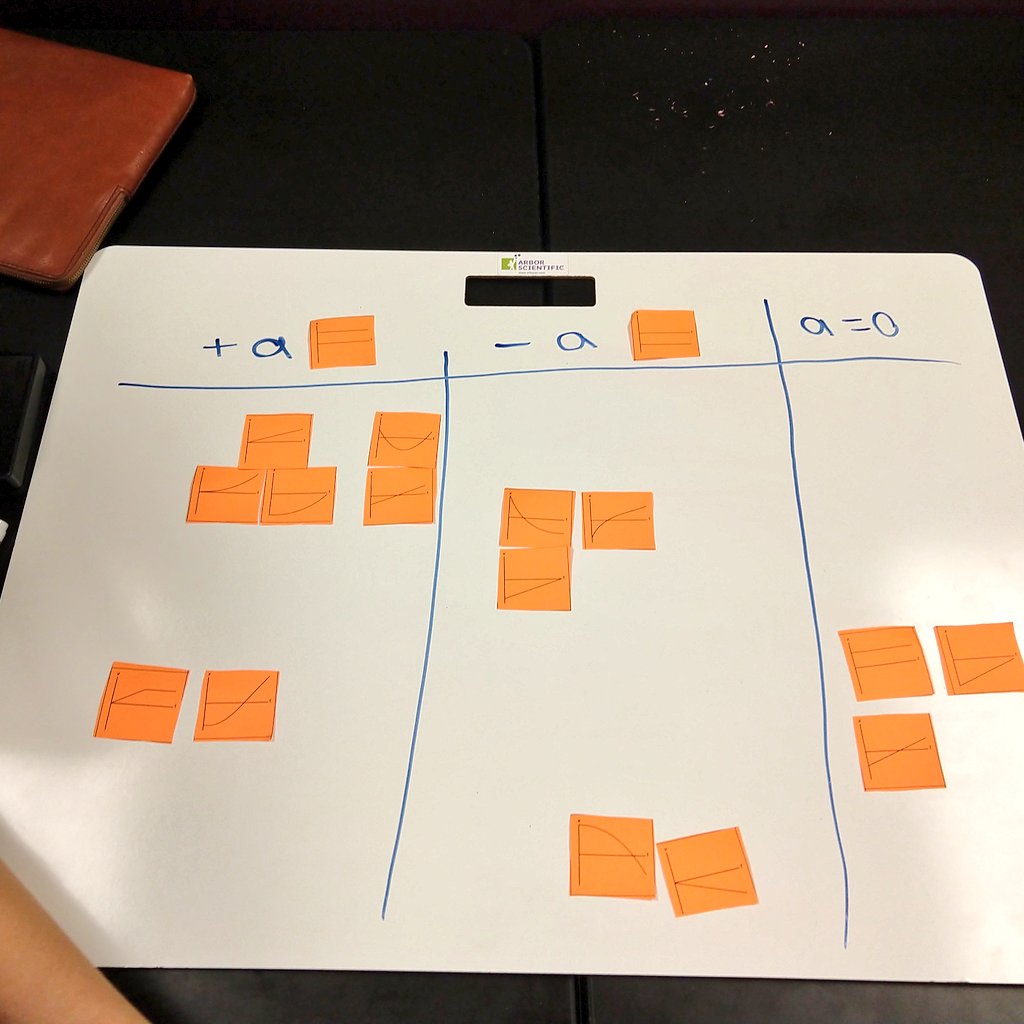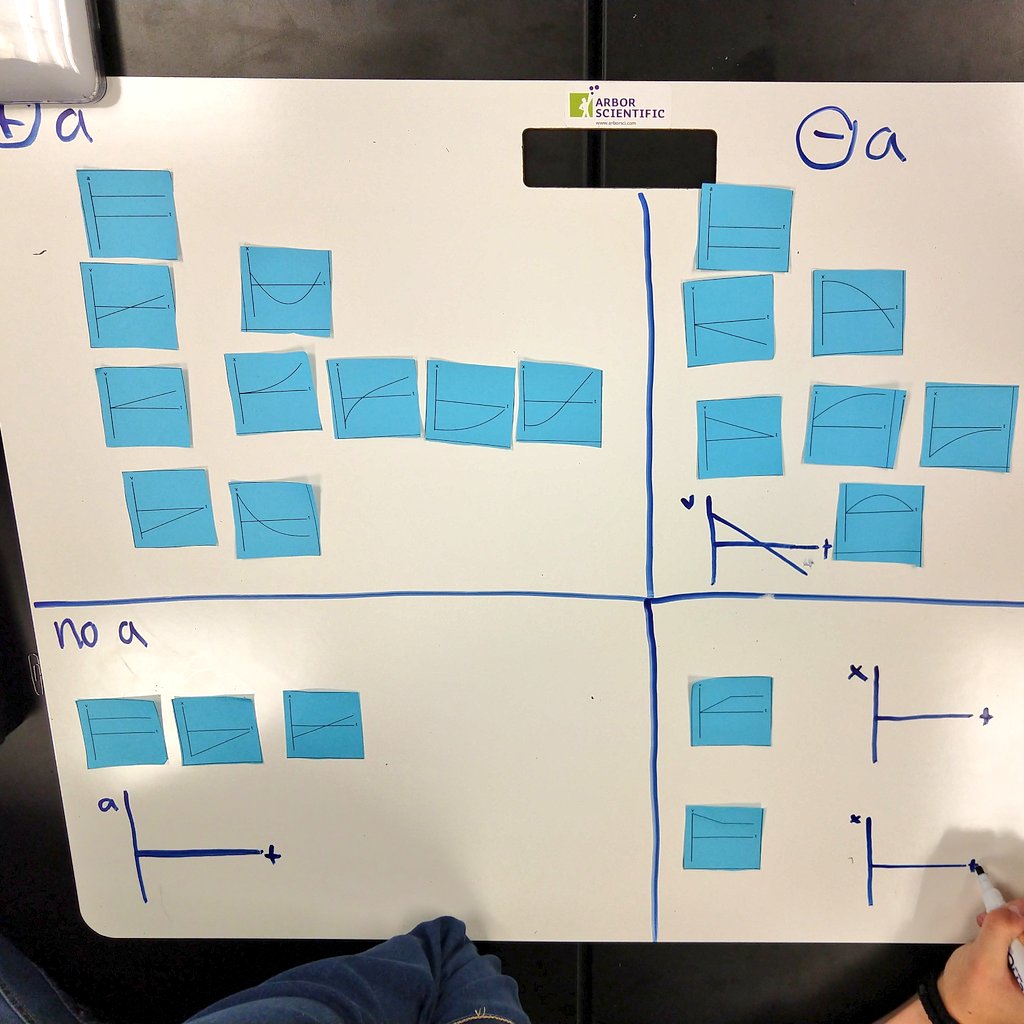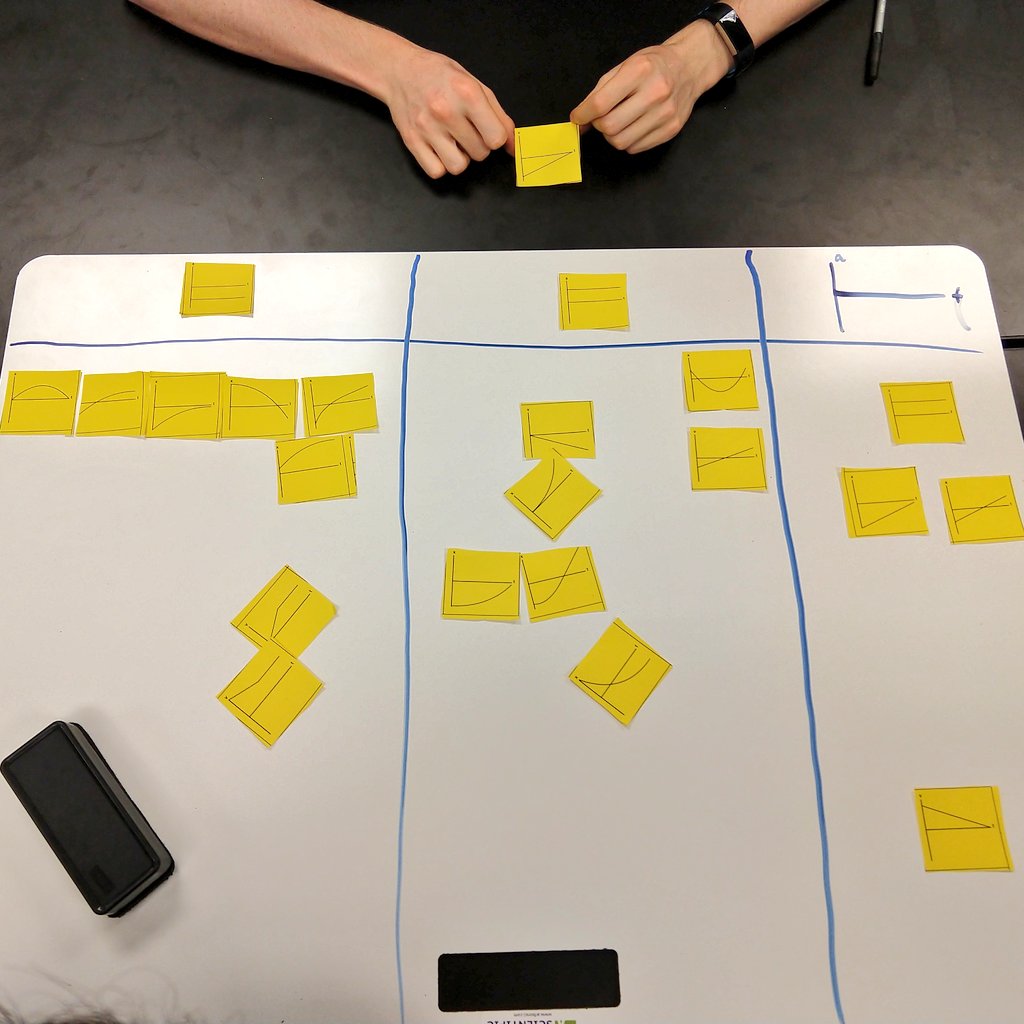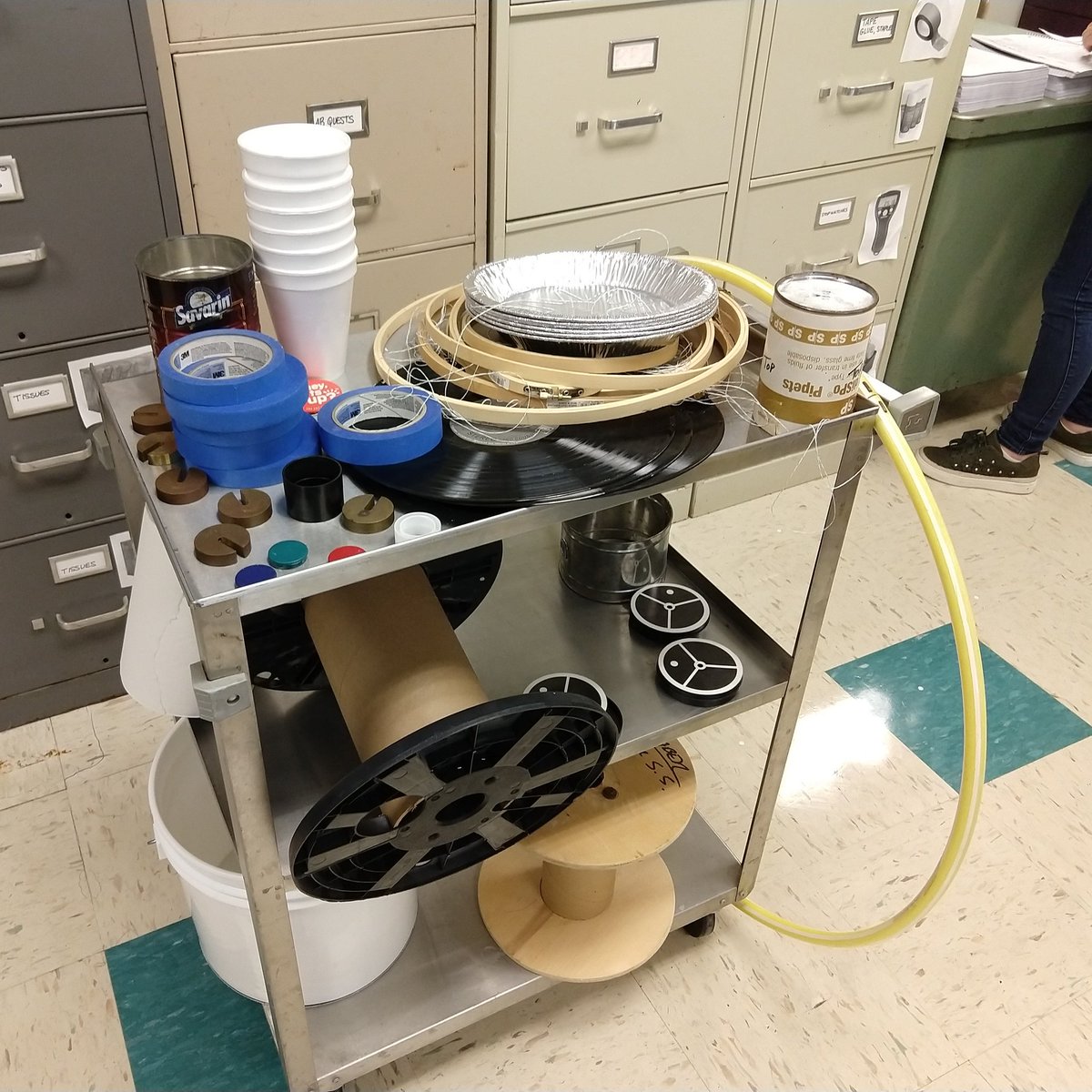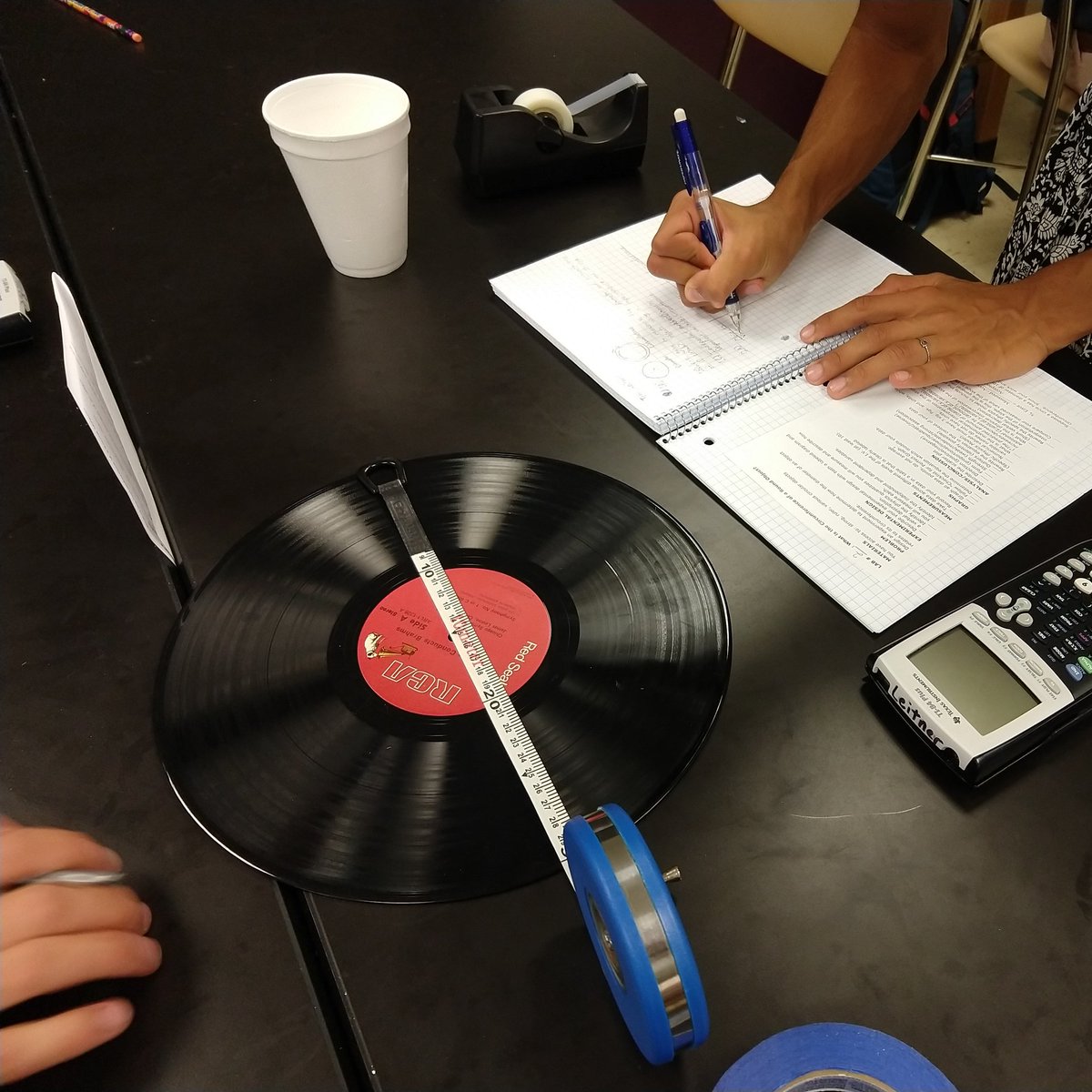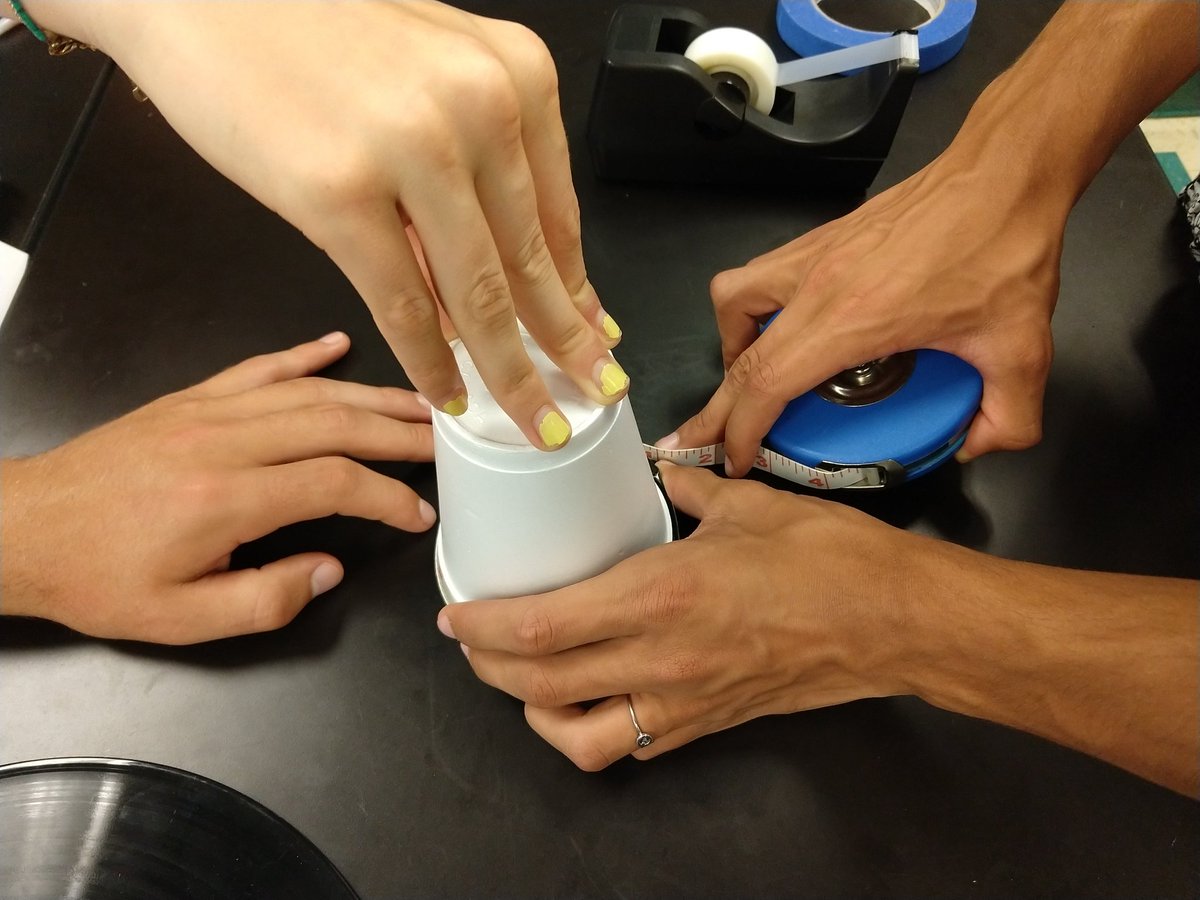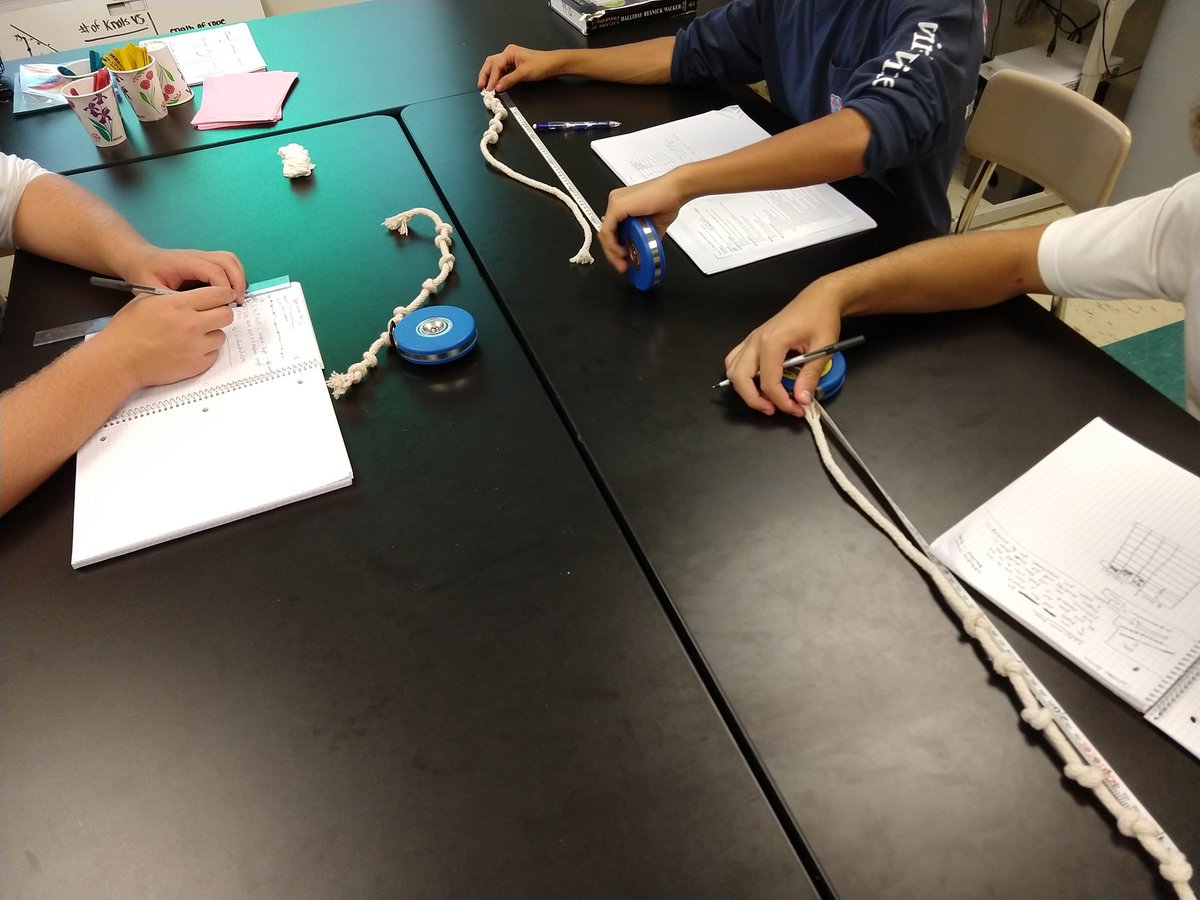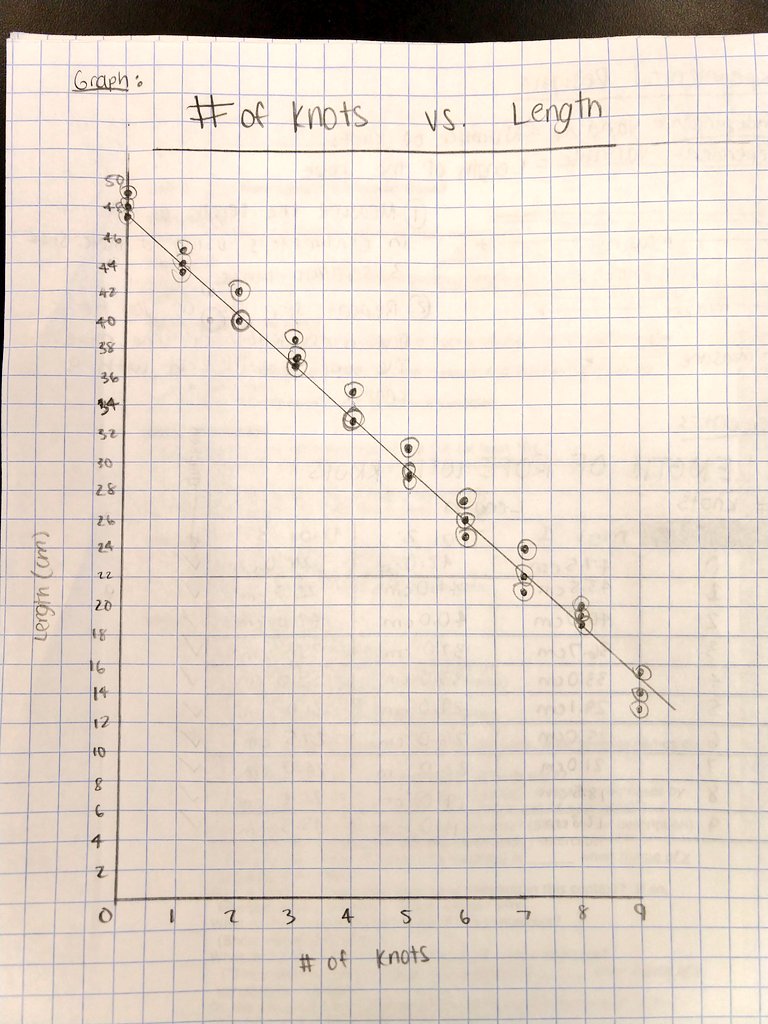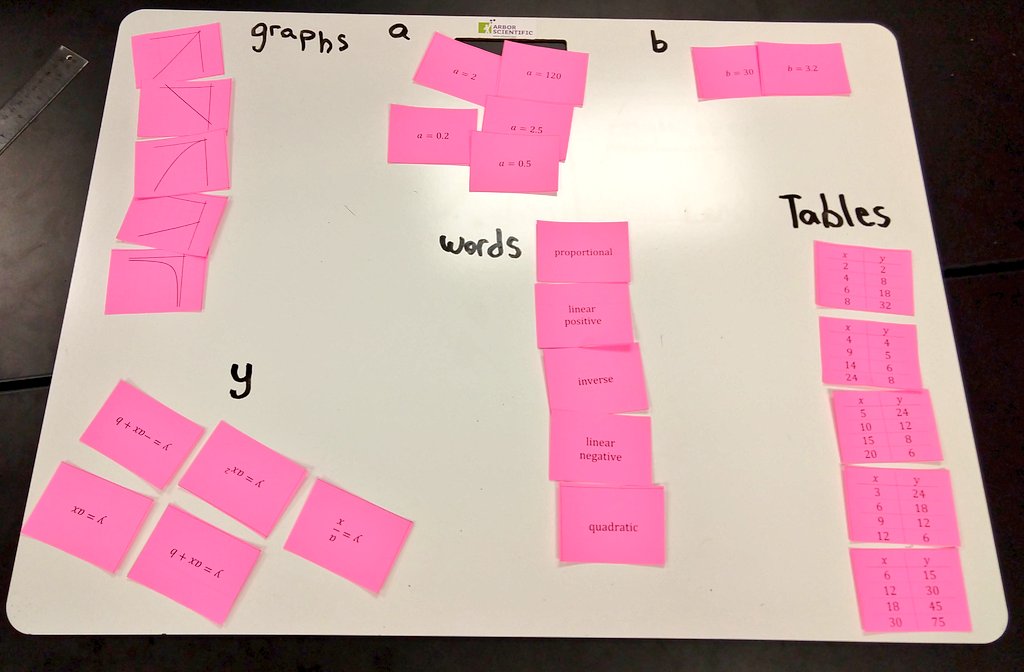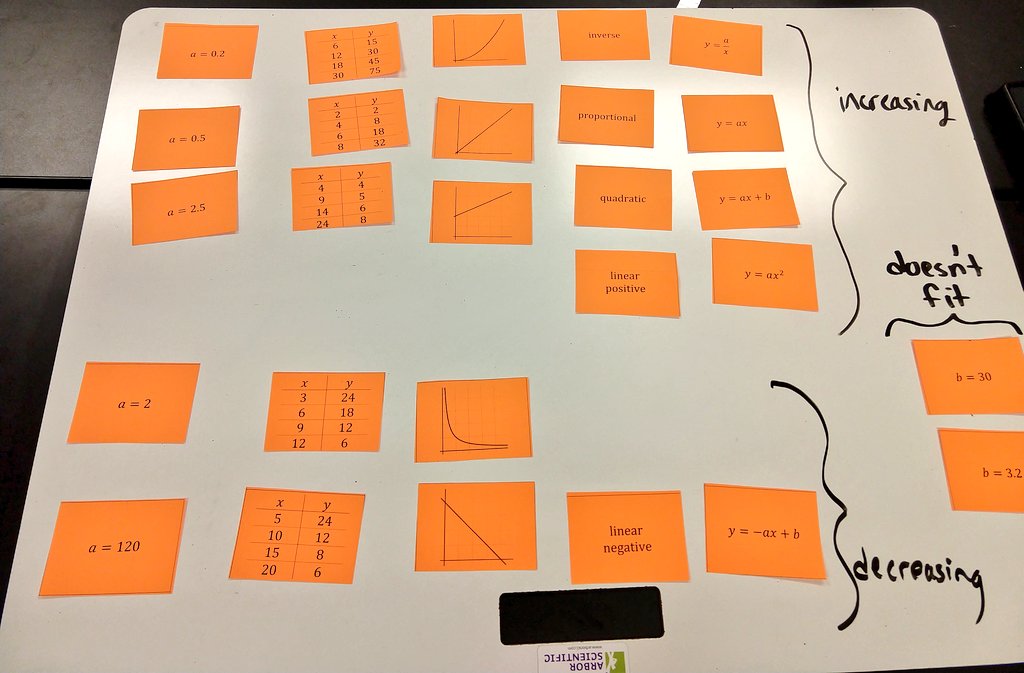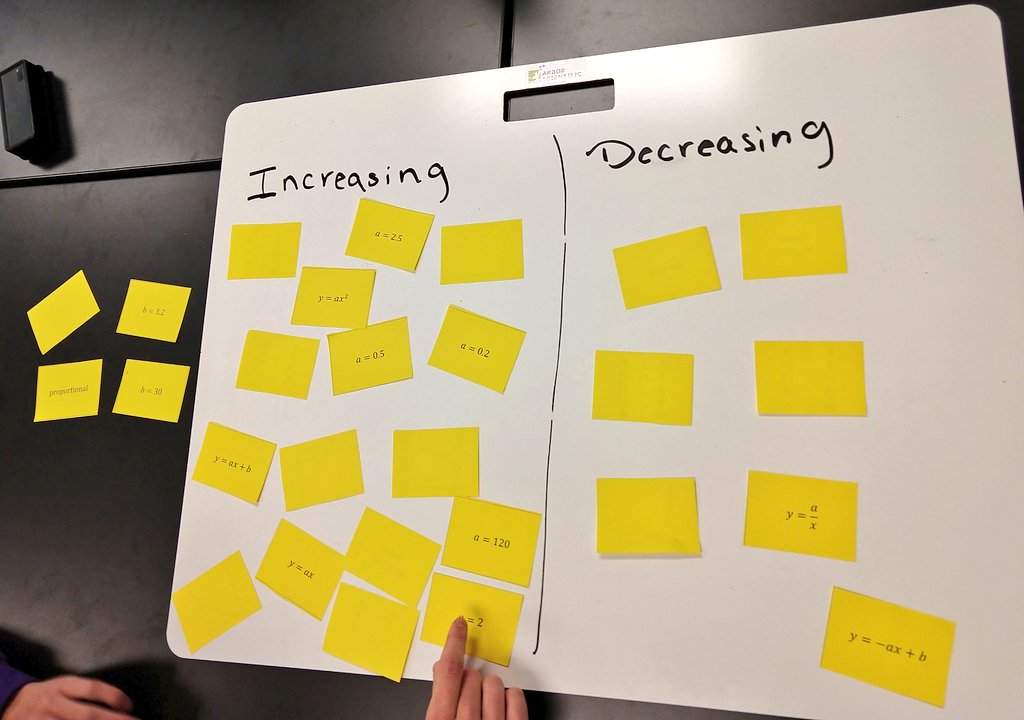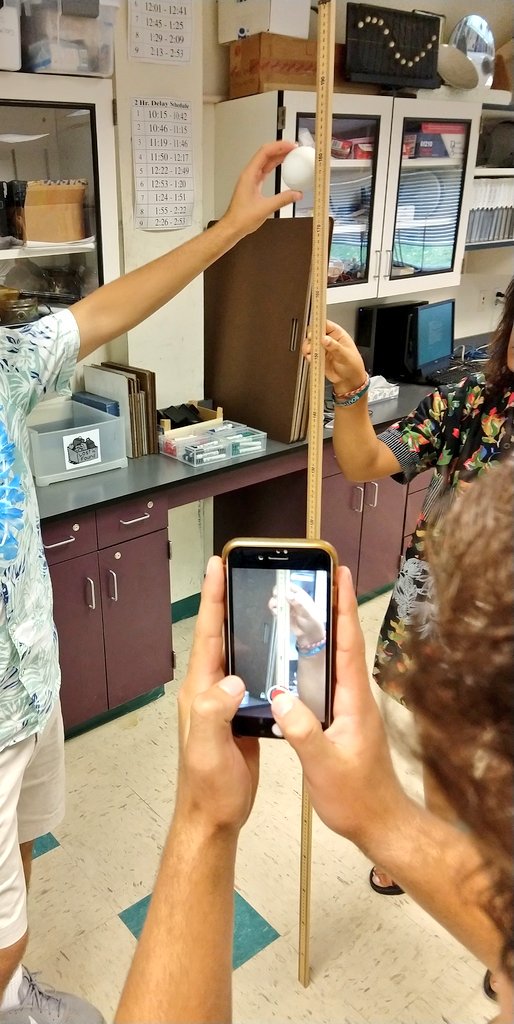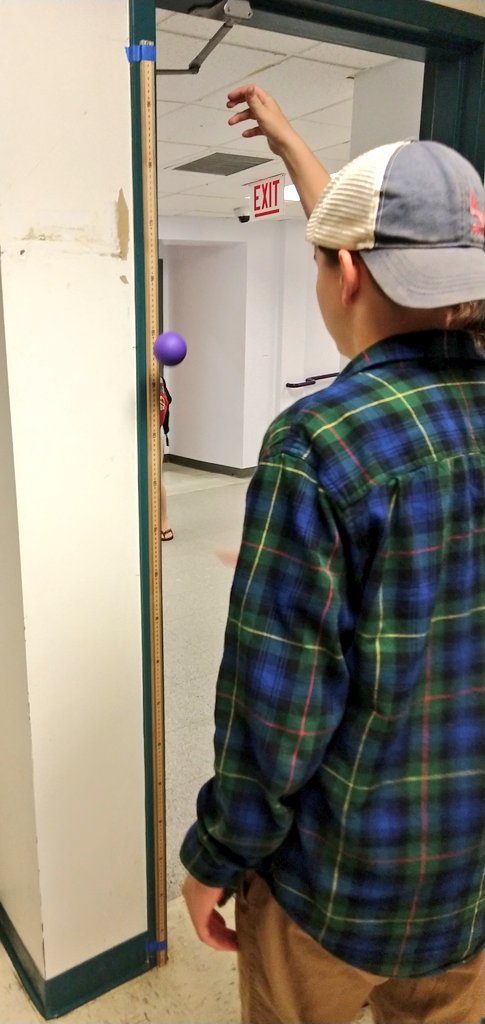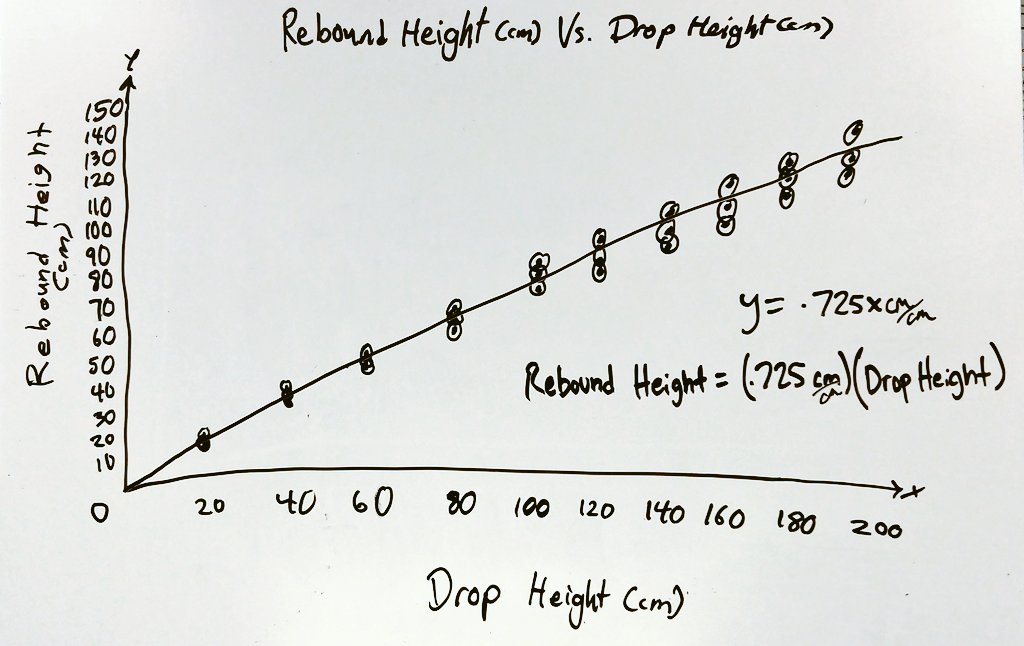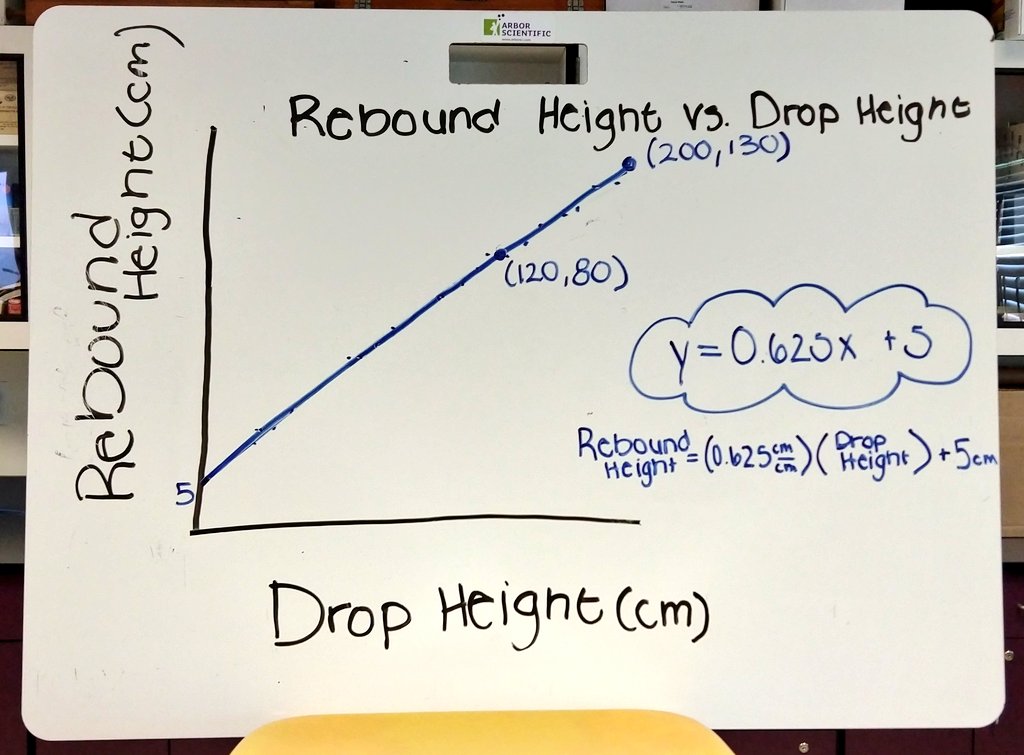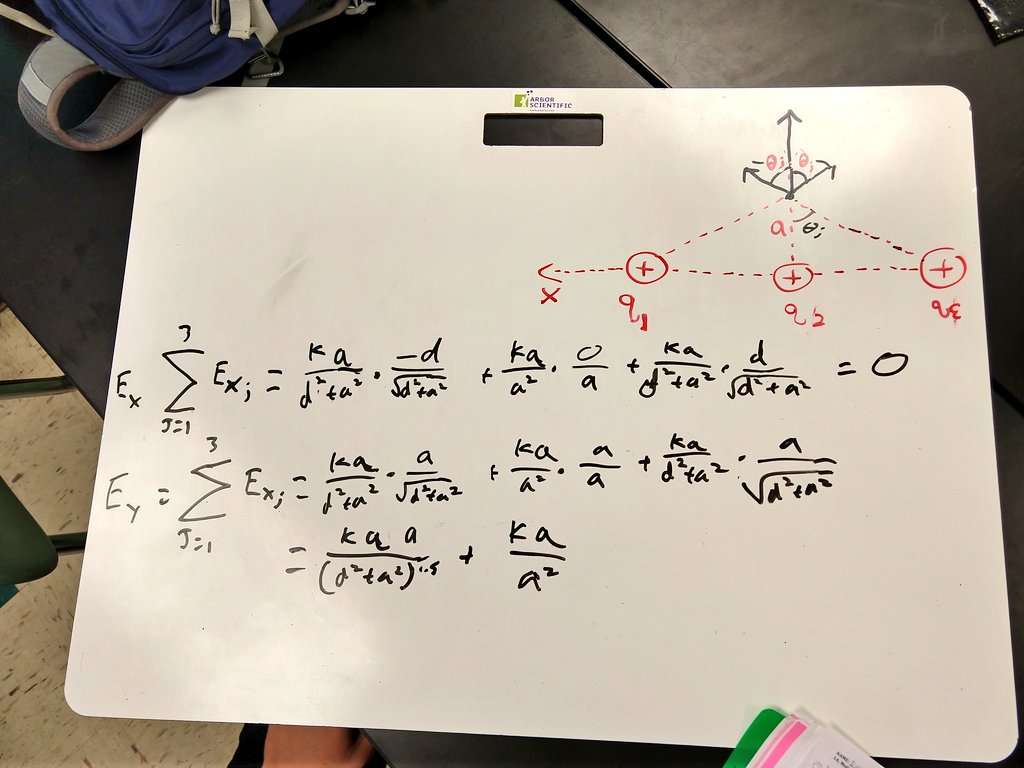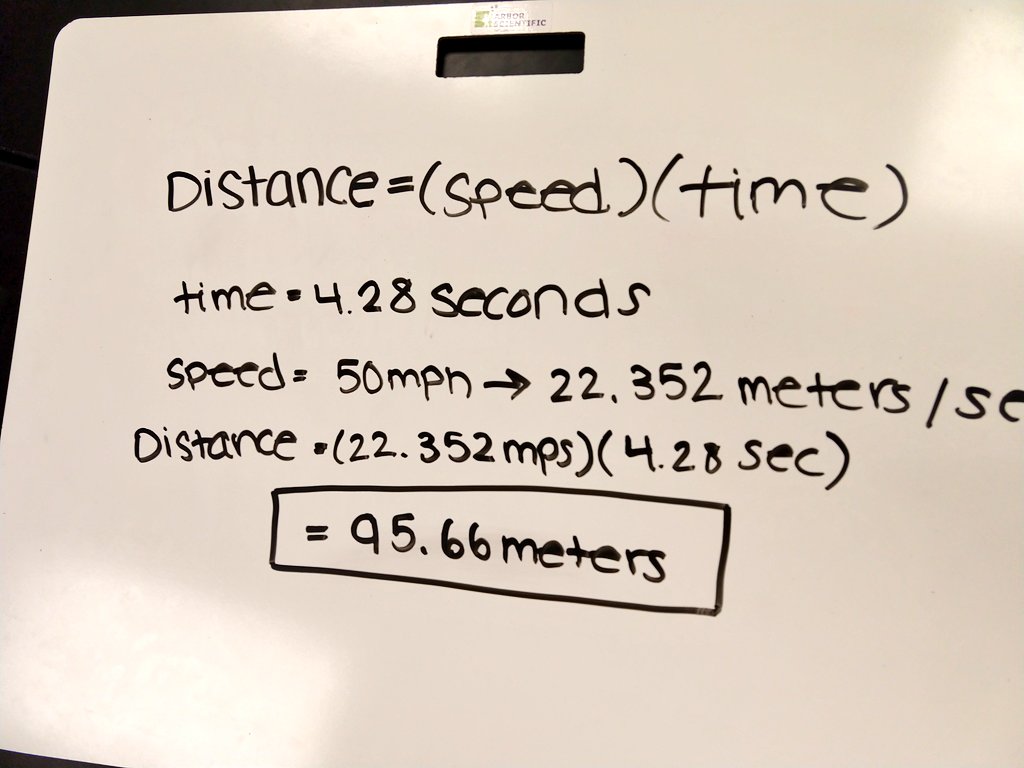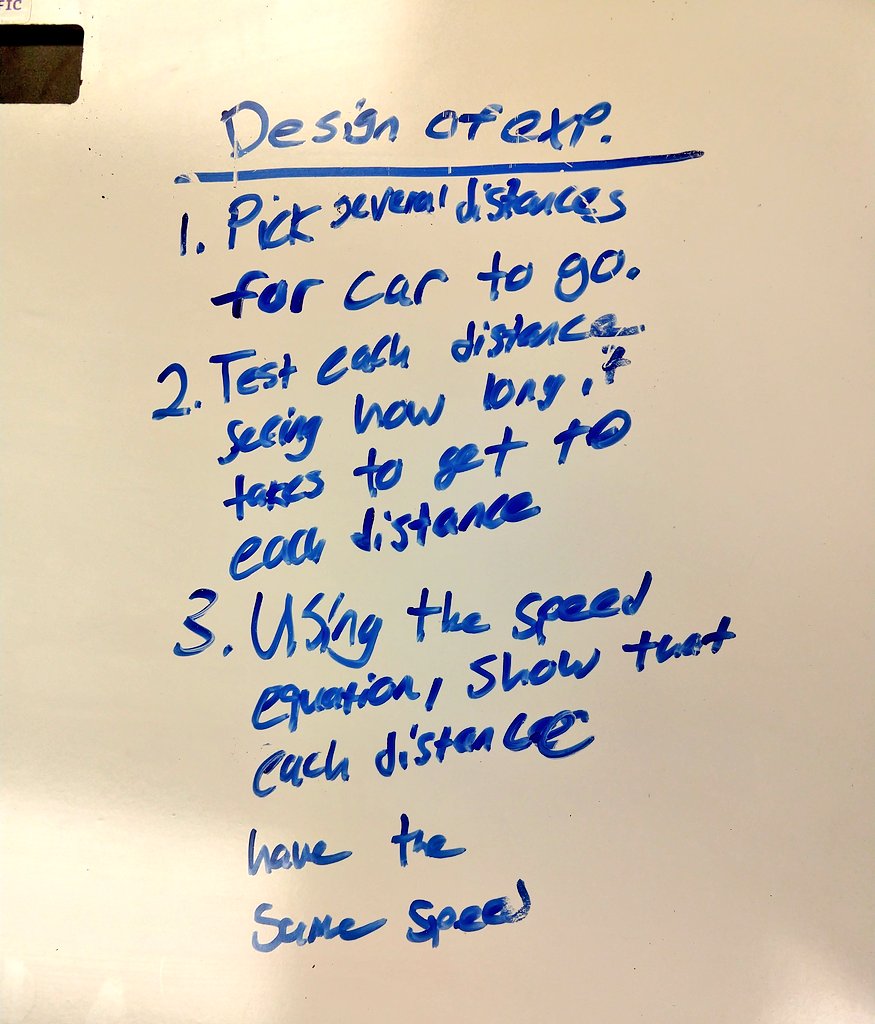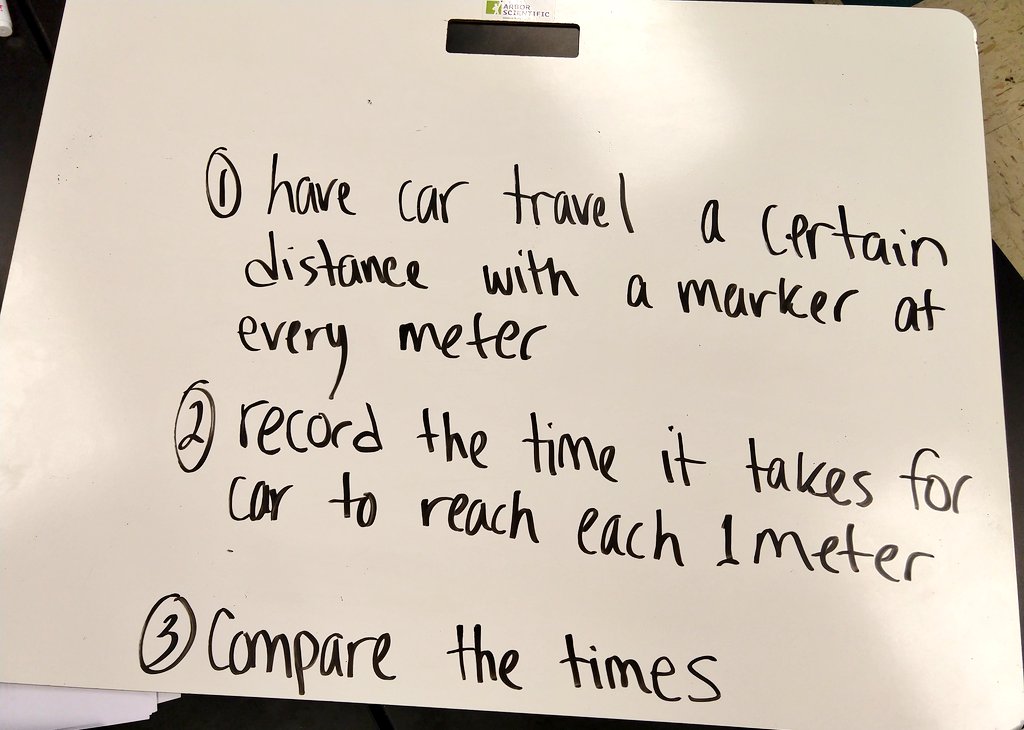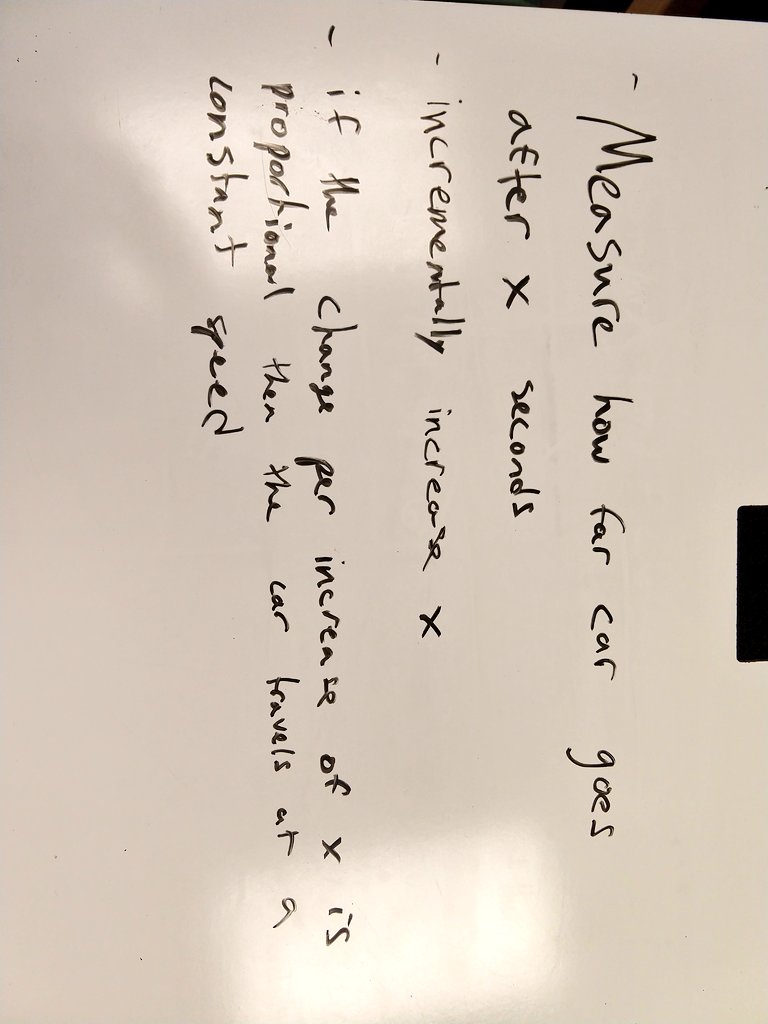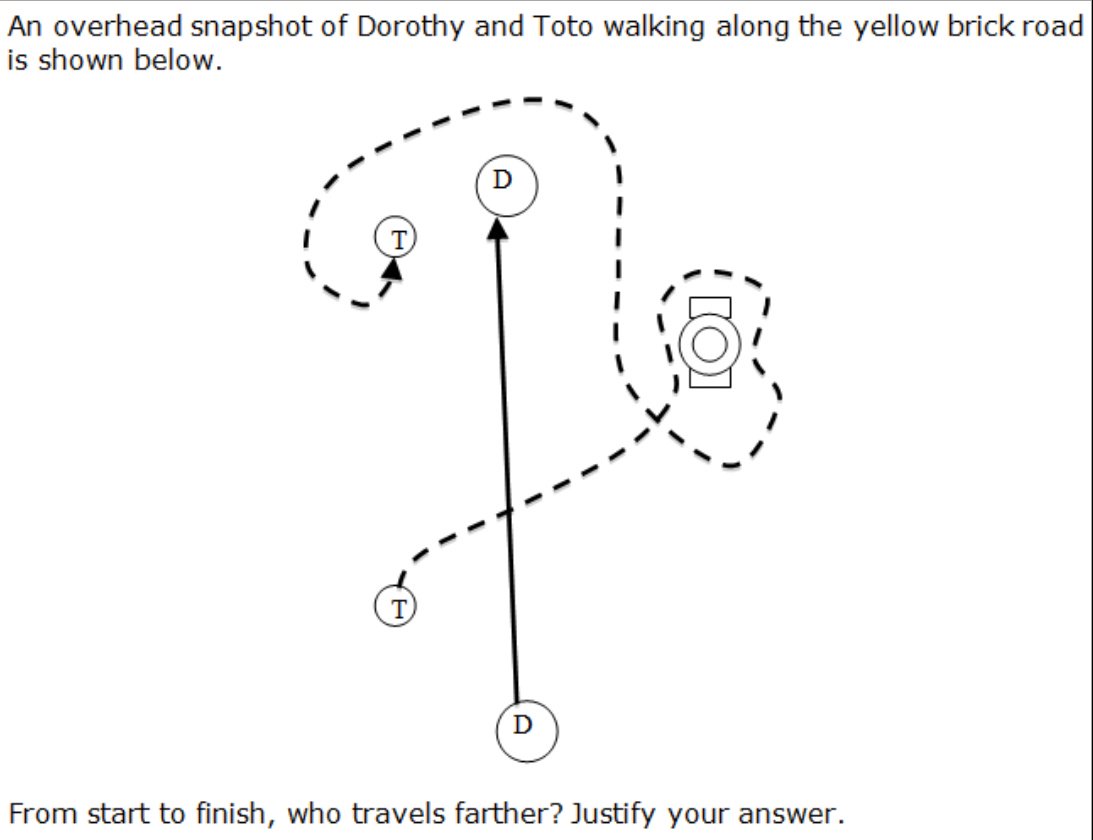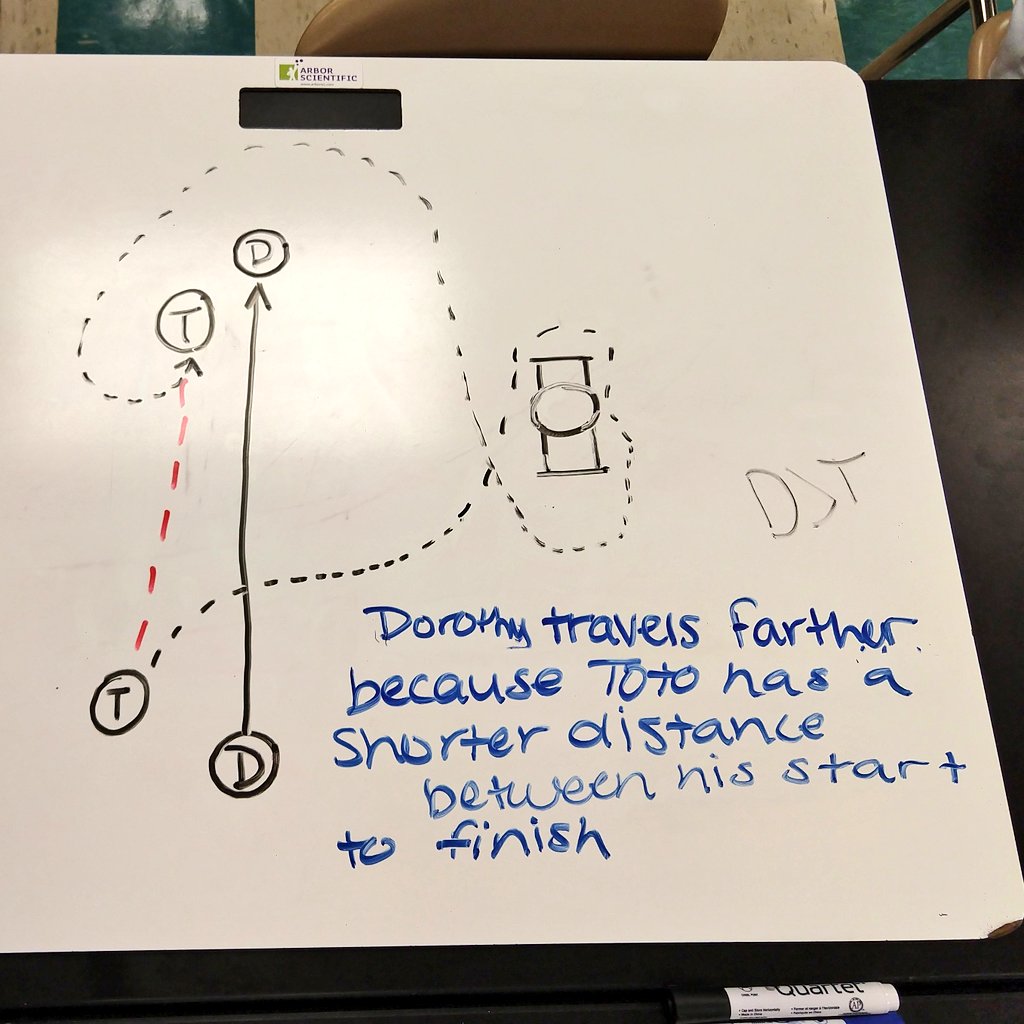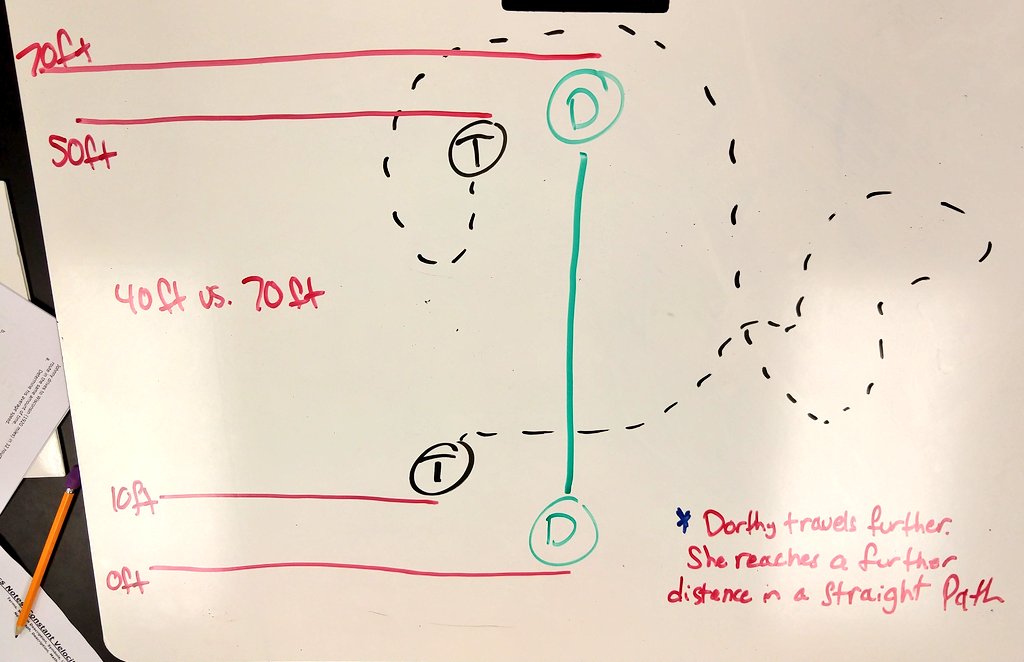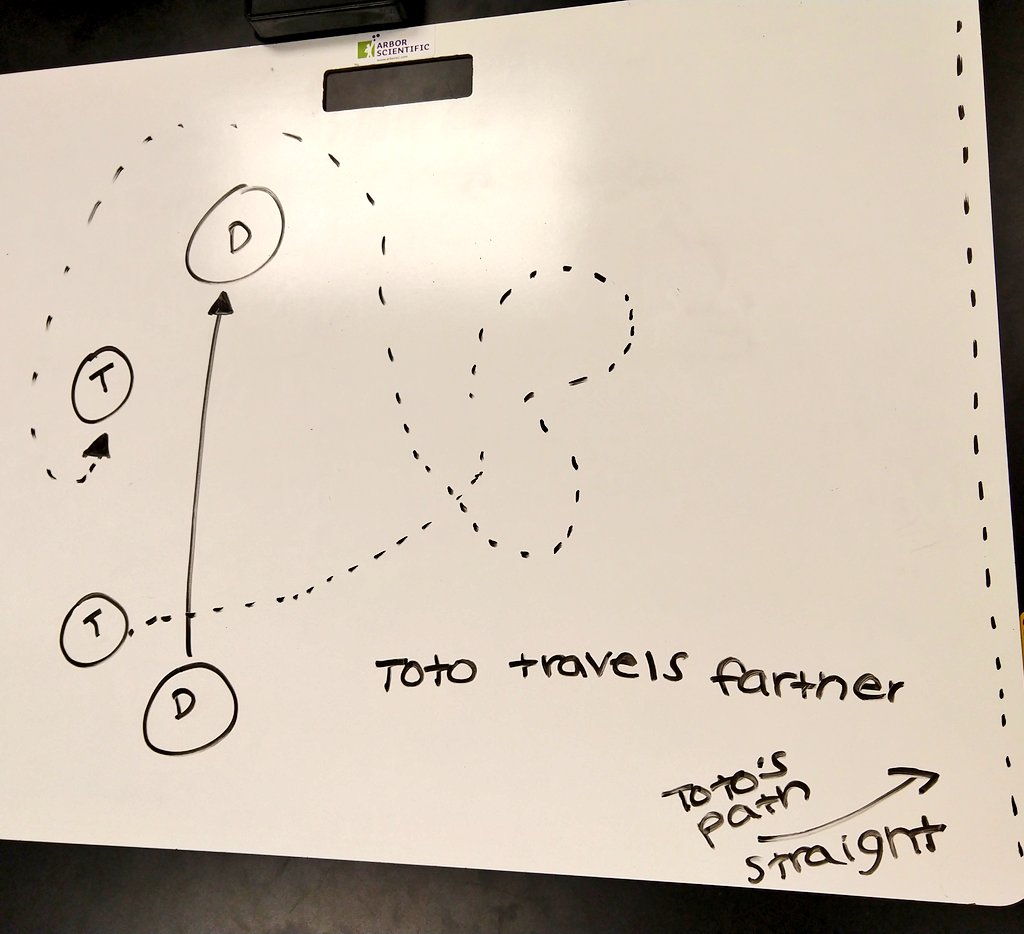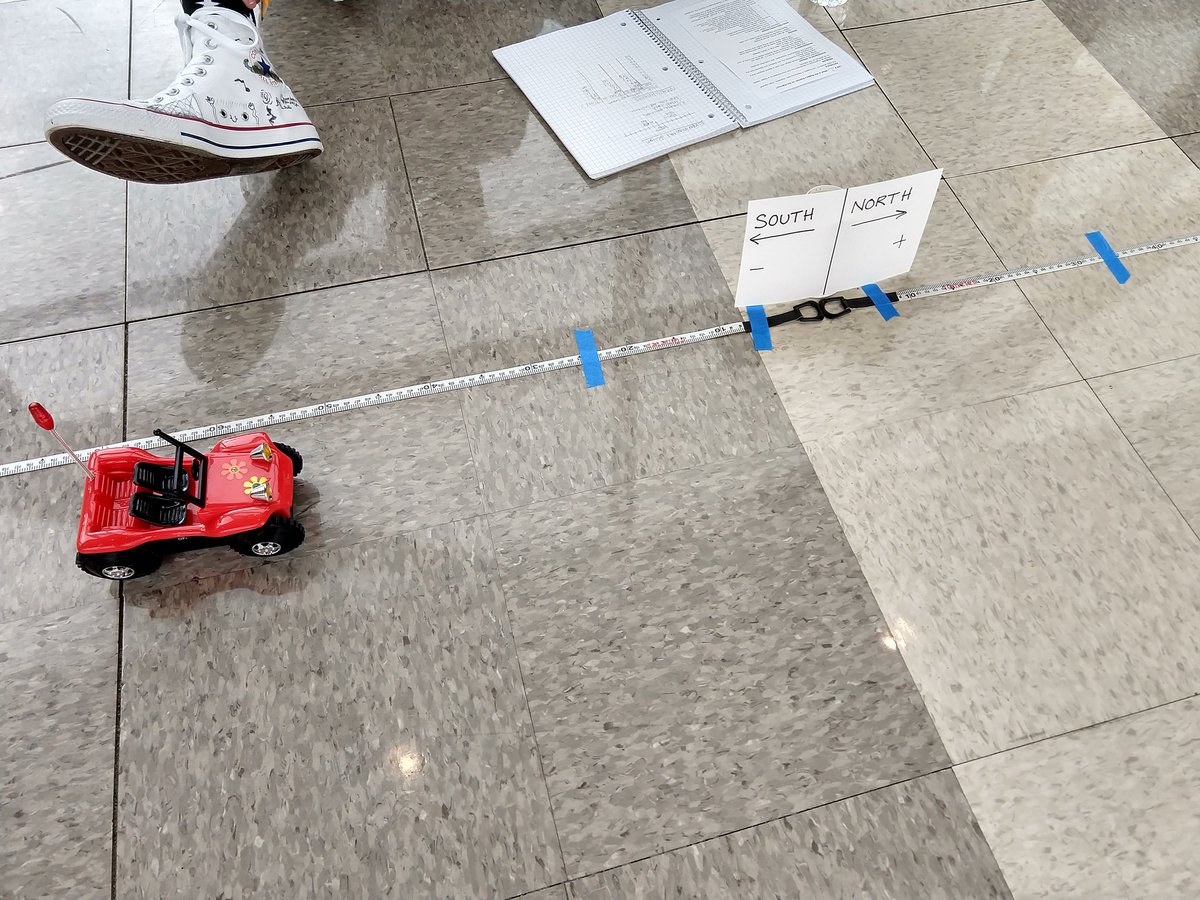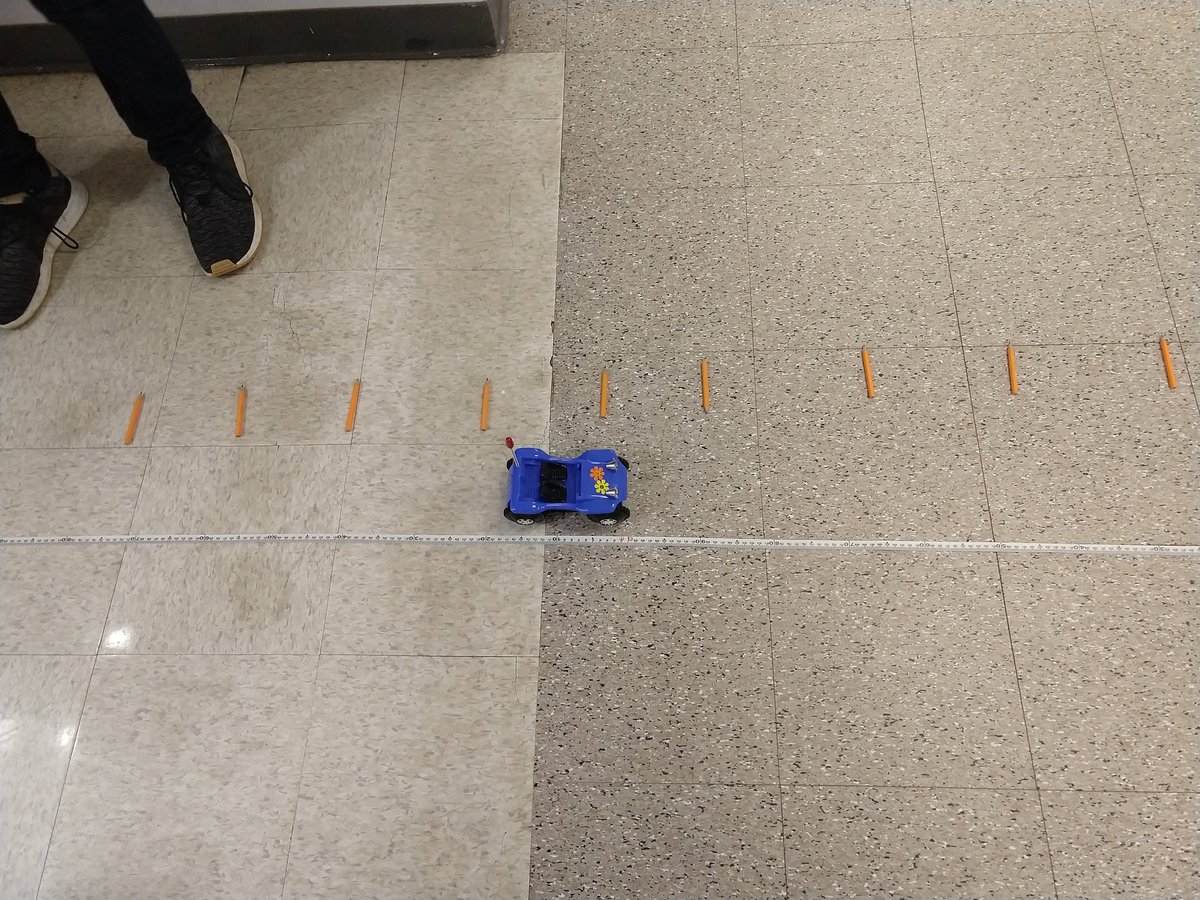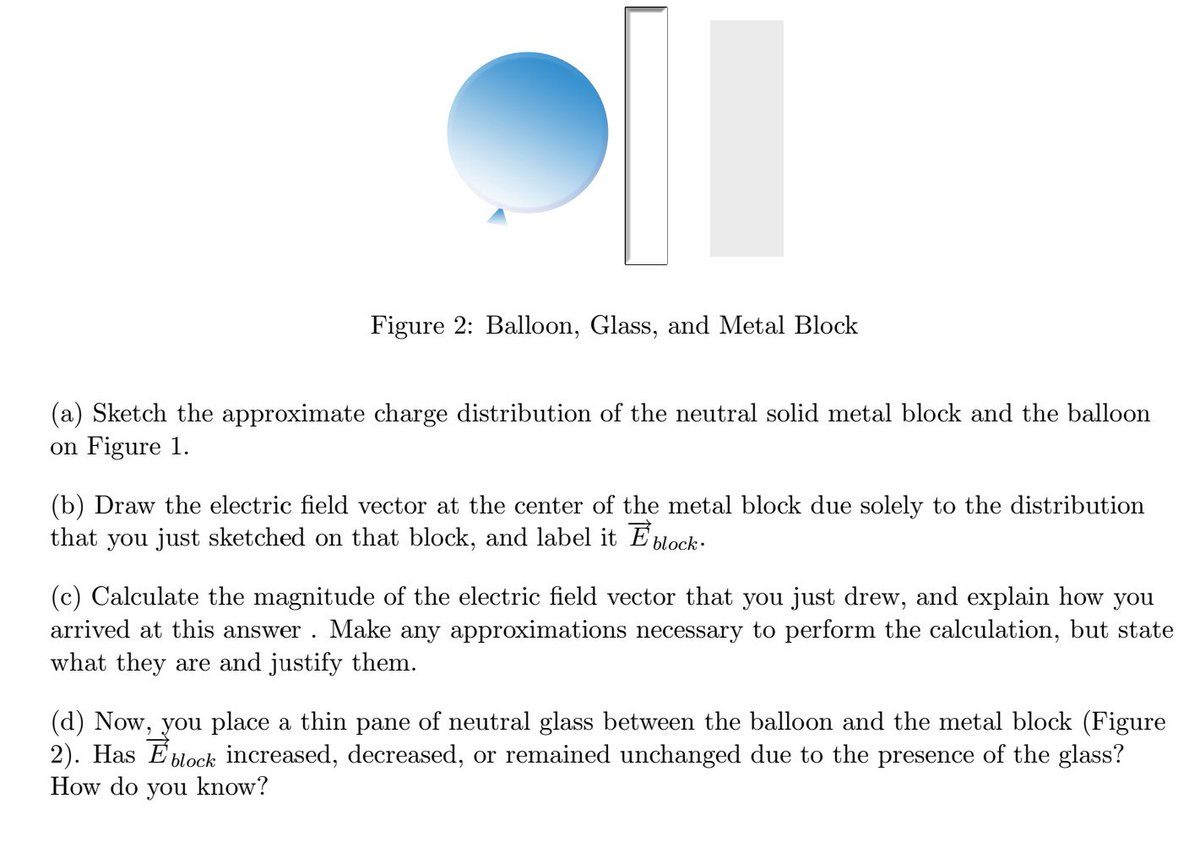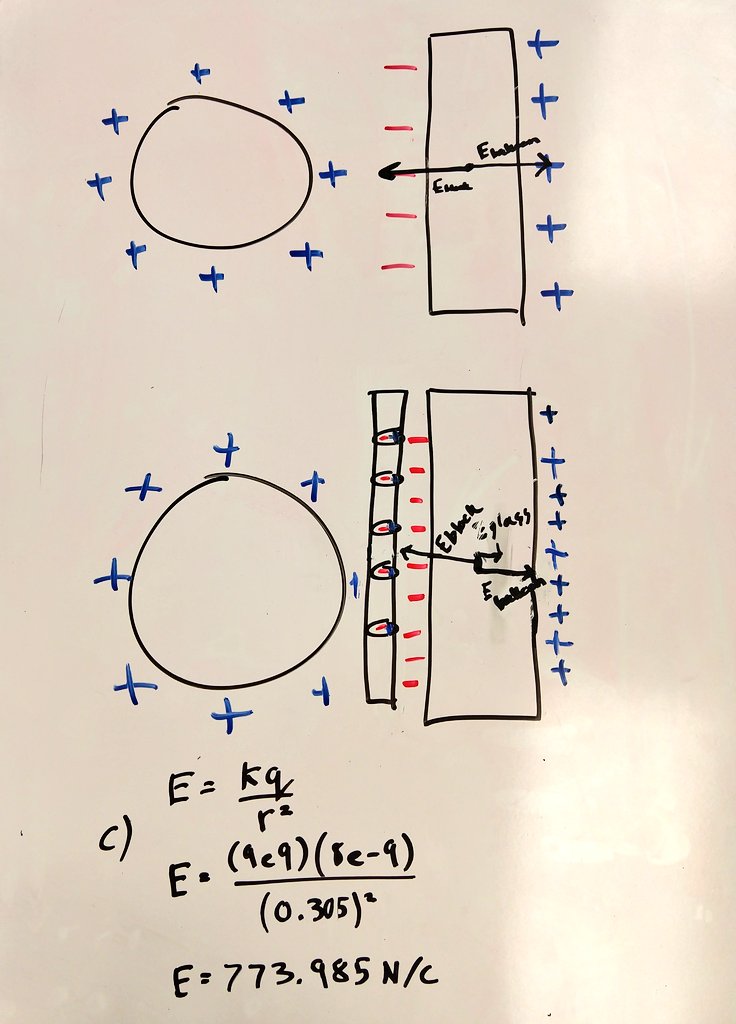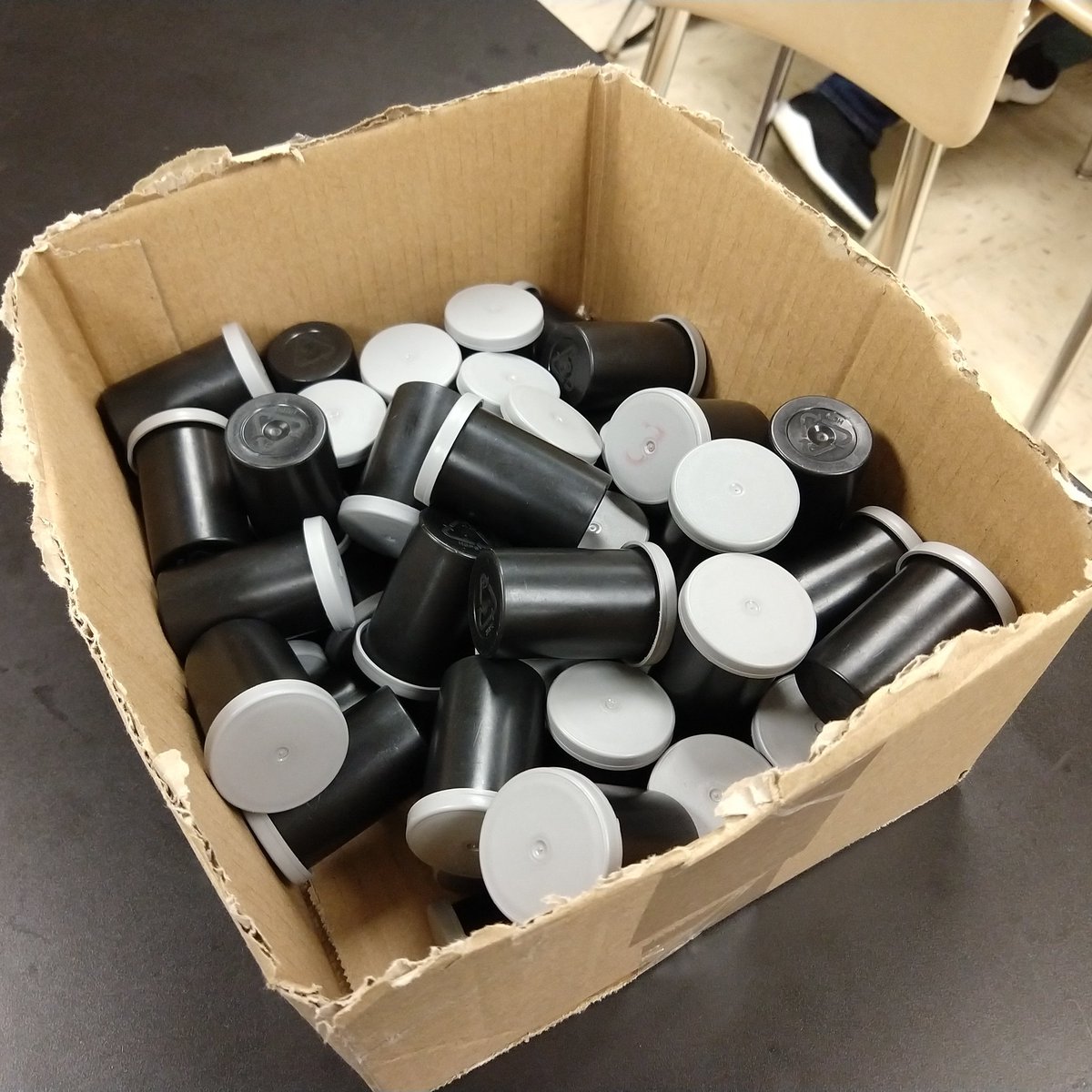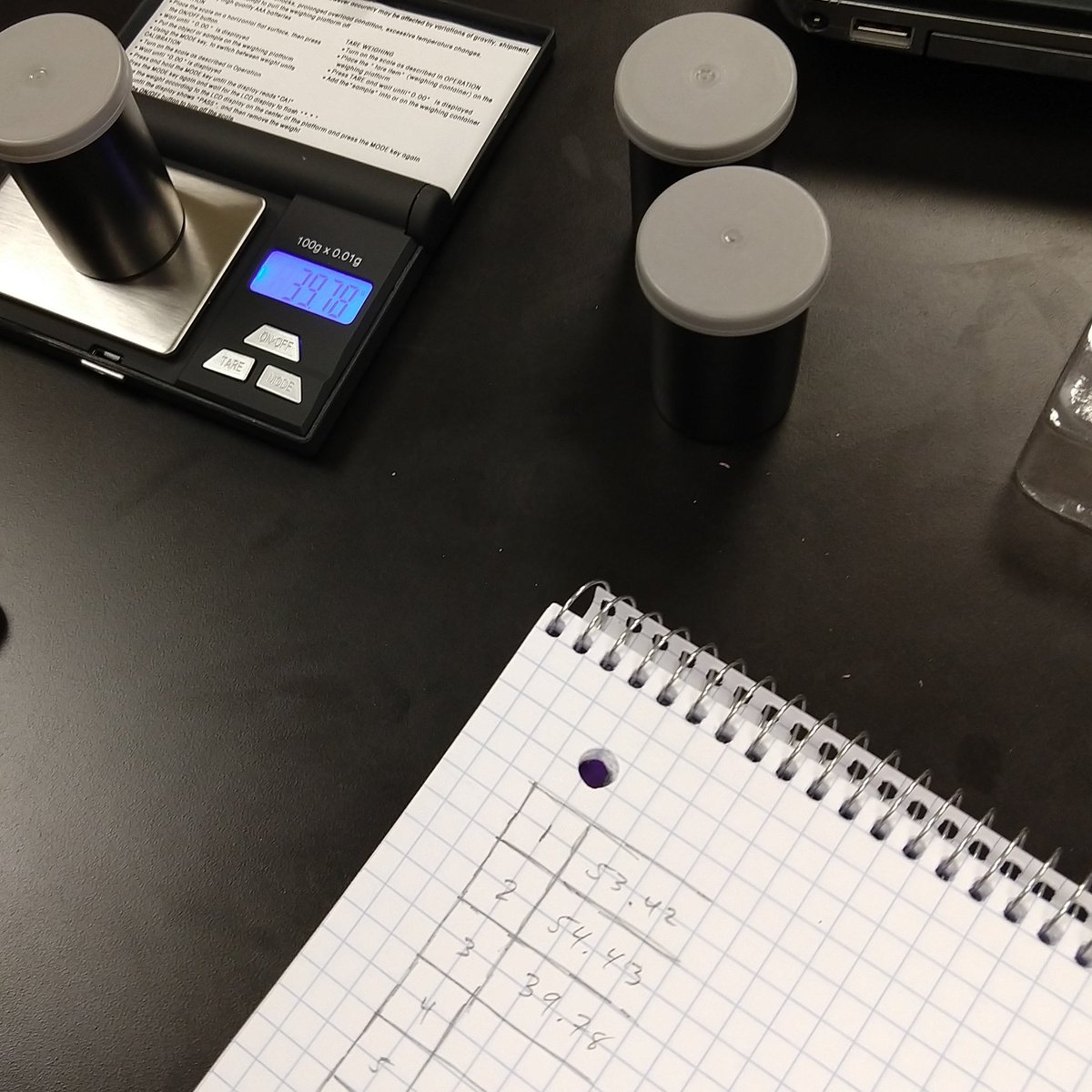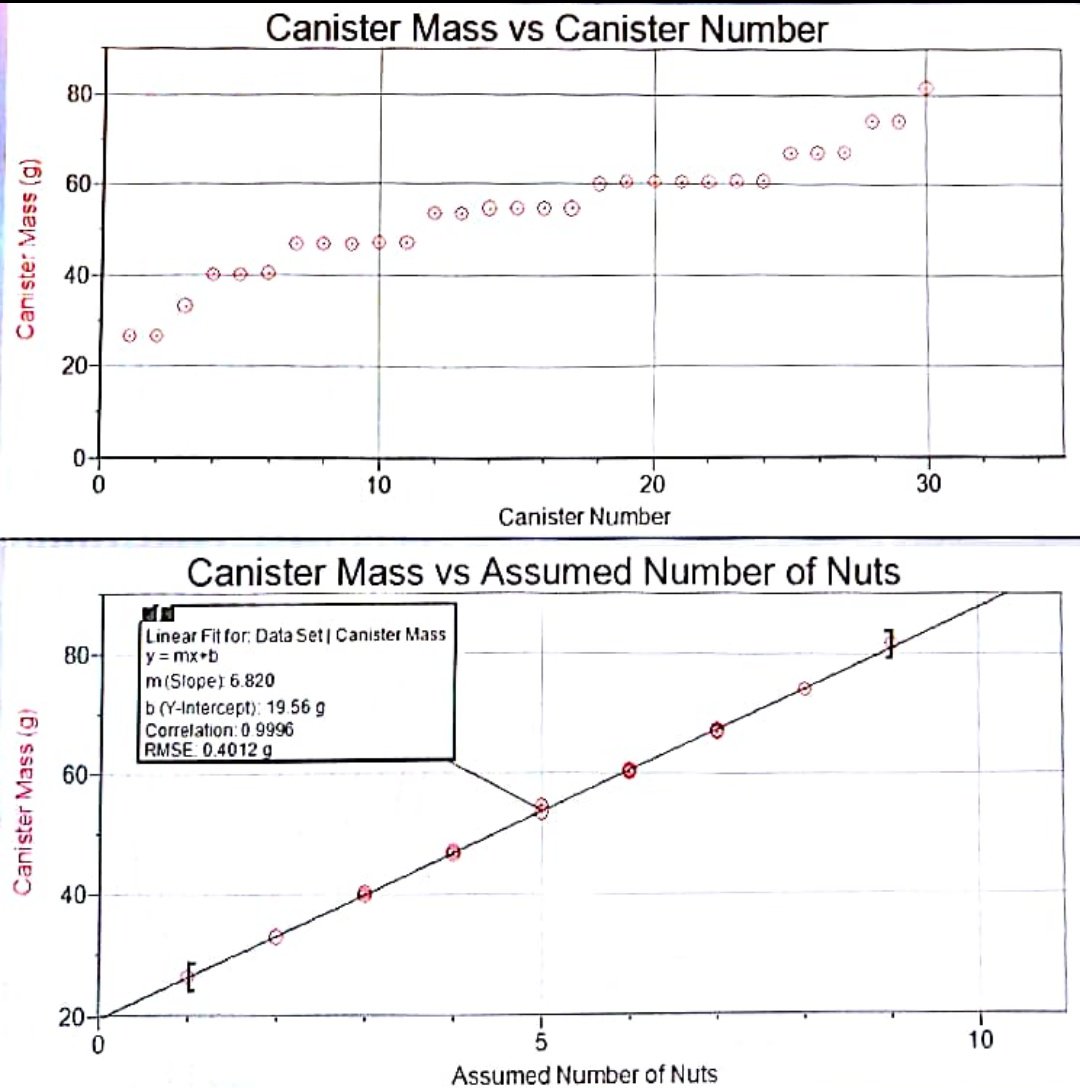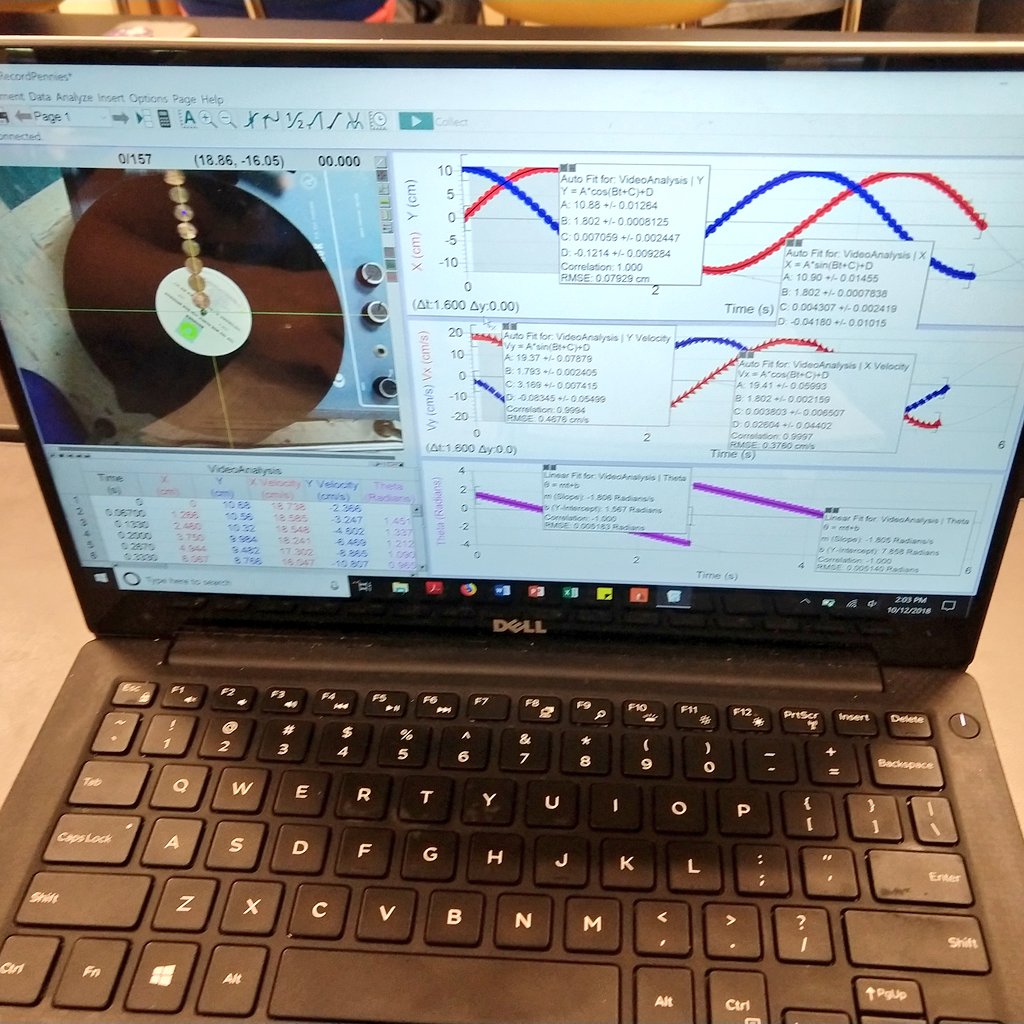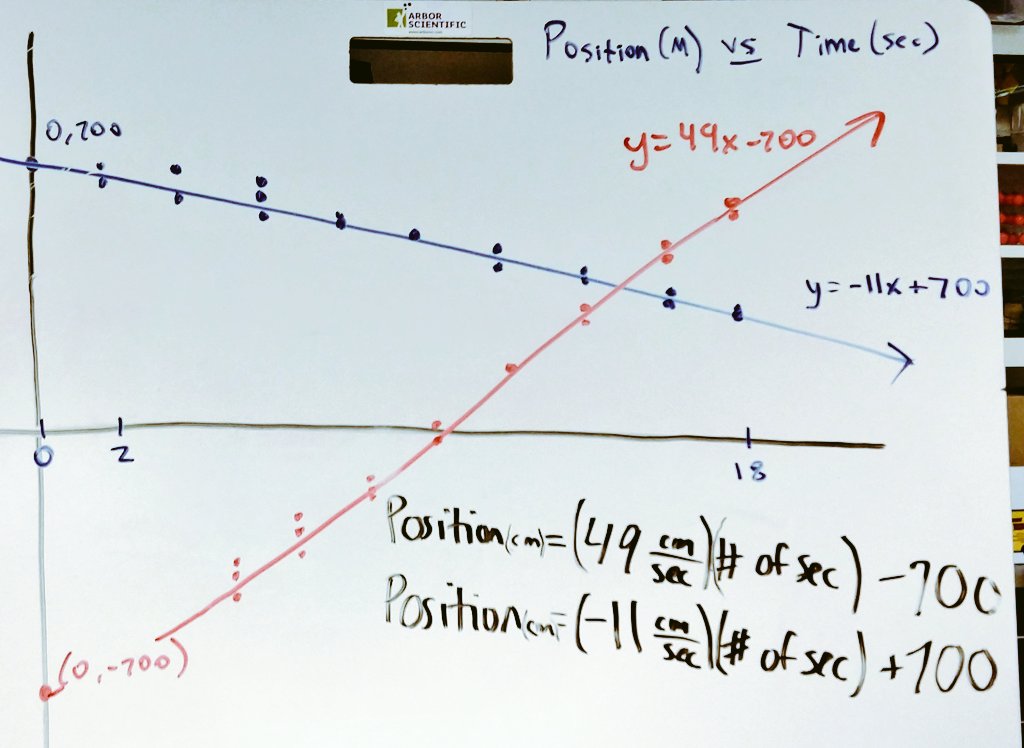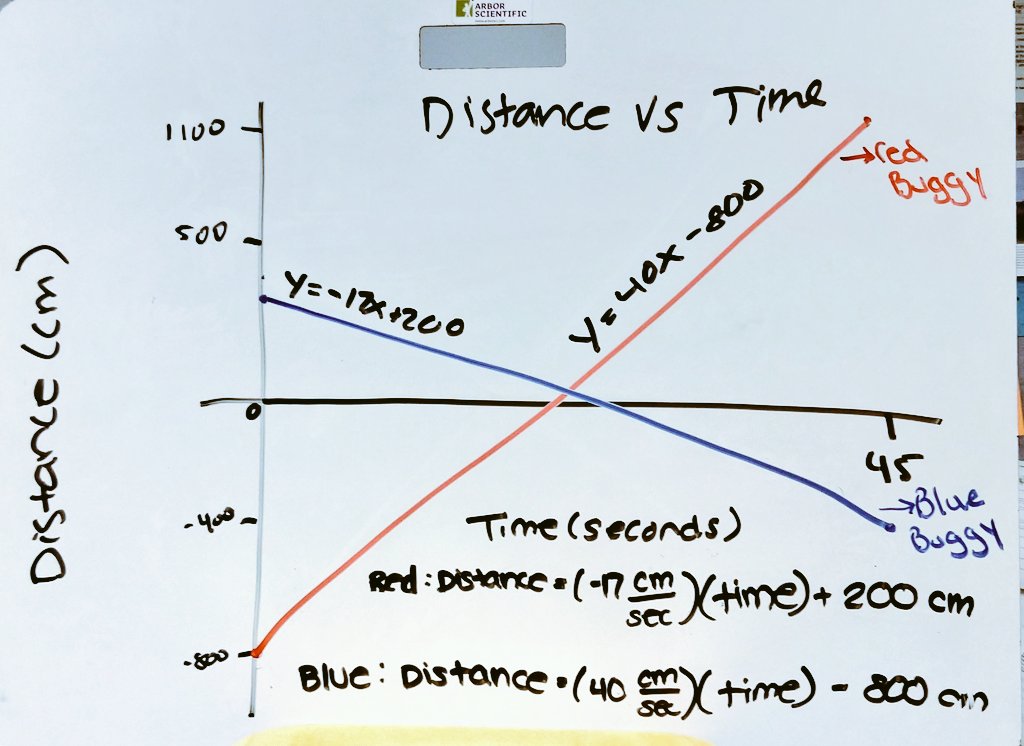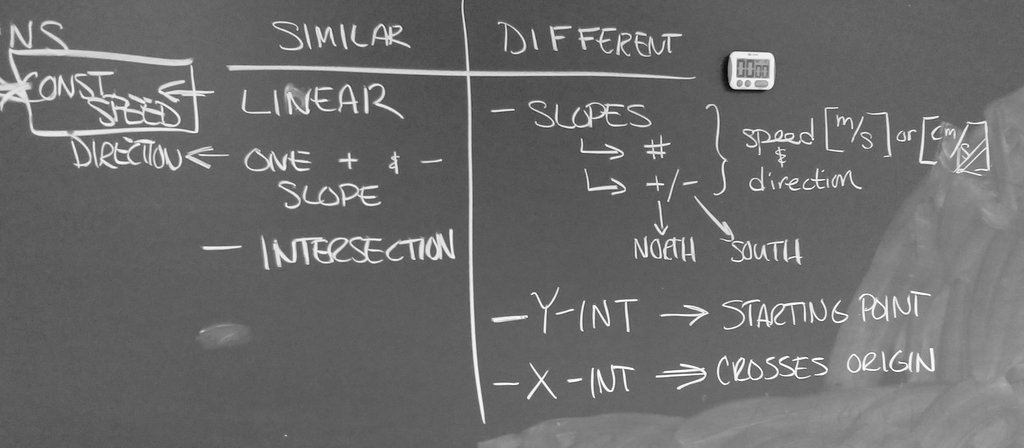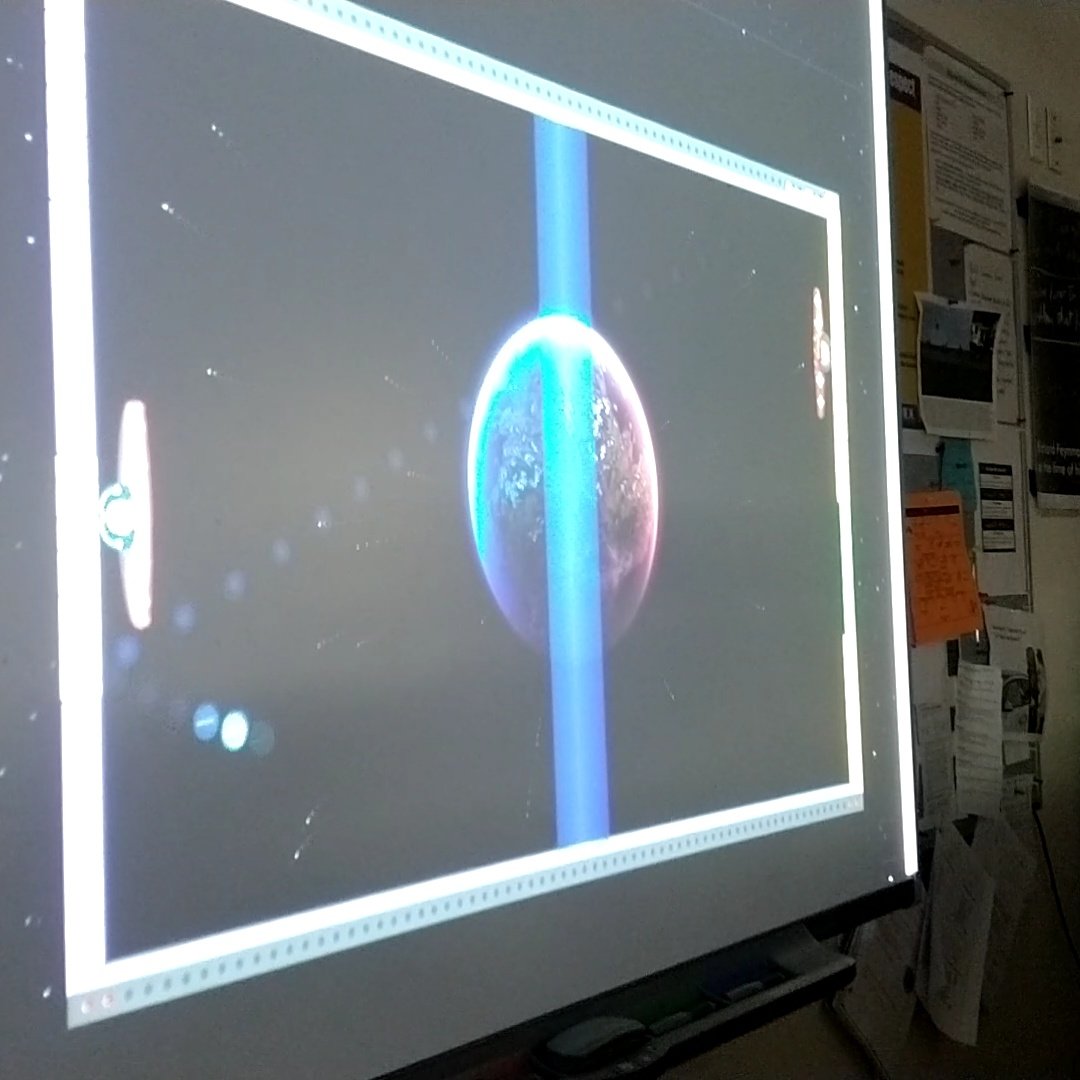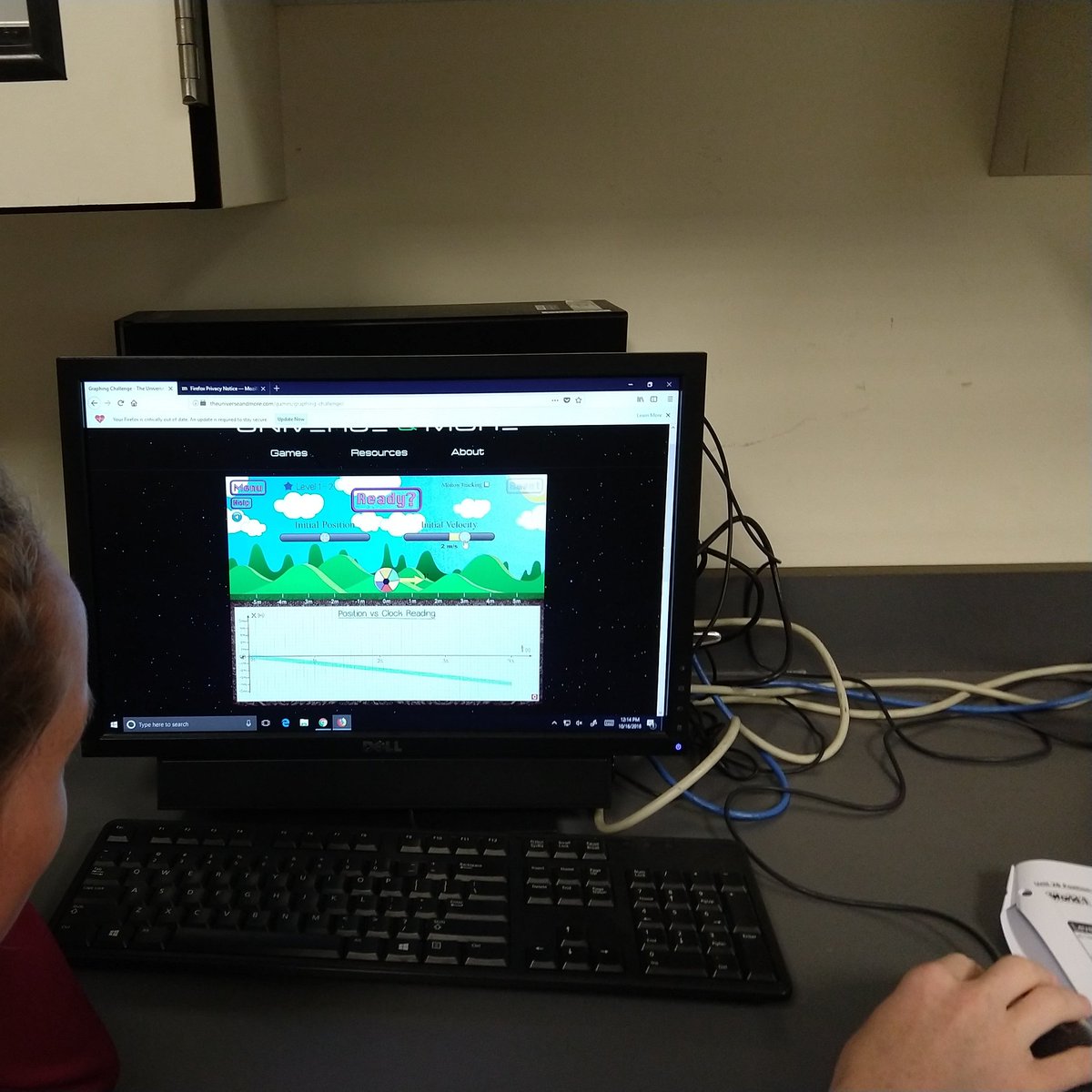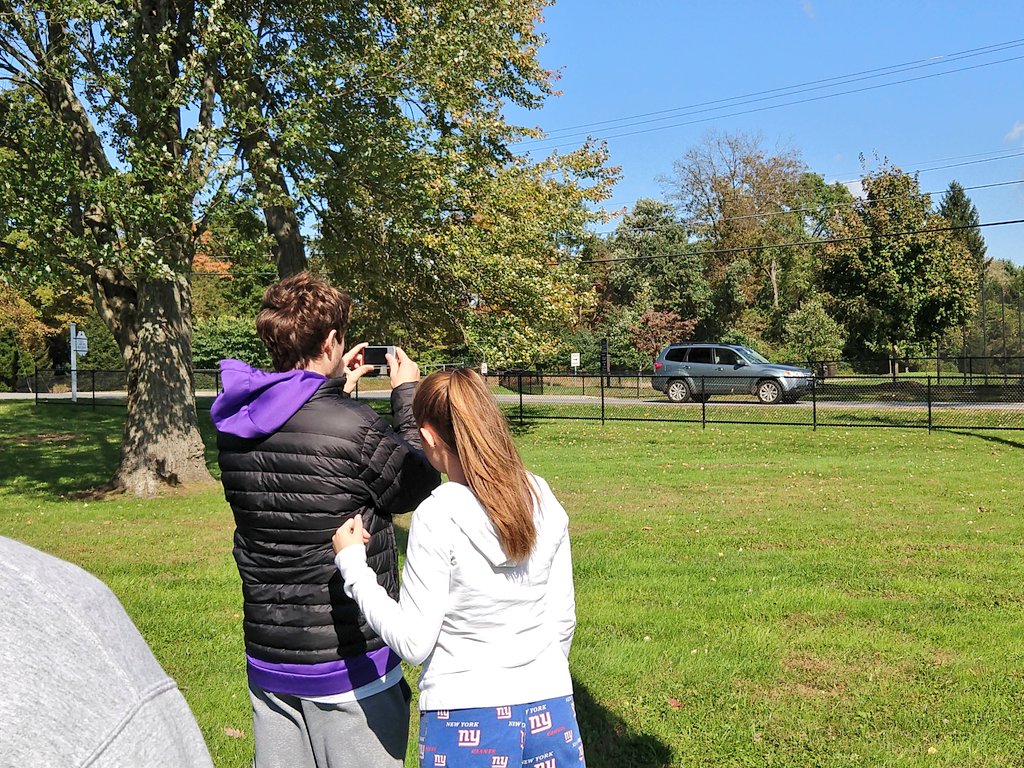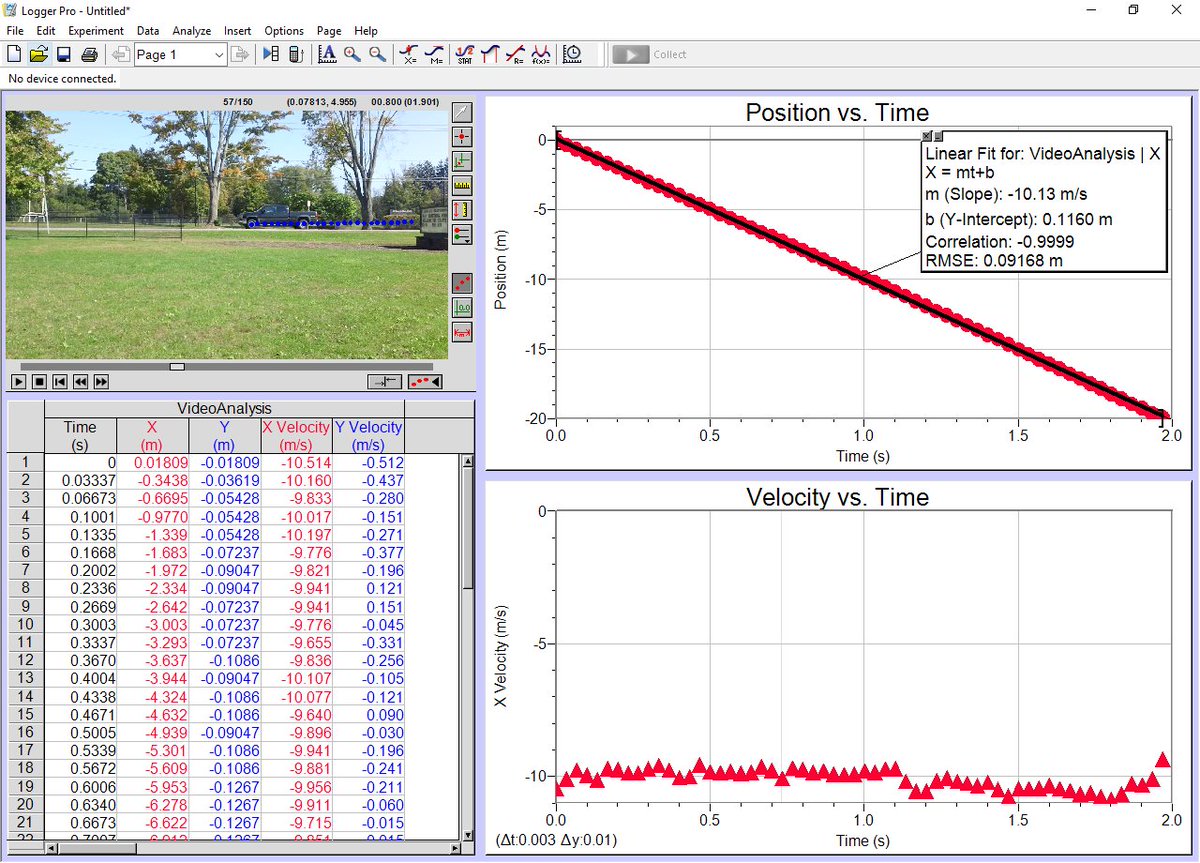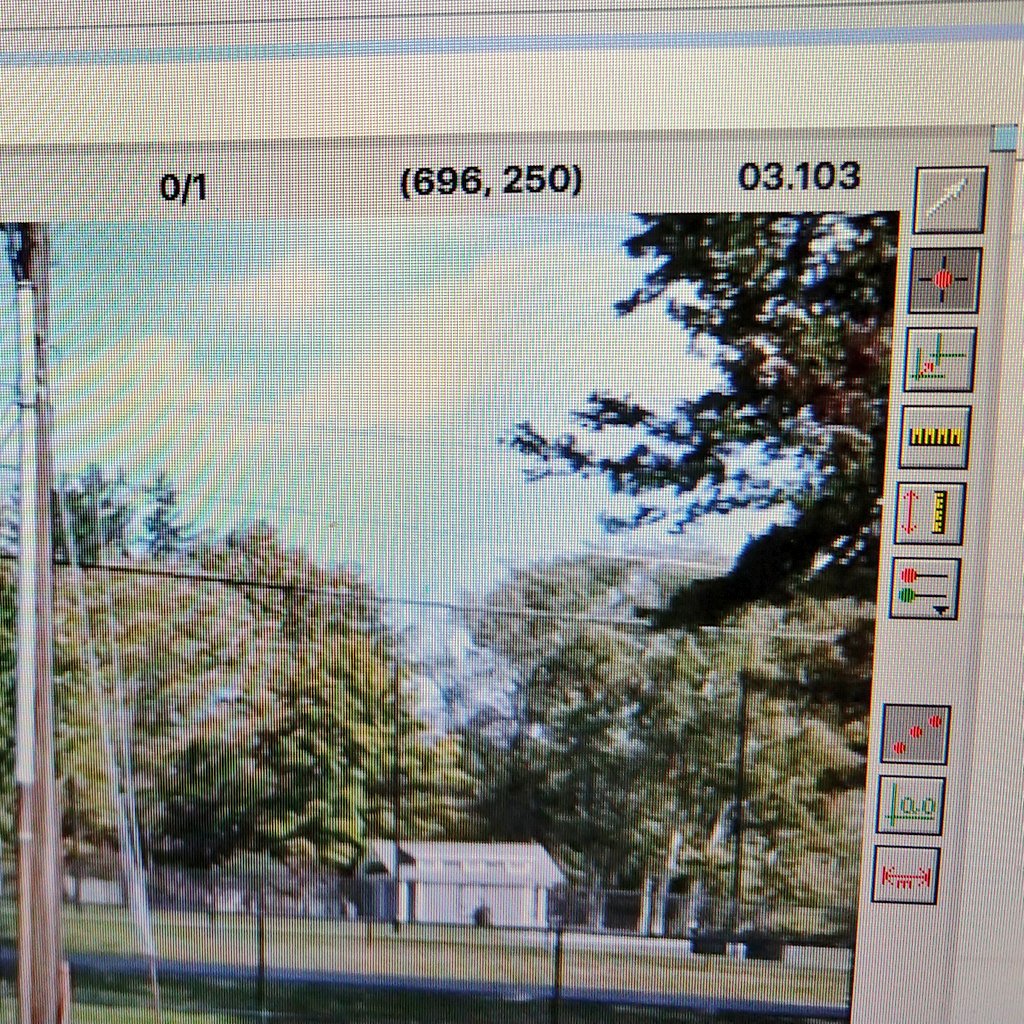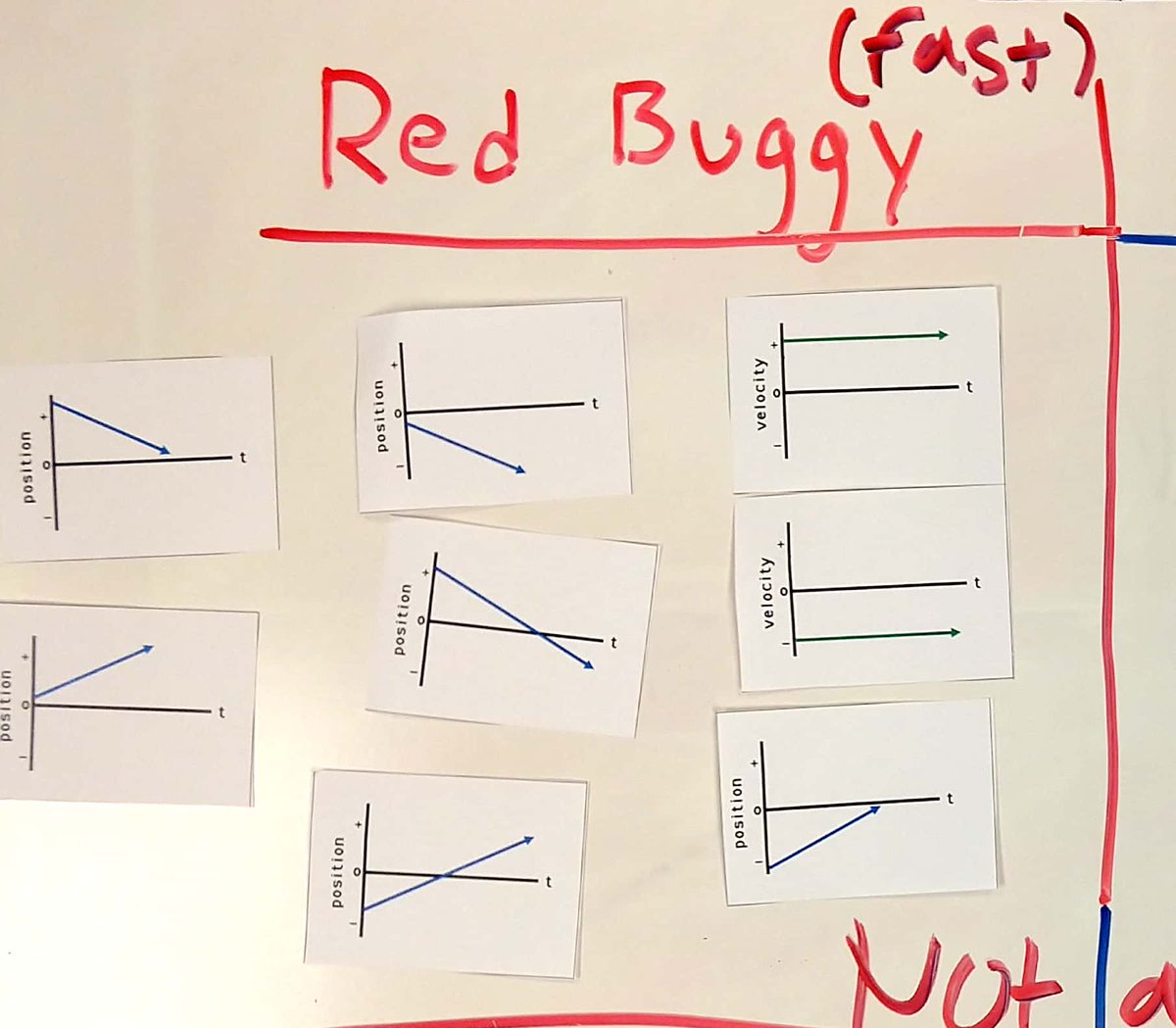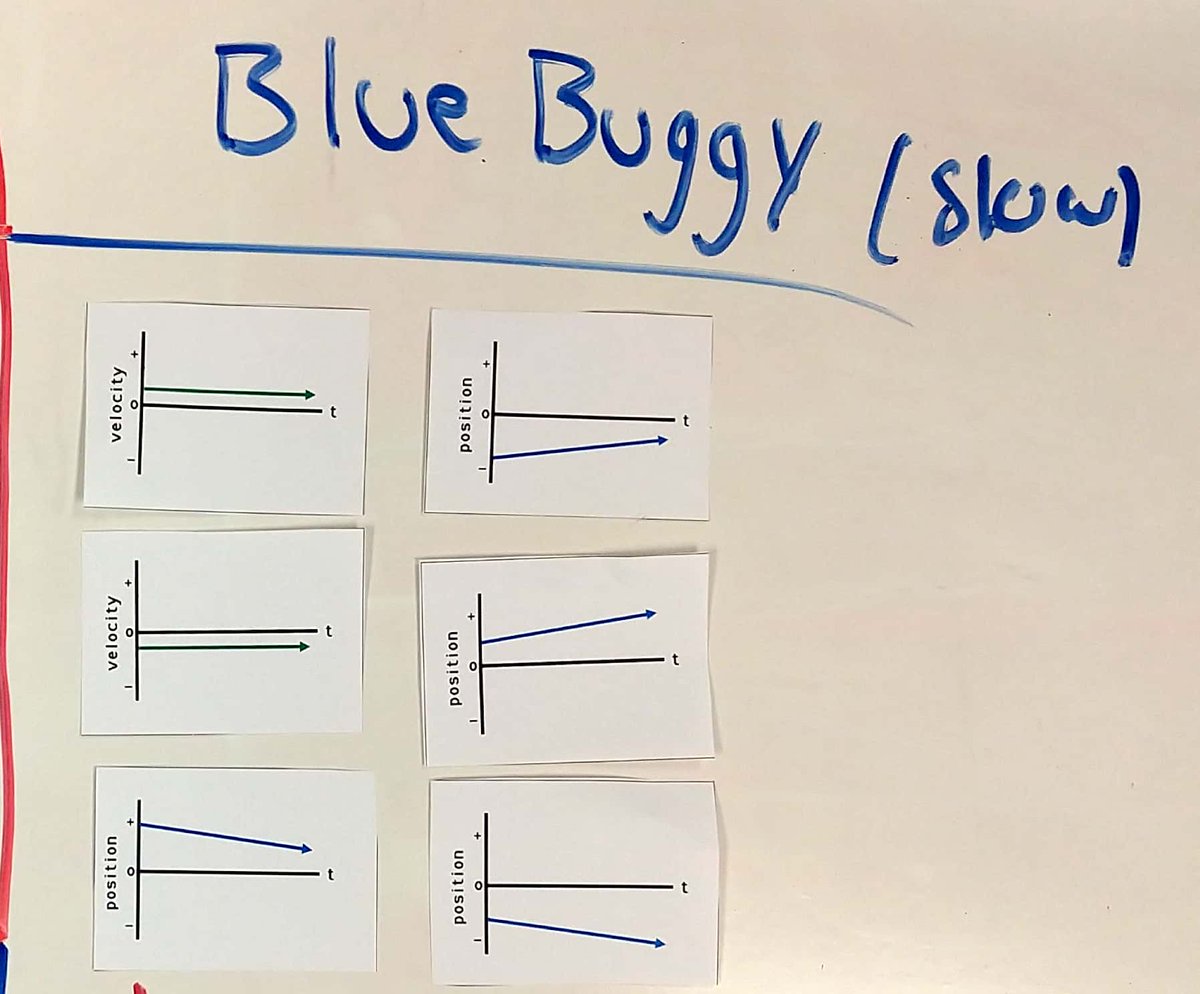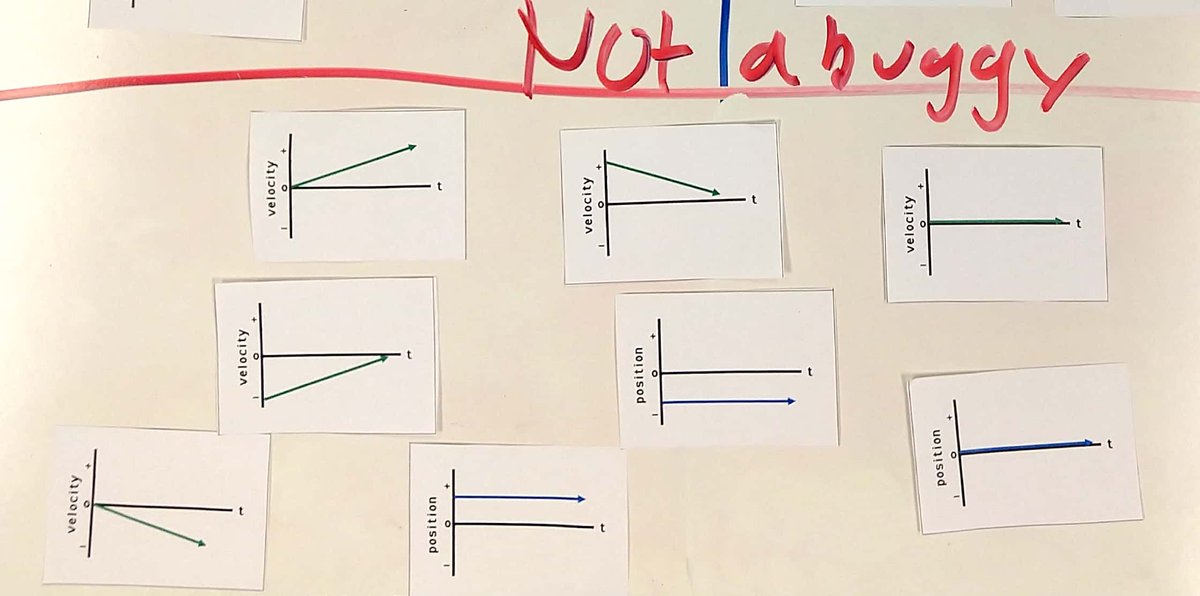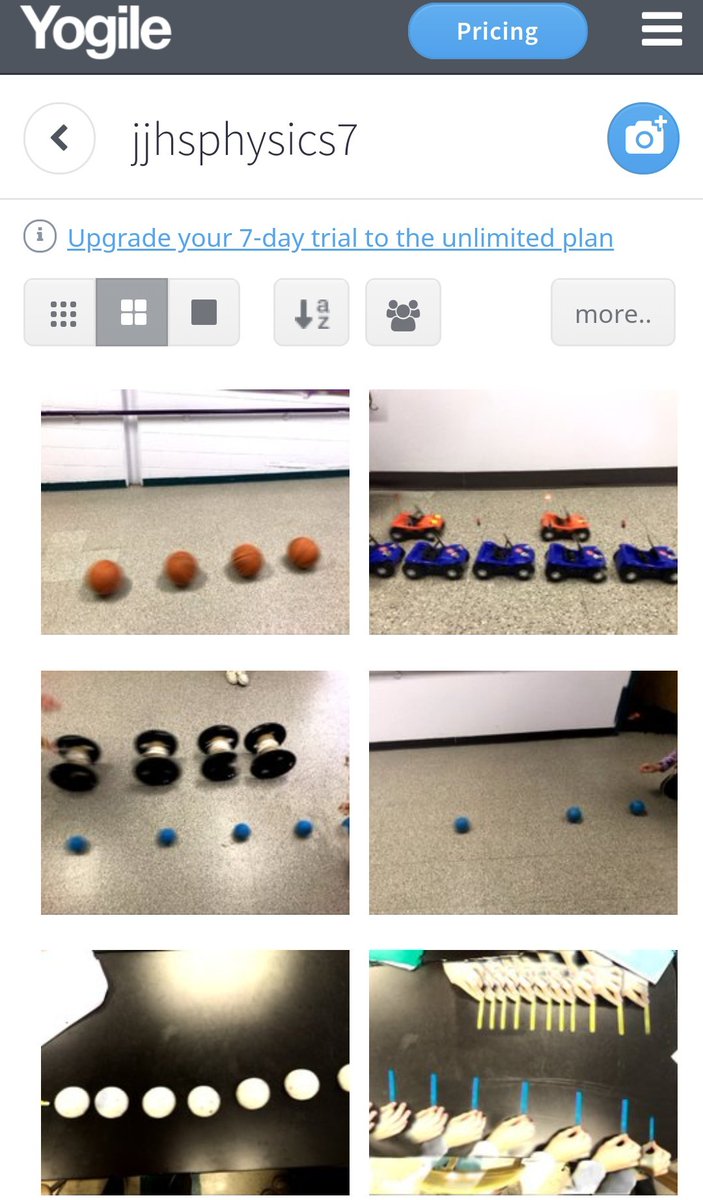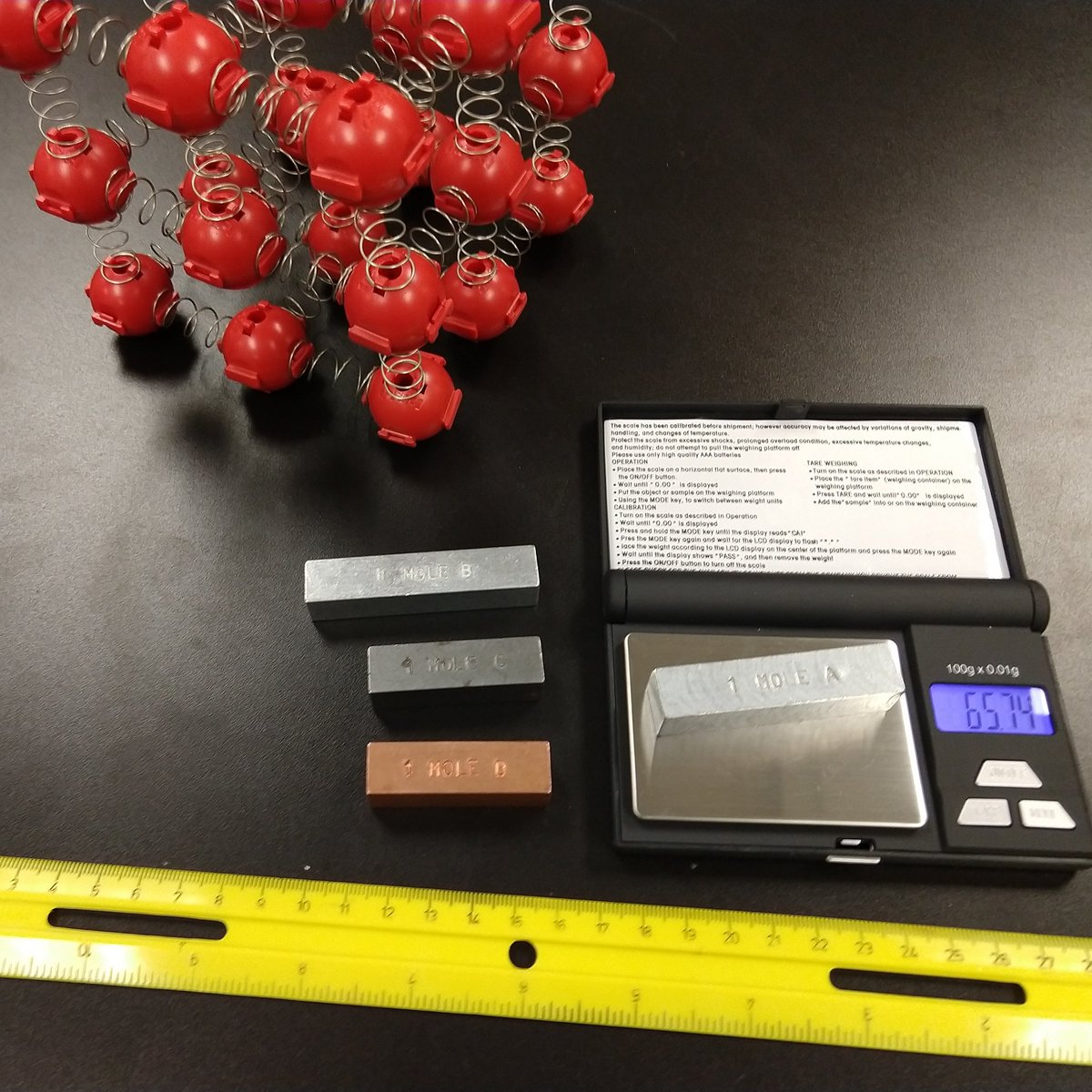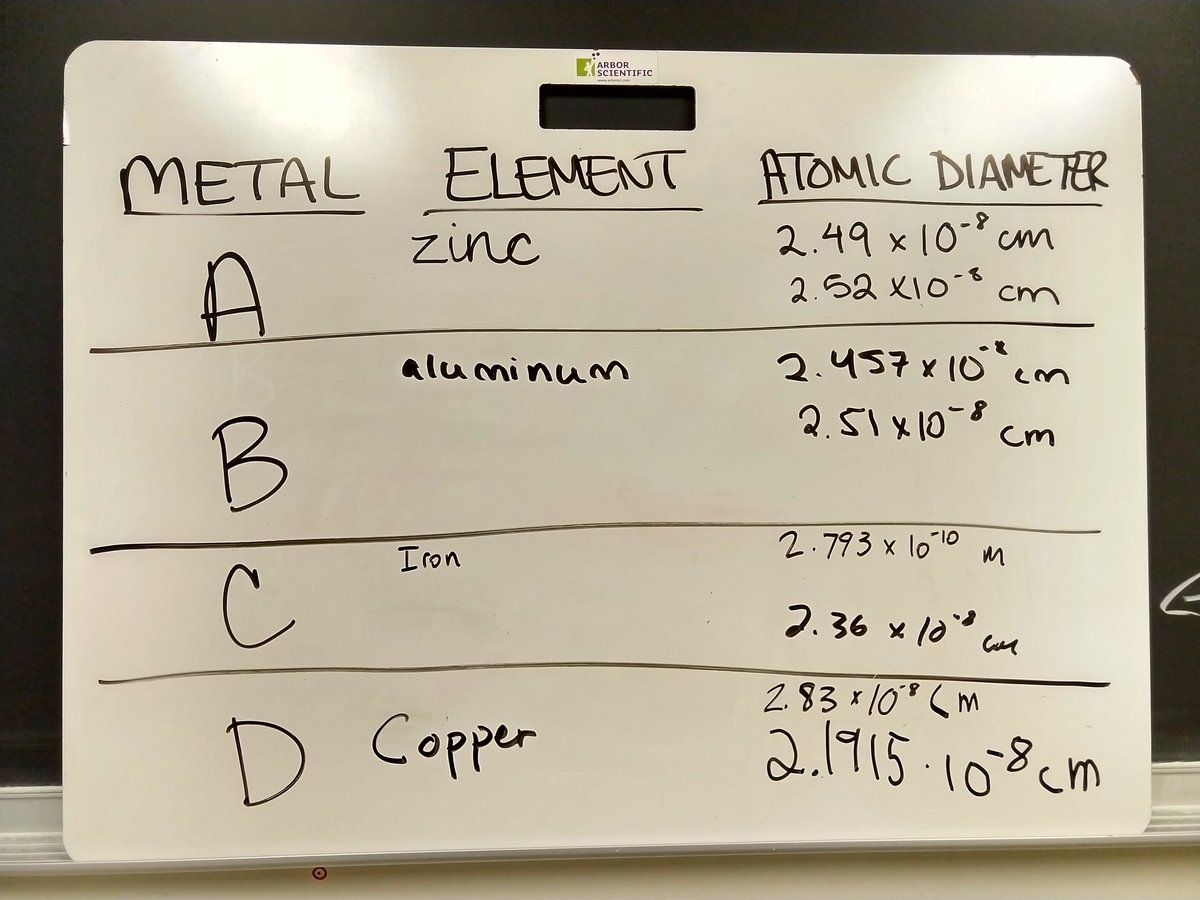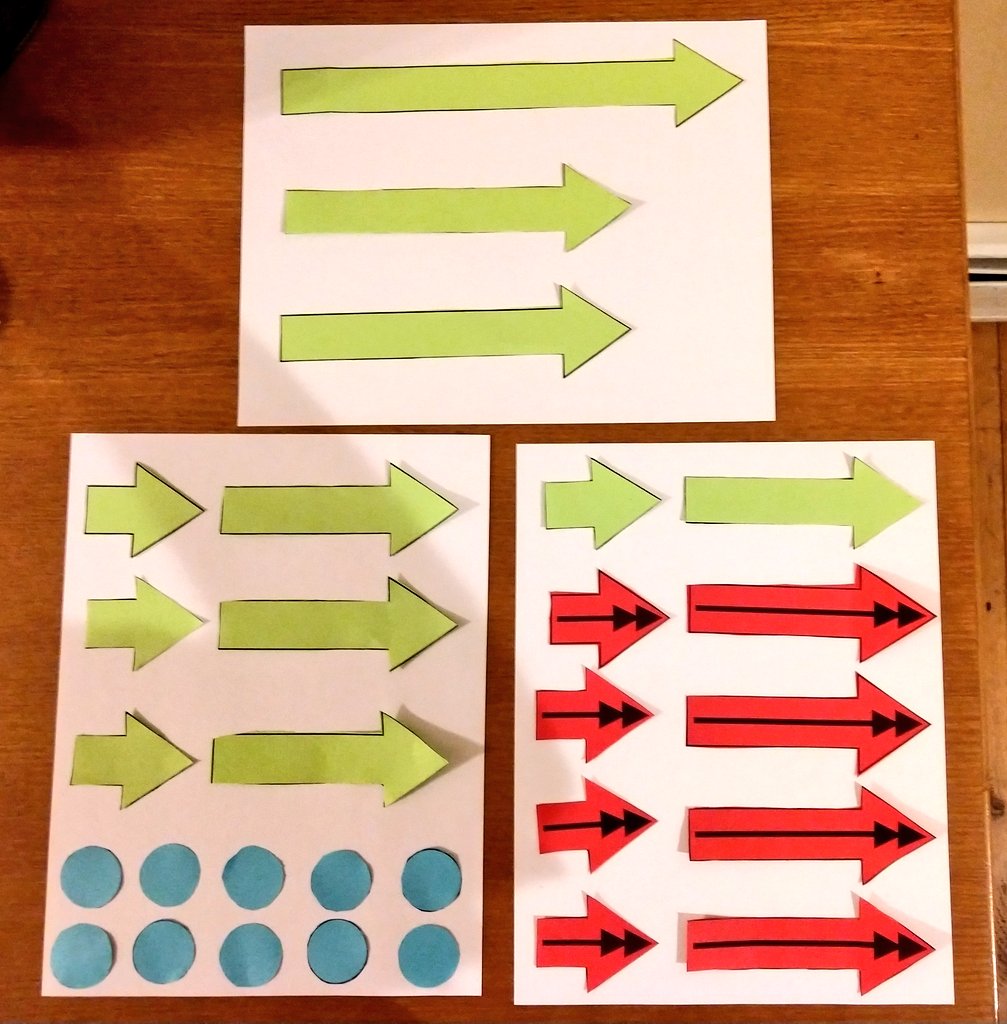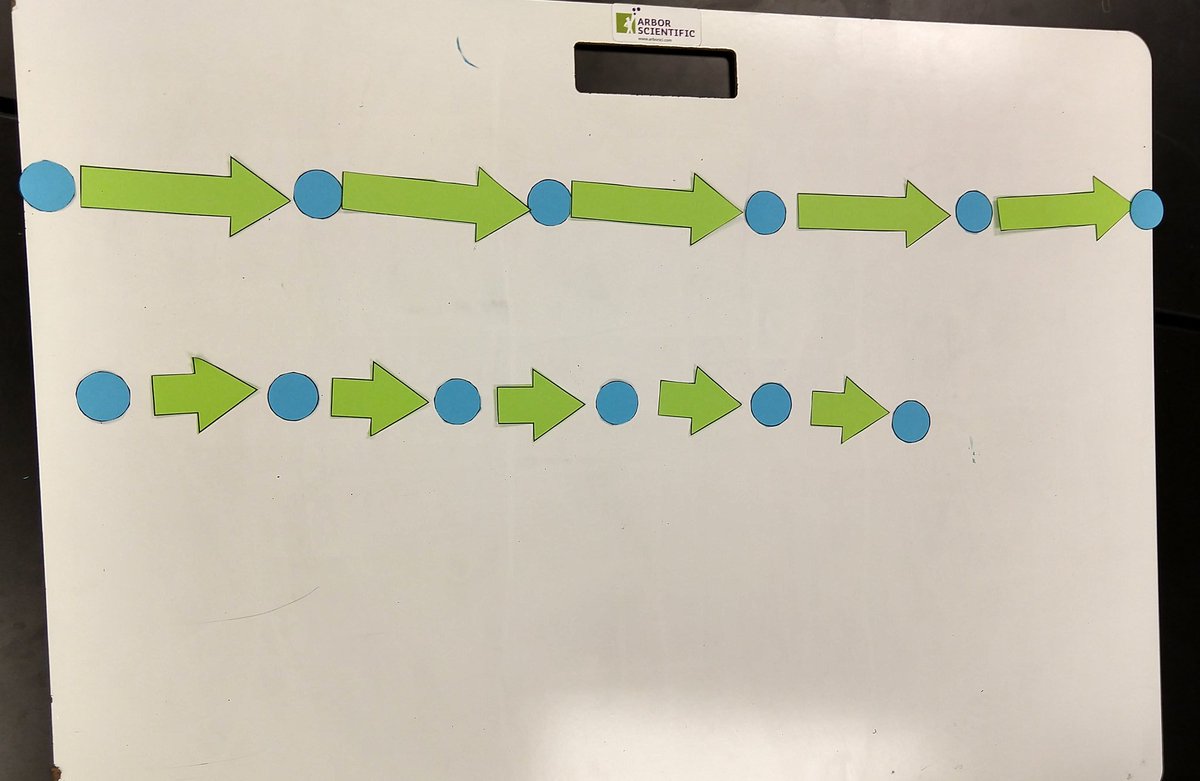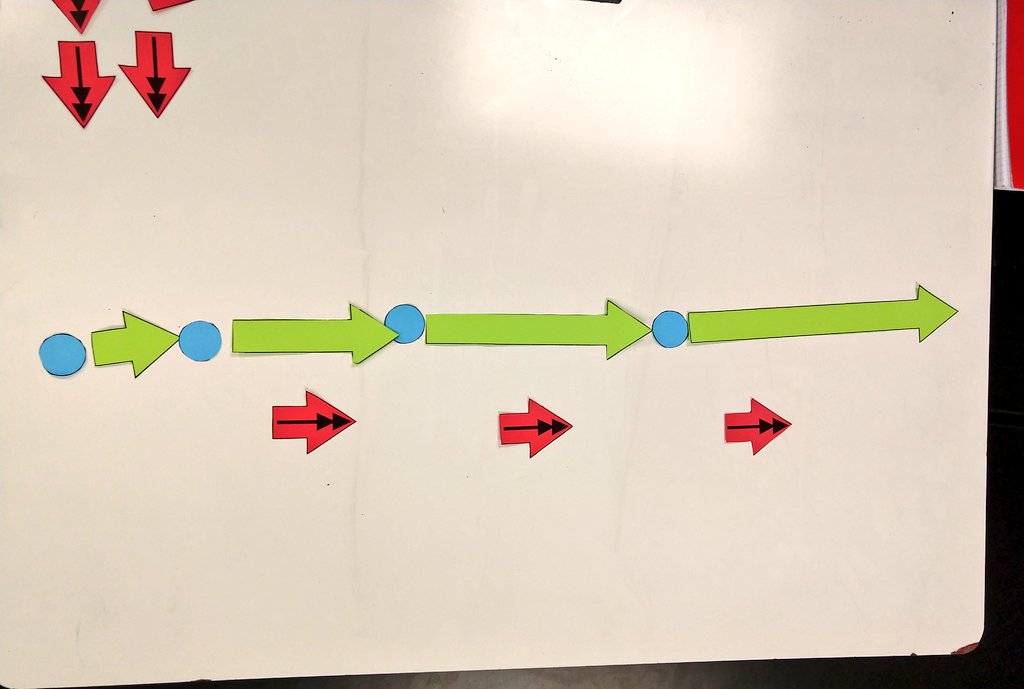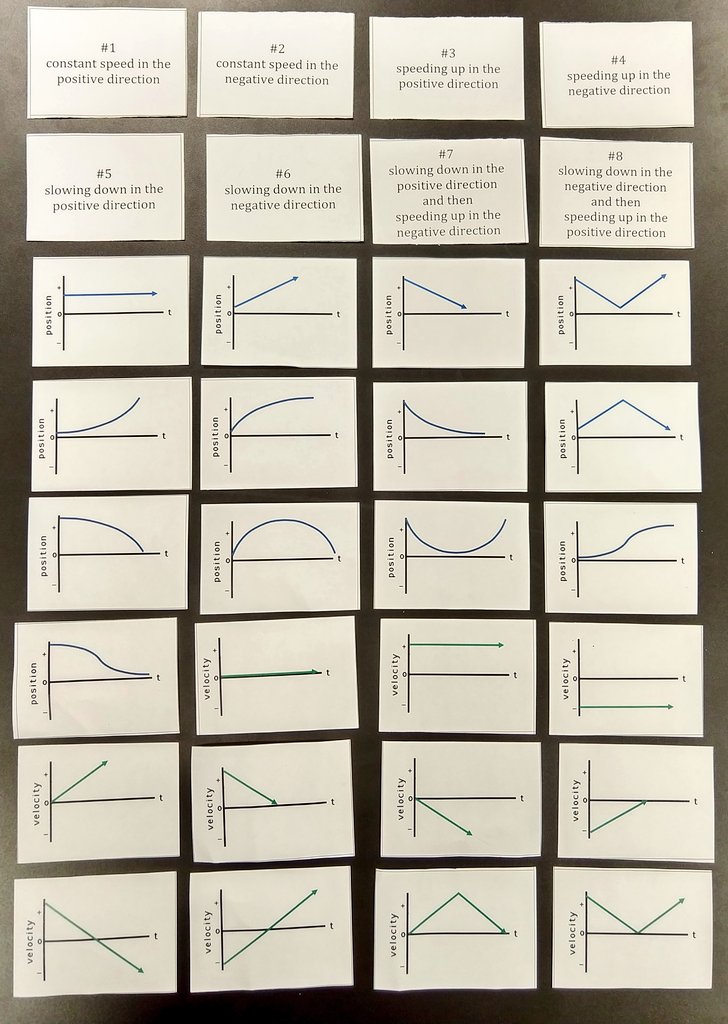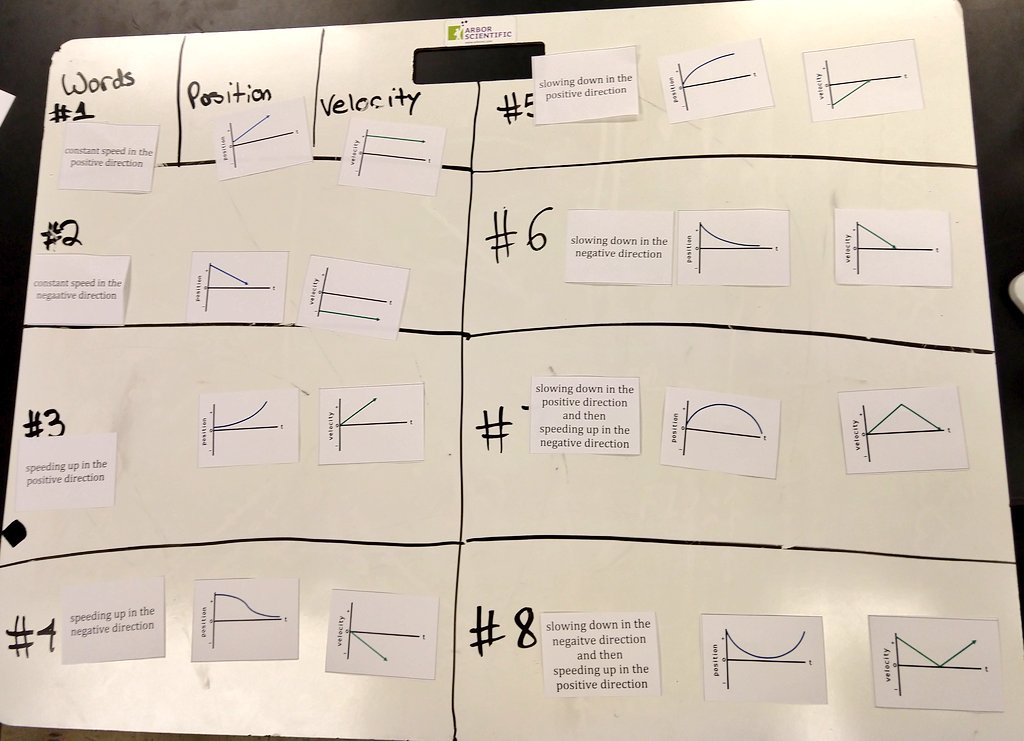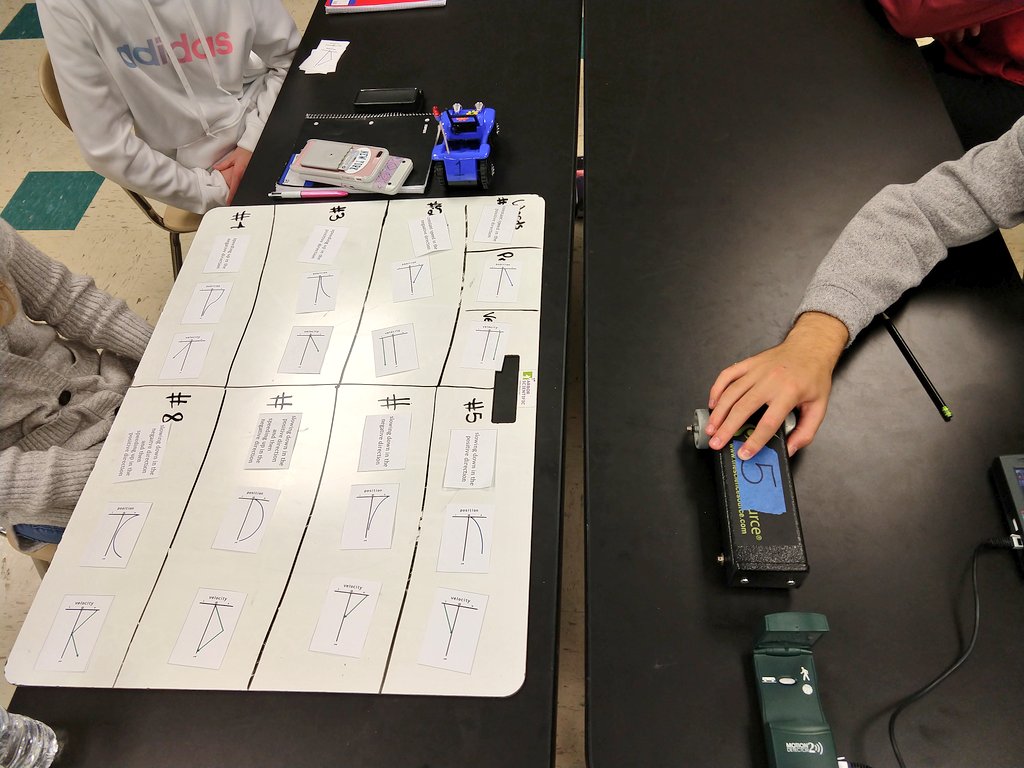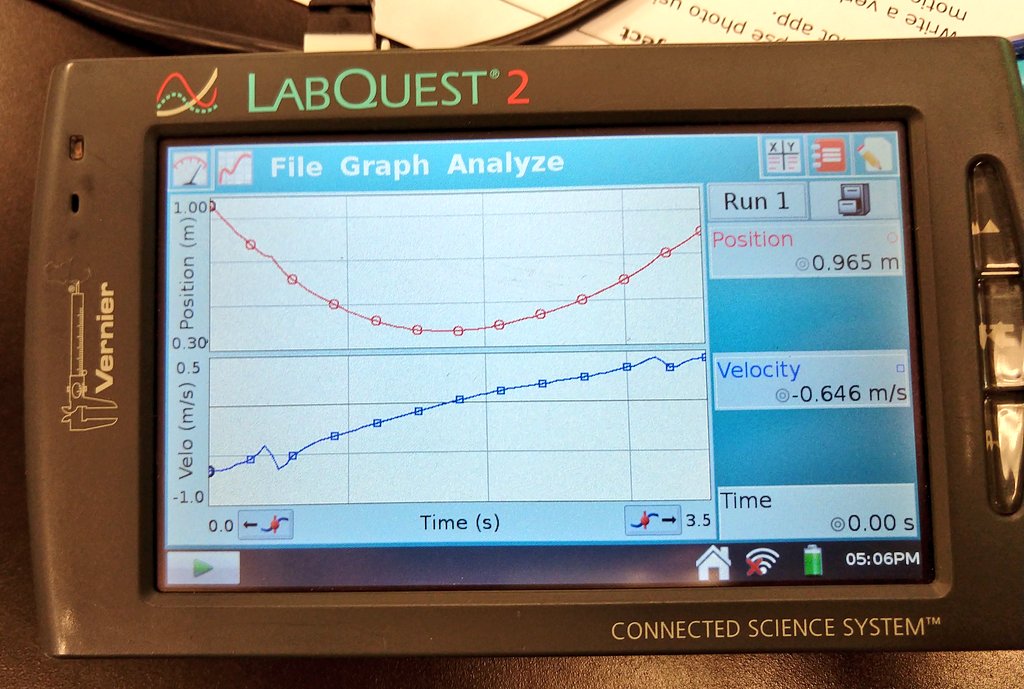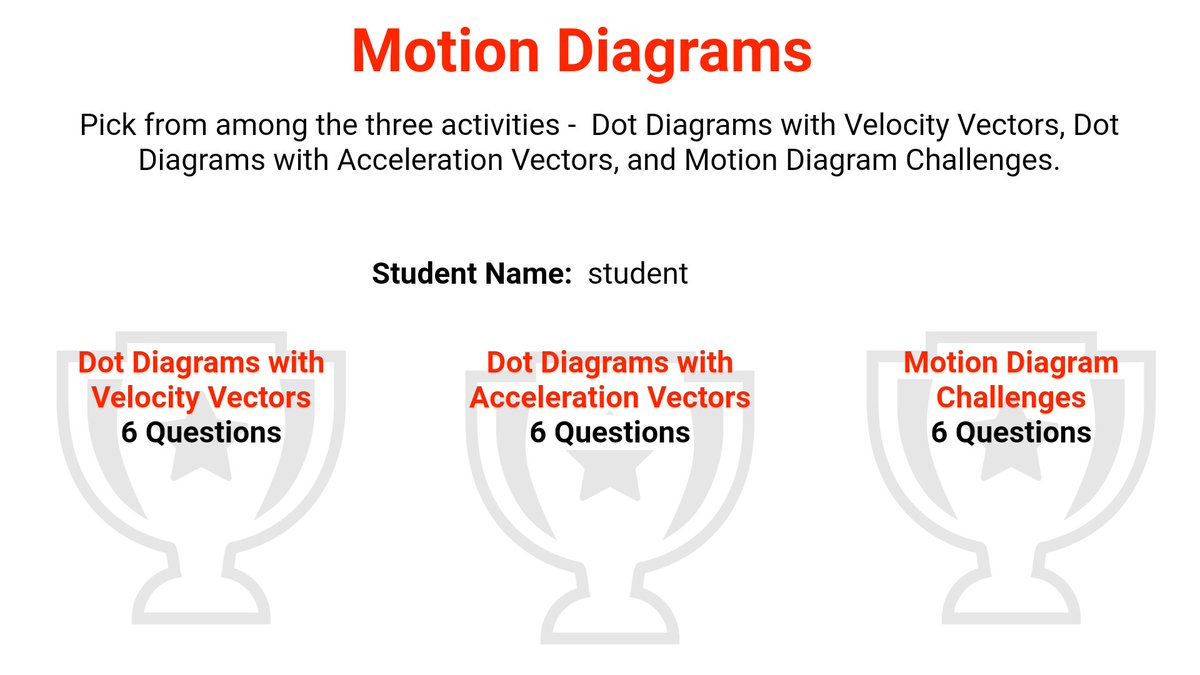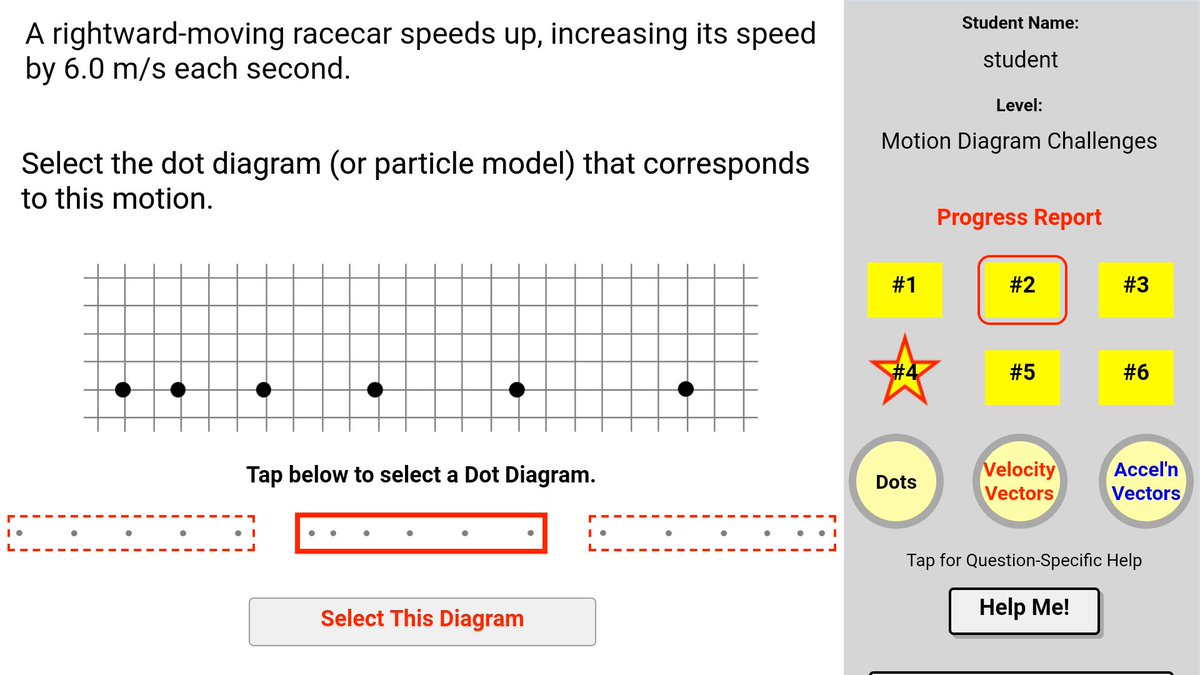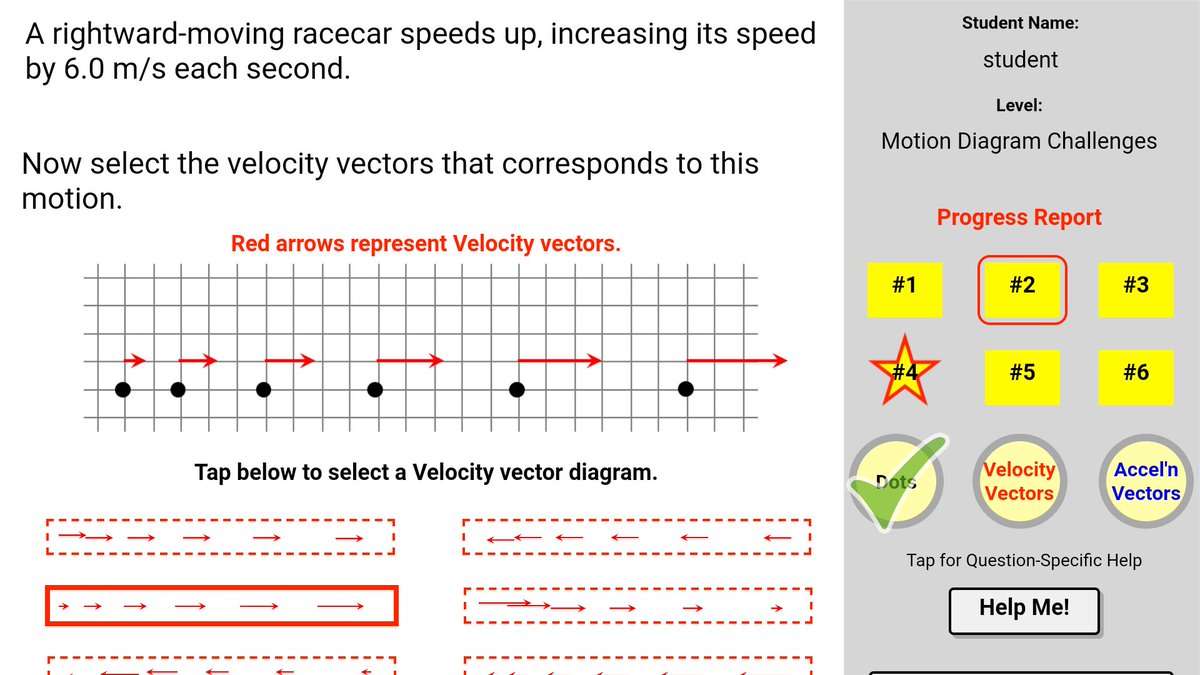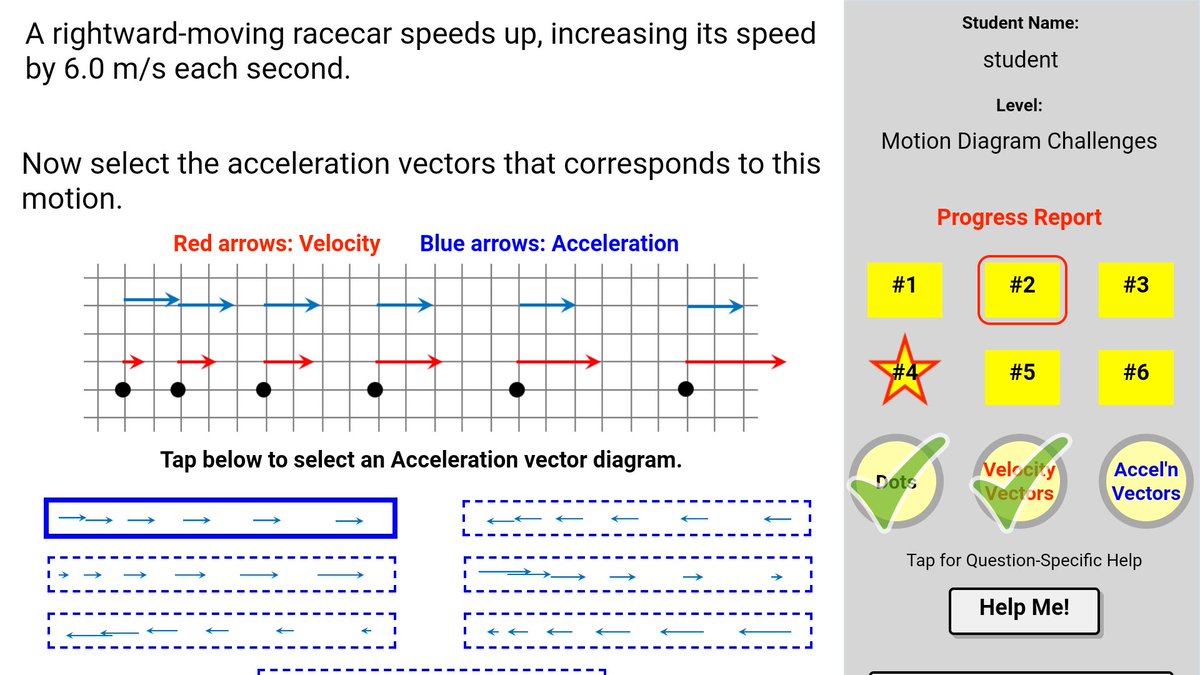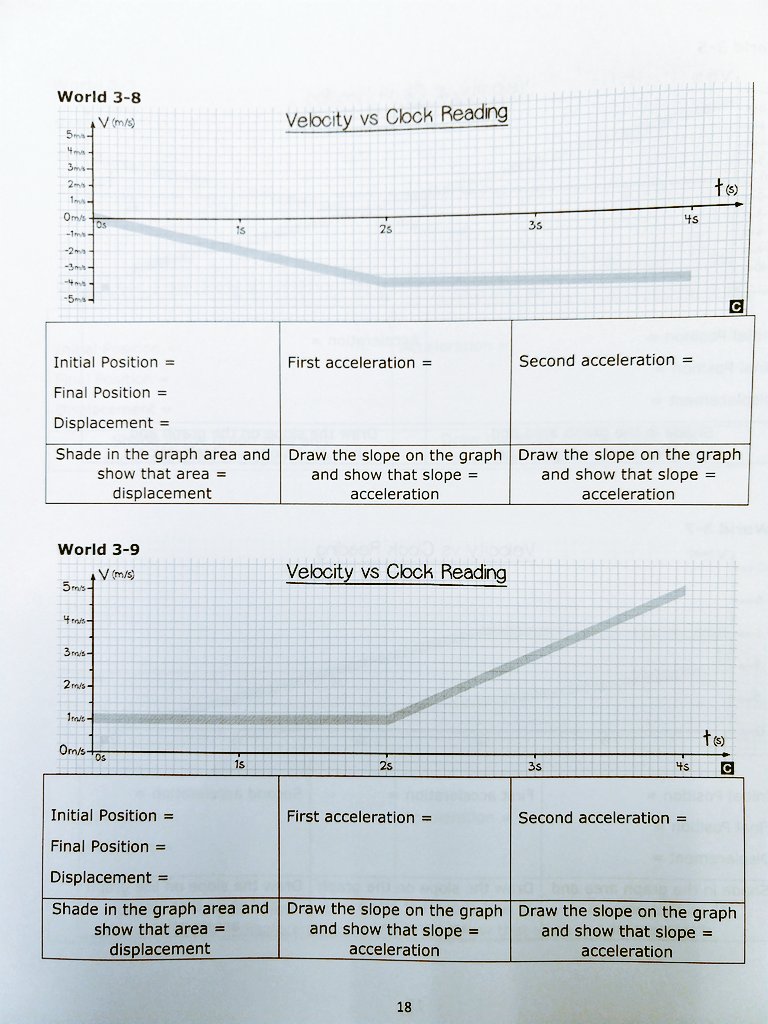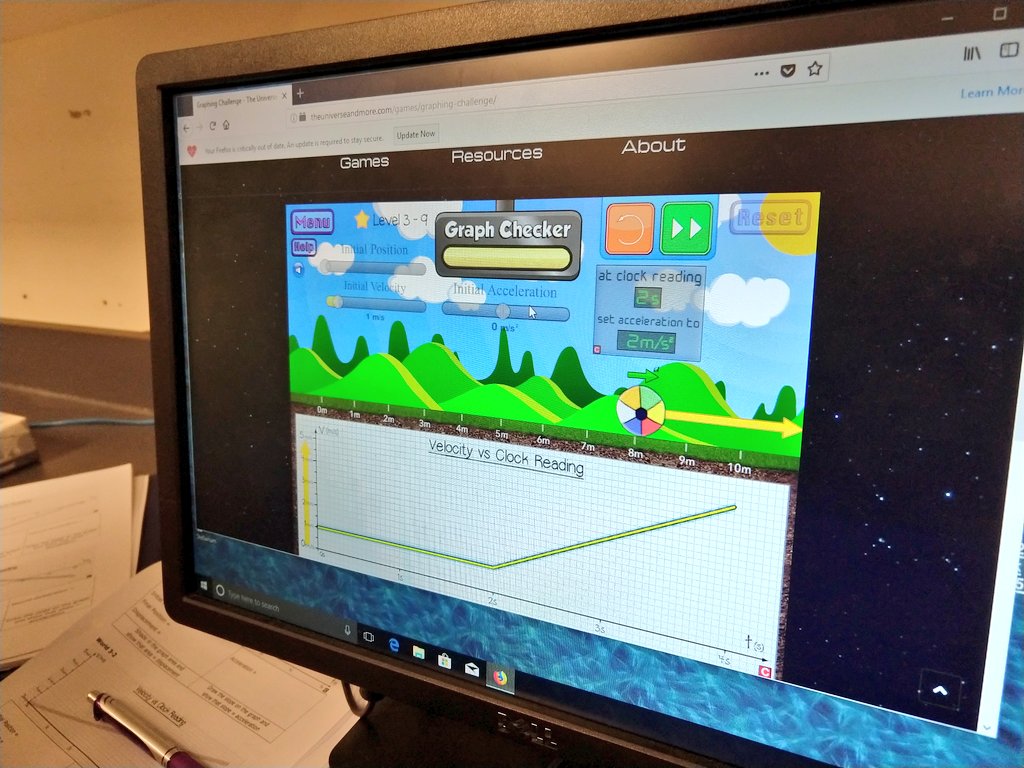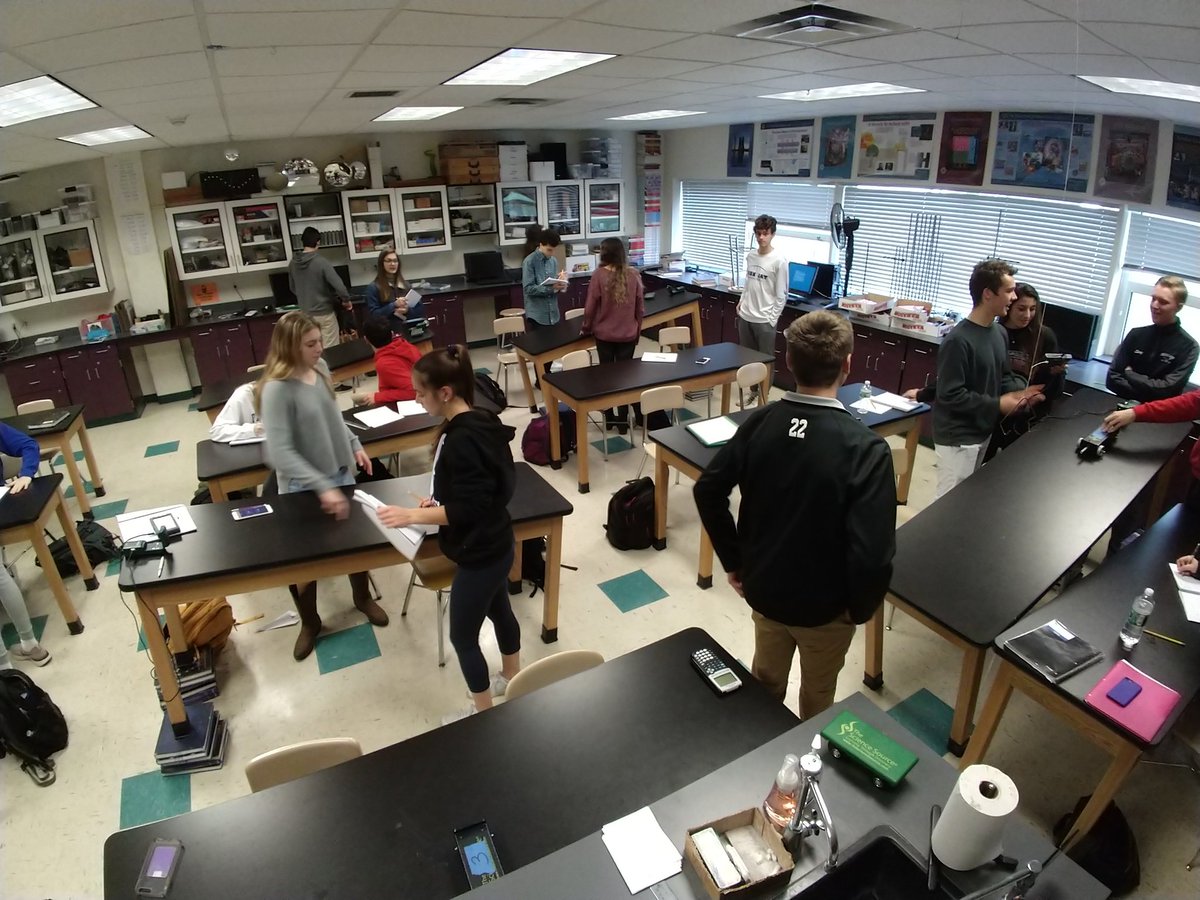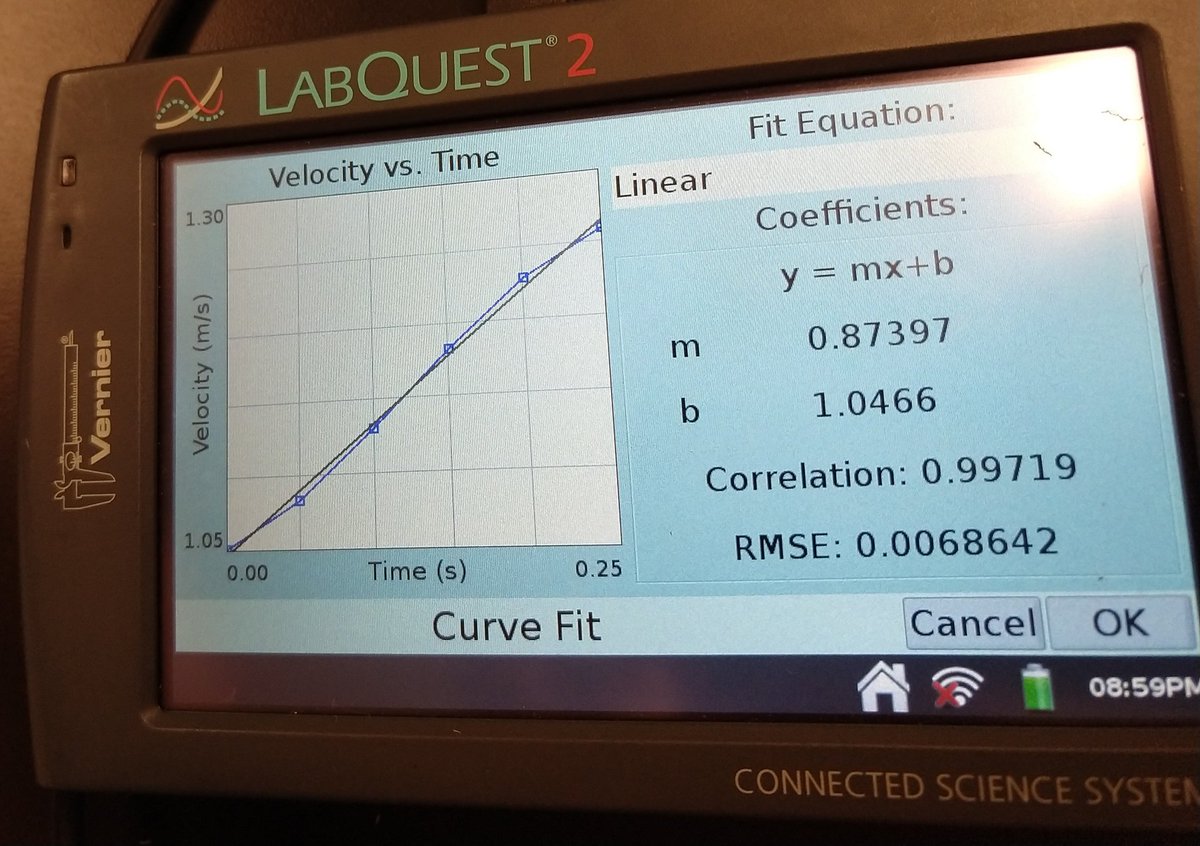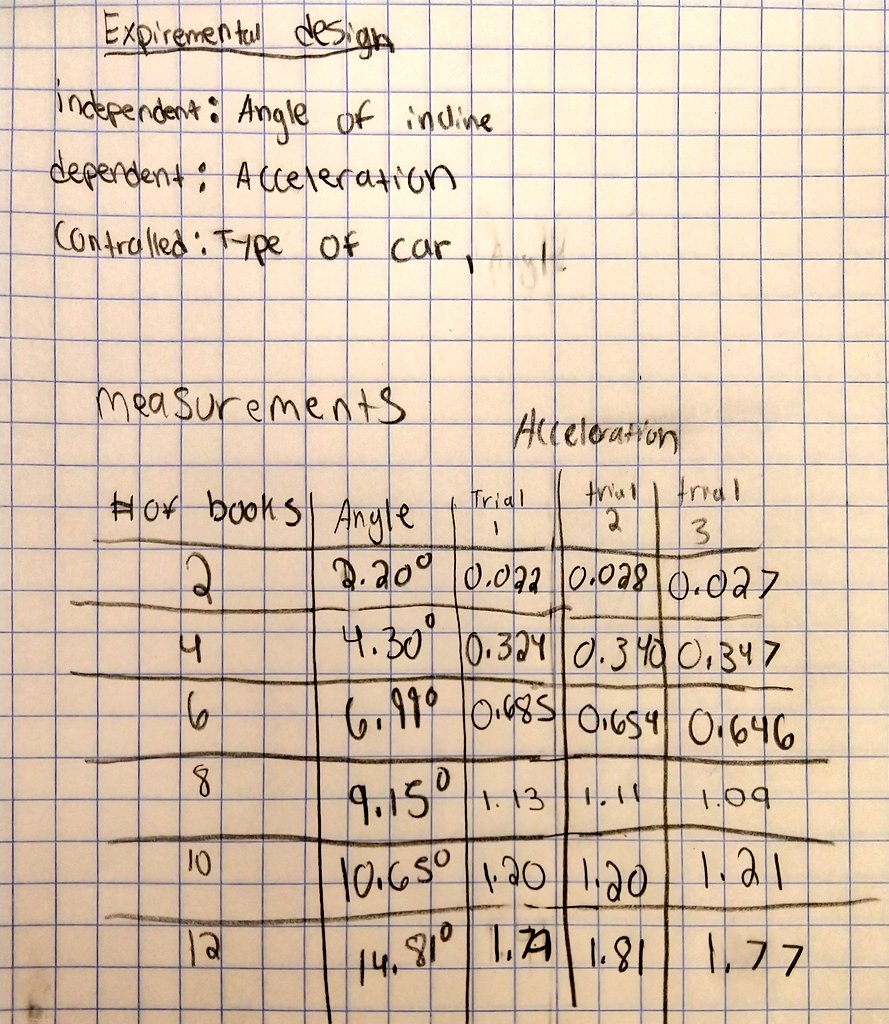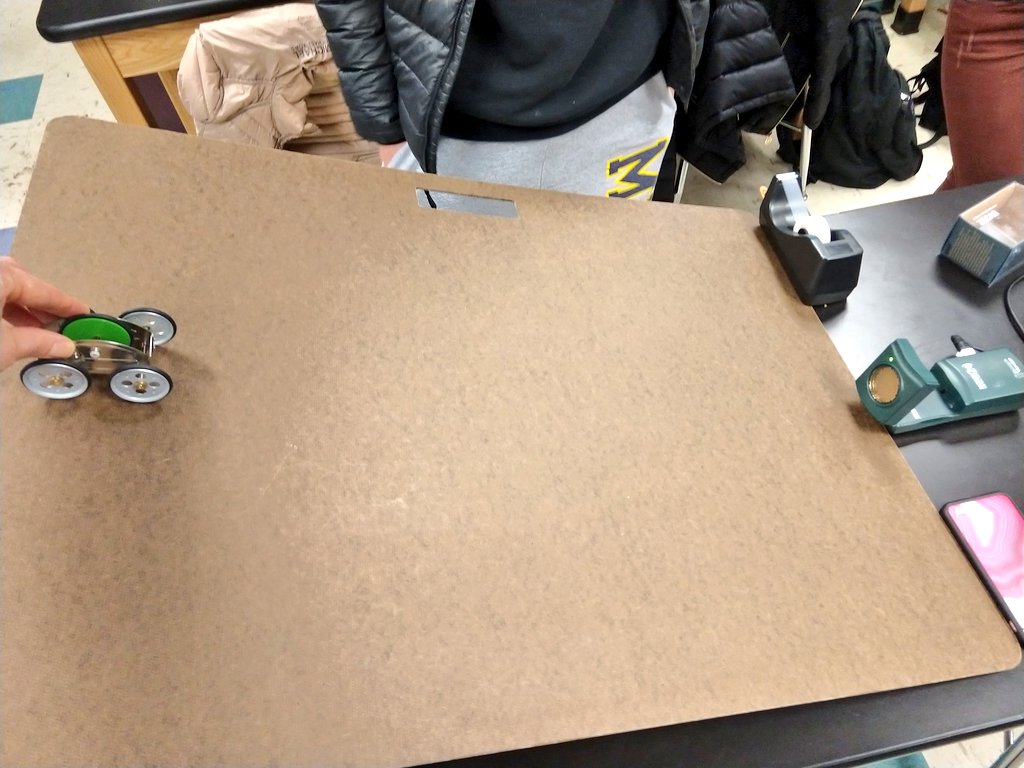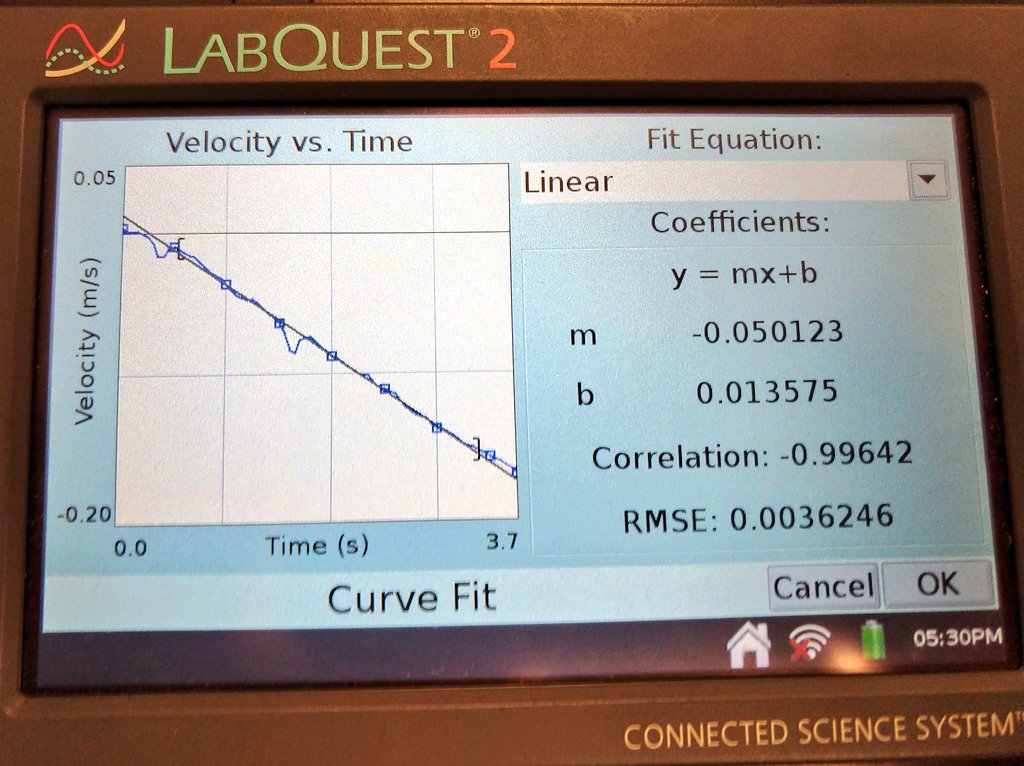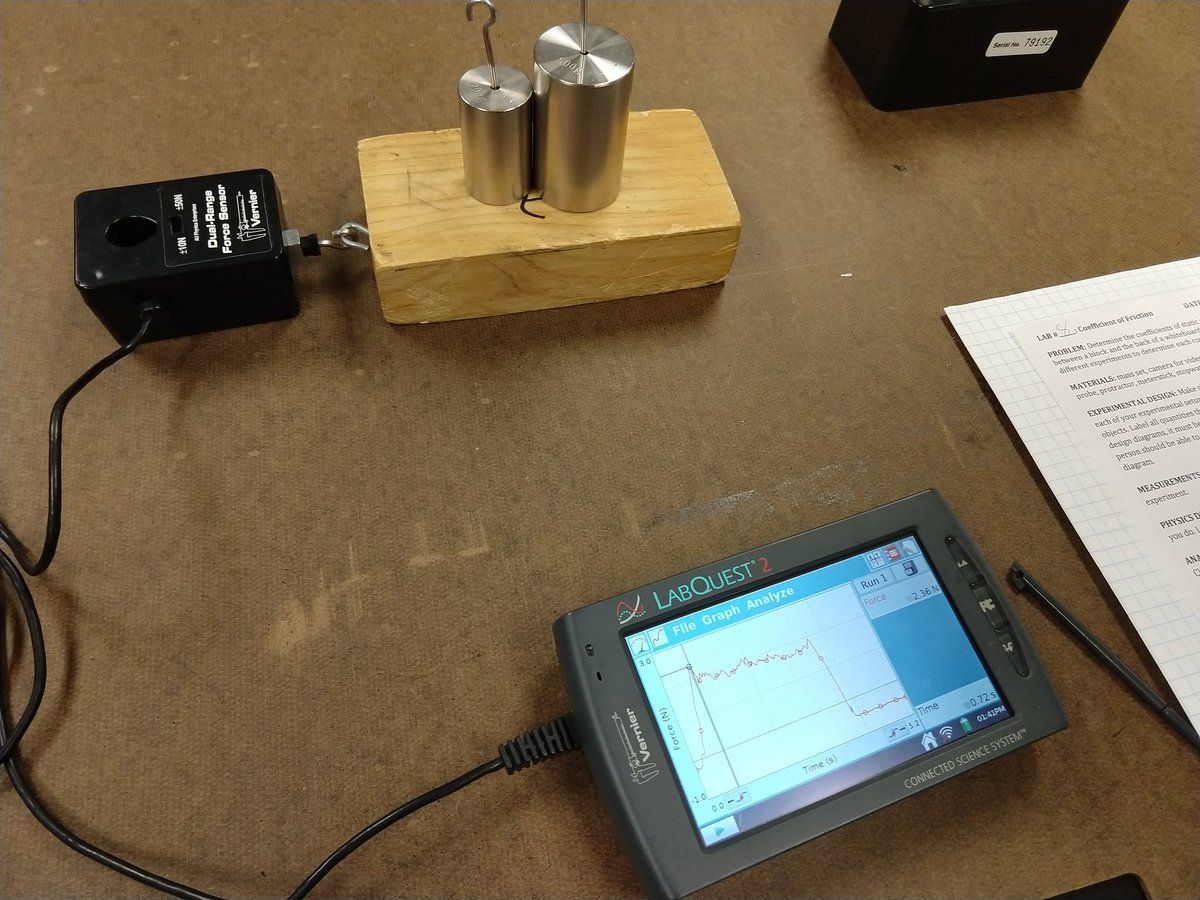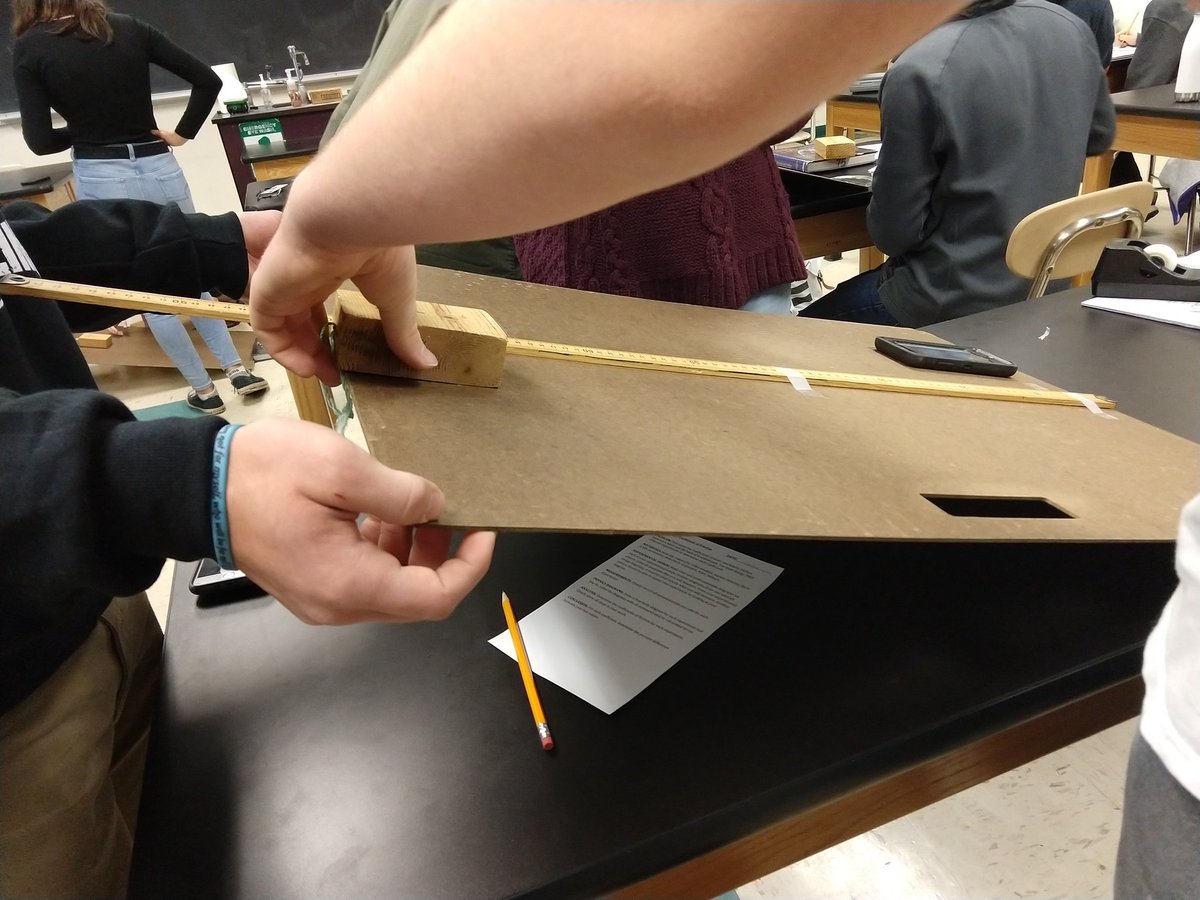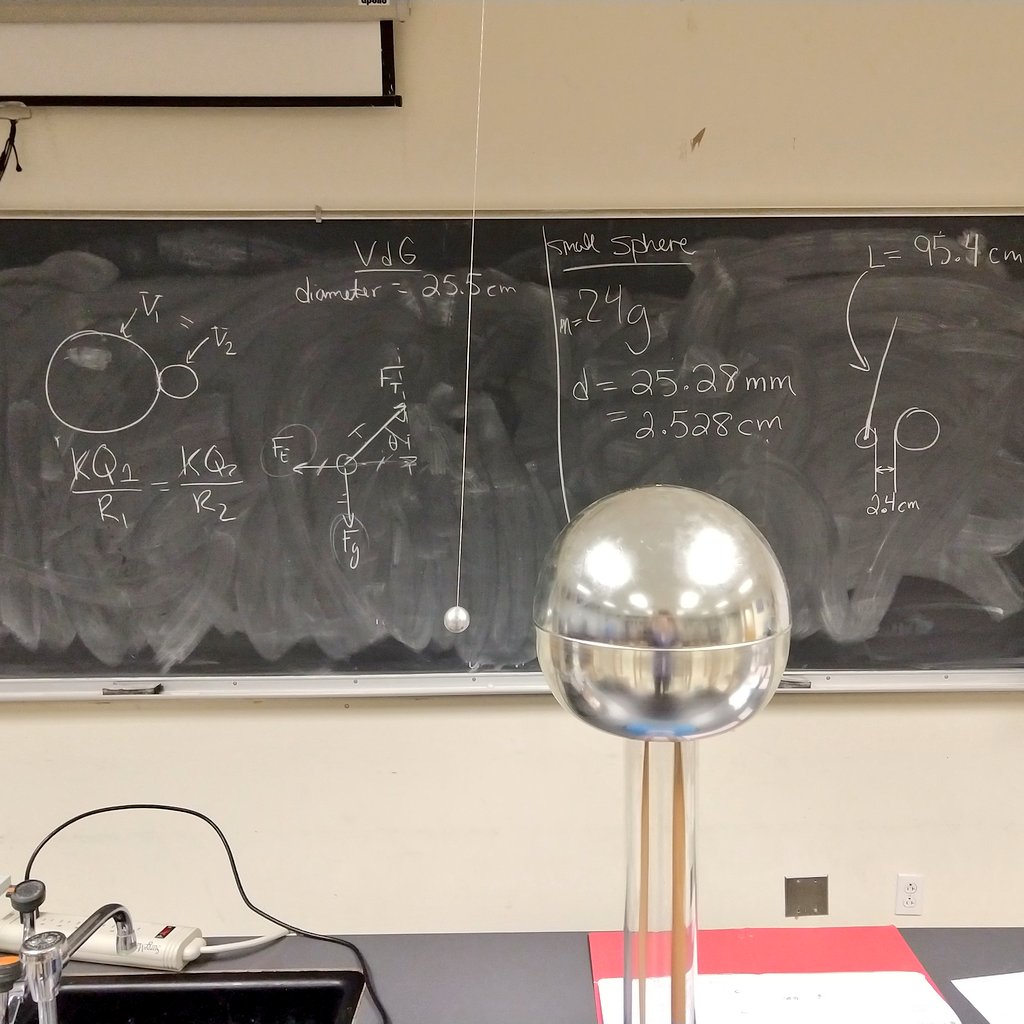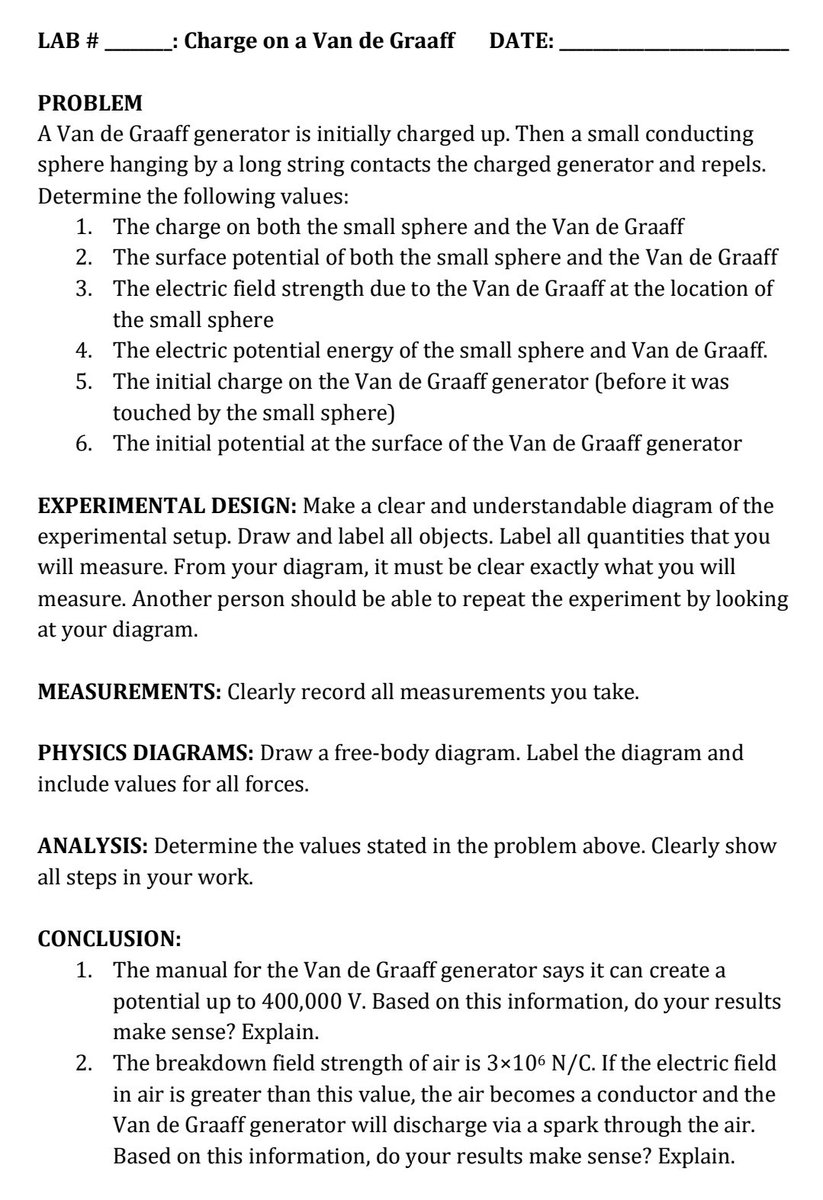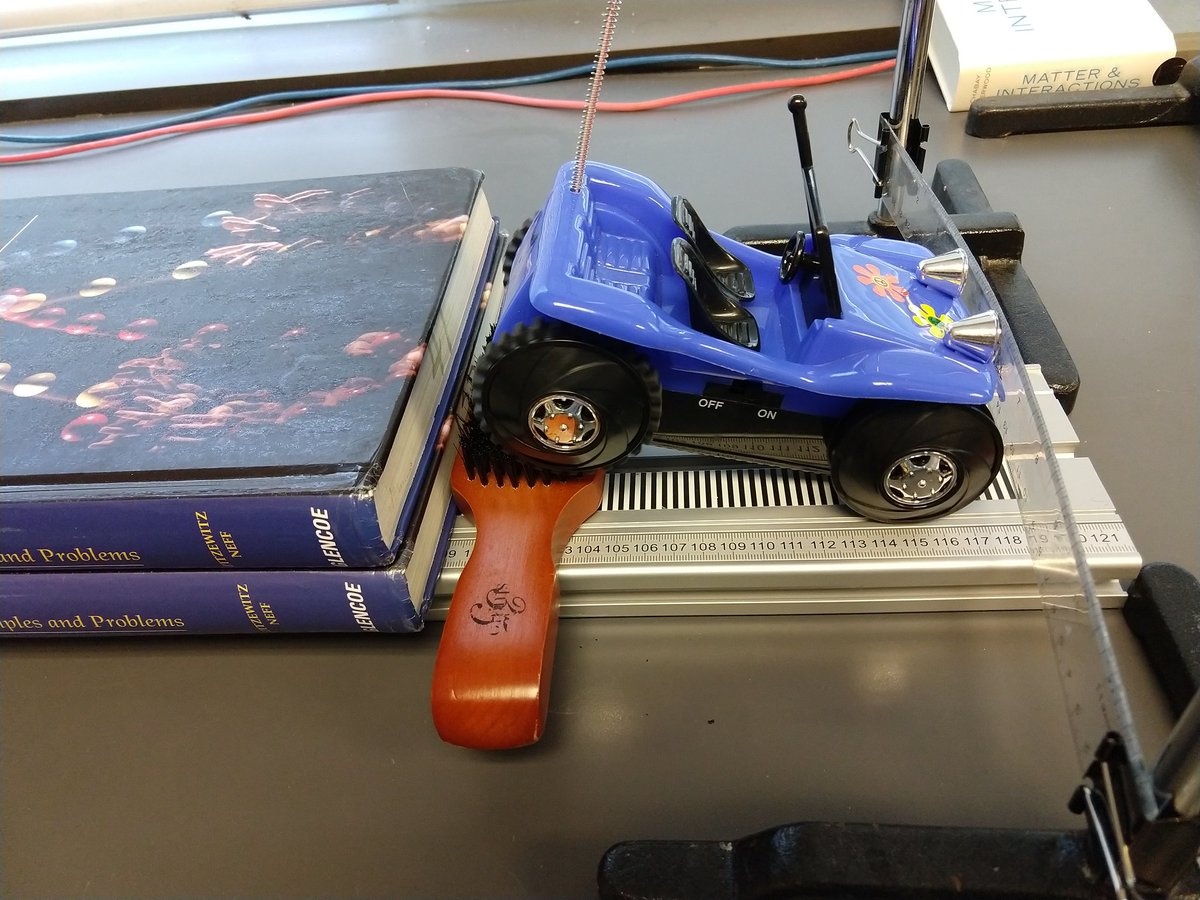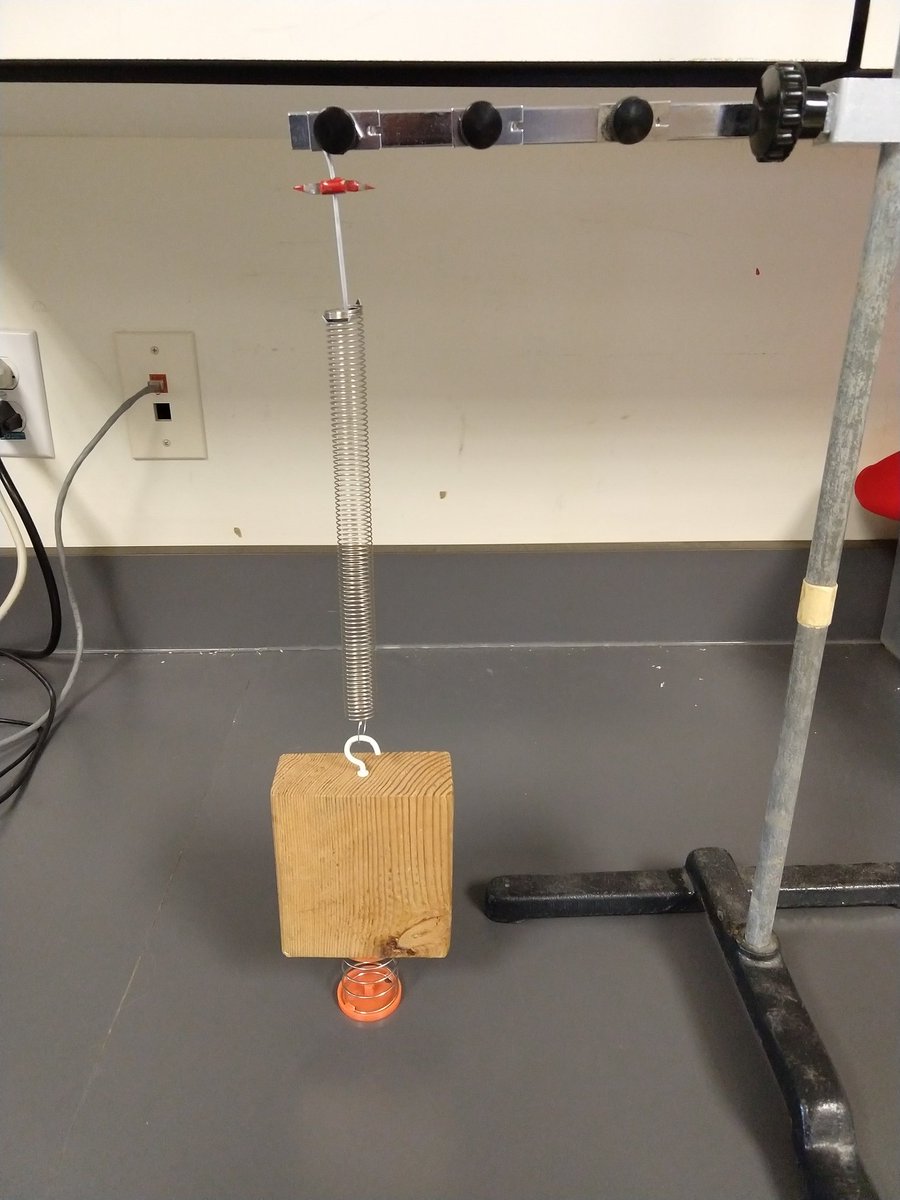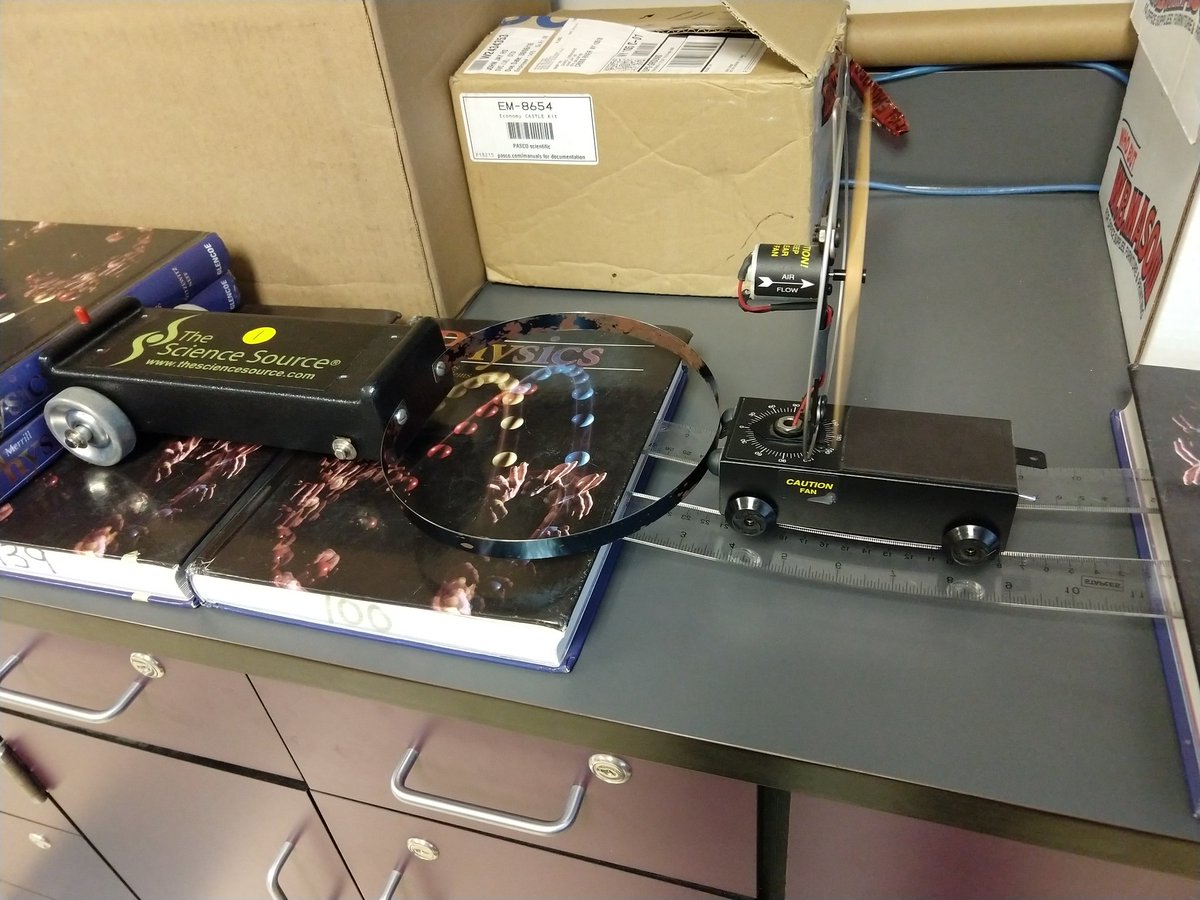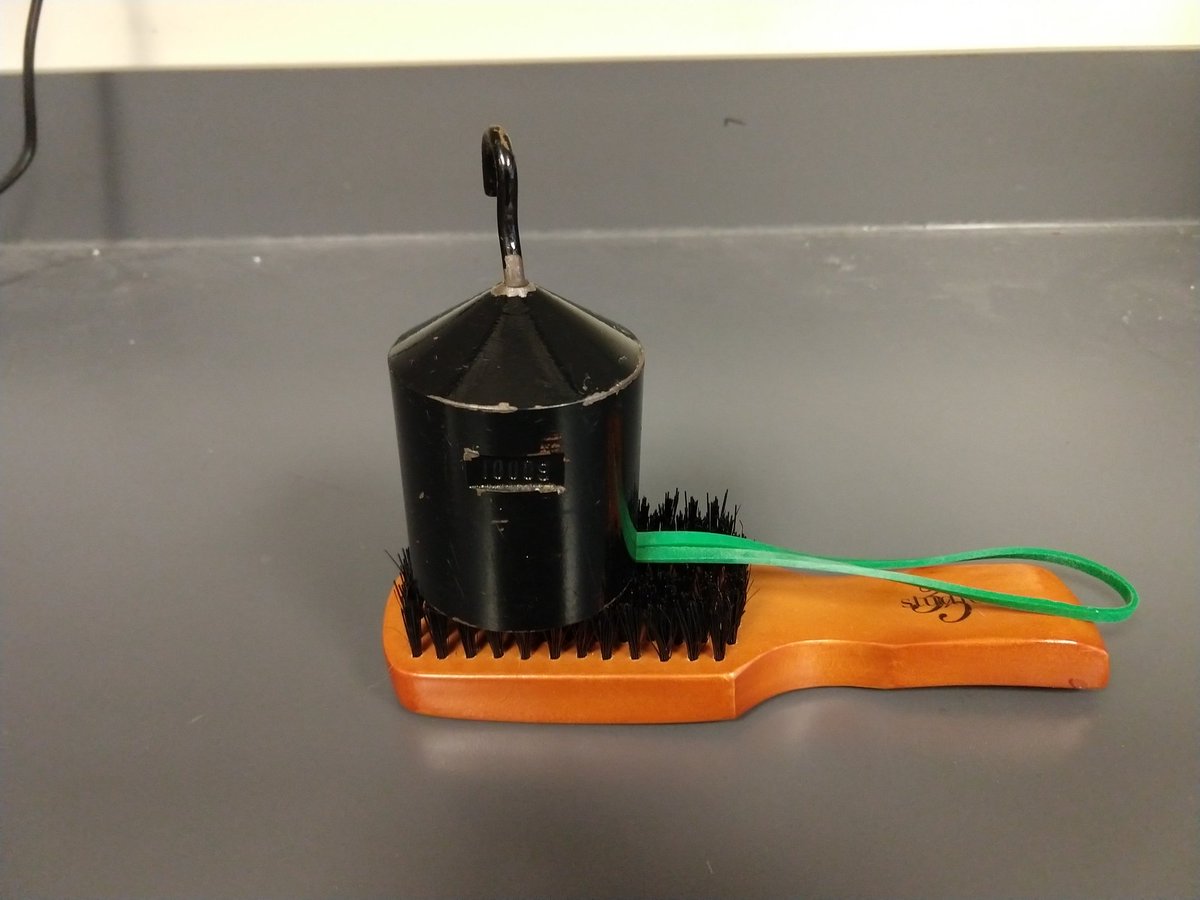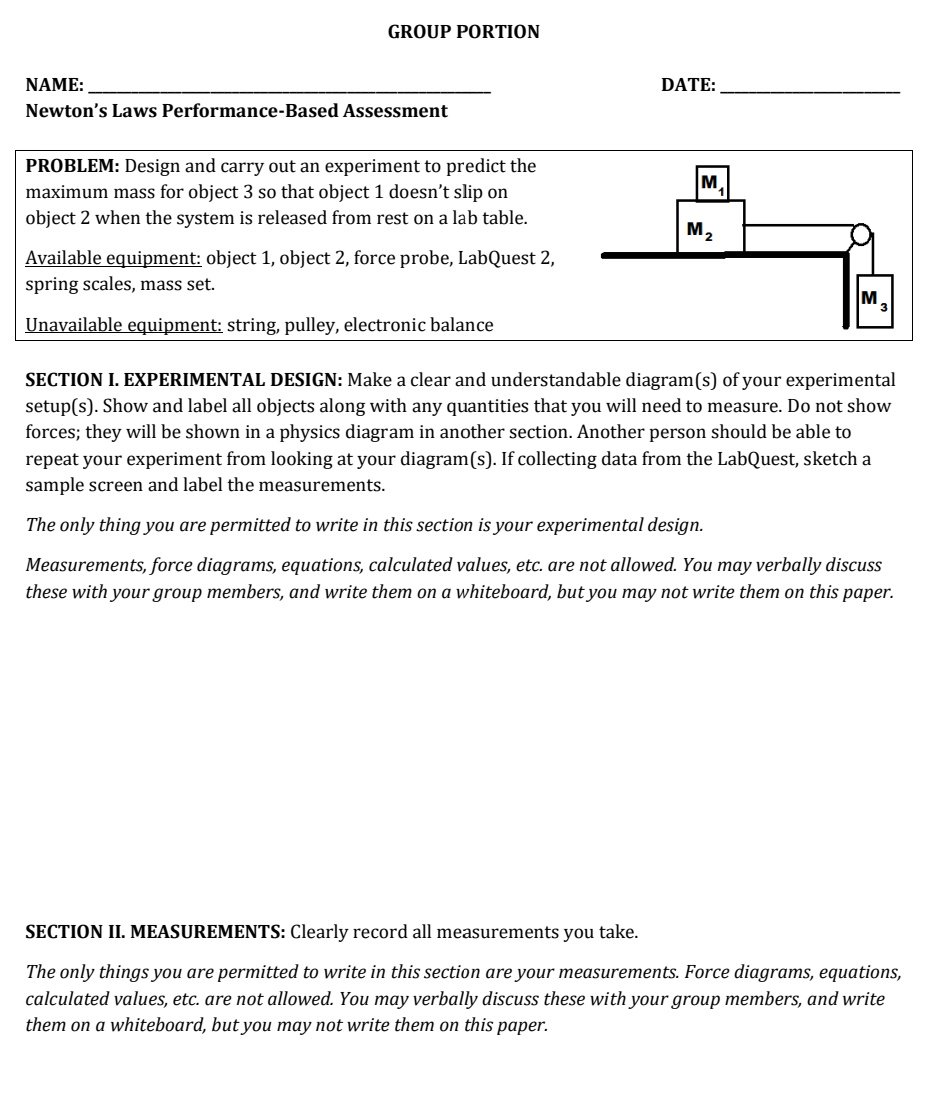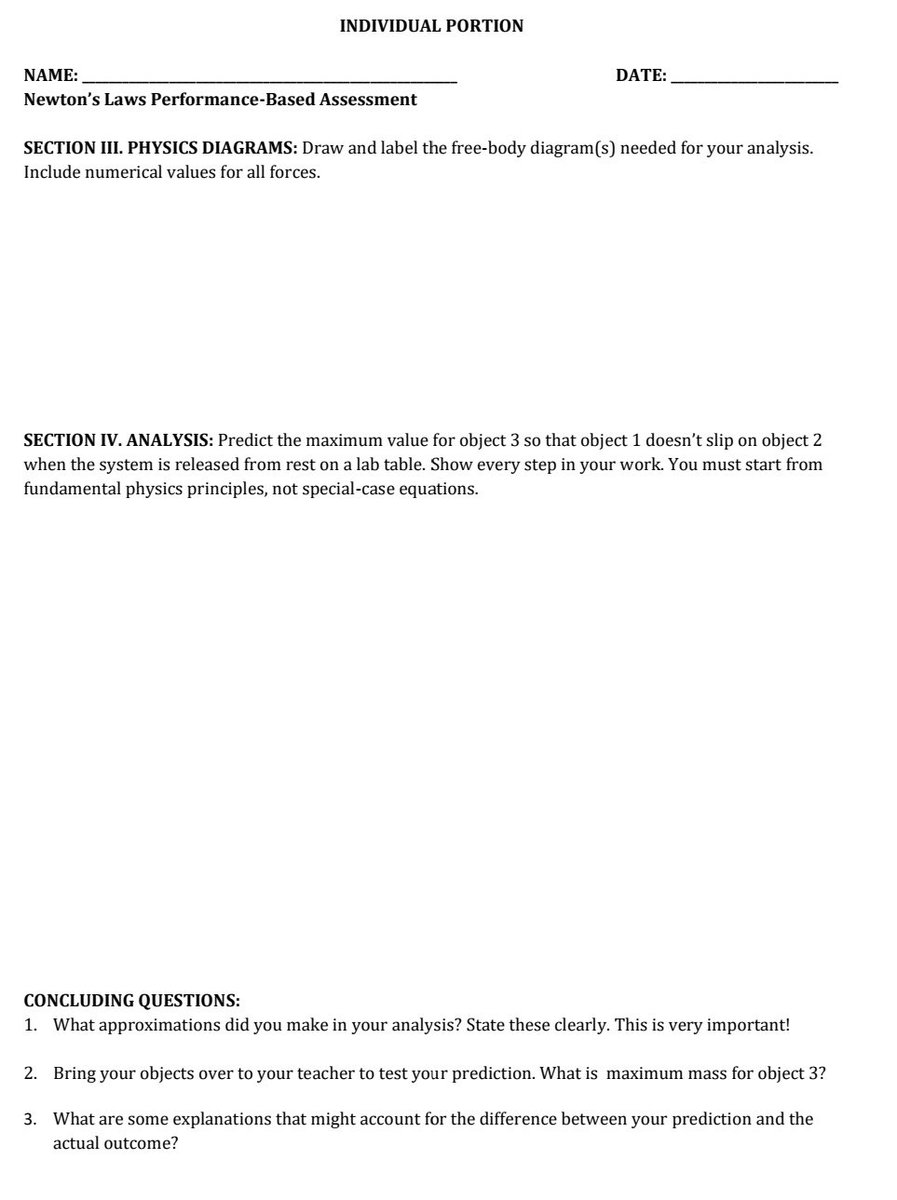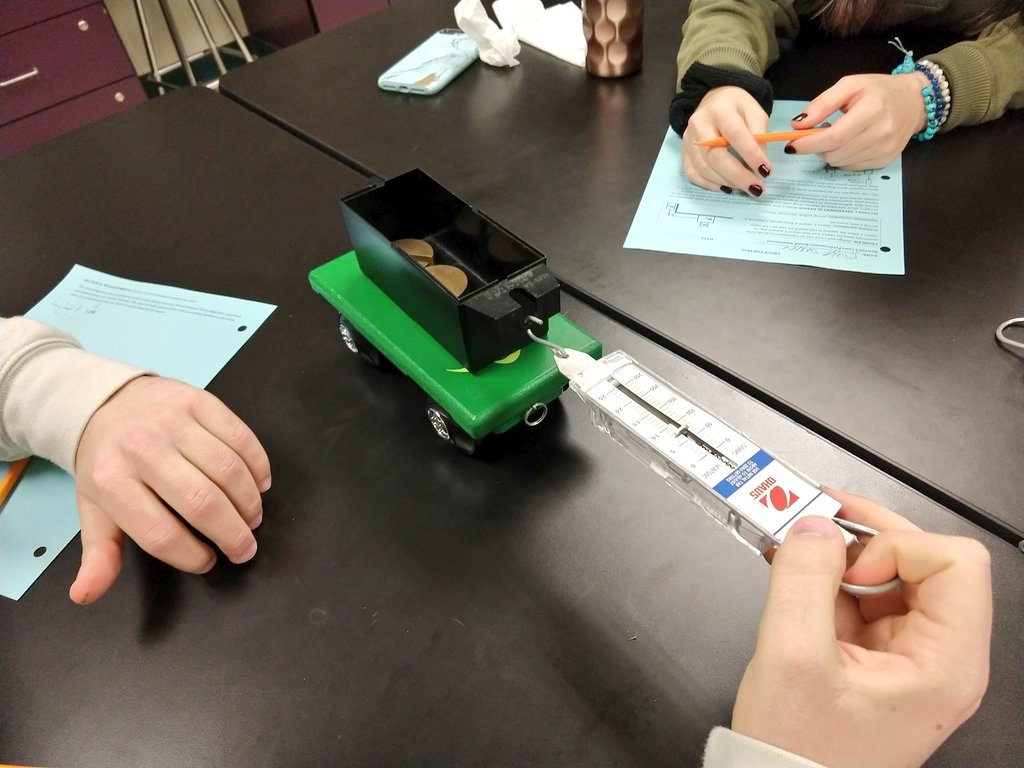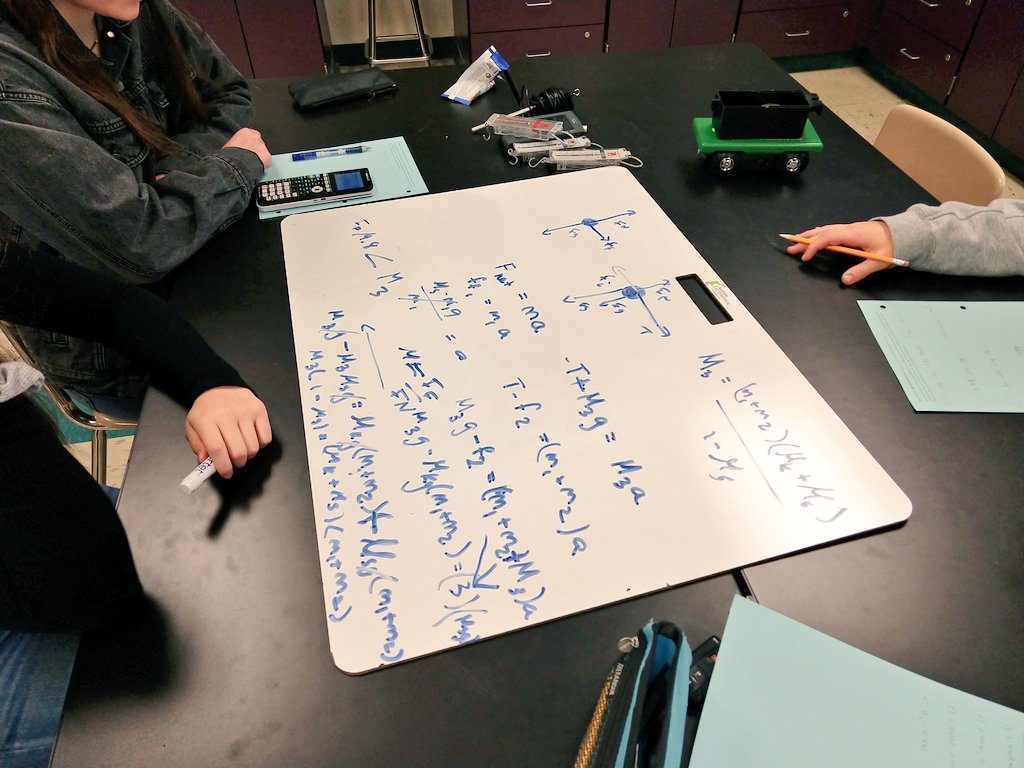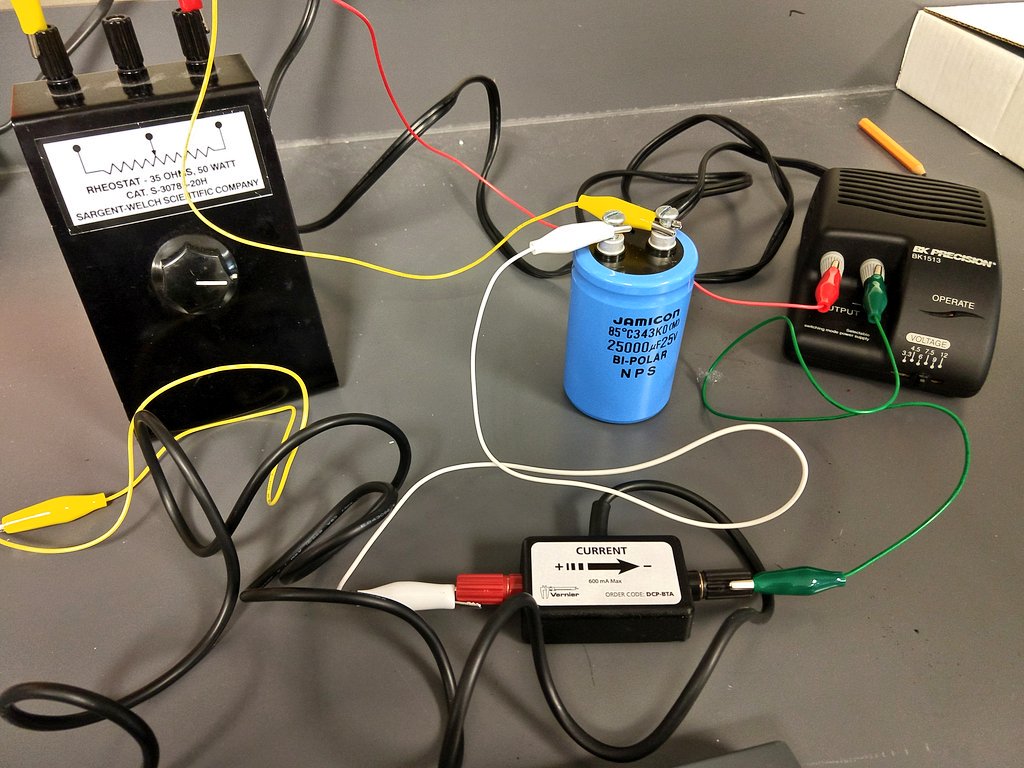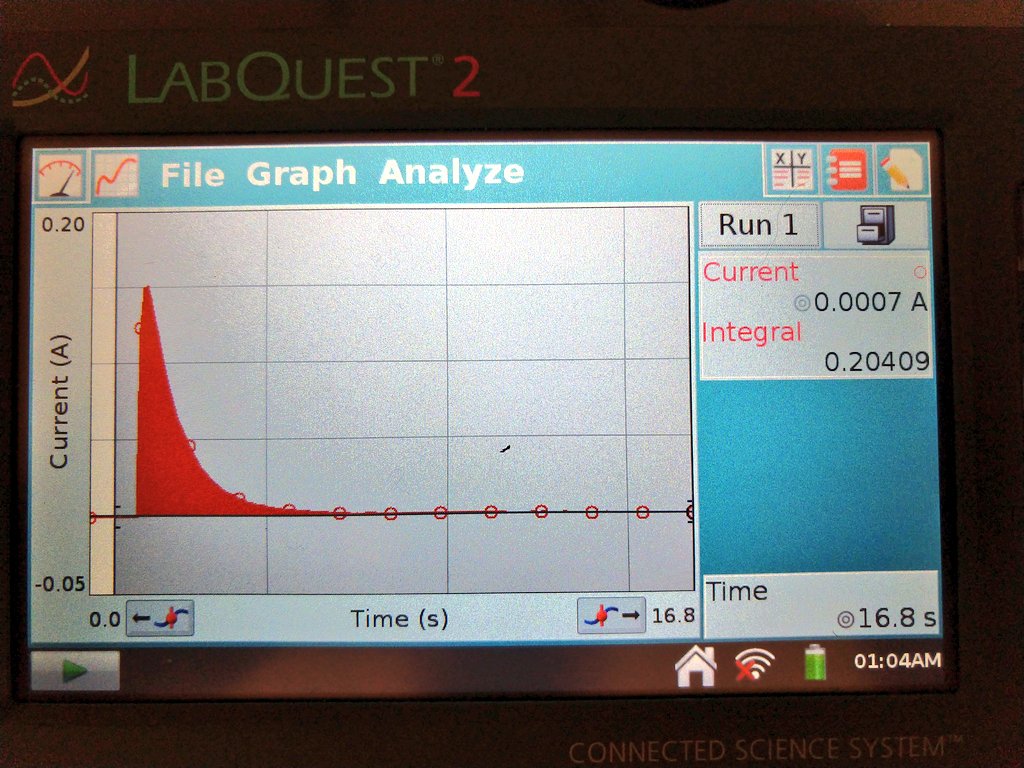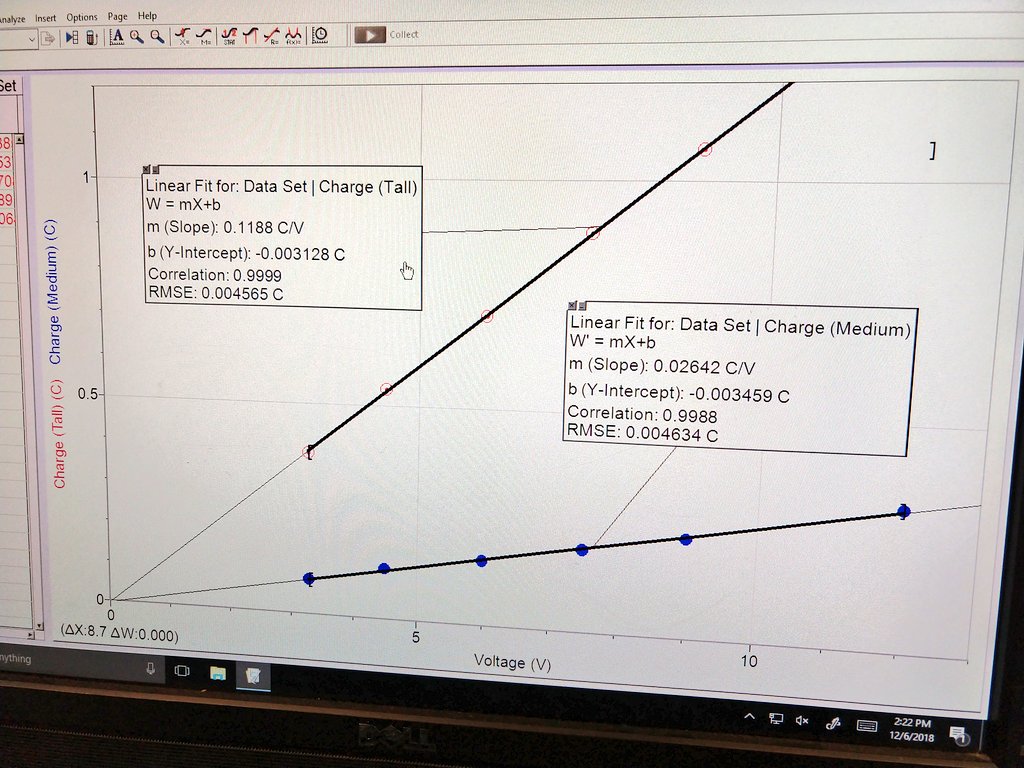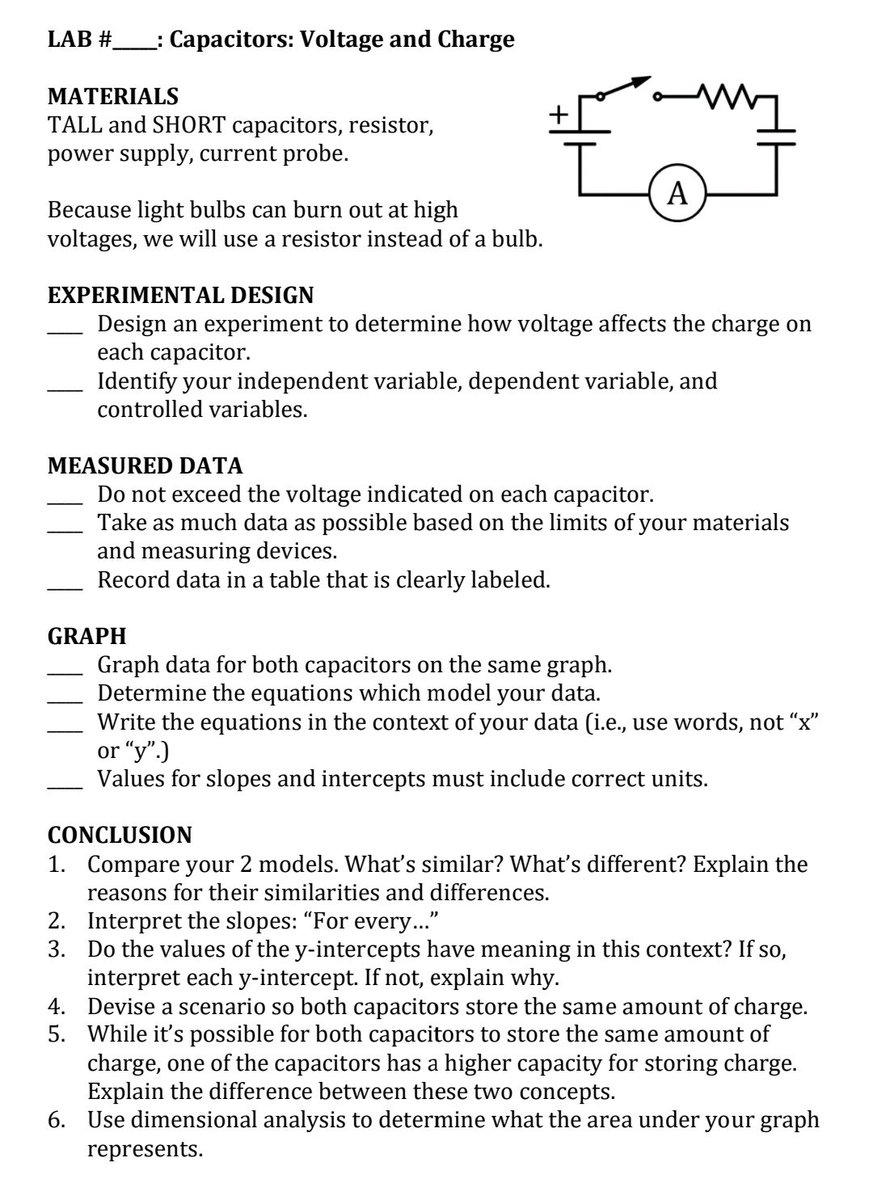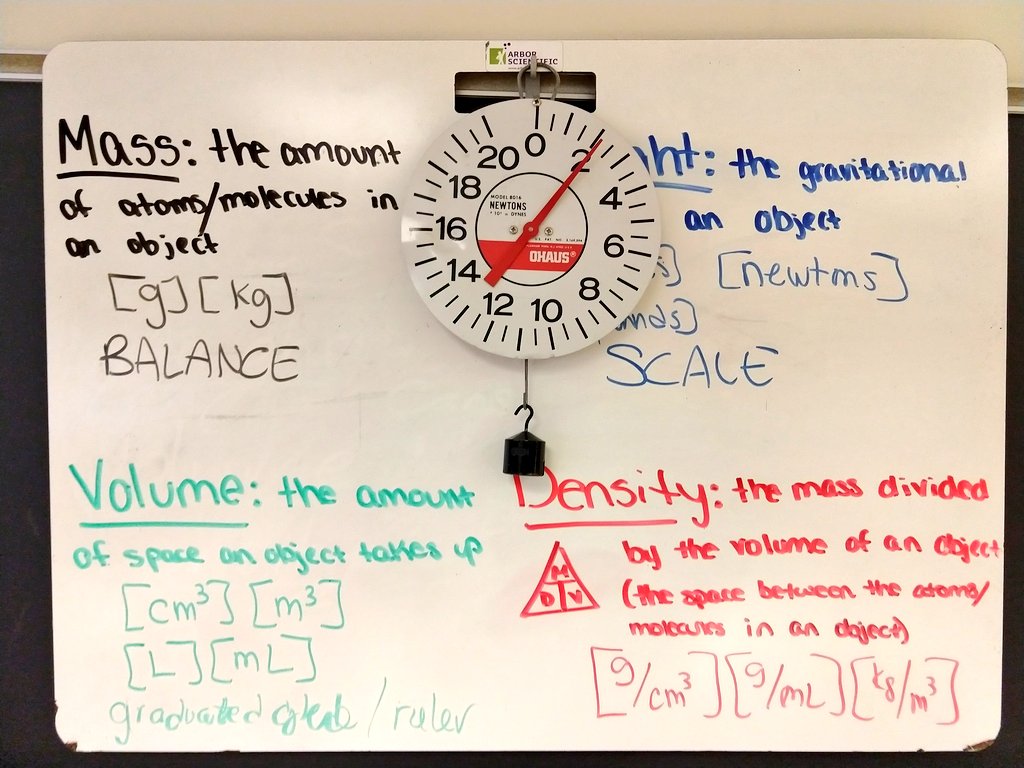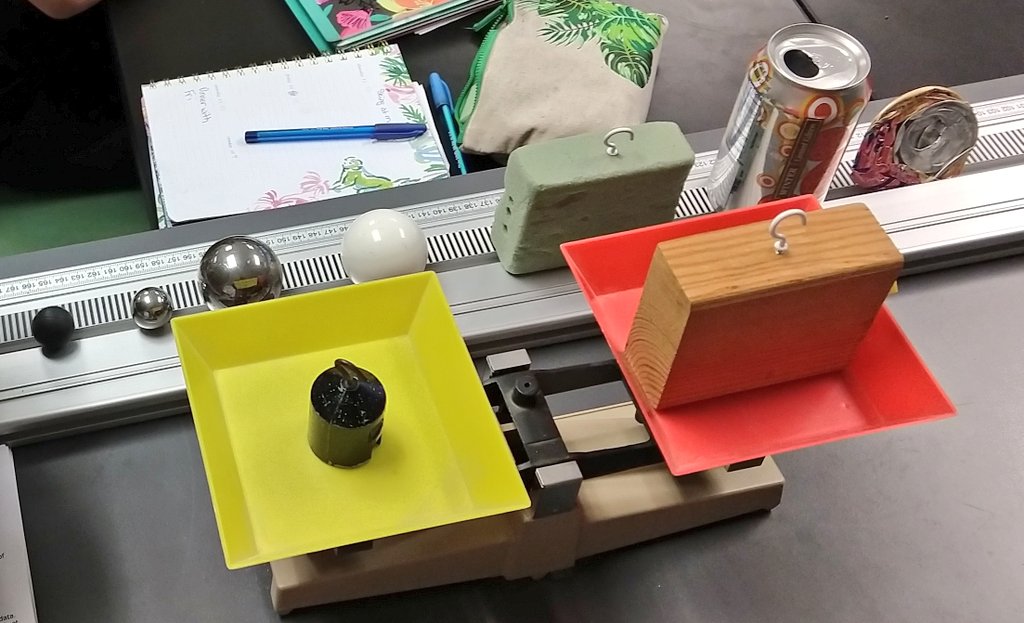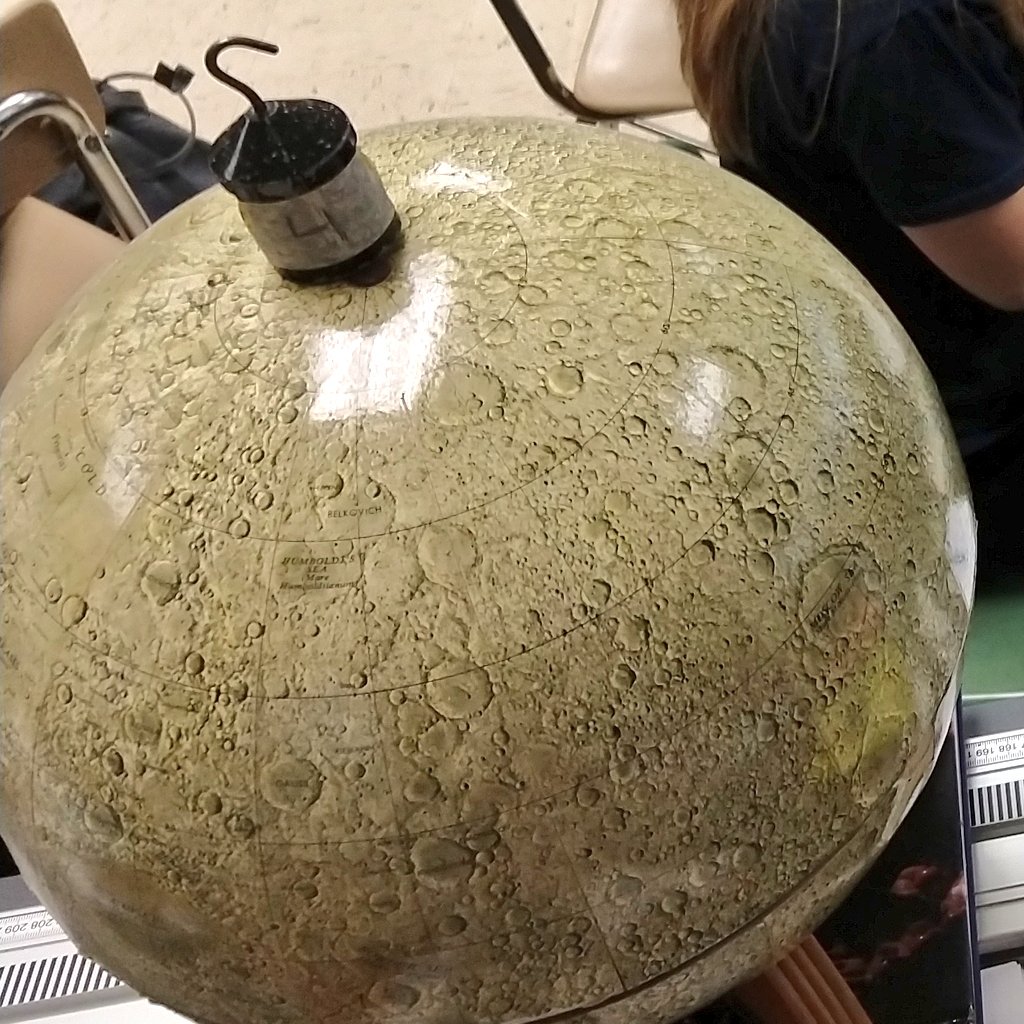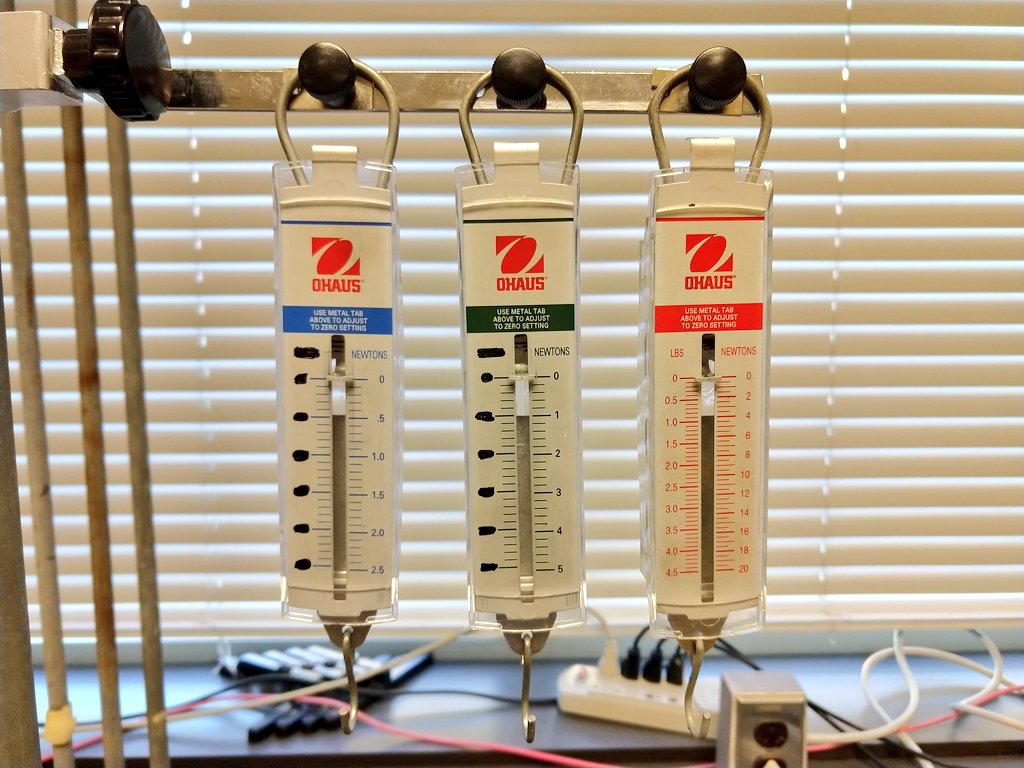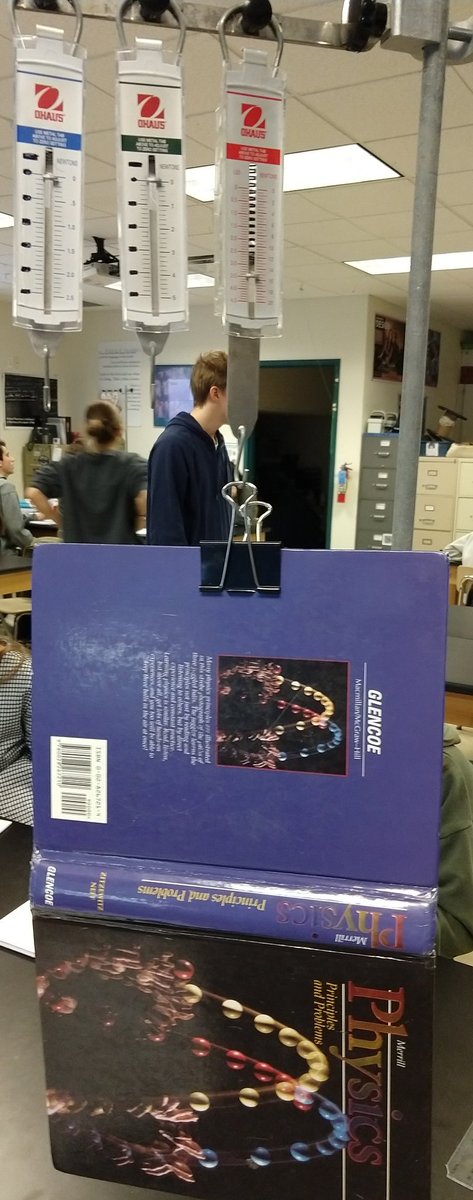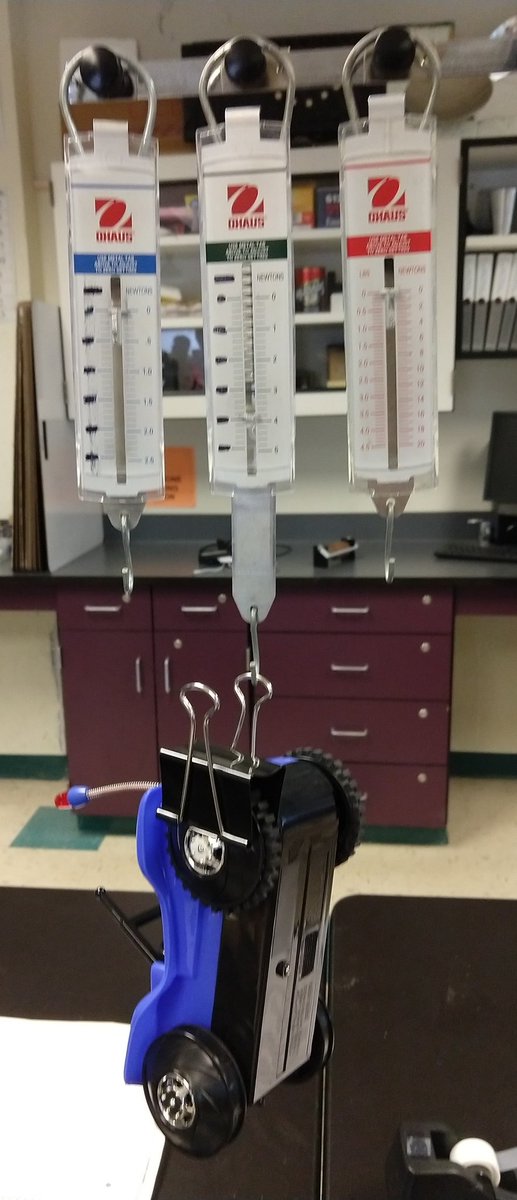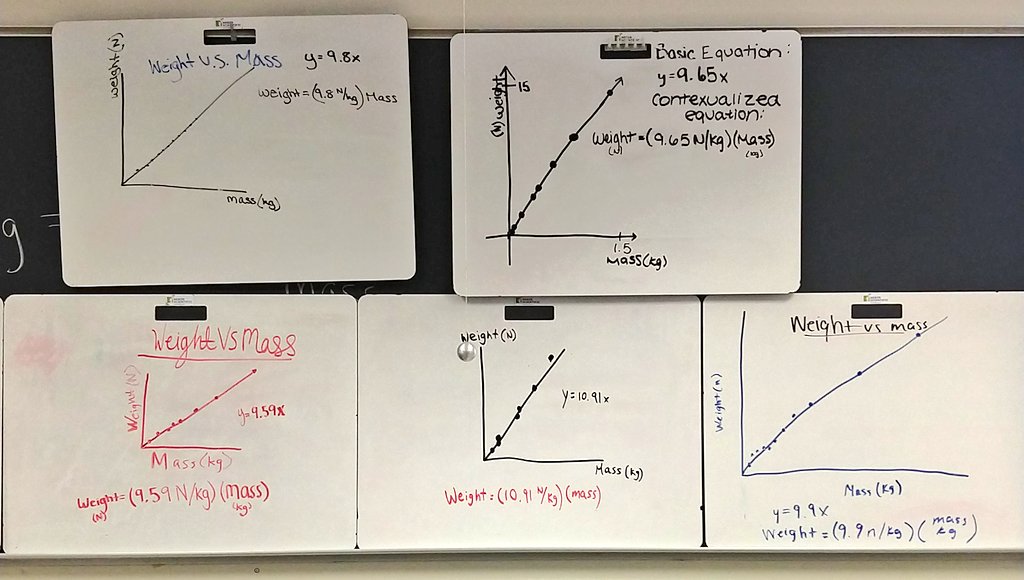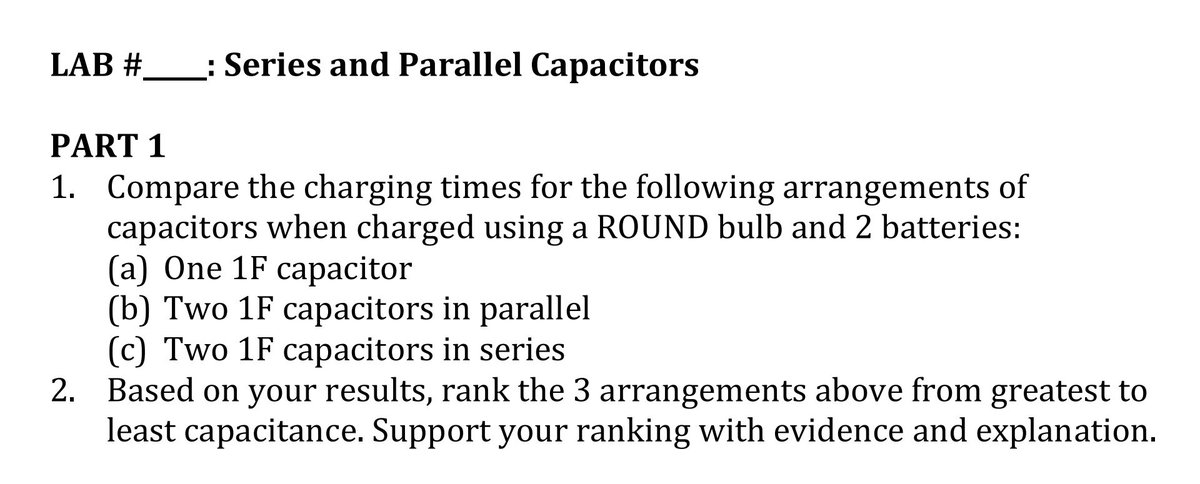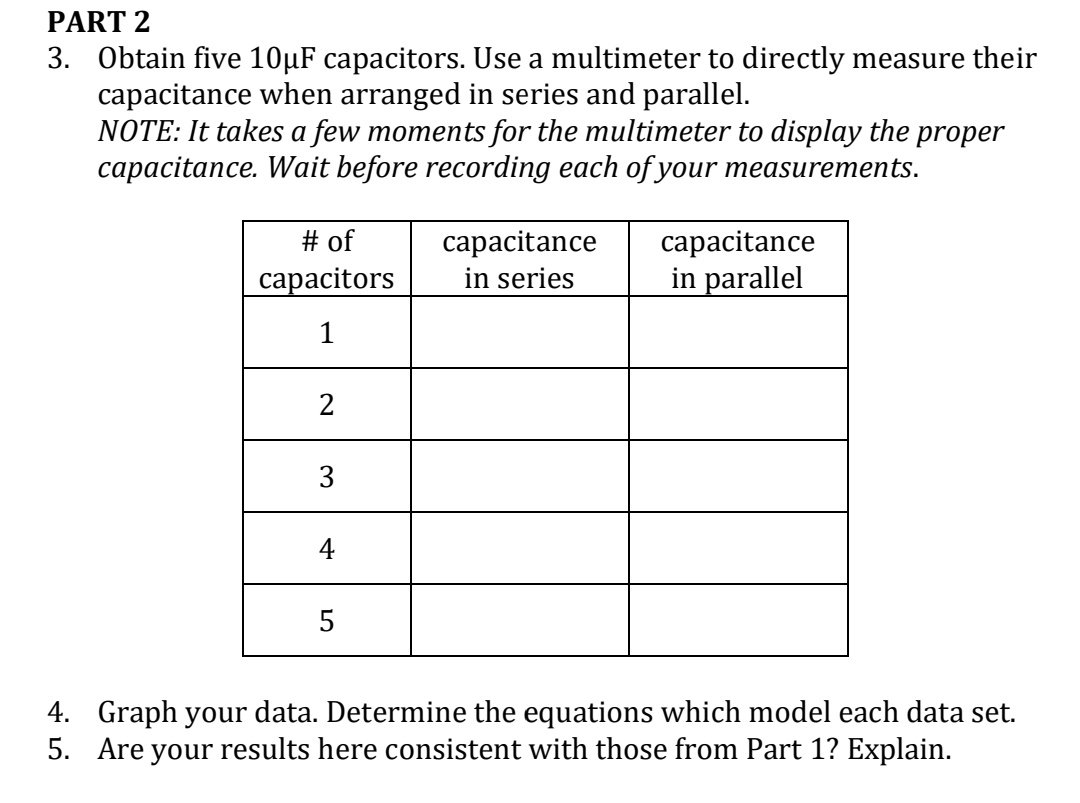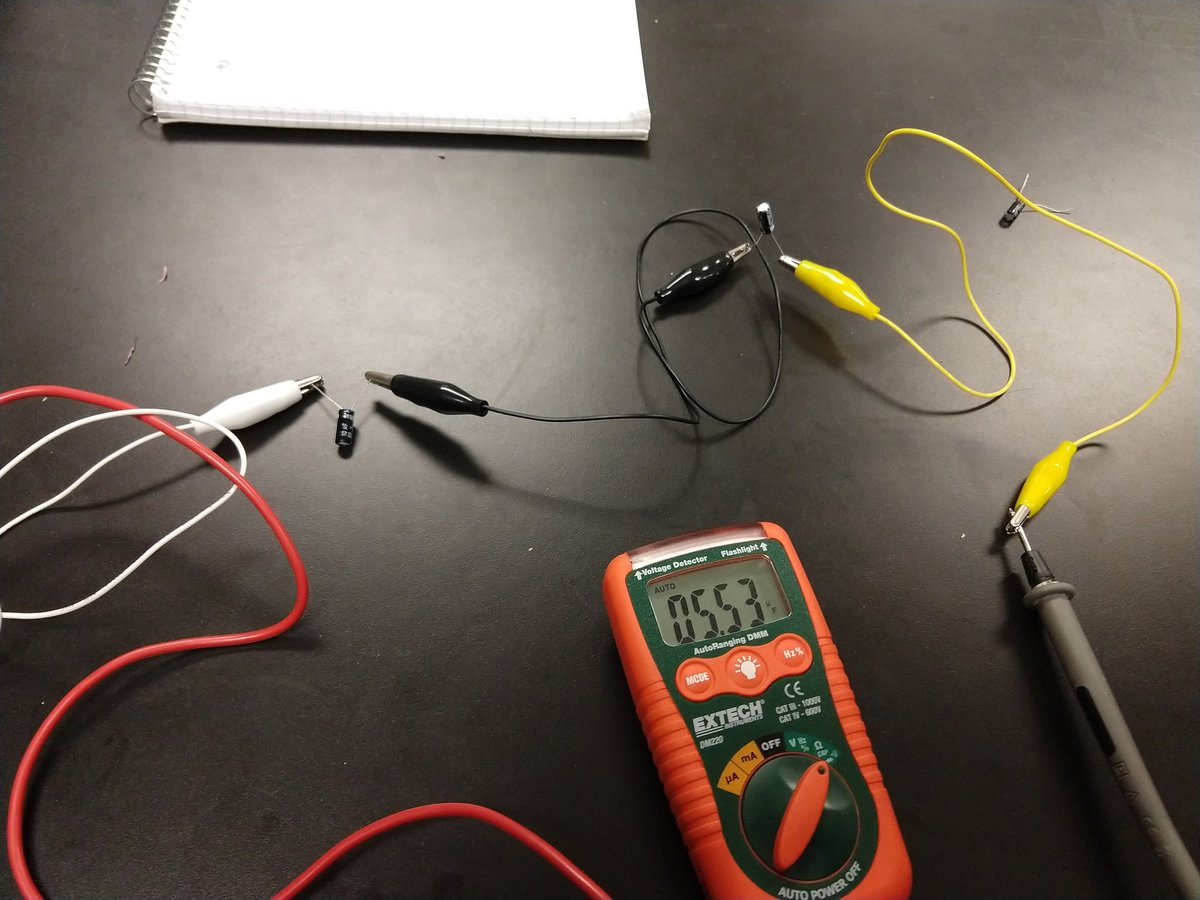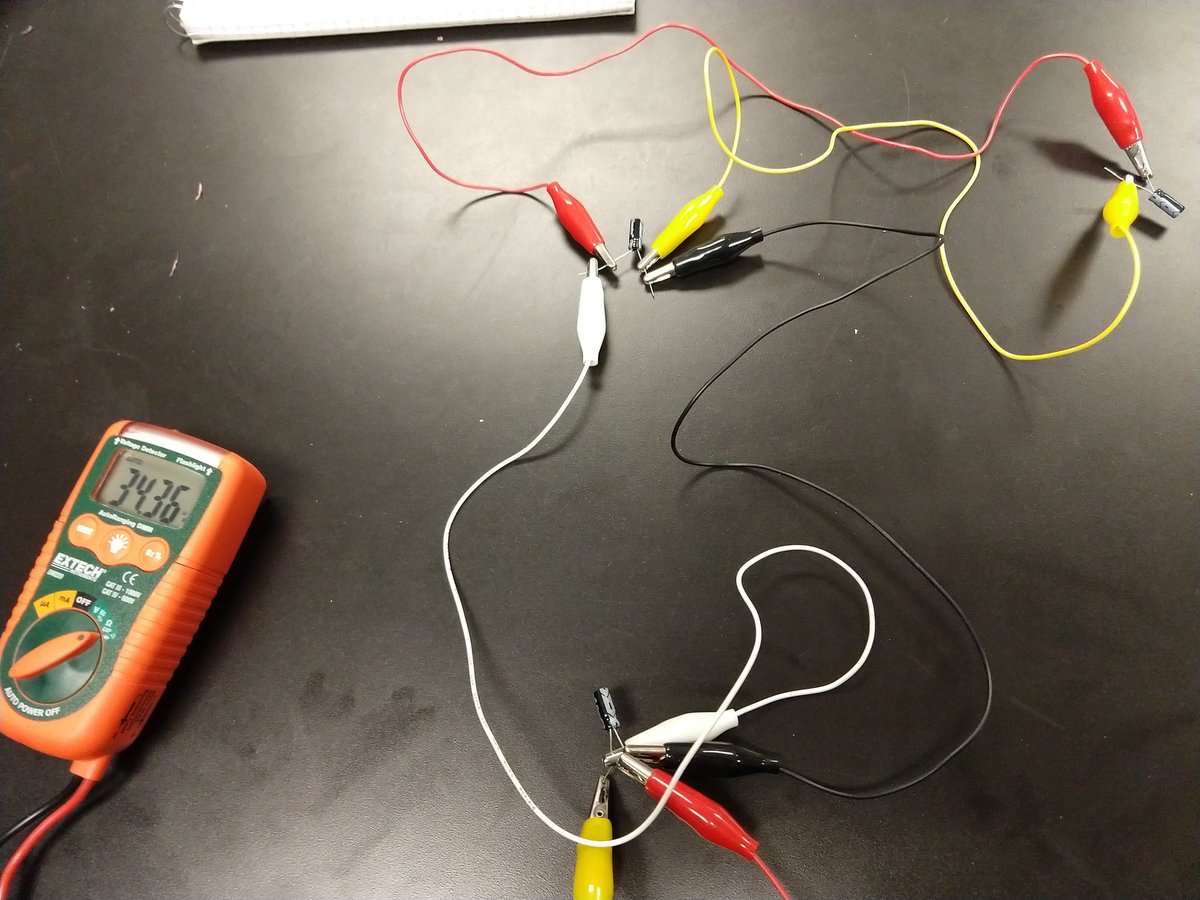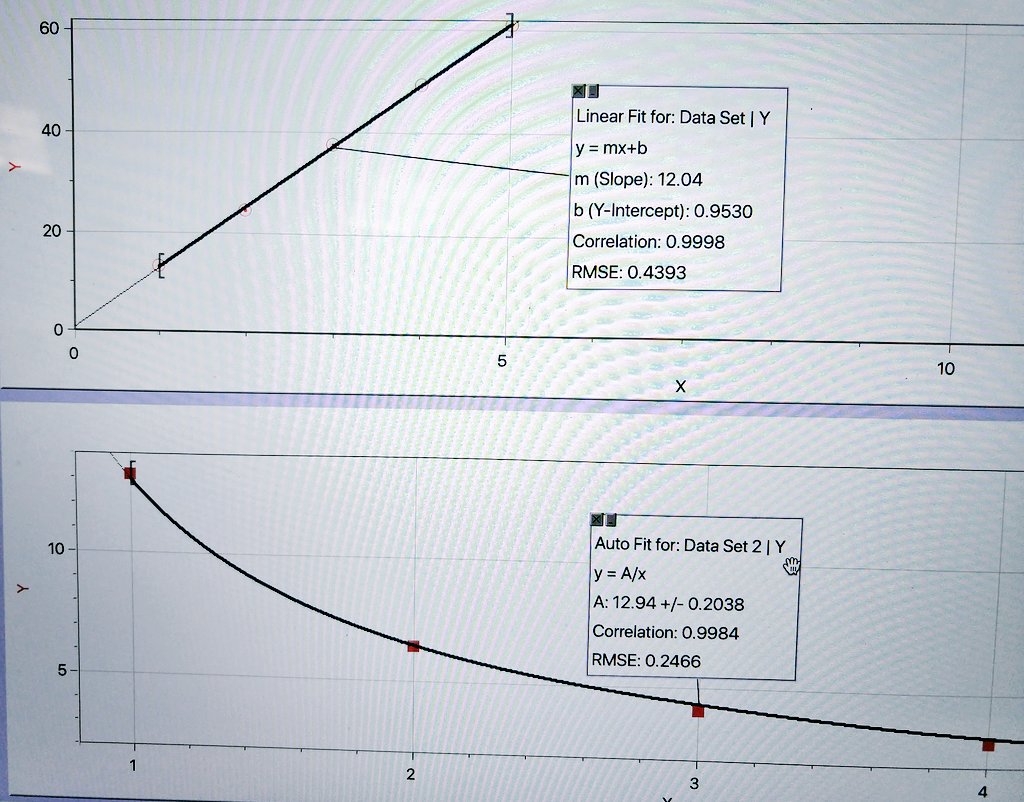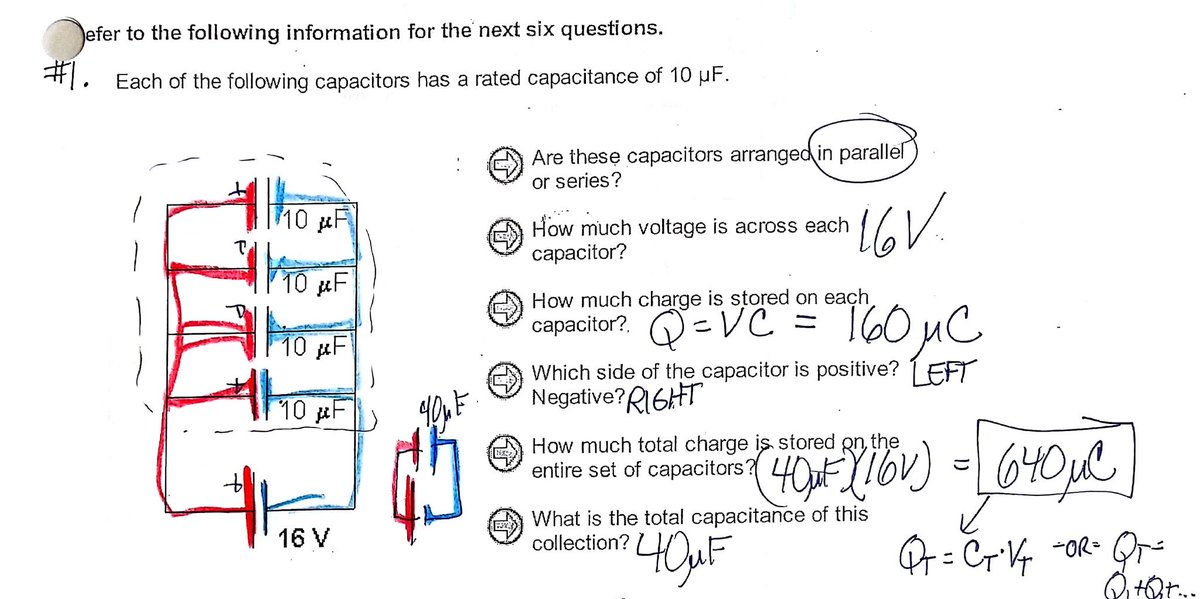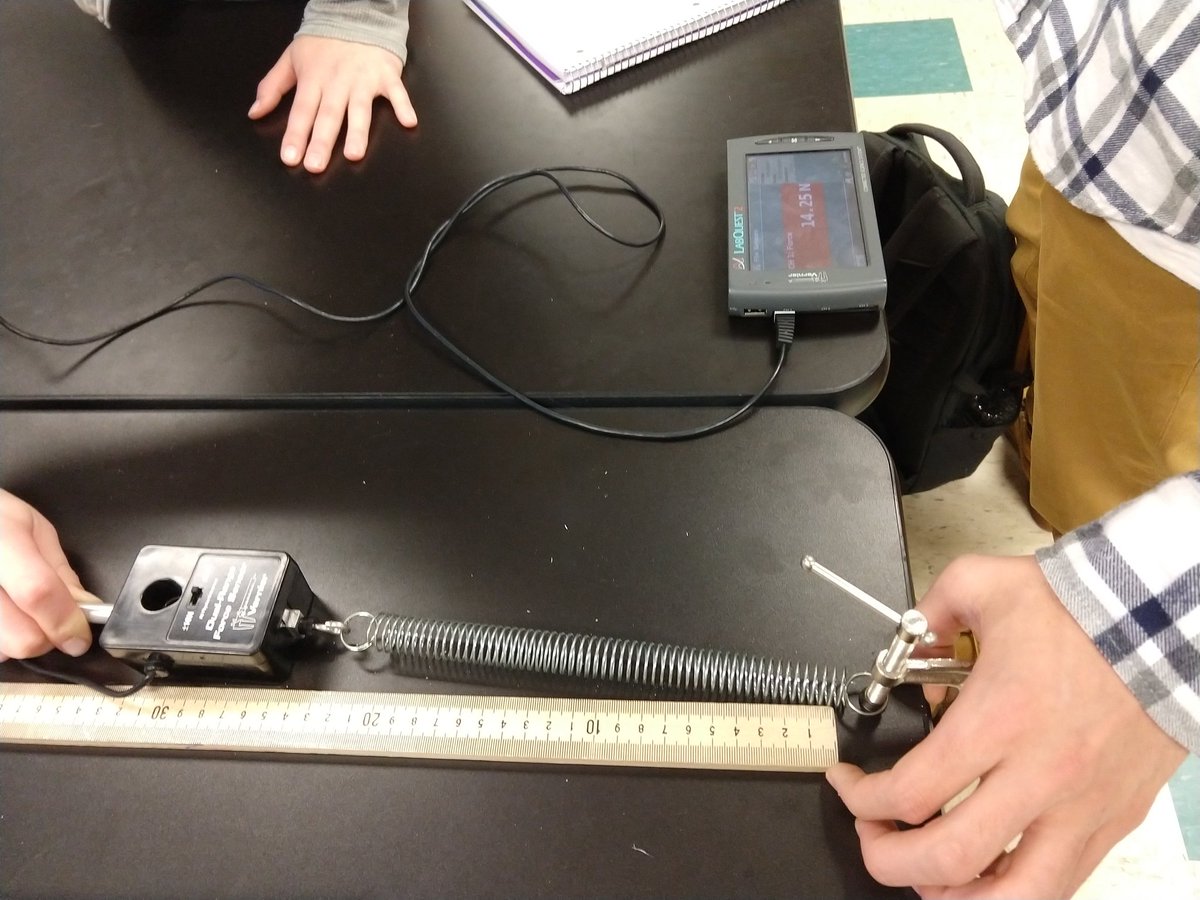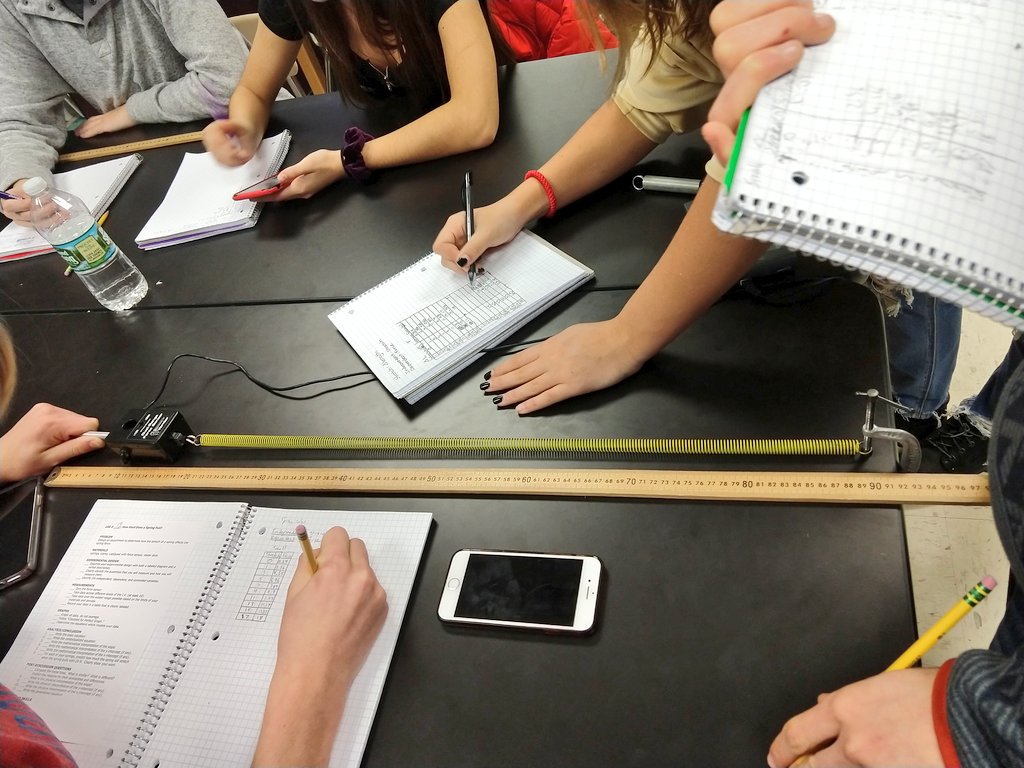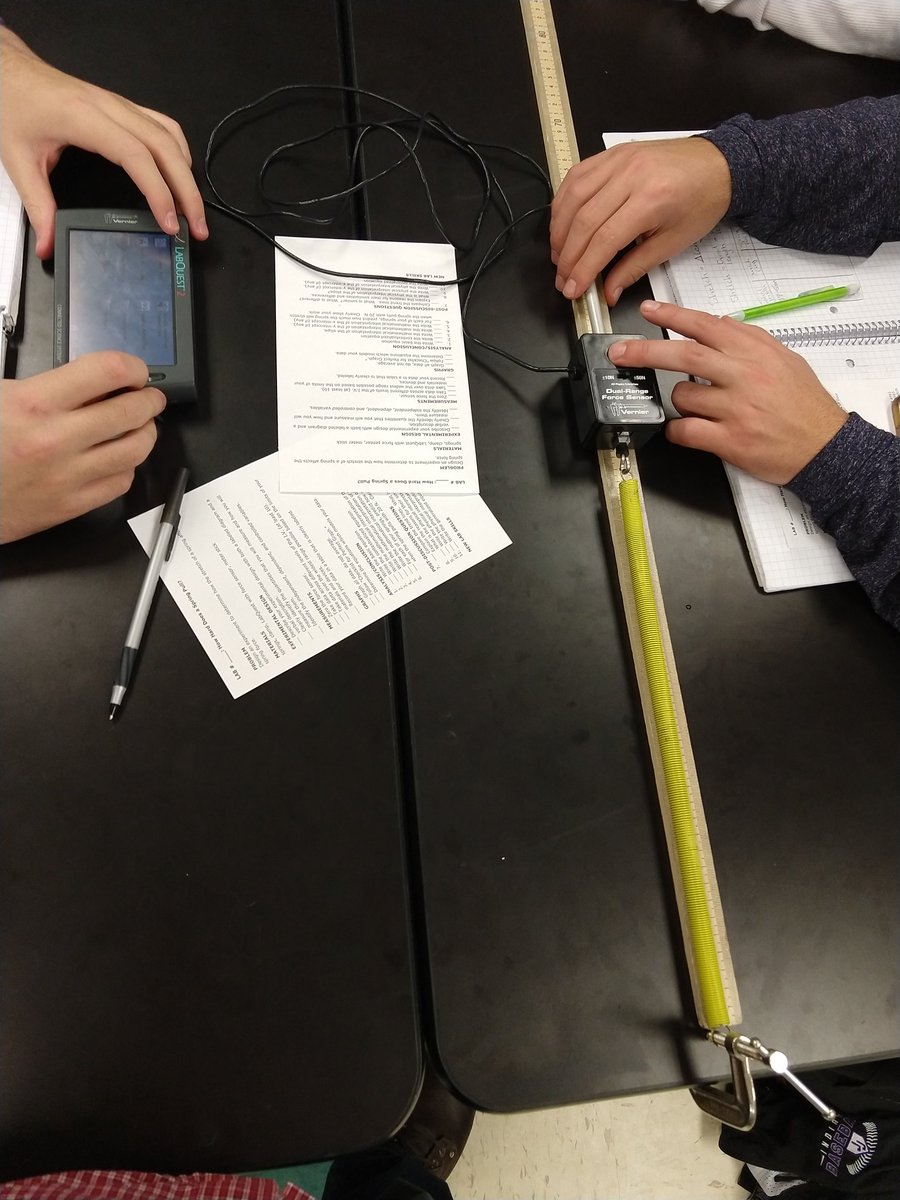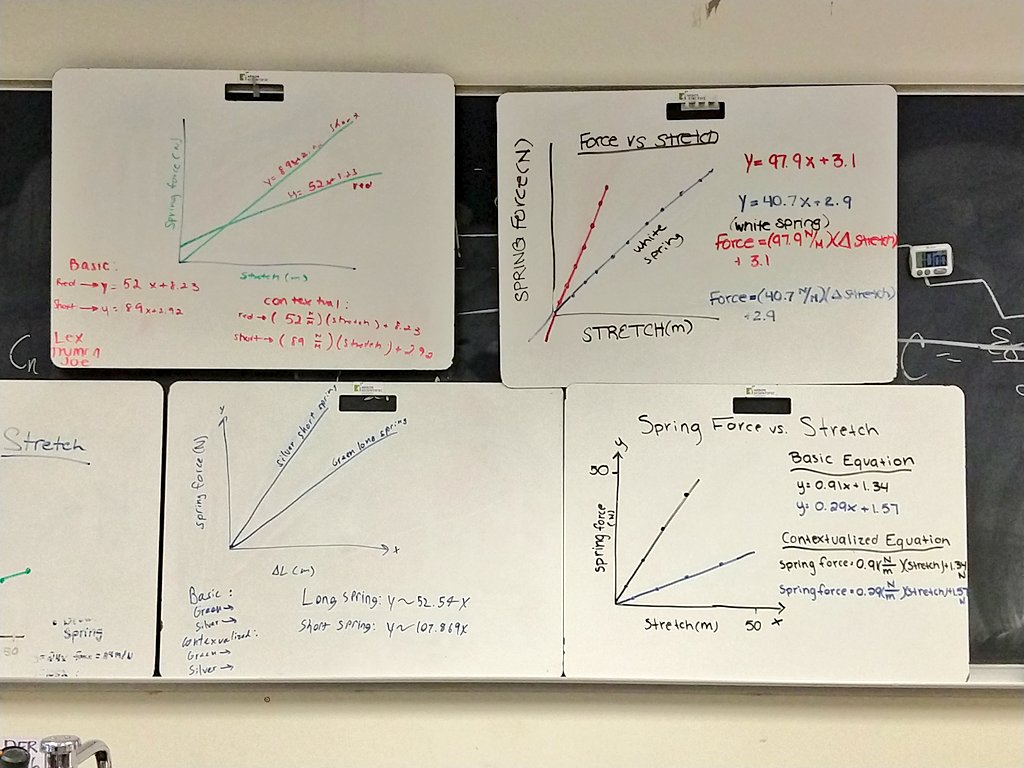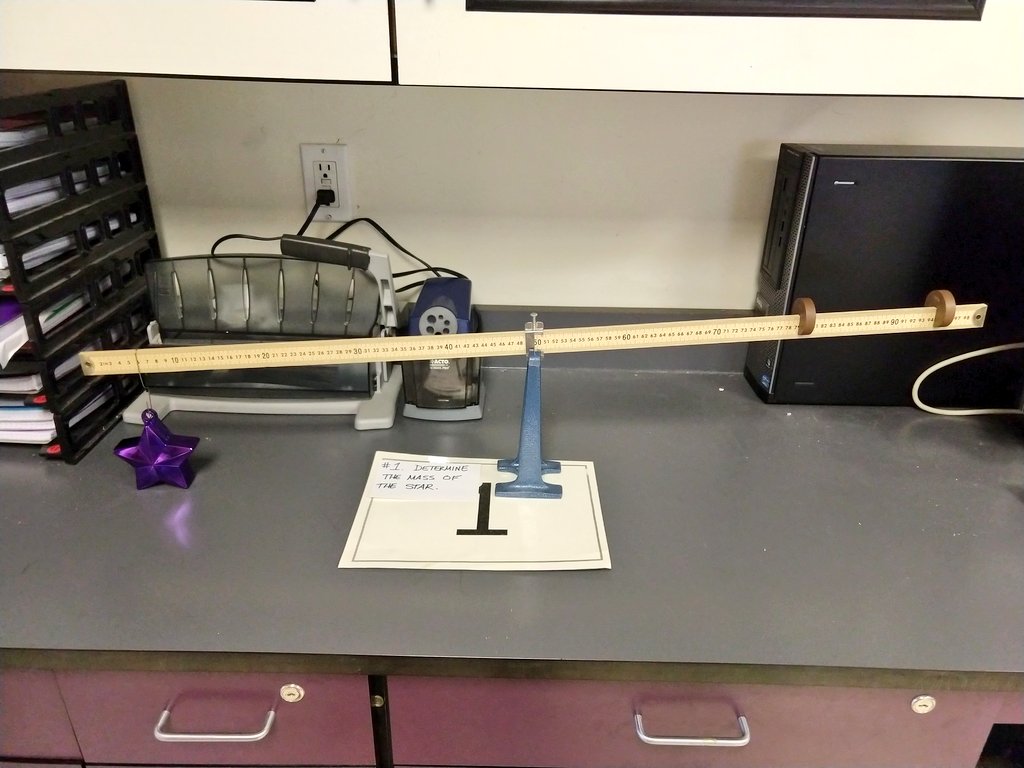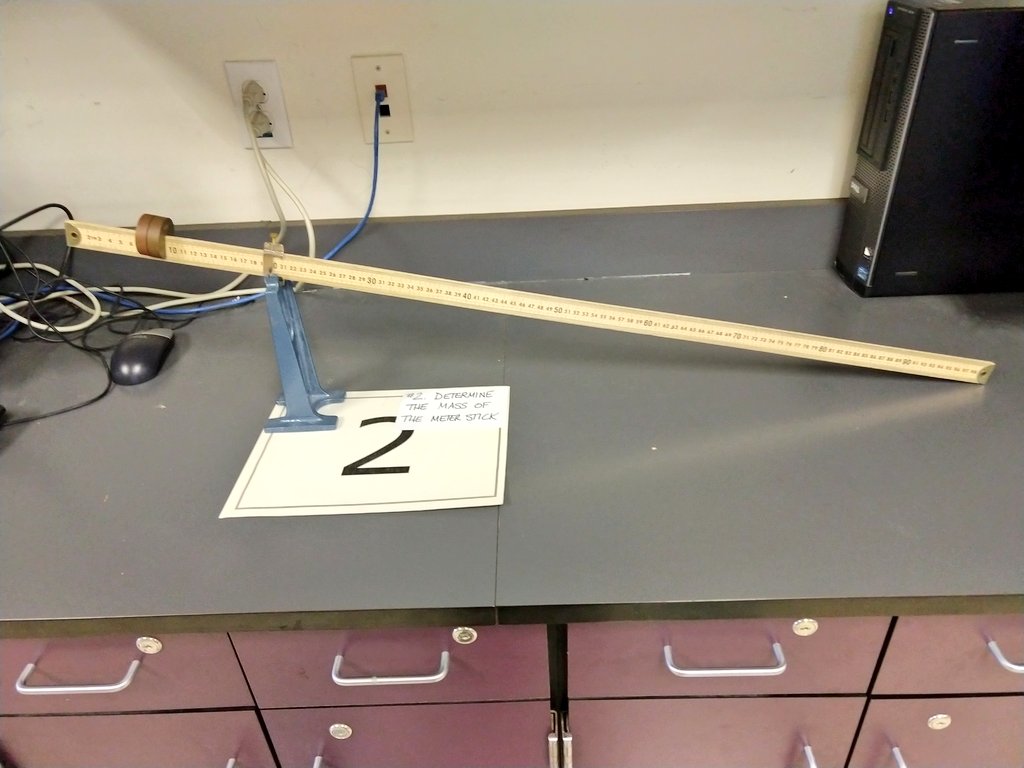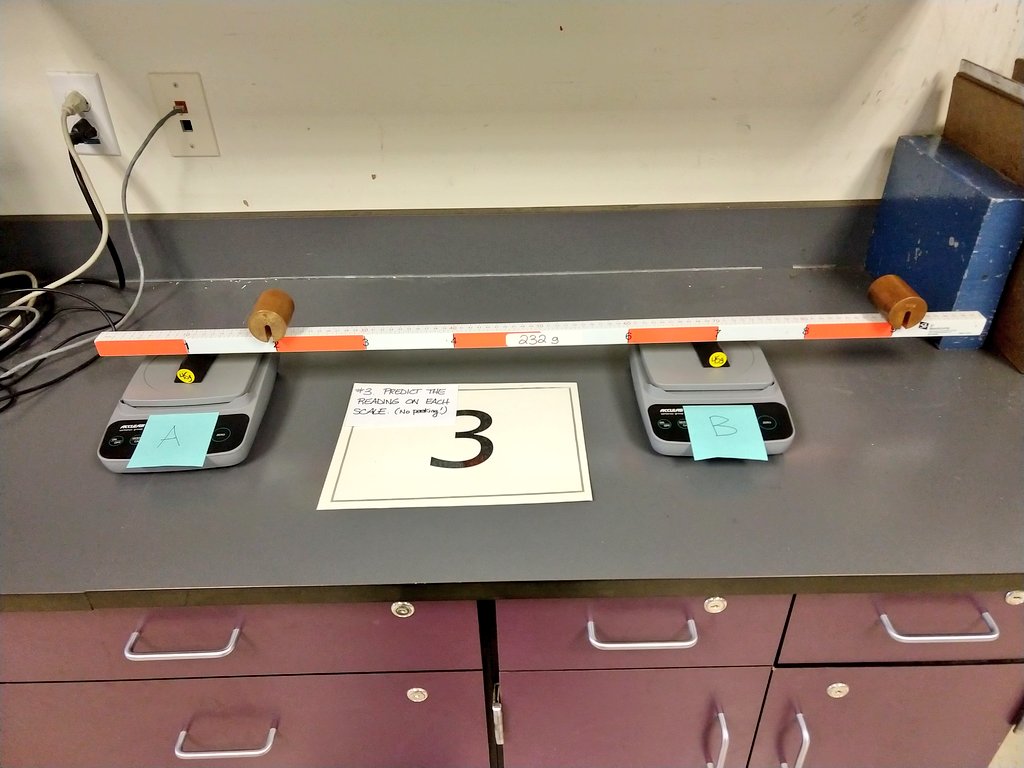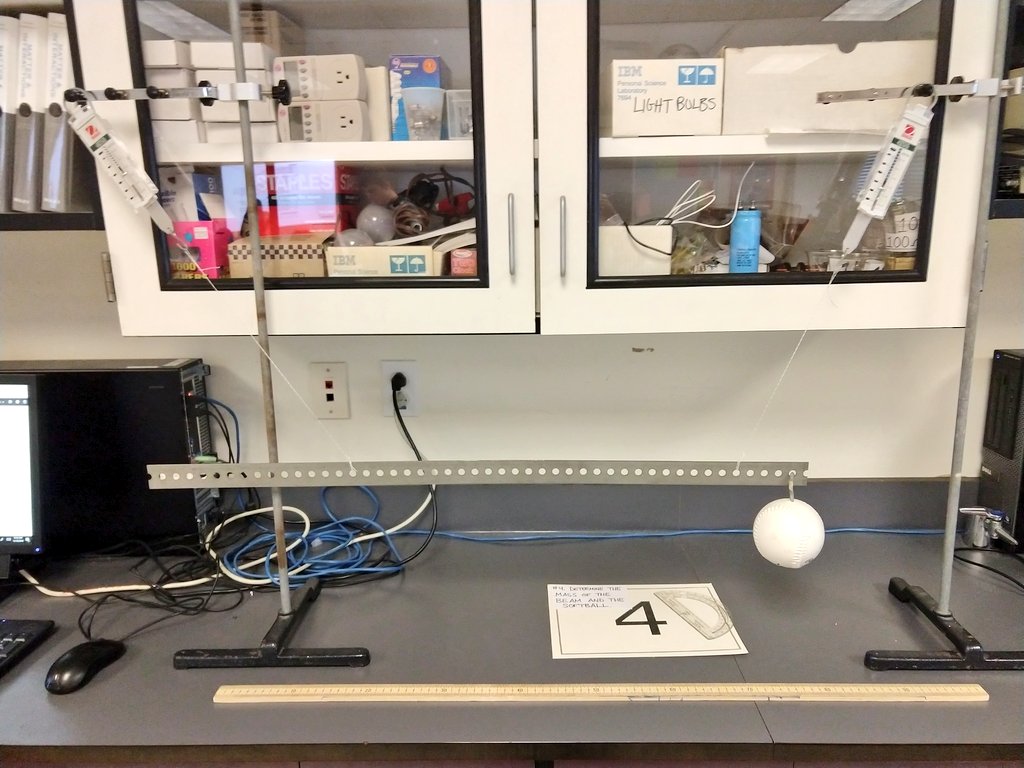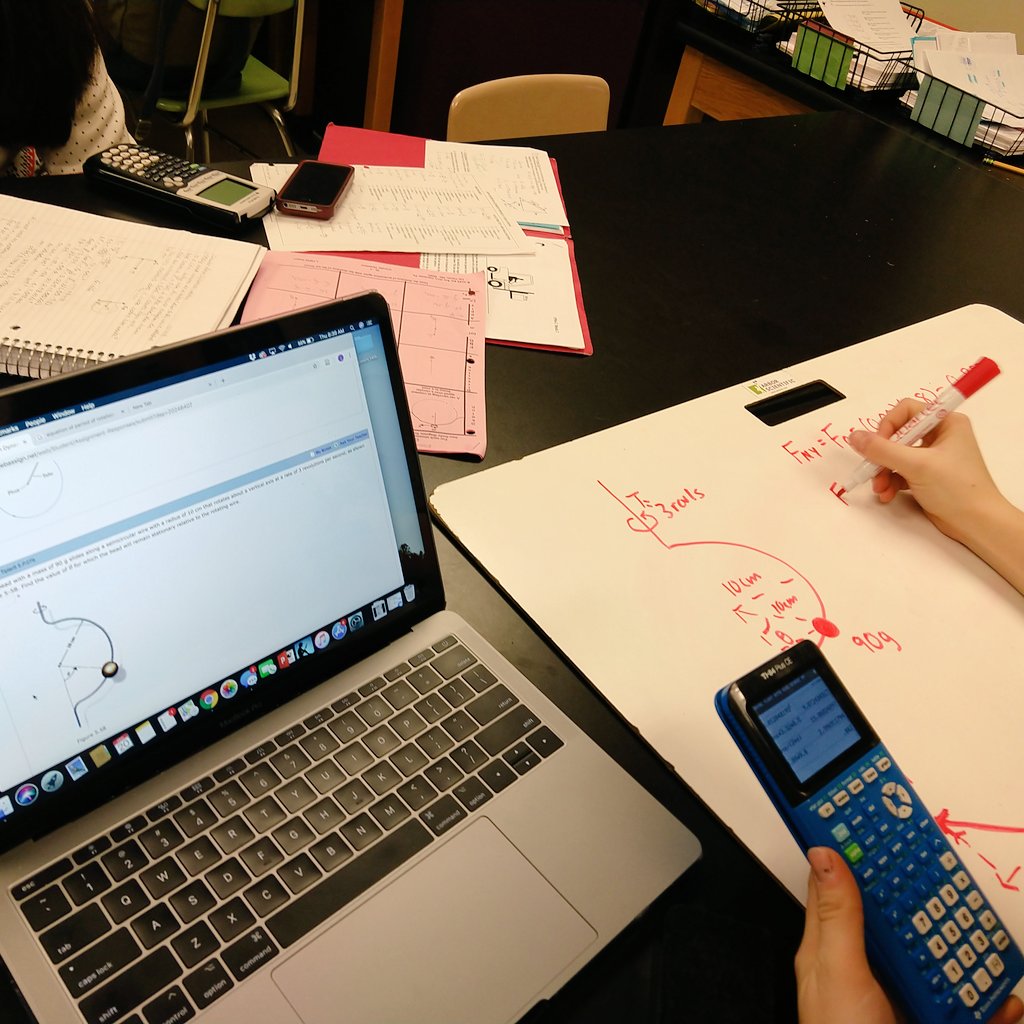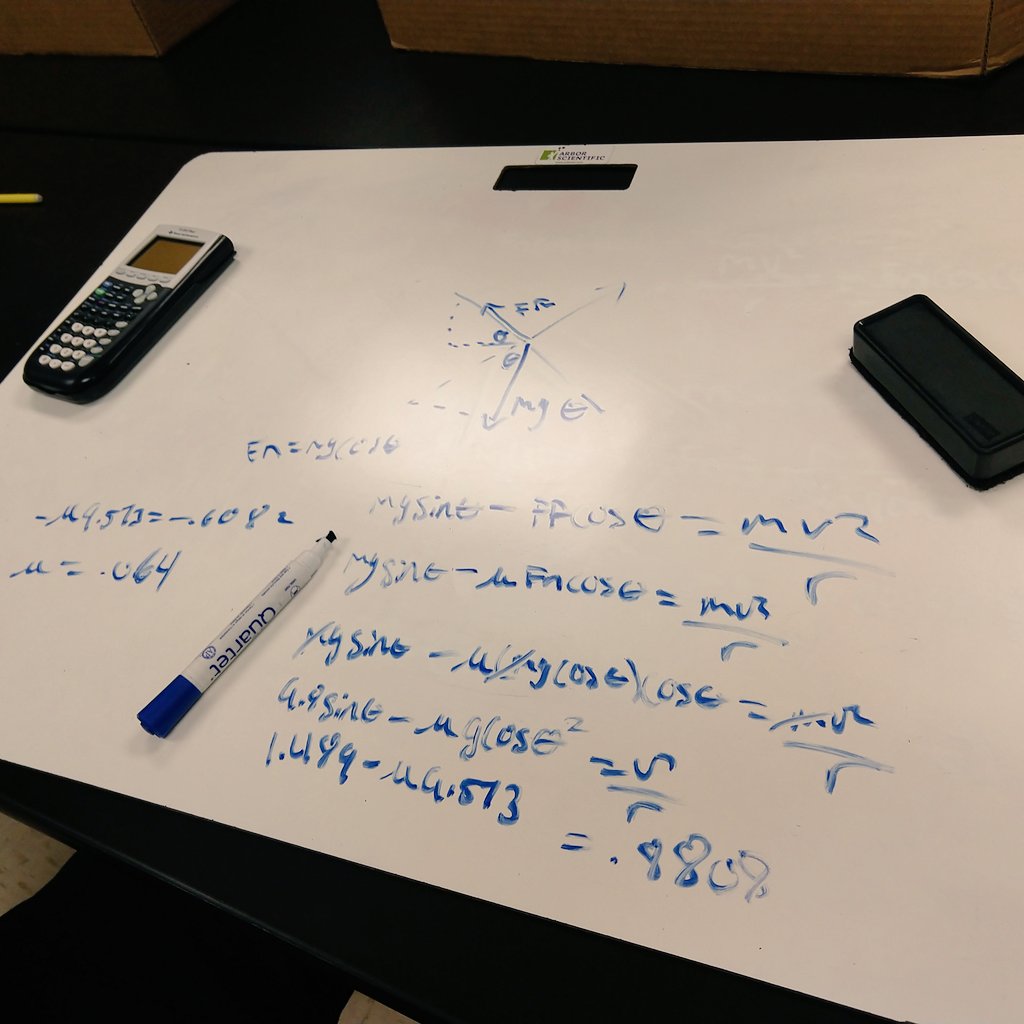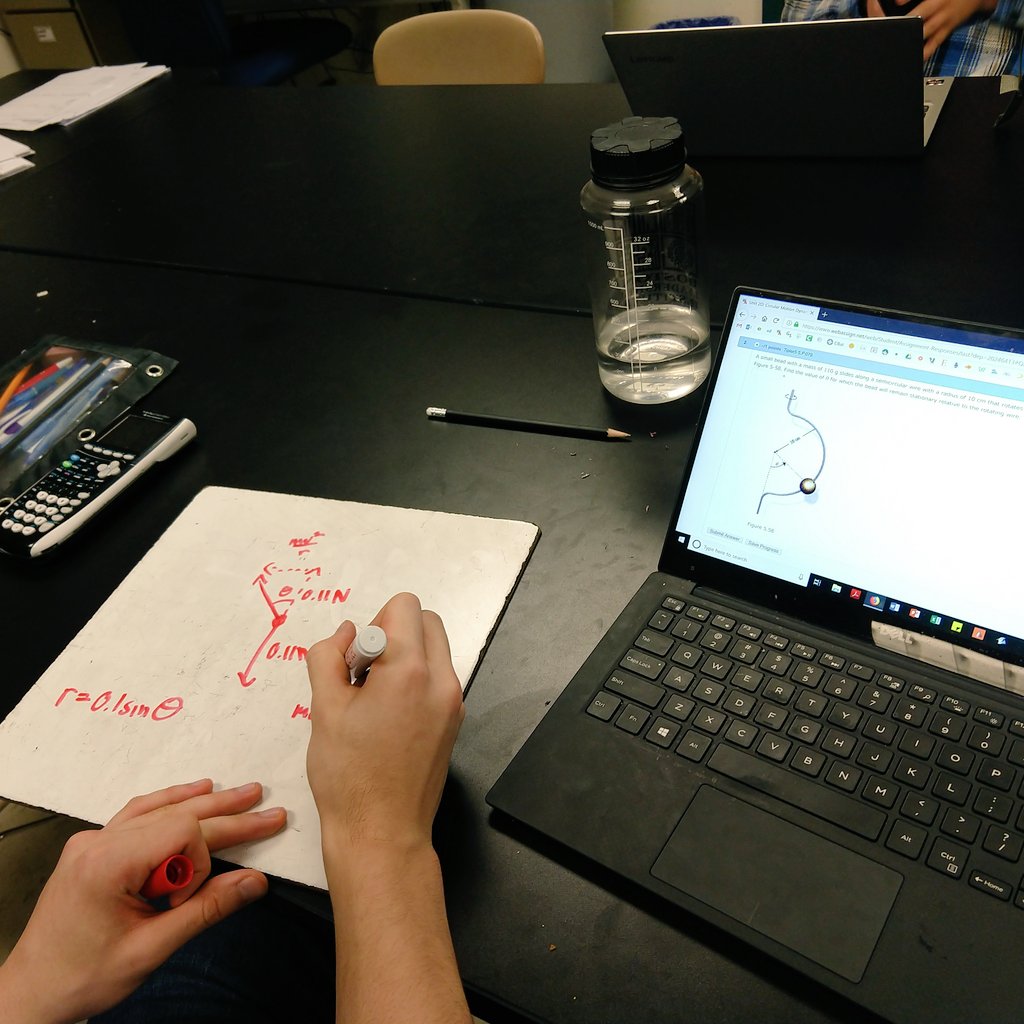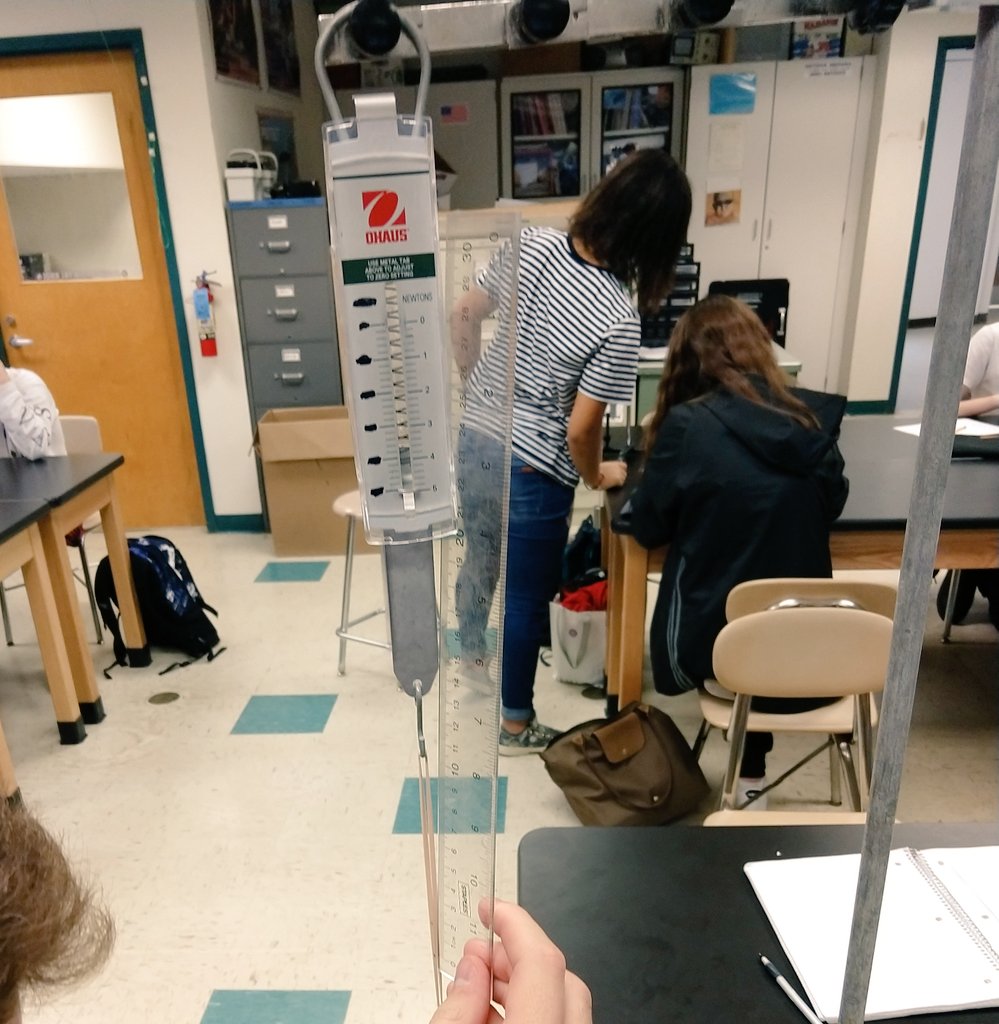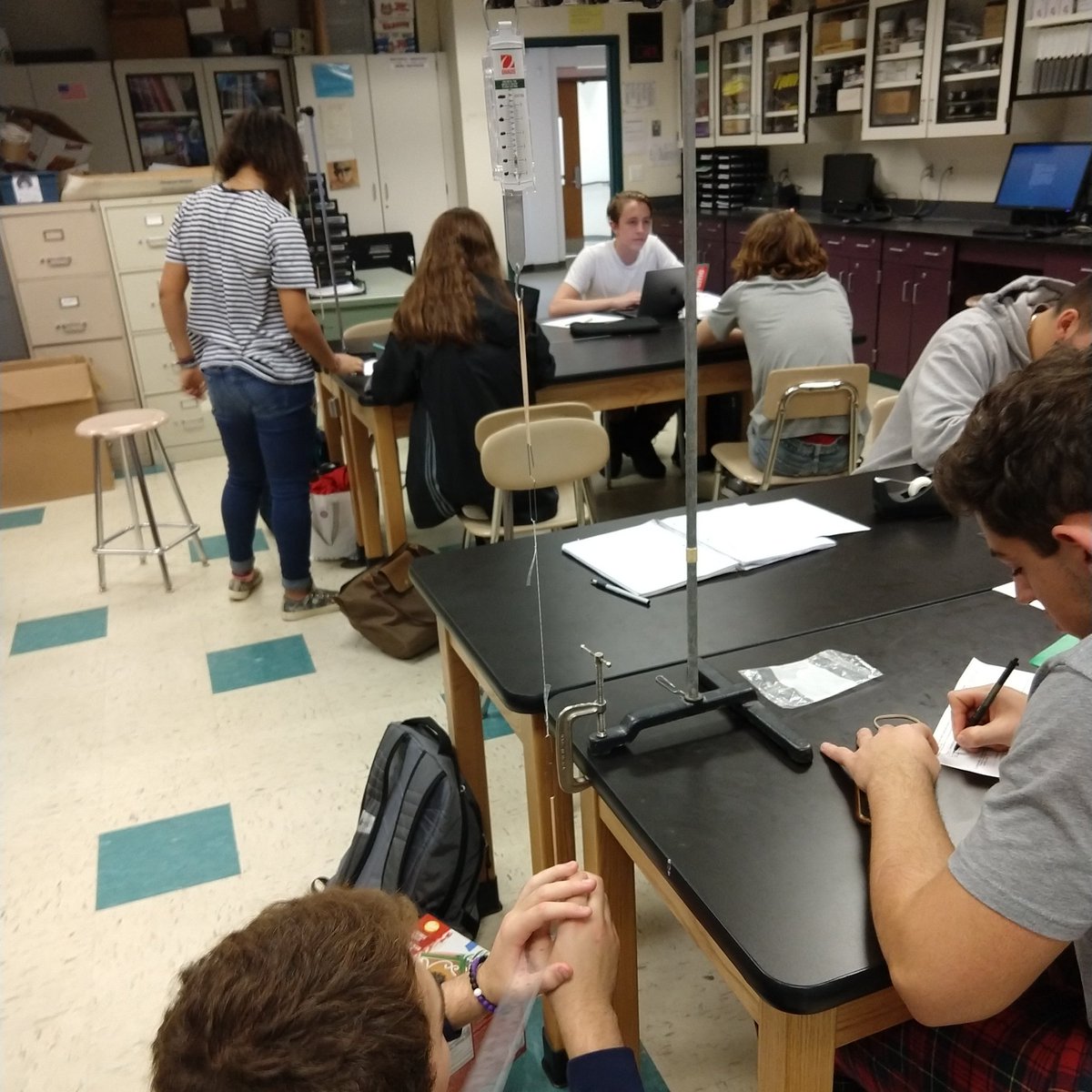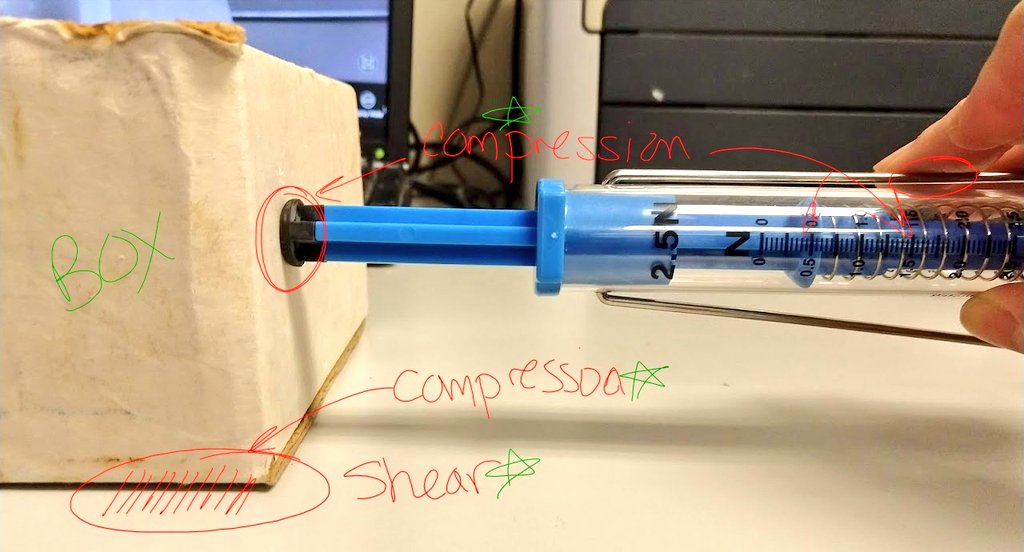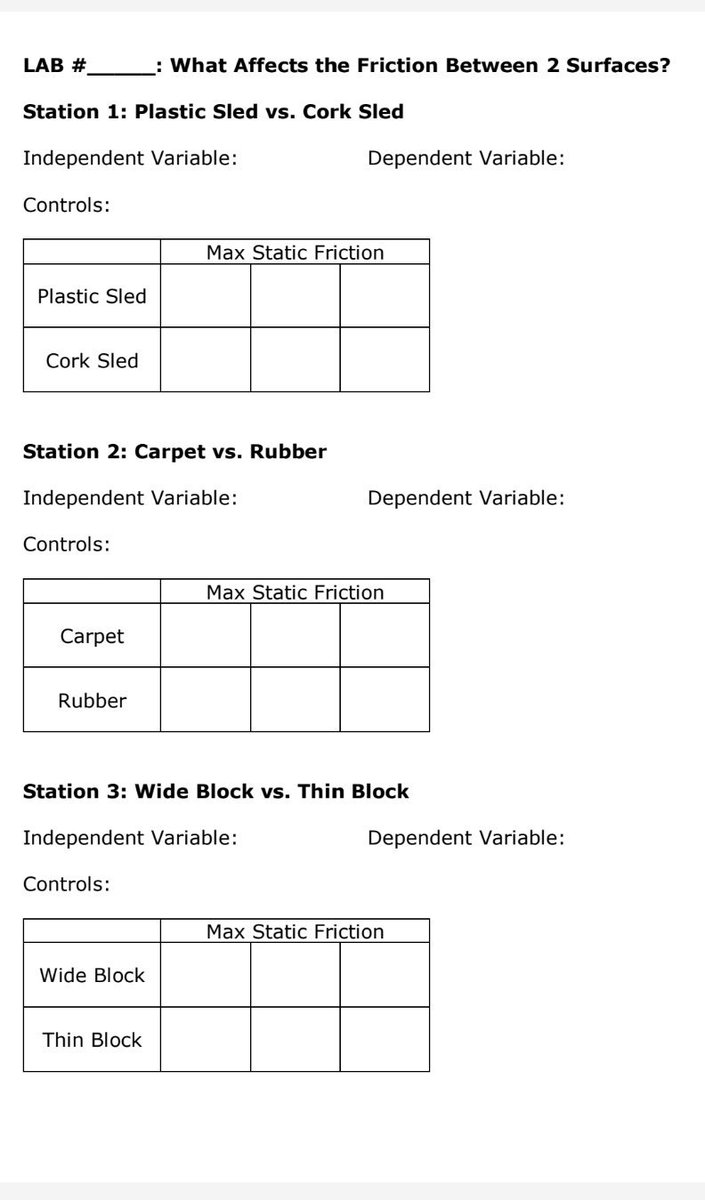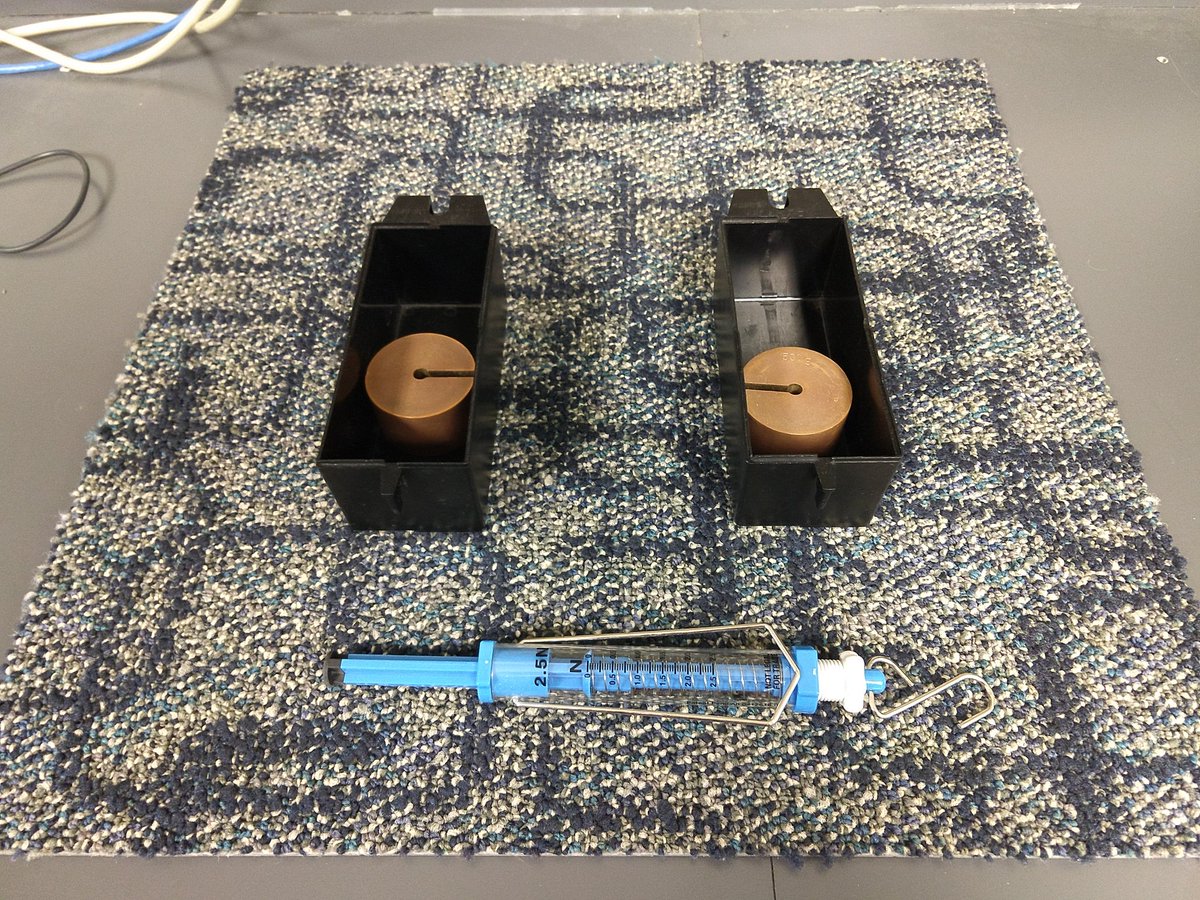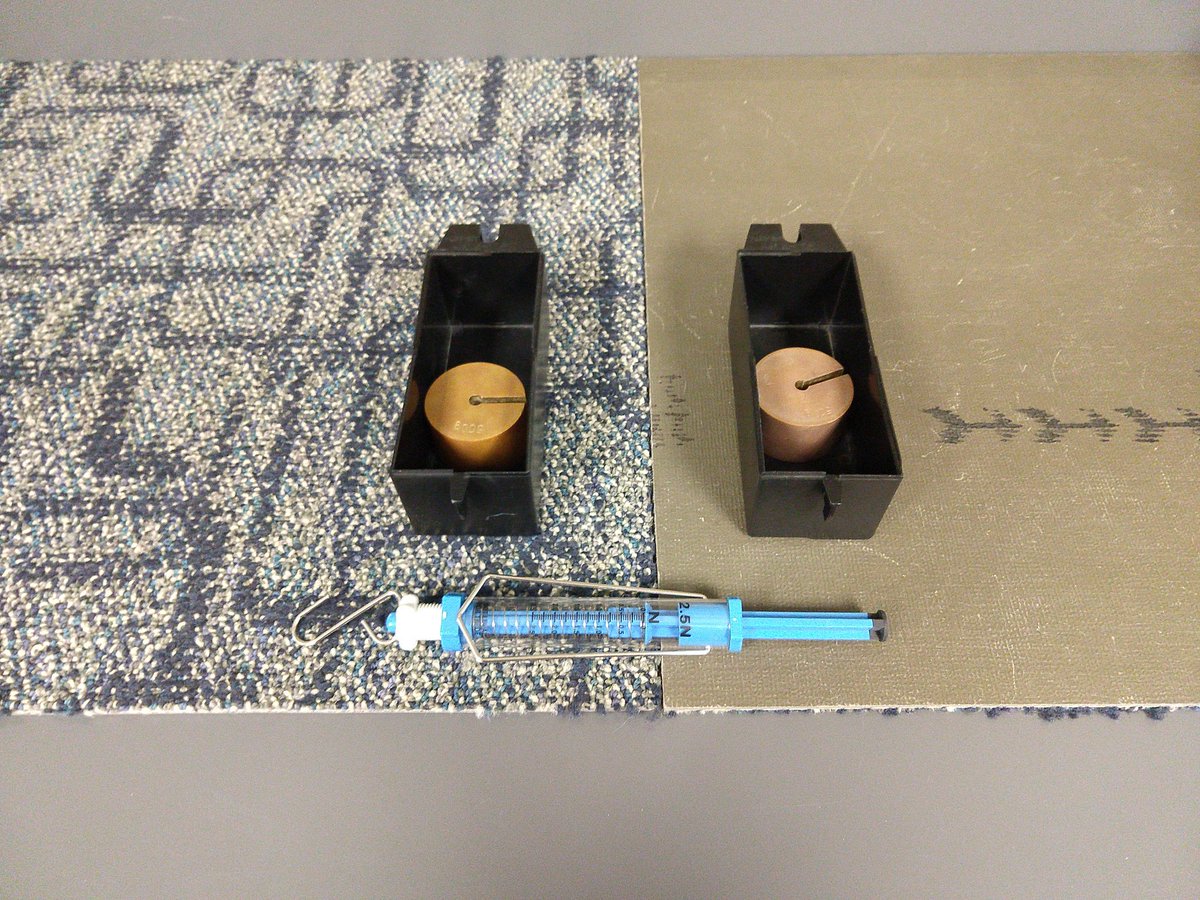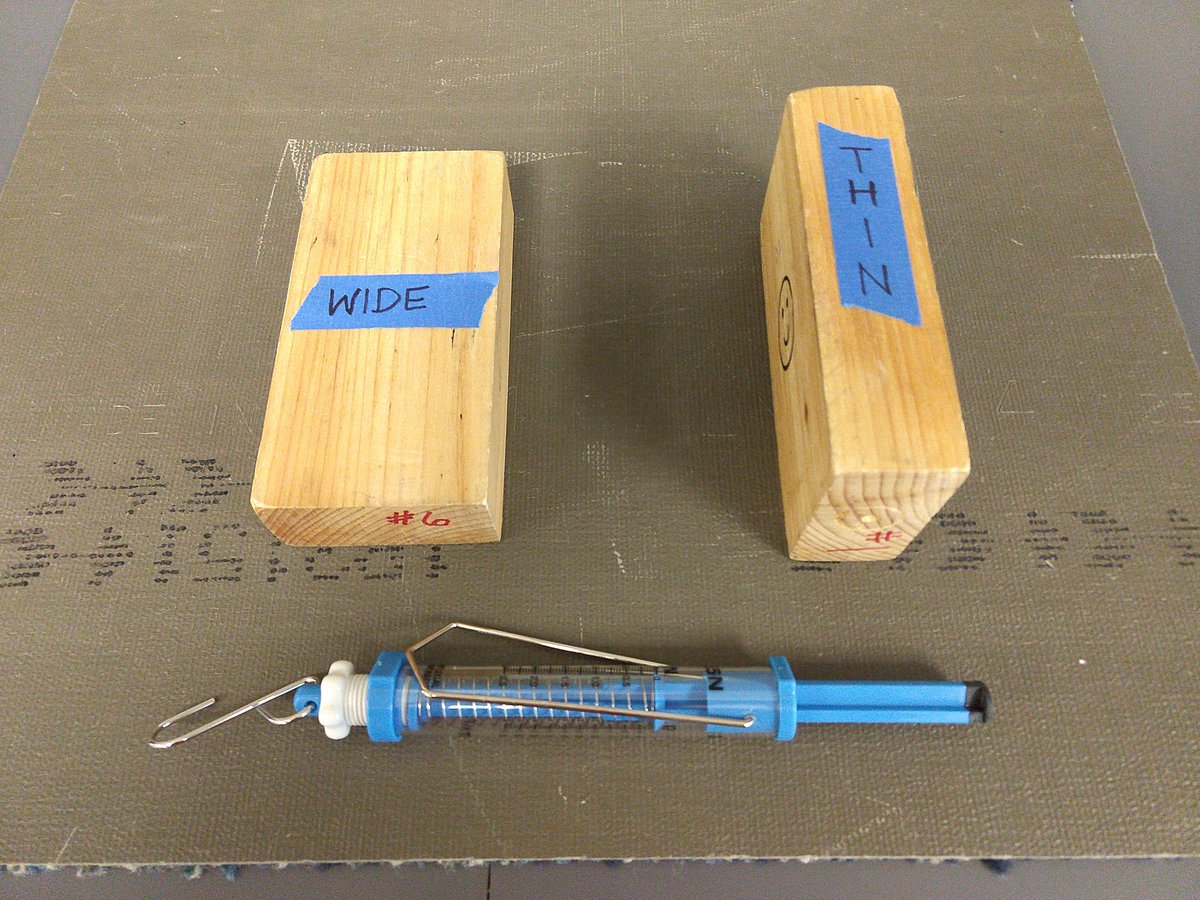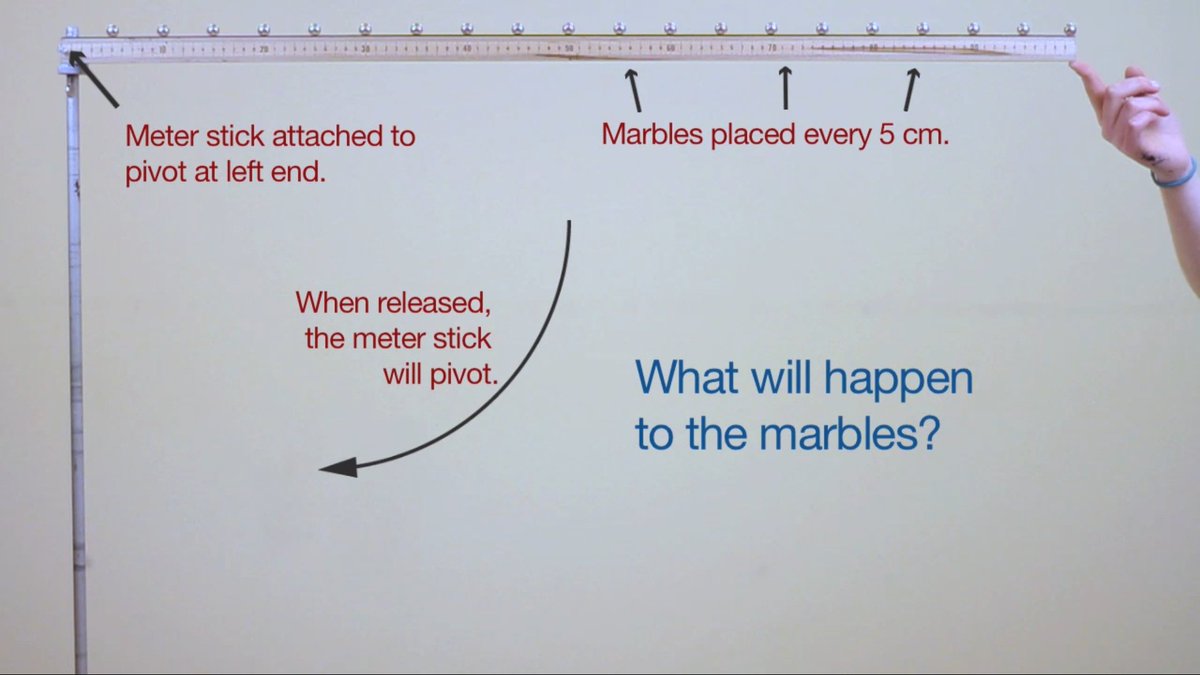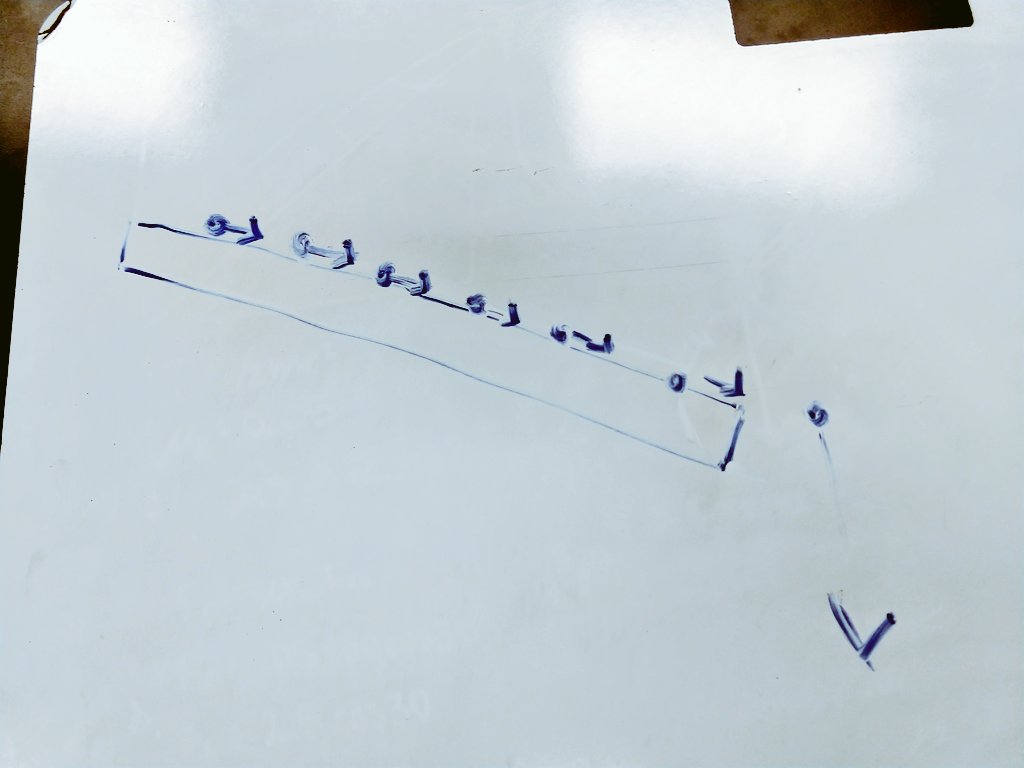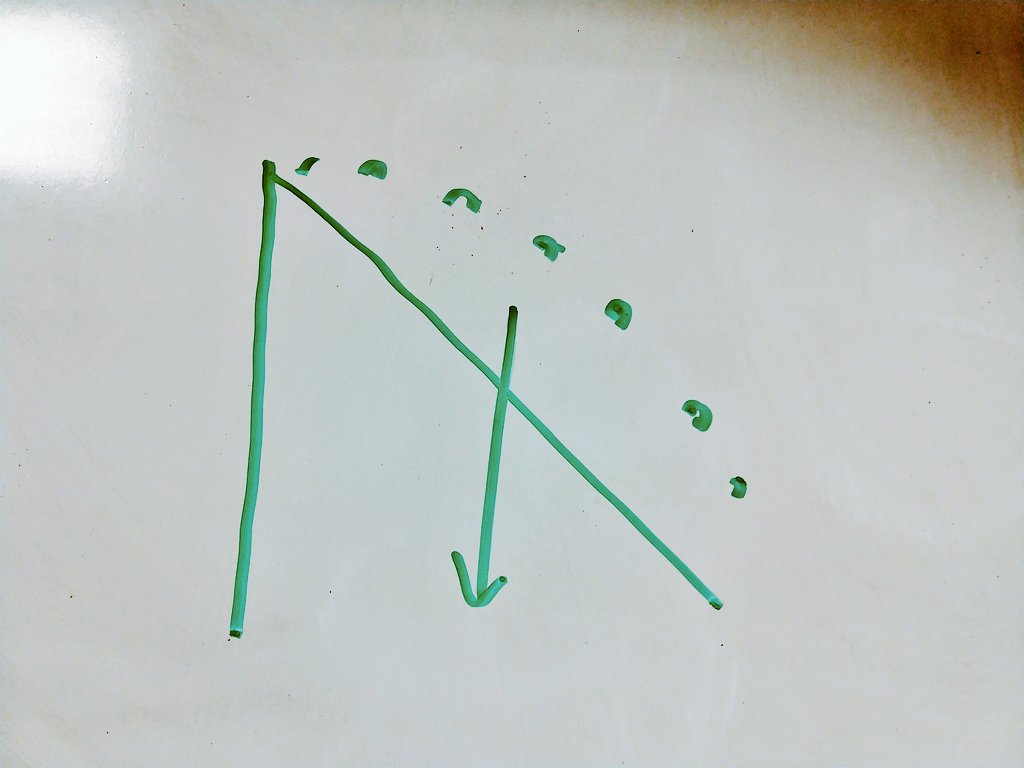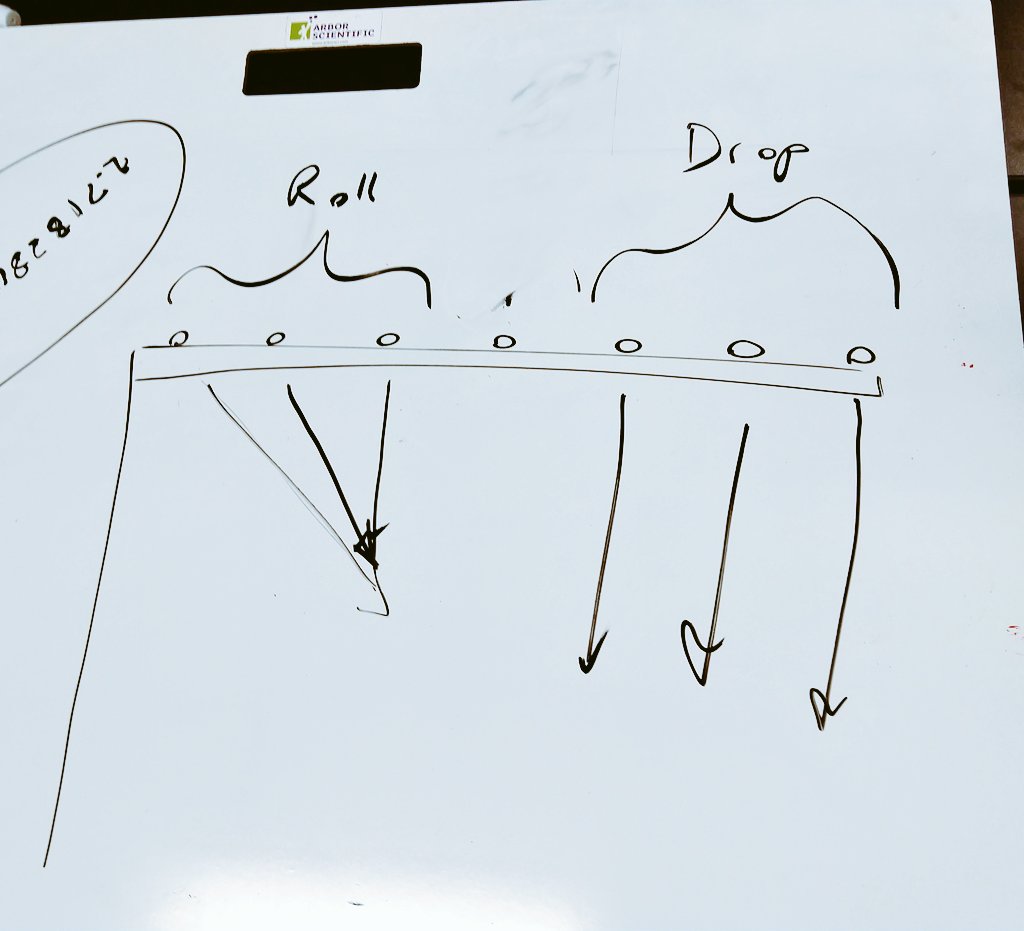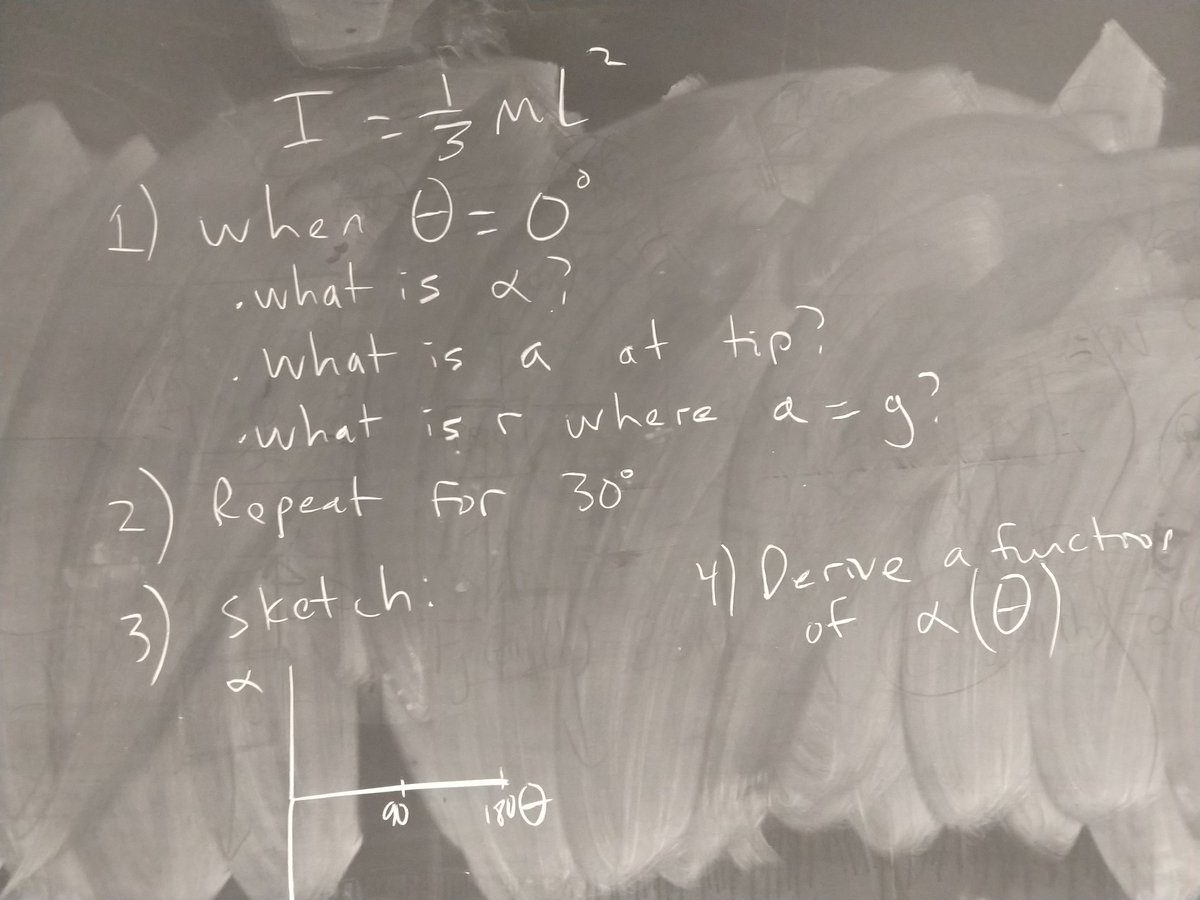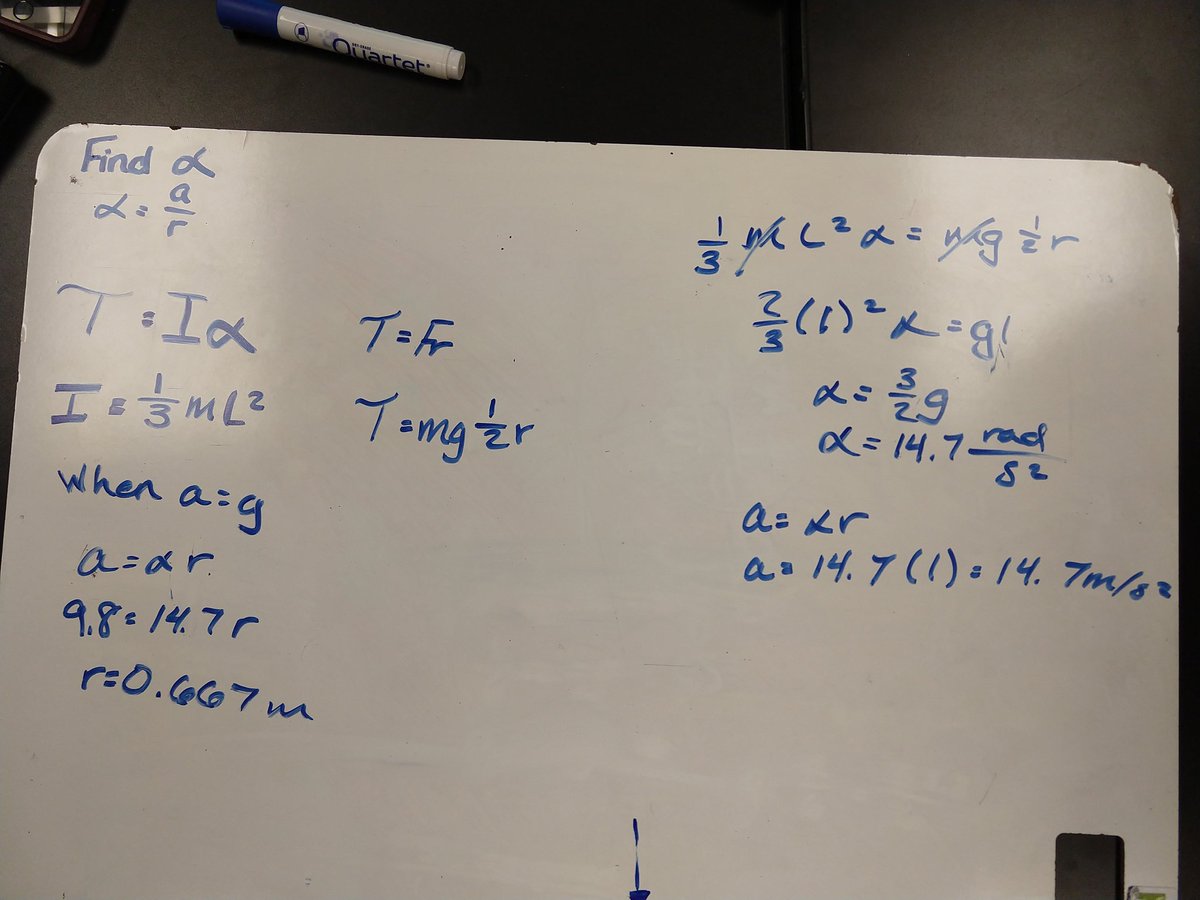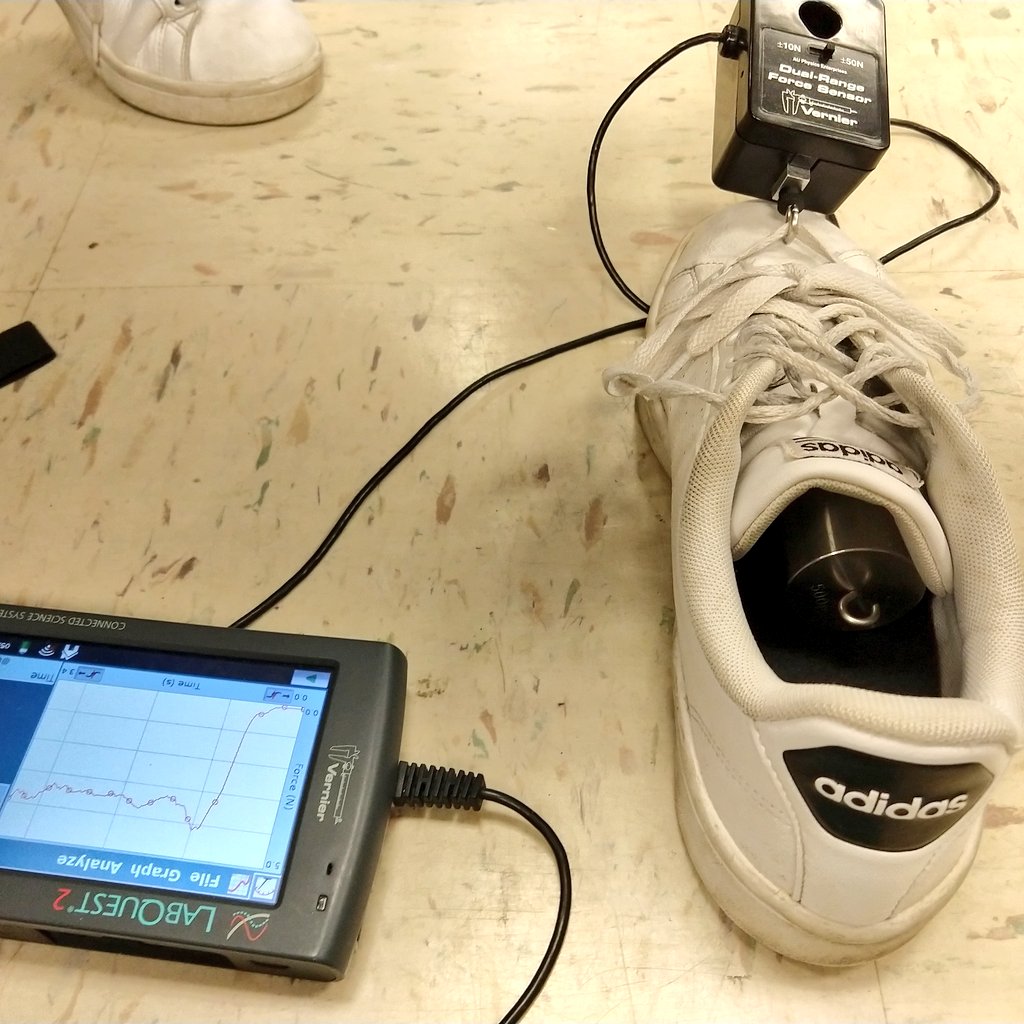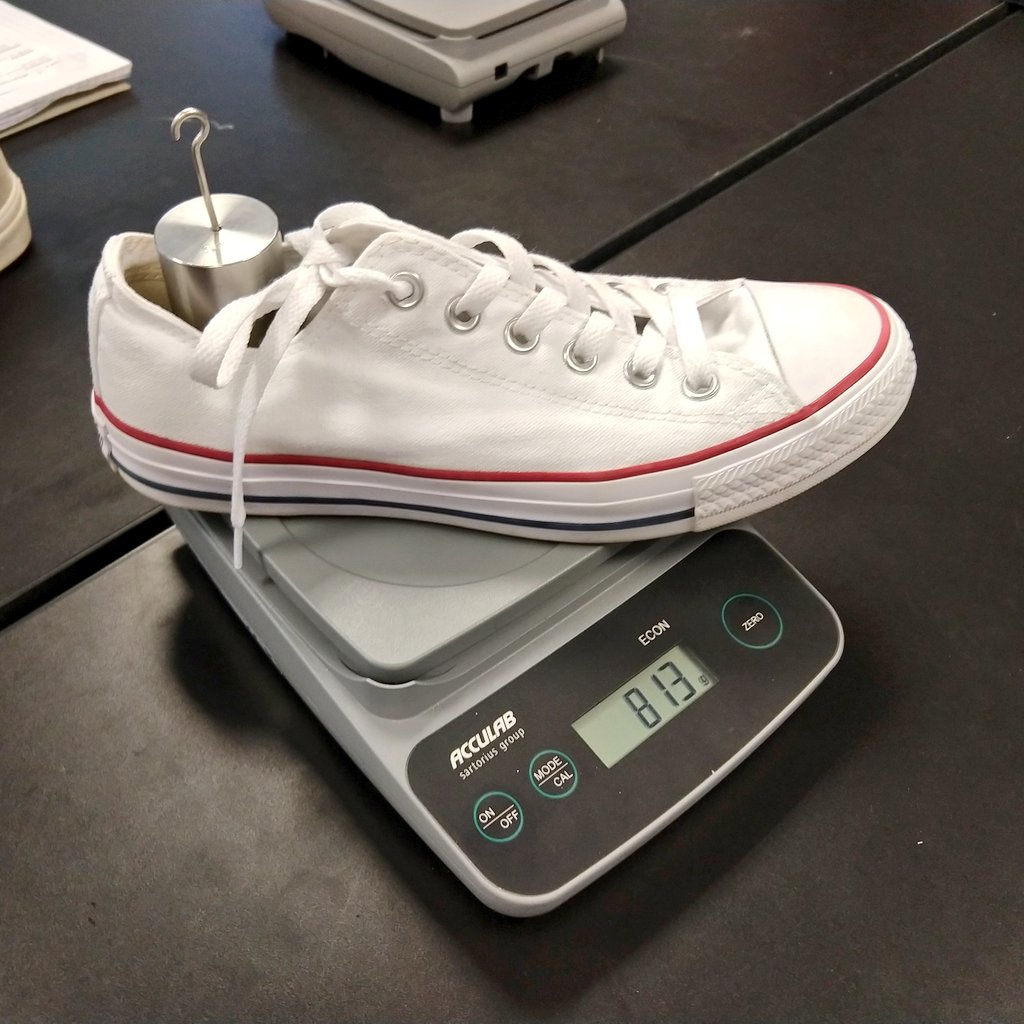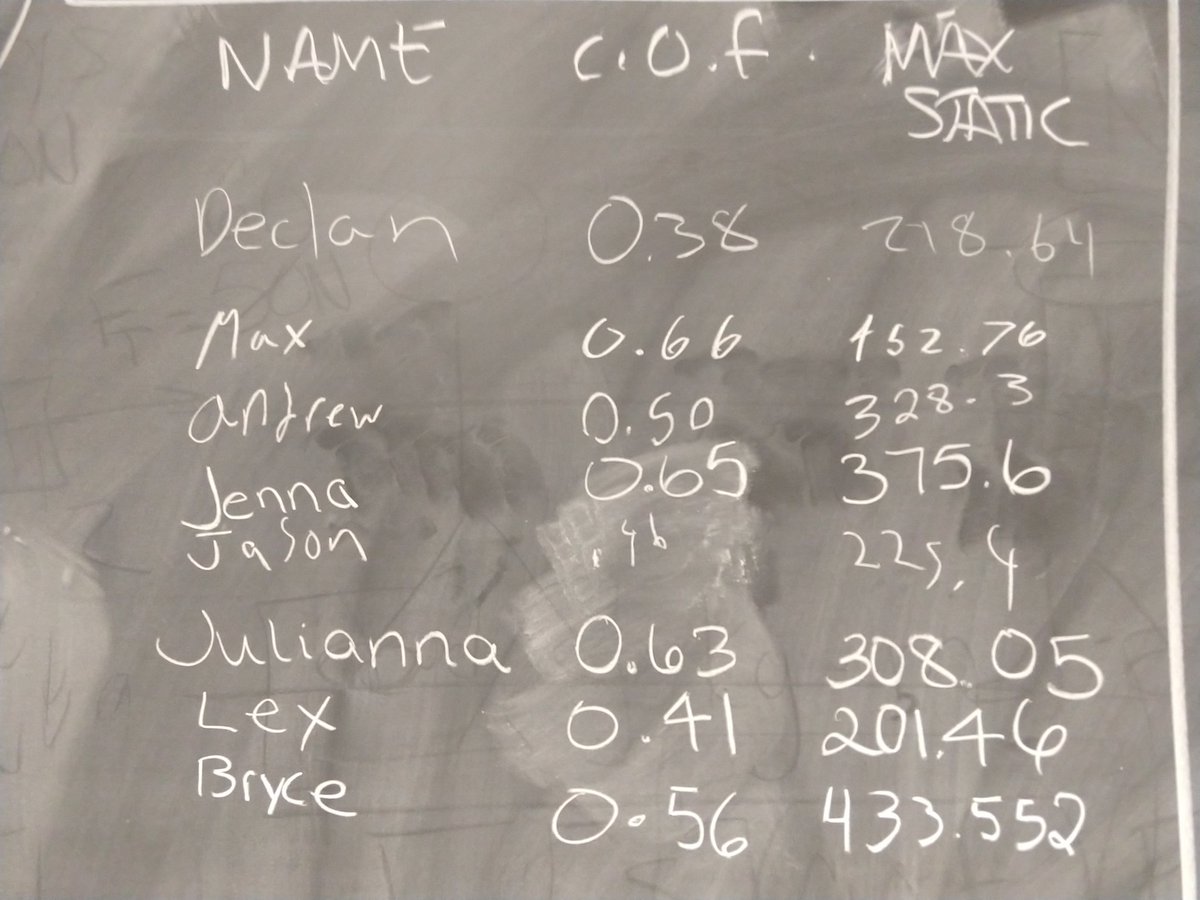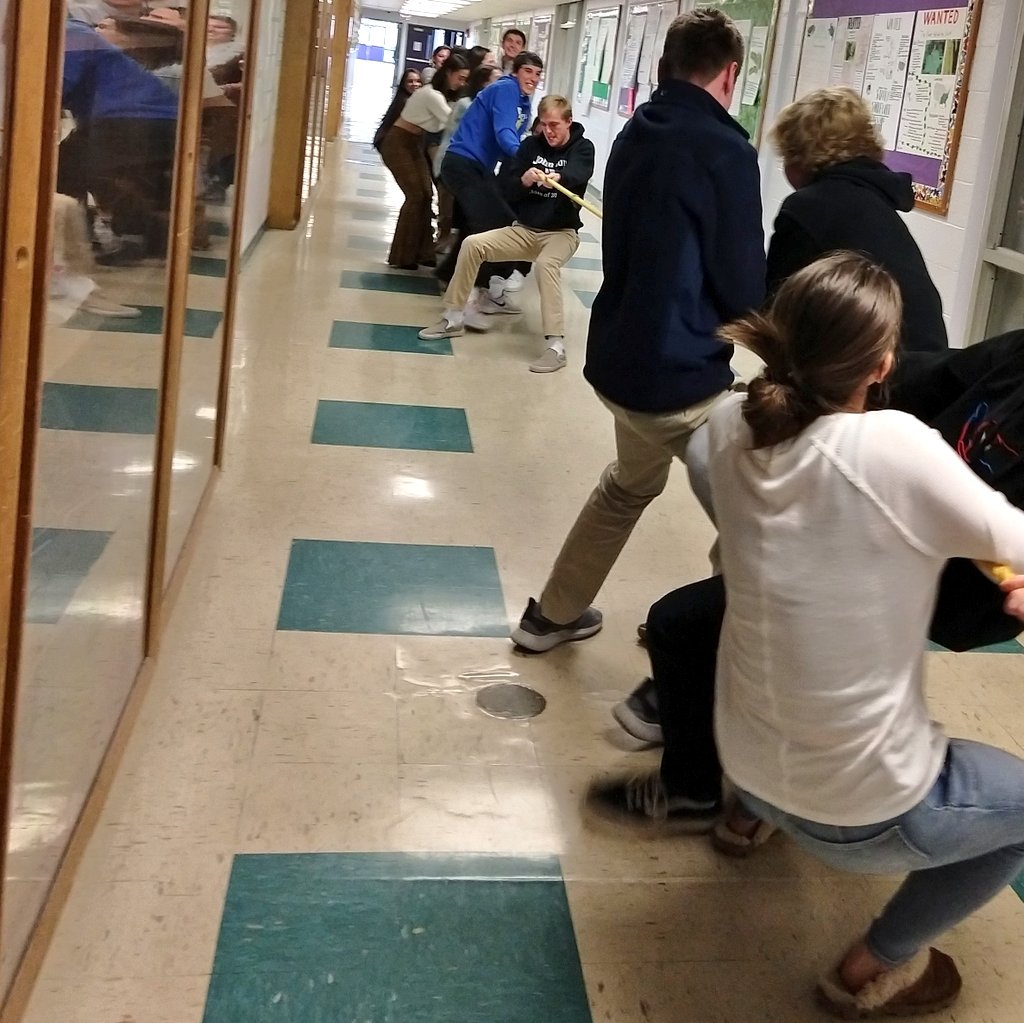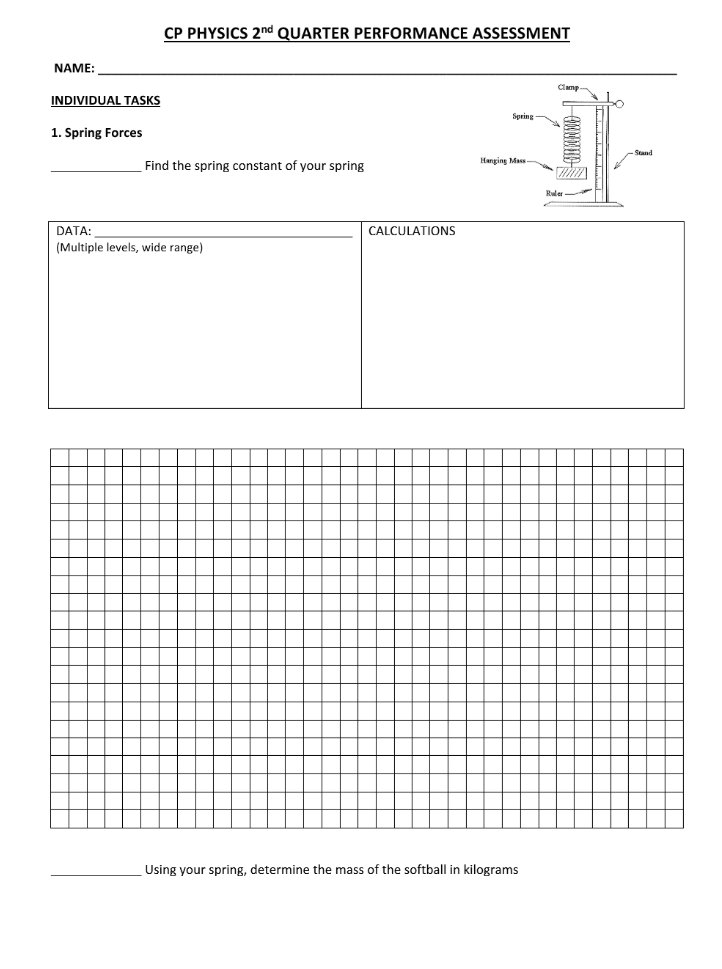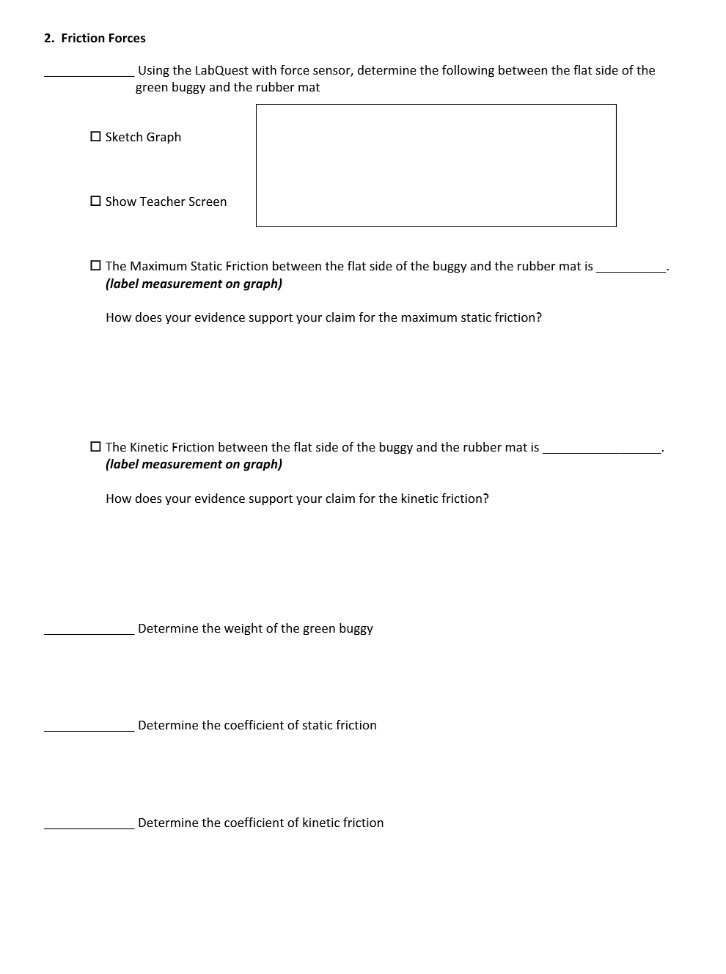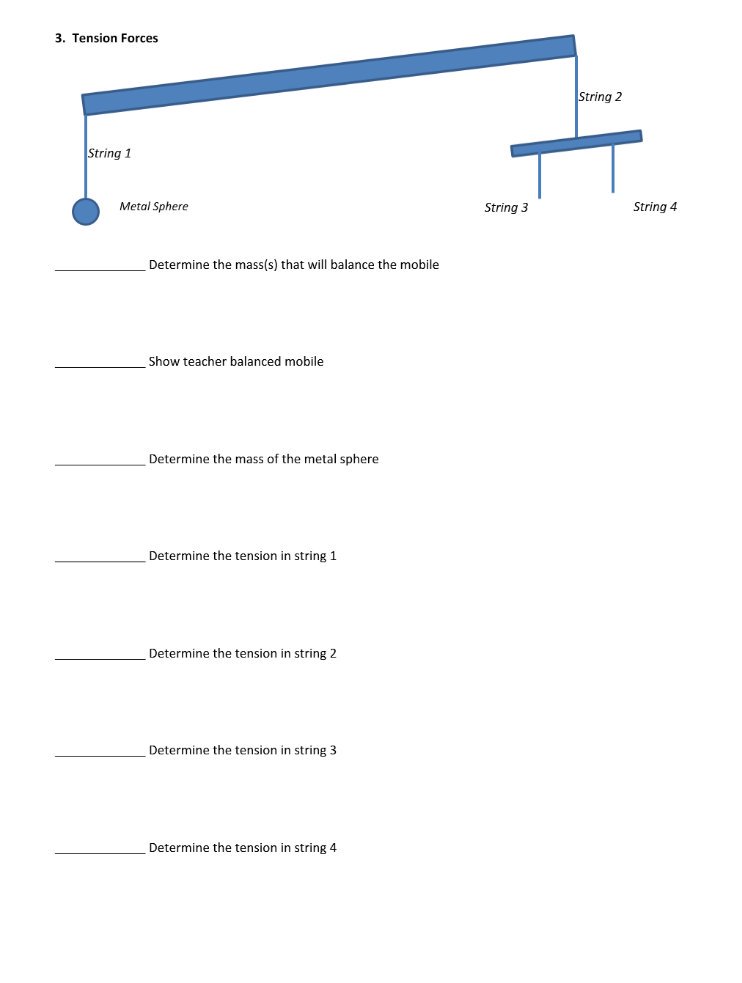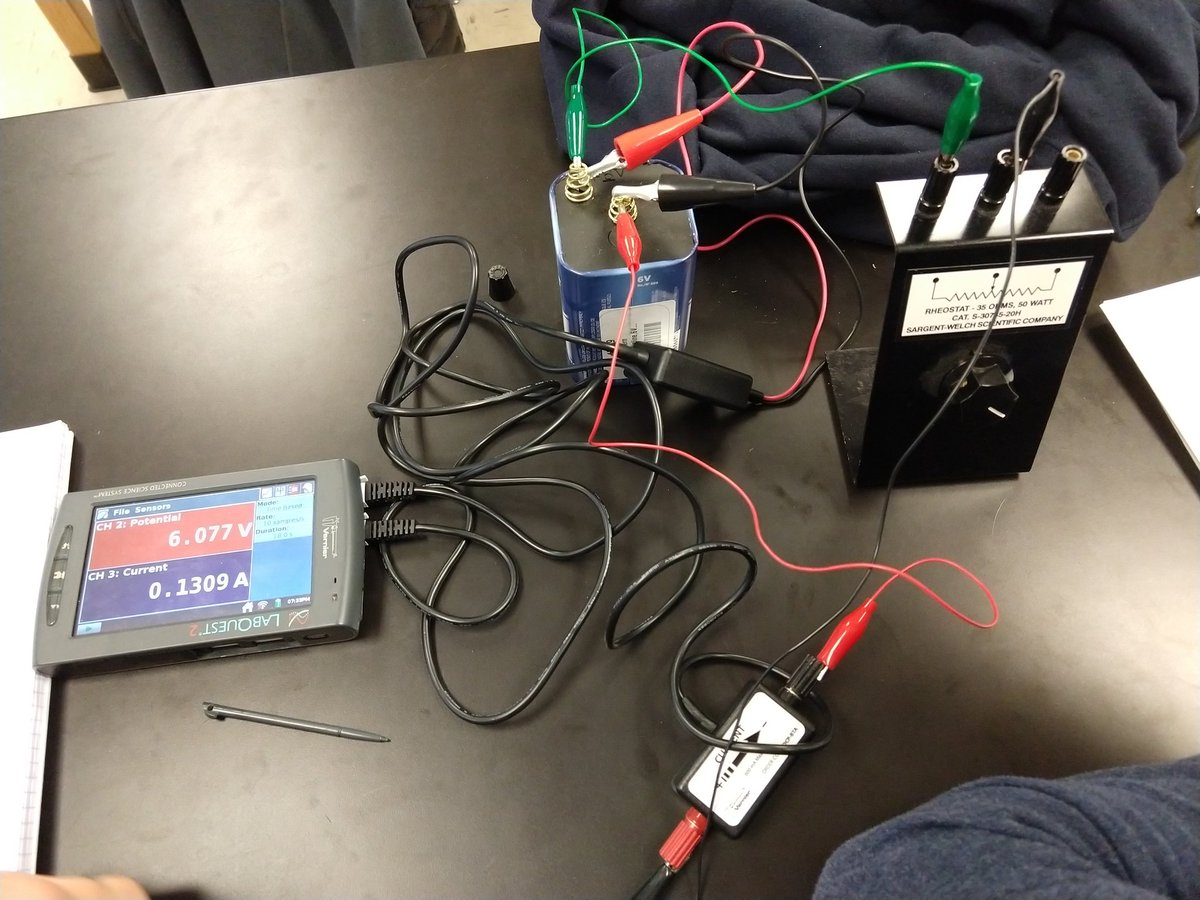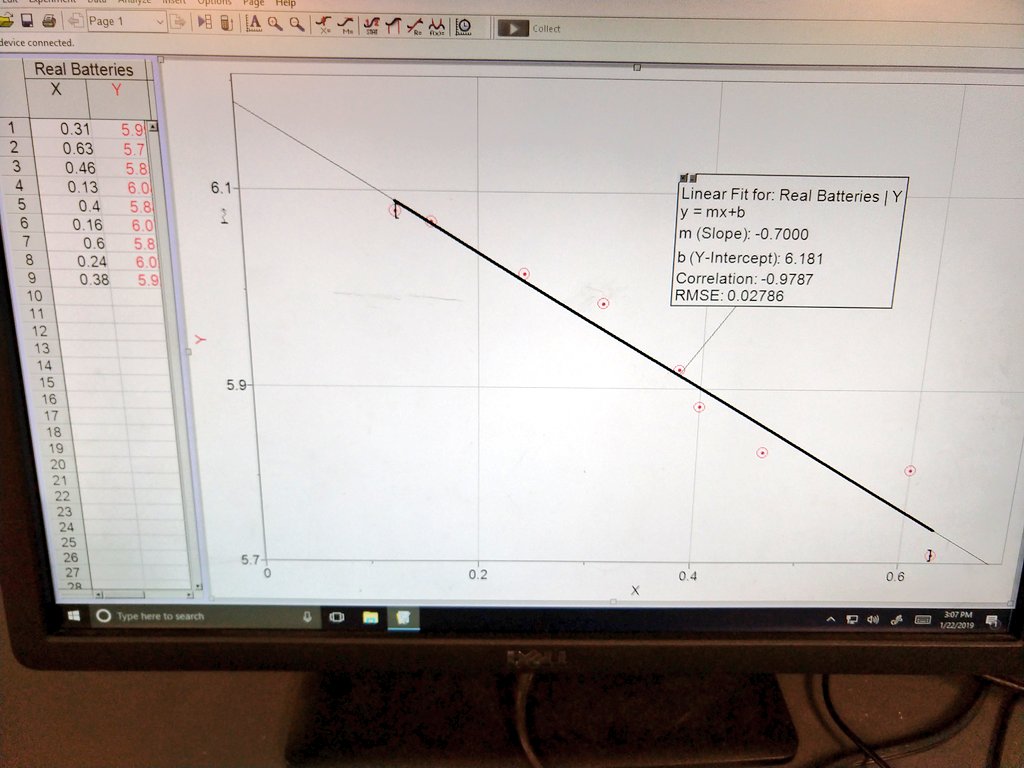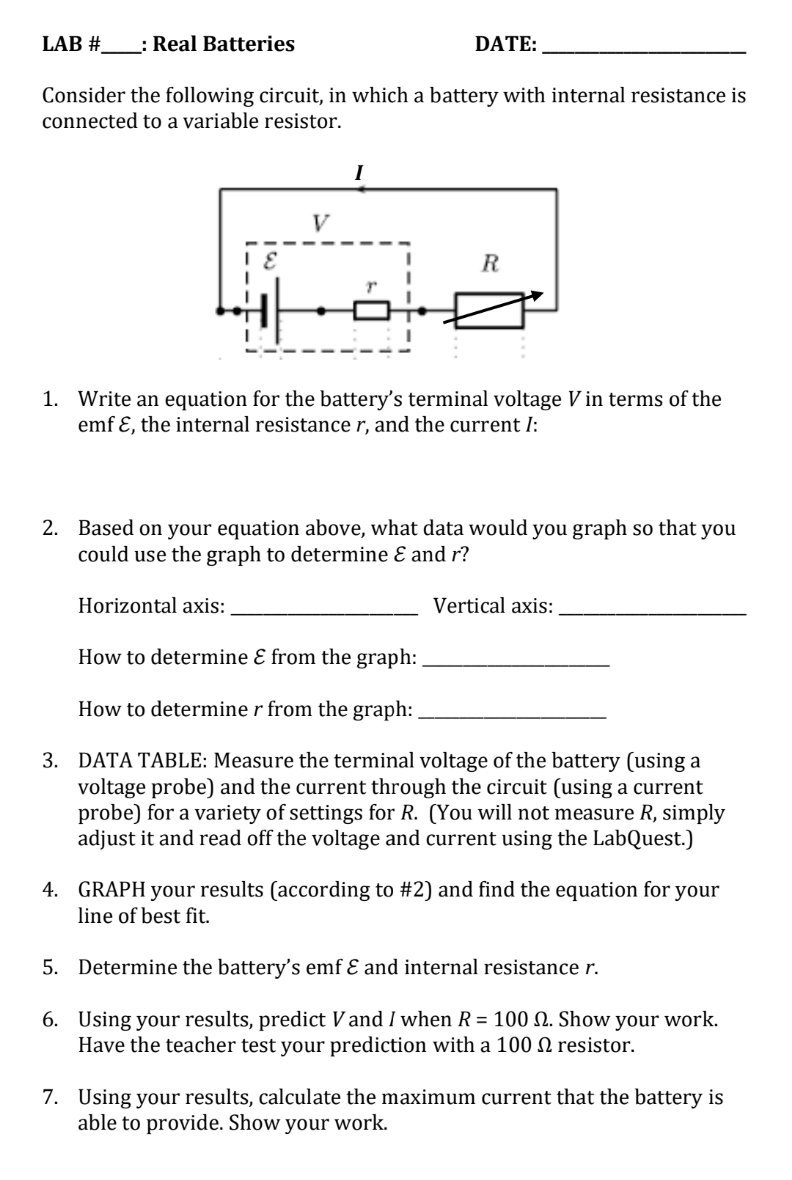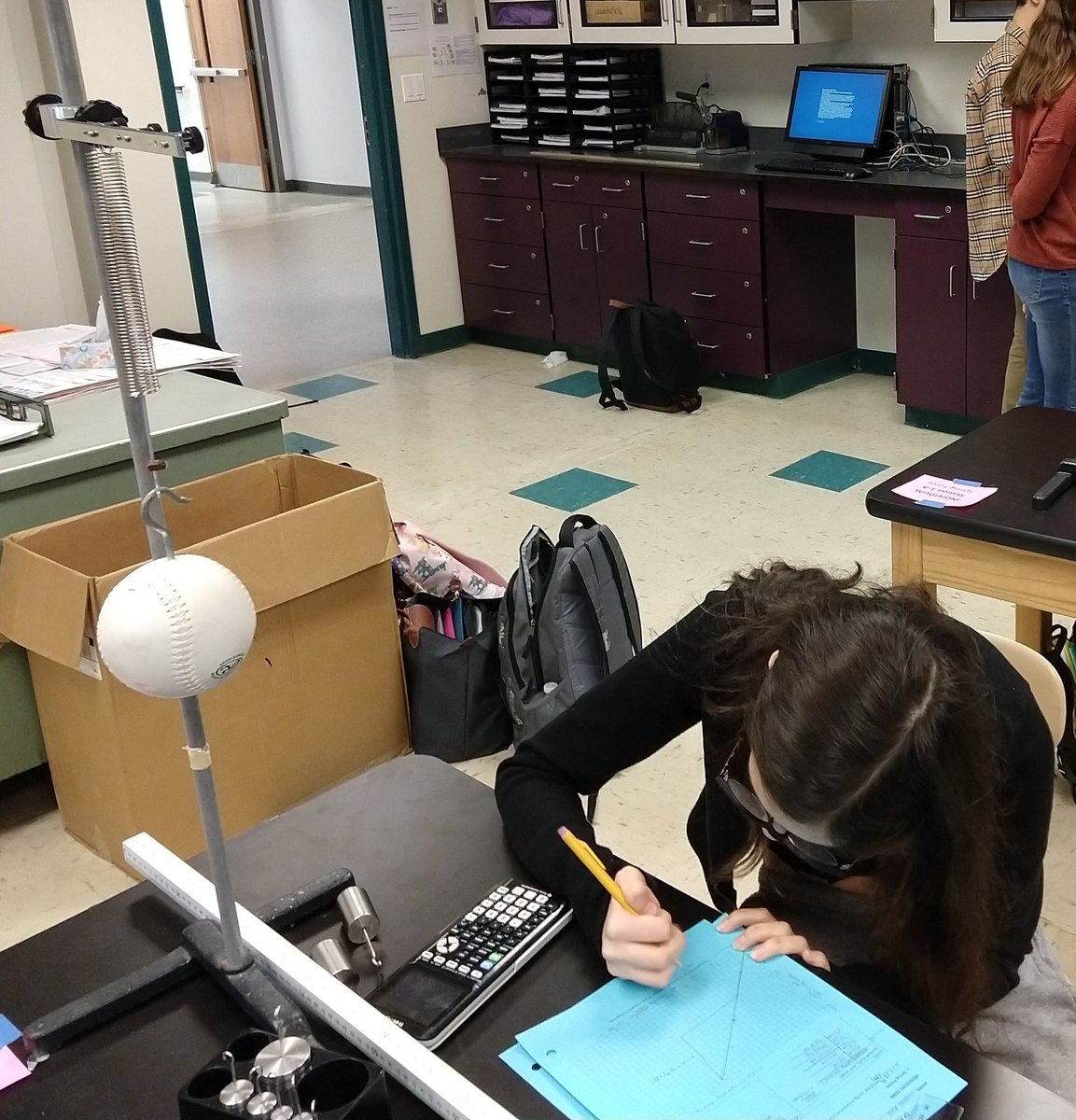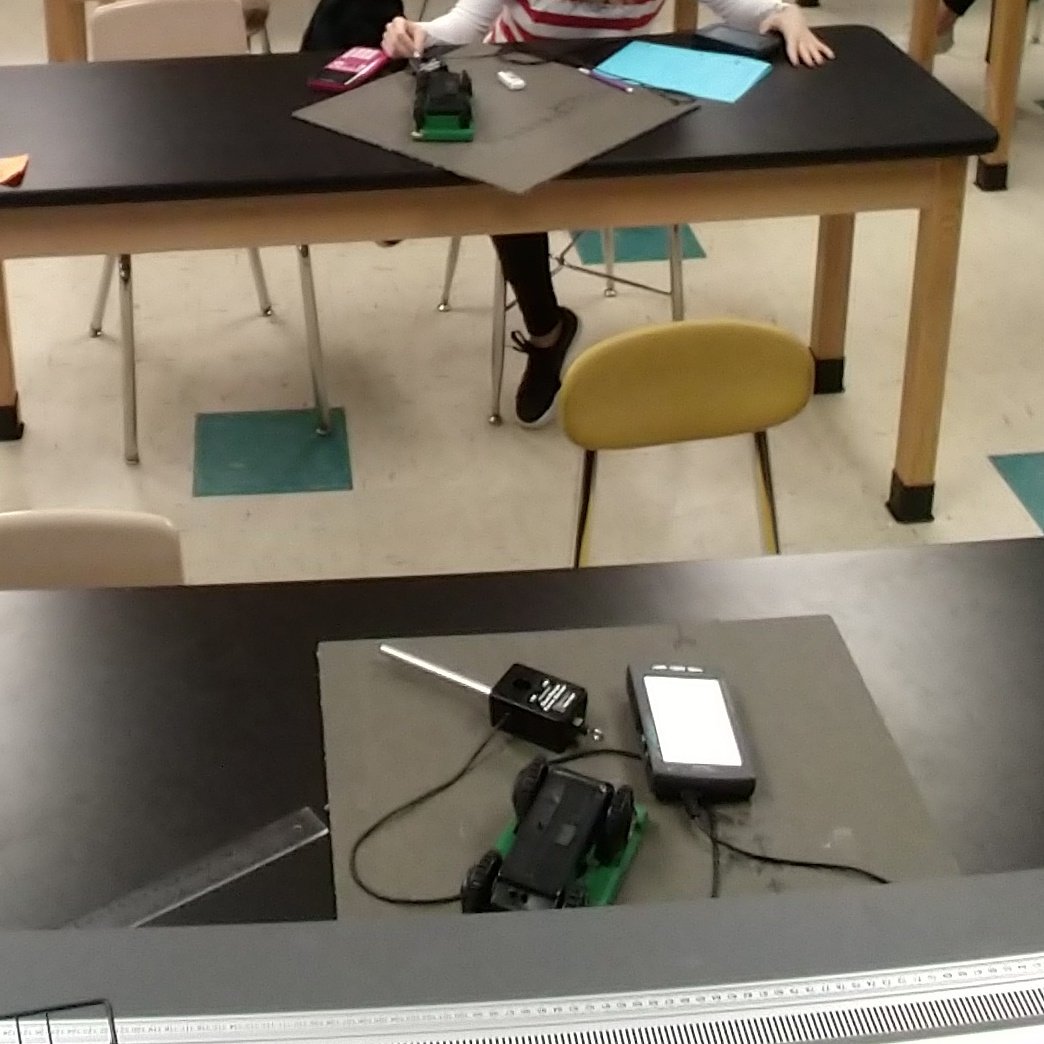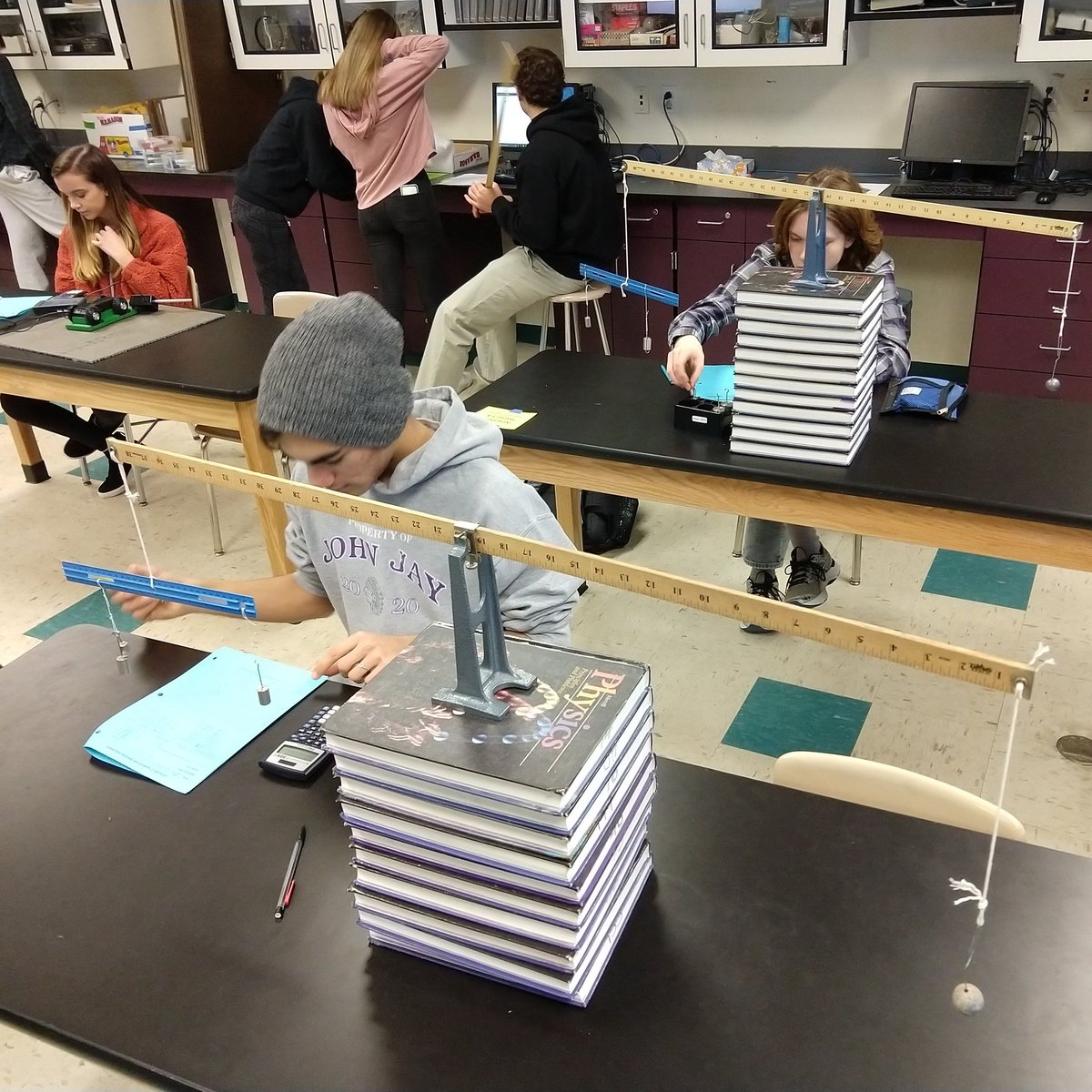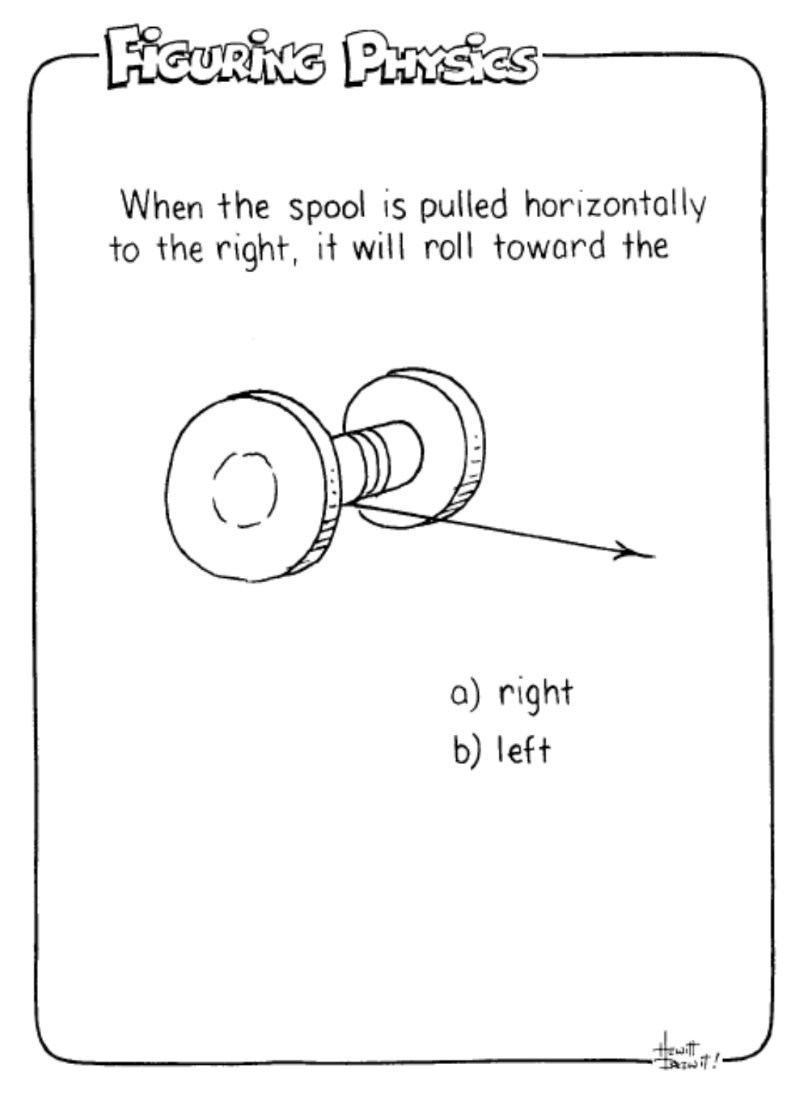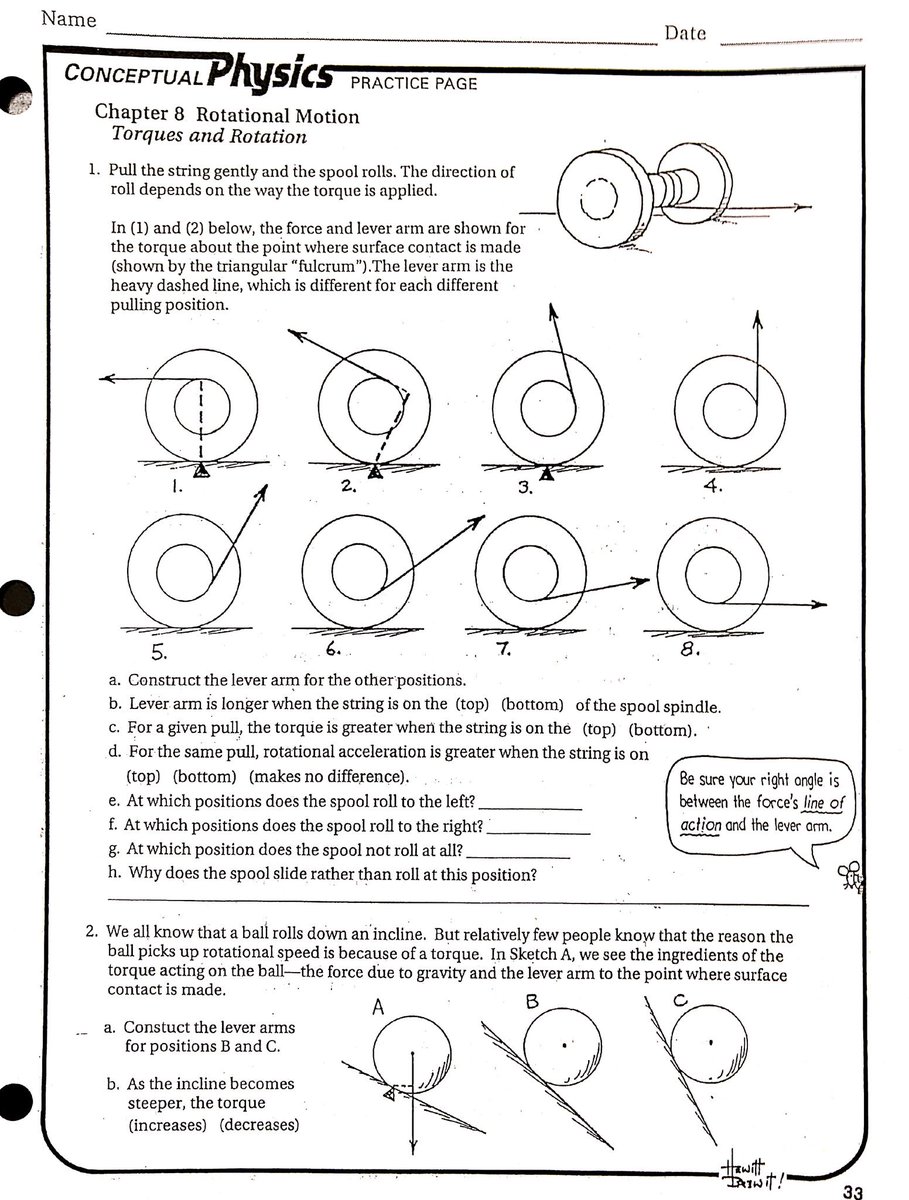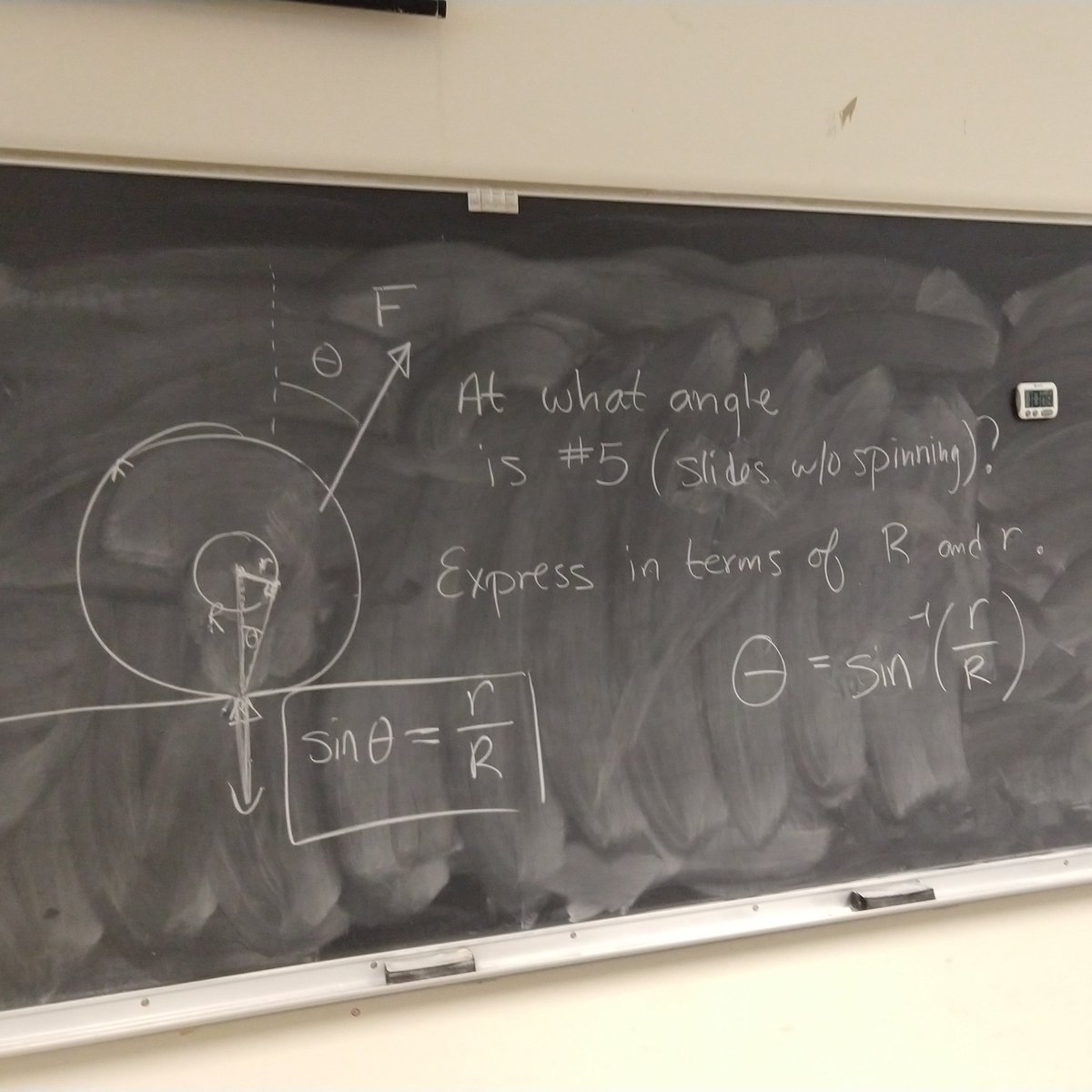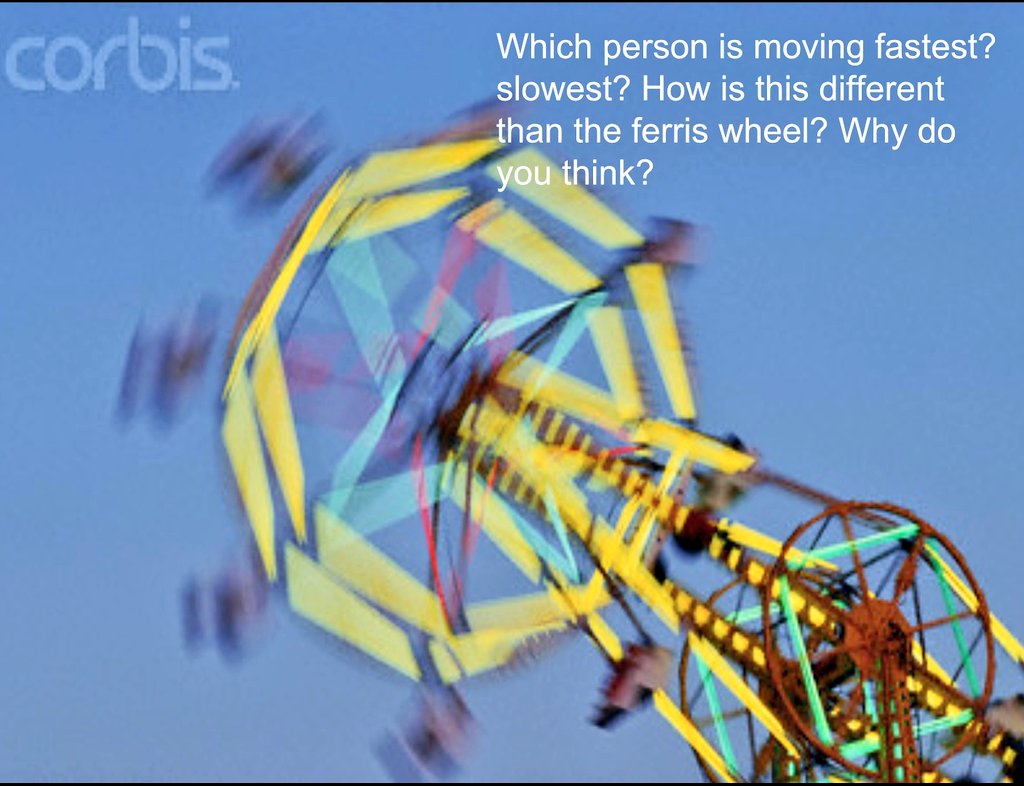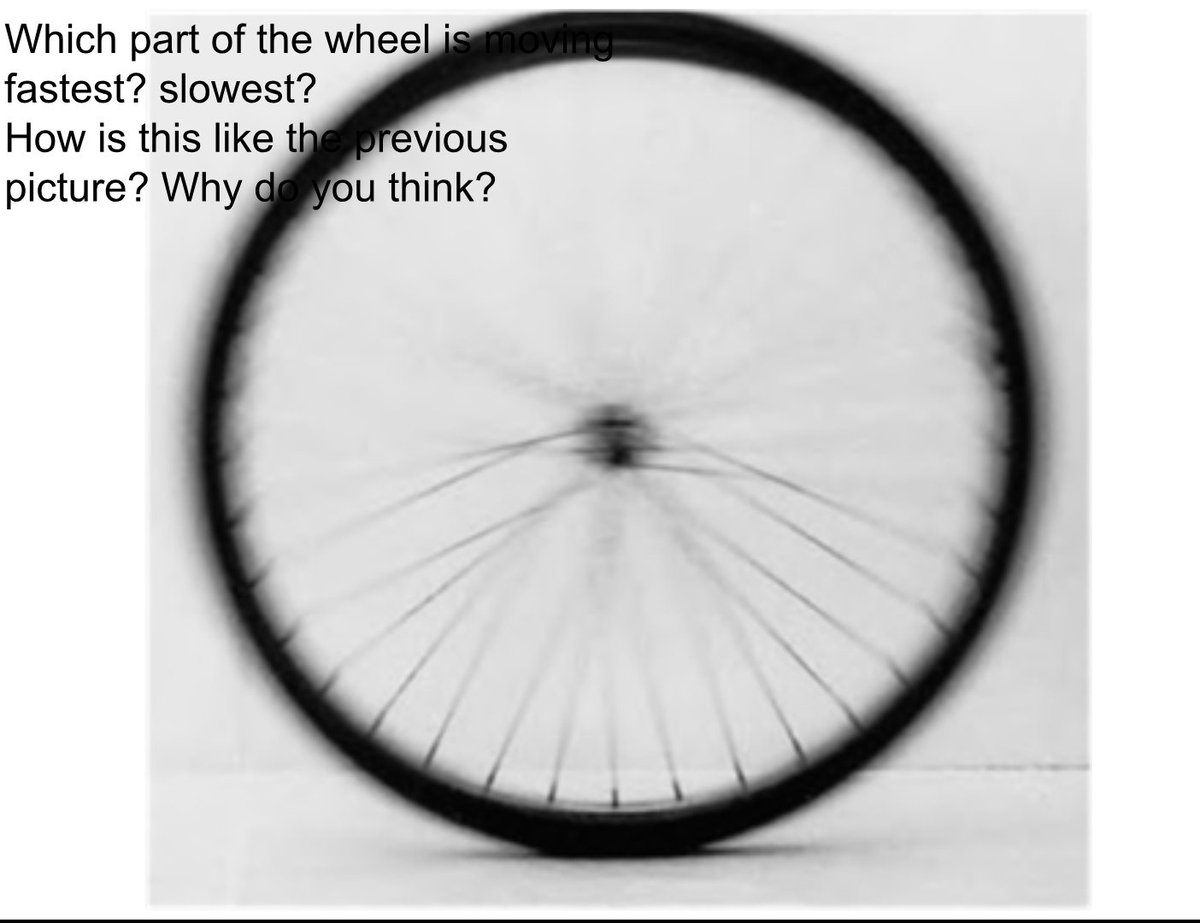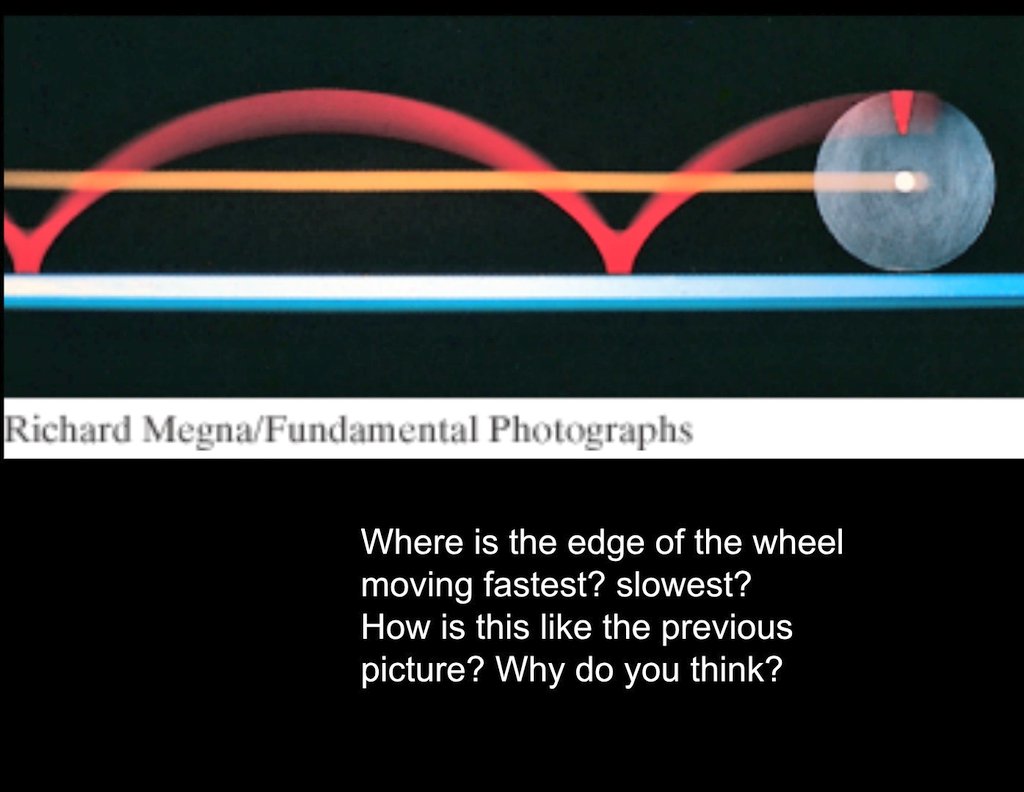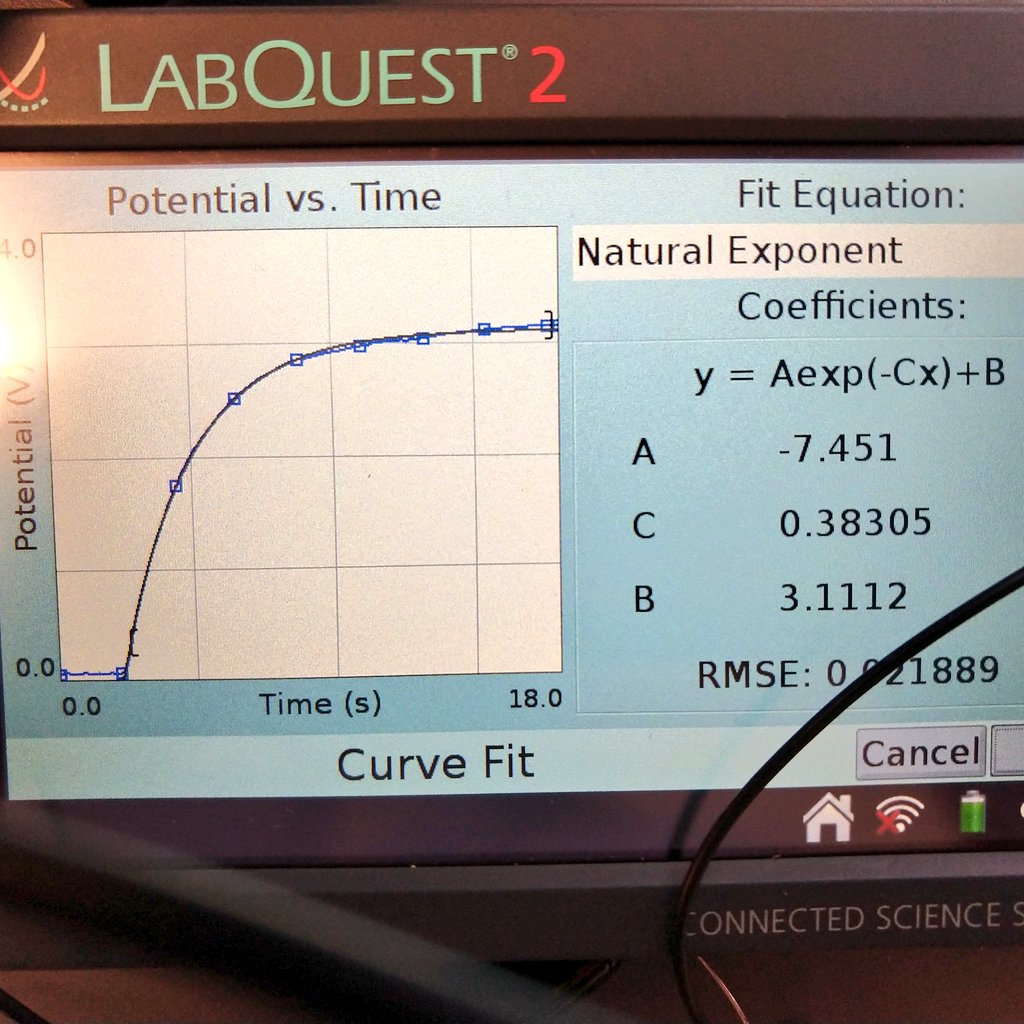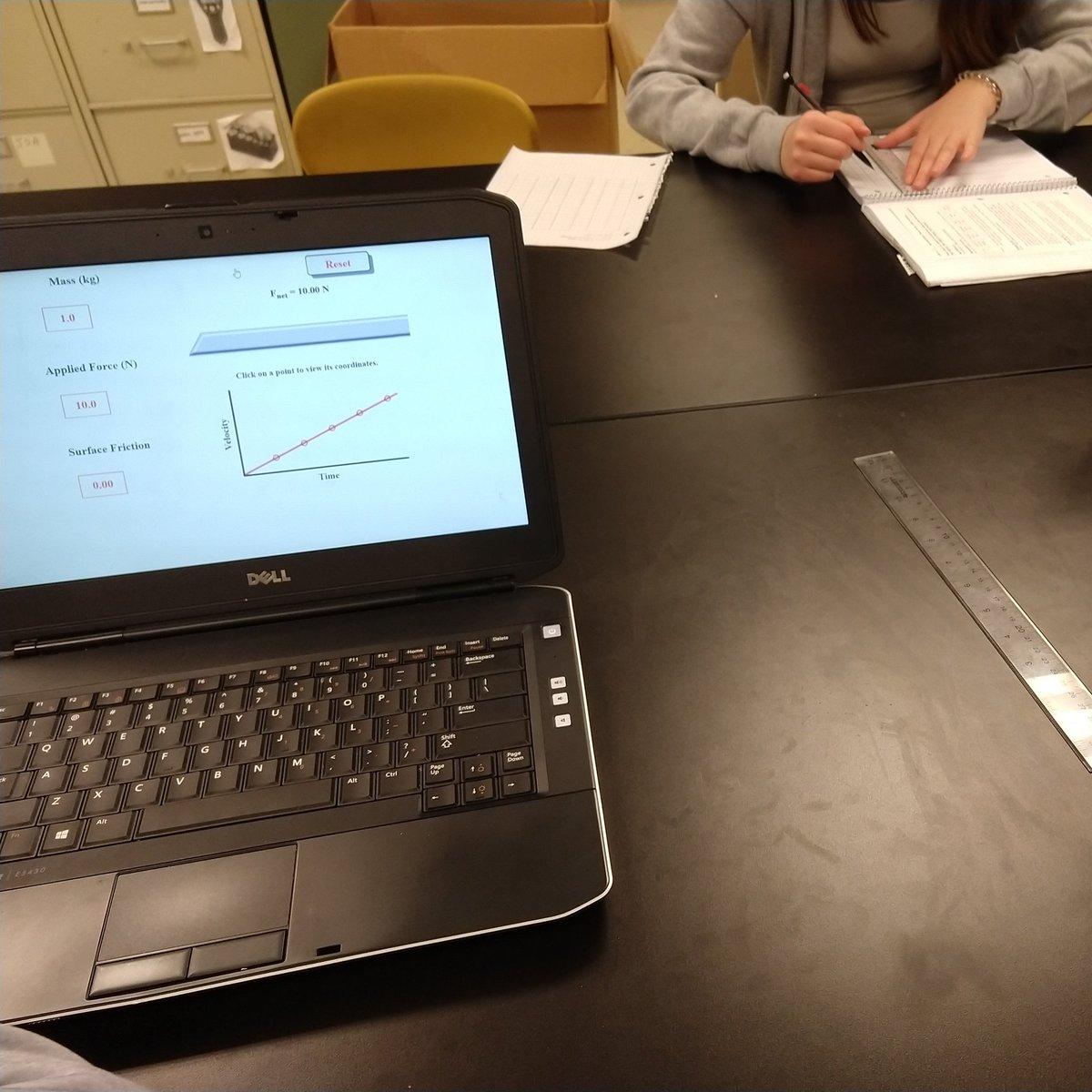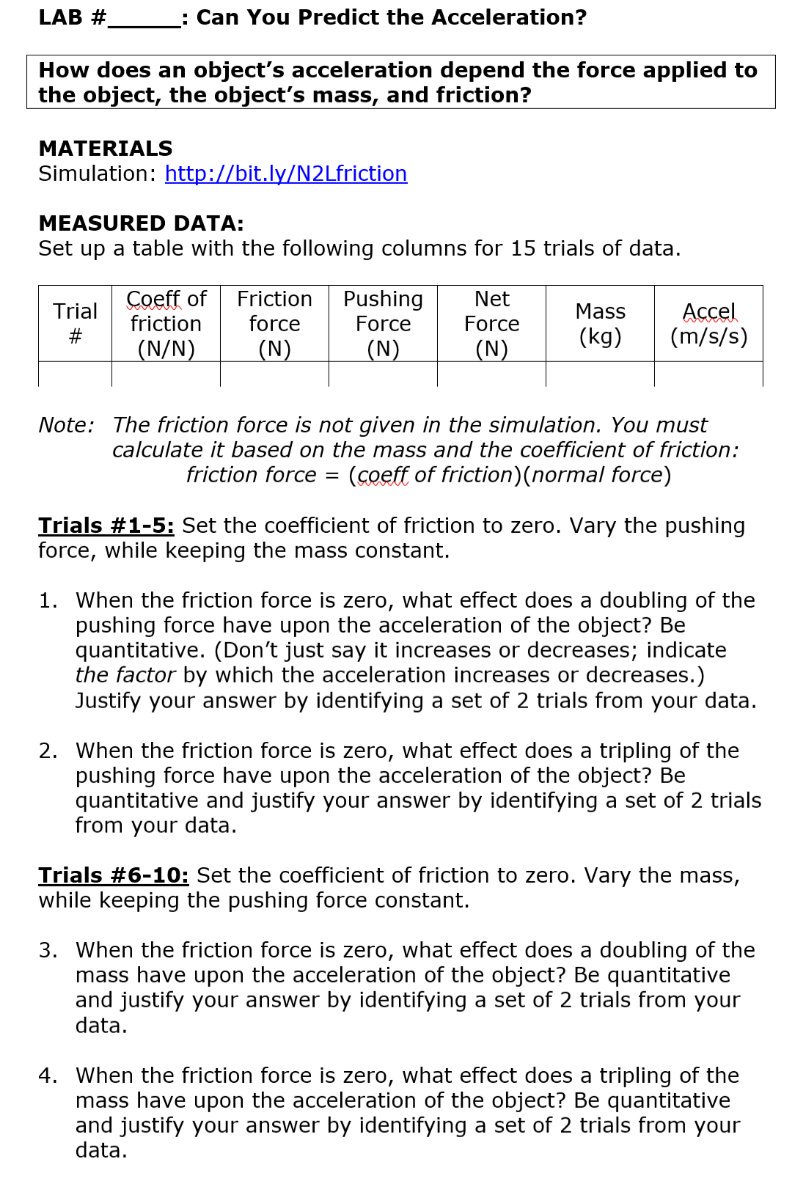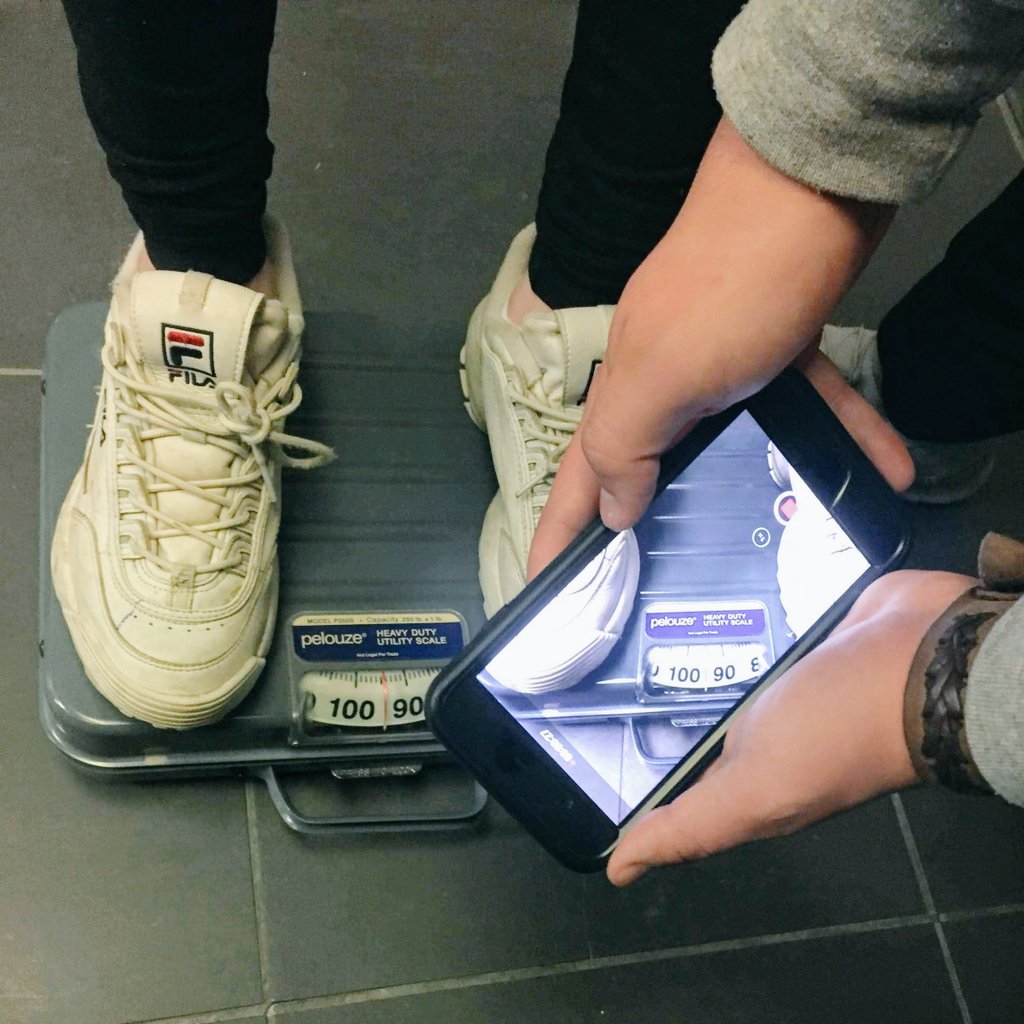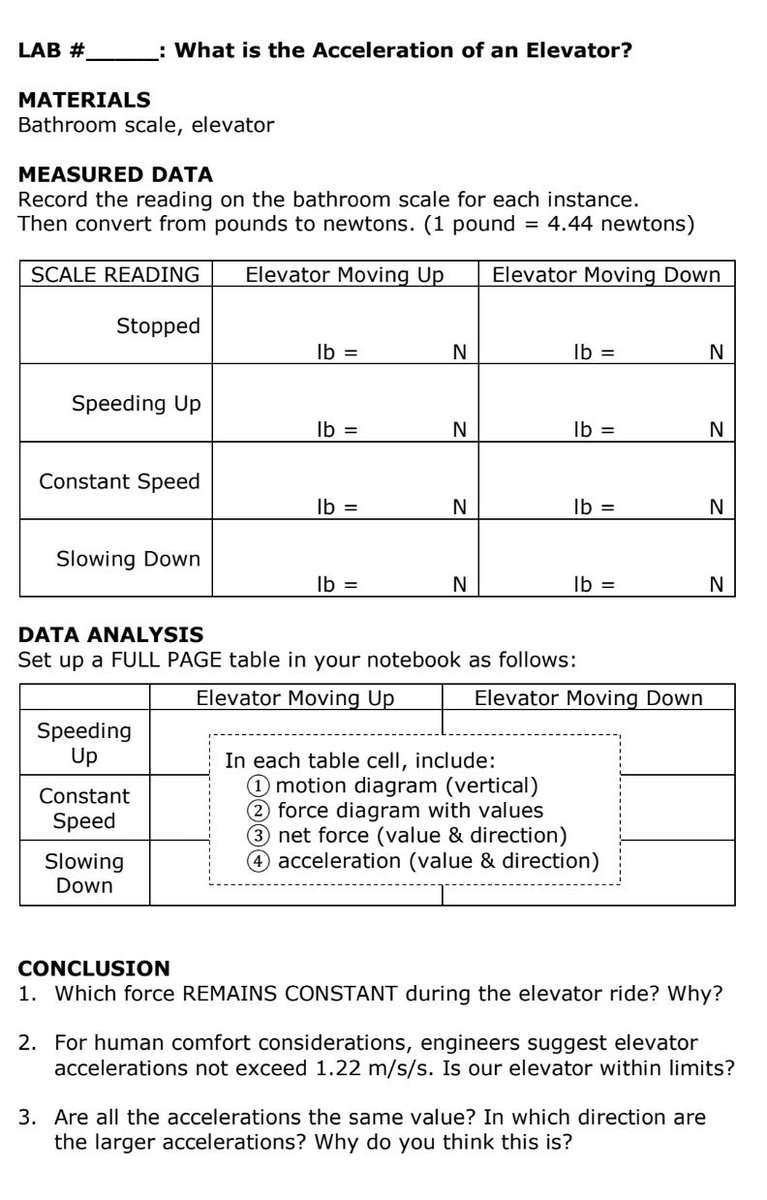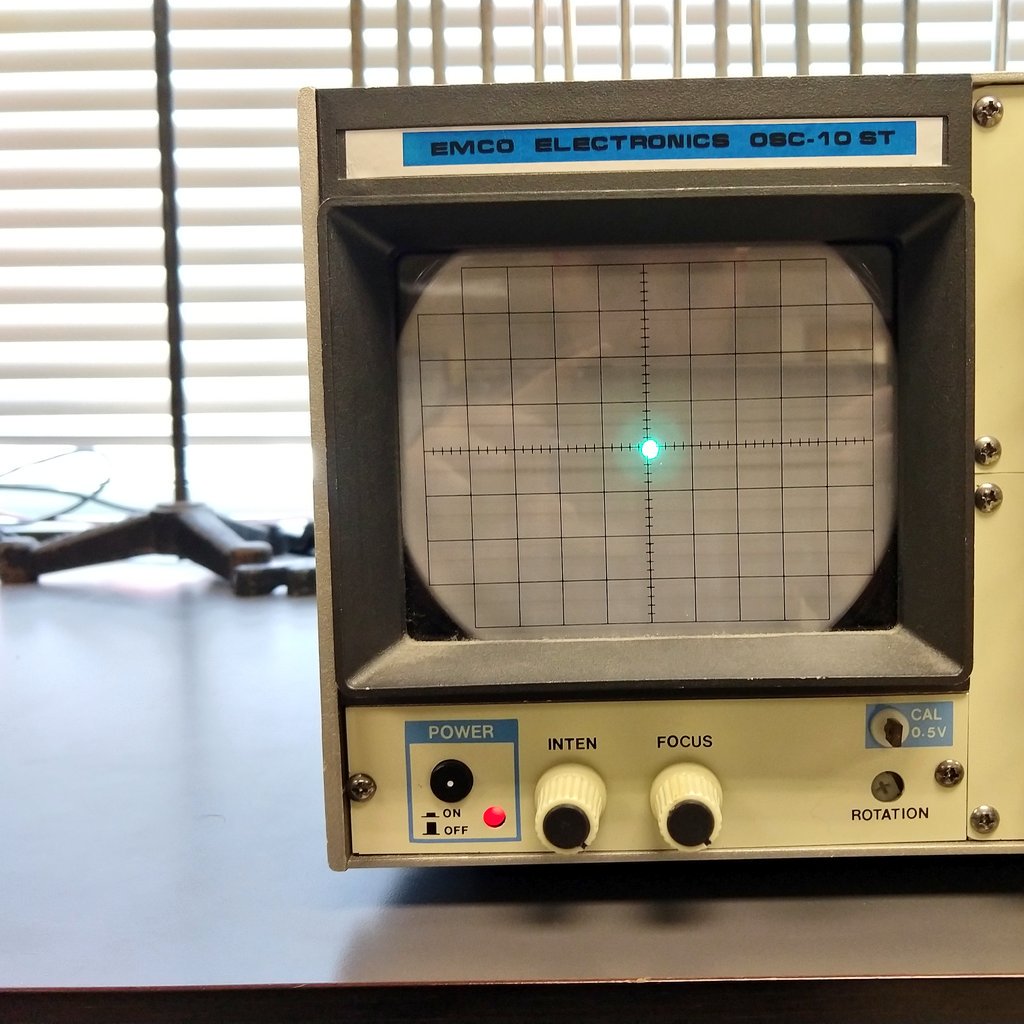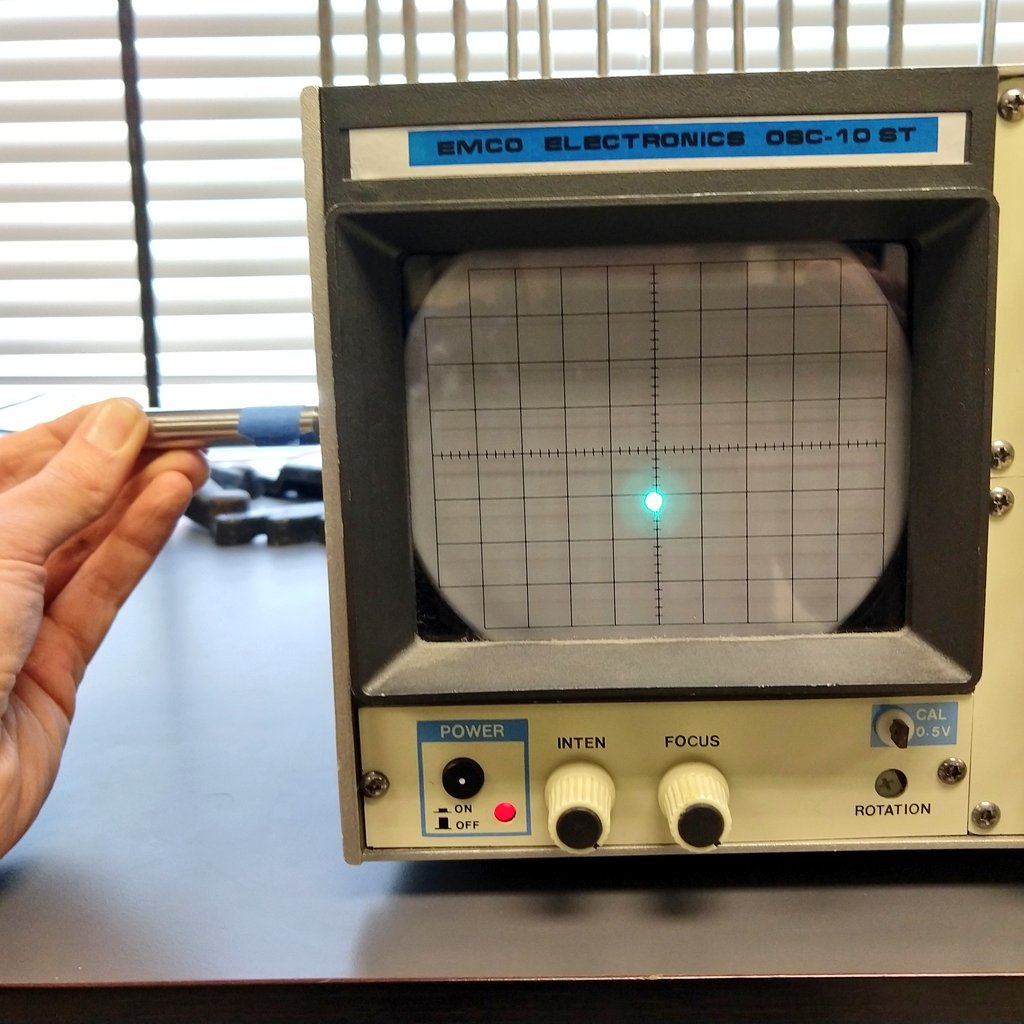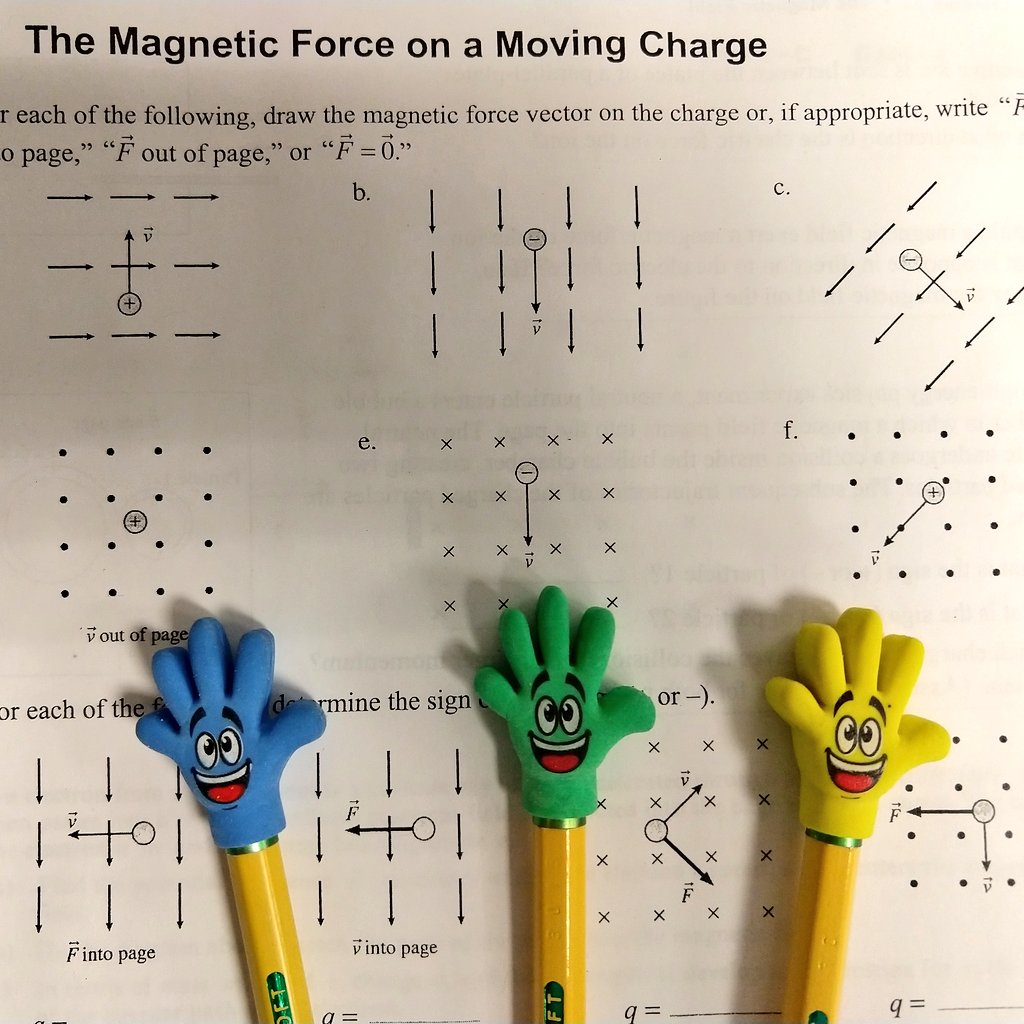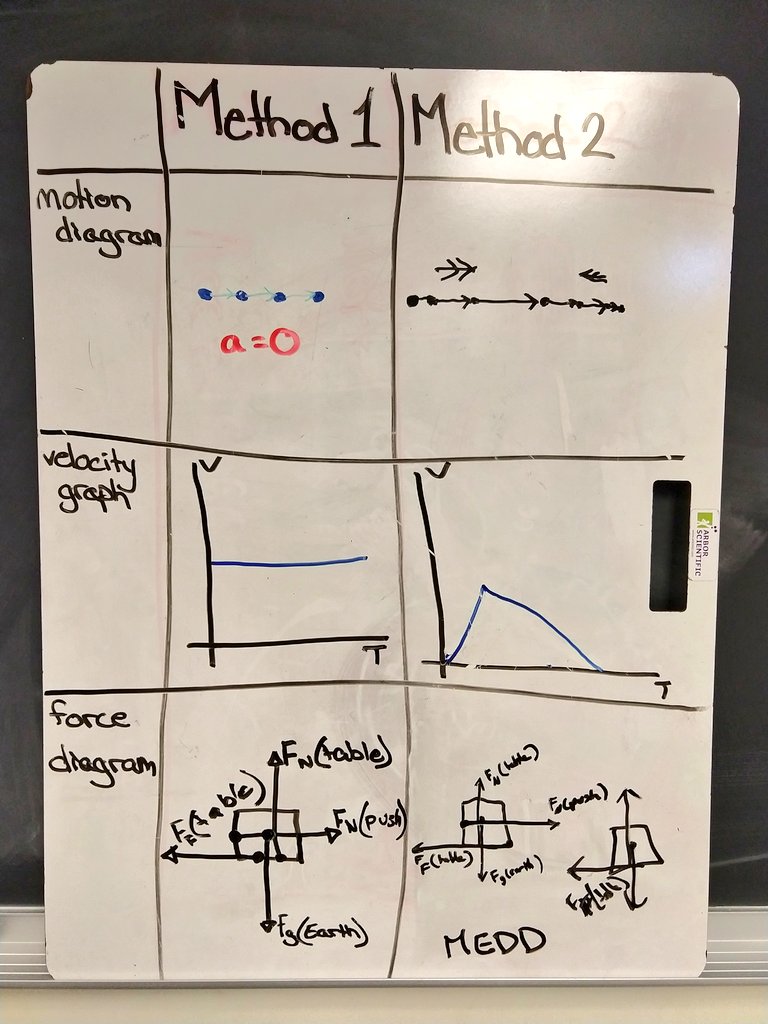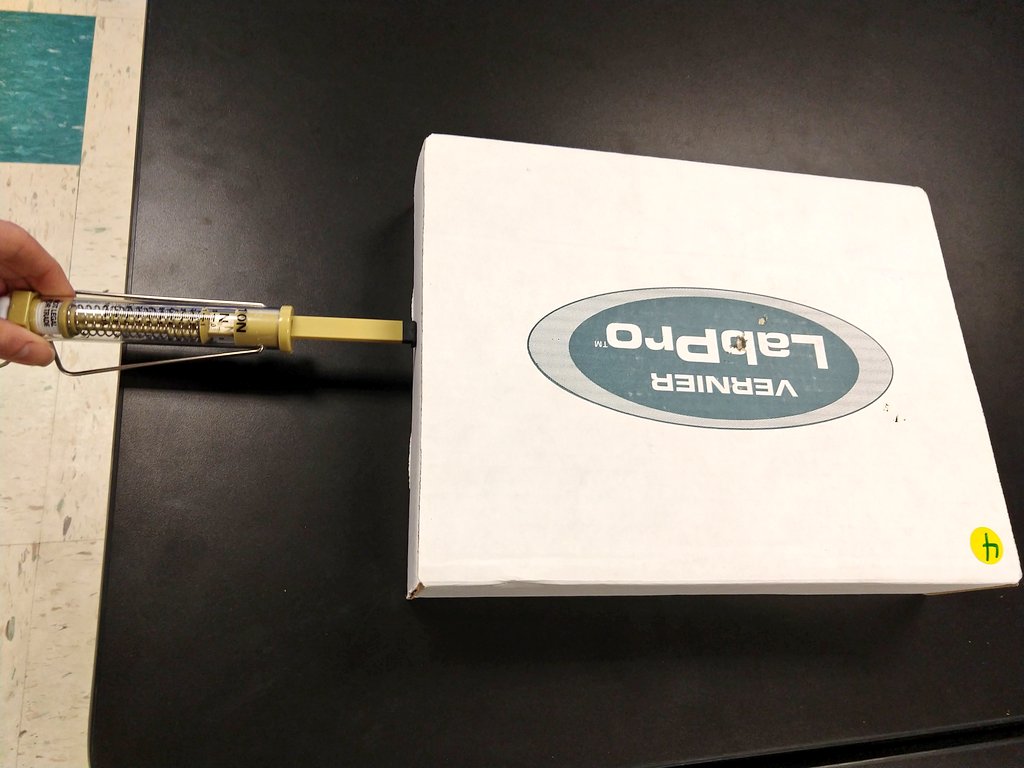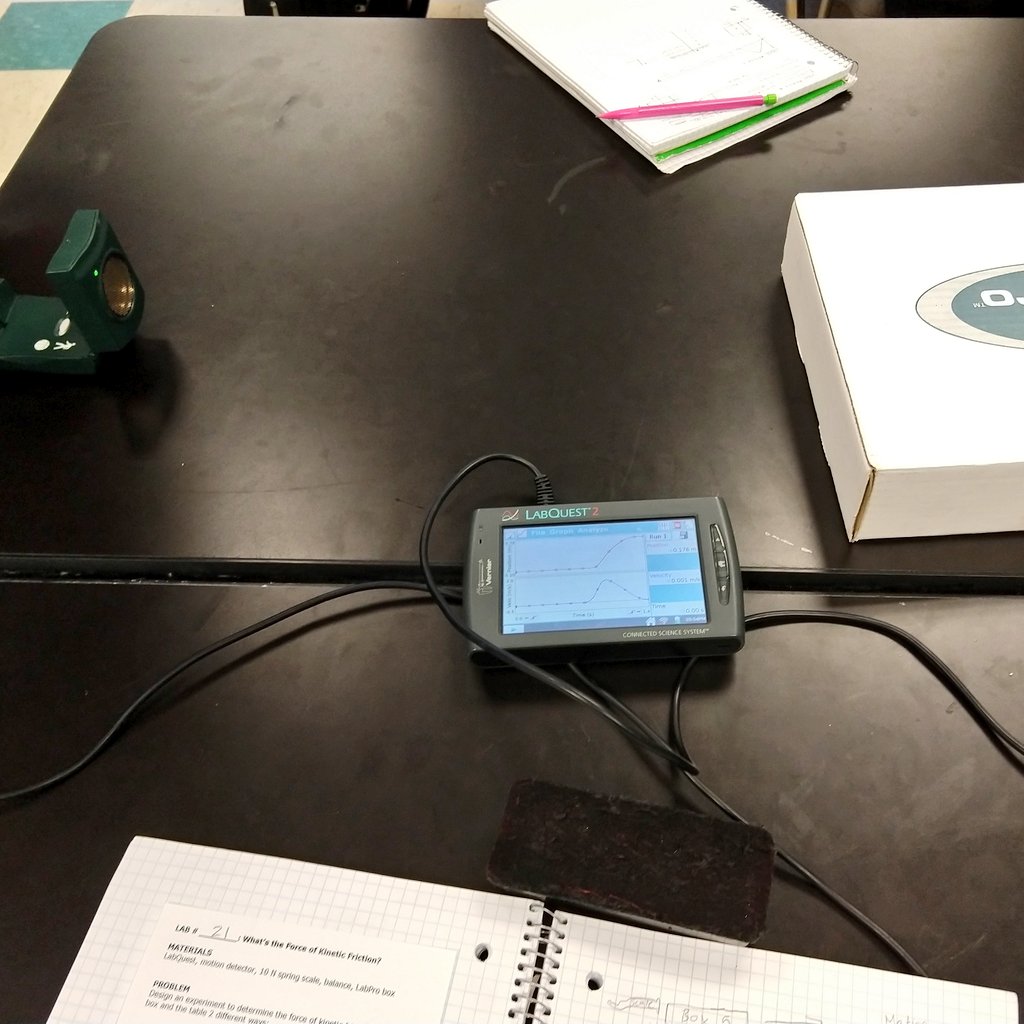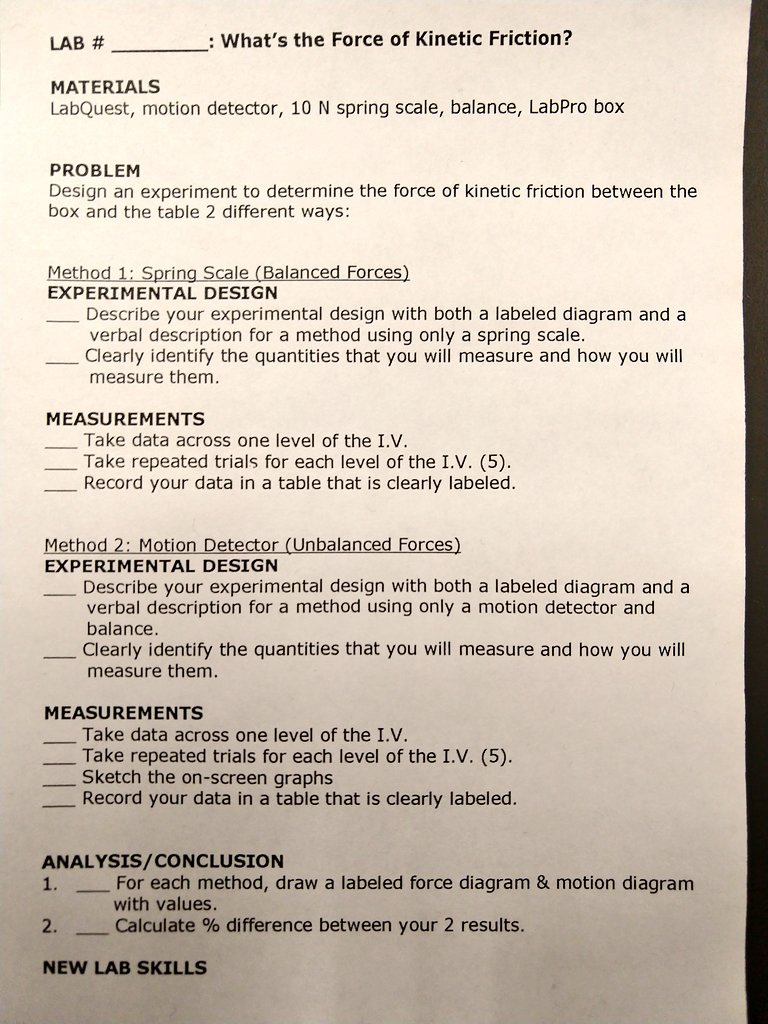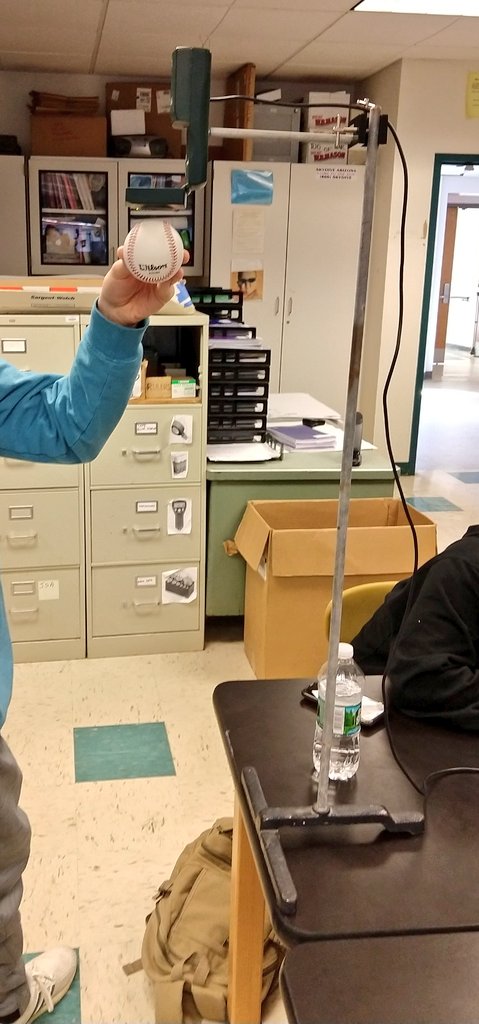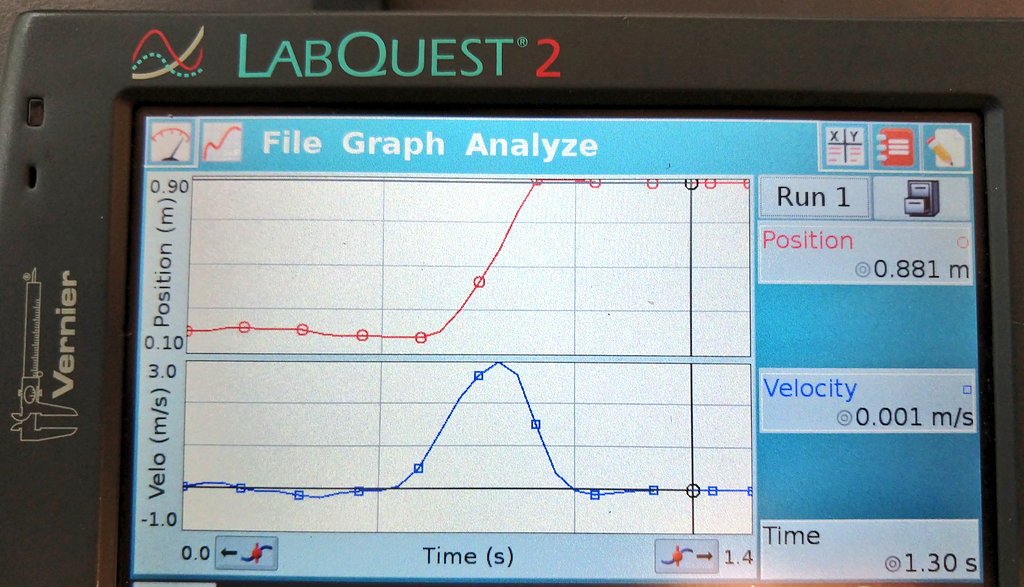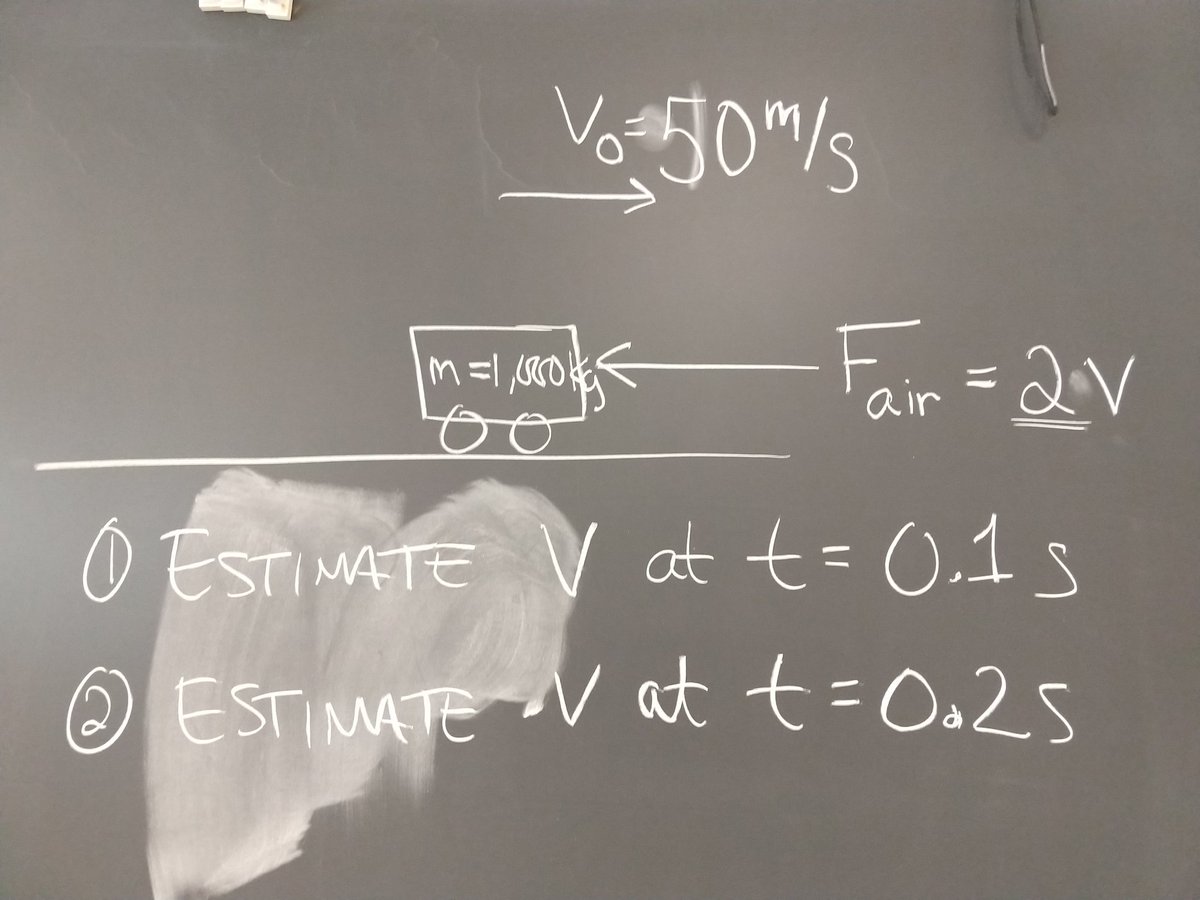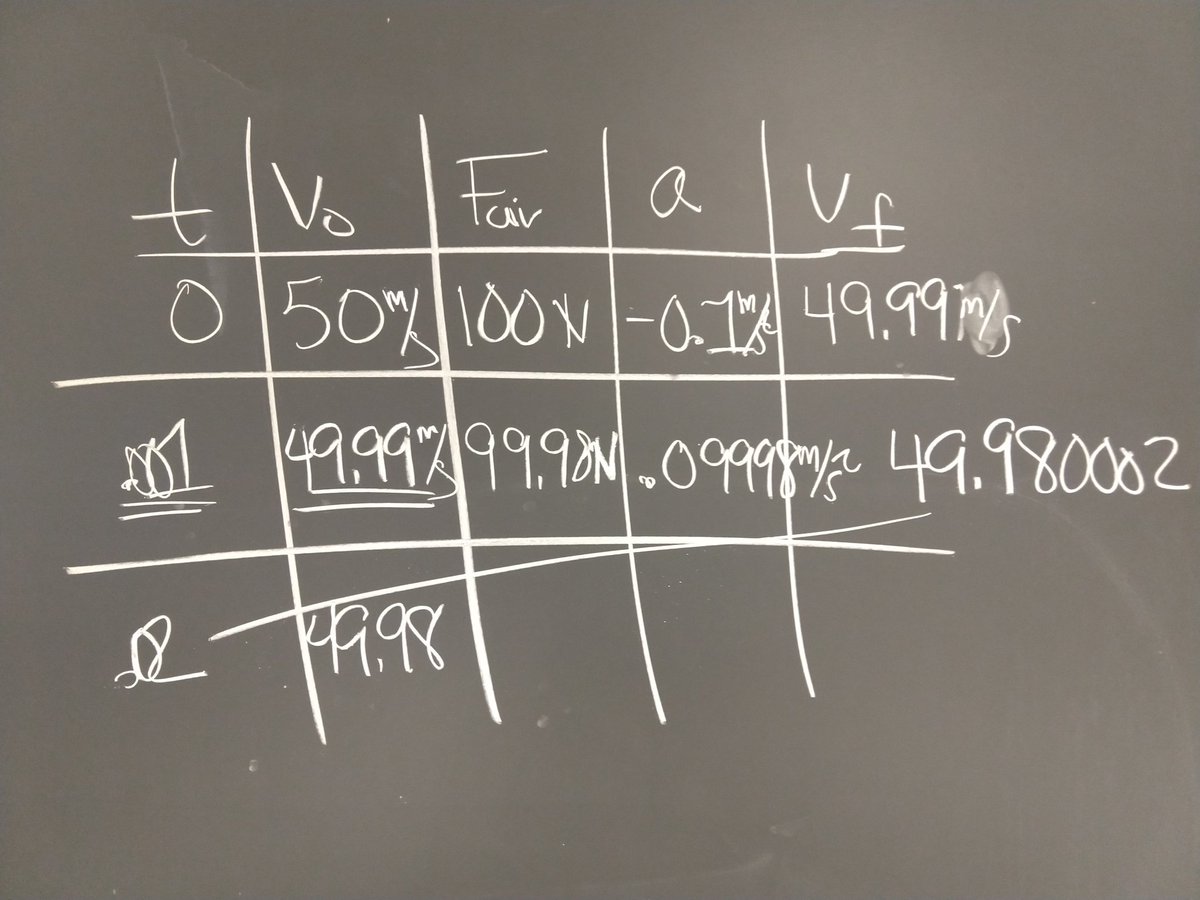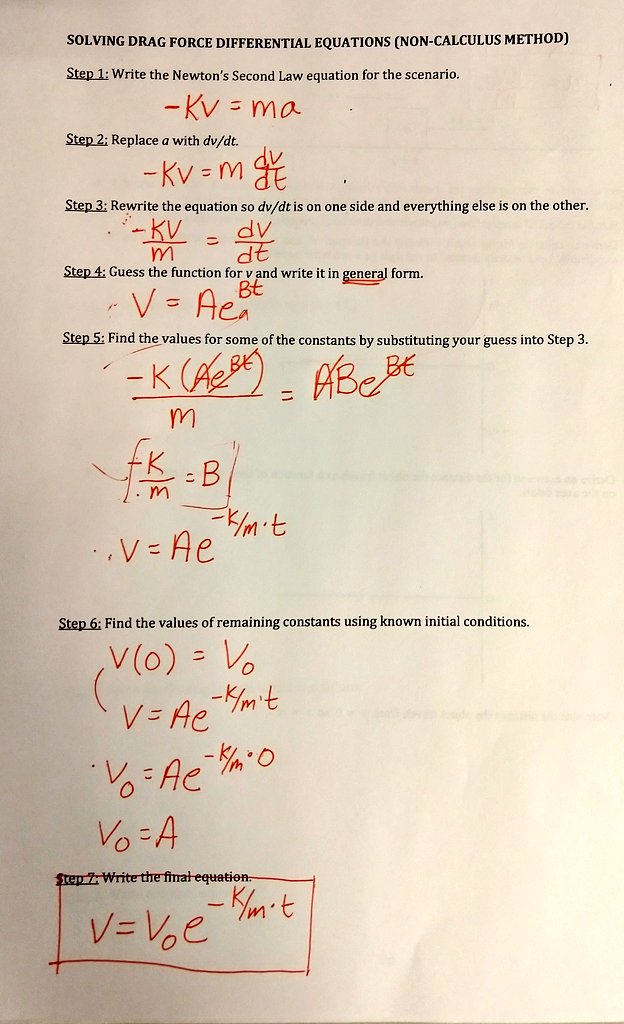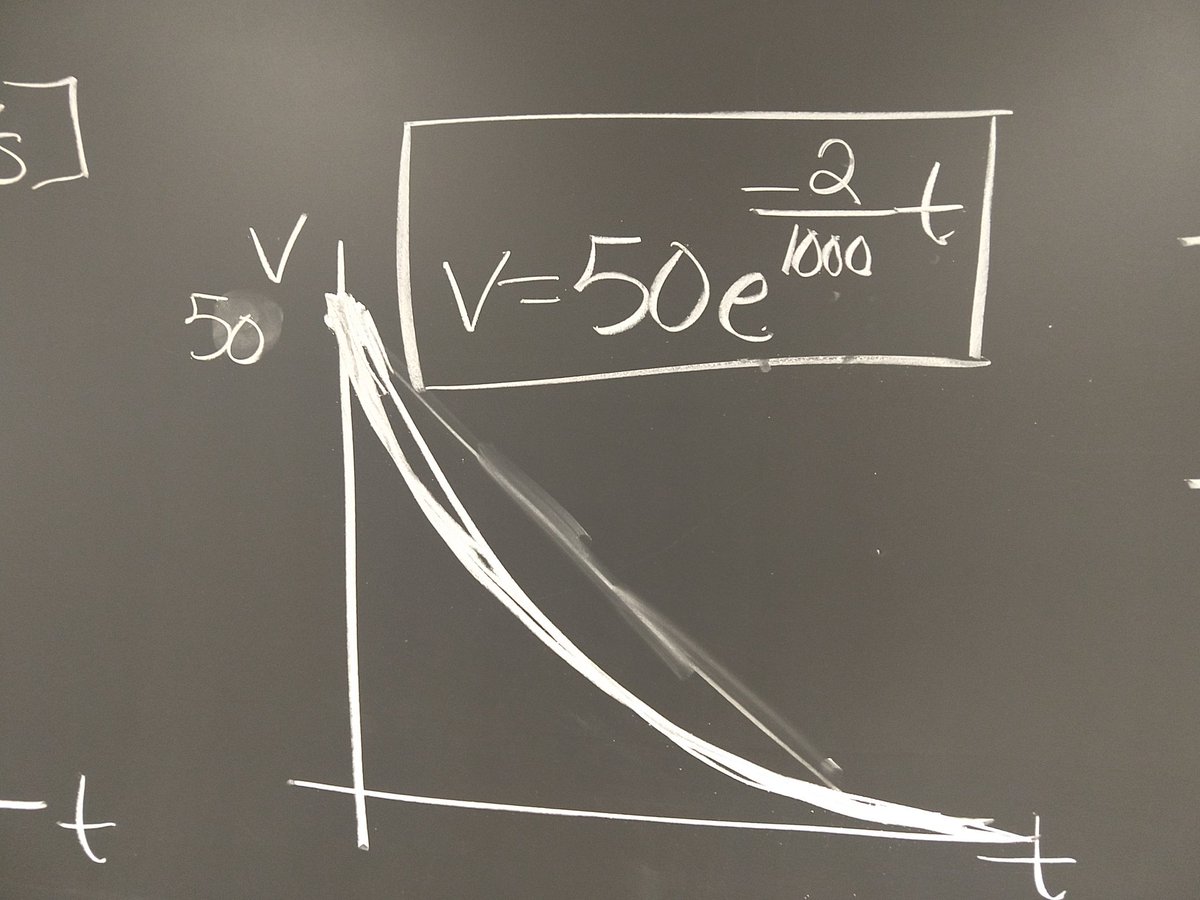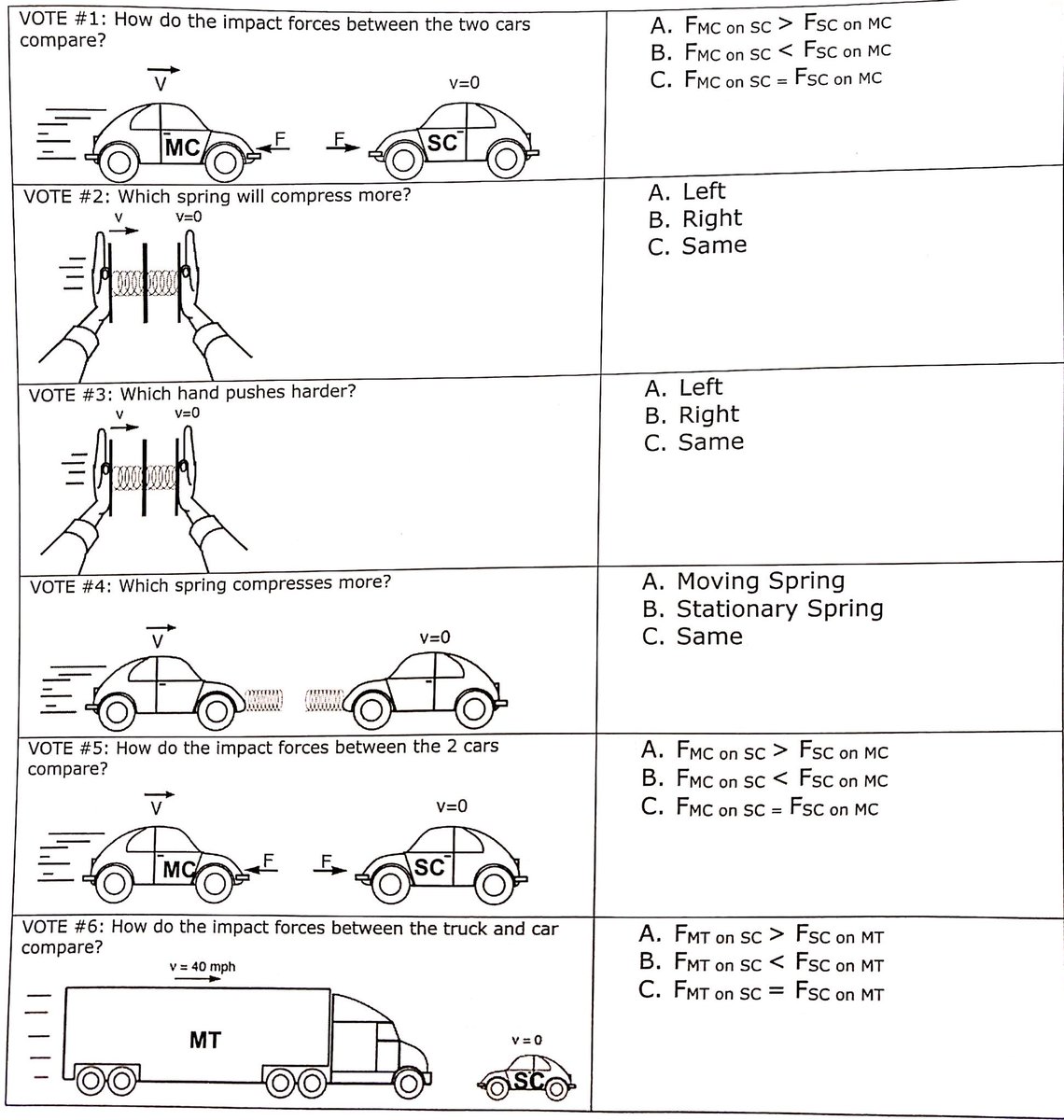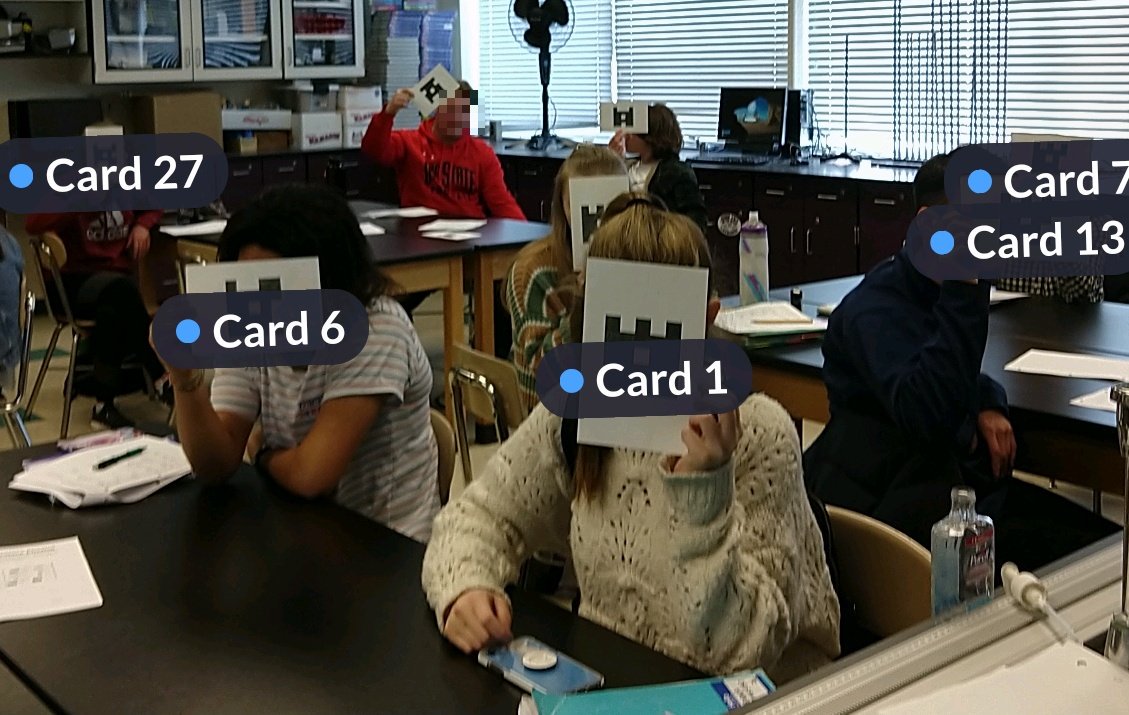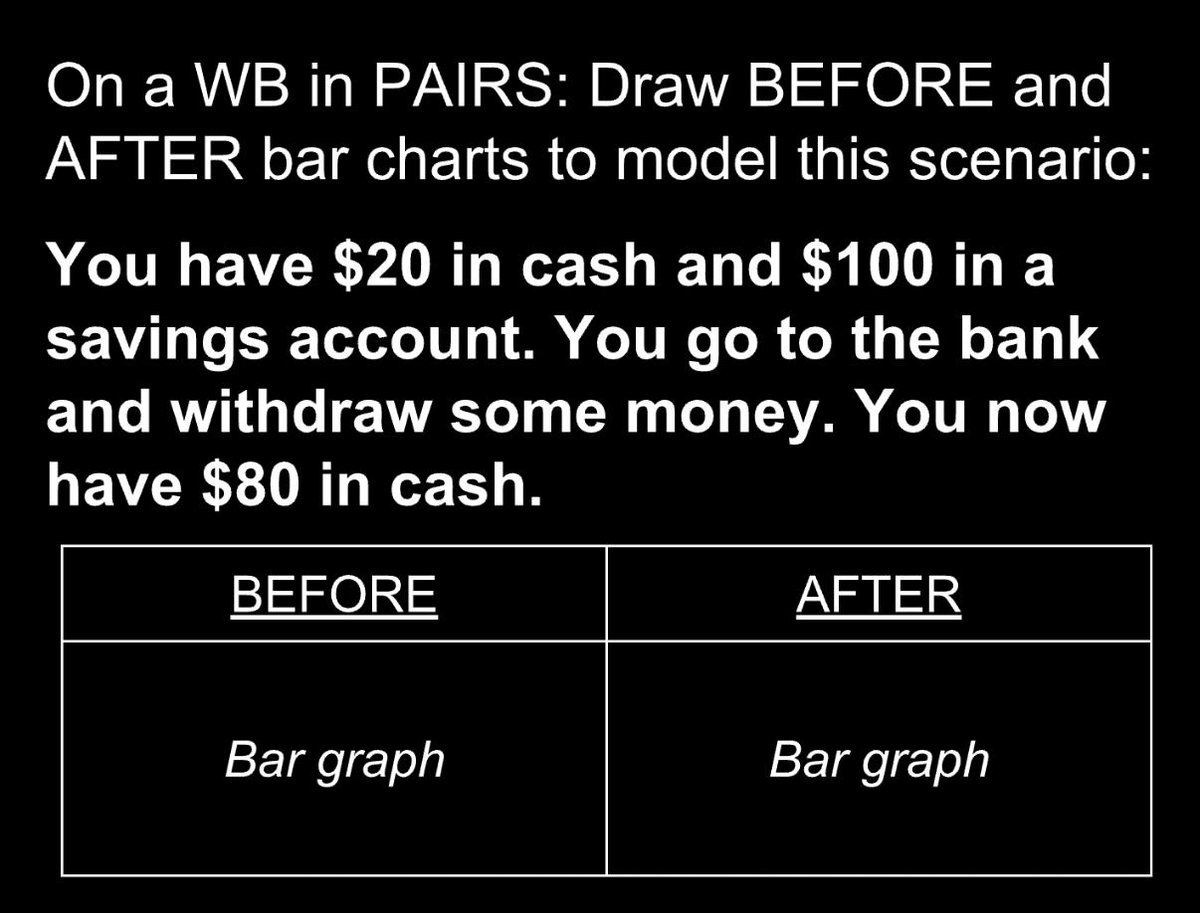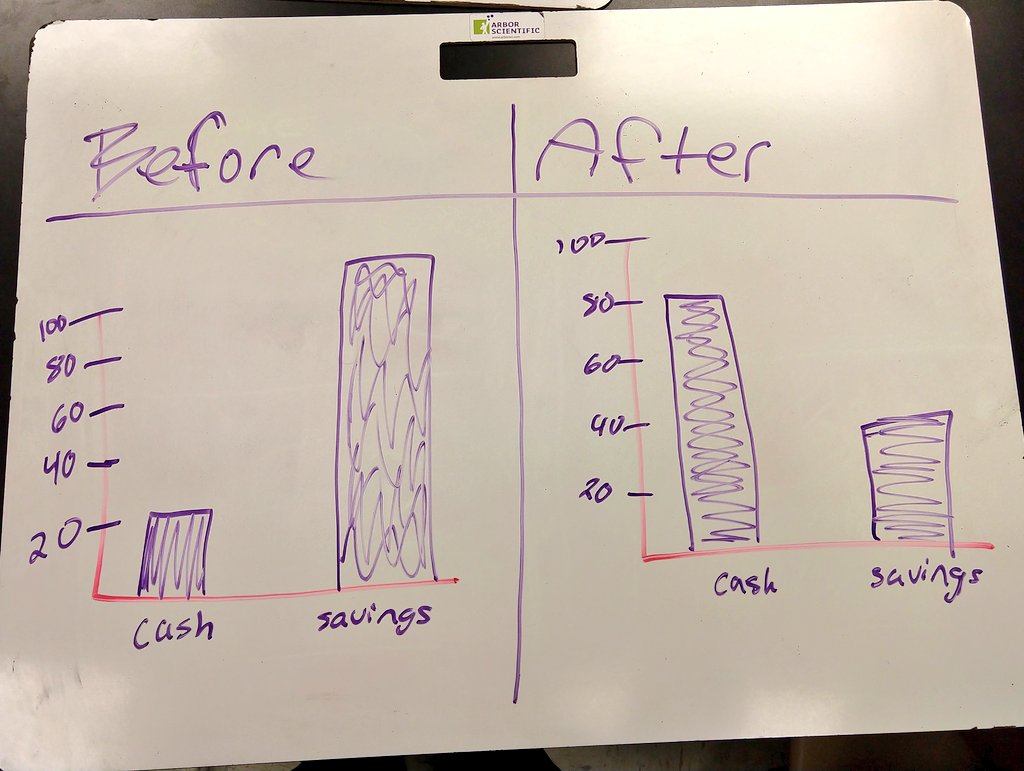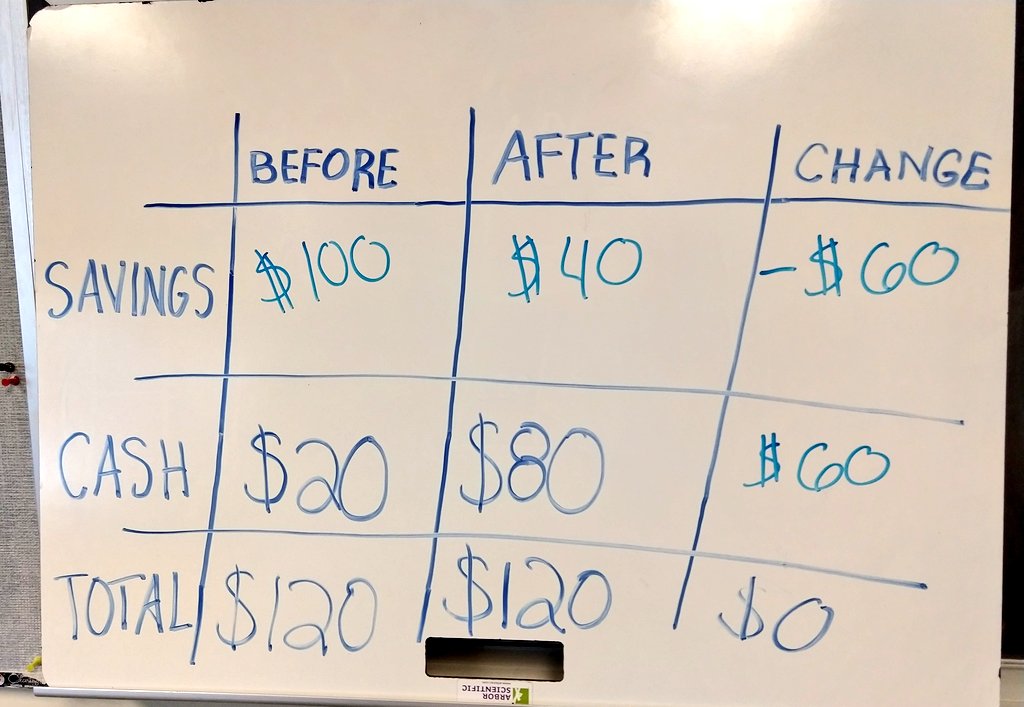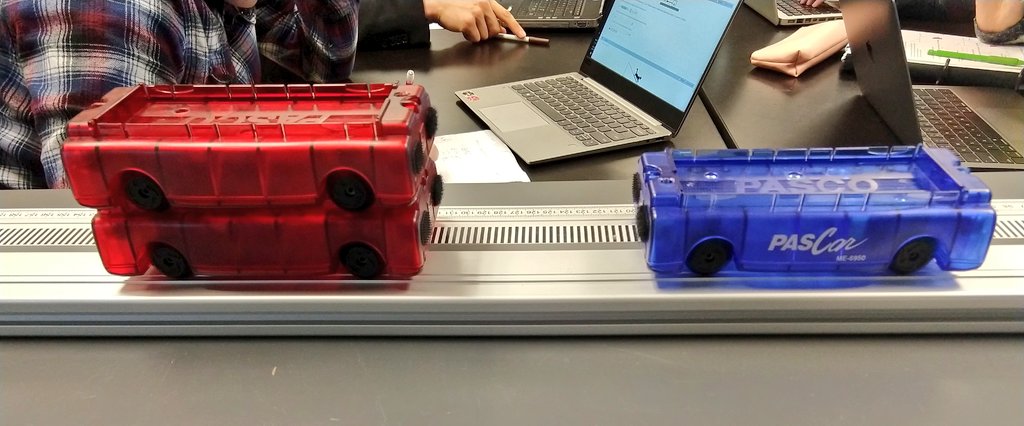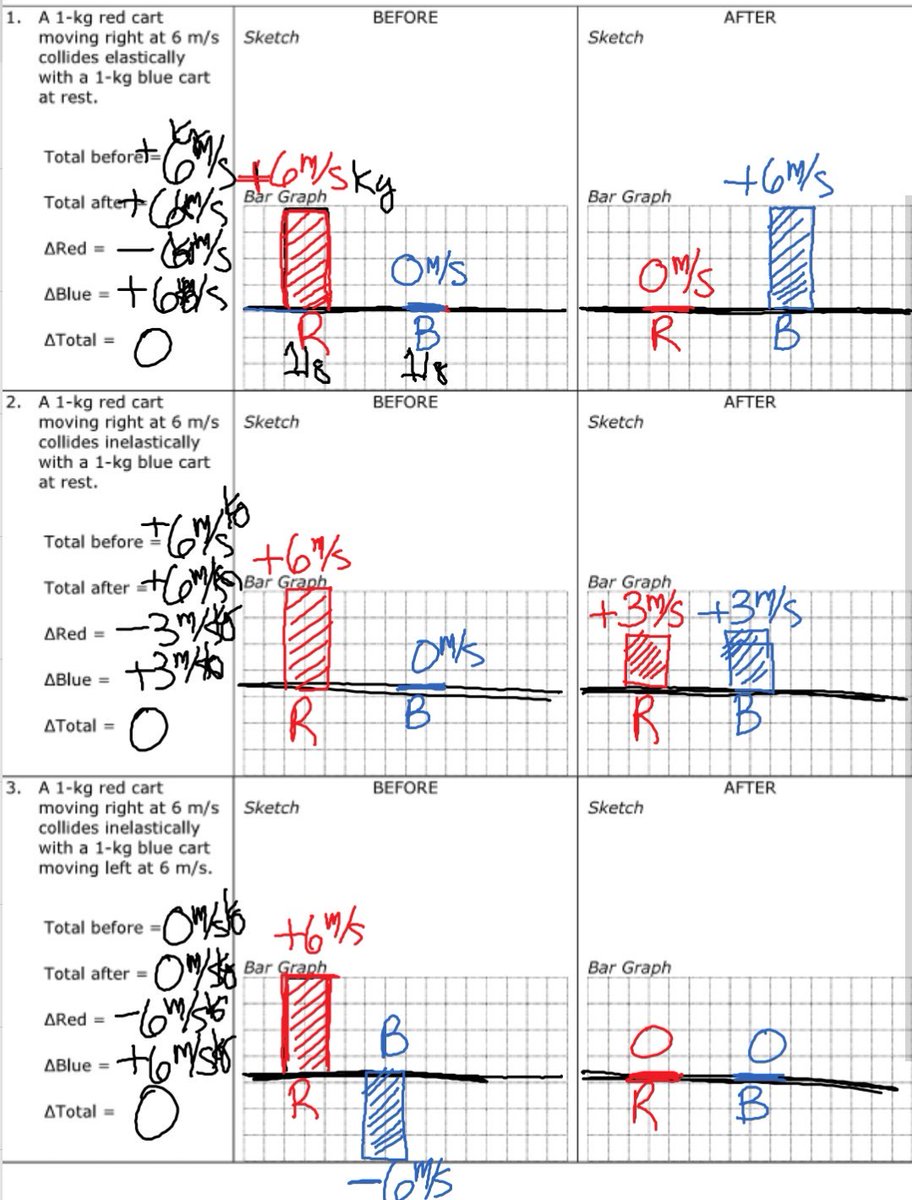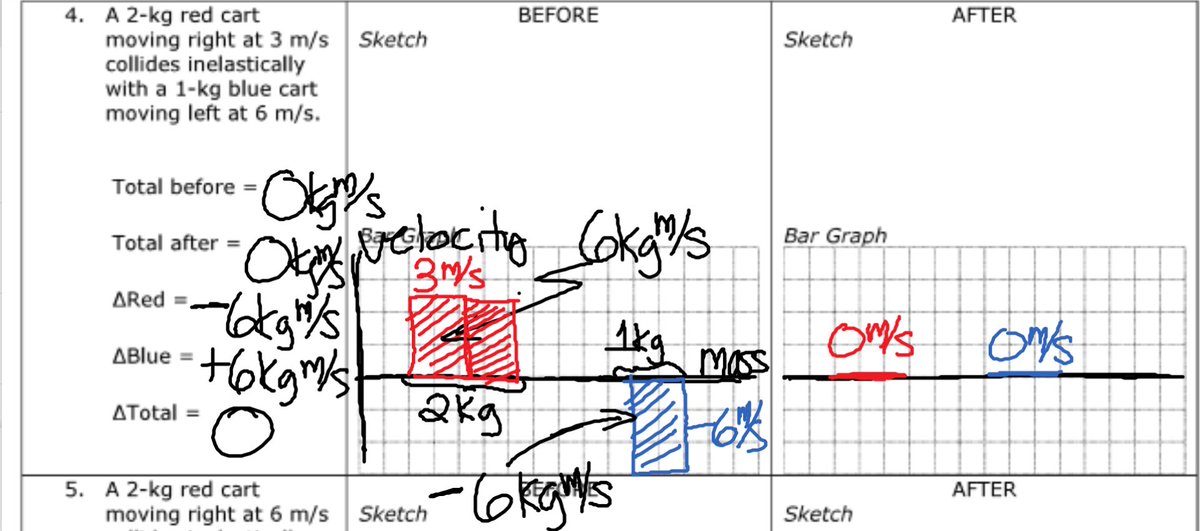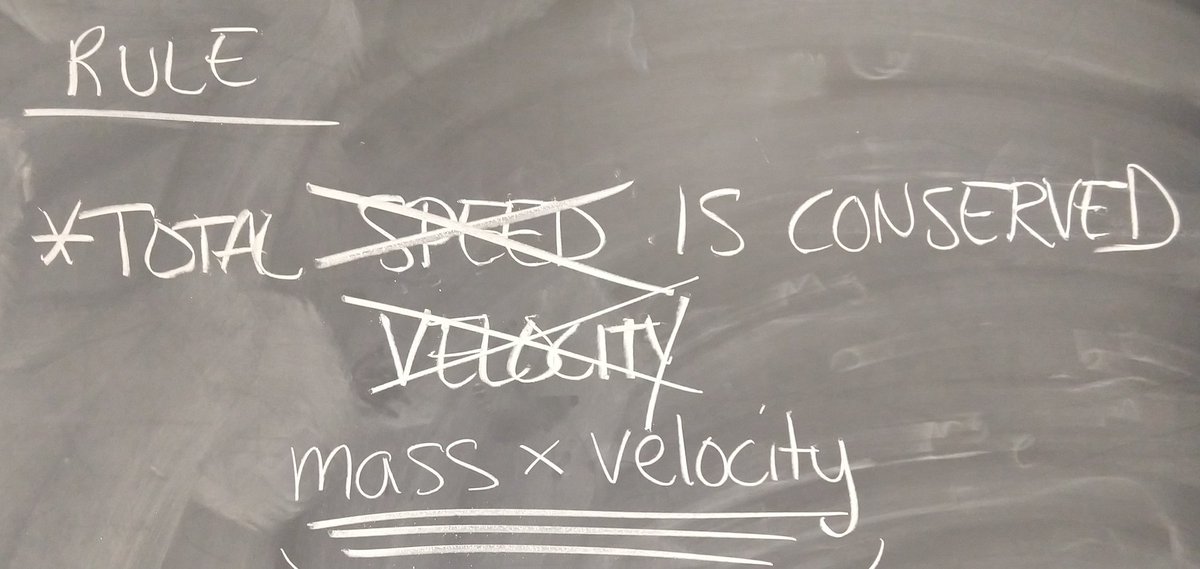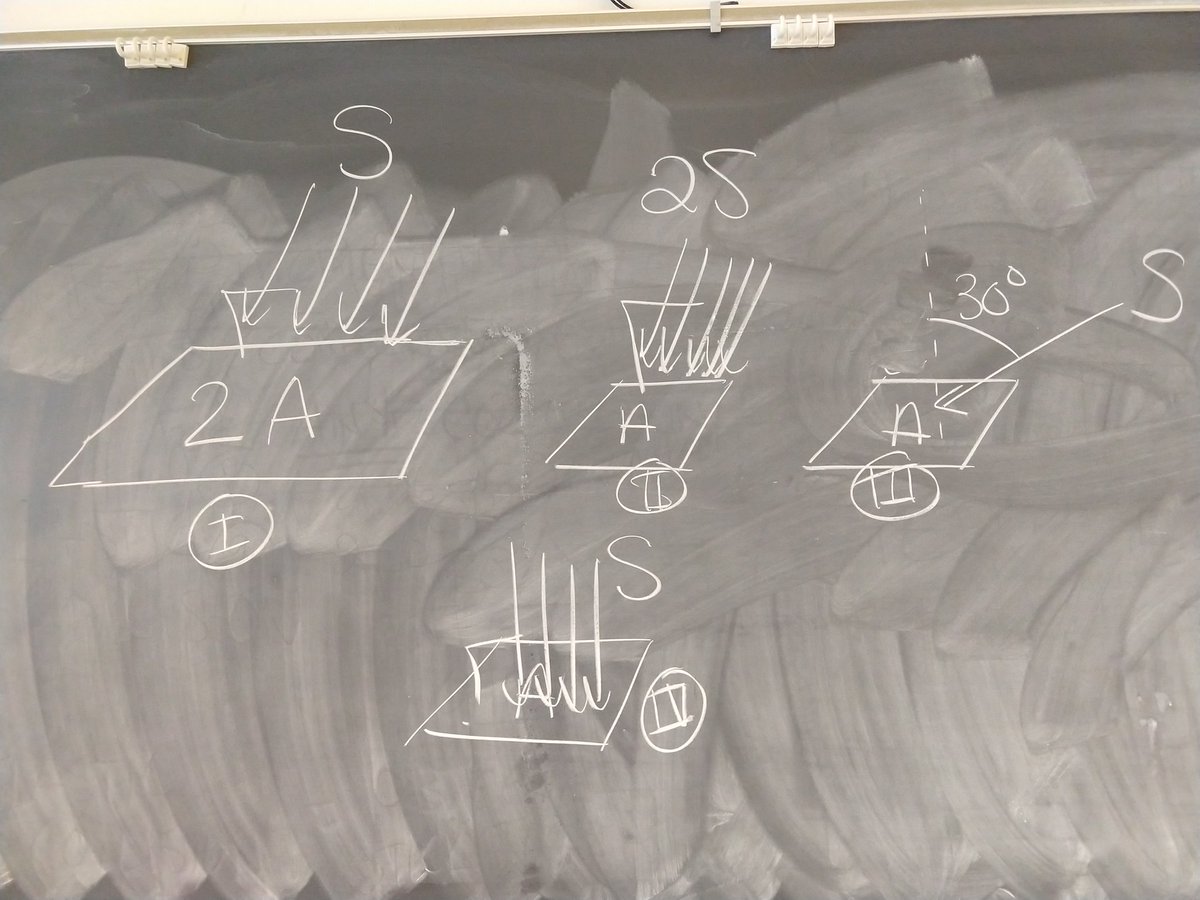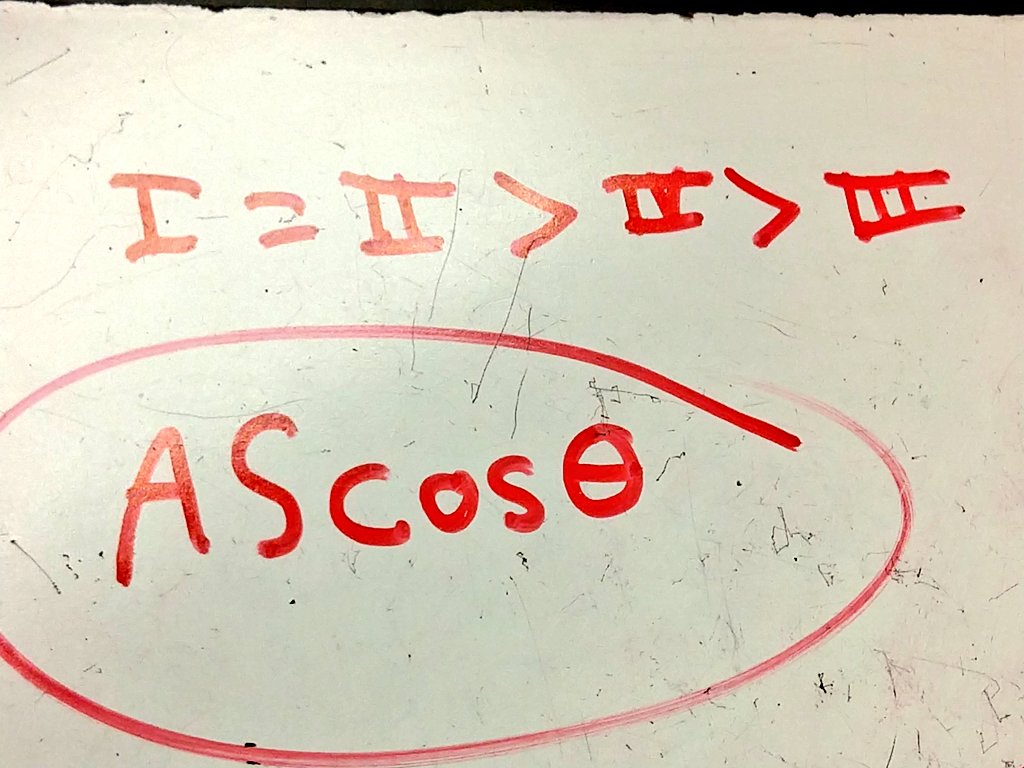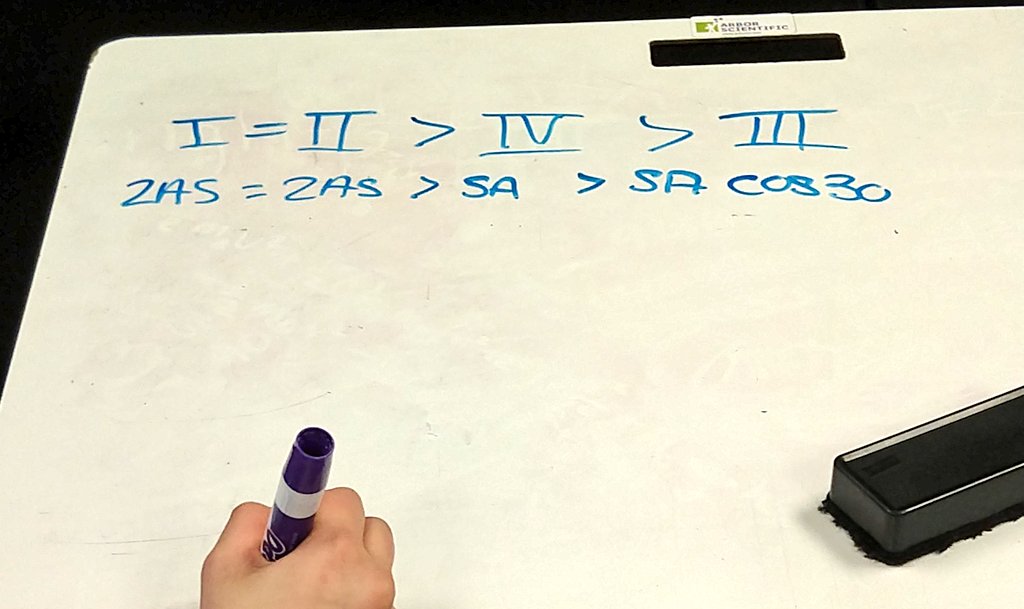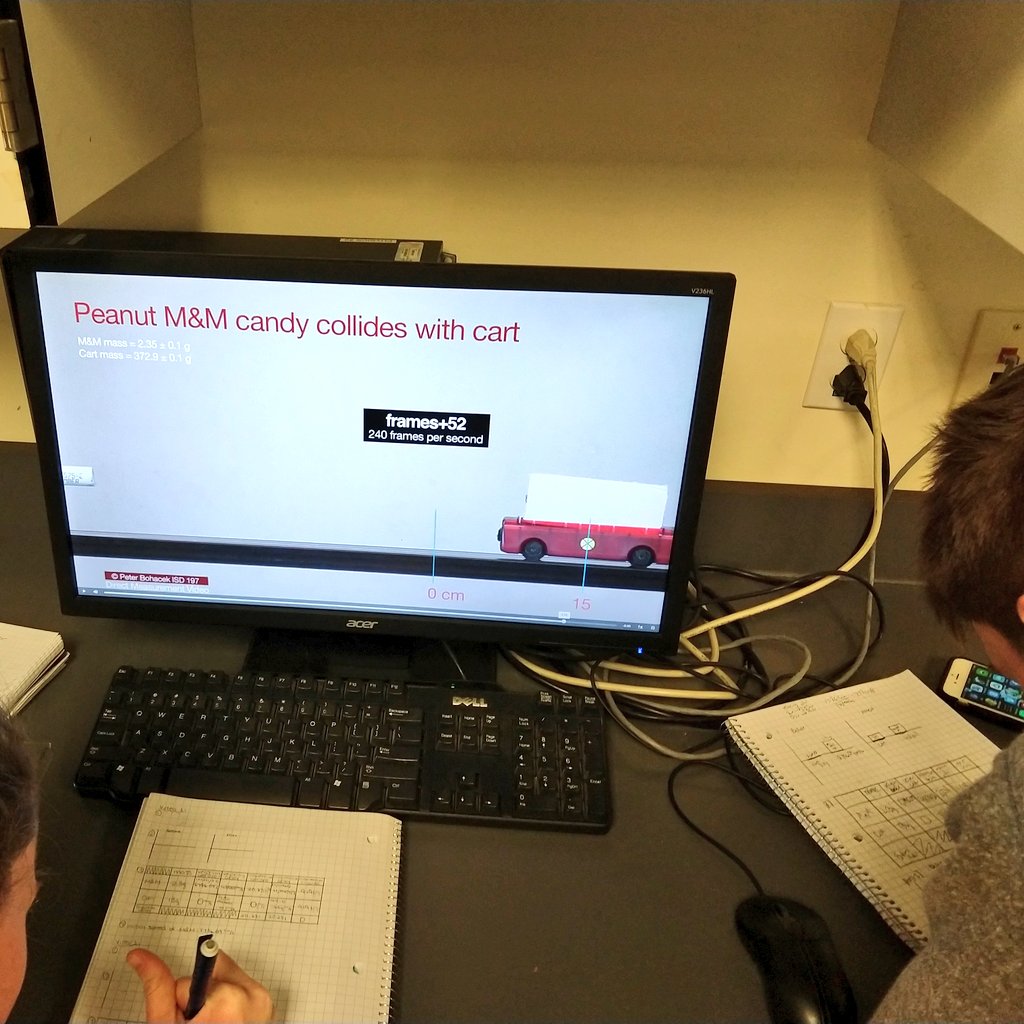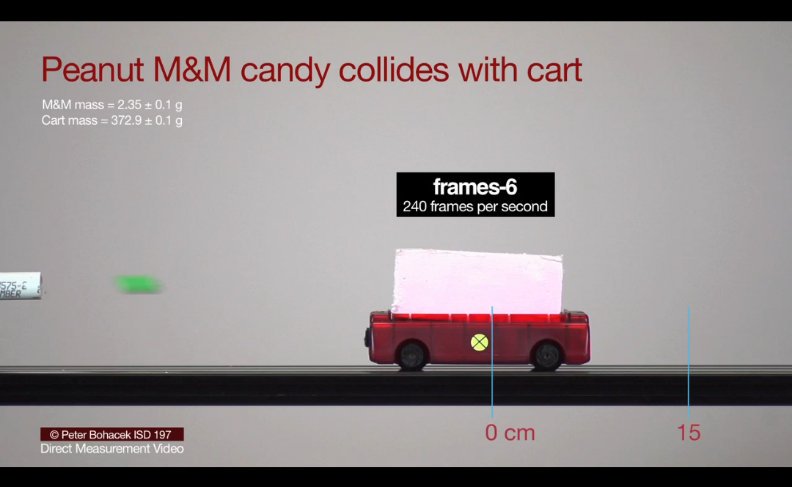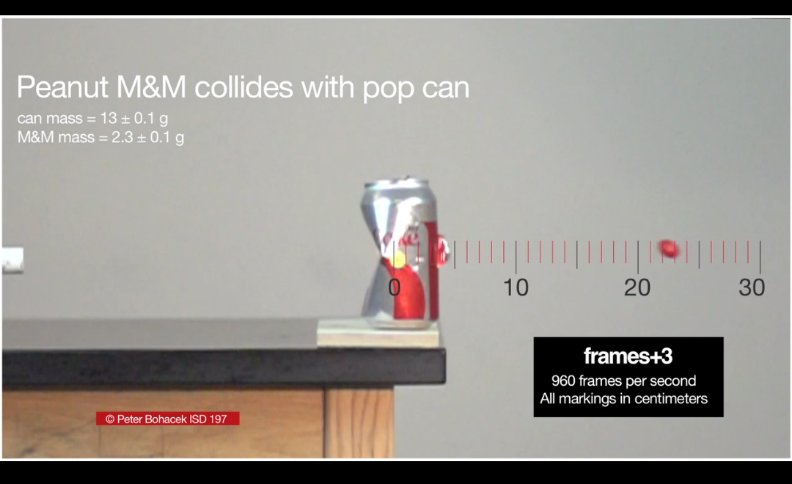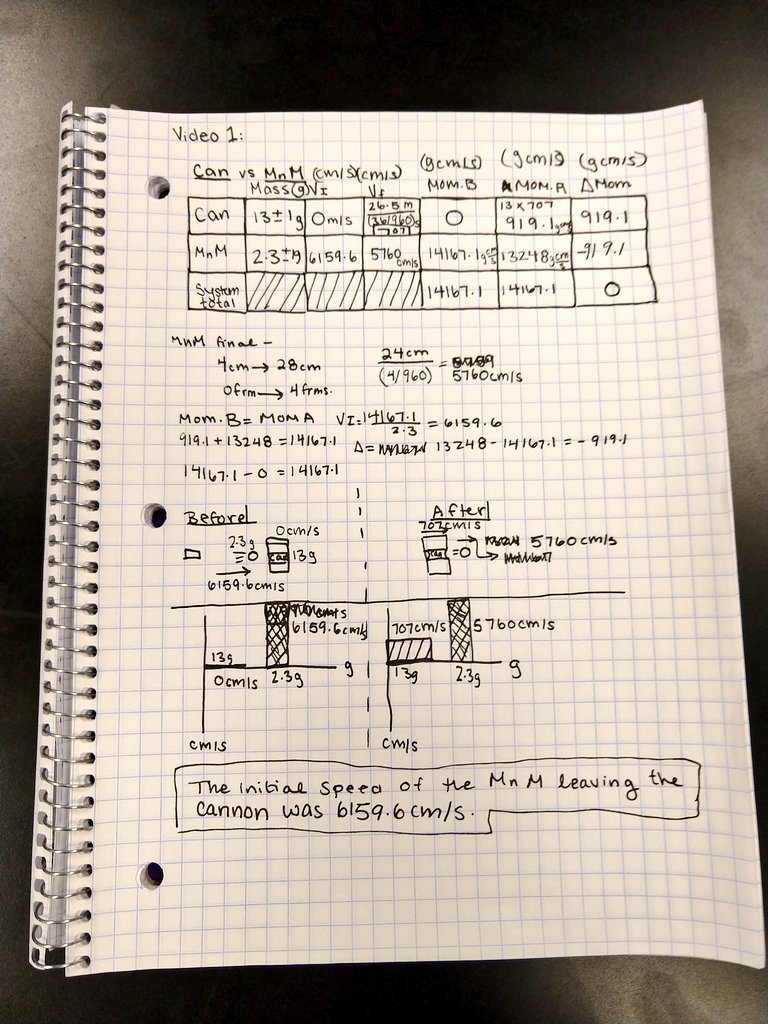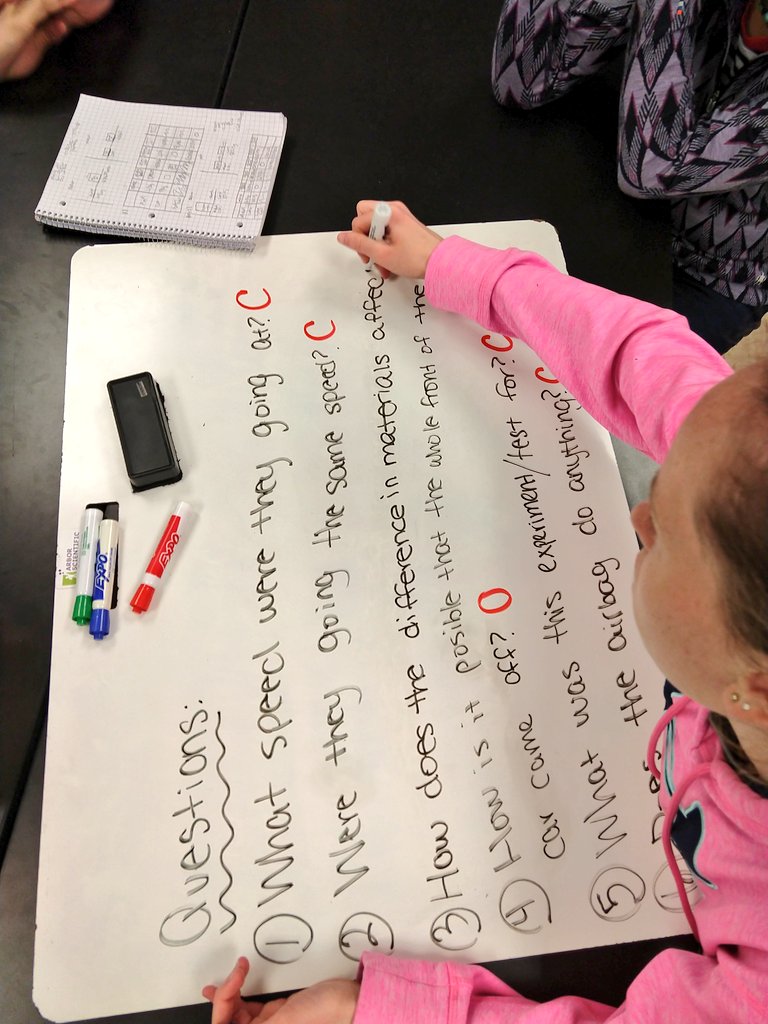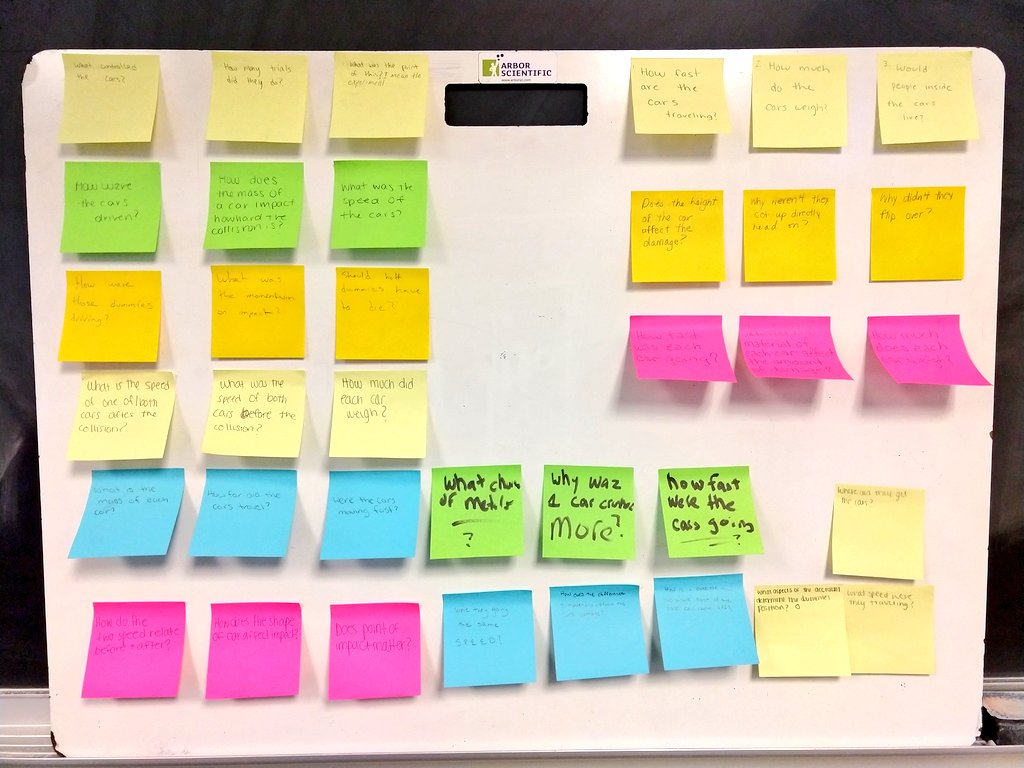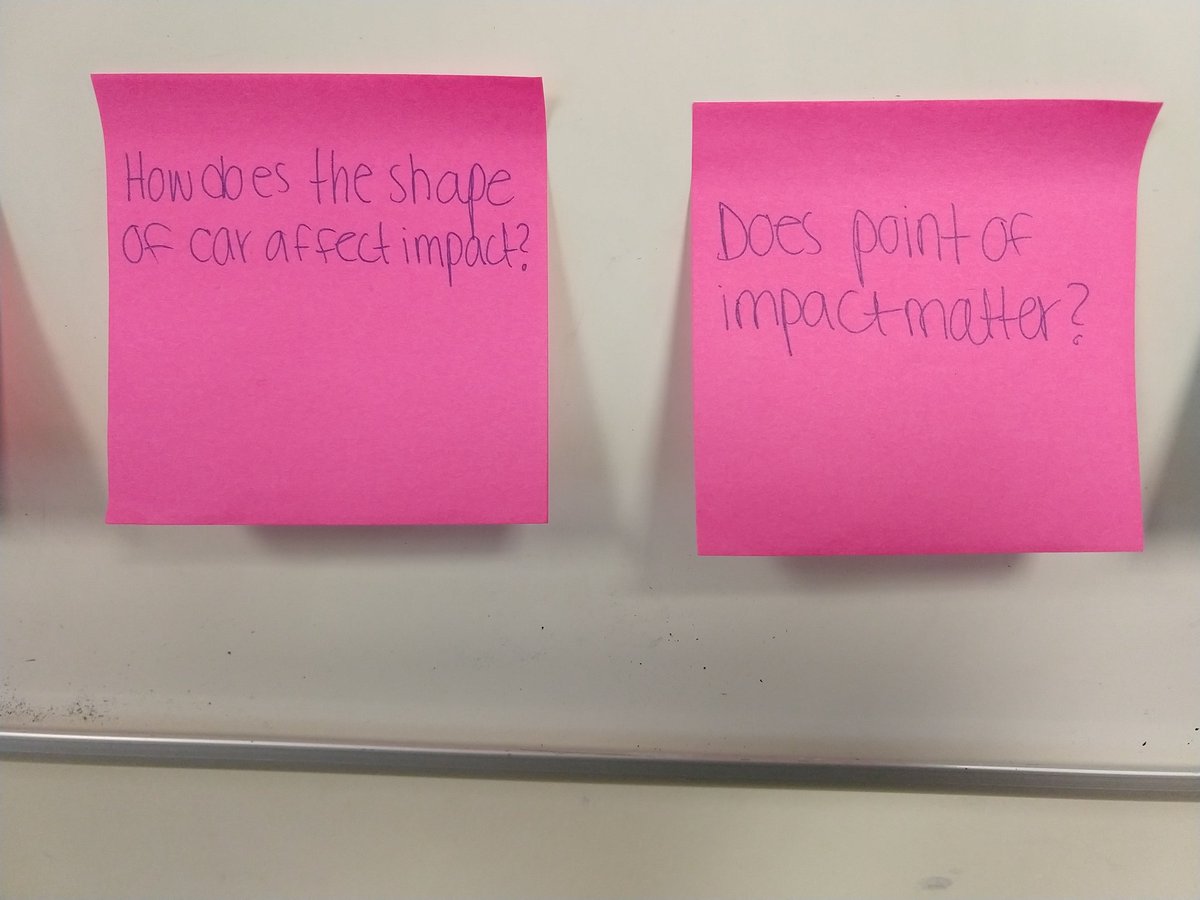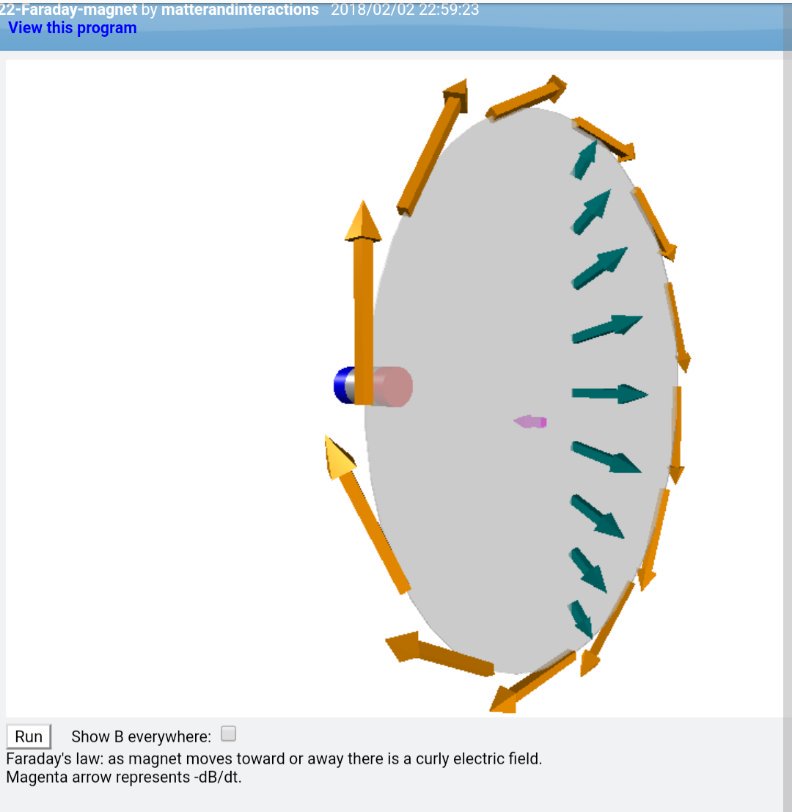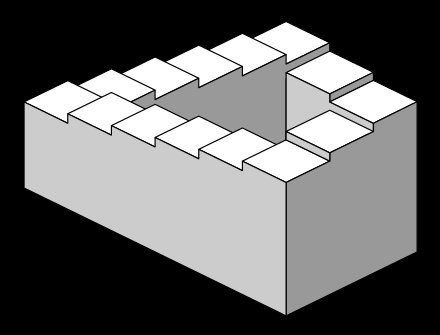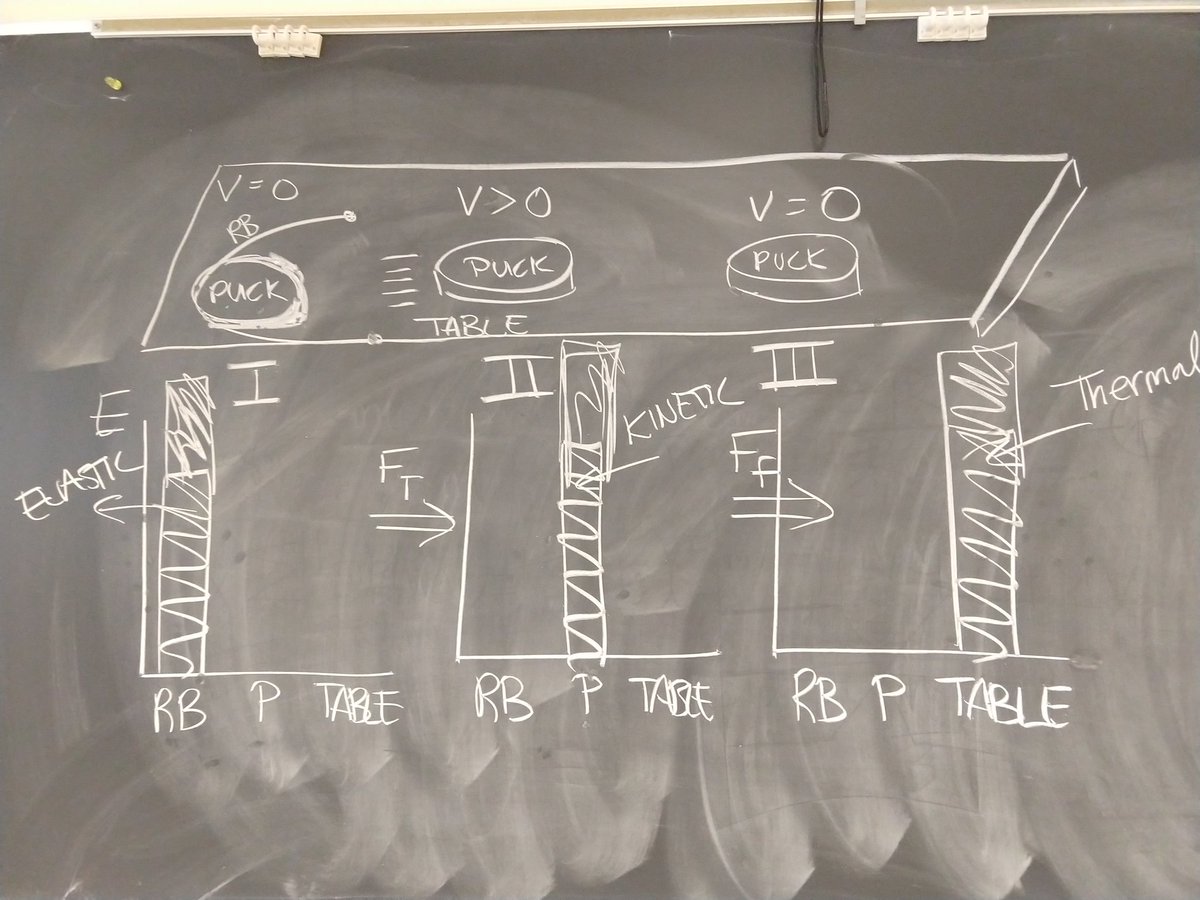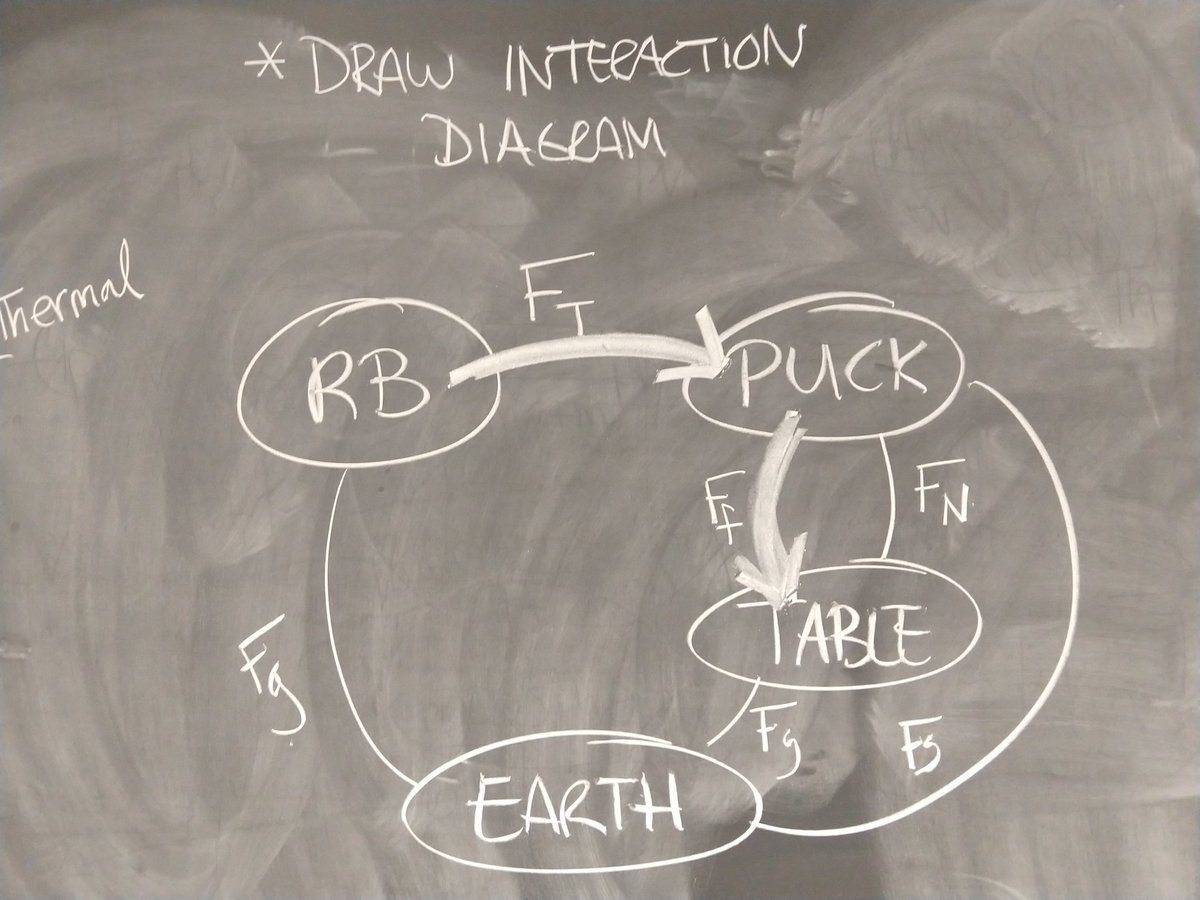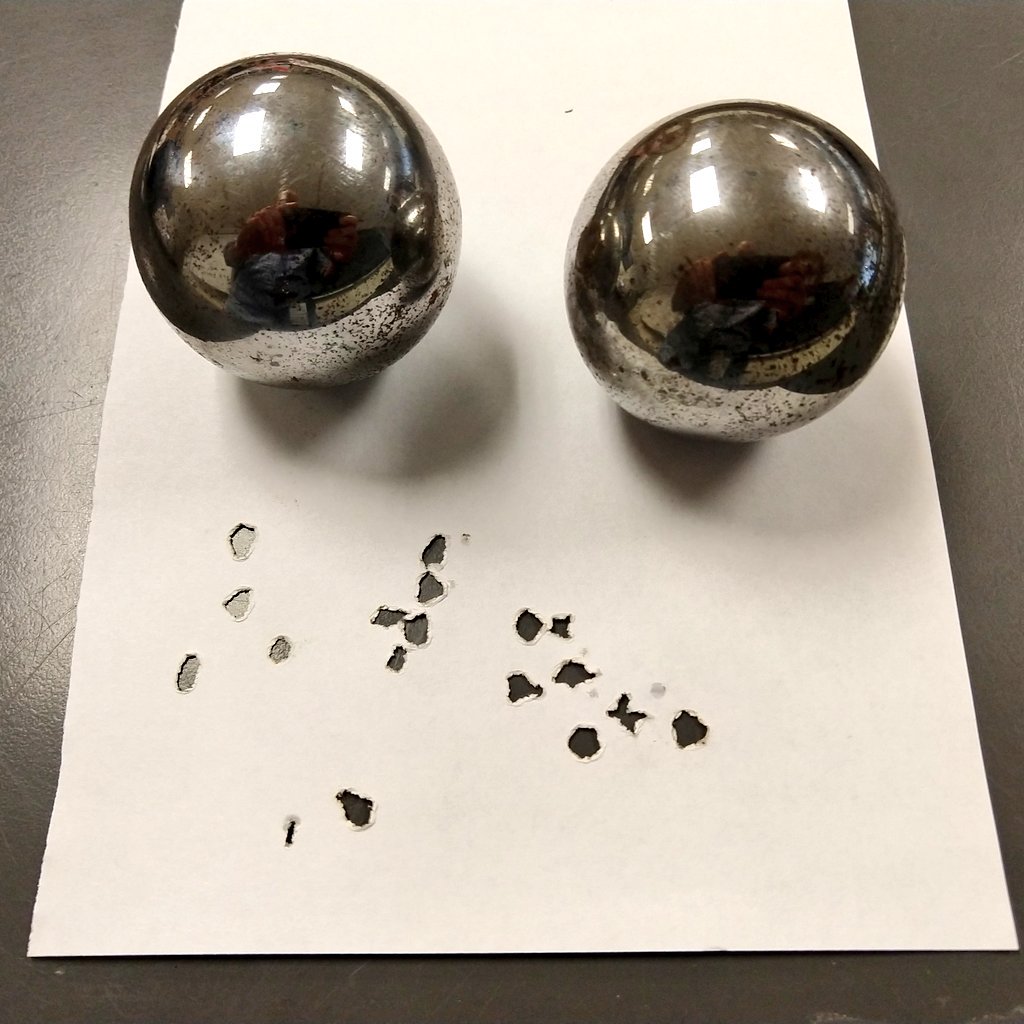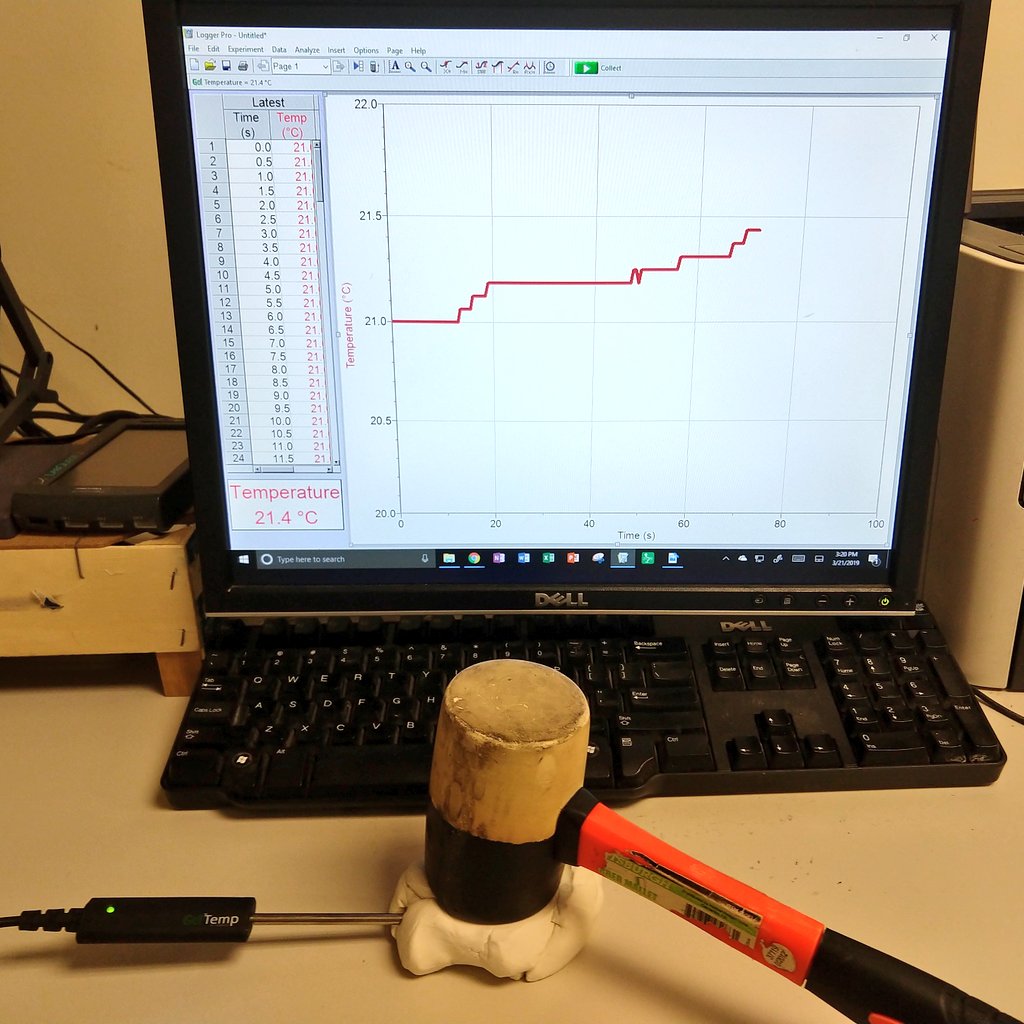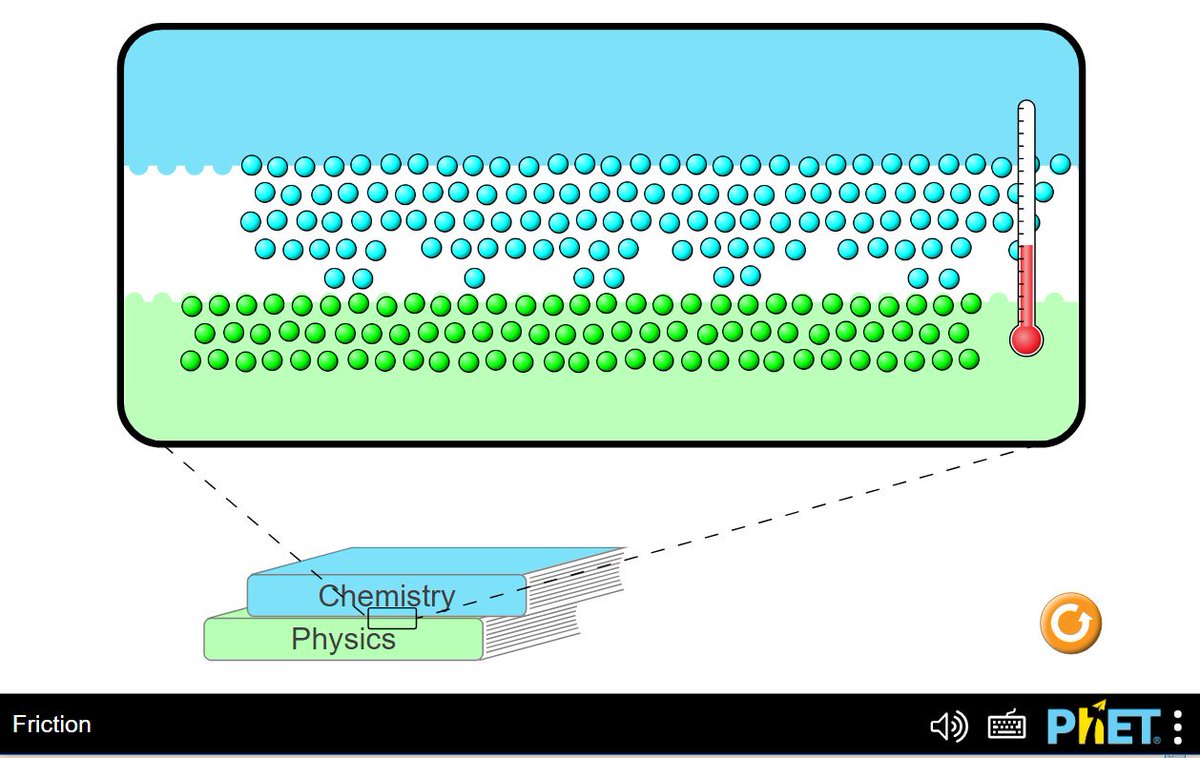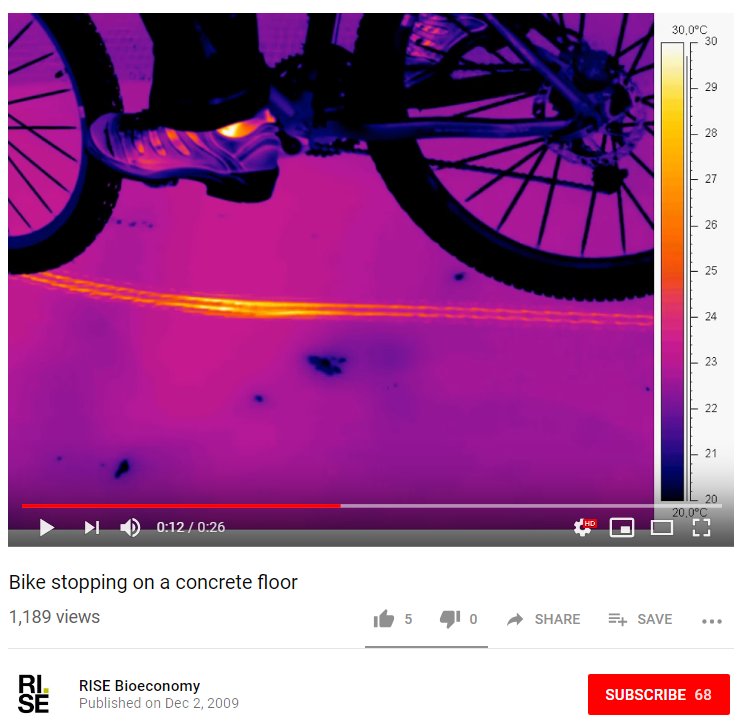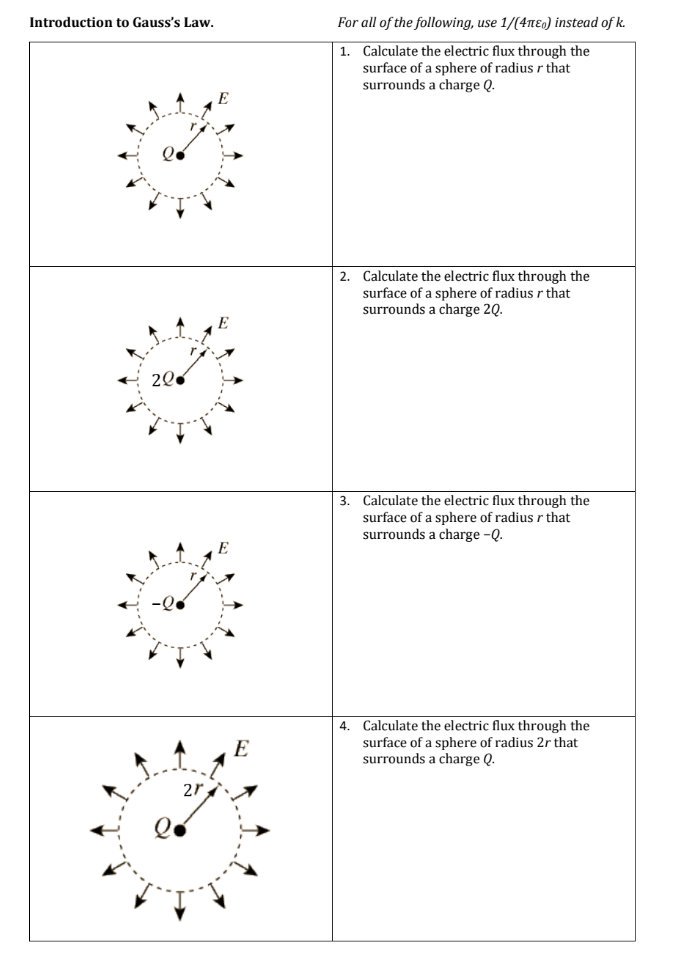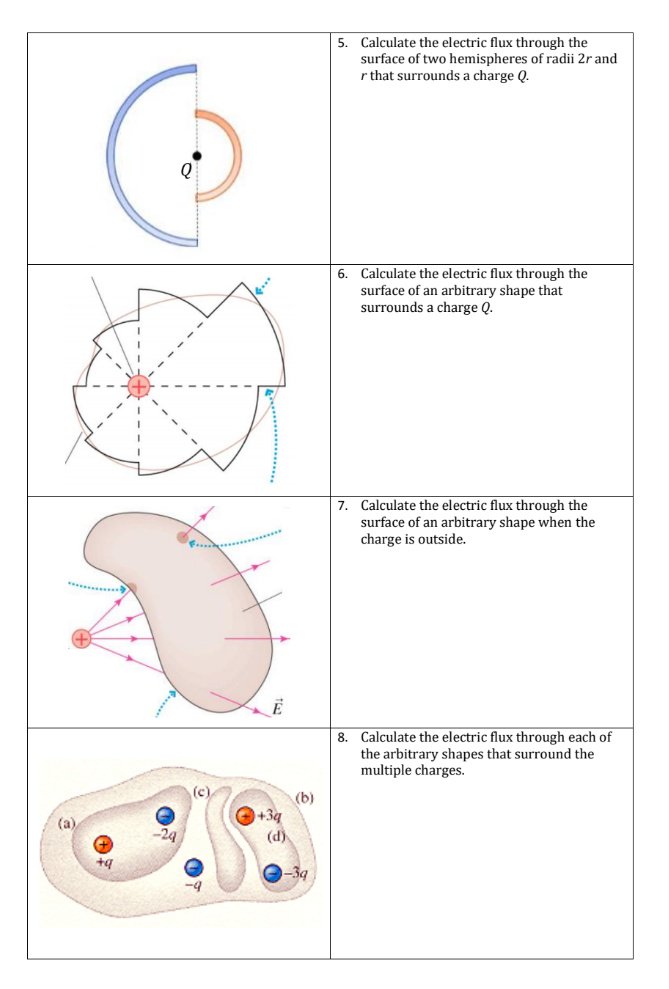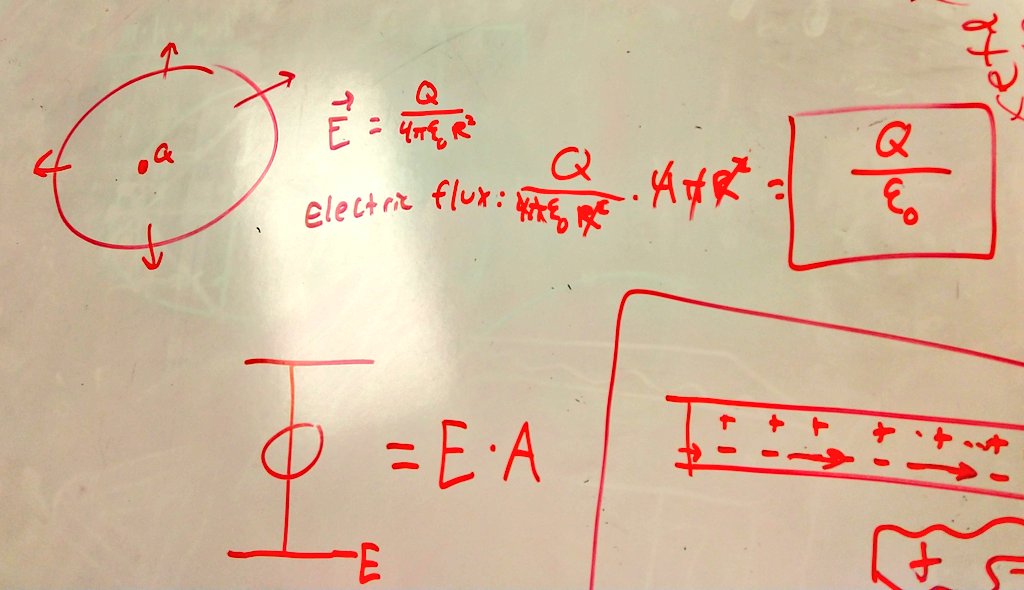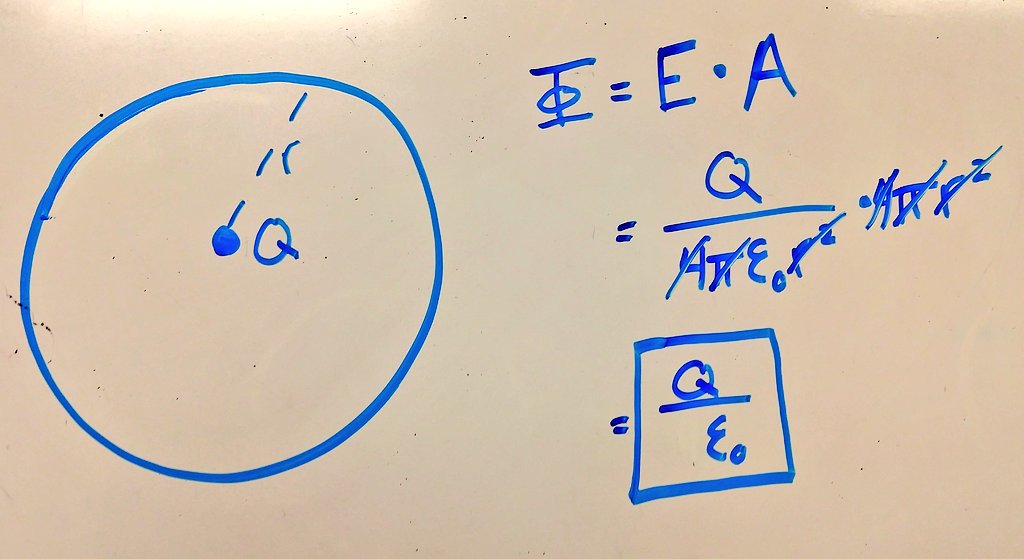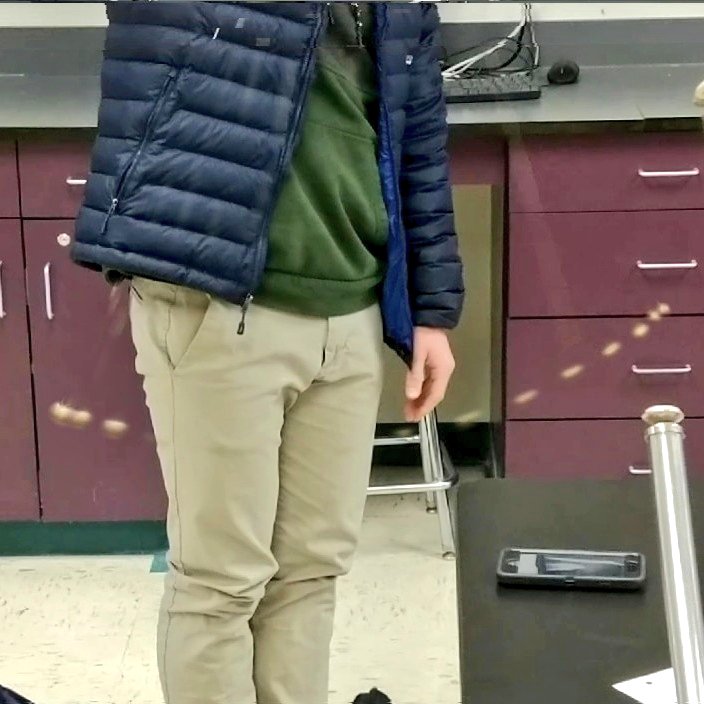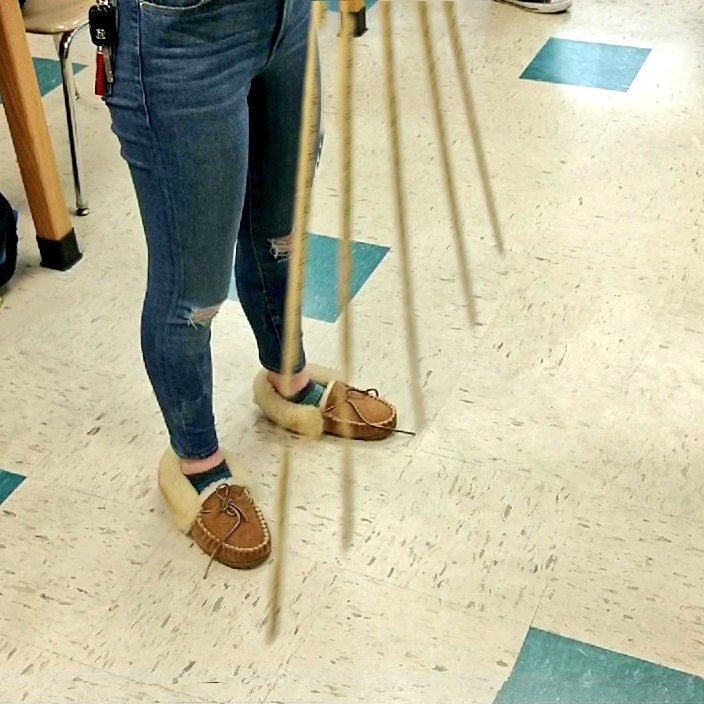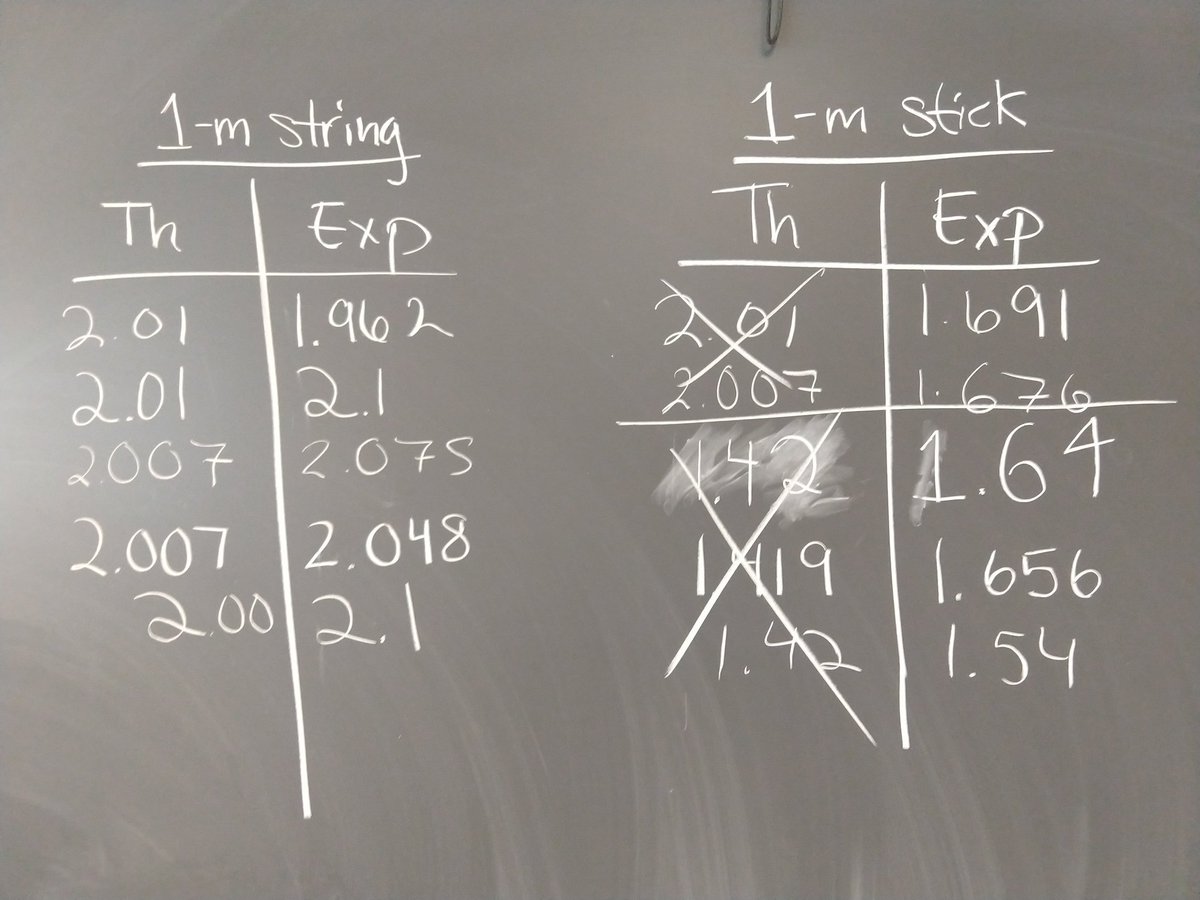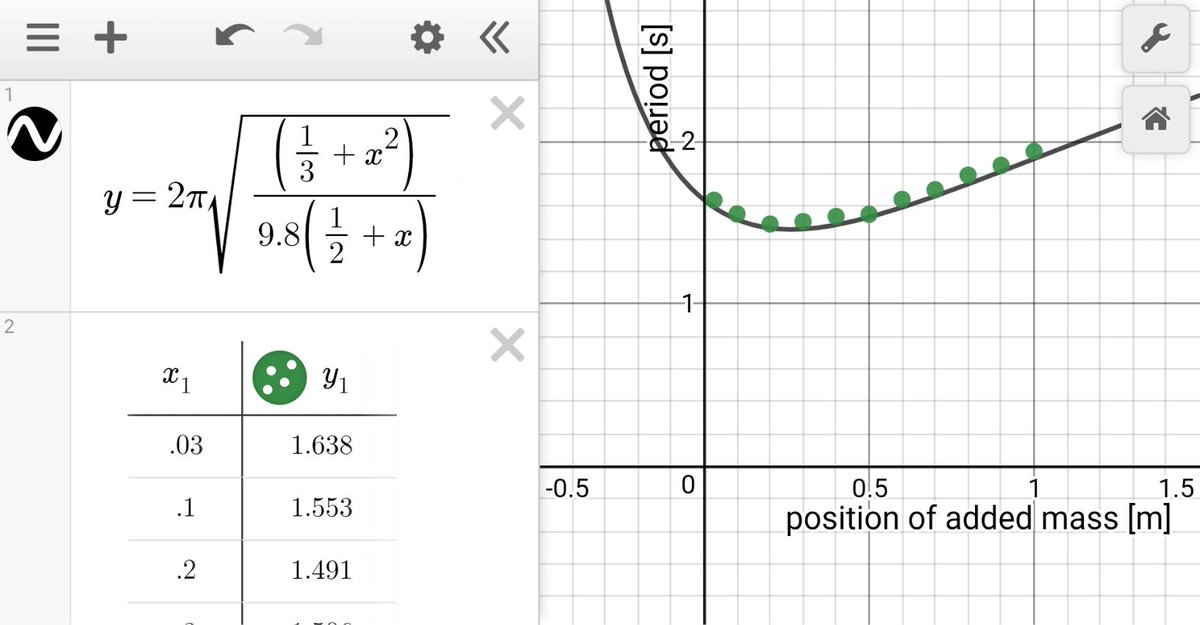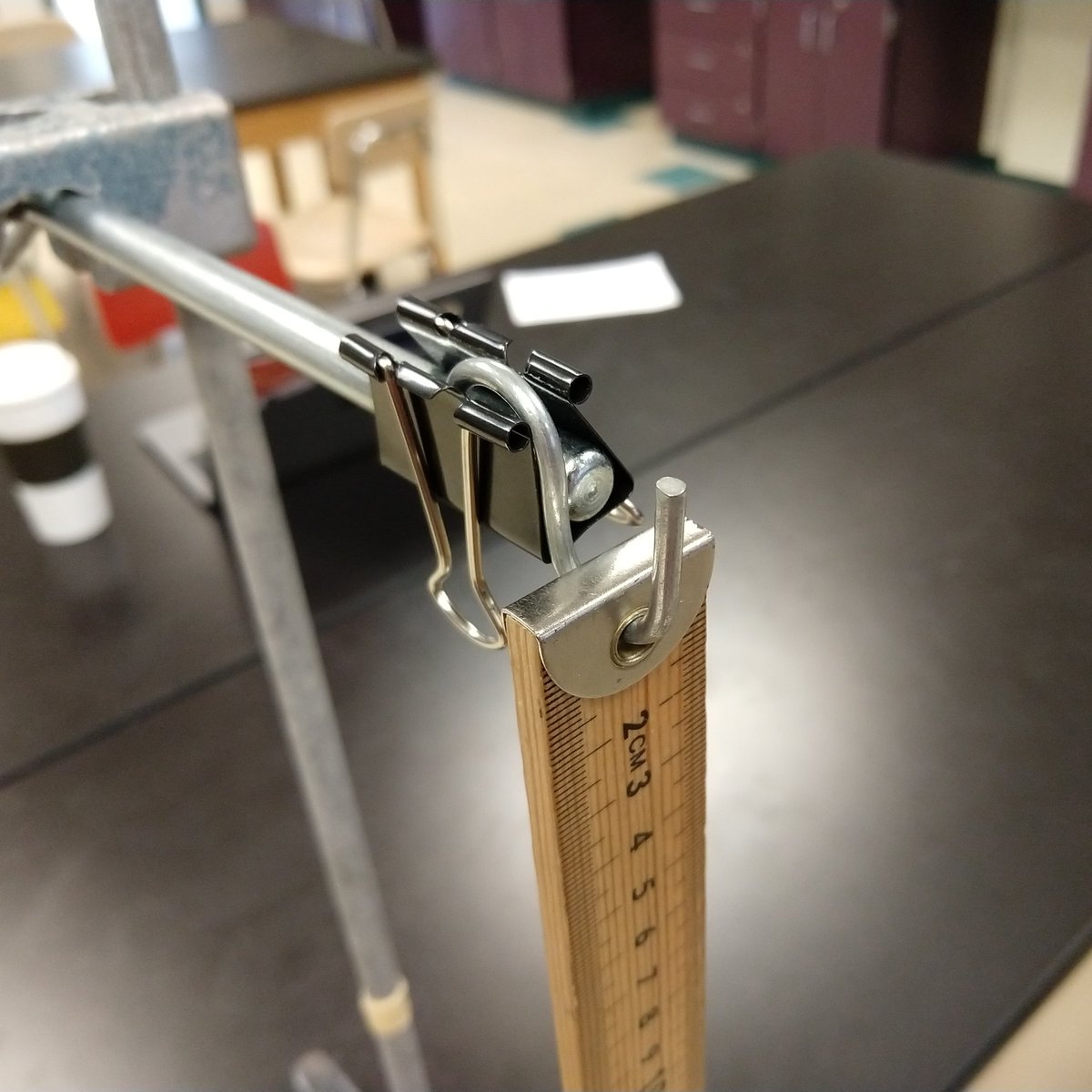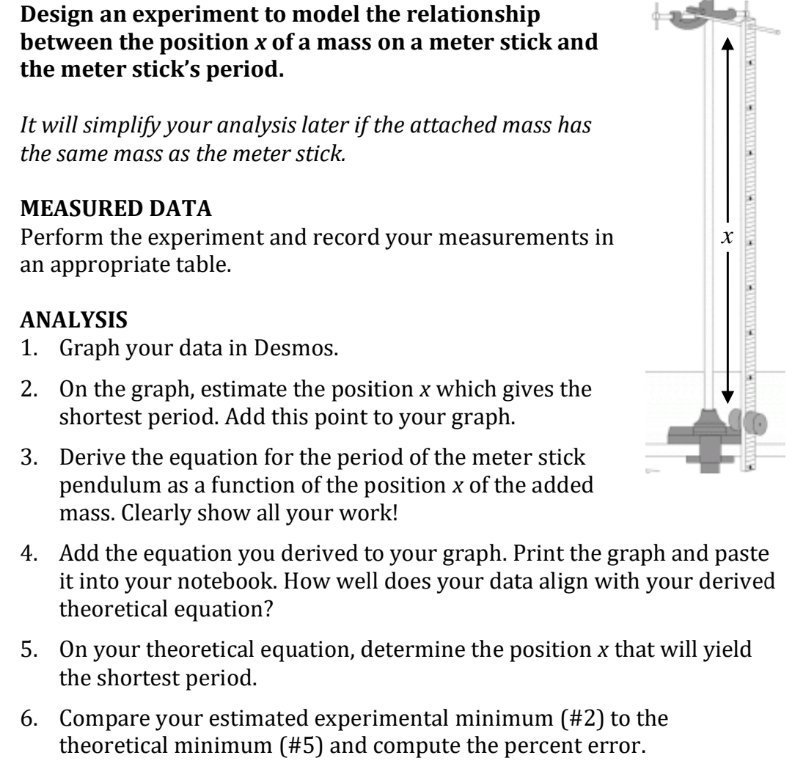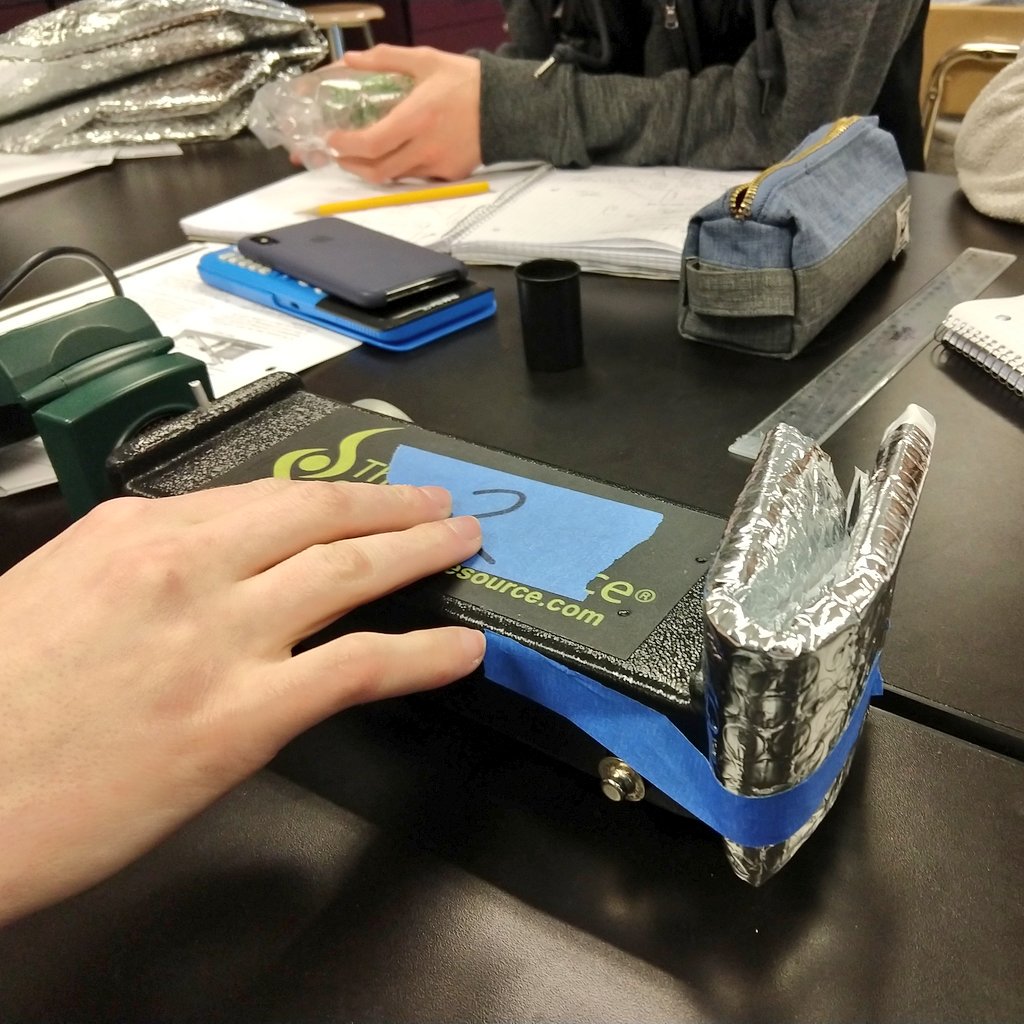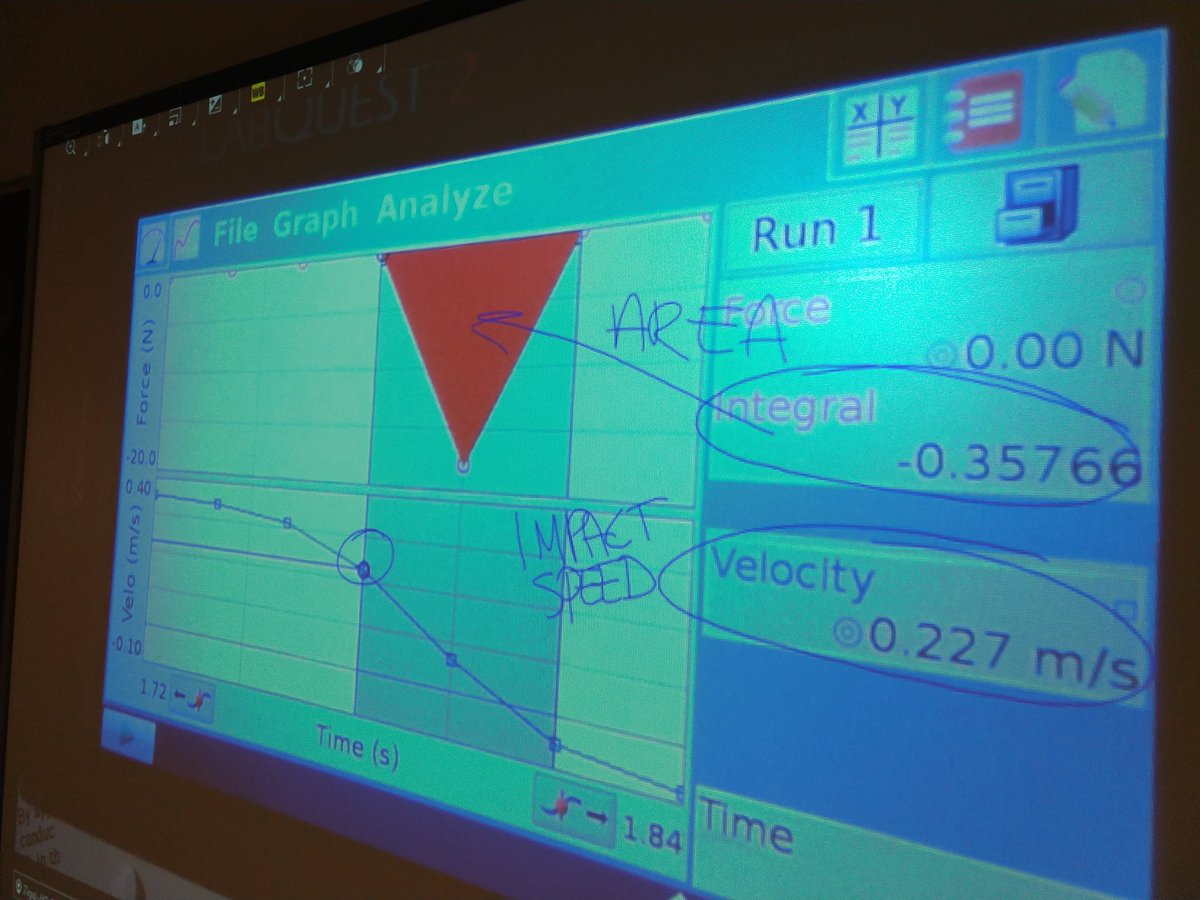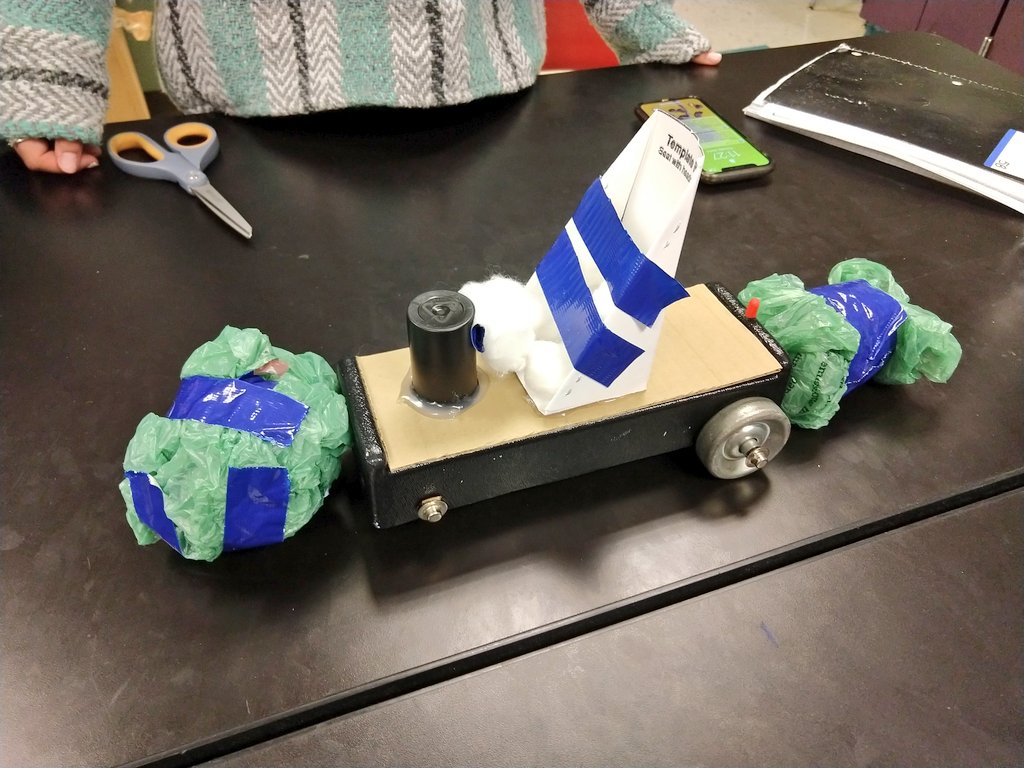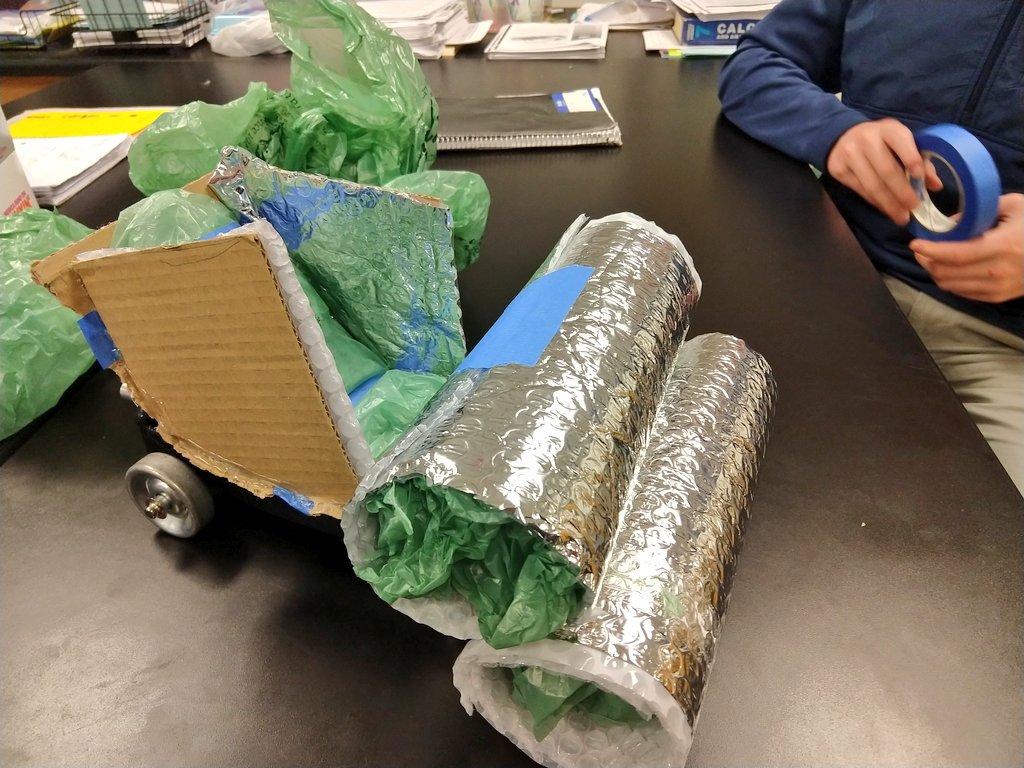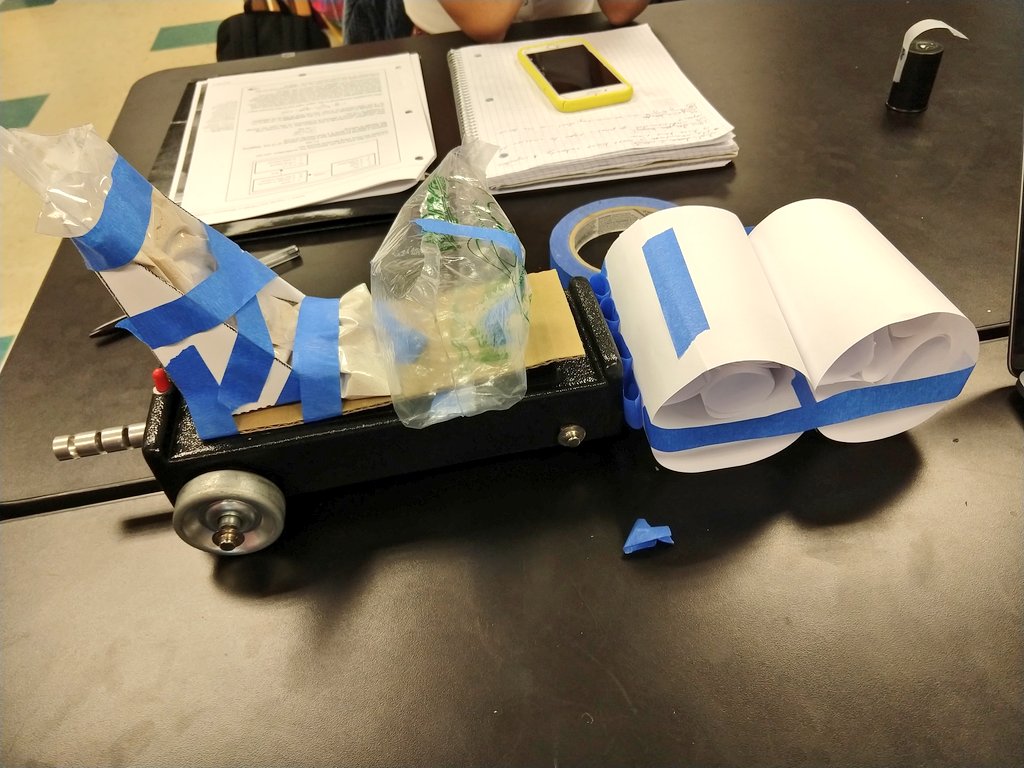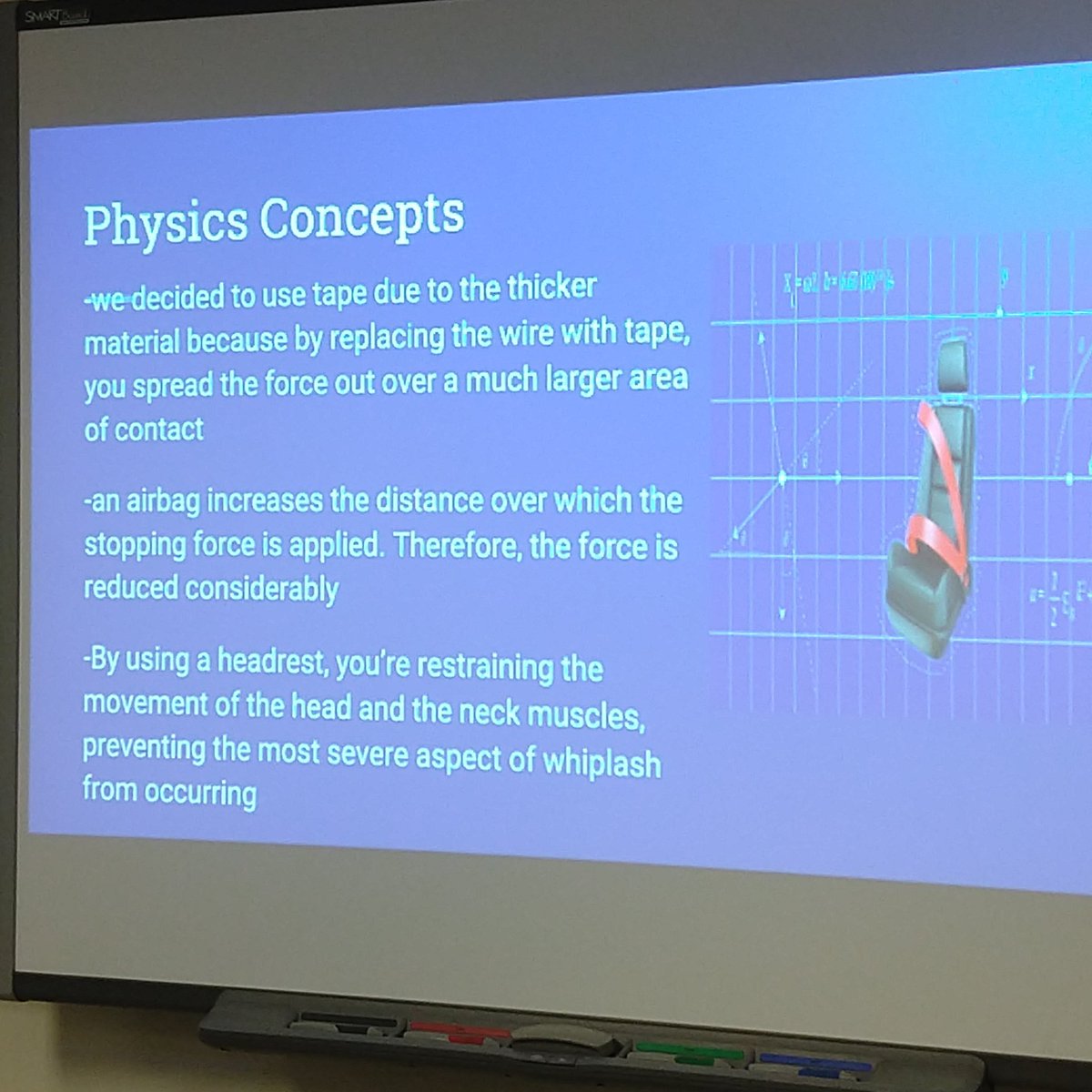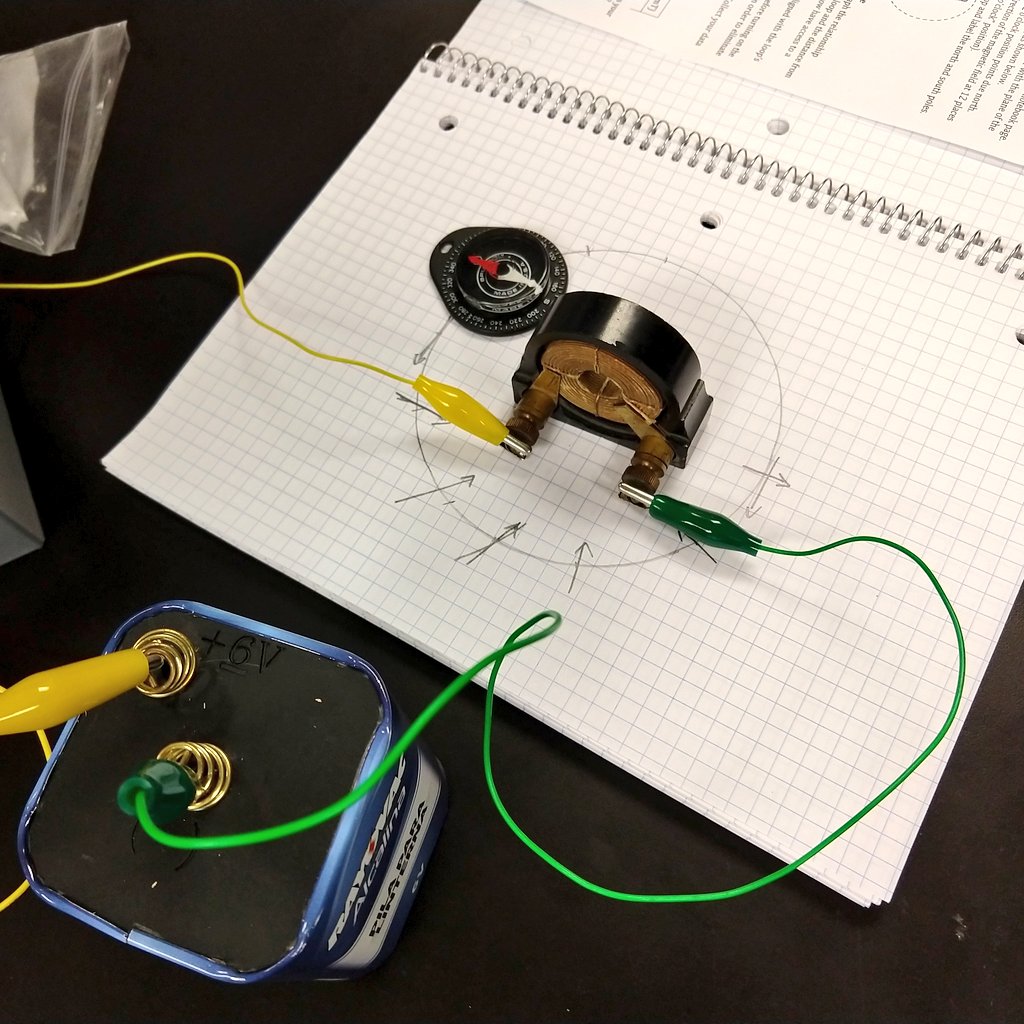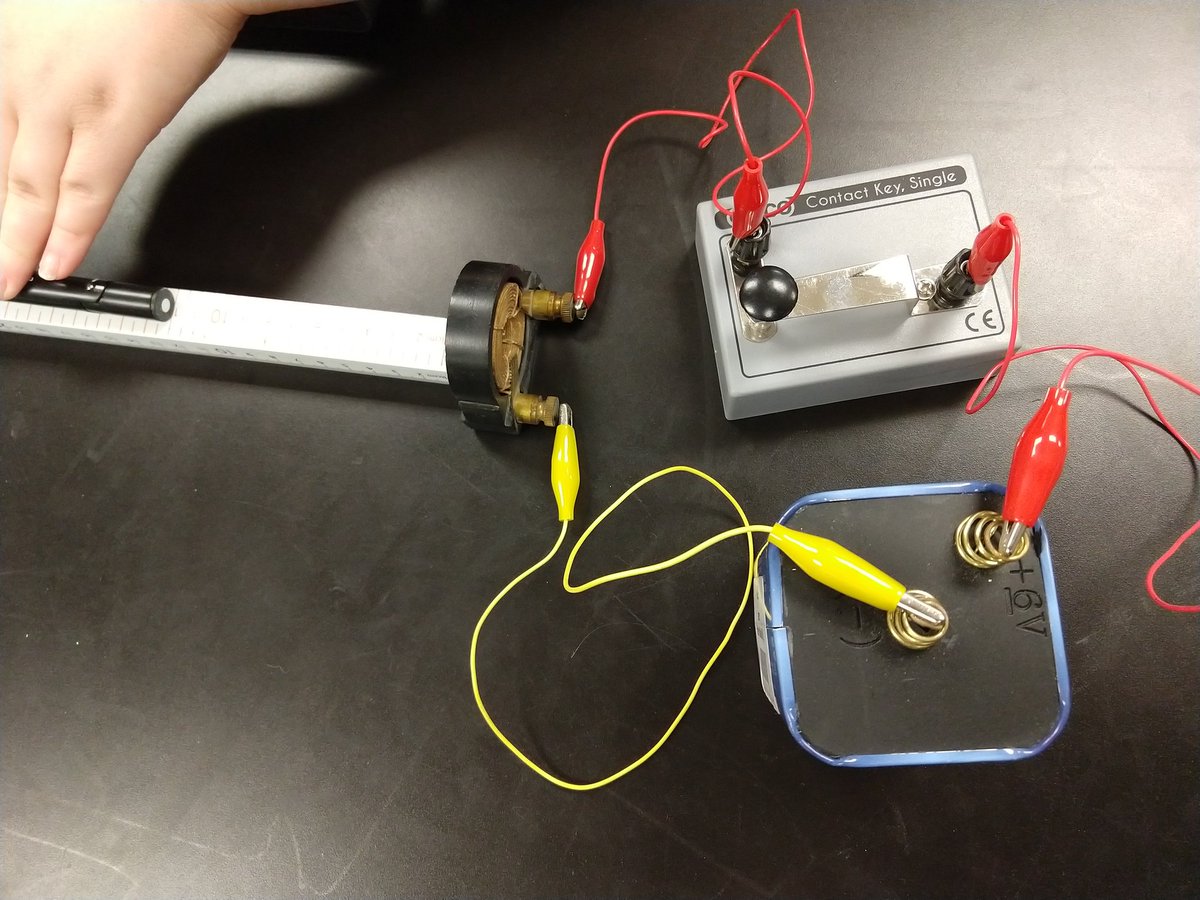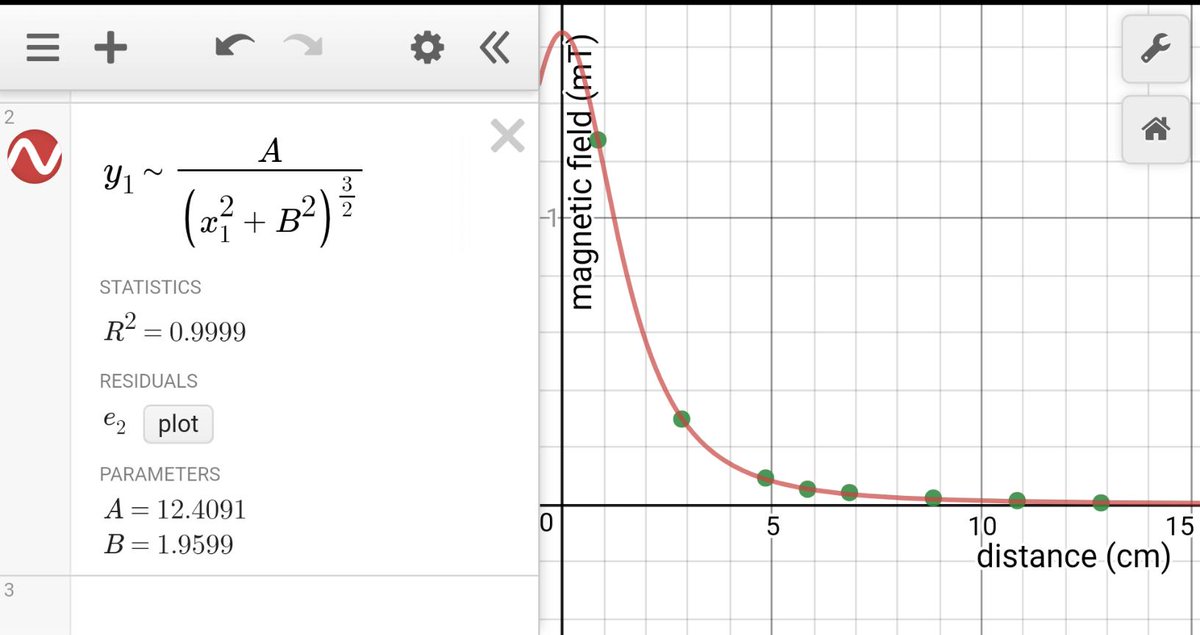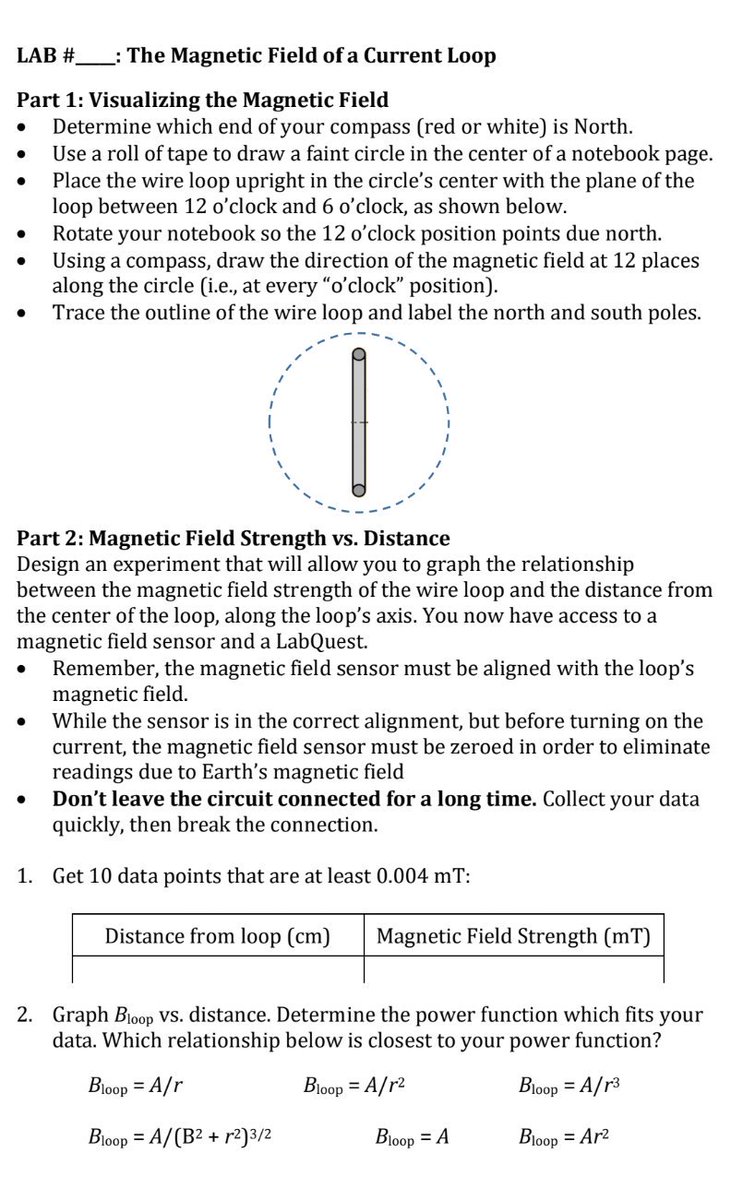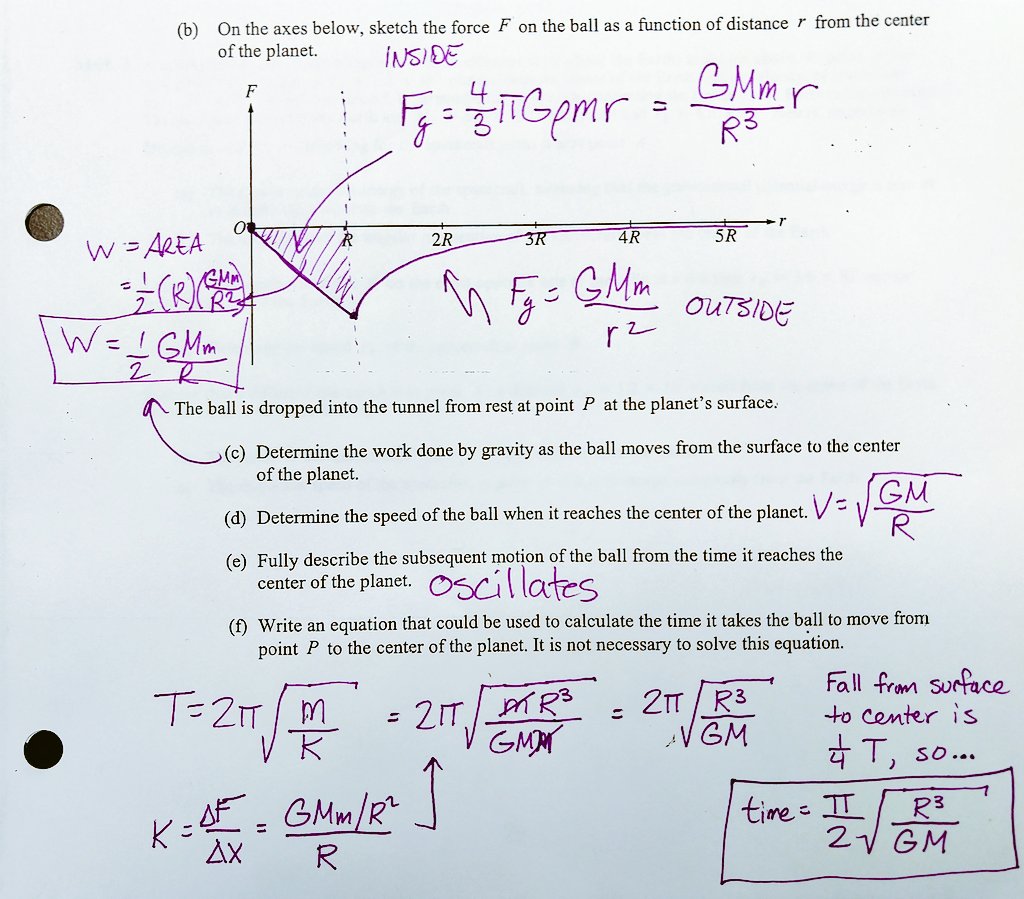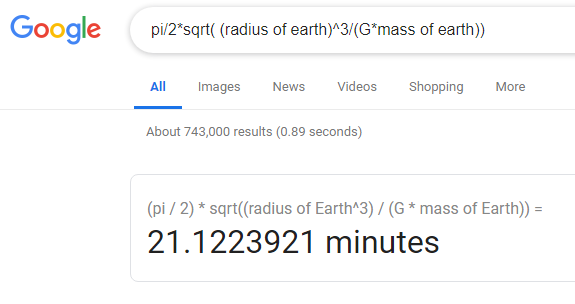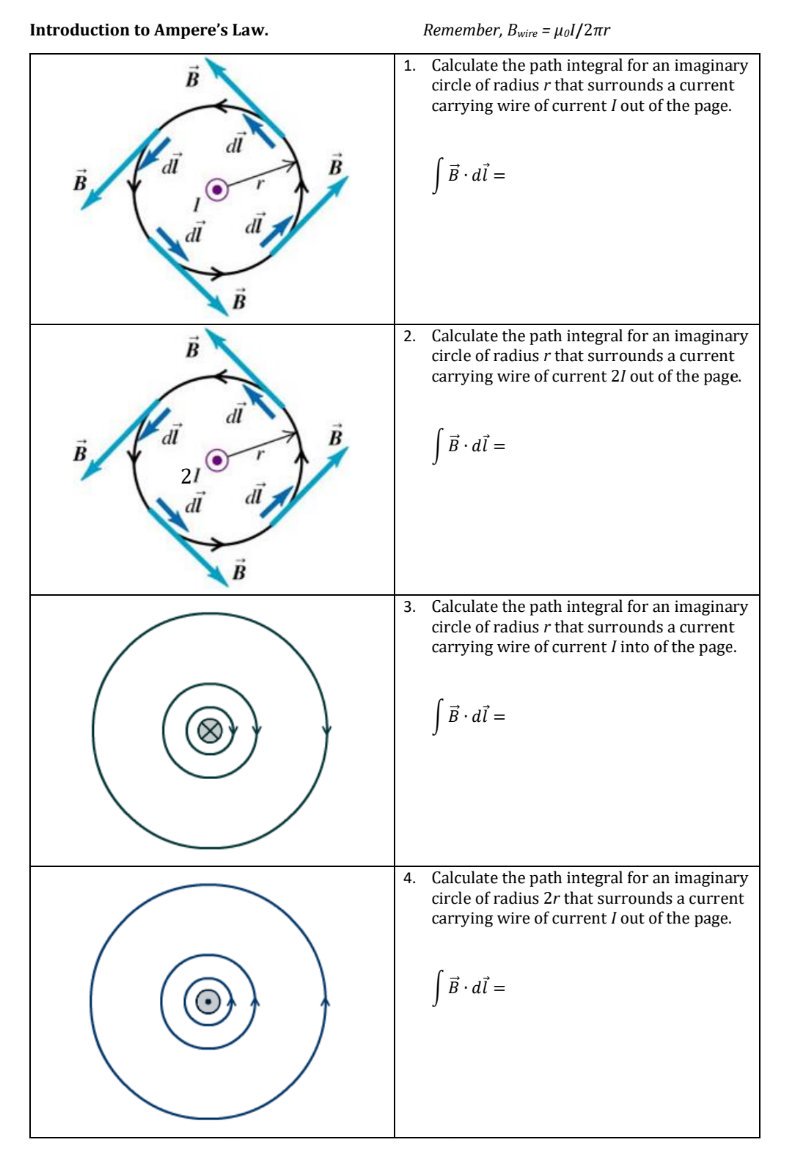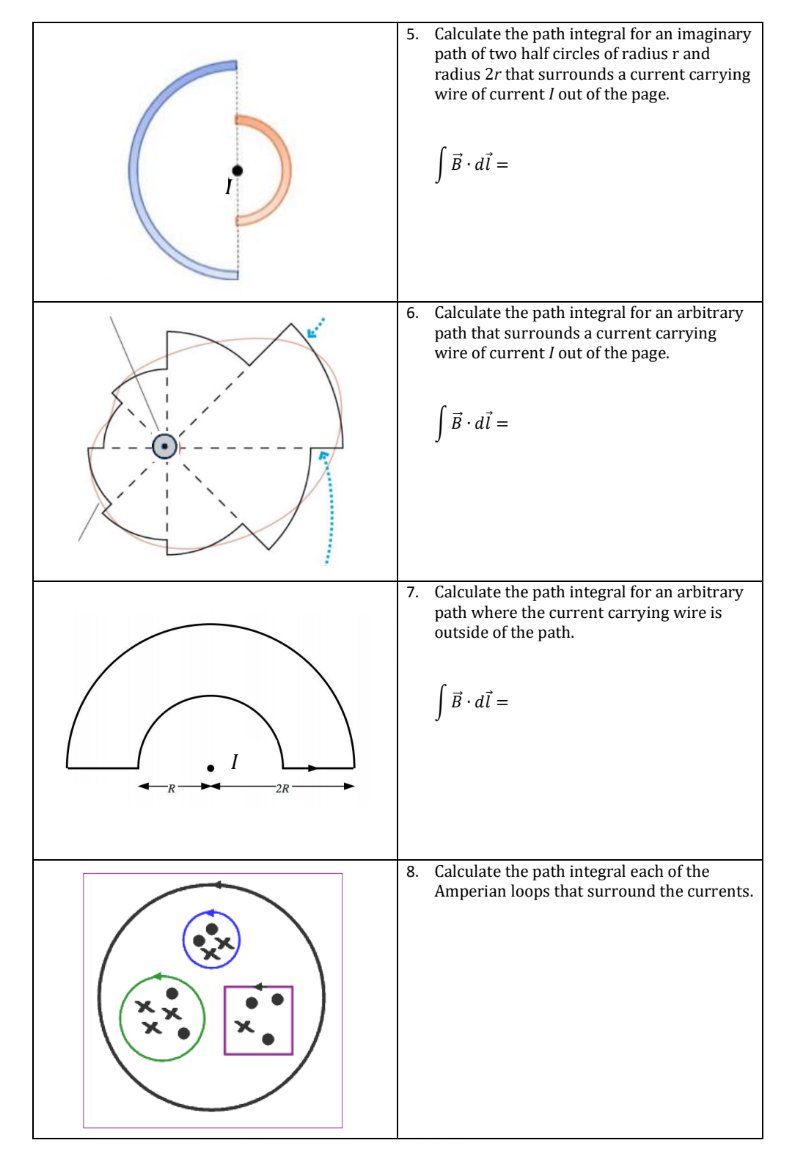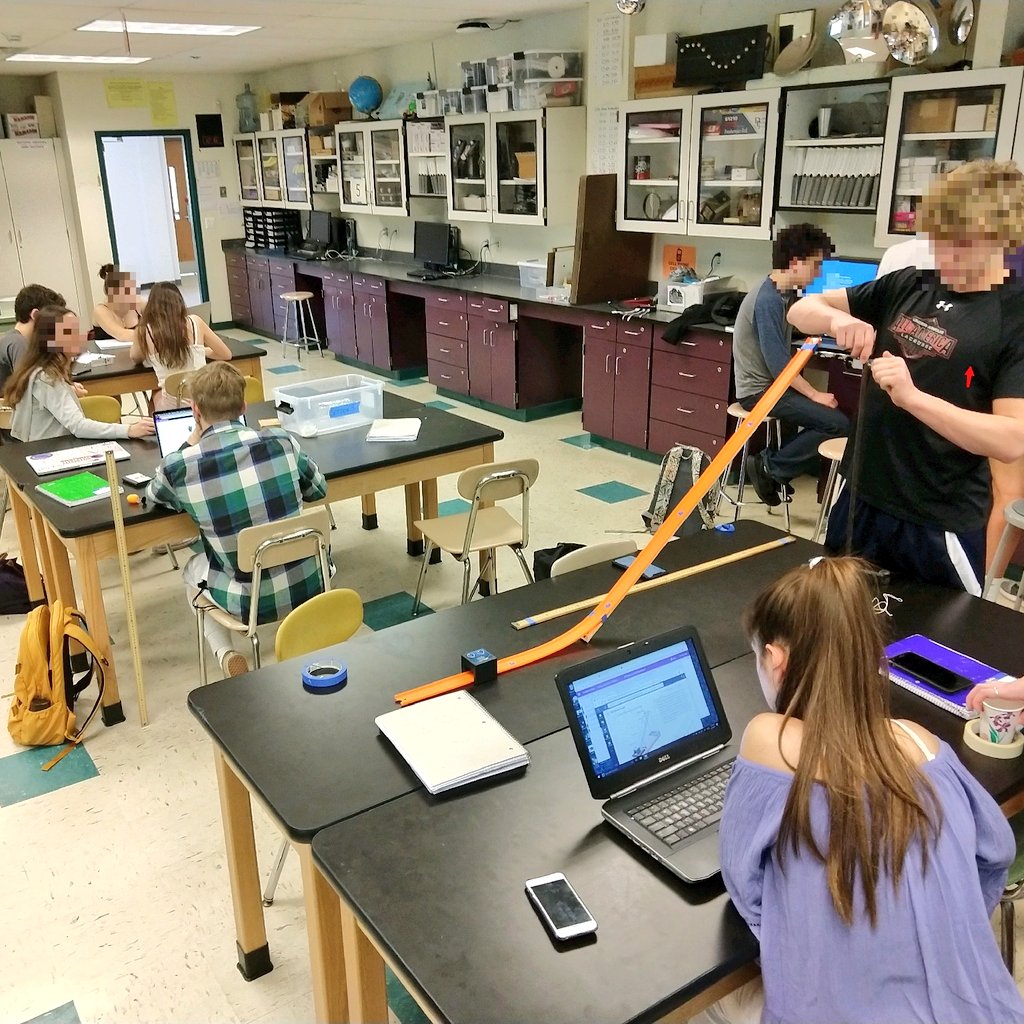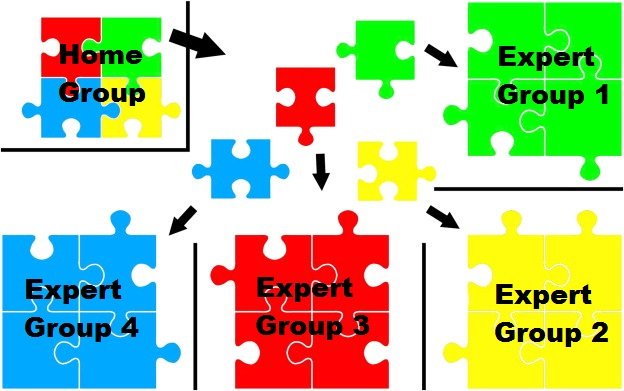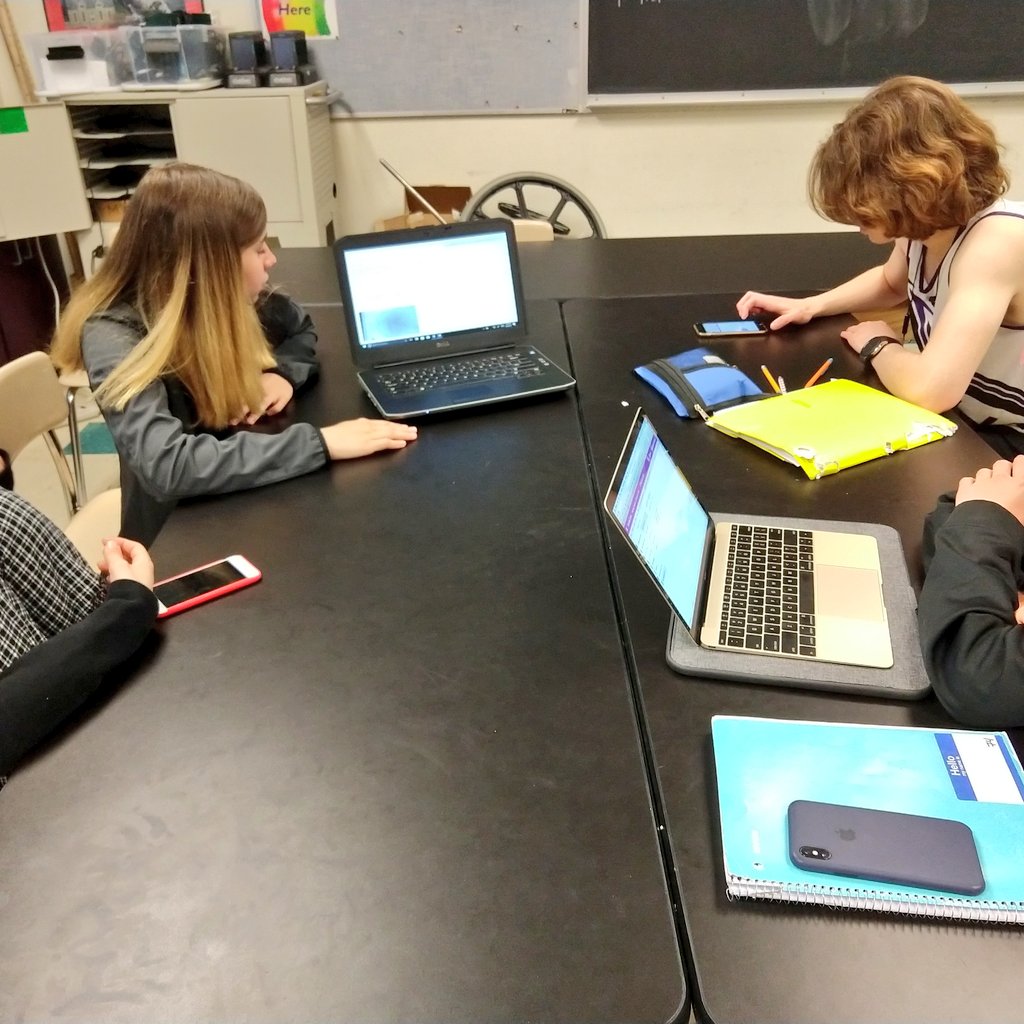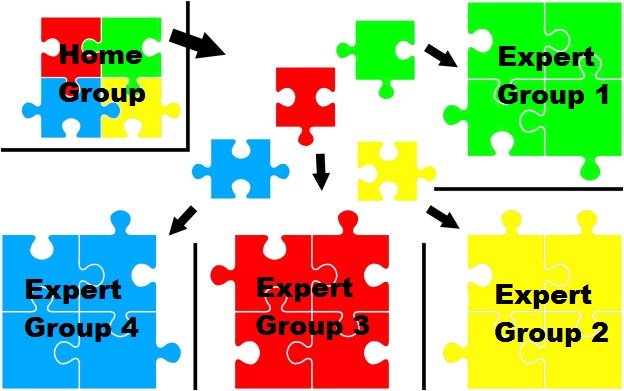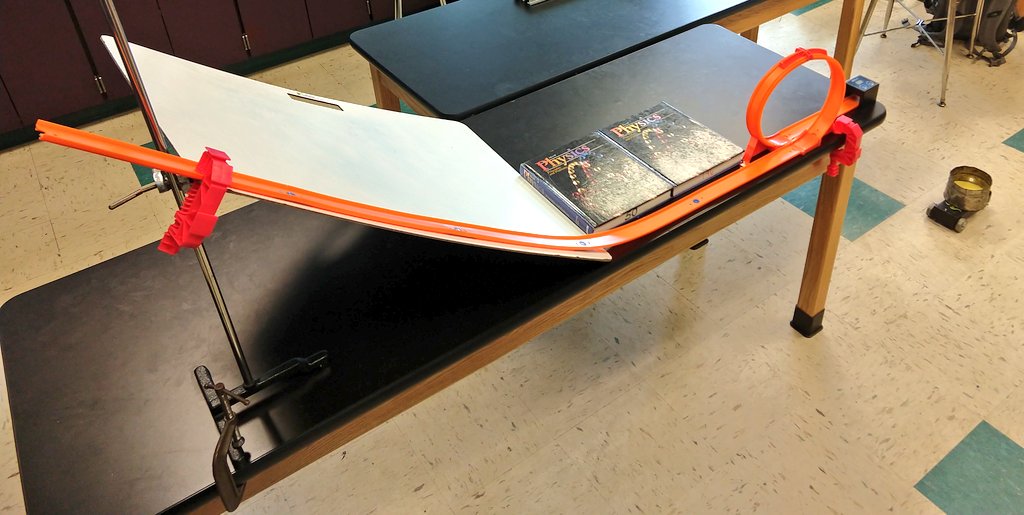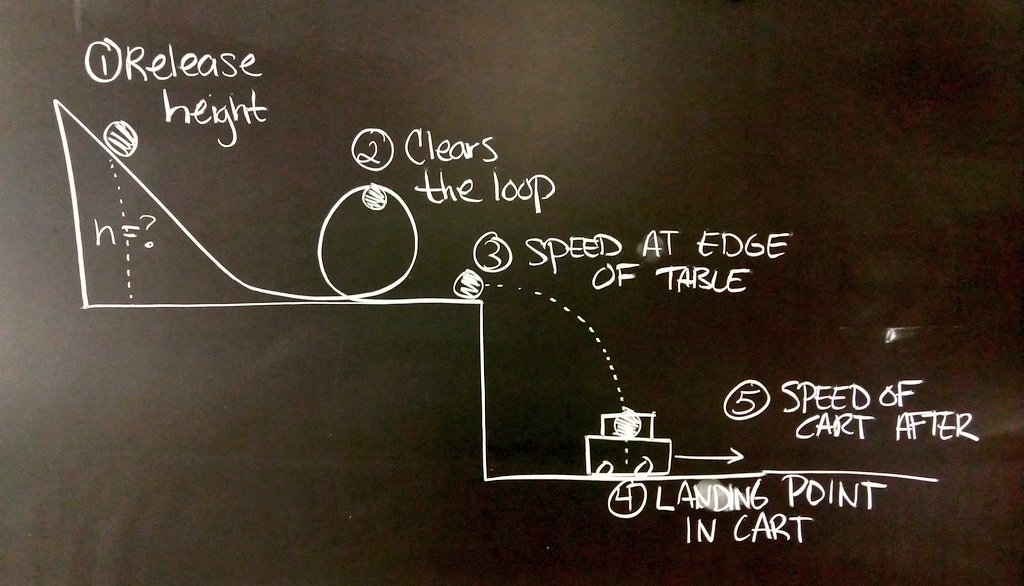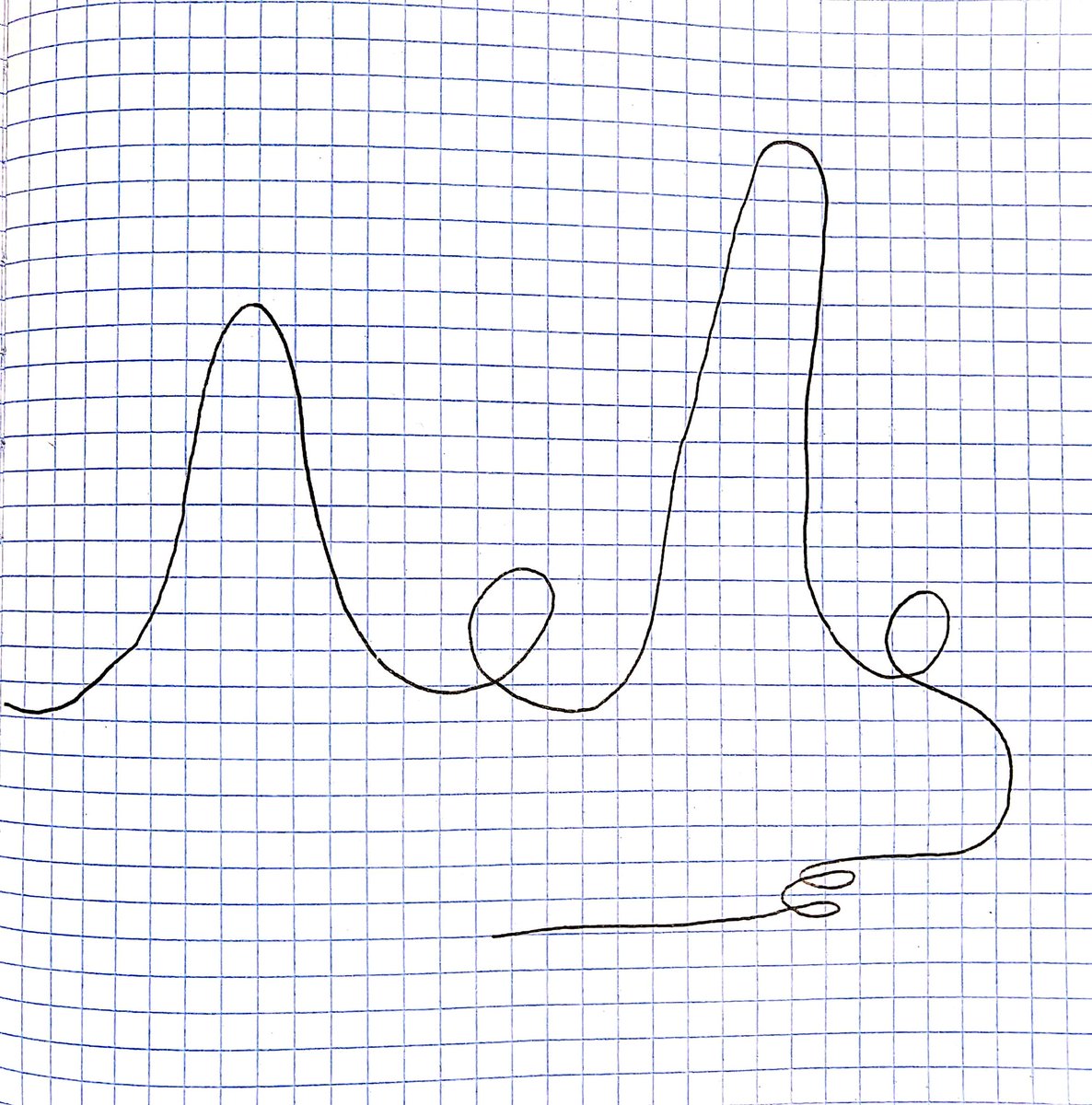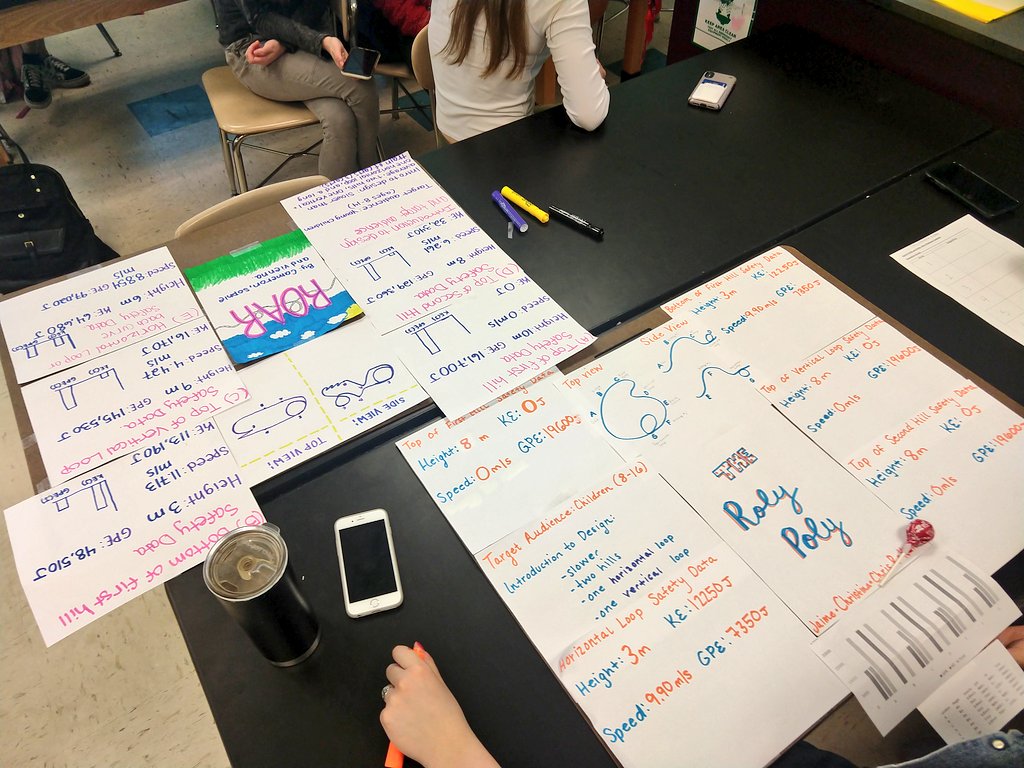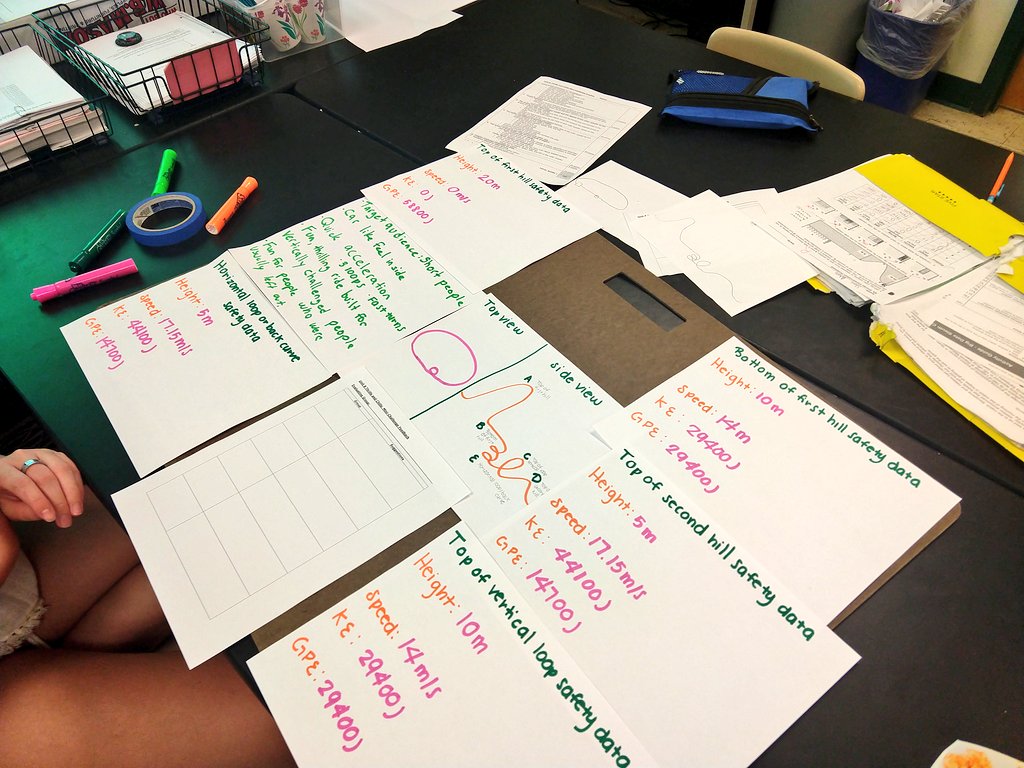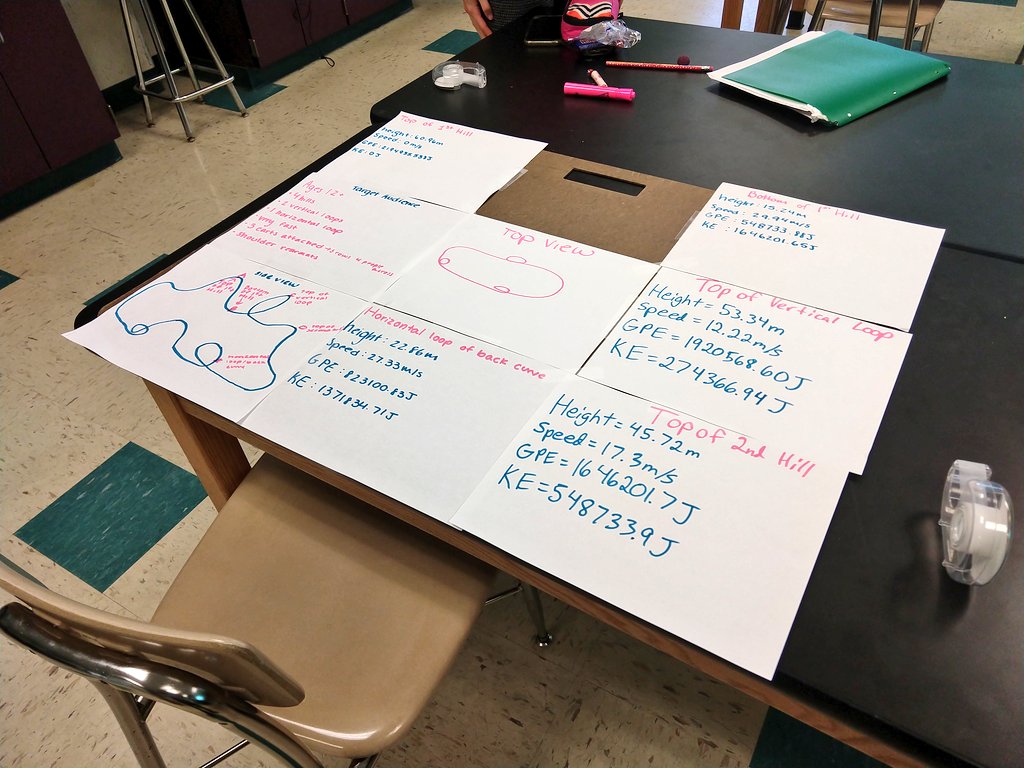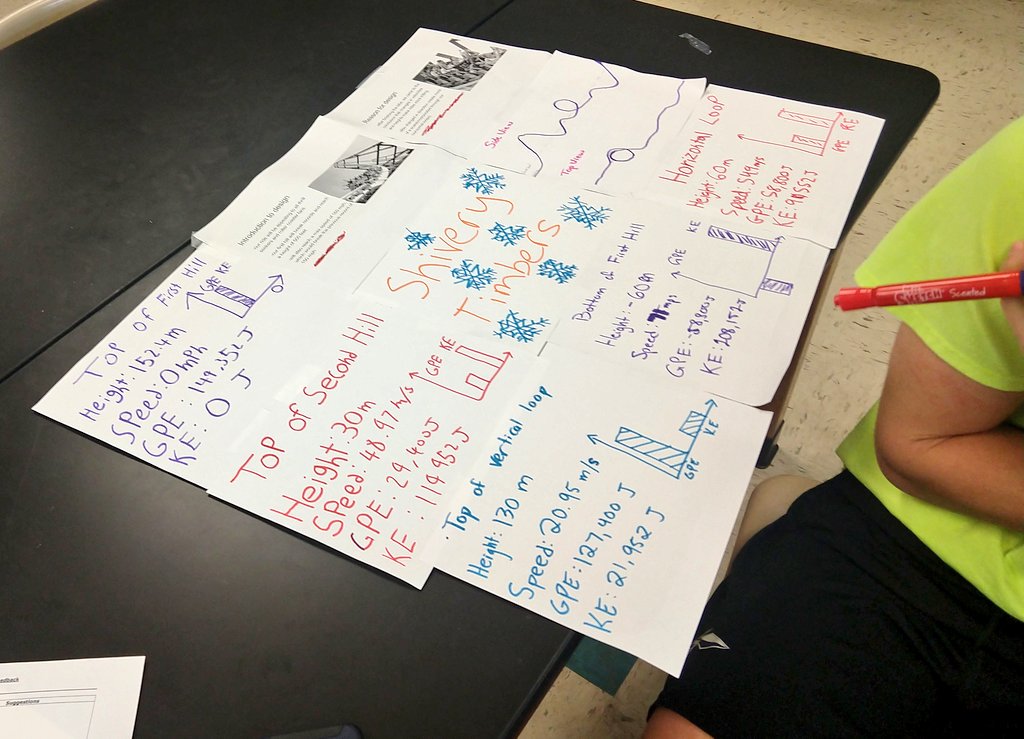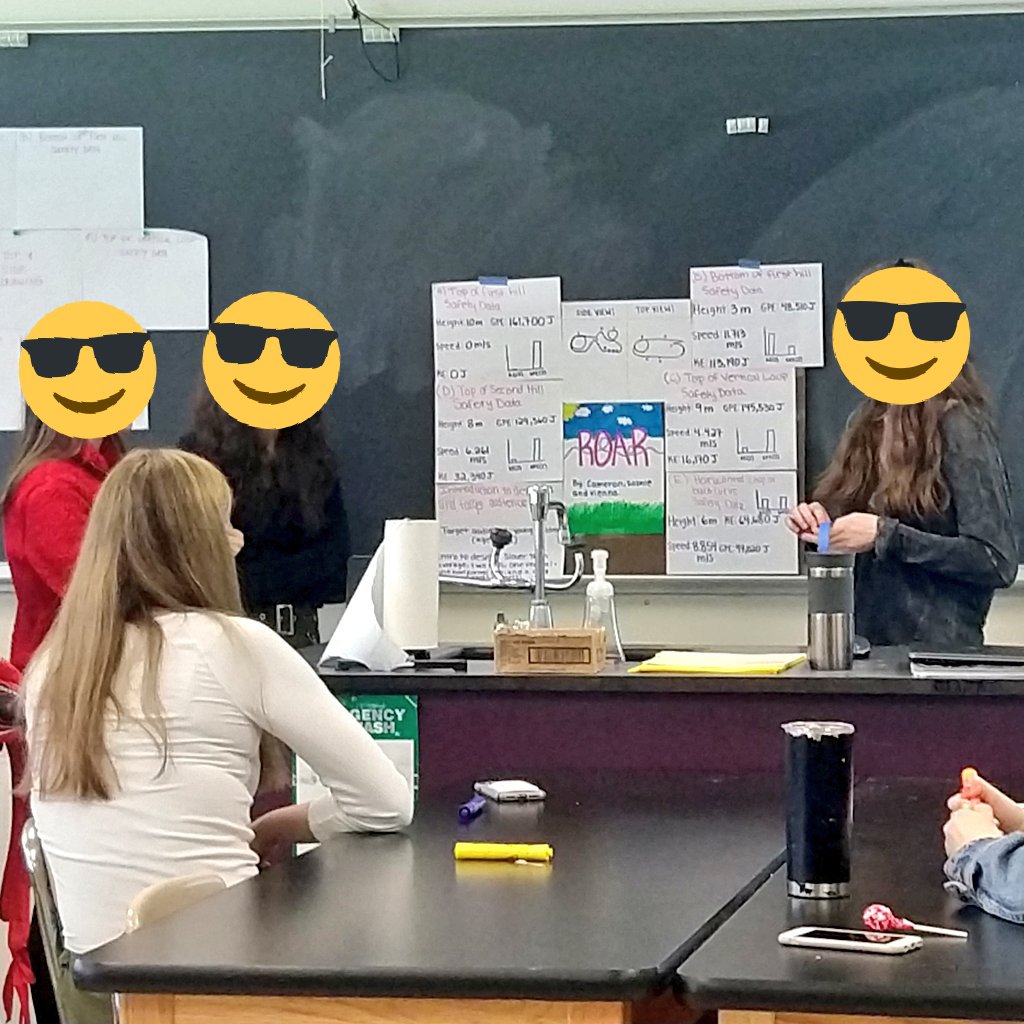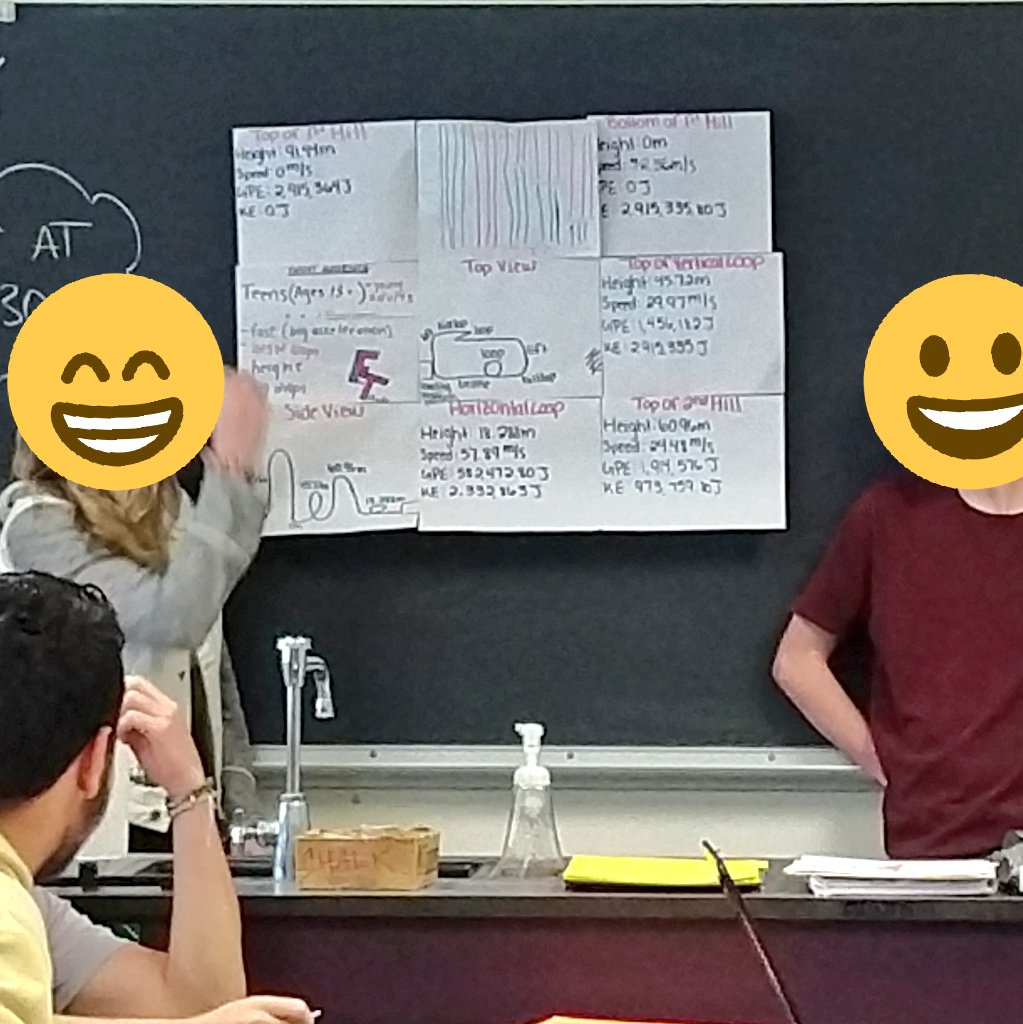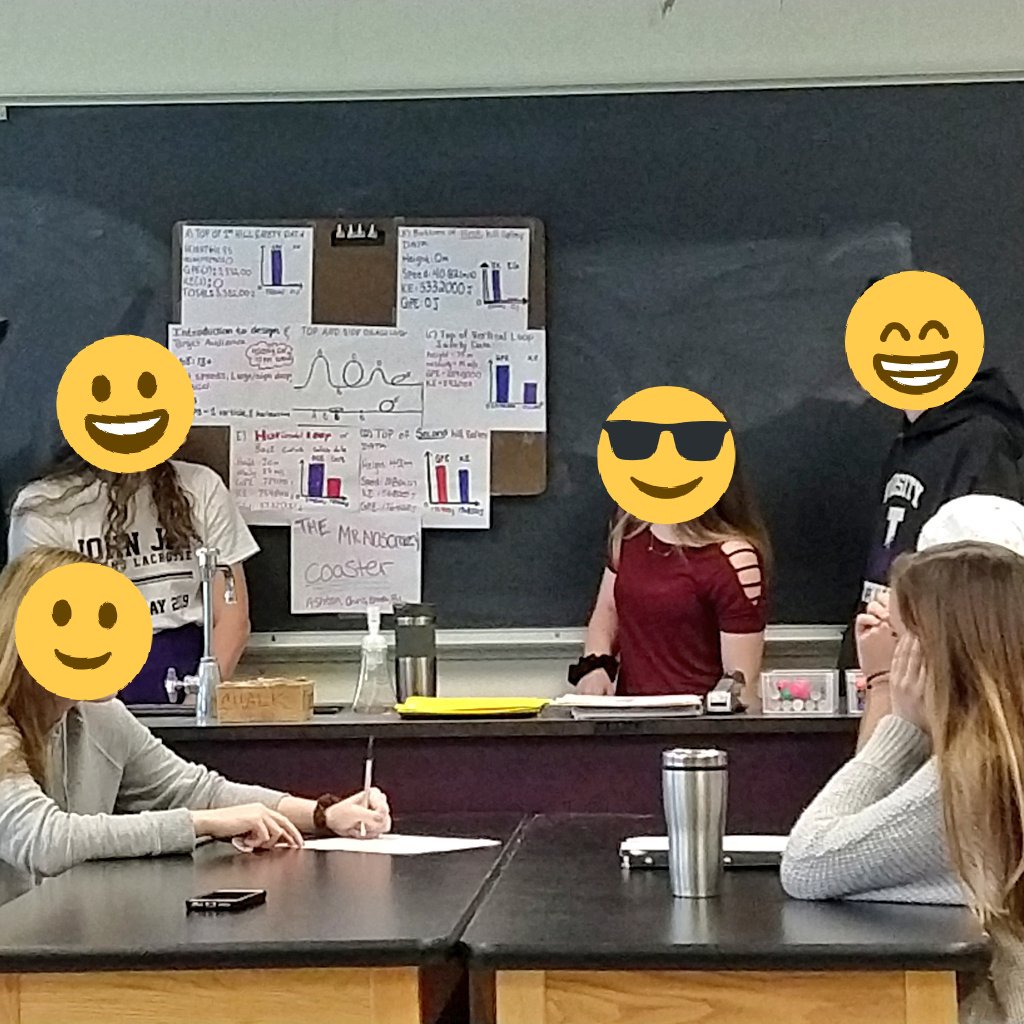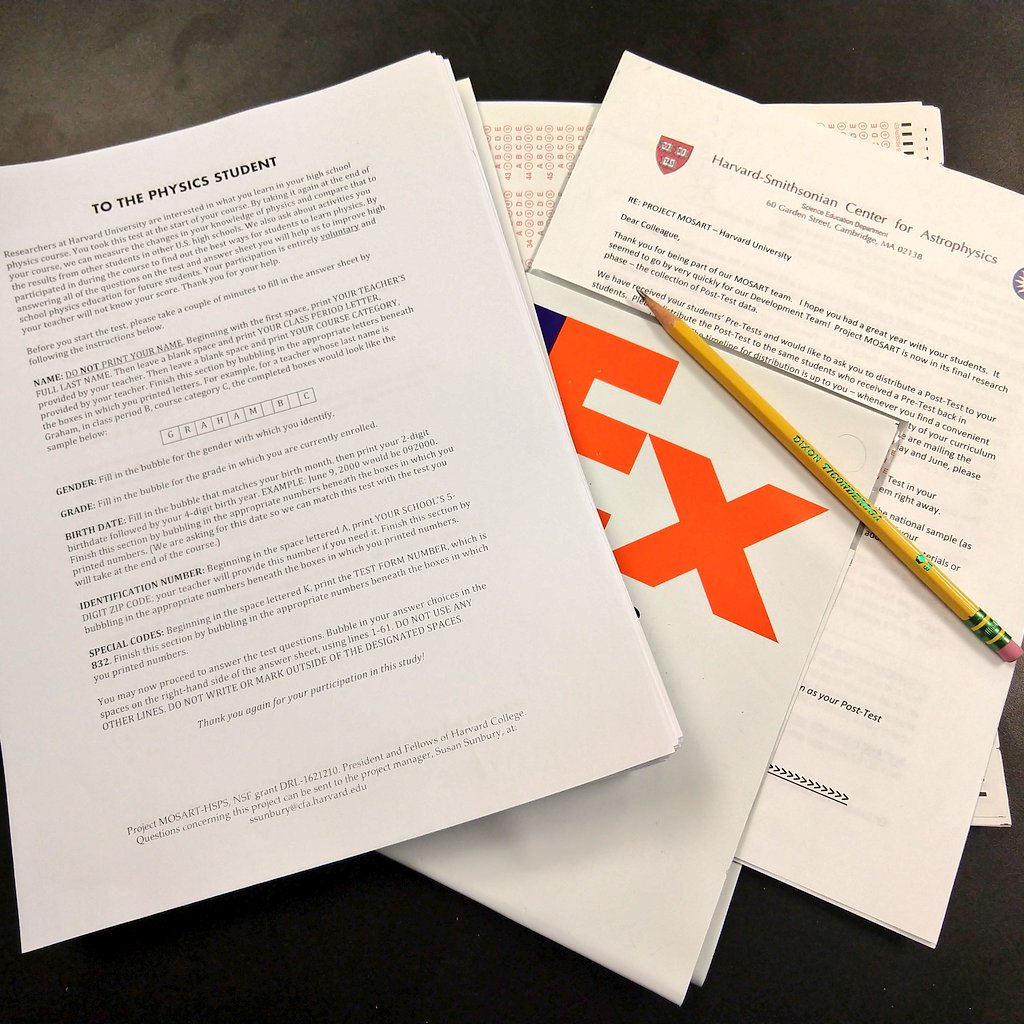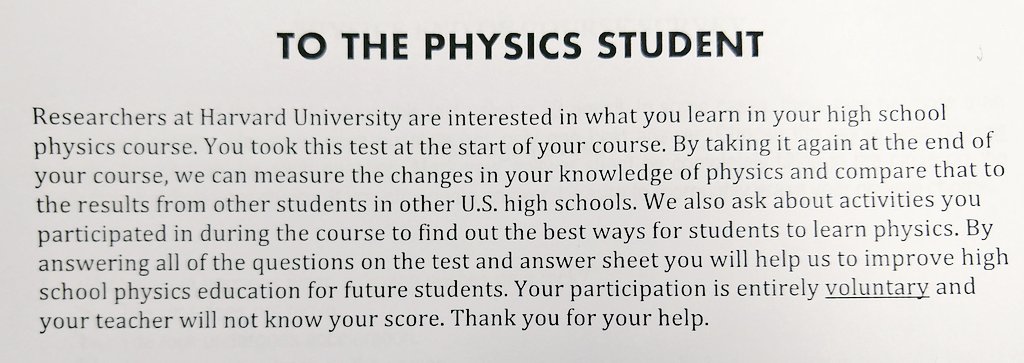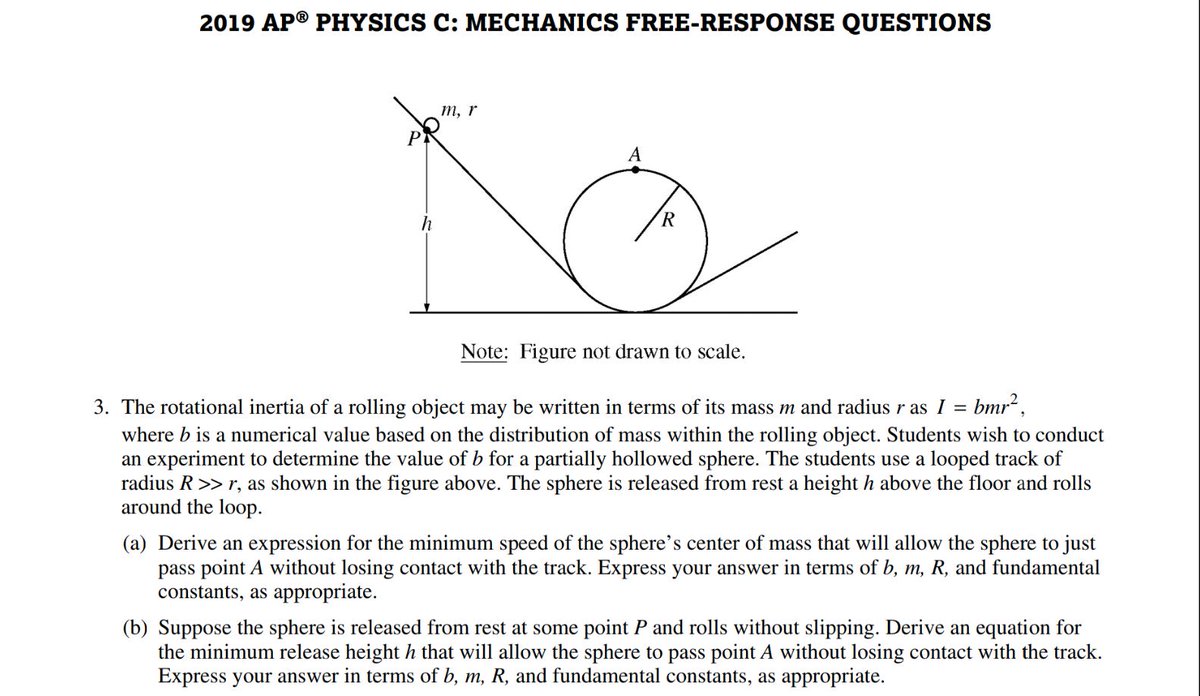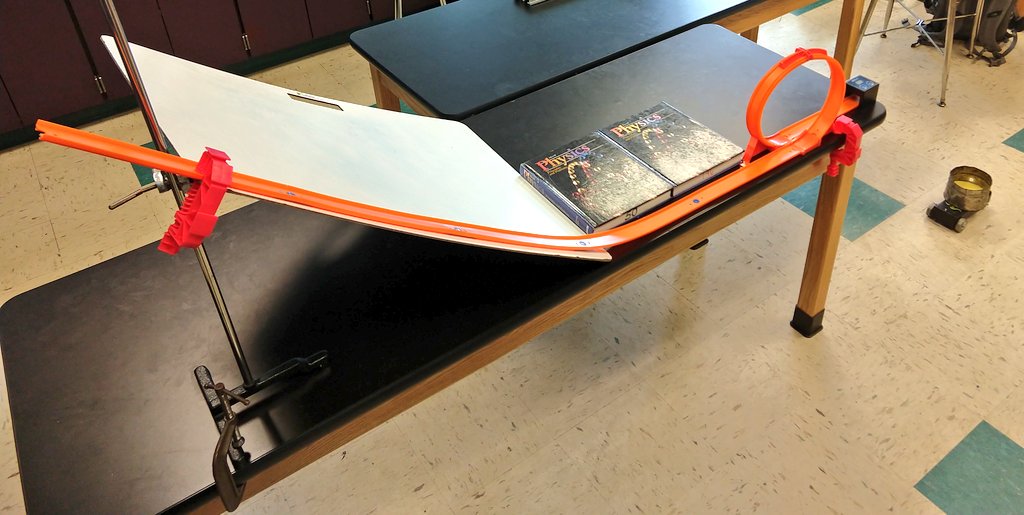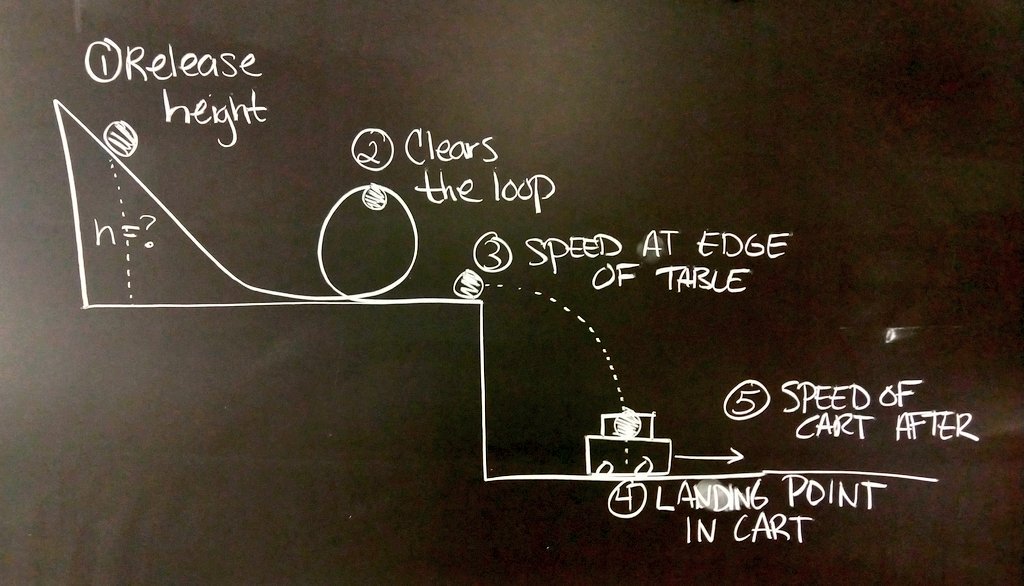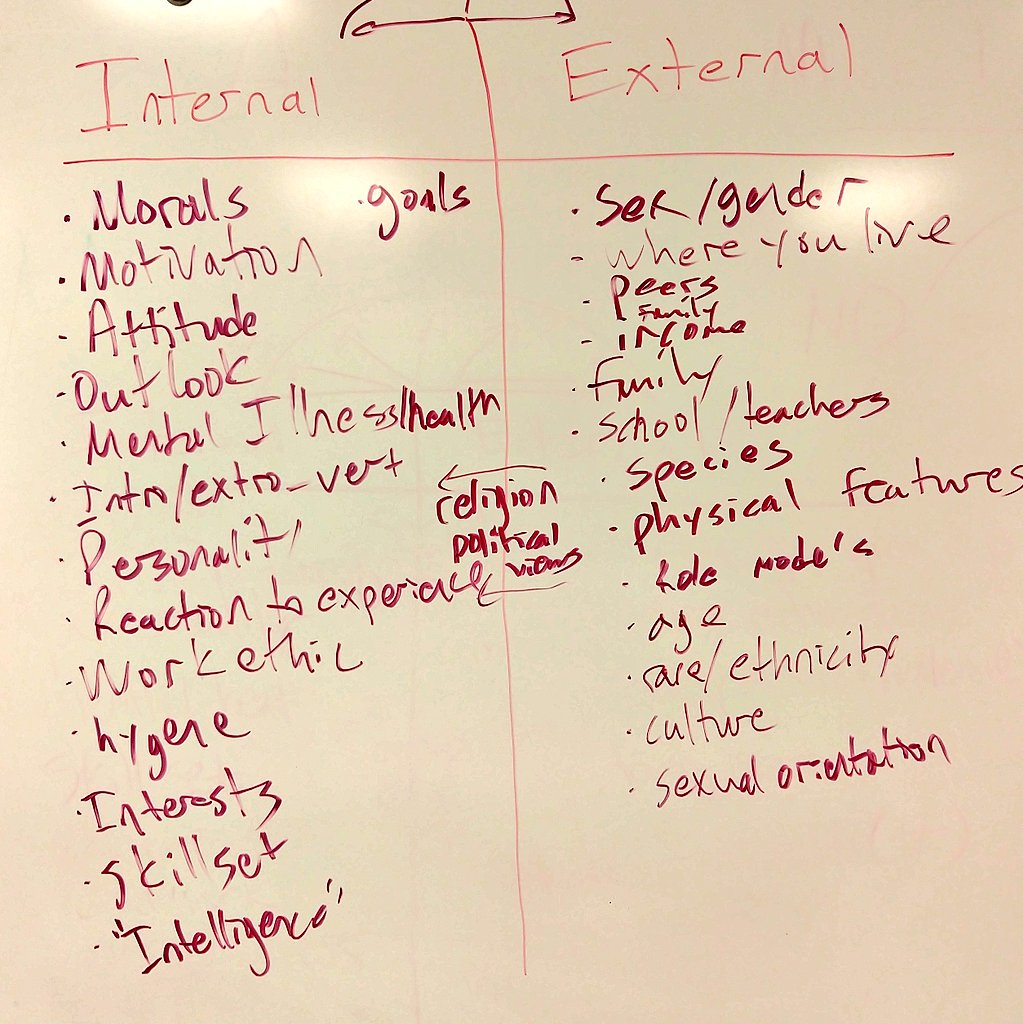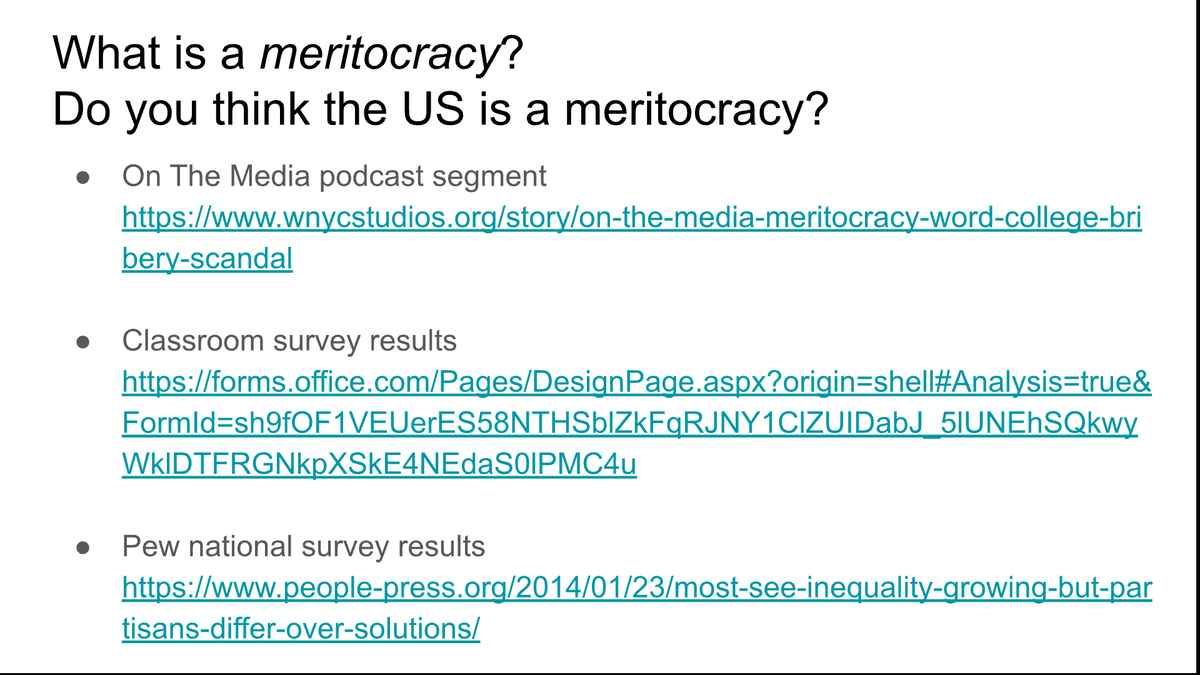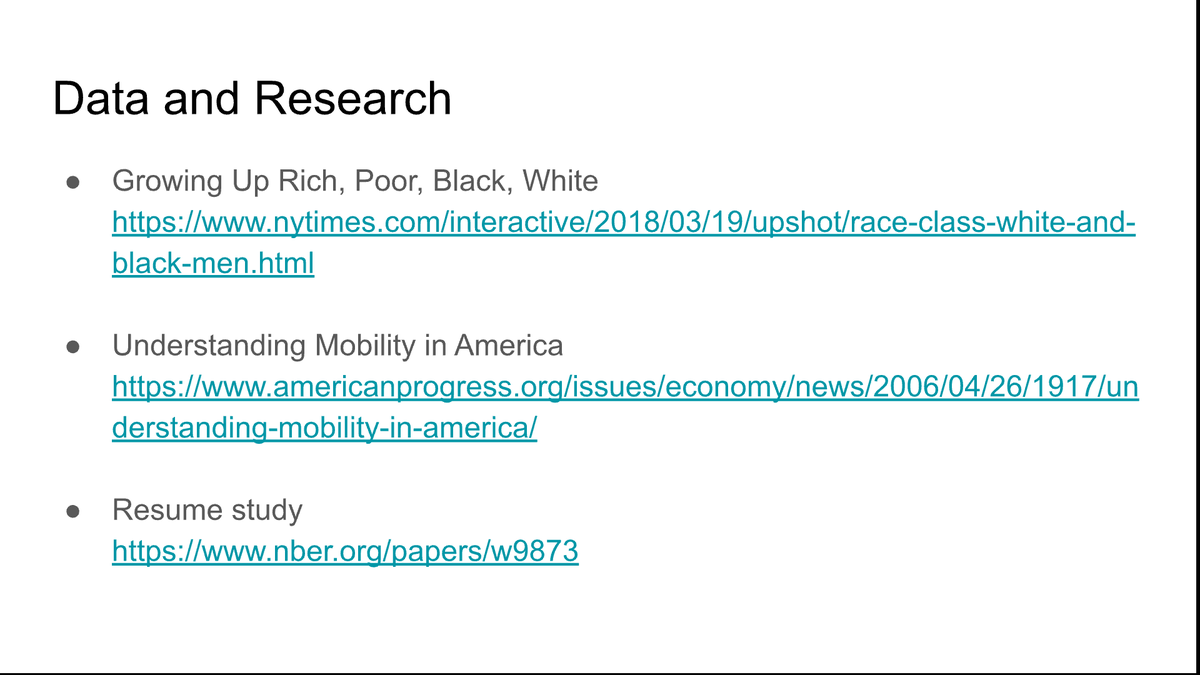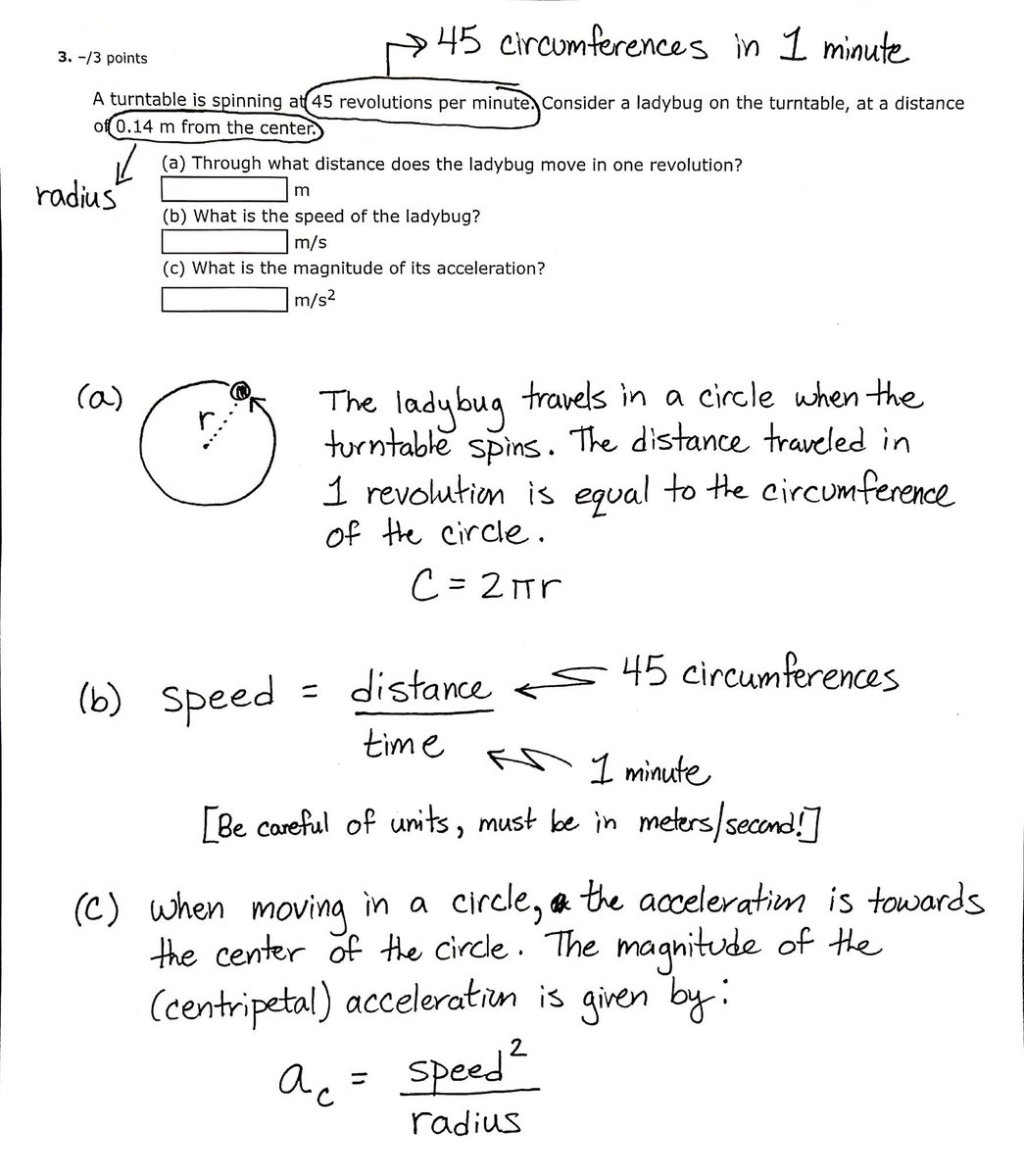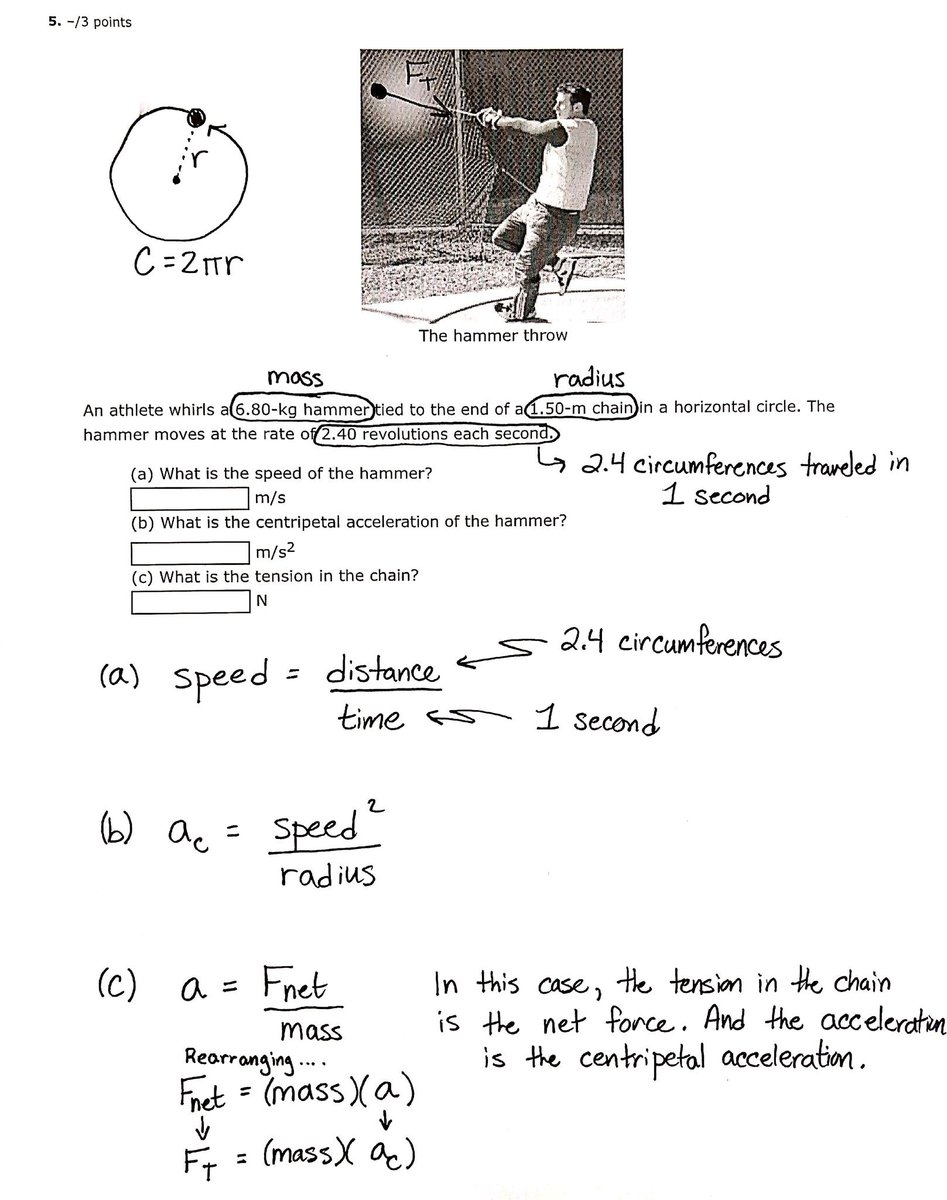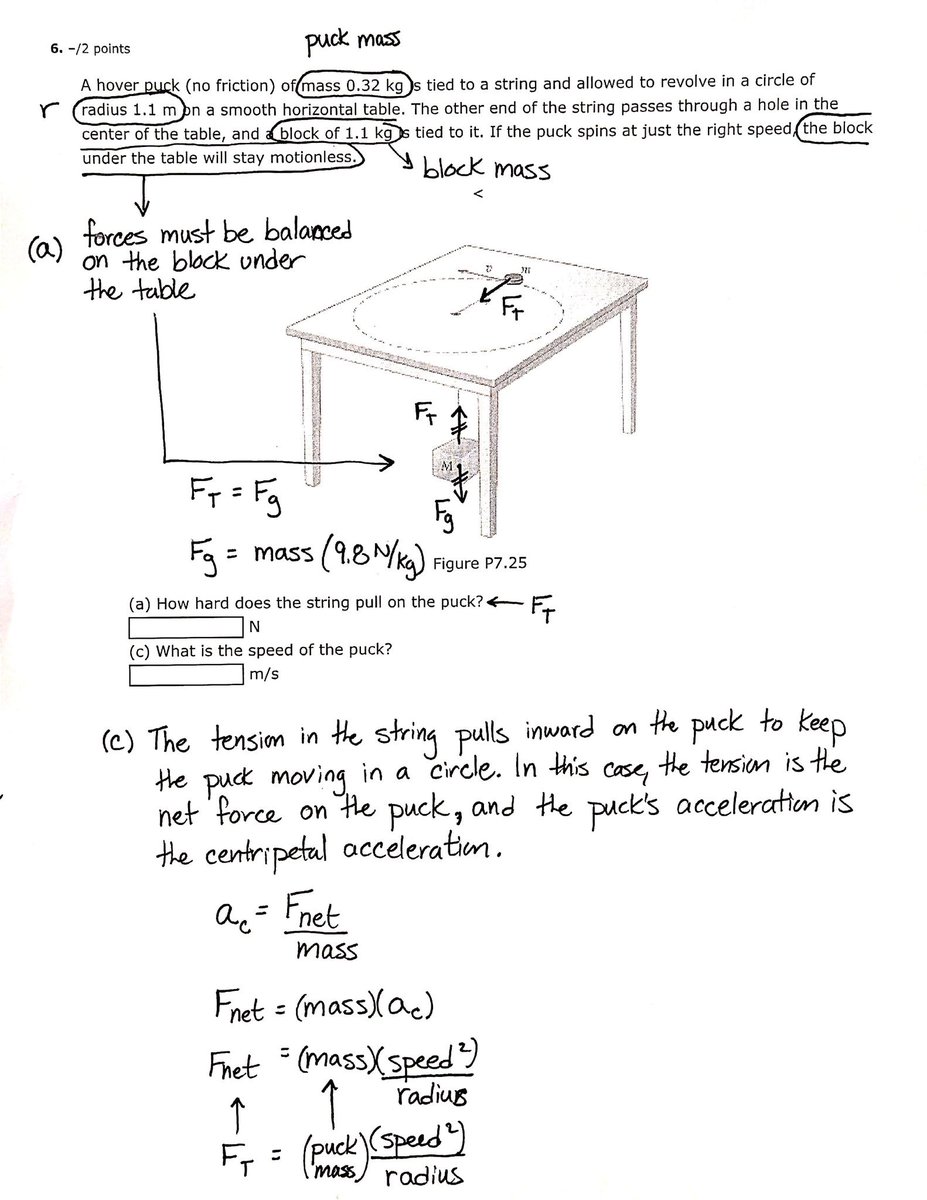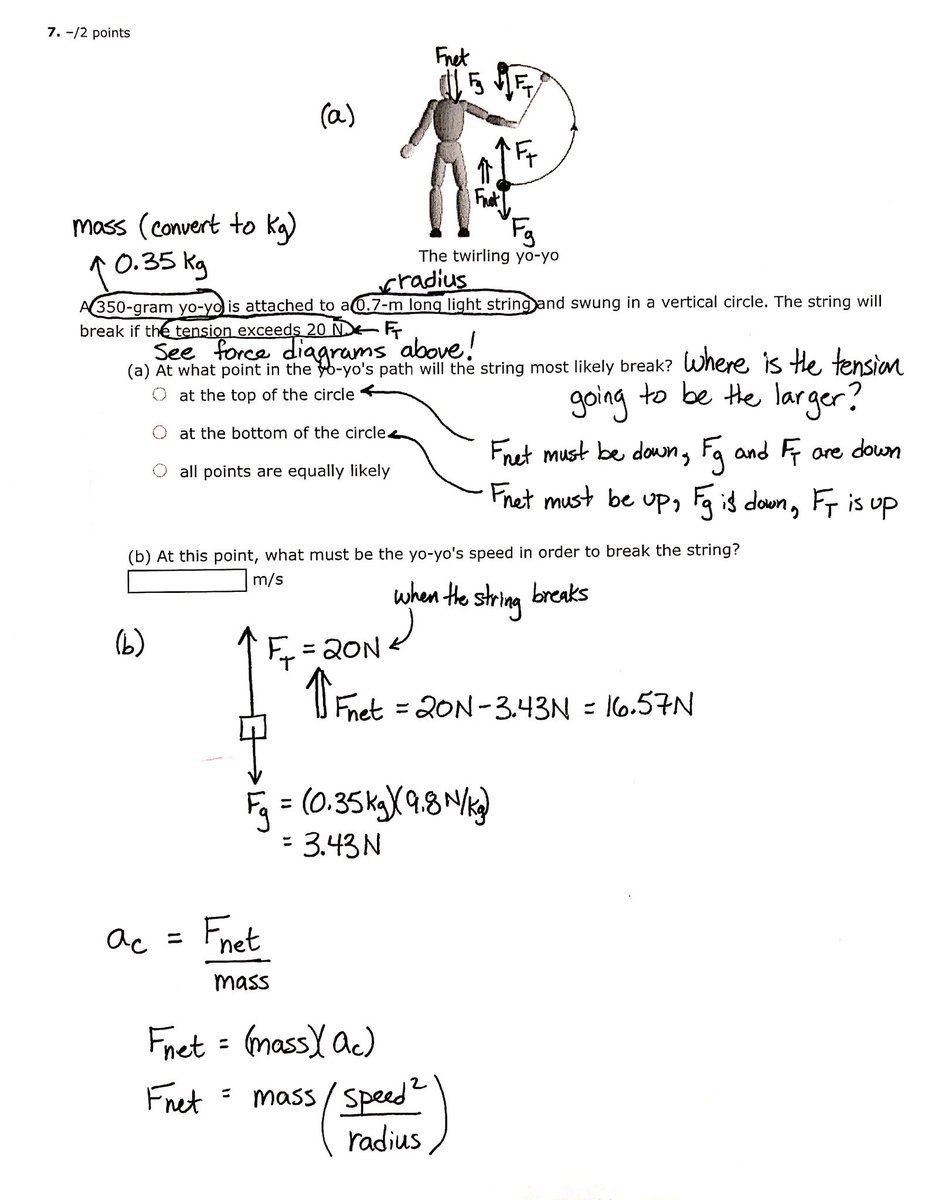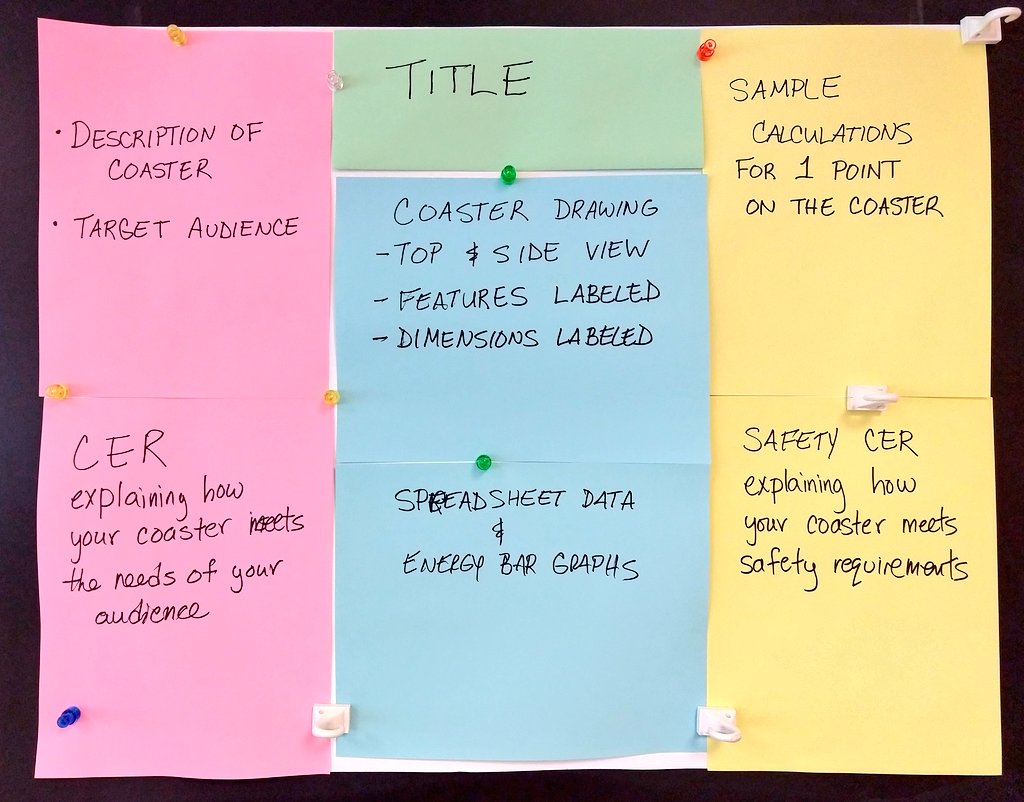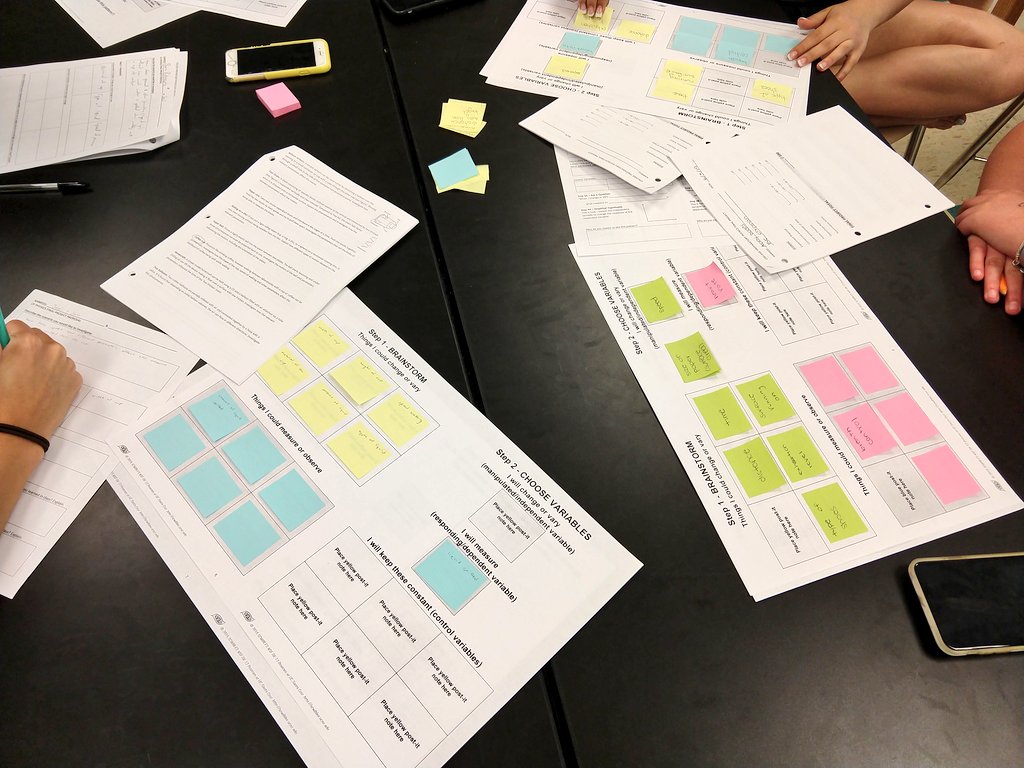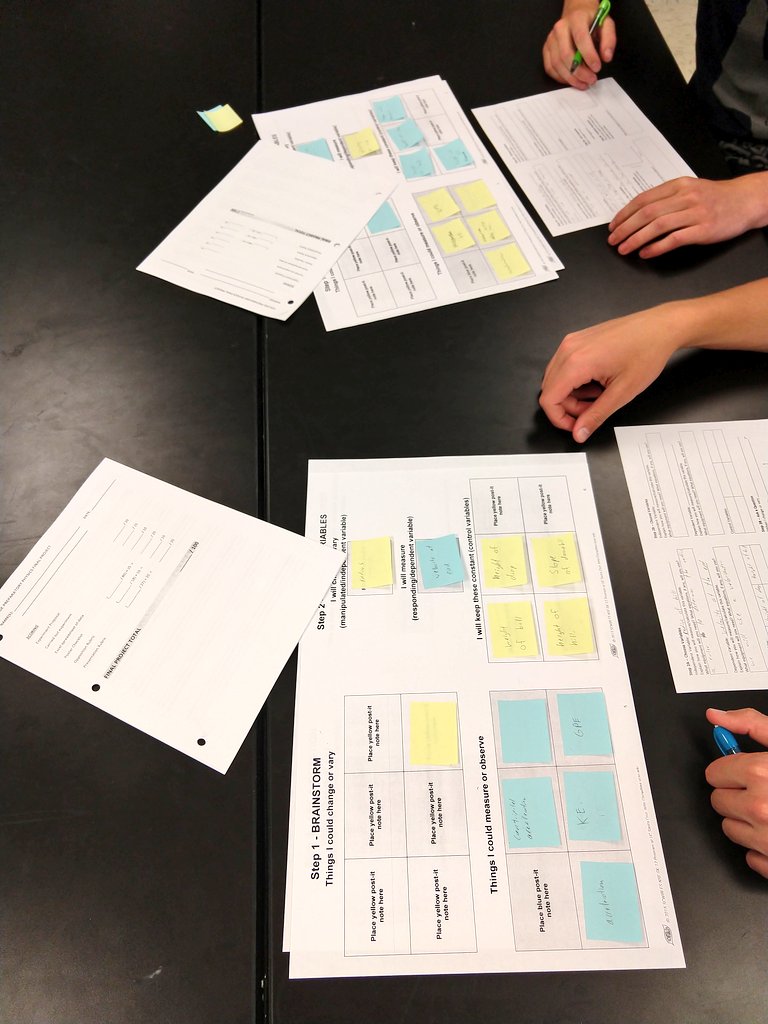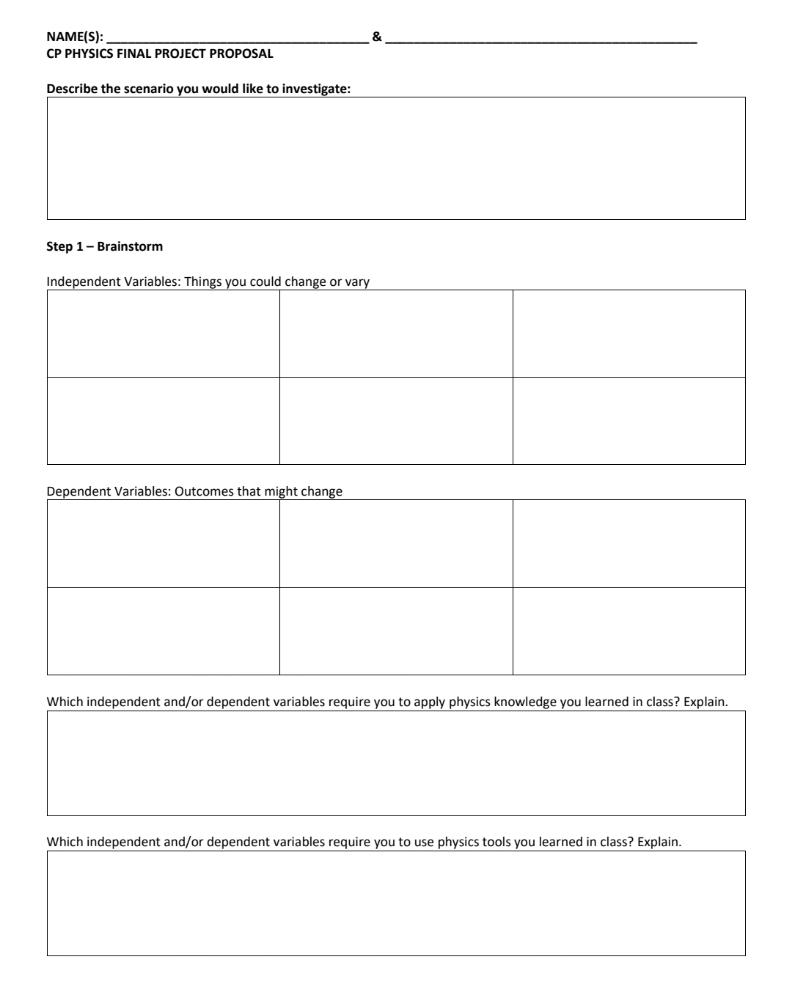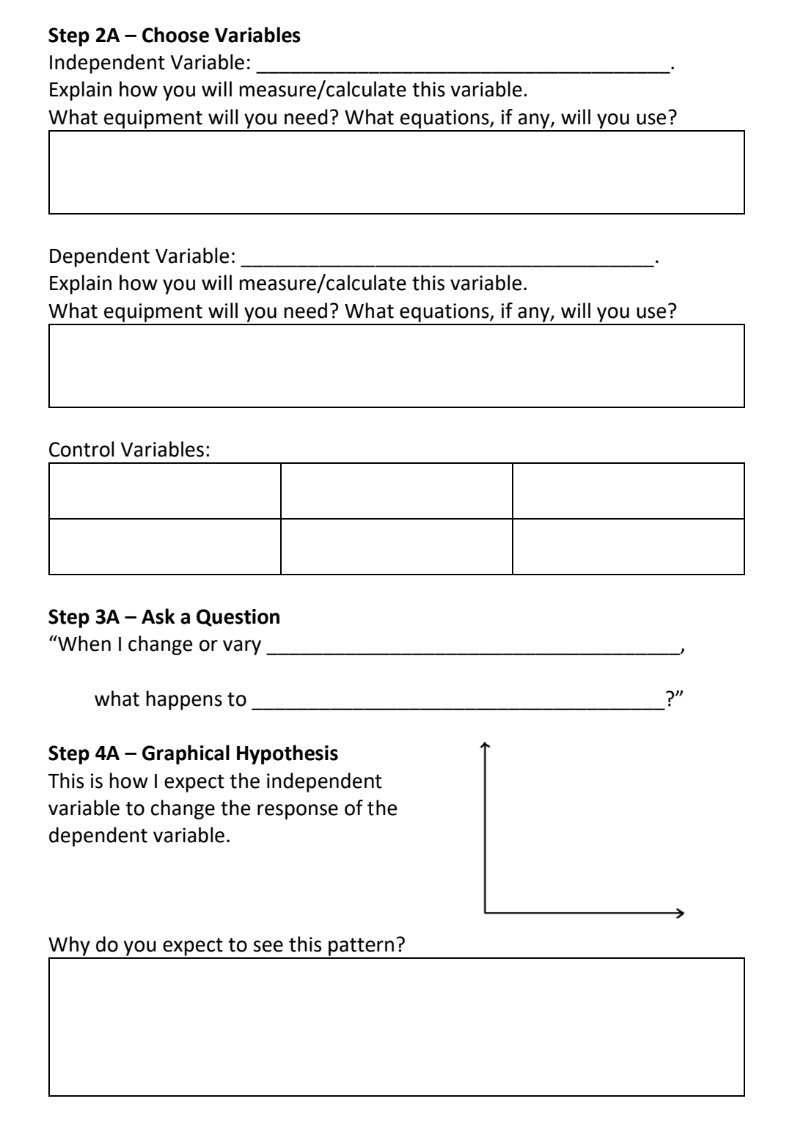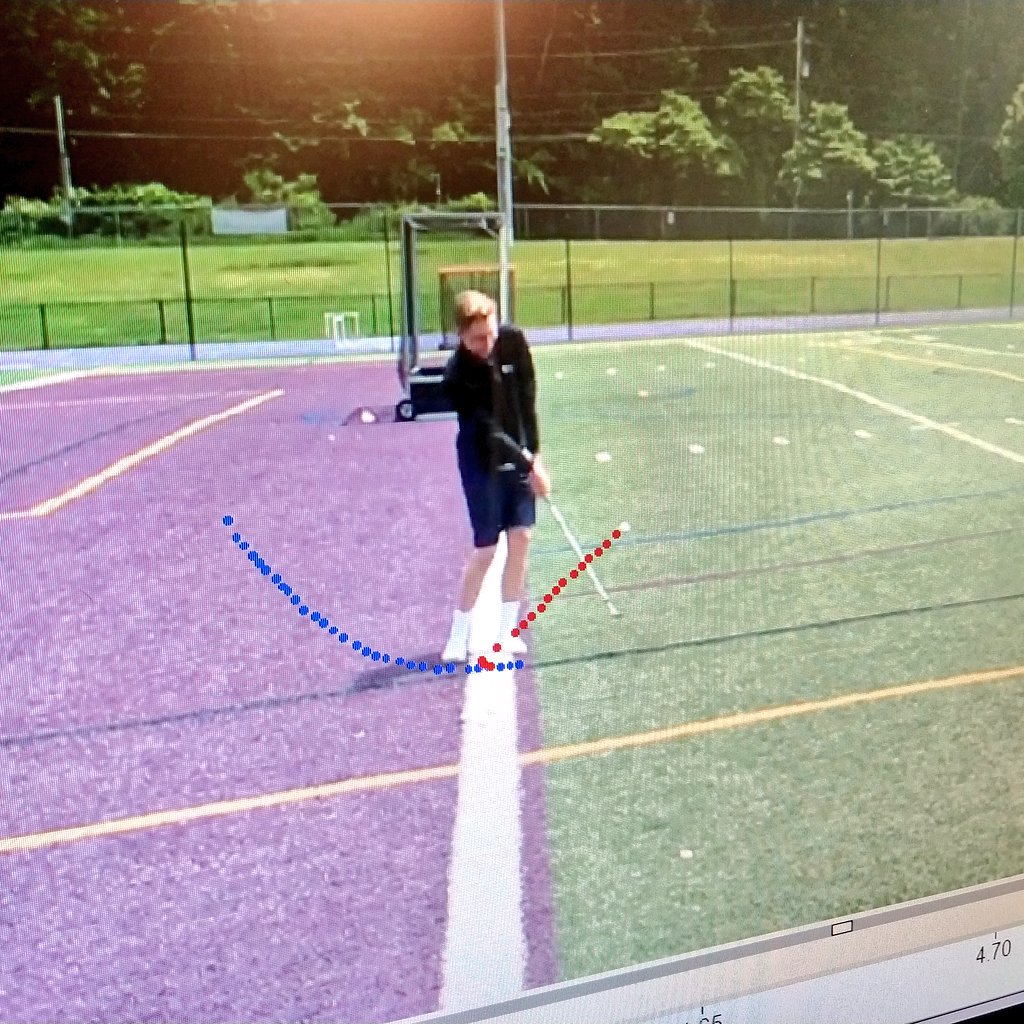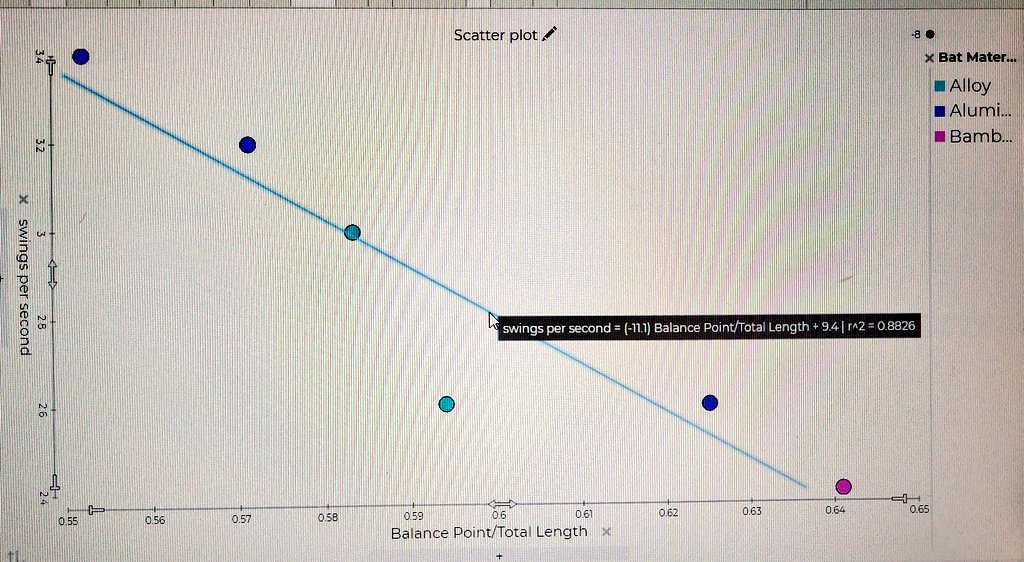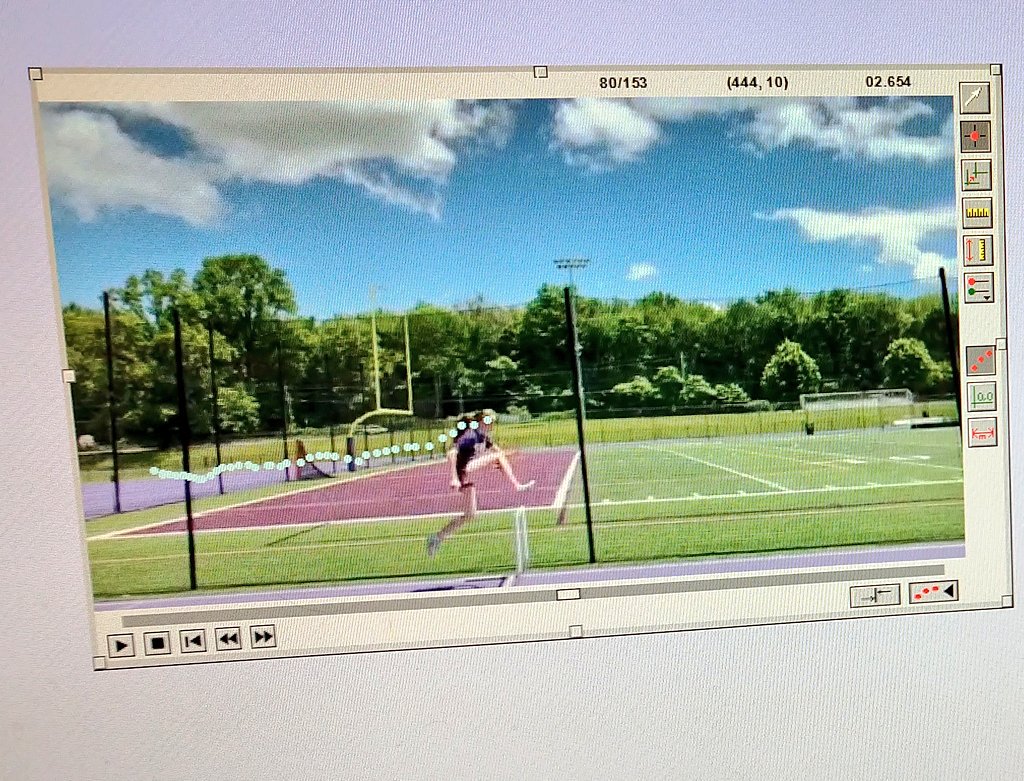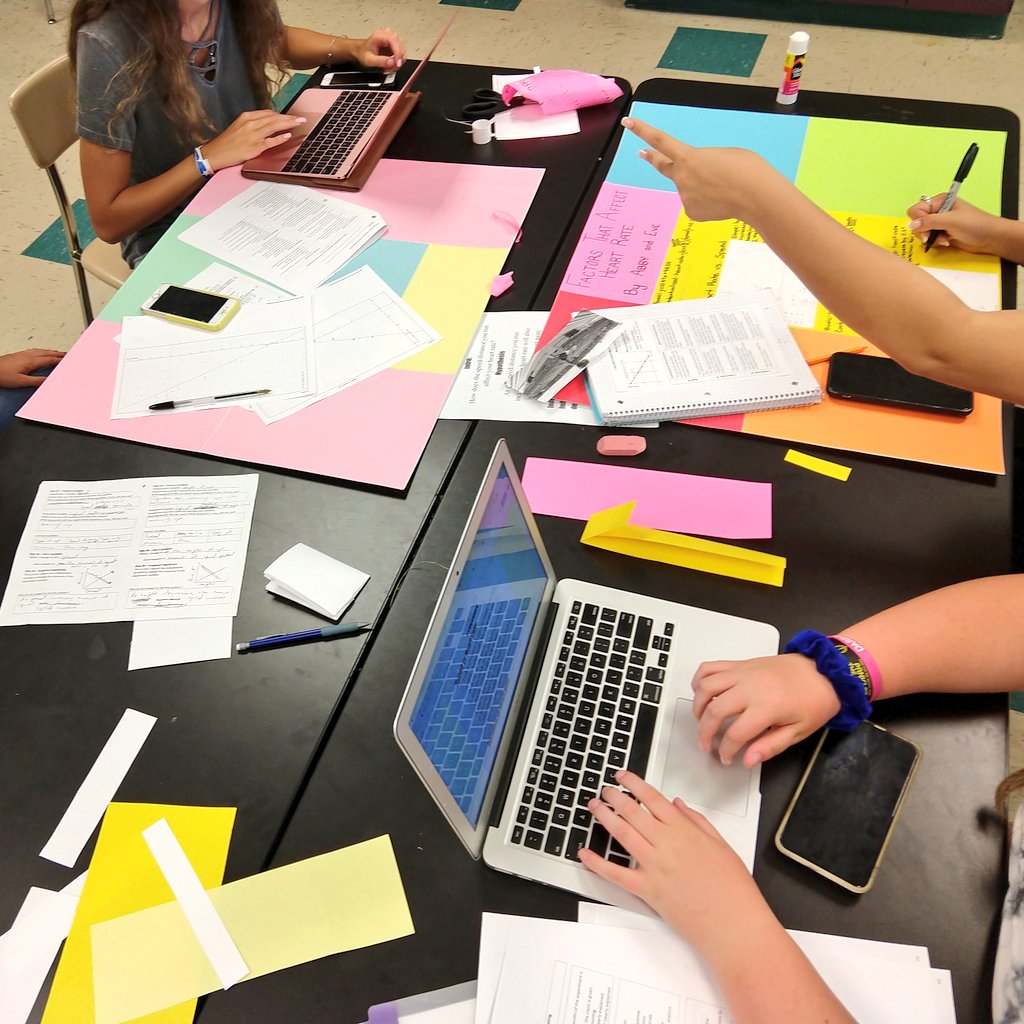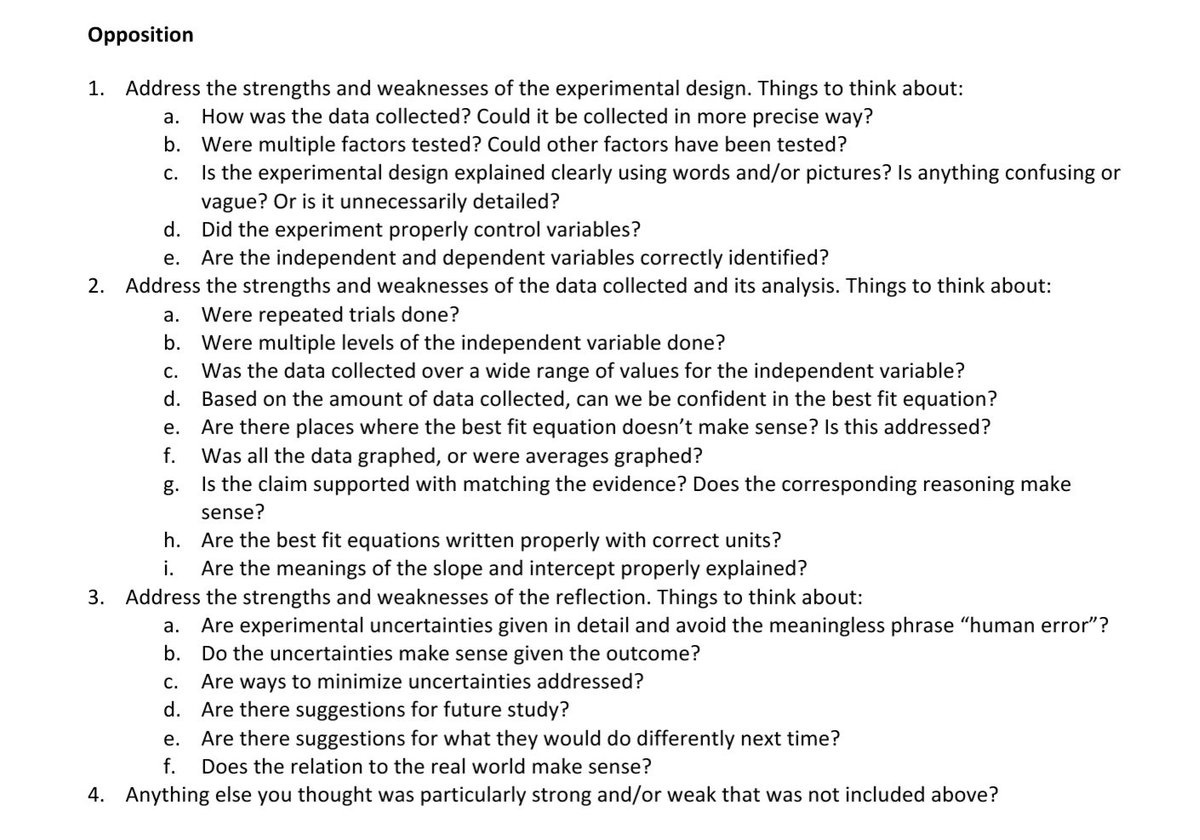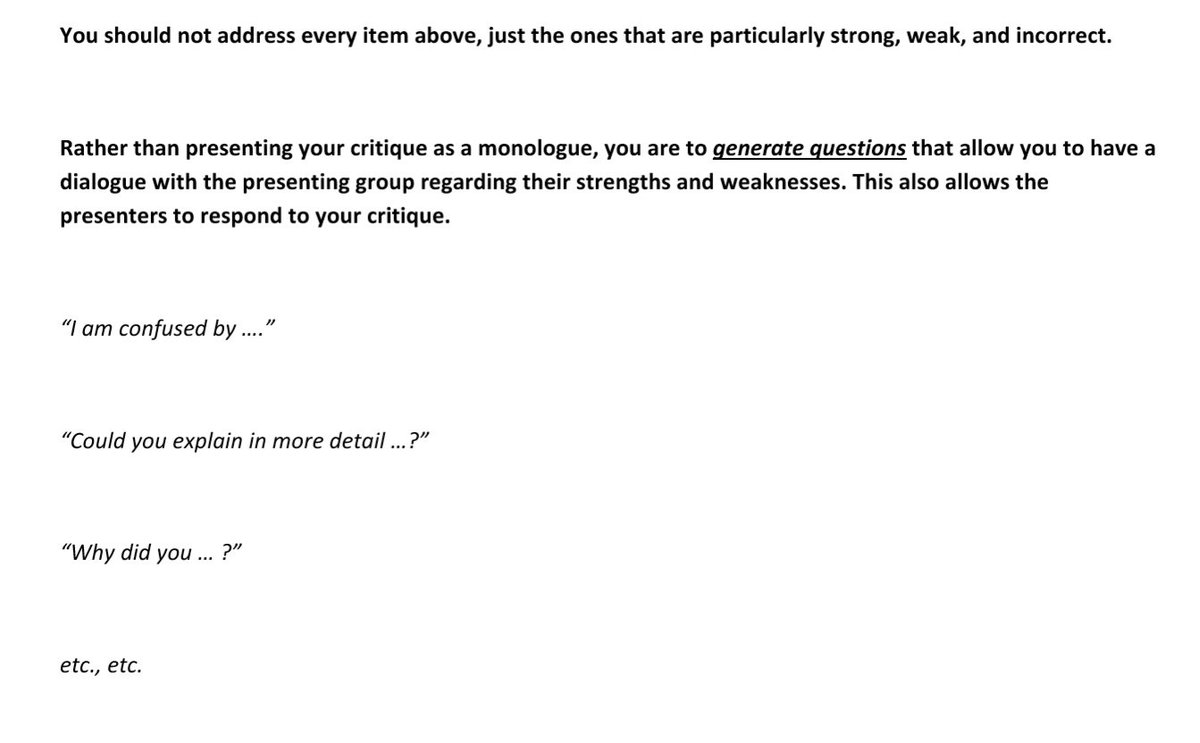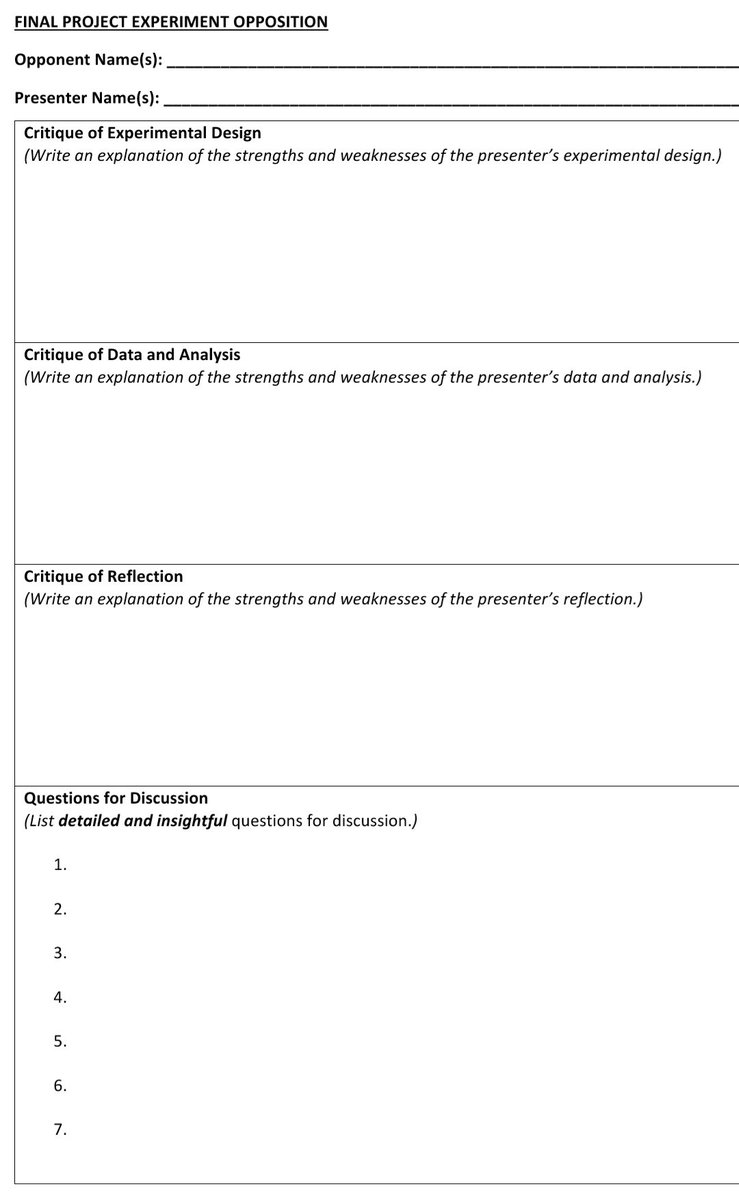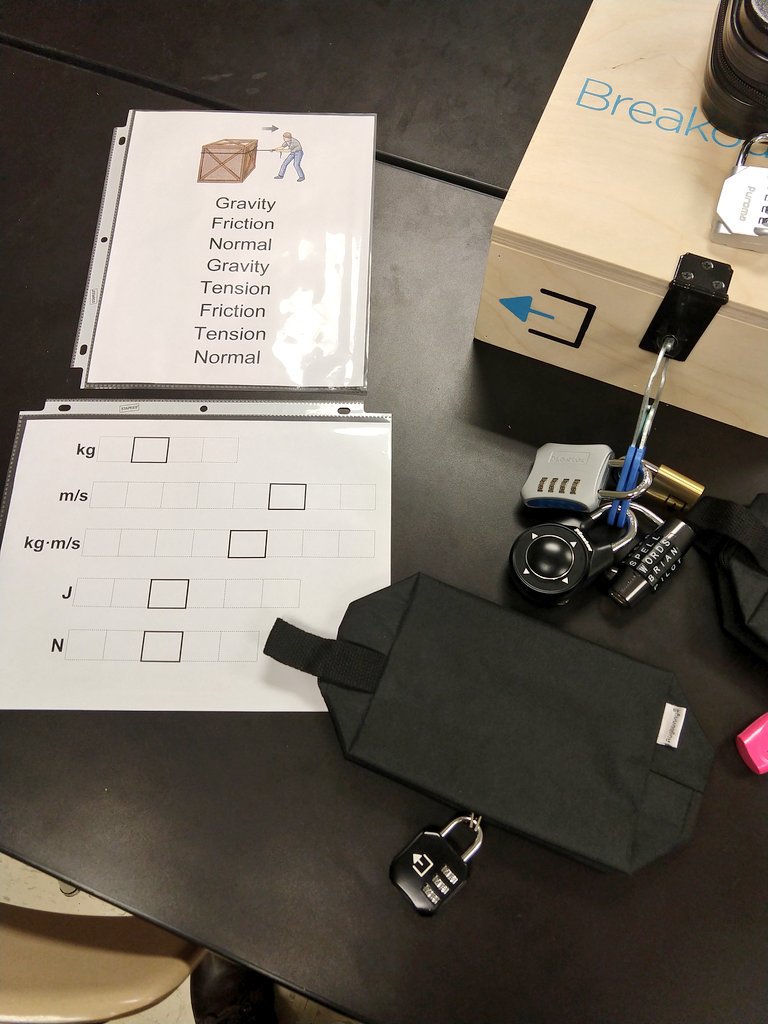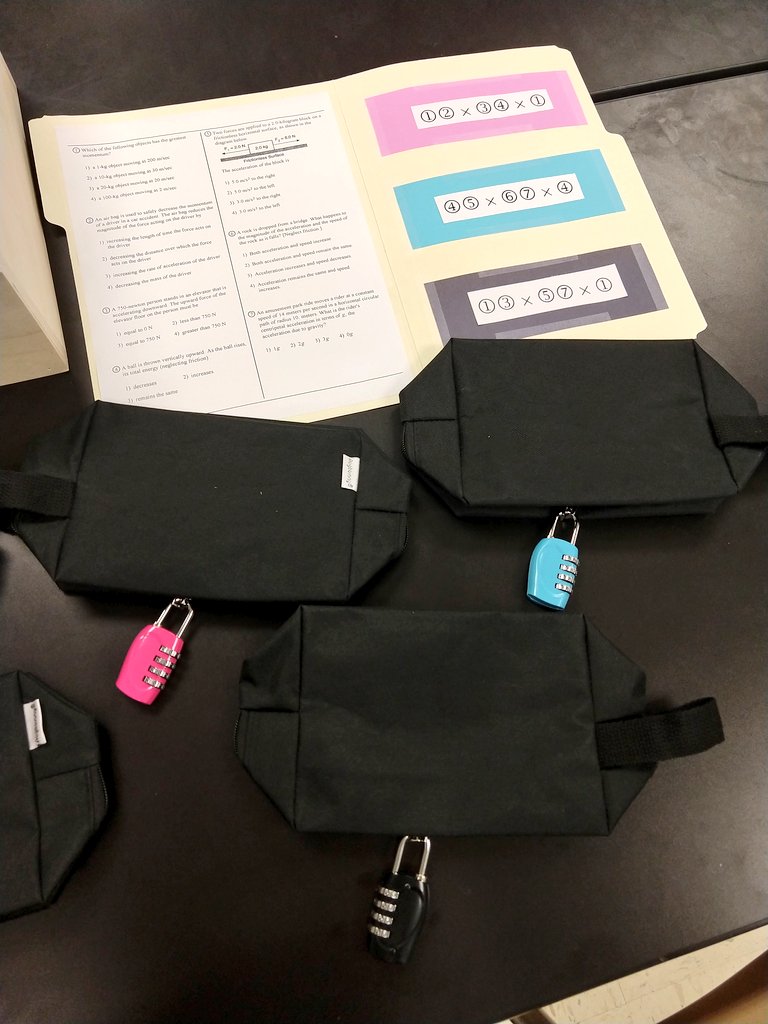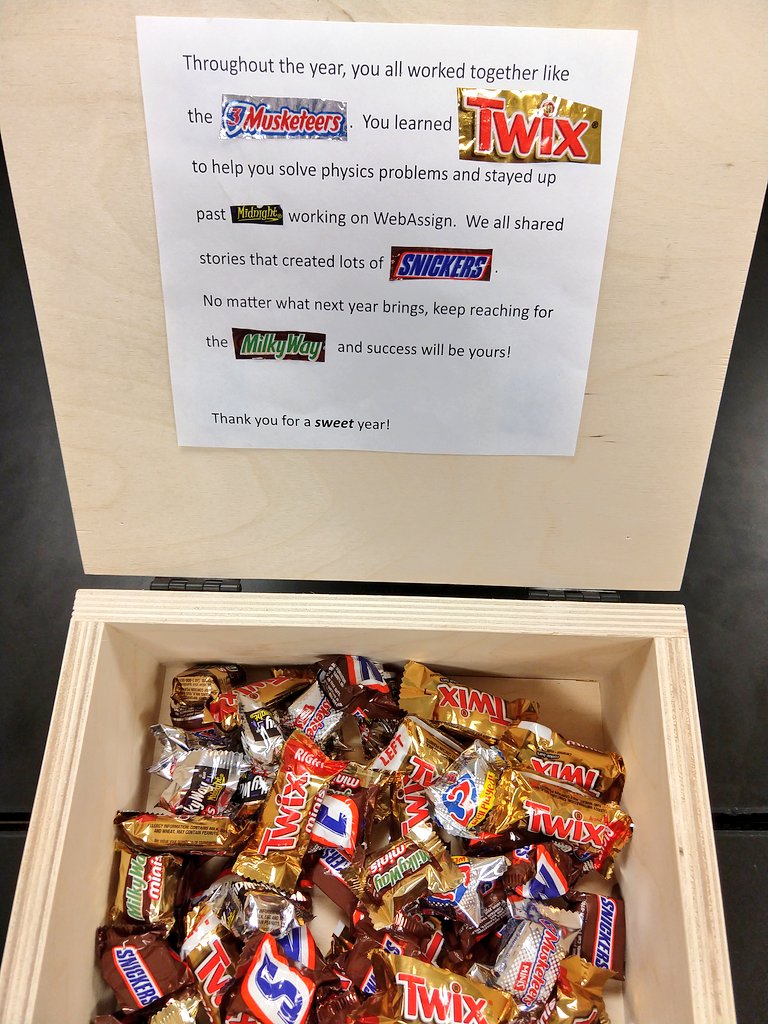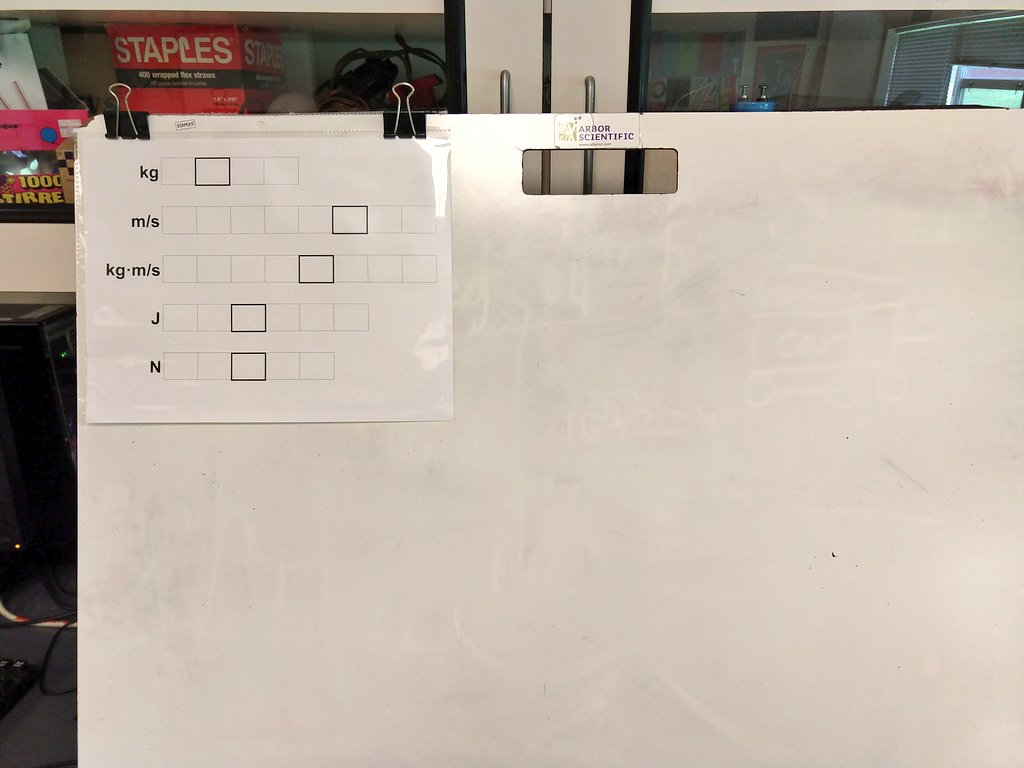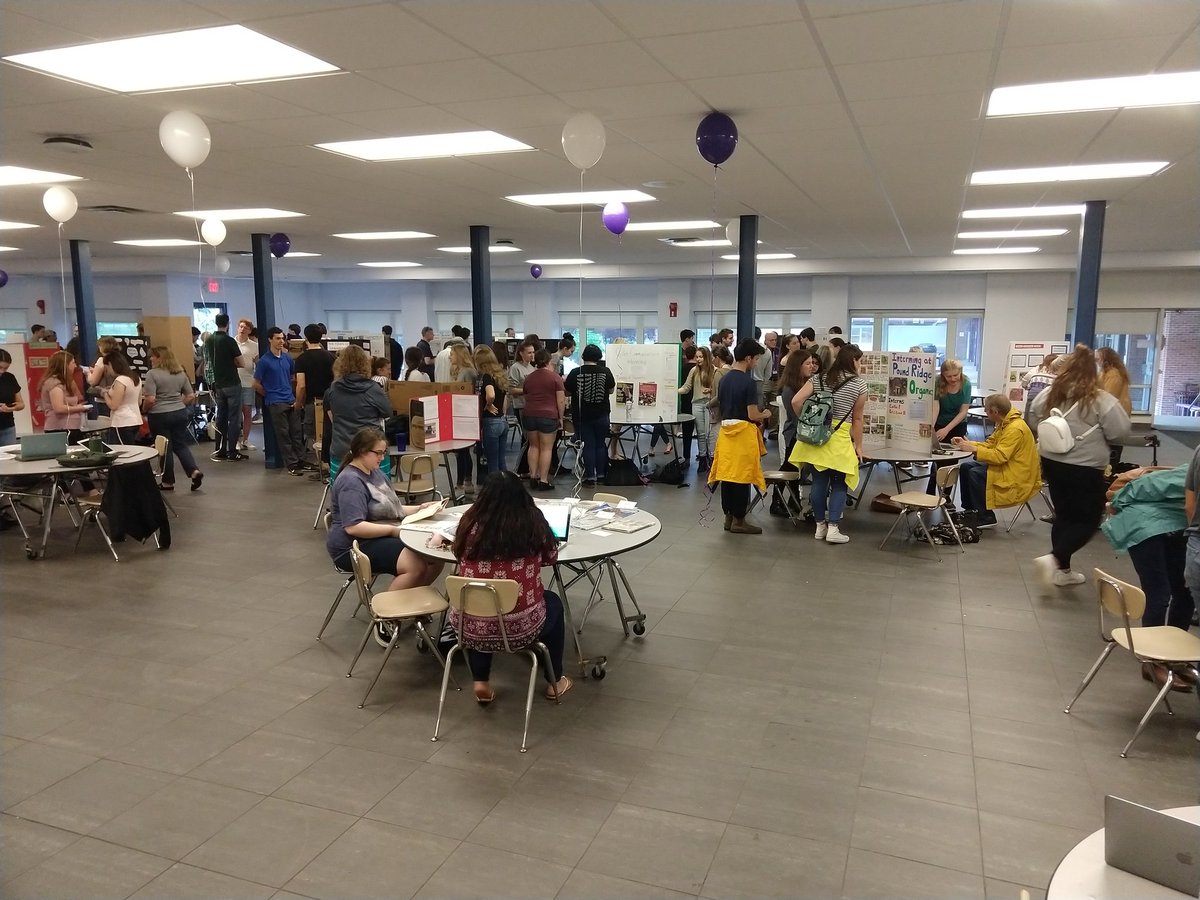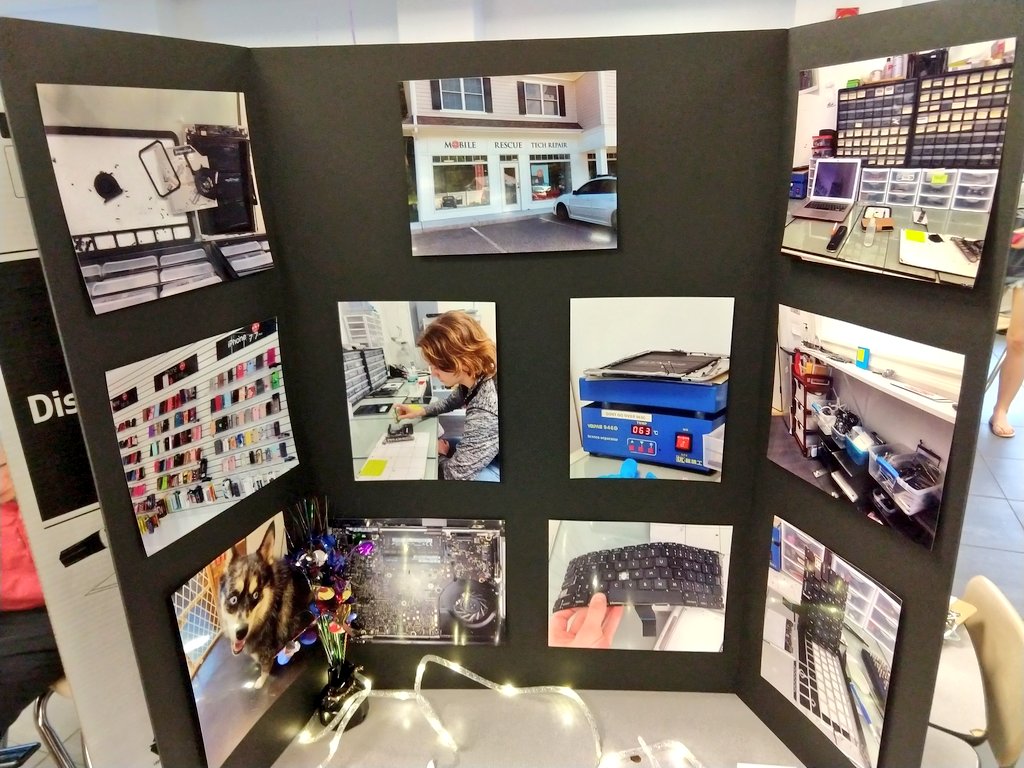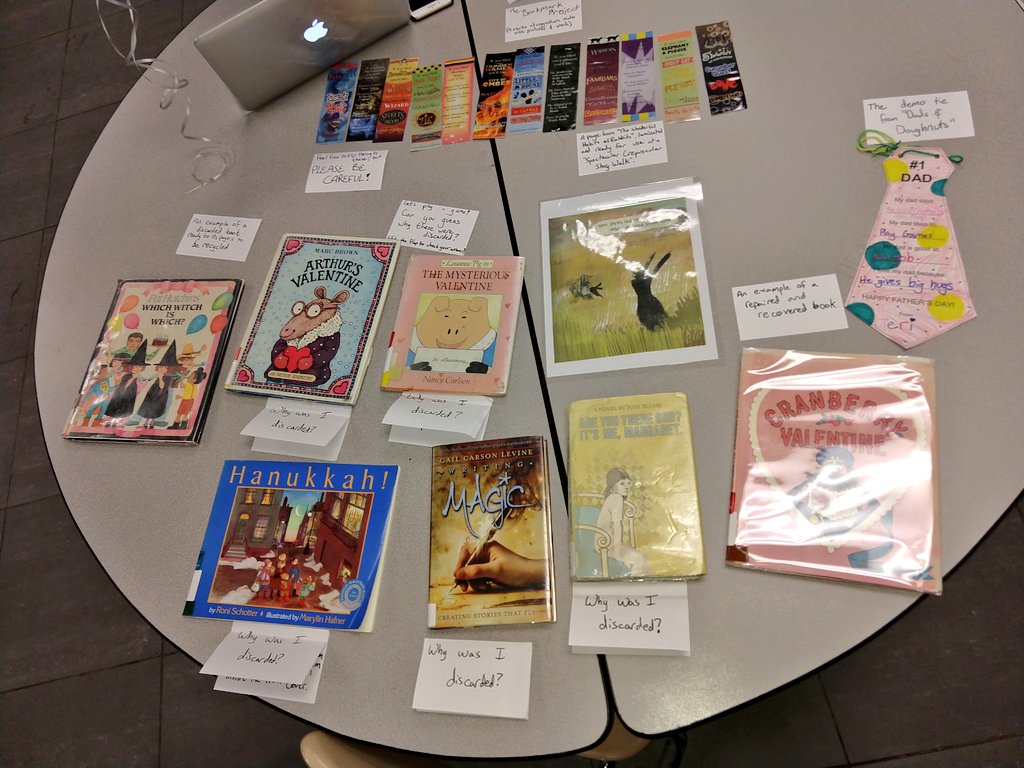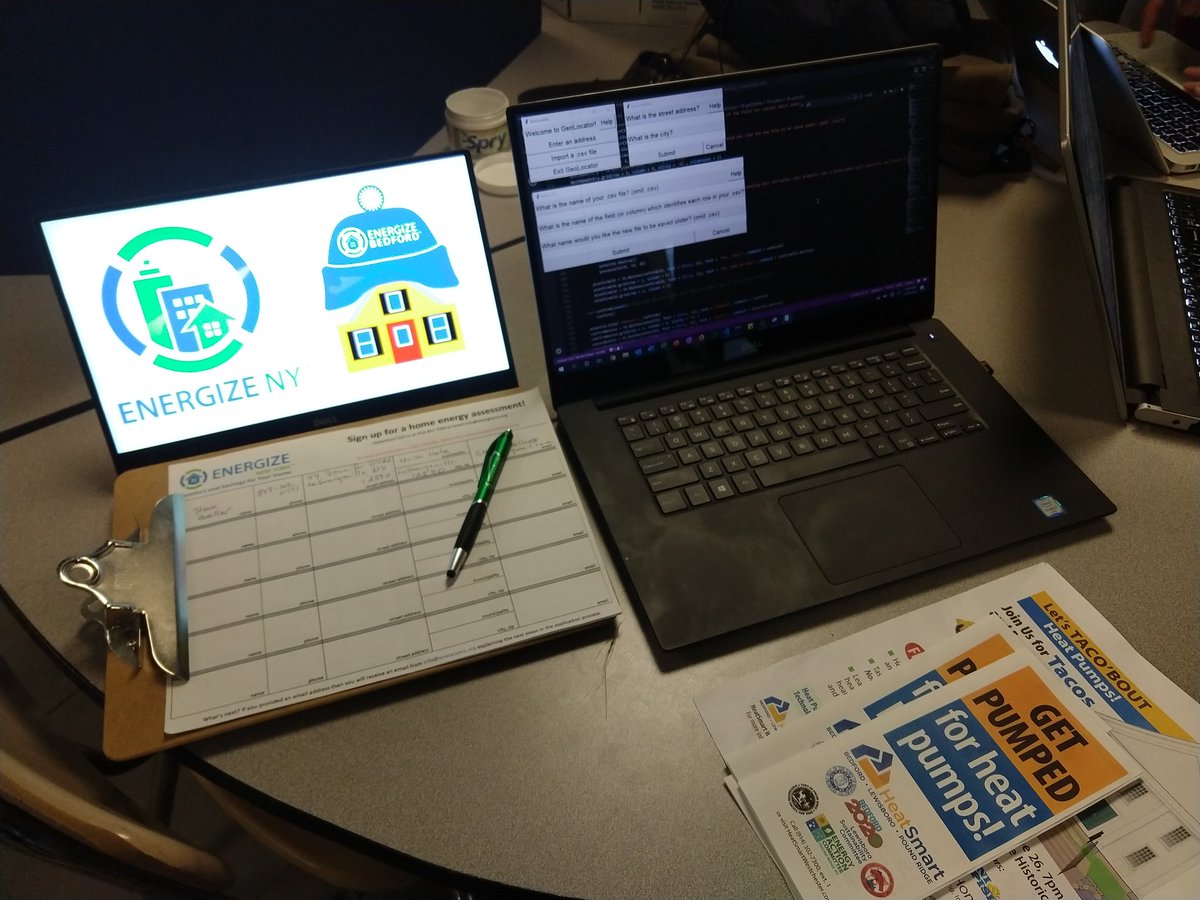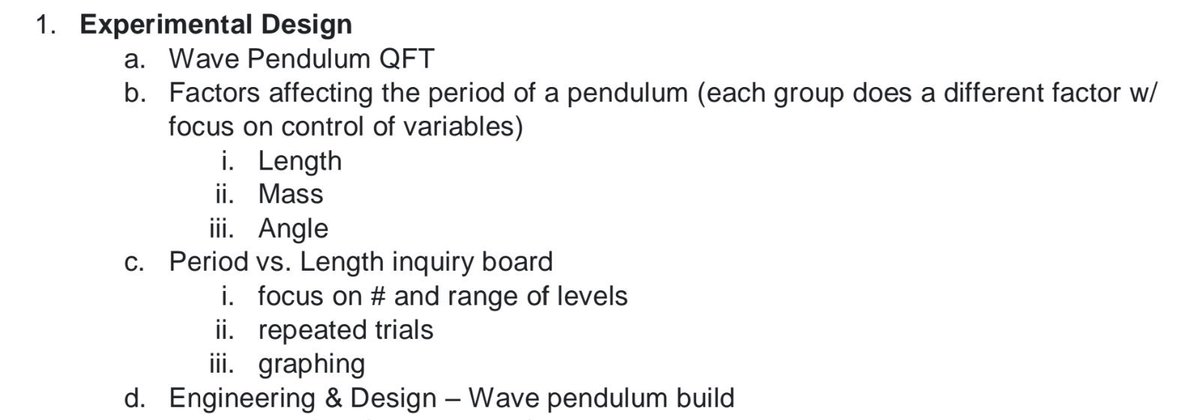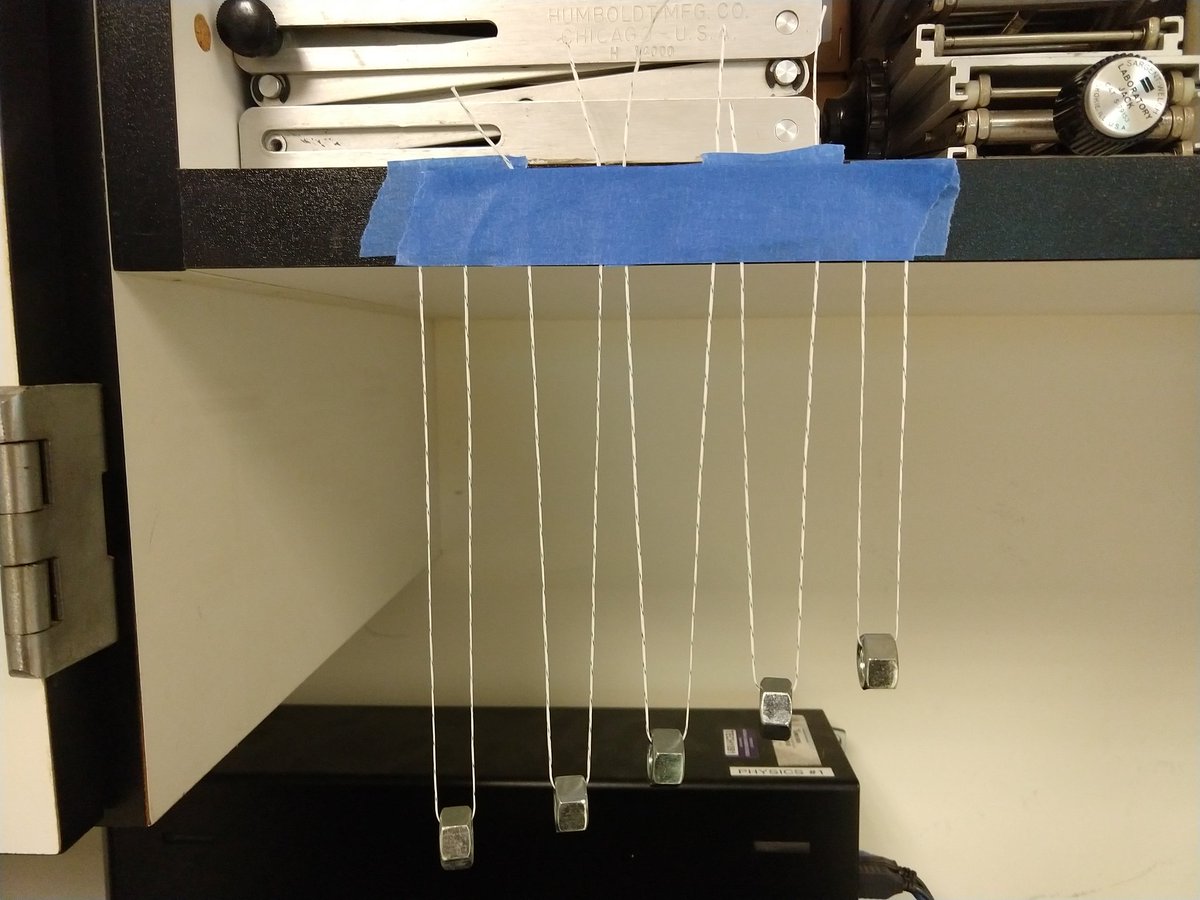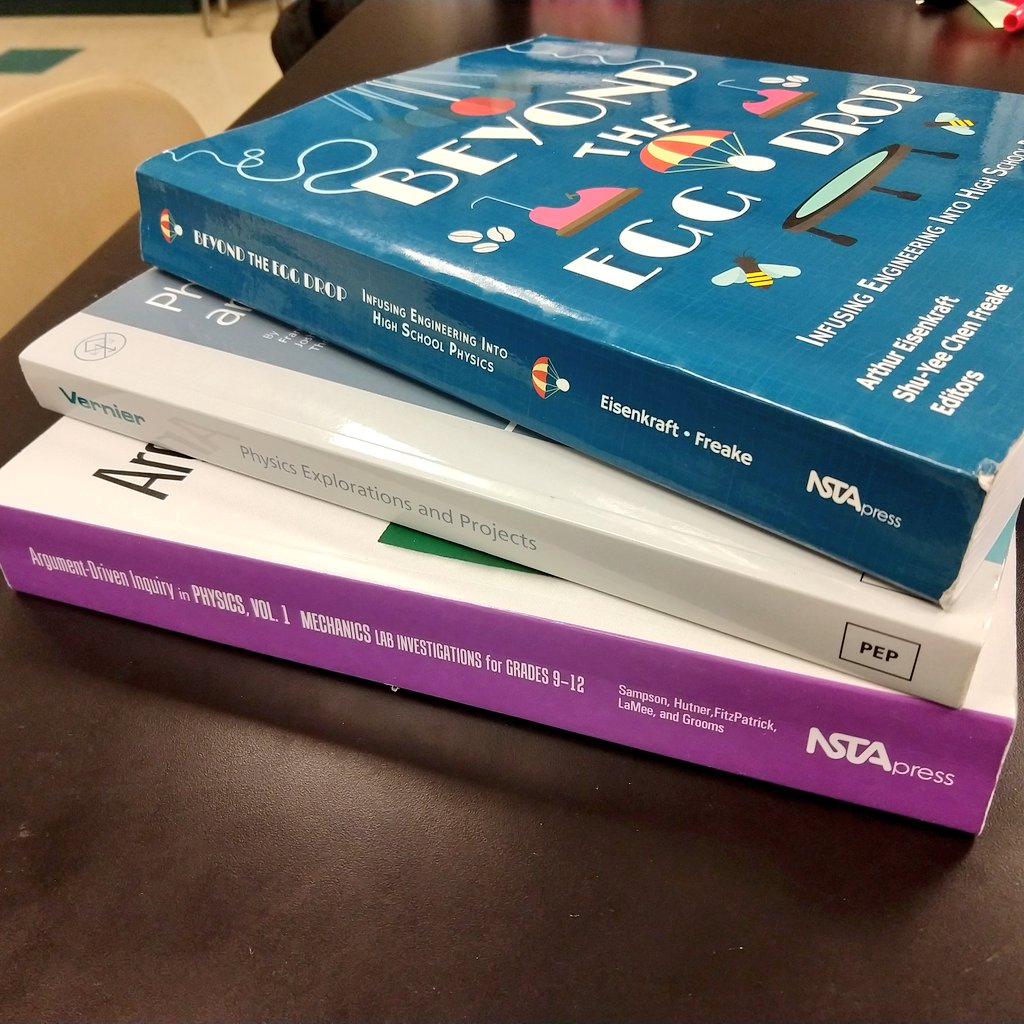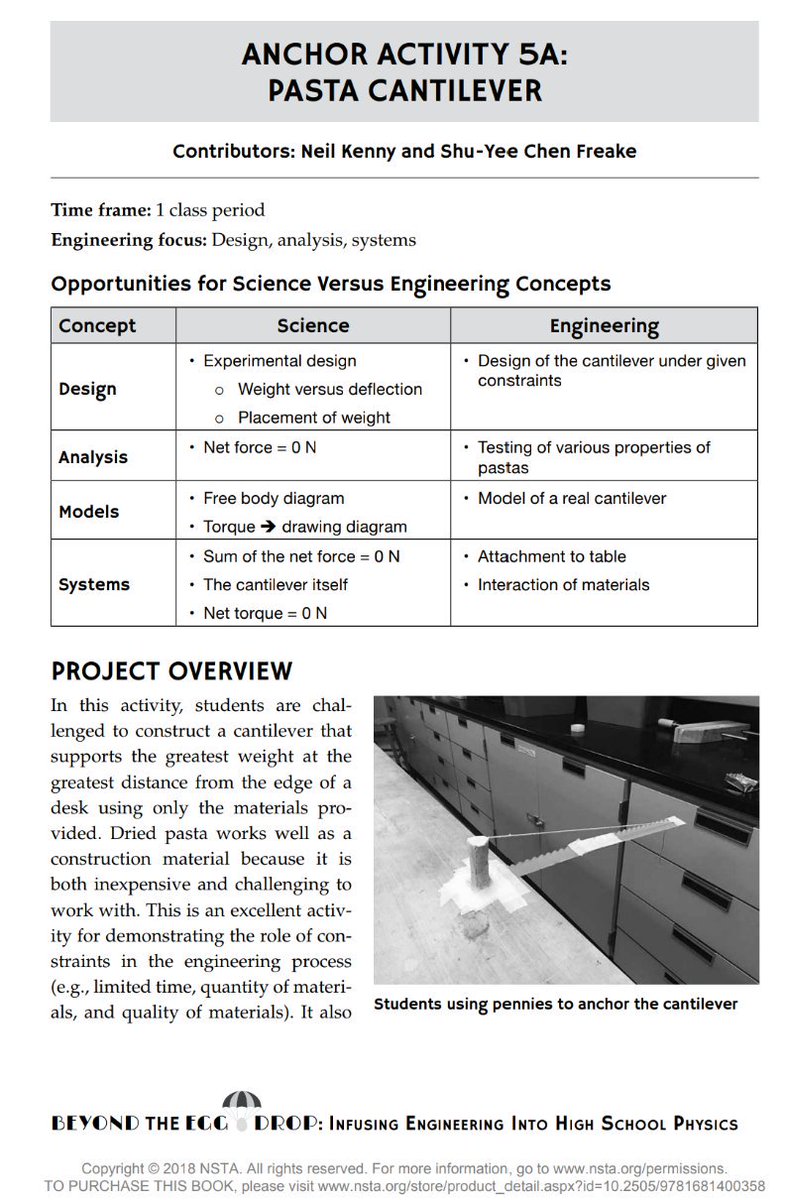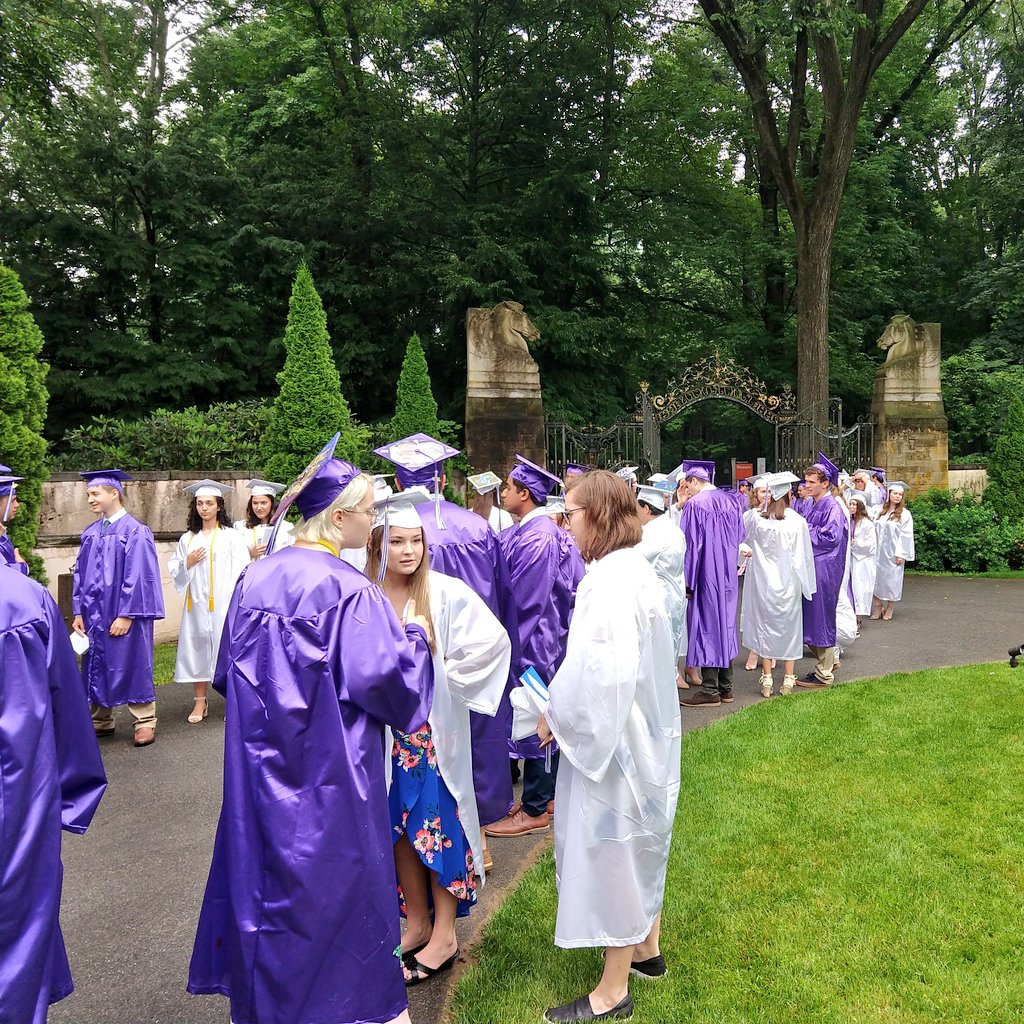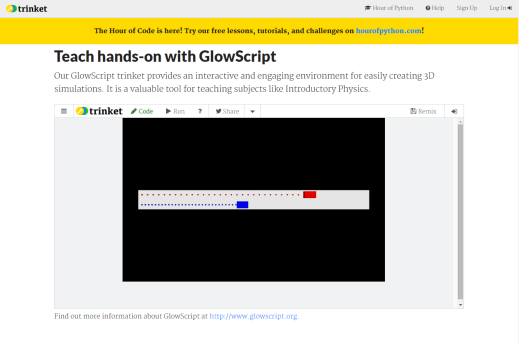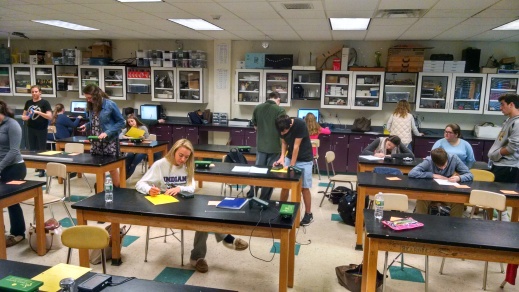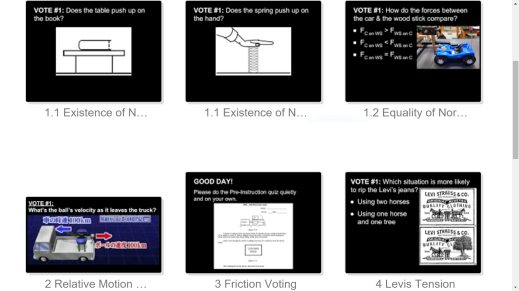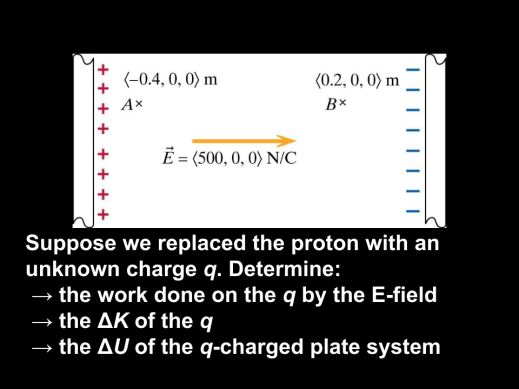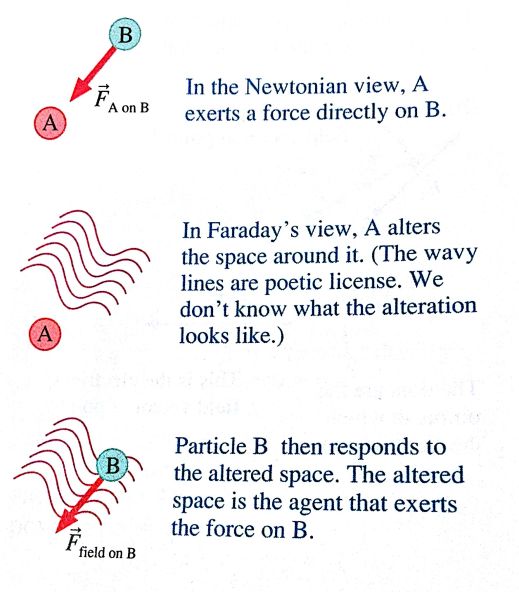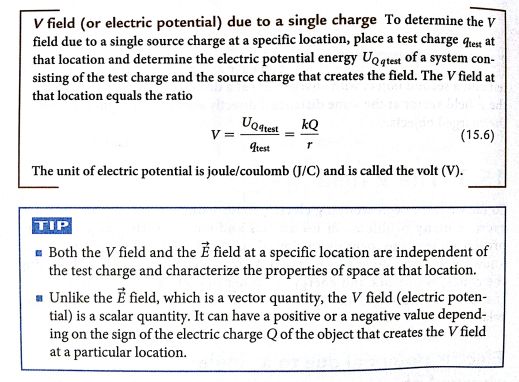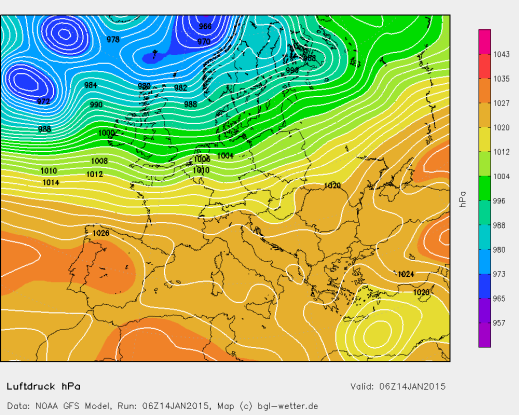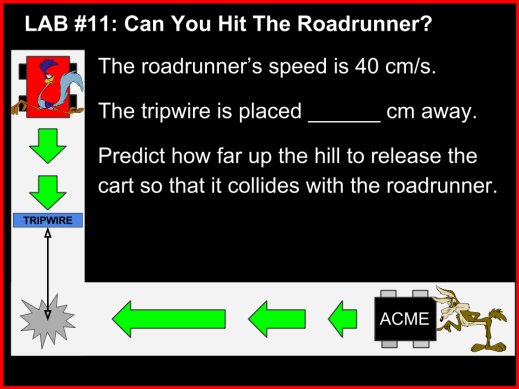#teach180 Twitter Thread for 2018-2019
Thanks to WordPress’s new ability to convert Twitter threads into blog posts, I’ve converted last year’s #teach180 thread into the blog post below. (If you’d prefer to read the thread on Twitter, click here.)
Day 1: Marshmallow challenge, vector treasure hunt, and relative position vectors. #teach180 #iteachphysics
Day 2: Hot hot hot! #teach180
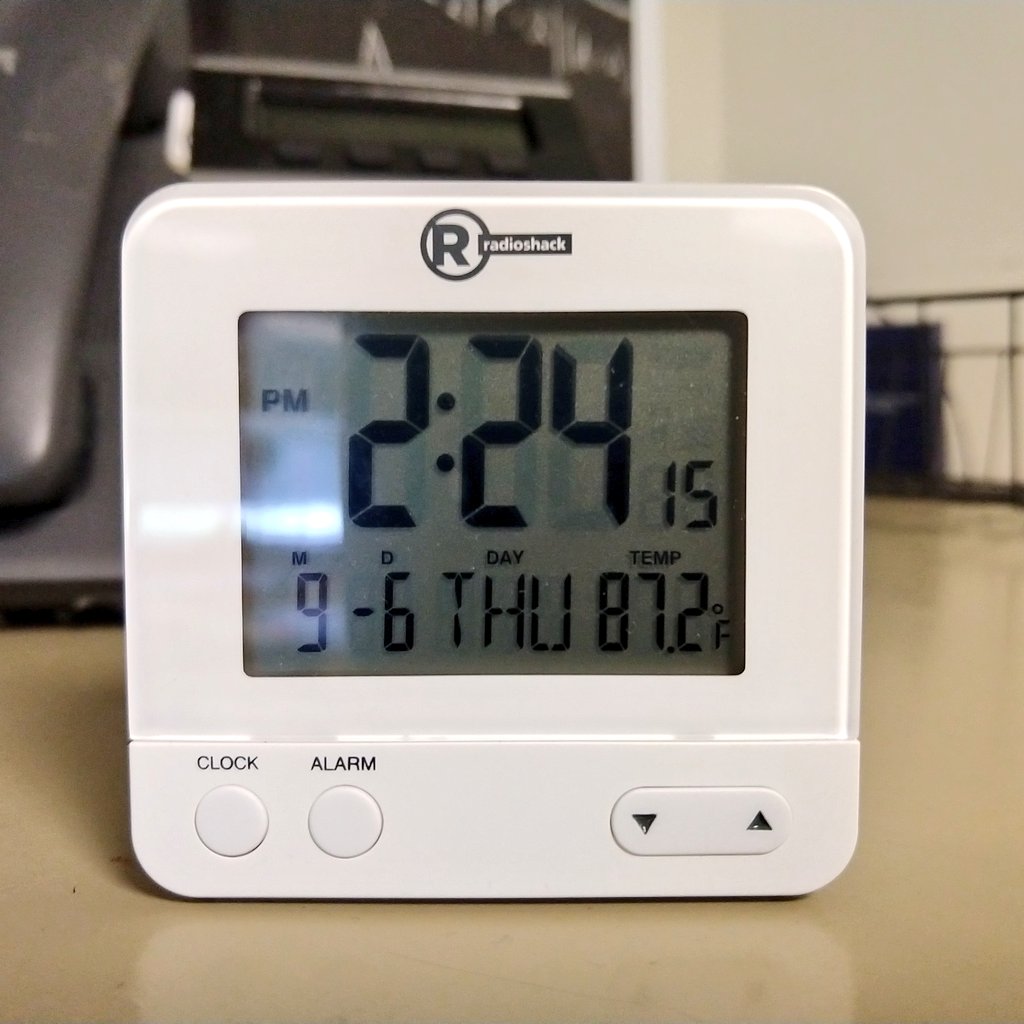
Day 3: Determining the height of the flag pole using a mirror and measuring tape. Adapted from http://www.batesville.k12.in.us/physics/APPhyNet/lab/experiments/measurement/Meas_Heights_AP.html #teach180 #iteachphysics
Day 4: Kinematics card sort from @kellyoshea https://kellyoshea.blog/2017/11/10/stacks-of-kinematics-curves-as-a-card-sort/ #teach180 #iteachphysics
Day 5: Kinematics card sort re-do without the word cards. So impressed with how students grouped the graphs based on acceleration, then matched velocity and position graphs within groups. Whiteboards very helpful! @kellyoshea #teach180 #iteachphysics
Day 6: Circle Lab. How does the diameter of a circle affect its circumference? #teach180 #iteachphysics
Day 7: Circle lab whiteboards. #teach180 #iteachphysics
Day 8: Non-uniform motion lab in AP Mechanics. #teach180 #iteachphysics
Day 9: Knotted Rope Lab. How is the length of the rope affected by the number of knots? #teach180 #iteachphysics
Day 10: In AP E&M, I used transparencies to help students visualize the difference between electric field, electric force, source charge, and test charge. #teach180 #iteachphysics
Day 11: Whiteboard discussion for knotted rope lab. #teach180 #iteachphysics
Day 12: Card sort for graphing relationships. 1st: Simple sort. 2nd: Increasing vs. Decreasing. 3rd: Switch groups and flip over cards you agree with, then re-sort disagree cards. Groups switch back. Which changes do you agree/disagree with? #teach180 #iteachphysics
Day 13: Ball Bounce Lab. What is the relationship between the drop height of a ball and its rebound height? #teach180 #iteachphysics
Day 14: Ball Bounce Challenge. "Using your data from yesterday, predict the drop height needed for your ball to rebound up to the level of the hoop. Then you get one chance to test your prediction." #teach180 #iteachphysics
Day 15: In AP E&M – (1) using VPython to visualize the electric field around a charged particle and (2) practice with superposition problems. http://www.glowscript.org/#/user/Frank_Noschese/folder/PUBLIC/program/EfieldParticleMI4e #teach180 #iteachphysics
Day 16: Still working after the dismissal bell! Love everyone's dedication to each other's learning! #teach180 #iteachphysics
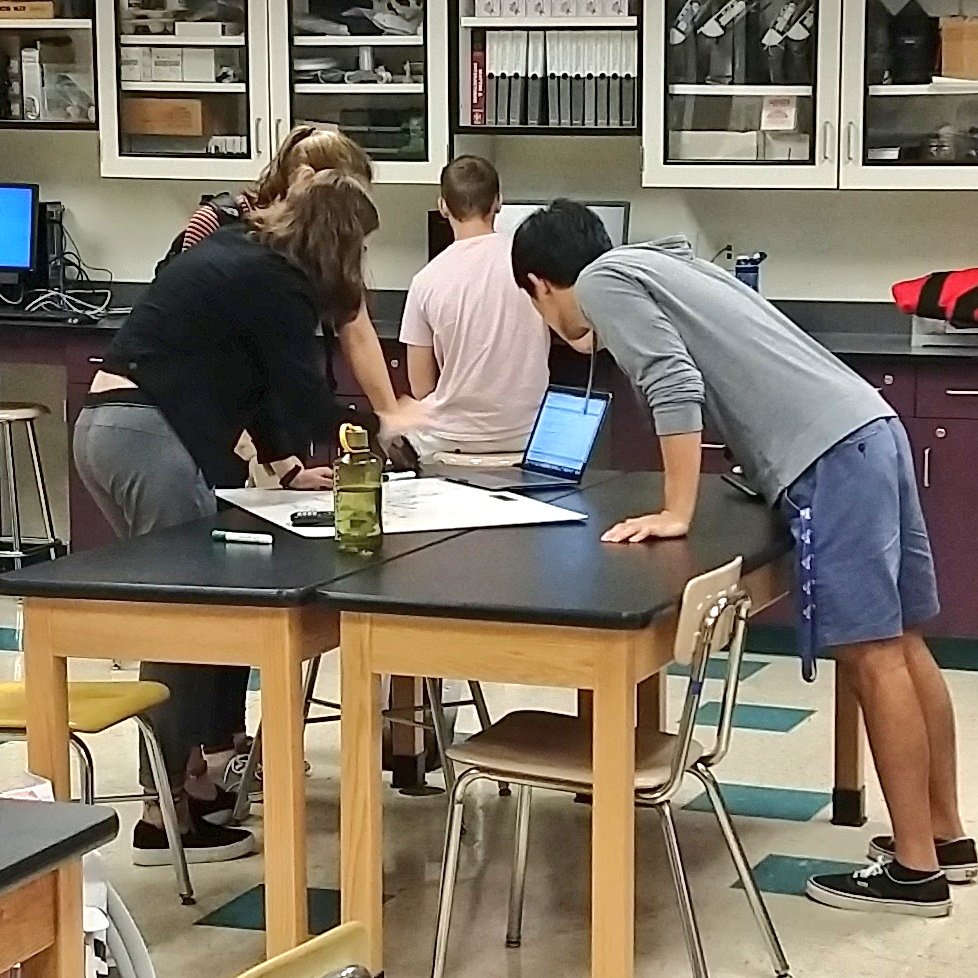
Day 17: How far does your car travel while texting LOL to your friend? #teach180 #iteachphysics
Day 18: Design an experiment to determine whether the toy buggies move with a constant speed. #teach180 #iteachphysics
Day 19: Projectile motion analysis with Angry Birds and Kobe Bryant. #teach180 #iteachphysics
Day 20: Who travels farther, Dorothy or Toto? (Borrowed from #modphys curriculum.) #teach180 #iteachphysics
Day 21: How does time affect the buggy's position on the highway? #teach180 #iteachphysics (One group is putting my golf pencils to good use!)
Day 22: Finding the electric field of a polarized conductor. #teach180 #iteachphysics (Problem from Matter & Interactions textbook.)
Day 23: The Milli-Can Experiment. Without opening the canisters, determine the mass of the metal nuts inside. #teach180 #iteachphysics
Day 24: Rotational kinematics video analysis in AP Mechanics; Buggy lab whiteboard discussion in College-Prep Physics. #teach180 #iteachphysics
Day 25: Lab Conclusion Cheat Sheet for paradigm labs in #modphys. MS Word file: https://1drv.ms/w/s!ApnZRKSJ0lCAgoEd2R-jcwma_CV0ug Feel free to reuse/remix! #teach180 #iteachphysics
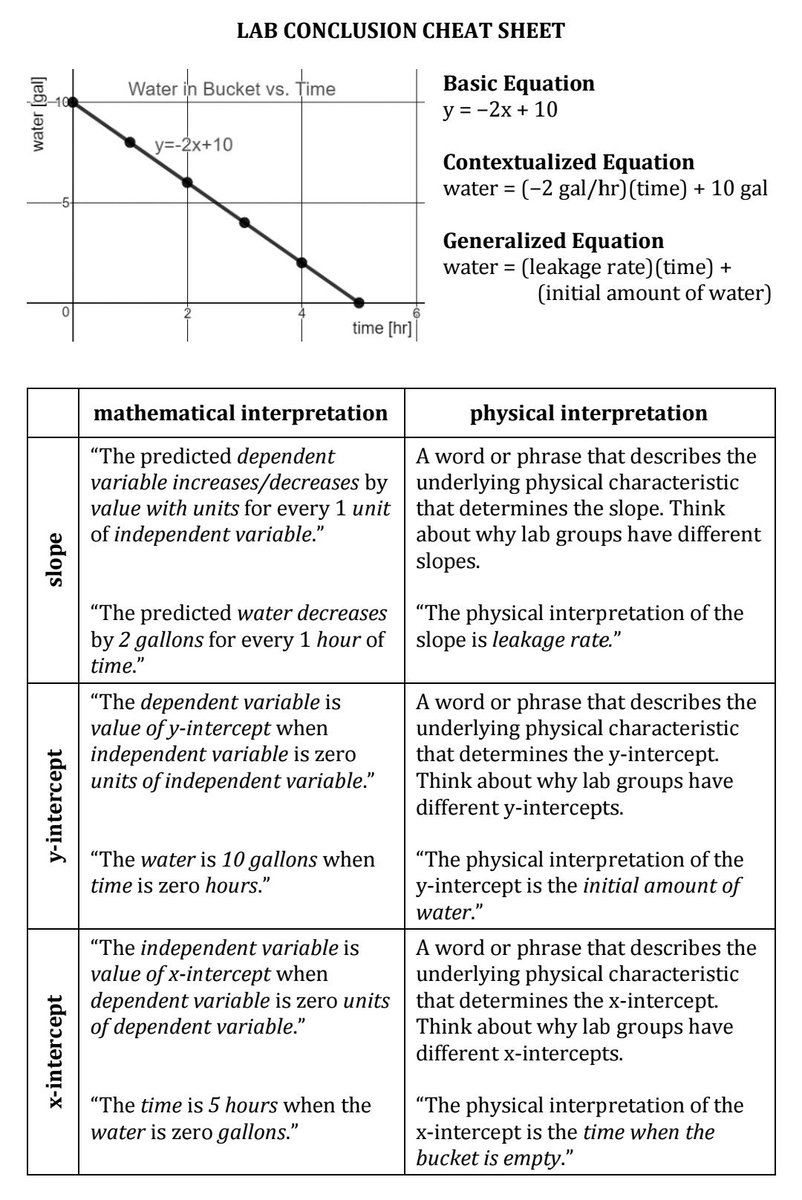
Day 26: Students had fun with physics games from @UniverseAndMore! "Polarity Shift" to intro electrical potential energy in AP E&M and "Super Ultimate Graphing Challenge" for position-time graph practice in College-Prep Physics: http://theuniverseandmore.com/ #teach180 #iteachphysics
Day 27: Students taking videos of cars driving past school and using @VernierST video analysis to determine if there is a speeding problem. #teach180 #iteachphysics
Day 28: Tech Troubleshooting. Files that won't print. Network drives that won't save. Videos that Logger Pro thinks only have one frame (despite being able to play the entire video). #teach180 #iteachphysics
Day 29: Constant velocity card sort. File here: https://1drv.ms/w/s!ApnZRKSJ0lCAgoEz7_2TvPjZjRfWjg (Graph axes borrowed from @Allthingsphysix) #teach180 #iteachphysics
Day 30: Lab for springs in series and parallel. Finally found a way that works well for connecting springs in parallel. #teach180 #iteachphysics
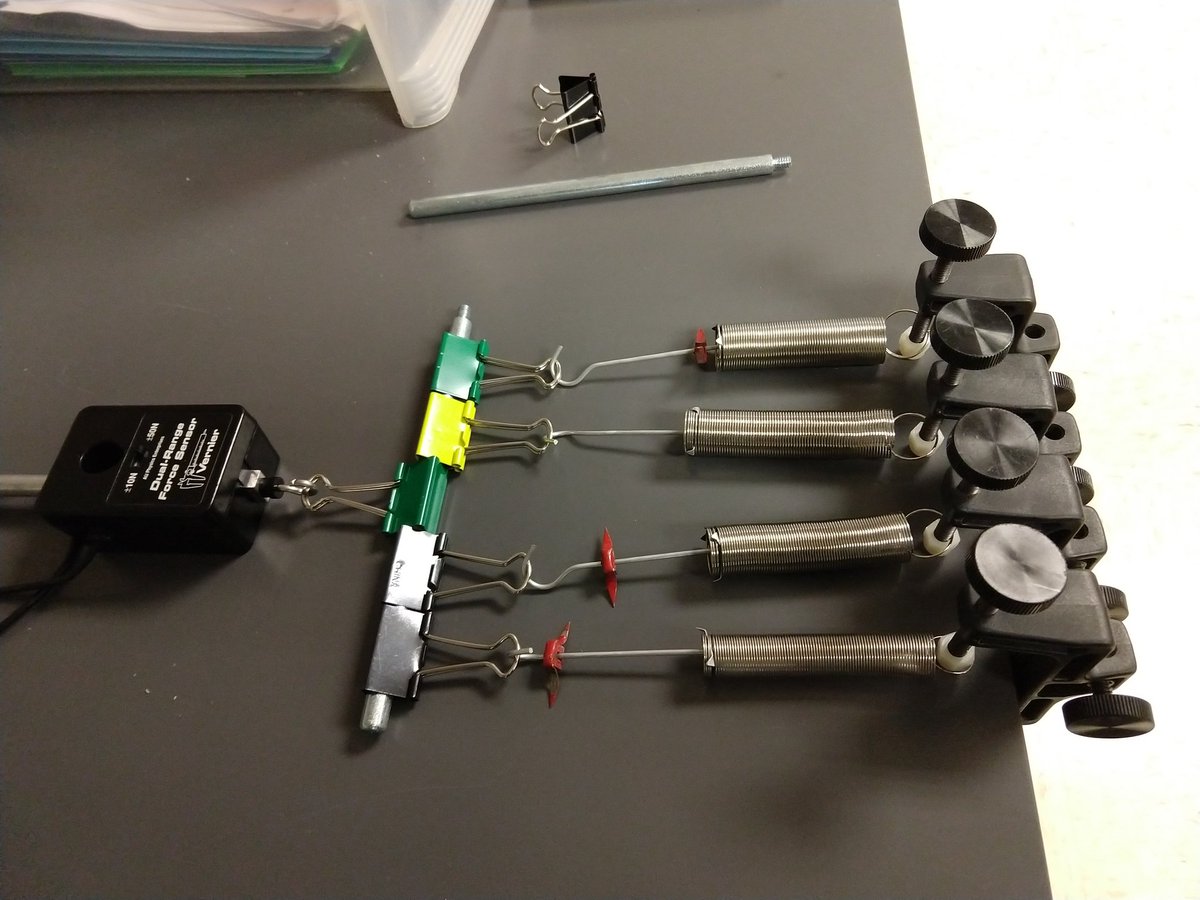
Day 31: Using a spreadsheet to solve calculation-intensive problems. #teach180 #iteachphysics
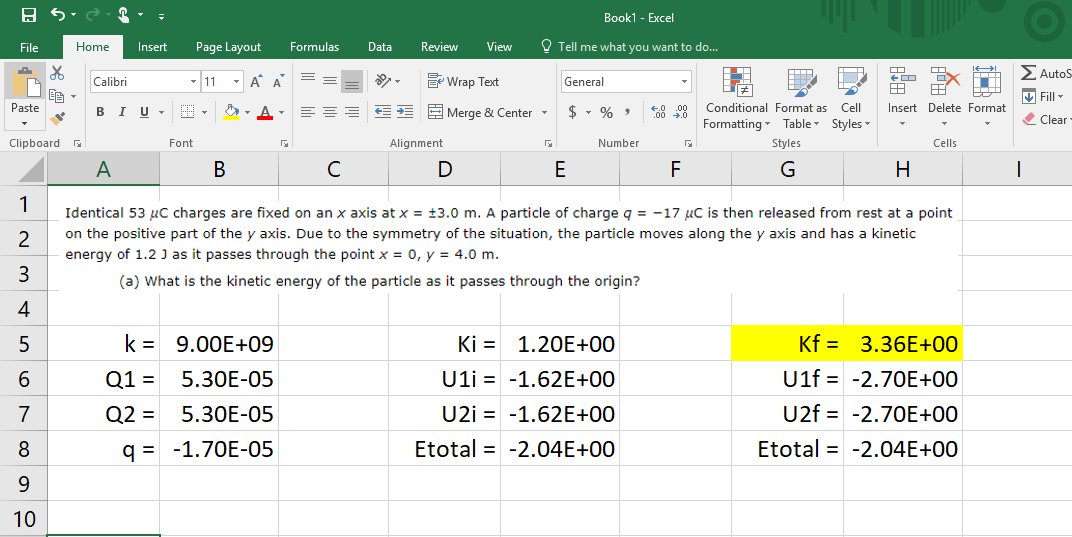
Day 32: Graphing data from series and parallel springs lab. #teach180 #iteachphysics
Day 33: Introducing motion maps using Motion Shot app. Students email photos to class album on Yogile. http://x-application.sony.net/motionshot/en/ #teach180 #iteachphysics
Day 34: Given a mole's worth of a material, determine the element and calculate its atomic diameter. #teach180 #iteachphysics
Day 35: Using @brianwfrank's vector manipulatives to learn about motion diagrams. Being able to slide, rotate, flip, and compare vectors is so much better than drawing them, particularly in regards to sensemaking. Great student discussions! #teach180 #iteachphysics
You can find the file for the arrows at @brianwfrank's blog post: https://teachbrianteach.com/2018/08/19/magnetic-vector-manipulatives/ But I modified his file. Removed color fill inside shapes and photocopied into colored paper instead. Added double-headed arrows to acceleration vectors. Will post modified file later.
Day 36: Modified the traditional "up and down the ramp lab" to use cards! Students tried matching position and velocity graphs to the 8 verbal description cards. Then they tested their predictions with motion detectors and fixed any incorrect predictions. #teach180 #iteachphysics
Cards made this lab so much better! Instead of having students just draw their predictions, the cards allowed for richer discussion between students. And instead of having students draw what they see on the LabQuest (which usually has blips), they find the closest matching card.
Here's the file with the cards:
https://1drv.ms/w/s!ApnZRKSJ0lCAgoII1FrdNrIn-hiIKA
Day 37: Data collection for determining Young's Modulus of marshmallows! #teach180 #iteachphysics
Day 38: Reviewing motion diagrams using @Allthingsphysix's concept builder: https://www.physicsclassroom.com/Concept-Builders/Kinematics/Motion-Diagrams/Interactive #teach180 #iteachphysics
Day 39: Using @UniverseAndMore's Super Ultimate Graphing Challenge to look for patterns in velocity-time graphs (displacement/graph area, acceleration/slope). #teach180 #iteachphysics
Day 40: Is Young's Modulus the same for marshmallows regardless of orientation (isotropic)? Data says…maybe? Also, jumbo marshmallows have smaller YM yet feel stiffer b/c larger cross-sectional area. (Some Ss made some calc errors. YM ~ 30,000 PA) #teach180 #iteachphysics
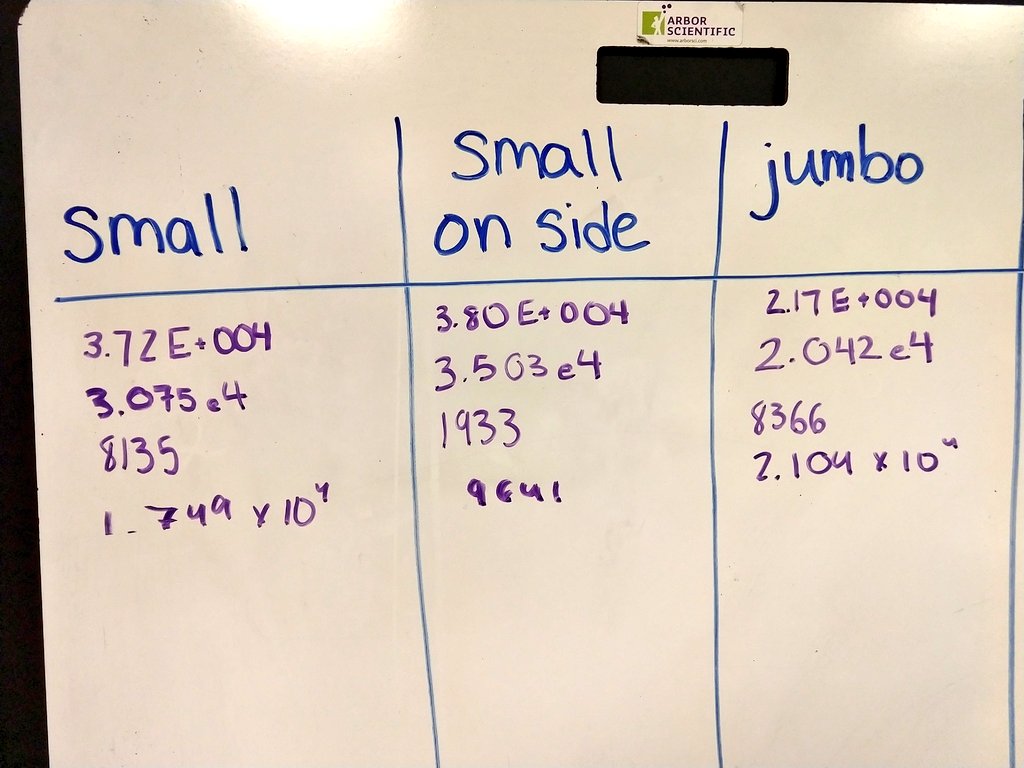
Day 41: Self-directed time to review for tomorrow's lab practical. #teach180 #iteachphysics
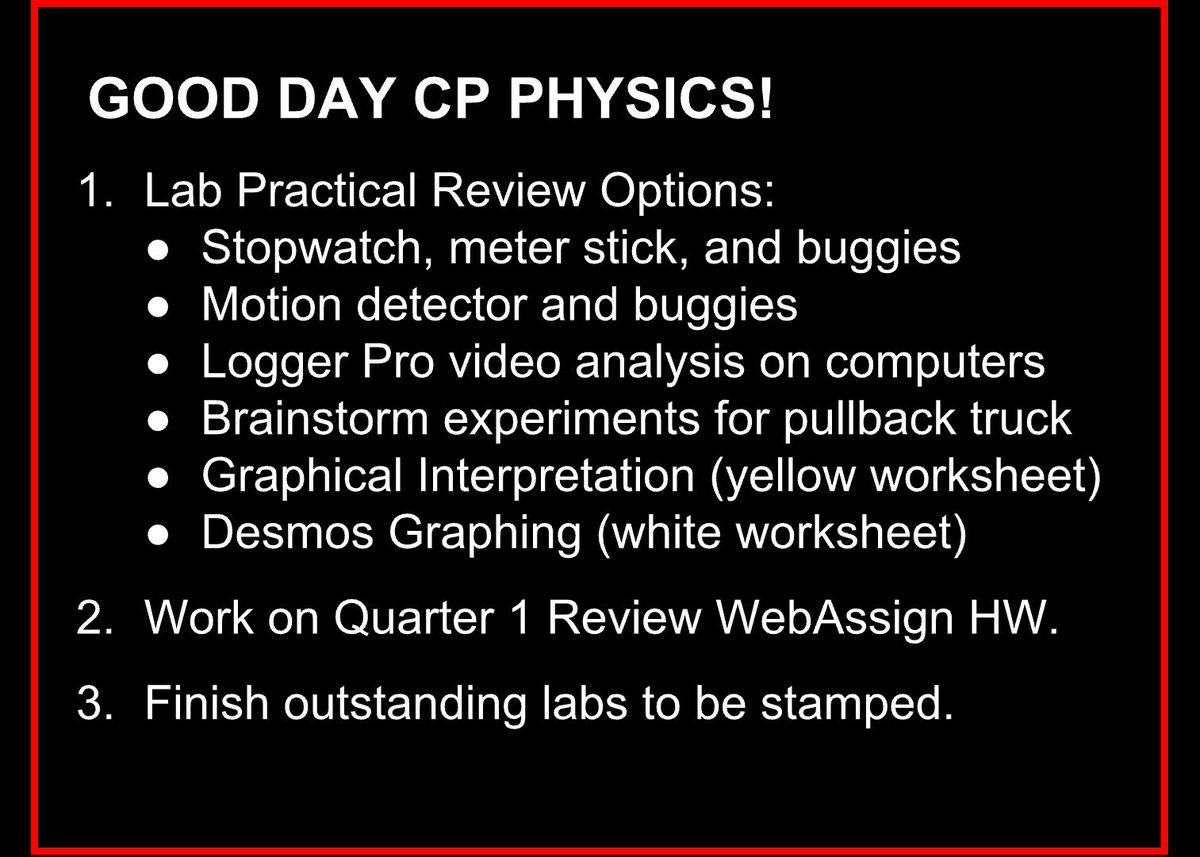
Day 42: Quarter 1 Lab Practical. #teach180 #iteachphysics
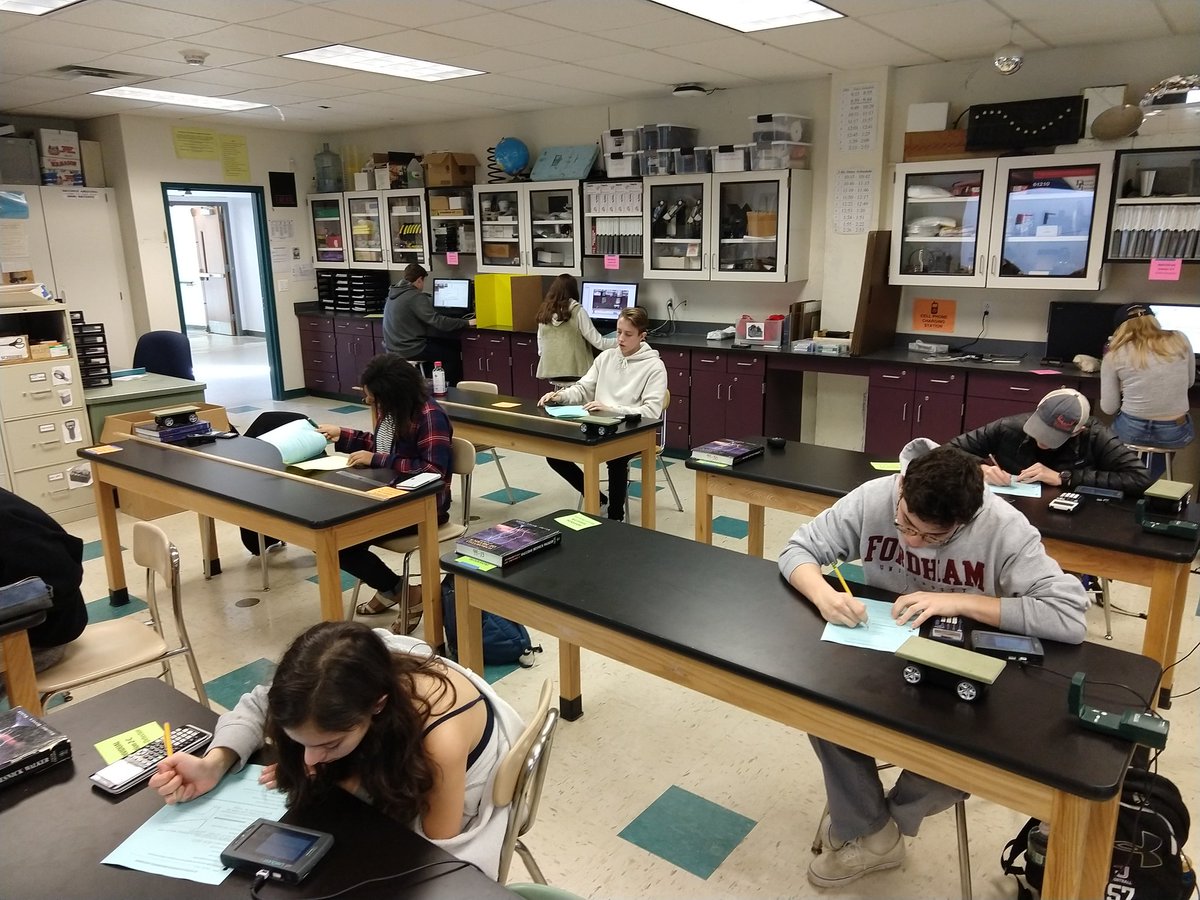
Day 43: Using video analysis of motion to determine the forces of friction and thrust on a fan cart. #teach180 #iteachphysics
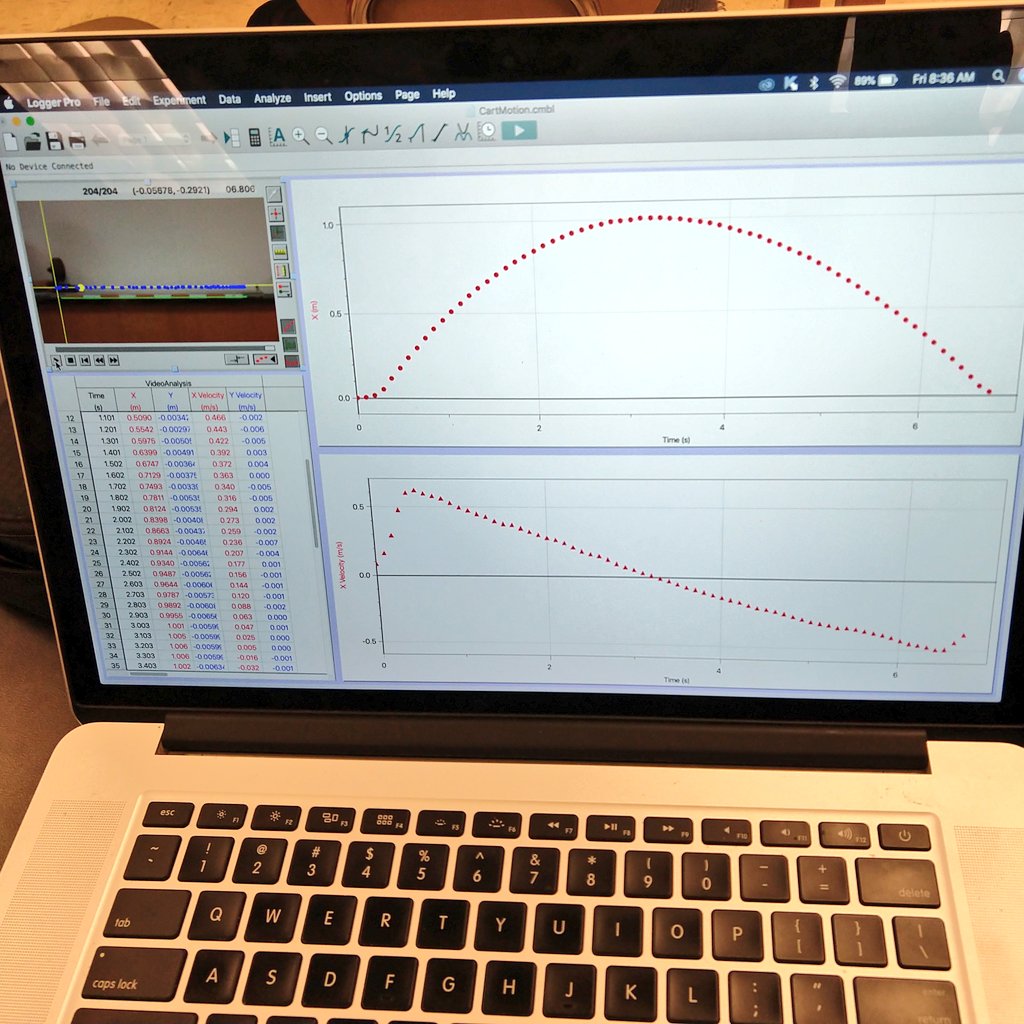
Day 44: Quiz Day. #teach180
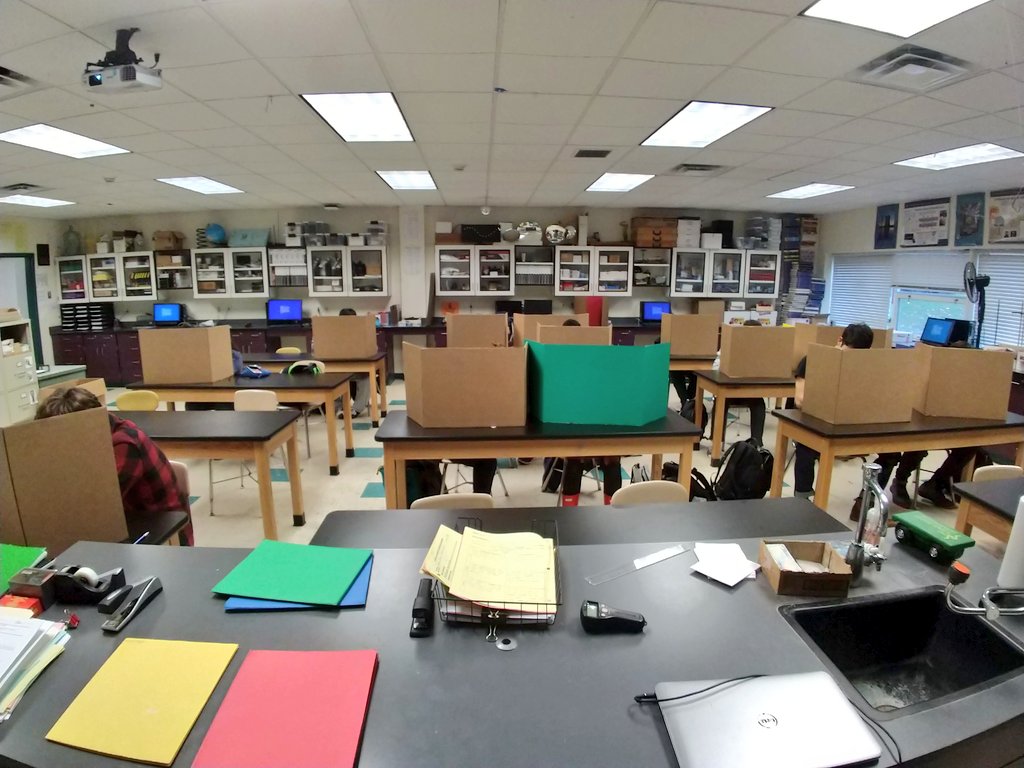
Day 45: Discussed the most common mistakes made during last week's lab practical. #teach180 #iteachphysics
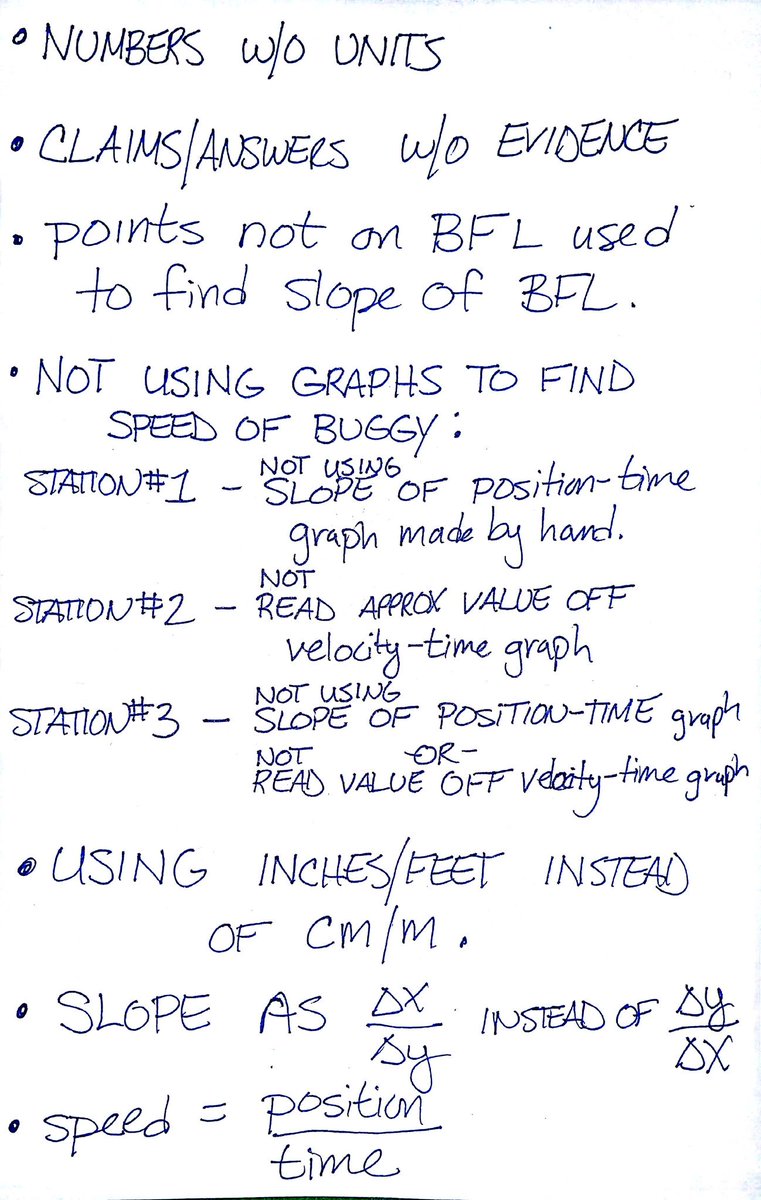
Day 46: Groups shared results from fan cart lab. Values for the thrust from fan at low, medium, and high speeds are similar to values stated in the Pasco manual. But we can't figure out why the friction values for medium are less than high and low. #teach180 #iteachphysics
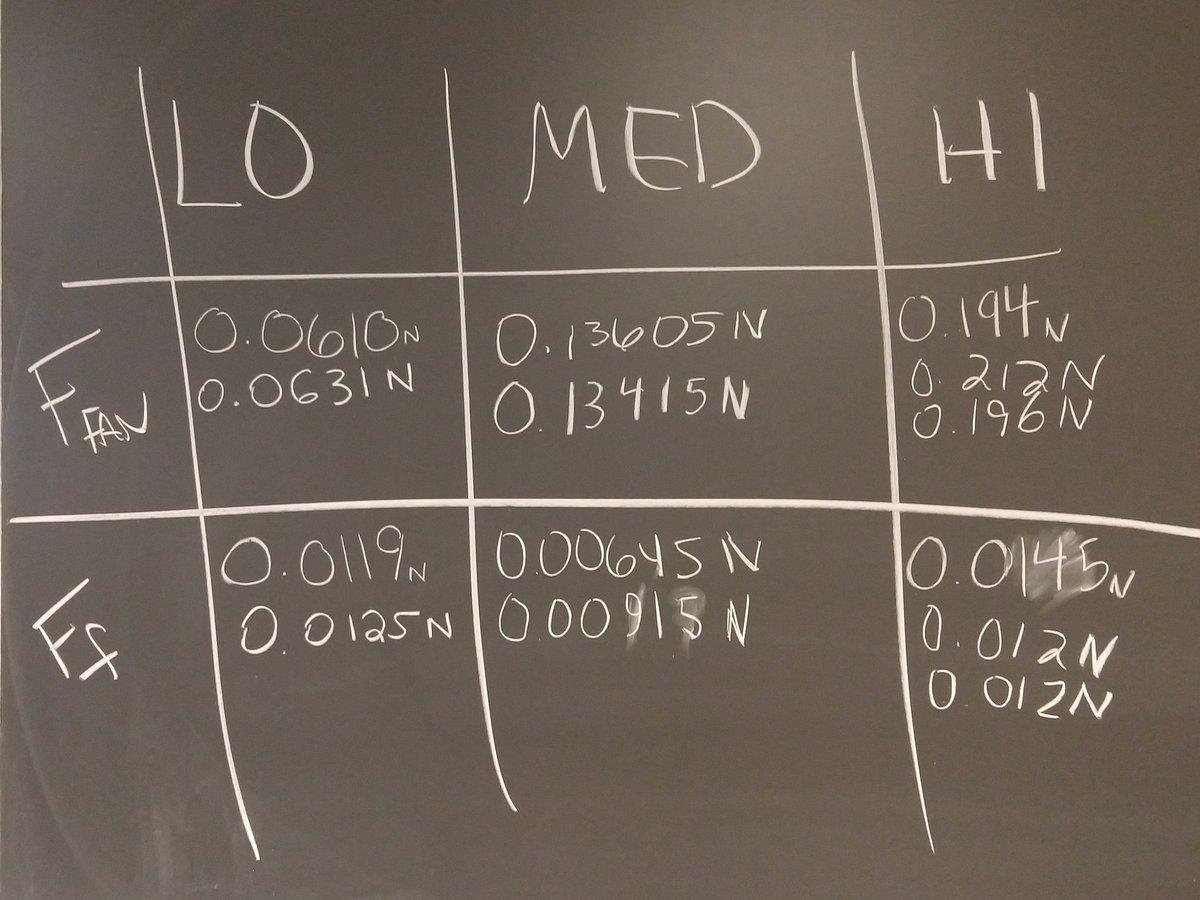
Day 47: What's the relationship between incline and and acceleration? Students using @VernierST motion detectors to determine acceleration and @rwth_phyphox mobile app to determine incline angle. #teach180 #iteachphysics
Day 48: Revamped yesterday's lab to use ZeCars instead of carts. Much better! Using whiteboards as ramps instead of tables means no carts rolling onto the floor and fewer books needed to raise the ramps. #teach180 #iteachphysics
Day 49: Students designing their own experiments from scratch to determine coefficients of static and kinetic friction. #teach180 #iteachphysics
Day 50: Trying out a lab I heard about from another teacher at #AAPTSM18. Determining the charge and voltage of a Van de Graaff generator! #teach180 #iteachphysics
Day 51: Determining the acceleration of a ZeCar using 2 different methods. #teach180 #iteachphysics
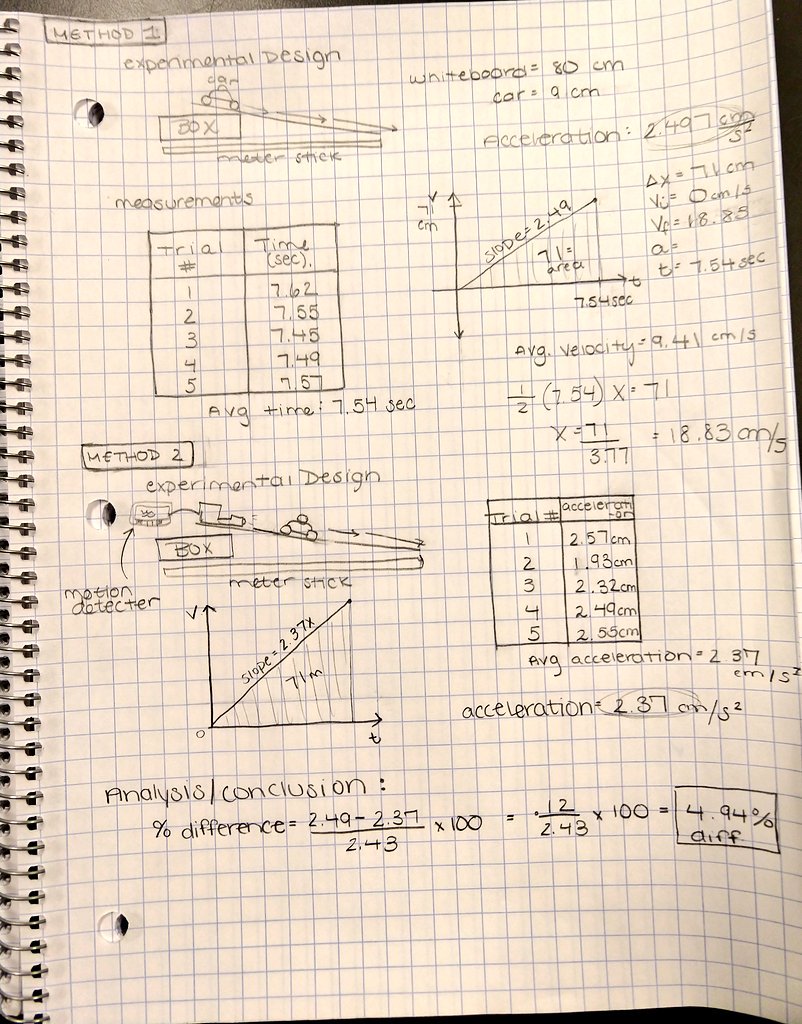
Day 52: Intro to Capacitors. #teach180 #iteachphysics
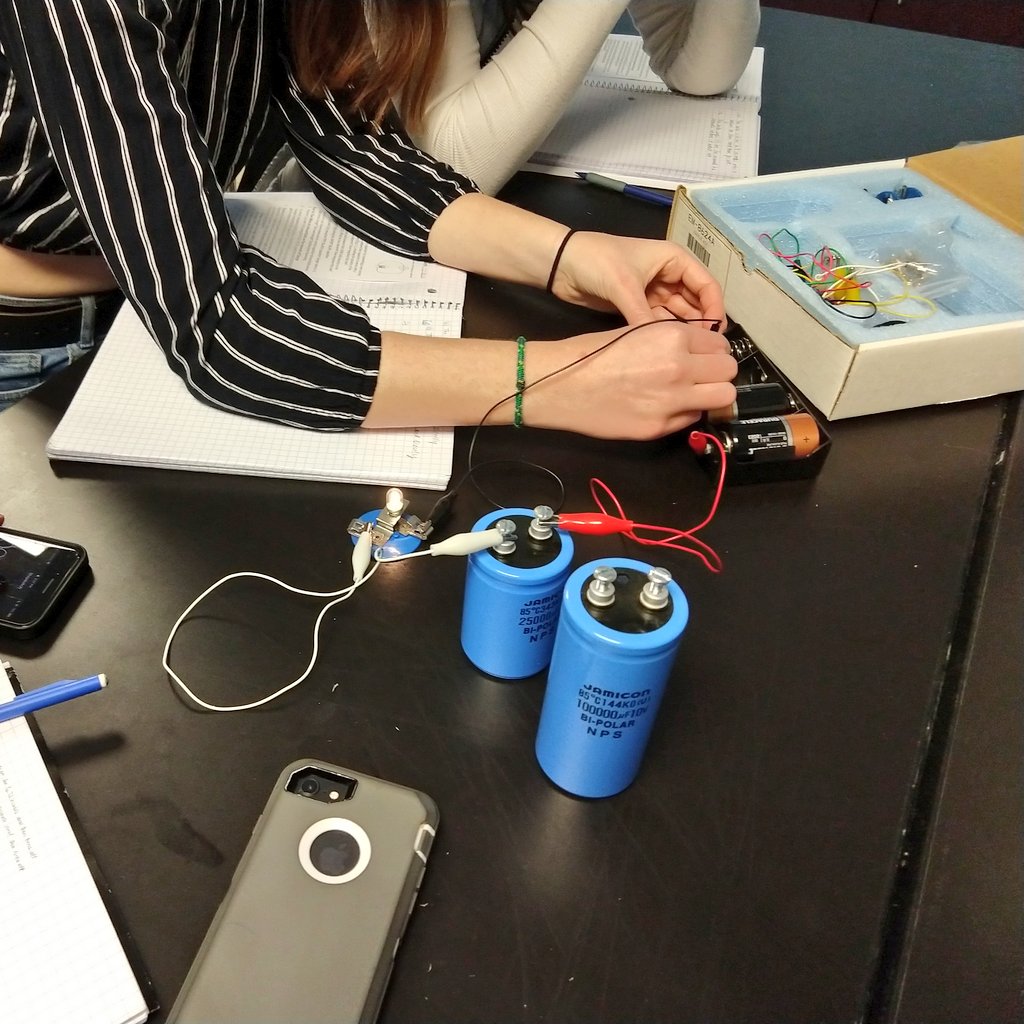
Day 53: I forgot to take a picture, but we did the bowling ball and mallet activity that I blogged about here: https://noschese180.wordpress.com/2011/10/11/day-23-bowling-balls-mallets-and-motion/ #teach180 #iteachphysics
Day 54: Using current probes and integrals to determine the charge stored in capacitors. #teach180 #iteachphysics
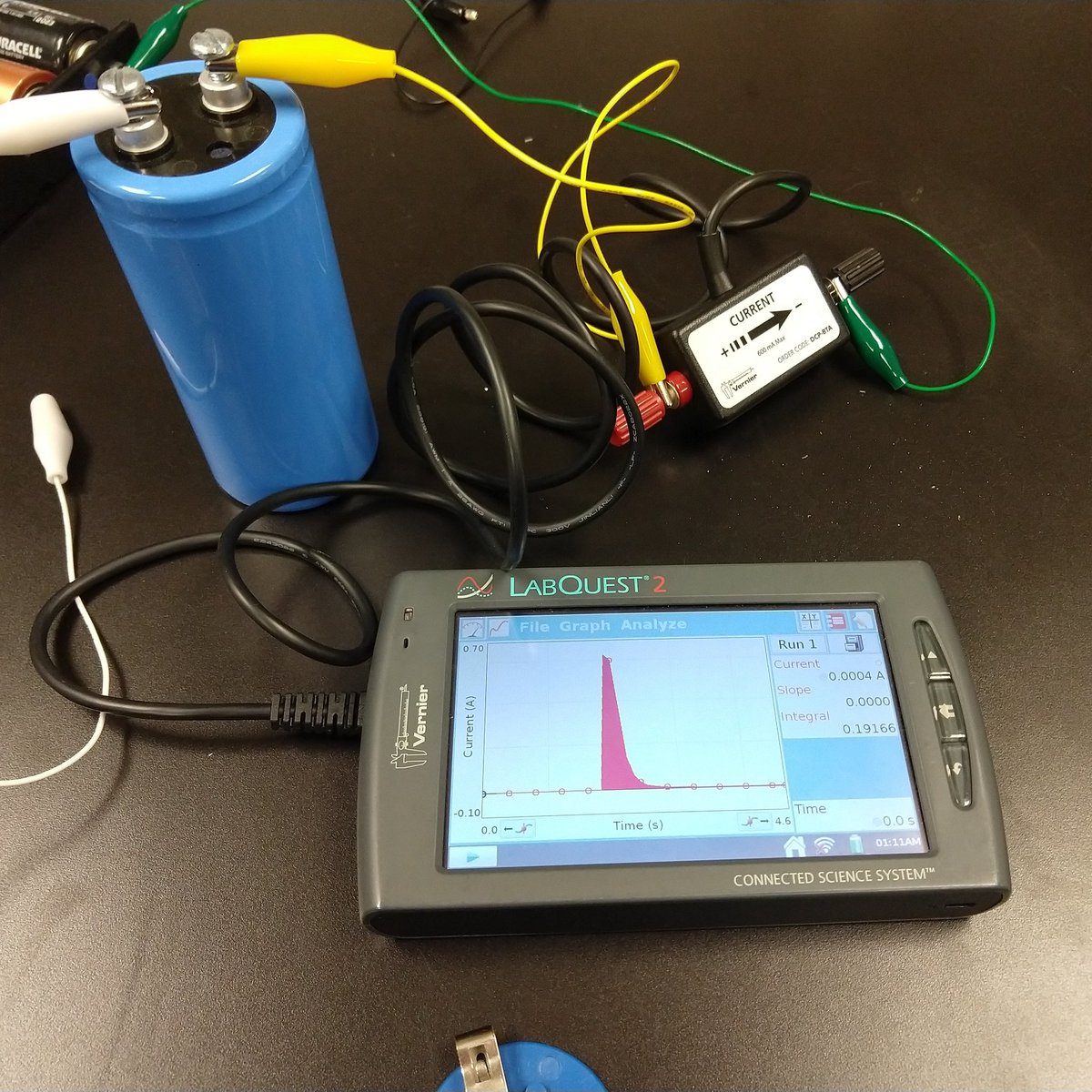
Day 55: Discussing results from the bowling ball and mallet activity. While not incorrect, you can see these responses might indicate thinking that F = m•v rather than F = m•a. #teach180 #iteachphysics
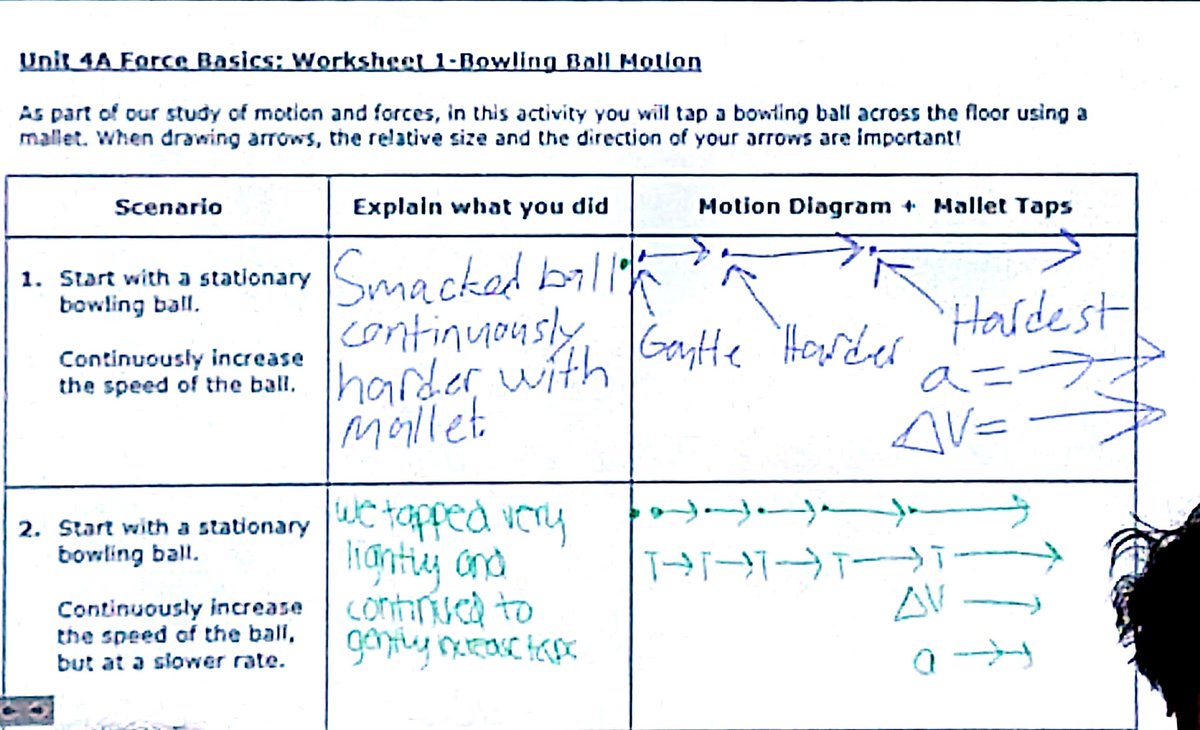
Day 56: Dueling Fancarts! #teach180 #iteachphysics
More info about Dueling Fancart discussion:
Day 25: Dueling Fan Carts
Day 57: Finally did @kellyoshea's and @brianwfrank's Interaction Stations! Great introduction to different types of forces, stressing force as an interaction between 2 objects. Activity here: https://kellyoshea180.wordpress.com/2017/09/25/day-10-interaction-stations/ #teach180 #iteachphysics
Day 58: Newton's Laws Performance Assessment. @MrLonghurst and I did this with our AP Mechanics classes. Students take measurements in randomized groups today, do calculations individually tomorrow. #teach180 #iteachphysics
Day 59: How does voltage affect the charge on a capacitor? Students develop a model for capacitance. #teach180 #iteachphysics
Day 60: Discussion about mass, weight, volume, and density. Which 2 objects have only their mass in common? Their volume? Their density? Their weight? #teach180 #iteachphysics
Day 61: What is the relationship between mass and weight? Students collect data (using balances and spring scales) for random objects and then graph. #teach180 #iteachphysics
Day 62: Students use flying pig toys to calculate the acceleration due to gravity. For added challenge, can you do it with just two measurements and a single calculation? #teach180 #iteachphysics
Day 63: Making observations for capacitors in series and parallel. #teach180 #iteachphysics
Day 64: Finding the mathematical formulasvfor combining capacitors in series and parallel. #teach180 #iteachphysics
Day 65: Using CASTLE color-coding to analyze capacitors in series and parallel. Problems taken from: http://dev.physicslab.org/Document.aspx?doctype=3&filename=DCcircuits_CapacitorProperties.xml #teach180 #iteachphysics
Day 66: How does the stretch of a spring relate to the force of the spring? (Using force sensors instead of spring scales or hanging masses helped guide students to make stretch the independent variable.) #teach180 #iteachphysics
Day 67: Rotational Equilibrium Problem-Solving Stations!
(1) Determine the mass of the purple star.
(2) Determine the mass of the meter stick.
(3) Determine the reading on each scale.
(4) Determine the masses of the beam and the softball.
#teach180 #iteachphysics
Day 68: Classes took quizzes or worked on problem sets today. I love it when students choose to use whiteboards to think through homework problems! #teach180 #iteachphysics
Day 69: Investigating Tension. One of my favorite activities for both its power and its simplicity: http://www.batesville.k12.in.us/Physics/PhyNet/Mechanics/Newton3/Labs/StringTension.html #teach180 #iteachphysics
Day 70: The Levi's Jeans Problem #teach180 #iteachphysics
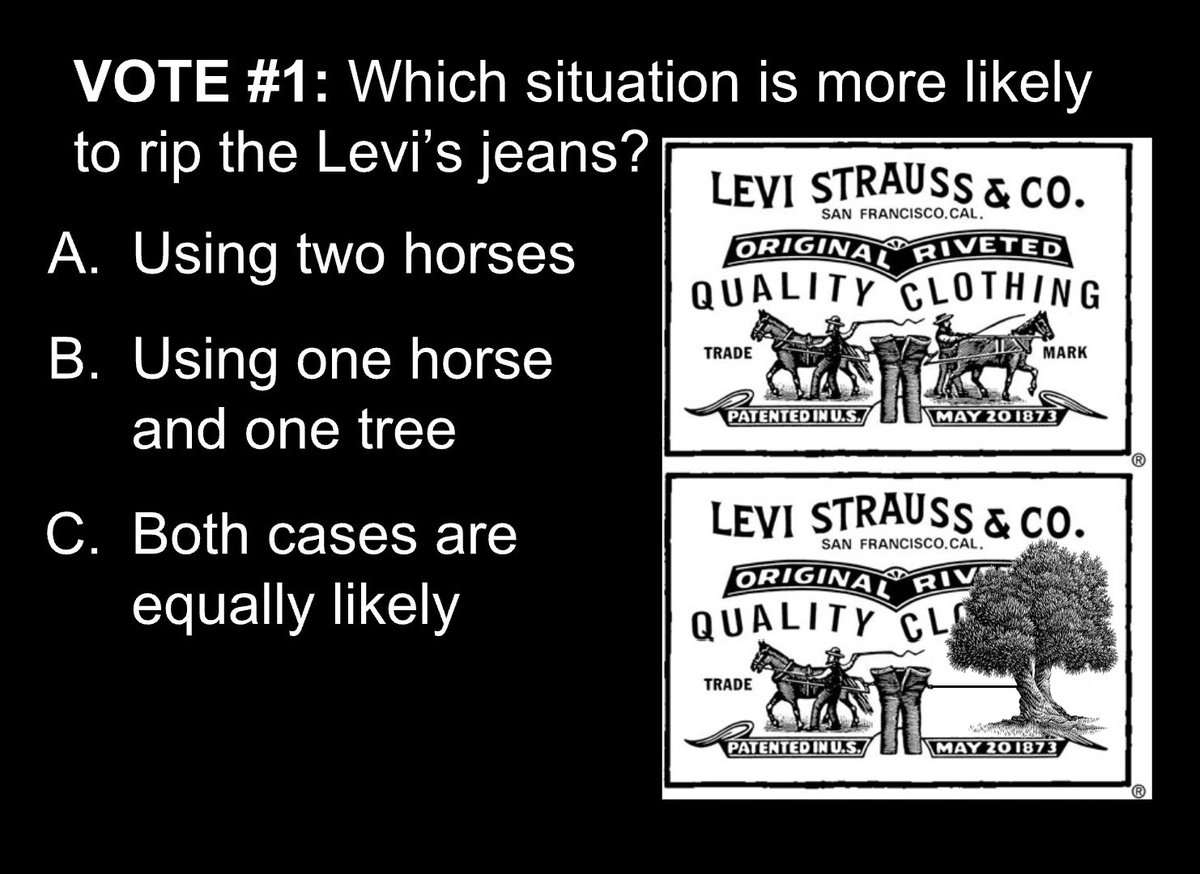
Day 71: Having students identify places of compression, stretch, and shear continues to pay dividends. Such a helpful step before drawing interaction and force diagrams. And using toothbrushes to model frictional shear has been a helpful visual, too. #teach180 #iteachphysics
Day 72: Friction Stations! Students investigated possible factors affecting the friction between surfaces. Modified from work by @brianwfrank: https://teachbrianteach.com/2017/03/14/static-friction-demo-stations/ #teach180 #iteachphysics (1/2)
Friction Stations (2/2) #teach180 #iteachphysics
Day 73: Tipping a Box lab. #teach180 #iteachphysics
Day 74: Data collection for static/kinetic friction lab. #teach180 #iteachphysics
Day 75: Results from static/kinetic friction lab. #teach180 #iteachphysics
Day 76: I keep empty clementine boxes on hand for storing, sorting, and dispensing lab equipment. Today I used one as a stand for my document camera so I could easily slide papers underneath. #teach180 #iteachphysics
Day 77: Falling meter stick and marbles video by @bohacekp. Students whiteboarded their predictions, then we watched the video. (1/2) #teach180 #iteachphysics
Followed up with questions and calculations. Thanks @MrLonghurst for brainstorming them with me! (2/2)
Day 78: Resistance of a wire lab. #teach180 #iteachphysics
Day 79: Resistivity of nichrome (Part 2 of yesterday's lab). #teach180 #iteachphysics
Day 80: Which team will win the tug-of-war? Students take data to calculate the coefficient of friction between their shoes and the floor in order to find out. #teach180 #iteachphysics
Day 81: Every free moment I had today was spent piloting a new rotation lab:
• collecting data to see how clean/repeatable it is
• analyzing data to see if it works as predicted
• figuring out how to account for friction and minimize air resistance
#teach180 #iteachphysics
• Clean and repeatable data? Yes.
• Did data analysis work as predicted? Not initially b/c I made a physics error that I didn't realize until after school. This frustrated me all day. I almost gave up, thinking there was just too much friction/air resistance to work.
• After fixing my error, data analysis was great and I got under 3% error.
• Minimized air resistance by adding a wooden dowel into the horizontal tube.
• Accounted for friction by graphing torque vs. angular acceleration, so slope = inertia and y-int = frictional torque.
My initial physics analysis error that took me all day to figure out? I mistakenly used the angular acceleration of the pulley (rotational motion sensor) as the angular acceleration of the T-shaped apparatus. #oops
Day 82: Students had time to review and prep for their 2nd quarter lab practical. Here's the 3 tasks students must complete individually. #teach180 #iteachphysics
Day 83: Lab to determine the internal resistance and emf of a 6 volt battery. #teach180 #iteachphysics
Day 84: 2nd Quarter Lab Practical. (1) Determine spring constant of spring and mass of softball. (2) Determine coefficients of friction between flat side of buggy and rubber mat. (3) Balance the mobile and determine tension in all strings. #teach180 #iteachphysics
Day 85: Which way will it roll? Students whiteboarded predictions then tested with yo-yos. Followed up with Hewitt's worksheet, testing each case and determining the torque. Ended with task to determine the angle needed for yo-yo to slide w/o rolling. #teach180 #iteachphysics
BTW, Dollar Tree has the "butterfly" style yo-yos for $1 each, called the Soaring Eagle. They are perfect because they don't tip over easily while rolling.
Day 86: A sequence of photos to introduce rolling motion. (Photos not mine.) #teach180 #iteachphysics
Day 87: What causes gravity?
(A) Magnetism?
(B) Air Pressure?
1/3
(C) Rotation?
2/3
(D) Mass?
3/3
Day 88: Patema Inverted – “Two people, separated by opposite gravities, set out to discover the secret that keeps their worlds apart.” #teach180 #iteachphysics
Day 89: https://twitter.com/fnoschese/status/958850647104933889?s=19 #teach180 #iteachphysics
Day 90: RC Circuit Lab. #teach180 #iteachphysics
Day 91: Qualitative Newton's 2nd Law lab to determine how different factors affect the acceleration of a cart. #teach180 #iteachphysics
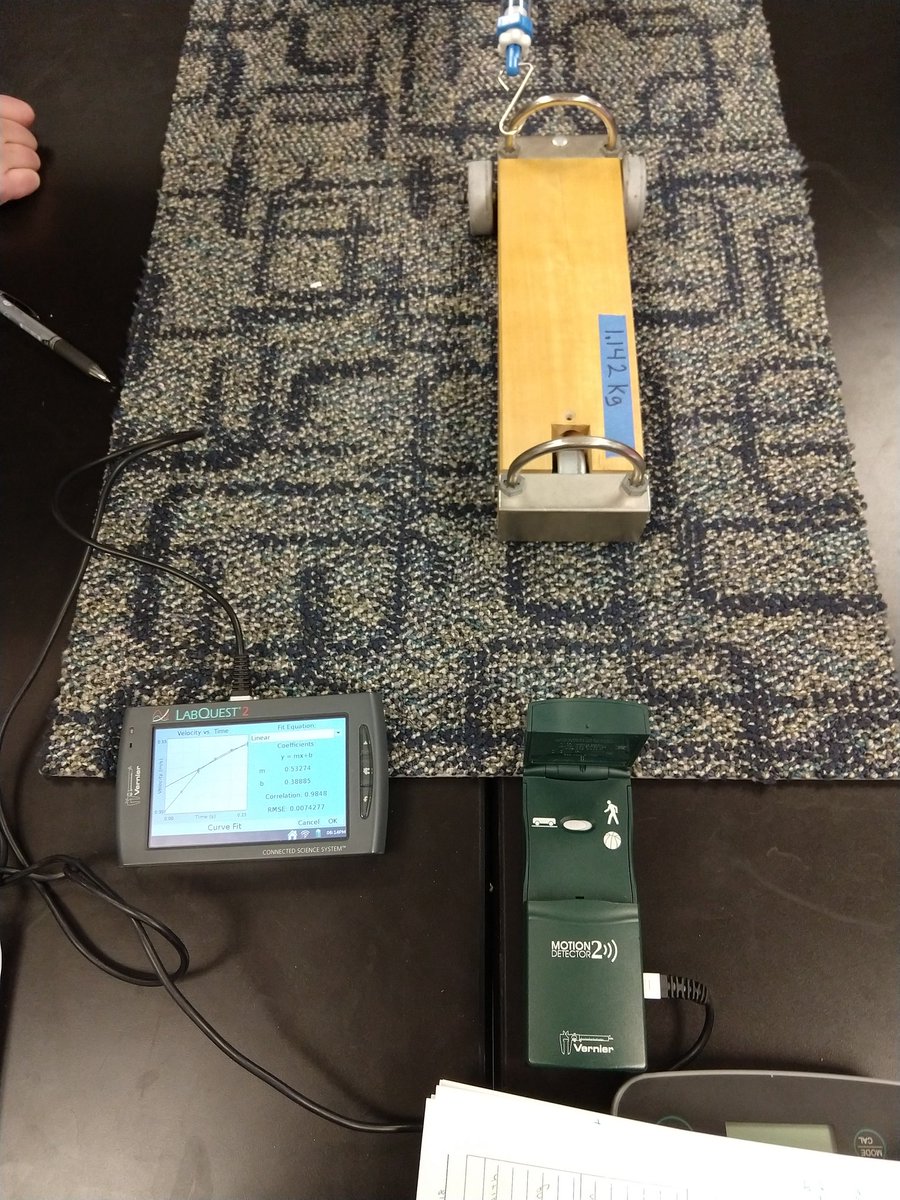
Day 92: Why are more massive objects harder to accelerate? Is it because of their mass or because of gravity (i.e., their weight)? #teach180 #iteachphysics (1/2)
(2/2) Also used the concept of "newtons per kilogram" to see how a larger mass means less acceleration. The top box is 1 kg pushed with 1 N of force (i.e., 1 N/kg). The bottom box is 2 kg pushed with 1 N, which is the same as two 1-kg boxes each pushed with ½ N (i.e., ½ N/kg).
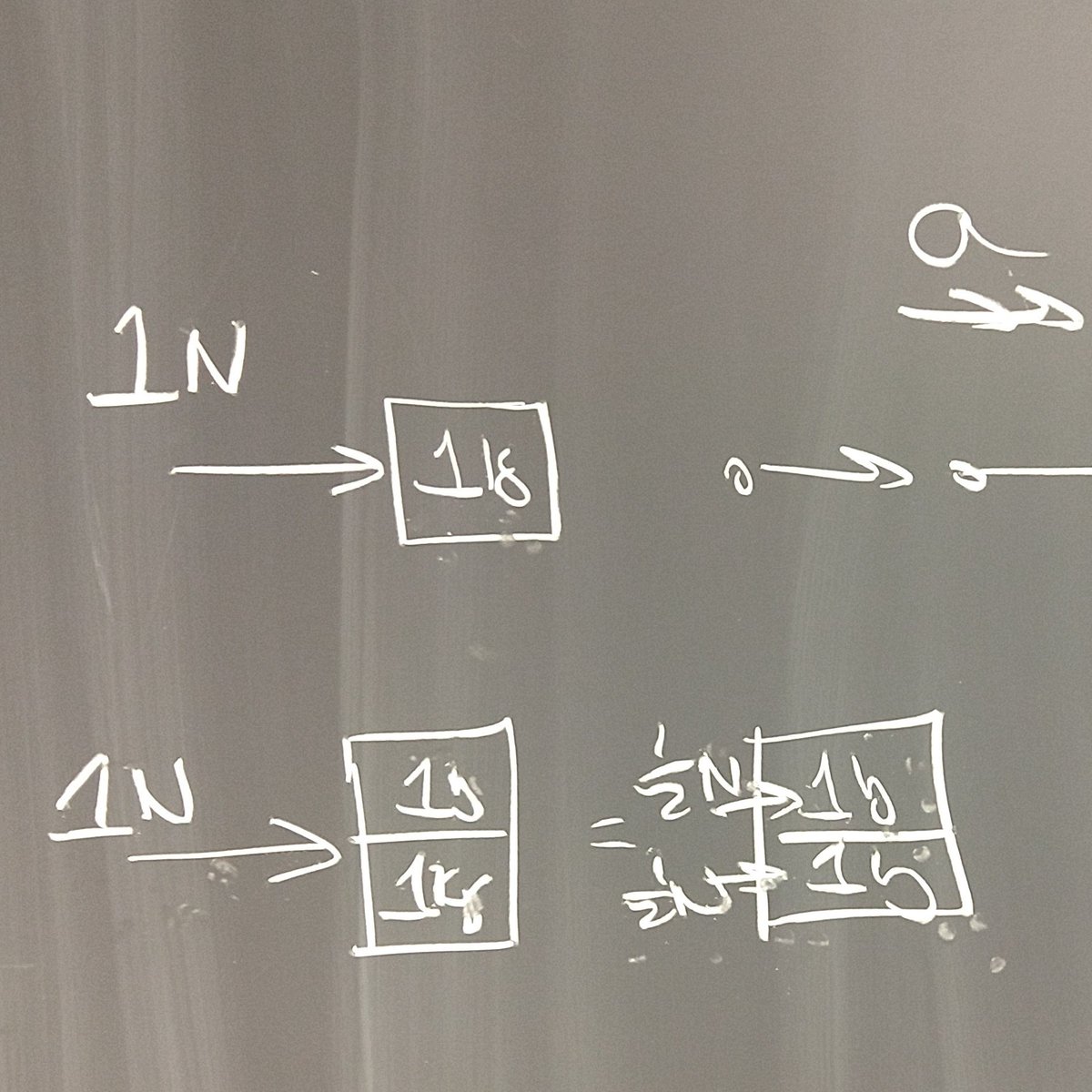
Day 93: Using a simulation from @Allthingsphysix to discover the mathematical relationship for Newton's 2nd Law. #teach180 #iteachphysics
Day 94: Magnetic Interactions Lab. #teach180 #iteachphysics
Day 95: Analysis of a jump using impulse and kinematics. #teach180 #iteachphysics
Day 96: Calculating the acceleration of the school elevator by looking at how the bathroom scale reading changes while riding the elevator. #teach180 #iteachphysics
Day 97: Lab exploring the magnetic field of permanent magnets. #teach180 #iteachphysics
Day 98: Magnetic force on a moving charge — Oscilloscope deflections and Right Hand Rule pencil toppers! #teach180 #iteachphysics
Day 99: Finally posted this year's Motion Shot projects on the hallway bulletin board, with the help of my 2 lab assistants. #teach180 #iteachphysics
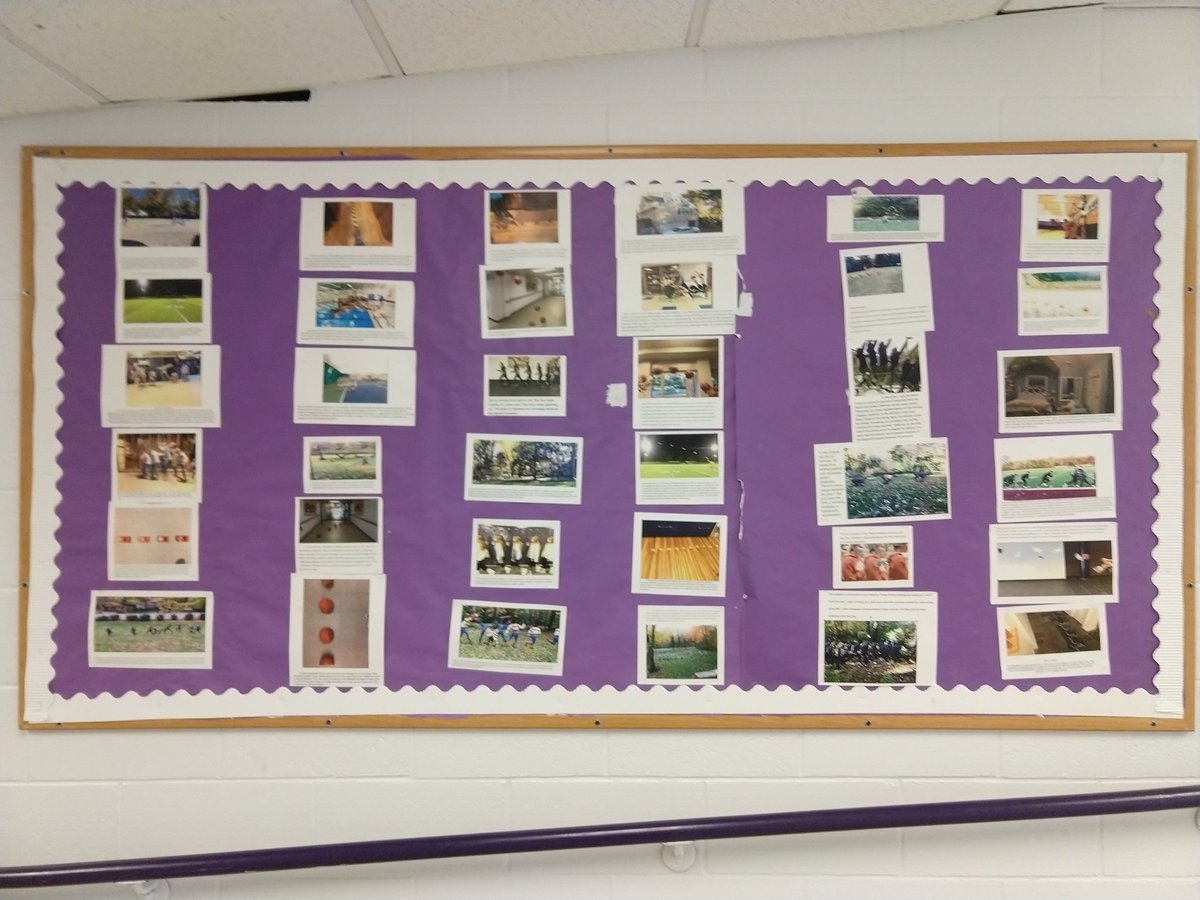
Day 100: Exploring and visualizing potential energy graphs with a simulation from Matter and Interactions: https://www.glowscript.org/#/user/matterandinteractions/folder/matterandinteractions/program/06-potential-energy-well #teach180 #iteachphysics
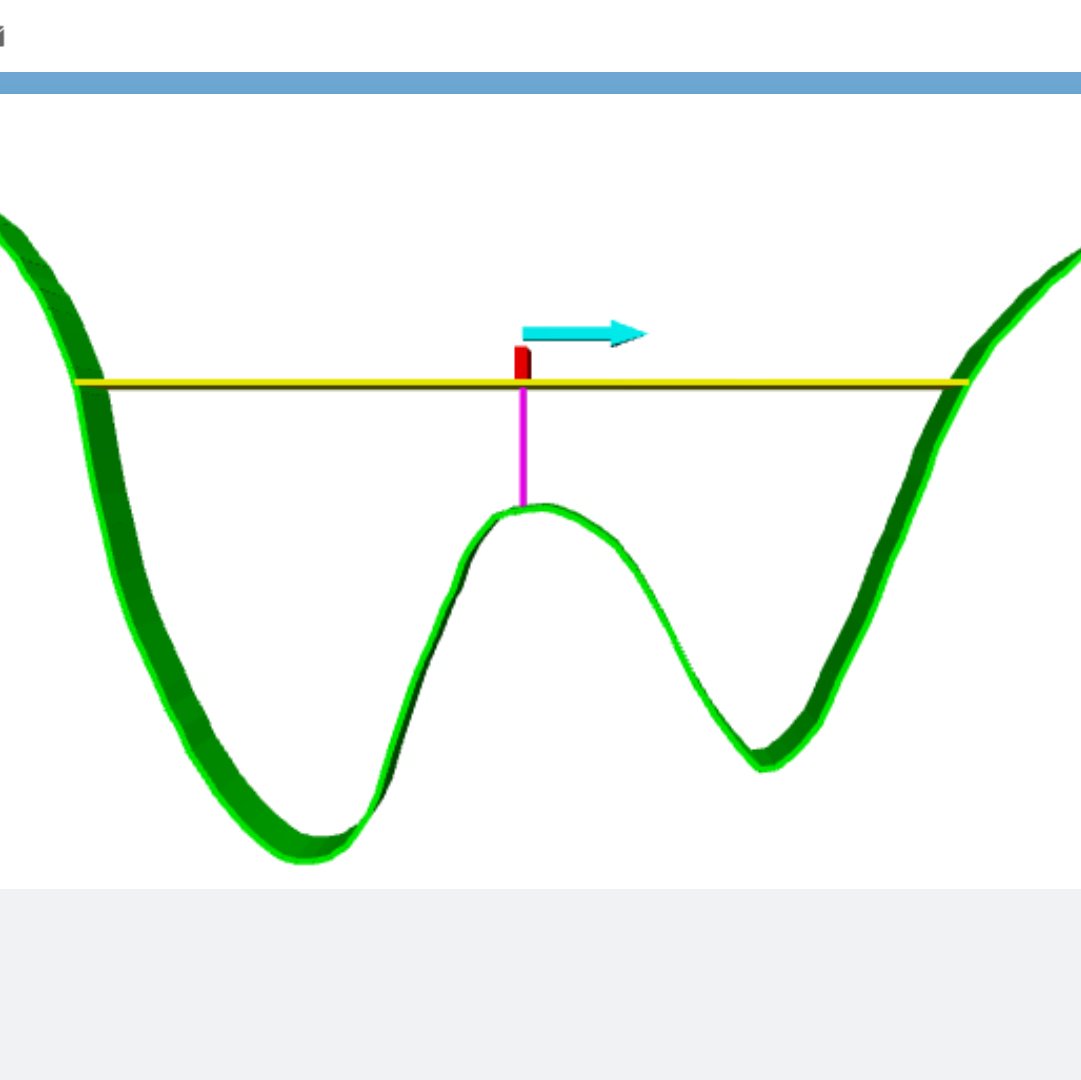
Day 101: Determining the force of kinetic friction using two different experimental methods. #teach180 #iteachphysics
Day 102: Do dropped objects fall at constant velocity or do they accelerate? #teach180 #iteachphysics
Day 103: Quiz in AP E&M. Can you guess the topic? #teach180 #iteachphysics
Day 104: Finding the height of the stairs by timing the fall of a dropped baseball. #teach180 #iteachphysics
Day 105: Determining the lift off speed of a toy popper. Using the acoustic stopwatch feature of the @rwth_phyphox app to get accurate air times. #teach180 #iteachphysics
Day 106: Introduced air resistance by having students work through a problem iteratively, then did a non-calculus-based derivation of the velocity equation (based on work I learned from @kilroi22). #teach180 #iteachphysics
Day 107: Dropping coffee filters for our air resistance lab. #teach180 #iteachphysics
Day 108: Introduced momentum and collisions with this sequence of questions taken from the book "Preconceptions in Mechanics." Students used @plickers to indicate their responses. 1/2 #teach180 #iteachphysics
Then followed up with this video to show that the forces between 2 objects in any collision are always equal: 2/2 #teach180 #iteachphysics
Day 109: What does it mean for a quantity to be conserved? Using bar charts and tables for multiple representations. #teach180 #iteachphysics
Day 110: What is conserved in collisions? Developing and revising models as we look at 4 different collisions. #teach180 #iteachphysics
Day 111: Introduced the concept of flux with an Invention Task about solar panels. Students had to invent a rule that would allow them to rank the 4 scenarios by energy collected. (A = panel area, S = solar strength) #teach180 #iteachphysics
More information about Invention Tasks, including other examples, can be found here: http://depts.washington.edu/pits/index.html #iteachphysics
Day 112: Happy International Women's Day! Thanks to @neverthelesspod for these great women in STEM posters we have on display in the science hallway! https://medium.com/nevertheless-podcast/stem-role-models-posters-2404424b37dd #teach180 #iteachphysics #IWD2019
Day 113: Using conservation of momentum to determine if the same M&M cannon was used in 2 different videos. Thanks to @bohacekp for making the videos and to @treddtaylor for the idea to add mass and velocity columns in the momentum table. #teach180 #iteachphysics
Day 114: Used the Question Formulation Technique to generate student questions about a collision between a 1959 Chevy Bel Air and a 2009 Chevy Malibu. #teach180 #iteachphysics
Day 115: Video analysis of a collision. Are momentum, angular momentum, and kinetic energy conserved? How does the center of mass move before and after the collision? https://www.rit.edu/cos/livephoto/LPVideos/puckbar/ #teach180 #iteachphysics
Day 116: Faraday's Law and the Curious Case of the Curly Electric Field. https://www.glowscript.org/#/user/matterandinteractions/folder/matterandinteractions/program/22-Faraday-magnet and https://phys.libretexts.org/Bookshelves/College_Physics/Book%3A_Conceptual_Physics_%28Crowell%29/11%3A_Electromagnetism/11.5_Induced_Electric_Fields #teach180 #iteachphysics
Day 117: Newton's First Law and Automobiles. #teach180 #iteachphysics
Day 118: Students testing how seatbelt material and seatbelt width affects passenger safety. Metal wire vs. string vs. blue tape #teach180 #iteachphysics
Day 119: Dropping eggs onto table vs into flour, rice, or oats. From how high up will the egg stay in tact? #teach180 #iteachphysics
Day 120: Breaking the momentum model by analyzing the scenario of a hover puck (turned off) launched by a rubber band and sliding to a stop. Also trying to be consistent with terminology regarding "energy stores". #teach180 #iteachphysics
Day 121: Four energy transfers from the kinetic store to the thermal store. (1) Burning holes in paper by smashing steel balls together. (2) Temperature increases when hitting clay with a mallet. (3) PhET friction sim. (4) Skidding bike video. #teach180 #iteachphysics
Day 122: Potential and field of a charged ring. #teach180 #iteachphysics
Day 123: Investigating whiplash. #teach180 #iteachphysics
Day 124: Electric field of an arc of charge. #teach180 #iteachphysics
Day 125: Introduction to Gauss's Law. I tried a new approach this year, which feels like it's been the best yet. This sequence of problems helps students intuit that ϕ = q/ε, no matter the shape: https://1drv.ms/w/s!ApnZRKSJ0lCAgol5W2s1VB-O7JuCHg #teach180 #iteachphysics
It's important to note that my students were first introduced to the concept of flux back when we did Faraday's Law, so they didn't need much help figuring out how to calculate electric flux.
Day 126: Breaking the simple pendulum model! Students predict the theoretical periods for a 1-m pendulum bob and a 1-m stick. Then they find the periods experimentally and compare. Why are the predictions for the 1-m stick so far off? #teach180 #iteachphysics
Day 127: How does the period change as the mass is moved down the meter stick? What position gives the shortest period? (An S-hook clamped to a rod with a binder clip makes for a nice pivot.) #teach180 #iteachphysics
Day 128: Crumple Zone Testing and Modification. The goal is to not let the empty film canister topple forward. (Inspired by a similar activity in the Active Physics textbook.) #teach180 #iteachphysics
It's hard to see in the previous video, but there's a flap of tape on the front of the canister that allows it to tip over without sliding off.
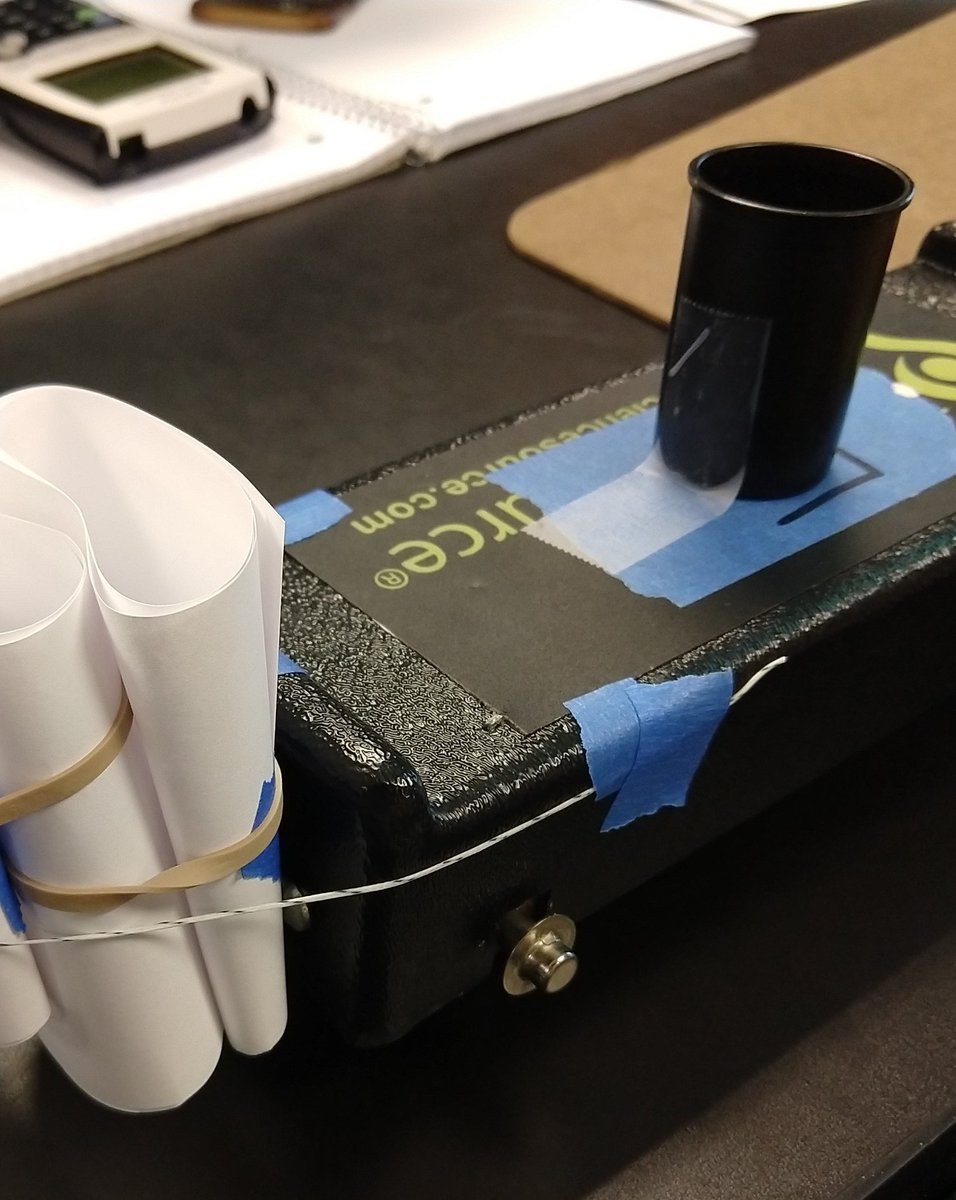
Day 129: Getting quantitative with our crumple zone investigation by using force sensors and motion detectors. Comparing the force vs. time graphs for different cushioning materials. #teach180 #iteachphysics
Day 130: Magnetic field of a wire. #teach180 #iteachphysics
Day 131: Building a safety system to protect an egg riding on a cart during a collision. Applying knowledge of seatbelts, airbags, head restraints, and crumple zones. #teach180 #iteachphysics
Day 132: Crash Test Day! Will the egg survive? #teach180 #iteachphysics
Day 133: Students present and explain their safety system designs. #teach180 #iteachphysics
Day 134: Magnetic Field of a Wire Loop. What does the shape of the field look like? How does field strength vary with distance? #teach180 #iteachphysics
Day 135: How long would it take to fall to the center of the Earth? (Also, students were 🤯 when they saw Google knows scientific constants when doing calculations.) #teach180 #iteachphysics
Day 136: Trying a new way to develop Ampere's Law (similar to how I approached Gauss's Law earlier). #teach180 #iteachphysics
Day 137: Hidden Figures #teach180 #iteachphysics
Day 138: Thanks to folks on here, I learned that ∫B•dl is called "magnetic circulation." My students suggested a lazy river as a possible physical analogy, which then led me to create this Invention Task I'll use next year before teaching Ampere's Law. #teach180 #iteachphysics
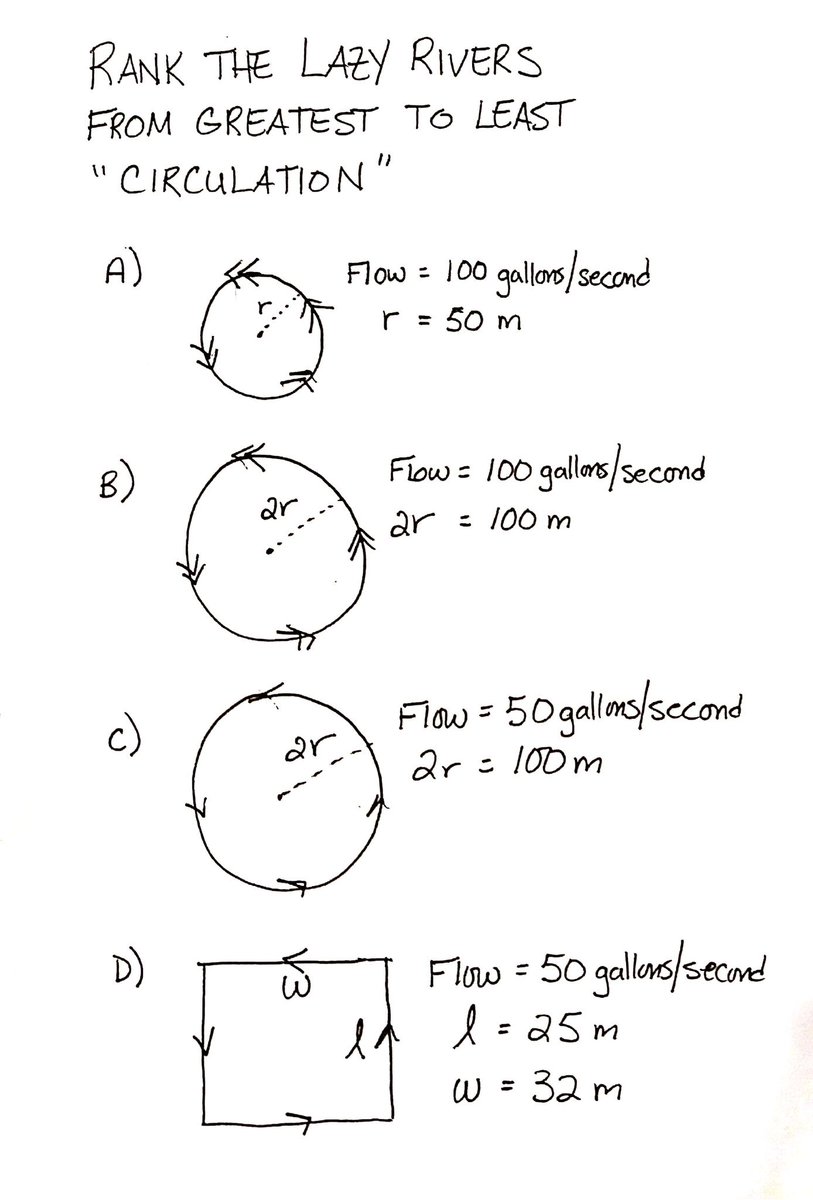
Day 139: Starting a project-based unit on roller coasters, but instead of having everyone do every lab in the unit, we are trying the jigsaw method. First, each expert group does a different lab. Then, home groups pool their knowledge for the project. #teach180 #iteachphysics
For folks looking for more information about the project — it is modeled after Chapter 4 of Active Physics. Here's a PDF with a detailed outline of all the chapters in the book: https://web.archive.org/web/20090902212042/http://www.its-about-time.com/pdfs/ap_third_ed.pdf Great place to get ideas for physics projects! #iteachphysics
Also, the jigsaw graphic is not mine. It's from here:
https://strategiesforspecialinterventions.weebly.com/jigsaw1.html
Day 140: Students are using a class notebook in OneNote to record their lab results. That way, everyone in the class can see all the different experiments done by the other expert groups in the jigsaw. #teach180 #iteachphysics
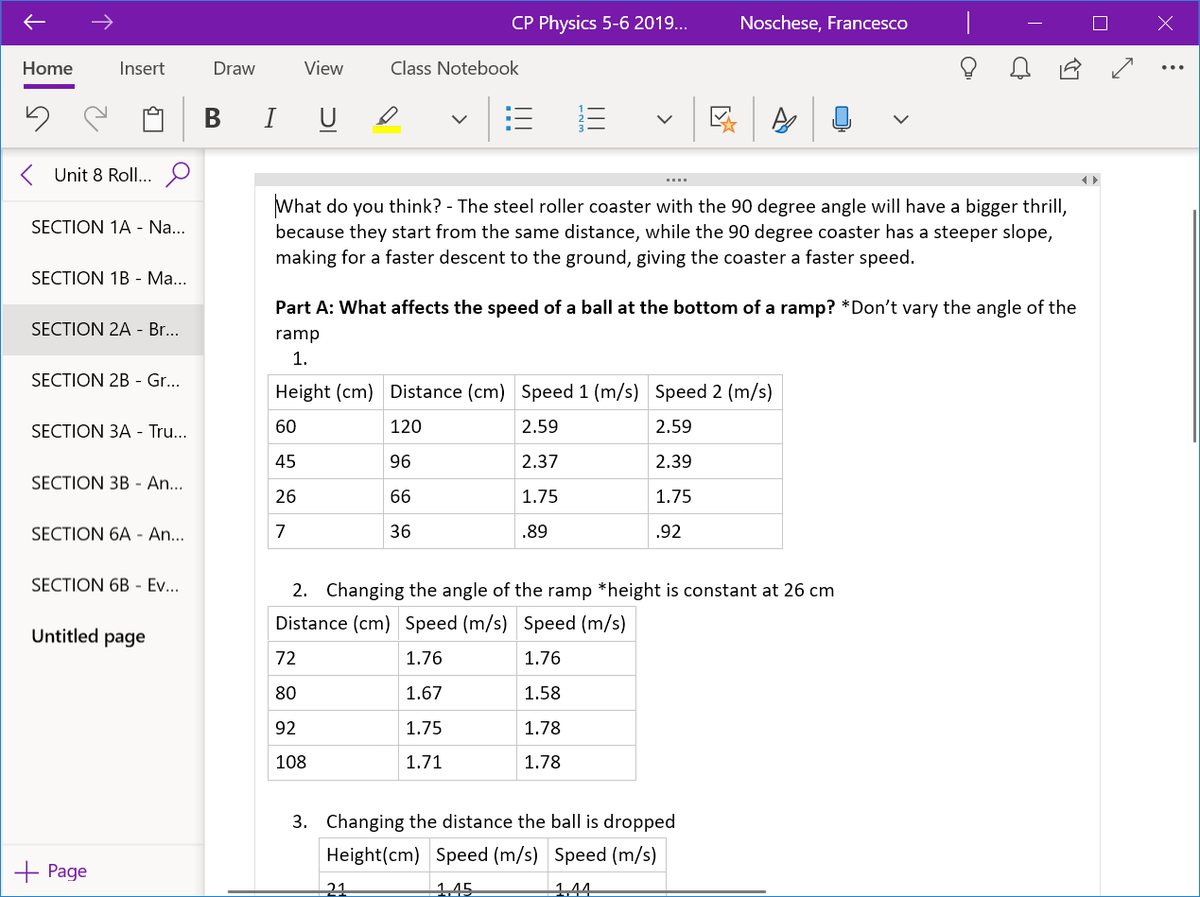
Day 141: Used @Desmos scientific calculator to breakdown problems that required many steps. Being able to see intermediate values along the way allowed us to catch and fix mistakes easily, without having to recalculate everything from the start! #teach180 #iteachphysics
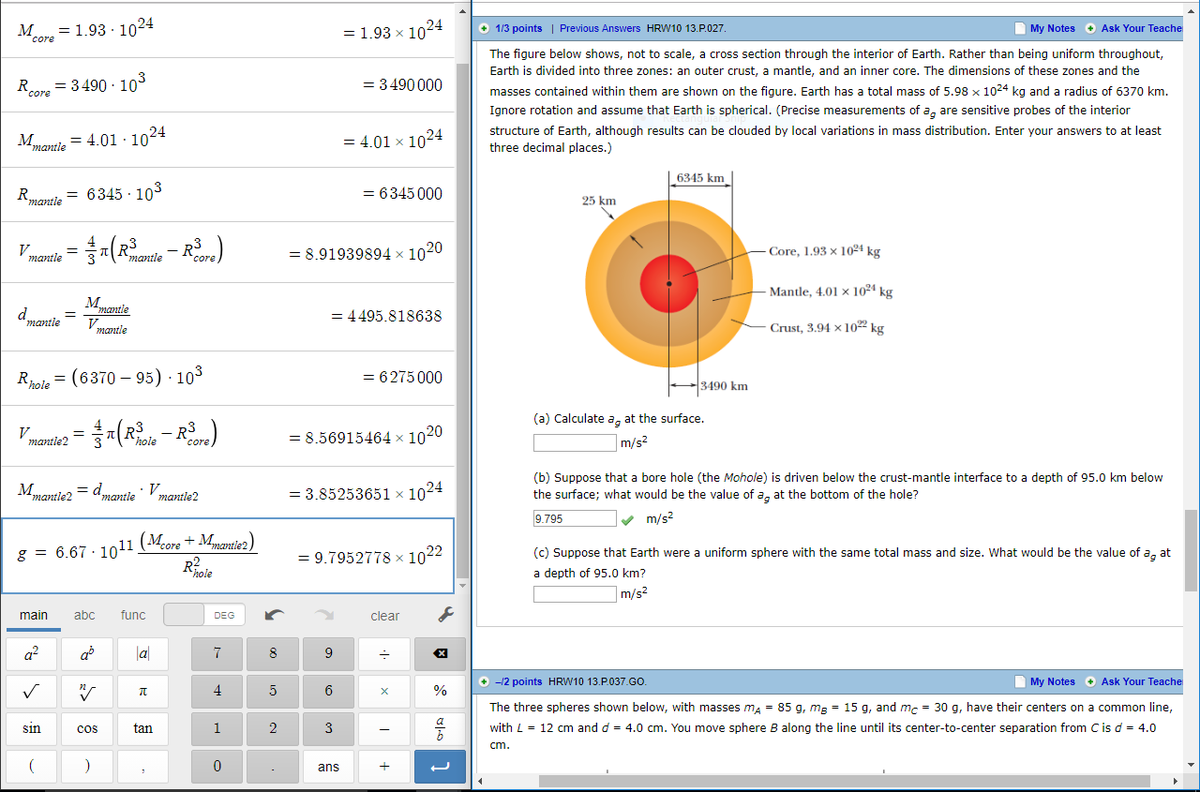
Just noticed I forgot the negative sign in the exponent for G in the last step. #oops
Day 142: AP Mechanics students working on a great PhET lab about orbits written by @kilroi22. You can get the lab here: https://phet.colorado.edu/en/contributions/view/2862 #teach180 #iteachphysics
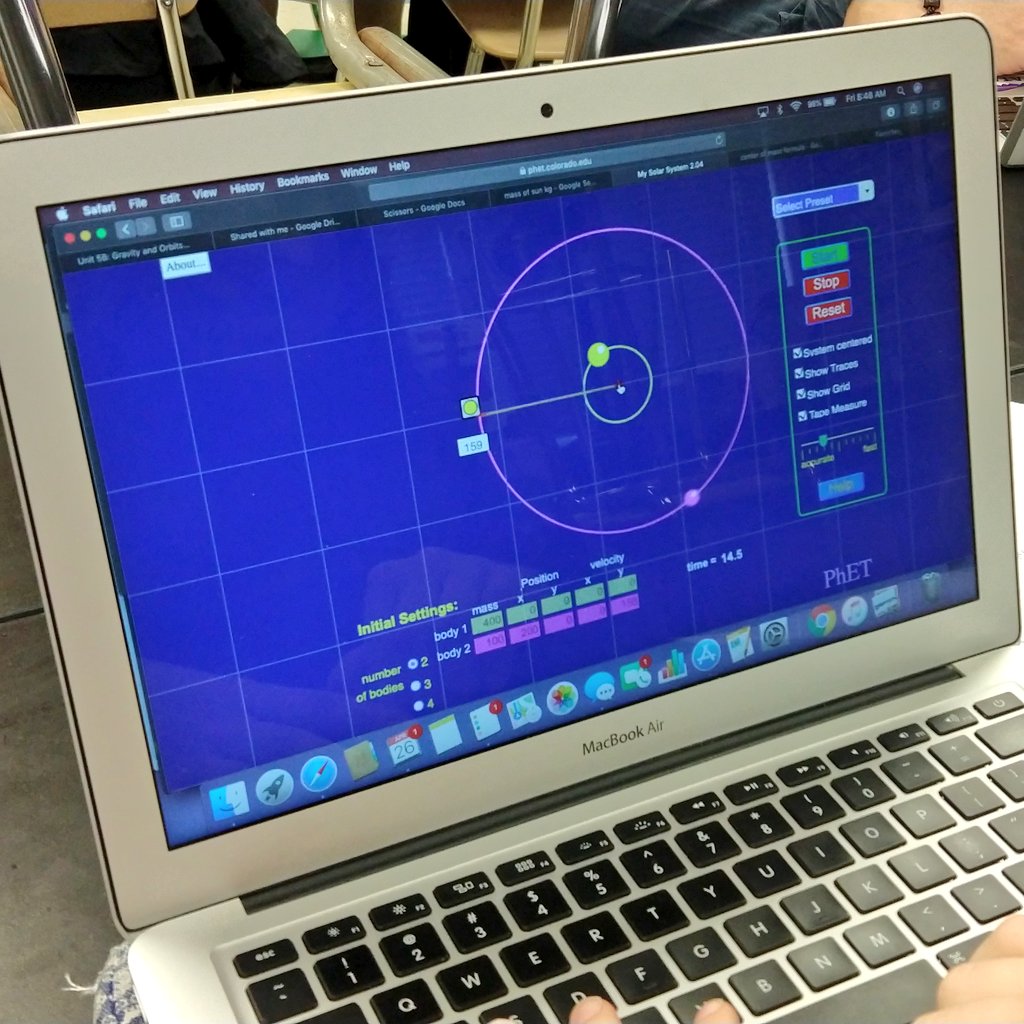
Day 143: Students meet back in their Home Groups. Each member shares the results from the different labs they did last week in their Expert Groups. All lab work is in OneNote so everyone has access and can follow along. #teach180 #iteachphysics
Day 144: Inductor circuits lab using PhET. #teach180 #iteachphysics
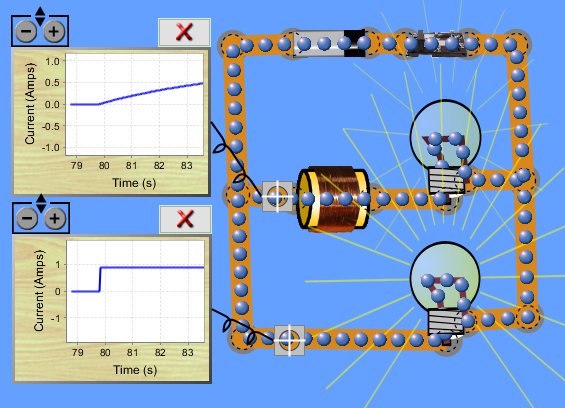
Day 145: Solving energy conservation problems. #teach180 #iteachphysics
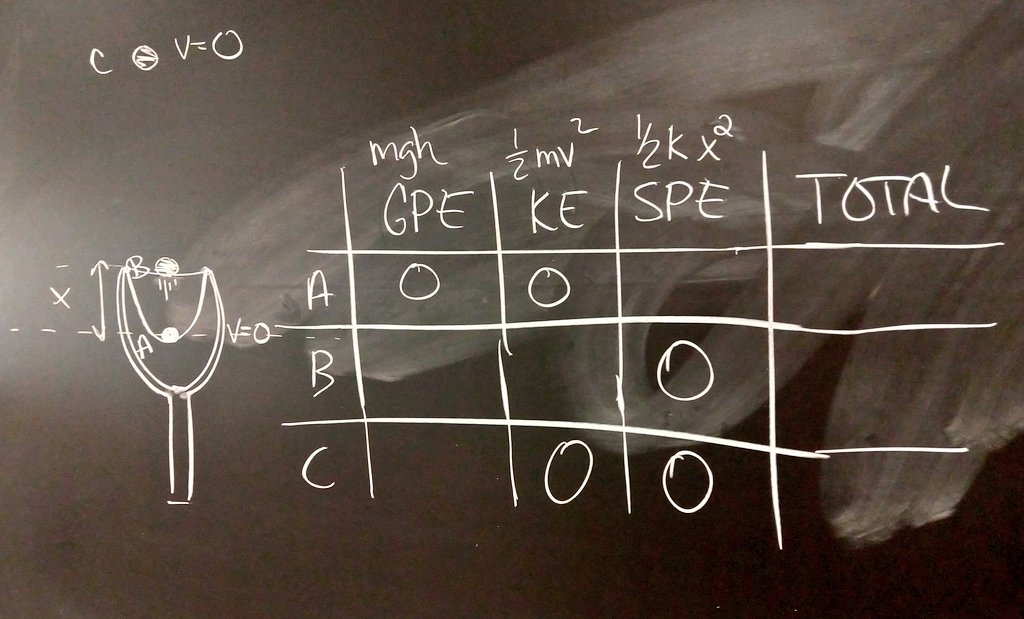
Day 146: Set up a "mega review lab" to help students prepare for the AP exam. Even though we used a steel ball rather than a Hot Wheels car, friction was still large enough to affect results. #WeTried #teach180 #iteachphysics
Day 147: Senior Skip Day #teach180 #iteachphysics

Day 148: Students begin the first draft of their roller coaster design. #teach180 #iteachphysics
Day 149: Using Excel to do roller coaster calculations and make energy bar charts. #teach180 #iteachphysics
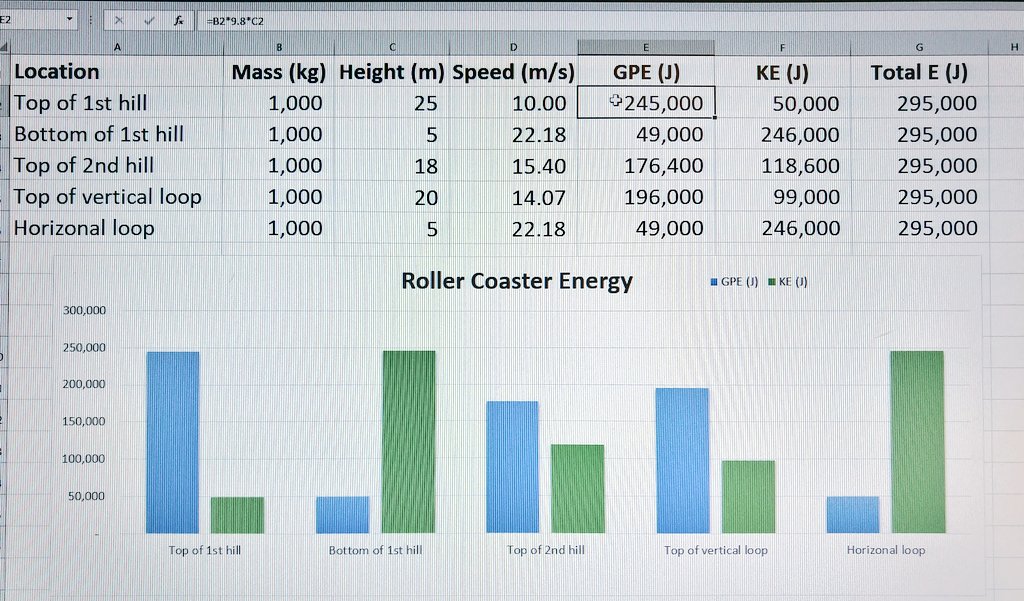
Day 150: Preparing mock posters for the first draft of the roller coaster design project. Current focus is on height, speed, and energy calculations. Next week we'll discuss safety considerations and then designs will be revised. #teach180 #iteachphysics
Day 151: Poster presentations for the first draft of students' roller coaster designs. Clever coaster names included "The Mitochondria" and "❄️Shivery Timbers❄️." #teach180 #iteachphysics
Day 152: Project MOSART post-test. Today was also the last day for seniors, and so some didn't take the post-test seriously. ☹️ #teach180 #iteachphysics
Day 153: AP Exam Day! Several students came in to ask some questions before today's exam. #teach180 #iteachphysics
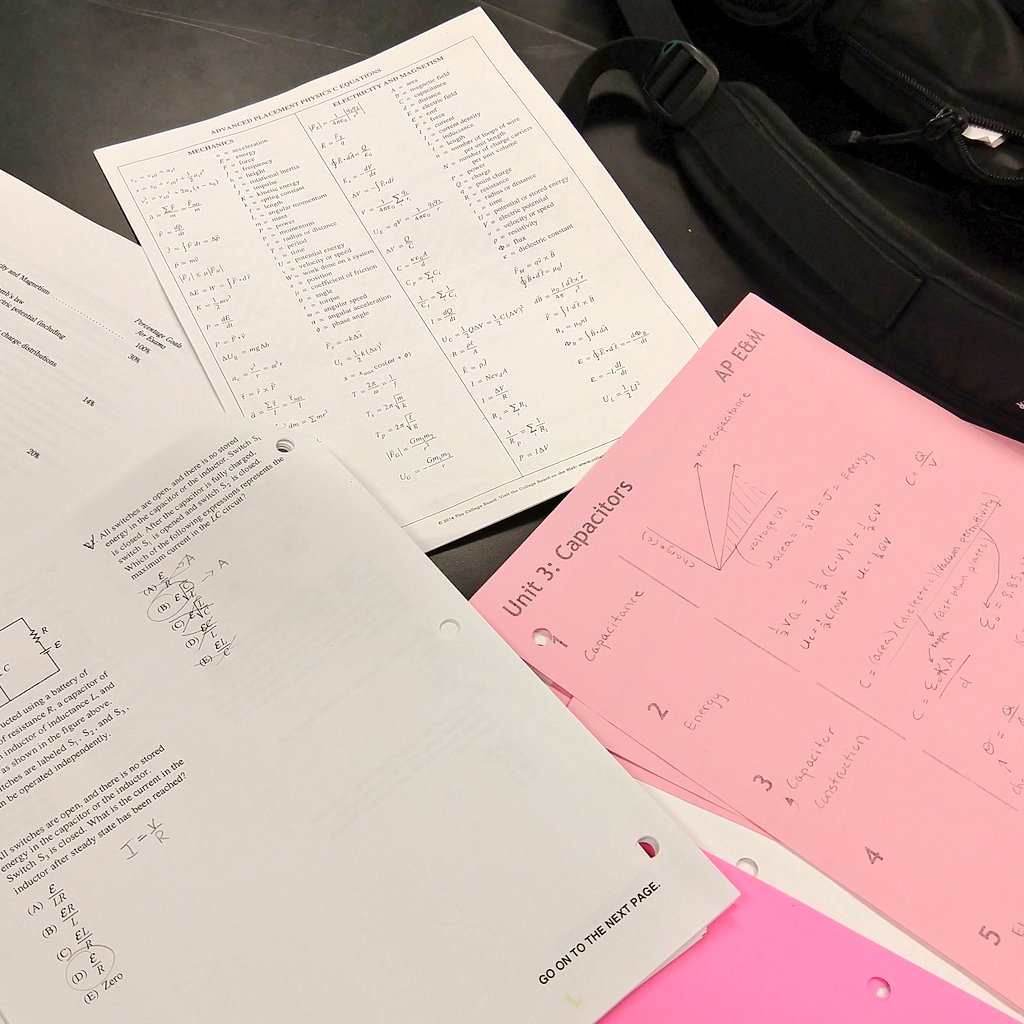
Day 154: Exploring circular motion. #teach180 #iteachphysics
Day 155: Does it take more energy to pull a roller coaster up a steeper slope? #teach180 #iteachphysics
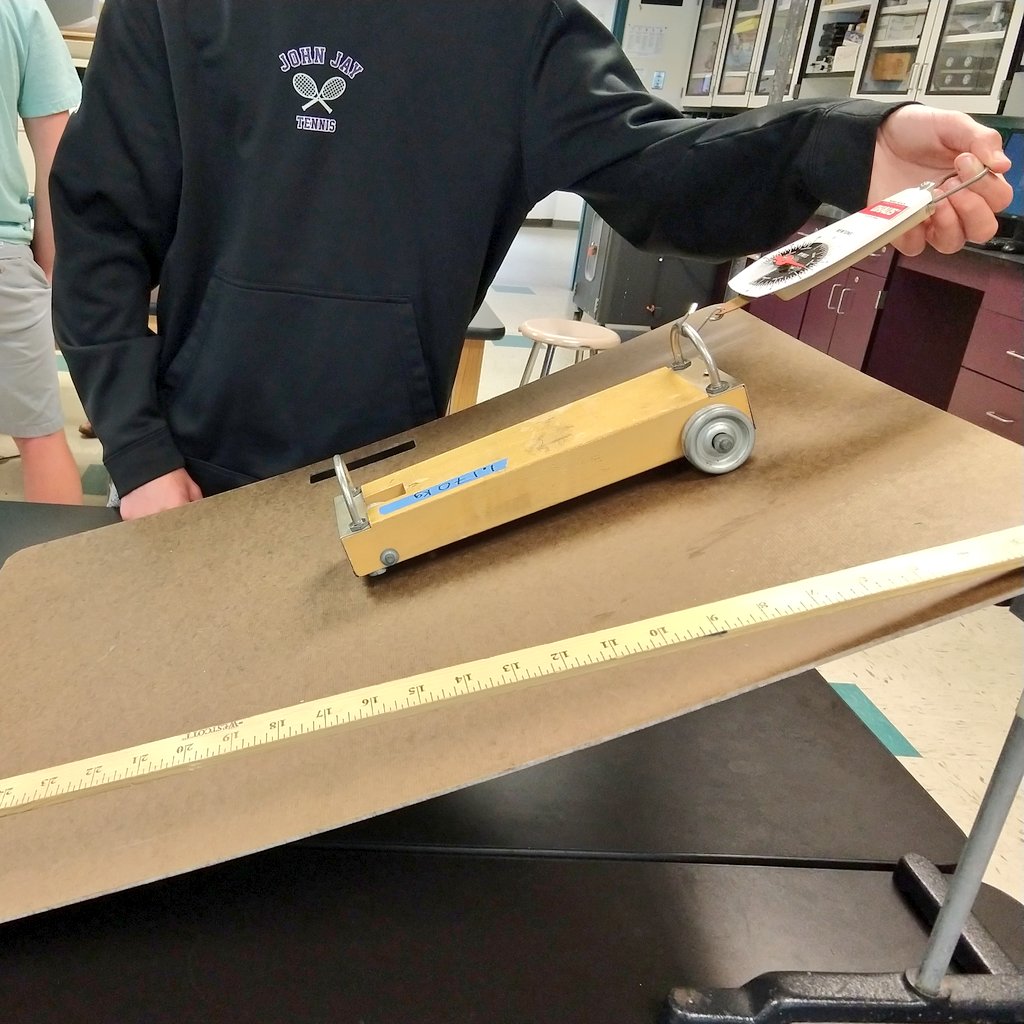
Day 156: Students present the results of their circular motion and energy explorations. #teach180 #iteachphysics
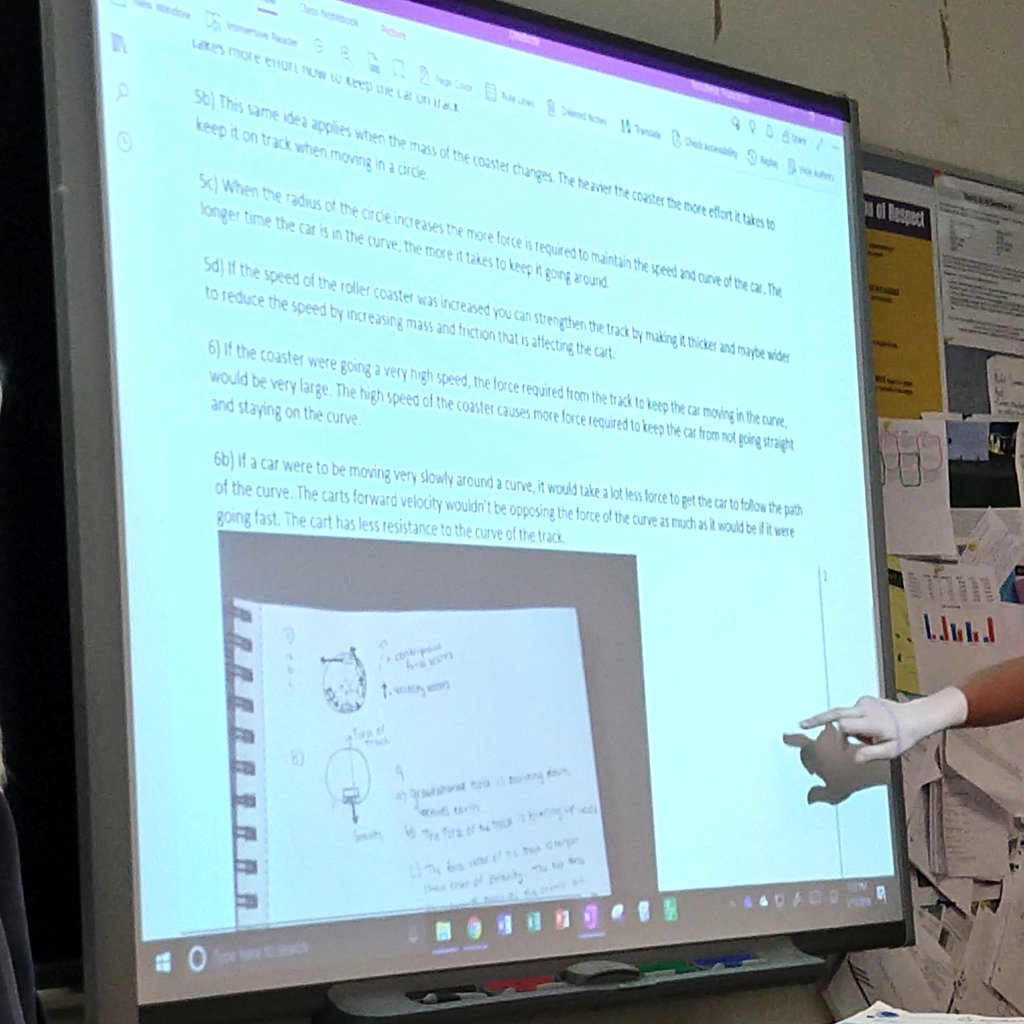
Day 157: Spent my prep periods writing up solutions to the 2019 AP C free response questions which were released earlier this week. I was happy to see that part of the "mega review lab" we did on Day 146 was an exam question! #teach180 #iteachphysics
Day 158: NGSS, NYSSLS, ADI, and 3D instruction. Got these books from our department leader at today's department meeting. Looking forward to digging in! #teach180 #iteachphysics
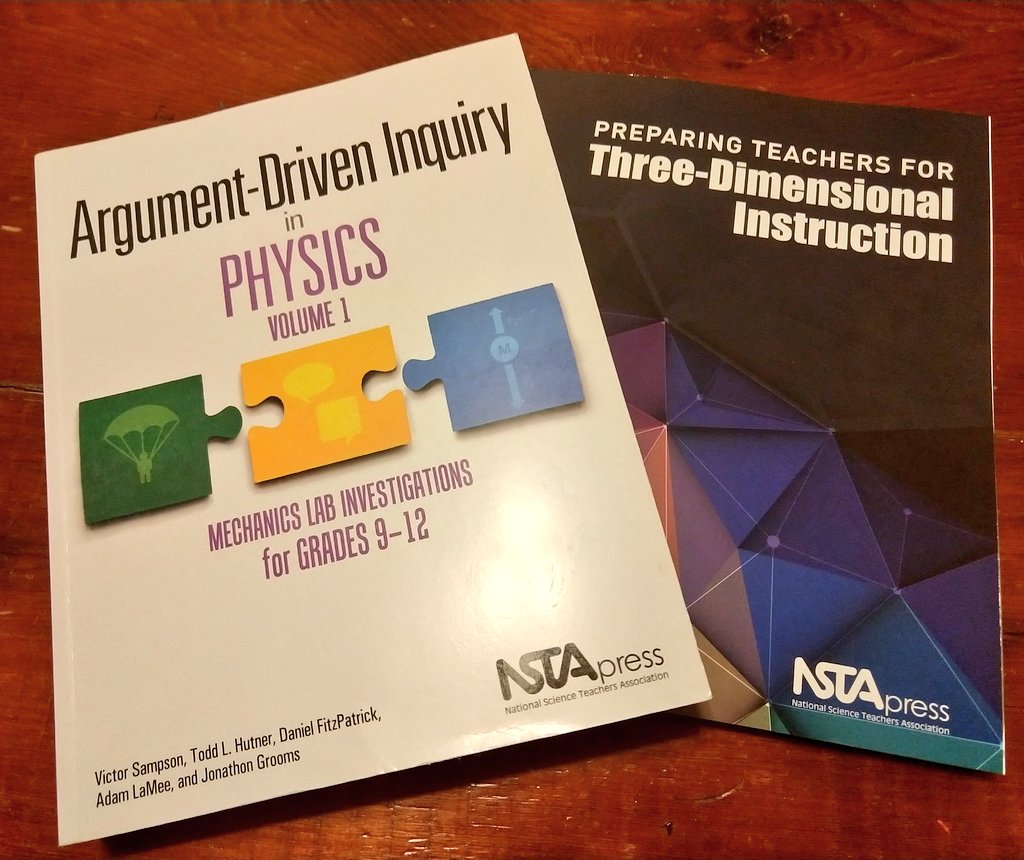
Day 159: Today was Wellness Day. No regular classes. Students attended workshops about a variety of topics. @MrLonghurst and I led a short session about the myth of meritocracy, based on lessons from http://underrep.com. (Thanks @RiPhysKin!) #teach180 #iteachphysics
These were the other workshops, plus there was a guest speaker on addiction. And at lunch there were tables set up with folks from outside organizations such as GLSEN. Such a shame that the majority of students decided NOT to come to school today.

Day 160: I made a HW guide to help students with this week's WebAssign problems. Although problems aren't solved completely, hopefully the explanations will be more helpful than Chegg or Yahoo Answers. And helpful to those who don't like asking for help. #teach180 #iteachphysics
Day 161: Circular motion and force diagrams for roller coasters. #teach180 #iteachphysics
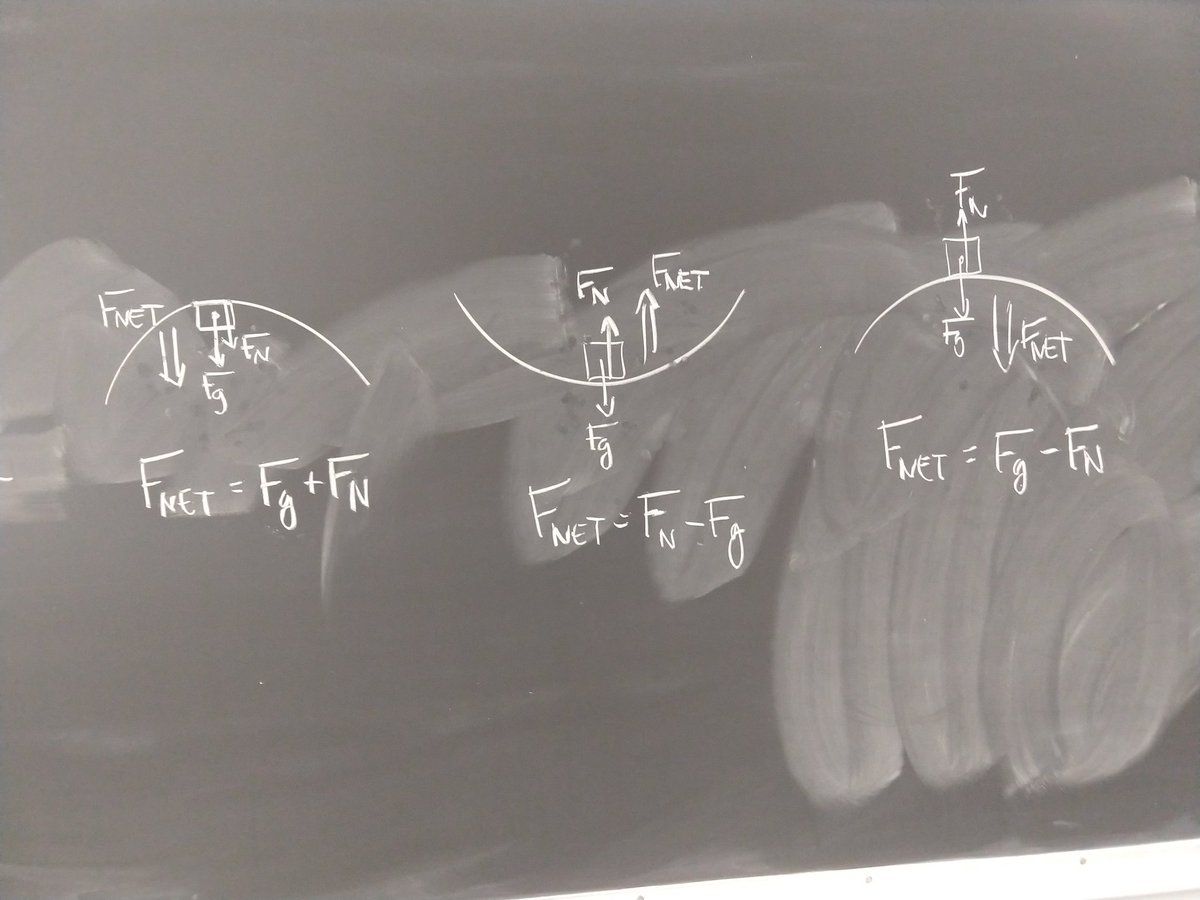
Day 162: Revised roller coaster spreadsheets, now accounting for centripetal acceleration. #teach180 #iteachphysics
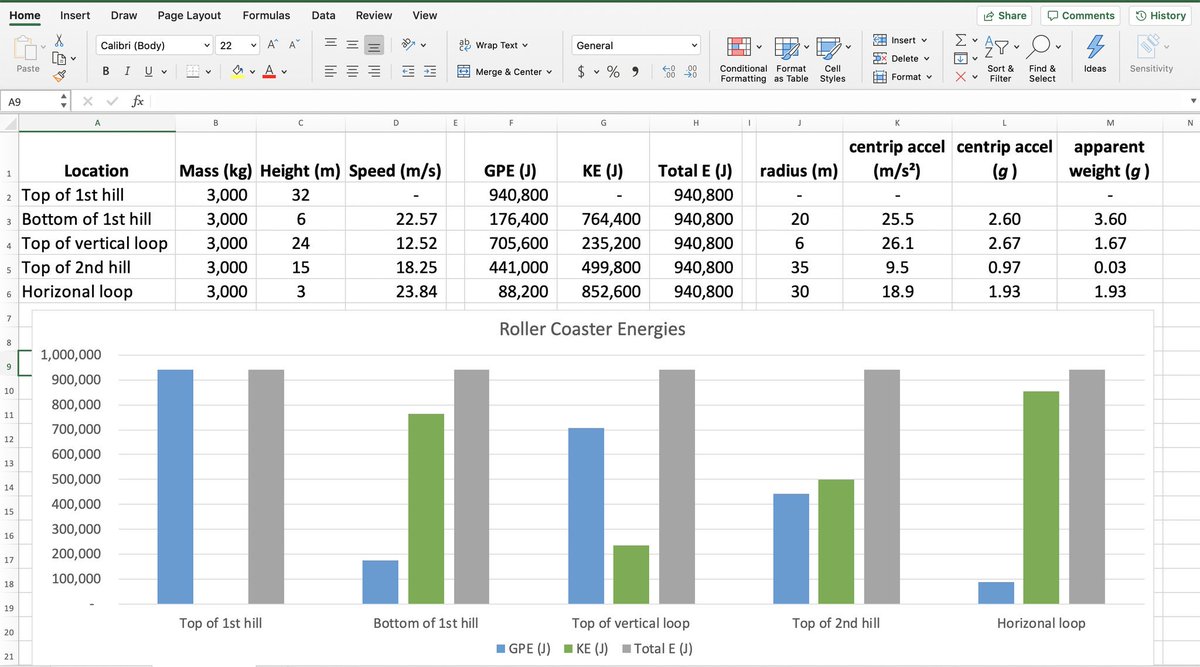
Day 163: Working on final roller coaster posters. #teach180 #iteachphysics
Day 164: Finished roller coaster posters. #teach180 #iteachphysics
Day 165: Using inquiry boards to introduce the final project.
NSTA article on inquiry boards: http://science.nsta.org/enewsletter/sc0610_34.pdf
Inquiry board templates: http://static.nsta.org/connections/middleschool/201512TarjanWorksheets.pdf
Day 166: Developing proposals for final project lab investigations using inquiry boards. #teach180 #iteachphysics
Day 167: Happy #PrideMonth #teach180 #iteachphysics
Day 168: Data collection for final projects. #teach180 #iteachphysics
Day 169: More data collection for the final project and putting together scientific posters. Lots of sports related projects this year including golf, baseball, and hurdles! #teach180 #iteachphysics
Day 170: Swapping posters to prepare opposition critiques. During presentations tomorrow, the opposing group will ask questions of the presenting group. (Inspired by the International Young Physicists Tournament.) #teach180 #iteachphysics
Day 171: First round of final project presentations and oppositions. #teach180 #iteachphysics

Day 172: Second round of final project poster presentations and oppositions. #teach180 #iteachphysics
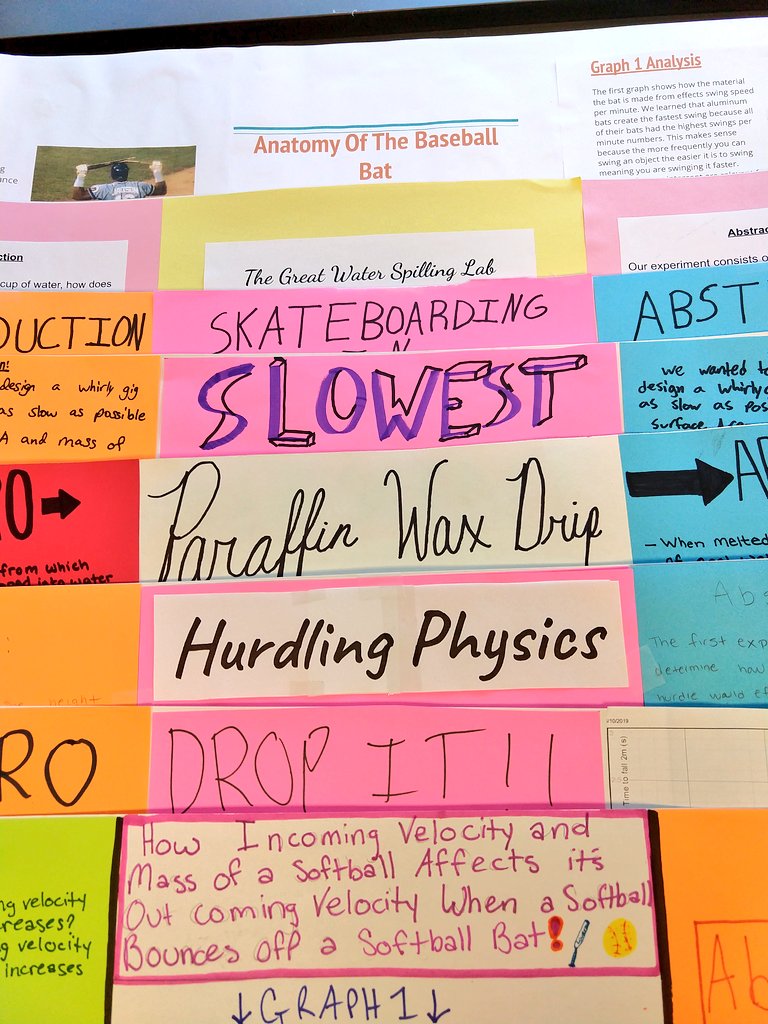
Day 173: The Girl Who Leapt Through Time. #teach180 #iteachphysics
Day 174: Can you break out of The Final Exam? Fun activity to wrap up the year on the last full day of classes. #teach180 #iteachphysics
More puzzles and clues hidden inside the locked pouches:
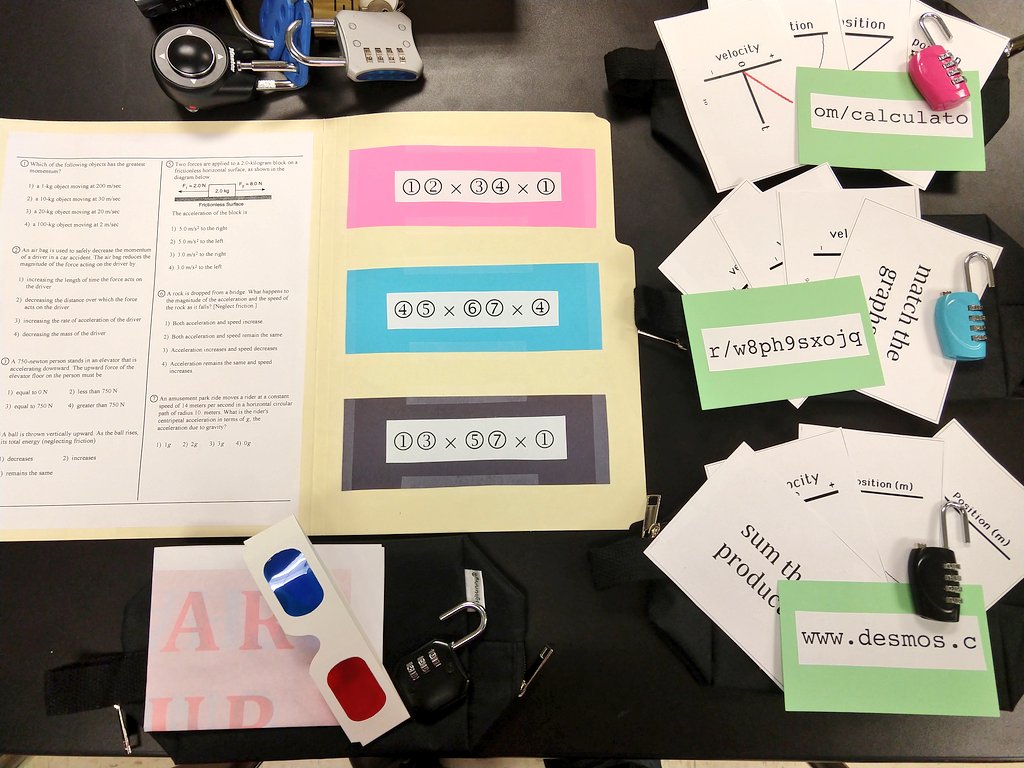
Here's a link to the file. I tried my best to explain how it works.
https://1drv.ms/w/s!ApnZRKSJ0lCAgetq-Y6A4b3kIdOZsw
I bought 3 extra locks and 4 zipper pouches from Amazon to supplement the standard breakout kit.
Attaching clues to whiteboards was helpful and gave students a VNPS to show everyone their thinking and allowed for easier collaboration. Whiteboards were propped up on small easels:
Day 175: Proctoring final exams. #teach180 #iteachphysics
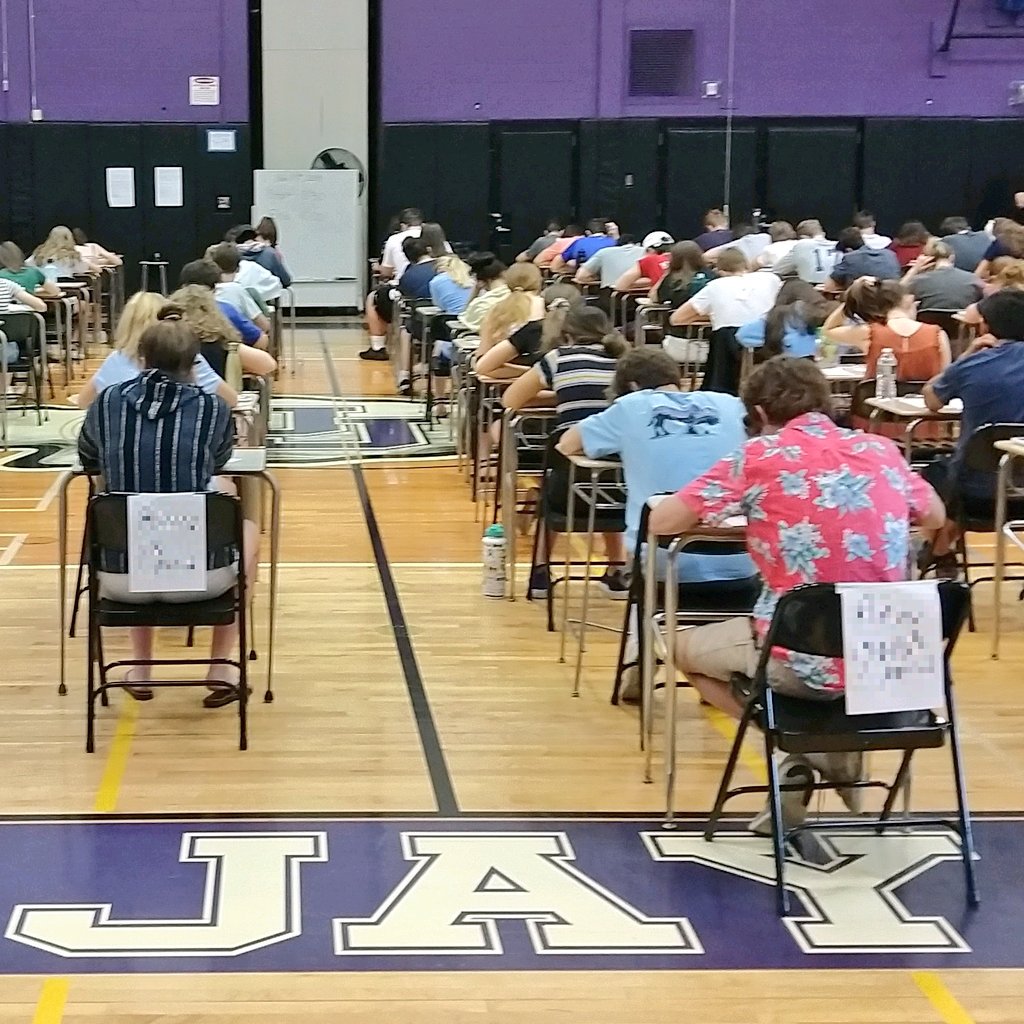
Day 176: Senior Internship Fair! Seniors sharing what they learned during their 5-week internships. Such a wide range of experiences: organic gardening, mobile phone repair, helping at the local library… #teach180
… More internships: architecture, state government energy initiative, painting murals, and PCB design.
Day 177: Working with colleagues to plan the beginning units for next year’s college-prep physics course. Link to pendulum wave QFT video: #teach180 #iteachphysics
Day 178: More proctoring and planning for next year! Looking to incorporate more projects and engineering design activities. I like the Pasta Cantilever challenge for wrapping up our balanced forces unit: http://static.nsta.org/pdfs/BookBeat201801PastaCantilever.pdf #teach180 #iteachphysics
Day 179: In order for students to build a wave pendulum next year, they will first need to collect data for the length and swing rate (not period) of various pendulums. However, the graph isn't linear. But a power law fit works well. #teach180 #iteachphysics
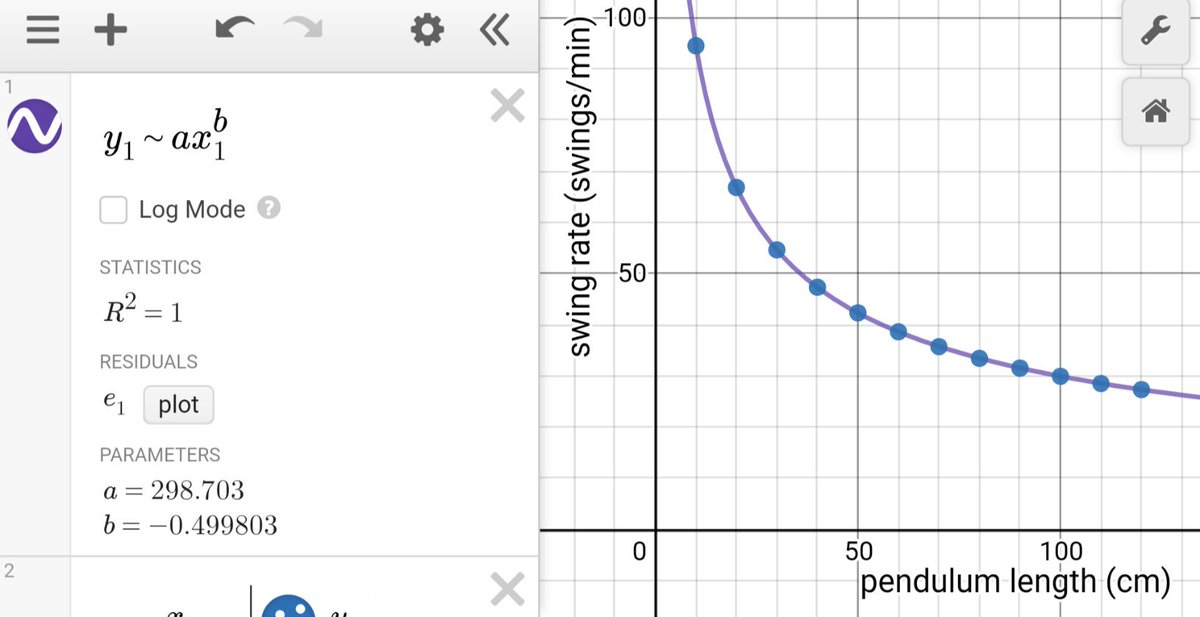
I'm thinking about only using 2 types of curve fits next year:
• y ~ mx+b for linear graphs
• y ~ ax^b+c for non linear graphs and looking at the value of b to determine if the relationship is quadratic, inverse, inverse square, square root, etc.
Day 180: For the past 2 years, I've been part of a wonderful cohort of innovative teachers from across my district. This portfolio documents the new methods I've tried: QFTs, performance assessments, and project-based learning: https://sway.office.com/nEpOWEU5AgDLAClY?ref=Link #teach180 #iteachphysics
Day 181: Graduation! Congratulations to the Class of 2019! 🎓👍🏻 #teach180
Day 182: Last day and final post. Goodbye school, hello summer! #teach180
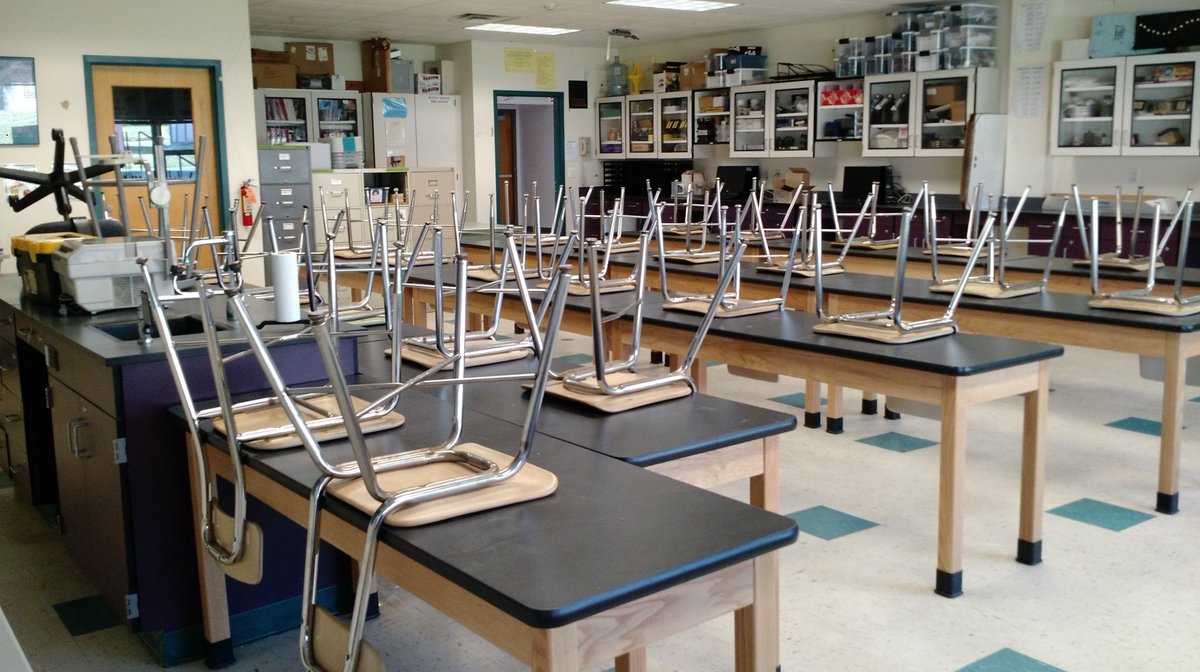
Originally tweeted by Frank Noschese (@fnoschese) on September 5, 2018.
Hour of Physics Code 2016
College-Prep Physics: I’ve been coding with my AP Physics classes for years. But in honor of this week’s Hour of Code, I tried VPython programming for the first time with my College-Prep class. We used GlowScript, but in a Trinket environment so that students could edit the code without creating a GlowScript account.
Why are we coding in physics class?
I asked the students if they had ever seen the first Toy Story movie:
Realistic motion is often too complicated for animators to do by hand, says Michael Kass, a researcher at Pixar Animation Studios. “The results can be awful and very expensive.” He points to the original 1995 Toy Story and notes that “if you see a wrinkle in clothing, it’s because an animator decided to put in a wrinkle at that point in time. After that we [at Pixar] decided to do a short film to try out a physically based clothing simulation.”
(excerpt from “Animation uses old physics to new effect” in Physics Today)
Then I showed this simple cloth physics engine:

http://andrew-hoyer.com/experiments/cloth/
Next, we watched these short clips showing more advanced modeling of clothing, hair (from Tangled), and snow (from Frozen).
Now it was time for the students to tinker with some code which modeled our red and blue constant velocity buggies. Rather than have them do a tutorial from scratch, I gave them a pre-written program and asked them to make changes in order to create different outcomes. They worked in pairs, and I circulated around the room stamping their sheets as they accomplished each task. (The ♢♢ tasks require them to apply what they learned from the ♢ tasks.) Often there is more than one way to do each task.
Resources:
- Constant Velocity Buggy Trinket
- Lab sheet with tasks: Carts on Tracks Hour of Code 2016 (word)
For more info on how to incorporate programming and computational physics into an introductory physics course, I highly recommend reading this article:
Chabay, R. & Sherwood, B. (2008) Computational physics in the introductory calculus-based course. American Journal of Physics, 76(4&5), pp. 307-313. pdf abstract
Chabay and Sherwood also gave a related talk at a recent AAPT meeting:
For folks looking to start with something slightly more advanced activity, I recommend this GlowScript tutorial for a particle bouncing around inside a box.
Day 42: Hoverpucks
(double period)
First period:
Bowling Ball Debrief #1-5 only on Whiteboards
–> 2 students still thought that an object in space would eventually slow down (“loses energy over time” , “loses force”) while other students rightly said that w/o friction it would keep moving.
So we played with the hoverpucks to TEST a hypothesis:
* If it was “losing force,” then it would slow down even in a frictionless environment.
Kids saw constant speed. I talked about how friction was like tiny mallet taps when the bumps in the floor and ball hit each other.
2nd Period:
Introduced Unit Notes sheet — a way to keep track of key concepts, ideas, equations, etc. from each activity.
Discussion Notes for Activity #1 Bowling ball & Mallet — speed up (tap same direction), slow down (tap opposite direction), steady speed (no taps -or- tap same-opposite), friction vs. no friction
Finished up the period by riding the large hovercraft!
Days 39-40: Lab Performance Assessment
We spent these 2 days (3 periods) on a lab performance assessment. It was split into 2 parts: an individual portion and a group portion.
The individual portion had 3 tasks:
(1) Find the speed of a green buggy using a stop watch and meter stick;
(2) Find the speed of a green buggy using a motion detector and Lab Quest 2;
(3) Find the speed of a green buggy using video analysis in Logger Pro.
I had 4 stations set up for each of the 3 tasks. Students spent about 20 minutes at each station and rotated through. (The video for the video analysis task was pre-made by me.)
The group portion had 1 task: Design an experiment using a pull-back truck to find a mathematical model relating 2 variables. Students worked in groups of 3 and had 60 minutes to complete this task. They could graph their data by hand or use Desmos.
Half the class spent the first 60 minutes of the 3 periods rotating through the 3 individual tasks while the other half worked on the group task. Then they switched for the remaining 60 minutes.
Day 38: Collaborative Review Notes
As a unit review, and as a way to create some “formal notes” for students who have been asking for them, we did some collaborative whiteboarding, speed dating style. Each group was responsible for whiteboarding one of the following quadrants on this sheet:
The catch? They only had 2 minutes. At the end of the two minutes, the groups rotated to a different board. They then had another 2 minutes to add (and/or correct) information on the next board. As we rotated through, the boards slowly filled up. (If I had thought ahead, I would have assigned each group a different color marker, so it would be easy to track which groups made which edits on each board.)
Once every group has gotten to all the other boards and is now back to their starting board. Each group then presented their completed board to the class.
Day 37: My Collection of Voting Slides for Preconceptions in Mechanics

Today was a quiz day, and I forgot to take a picture of something interesting. But today I received a request on Twitter for all my voting slides for Preconceptions in Mechanics.
I shared these presentations last year, but they were part of individual posts and I hadn’t put them all in a single folder to share. And now is the time that folks are starting to teach Newton’s Laws. So, thanks to that tweet from Kim Freudenberg, I put all the slide decks into a single folder along with the Preconceptions in Mechanics book: https://drive.google.com/folderview?id=0B4h2KfPMJ6ONNko5Sm9iVjZiWXM&usp=sharing Enjoy!
Day 36: Reteaching Electric Potential
YESTERDAY: The intro lesson on electric potential difference was a flop. I had students solve problems about moving particles in constant electric field for varying amounts of charge:
Then I asked them to generalize for any amount of charge q:
and then tried to make the connection to this new quantity called electric potential difference. Big flop. It felt abstract and contrived.
AFTER CLASS: I dug into Knight’s books and Etkina’s book to see how they approached it. Both of them did potential first (not potential difference), and took a fields approach to potential. They drew parallels between the relationship between electric force/electric field and electric potential energy/electric potential. This seemed like the most natural approach for our class, since we’ve been rocking electric fields for weeks and just finished up electric potential energy.
TODAY IN CLASS: We talked about Knight’s conceptualization:
and Etkina’s (she goes a step further and literally calls electric potential the V-field):
And if electric potential can really be treated like a field, we need a way to visualize it. But it’s not a vector, so we can’t visualize it like we do electric fields. I talked about the concept of a scalar field (or “heat map”) and showed this map of air pressure in Europe:
We discussed what the colors meant and what the lines meant. (They all had Earth Science previously, so this wasn’t entirely new to them.) Then we looked at the PhET’s Charges and Fields simulation:
I think visualizing the V-field was really key, rather than taking the “work-based” approach I had done yesterday. The picture at the beginning of this post is a summary sheet of the discussion.
Day 34: Can You Hit The Roadrunner?
Students collected data for the lab challenge. We have several ramps of different steepness near my classroom. The roadrunner is played by a constant speed buggy. The boulder is played by a cart. The tripwire is really just a blue piece of tape. When the roadrunner crosses over the tape, the group releases their cart. During today’s data collection phase, the students do not know where the tripwire will be placed. Their job is to model the motion of the cart so that, when they find out where the tripwire will be, they can use their model to predict how far up the ramp to release the cart.
Here’s a nice clip to introduce the activity:
